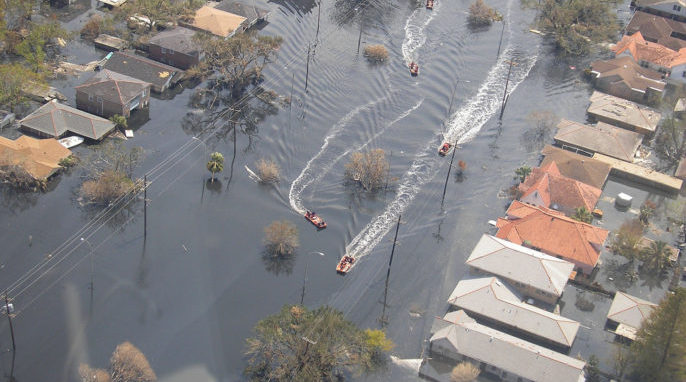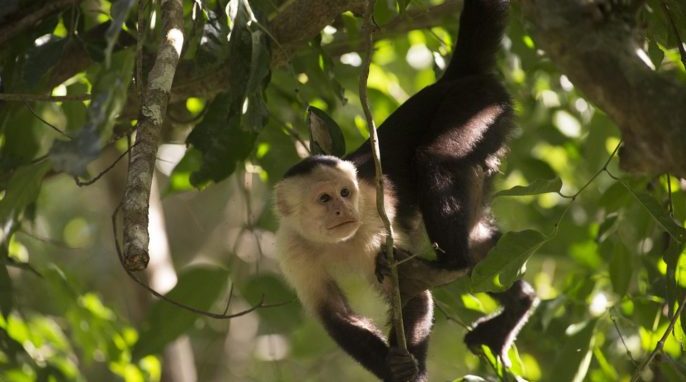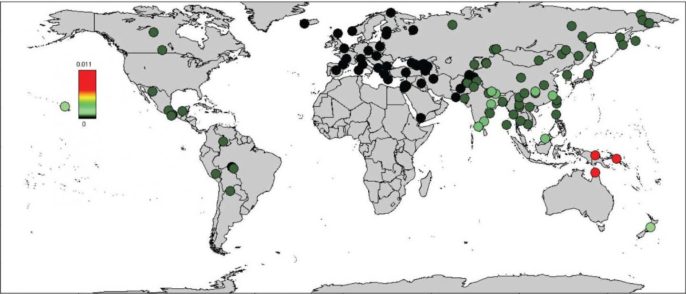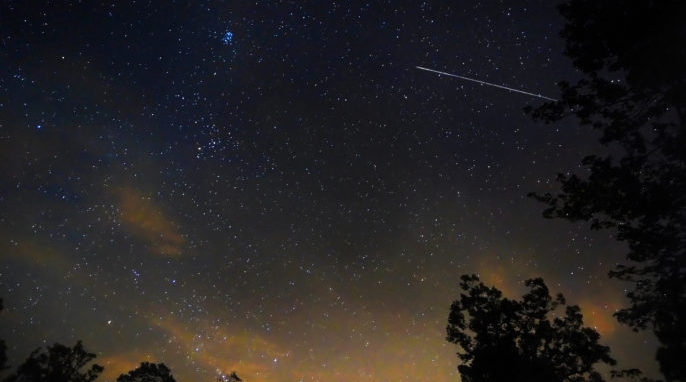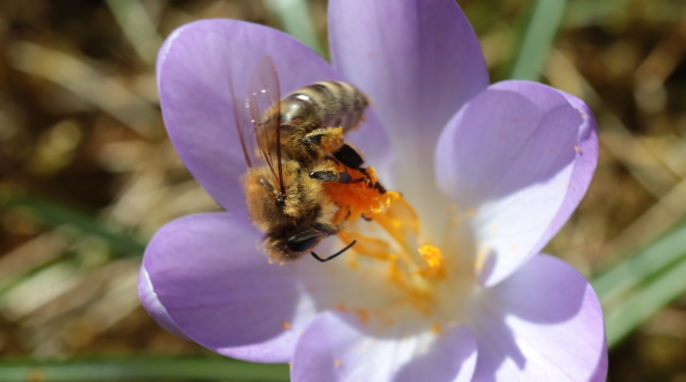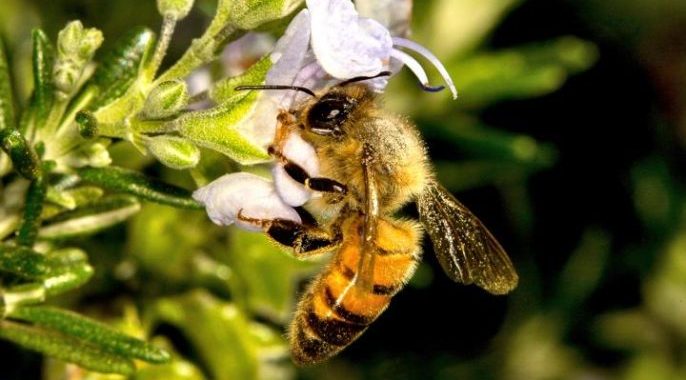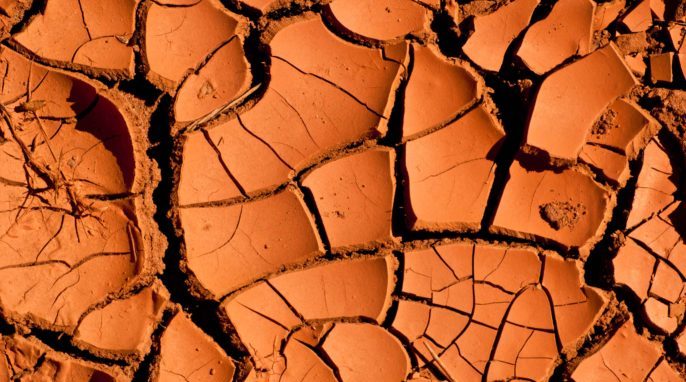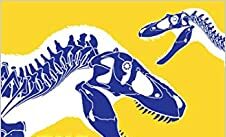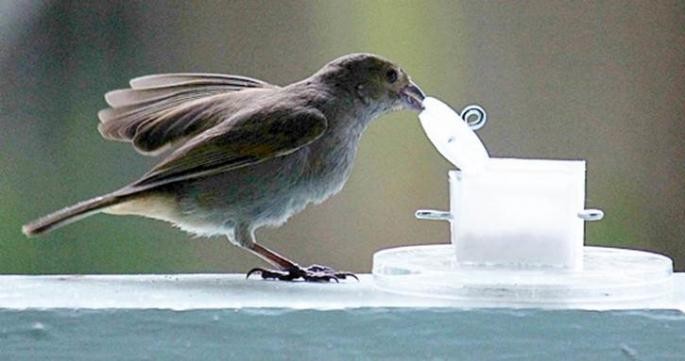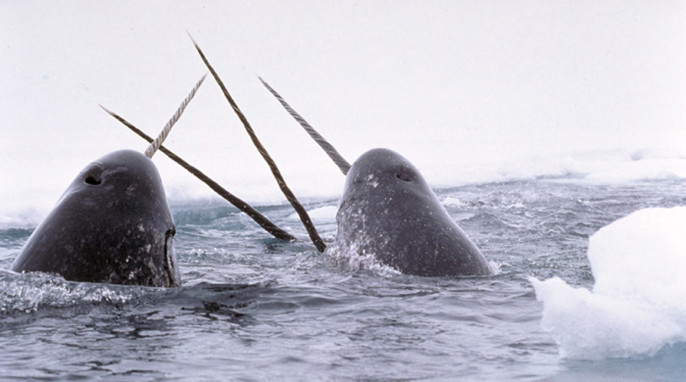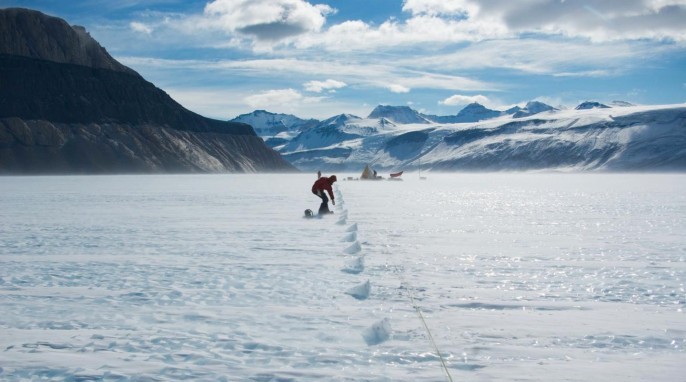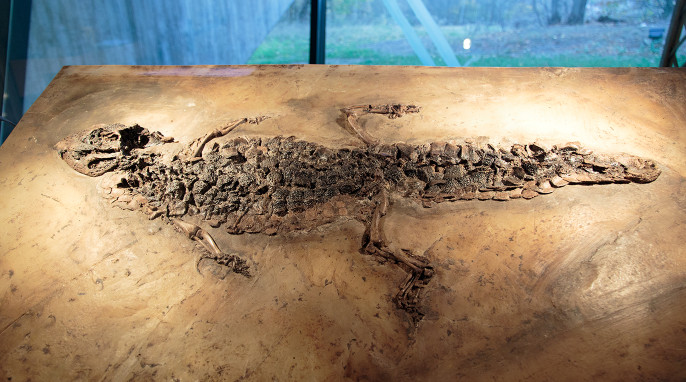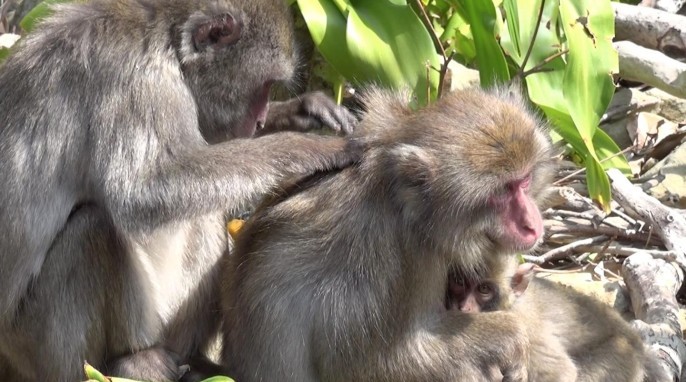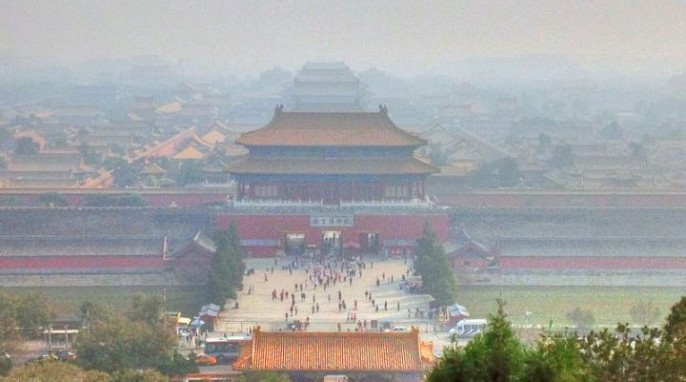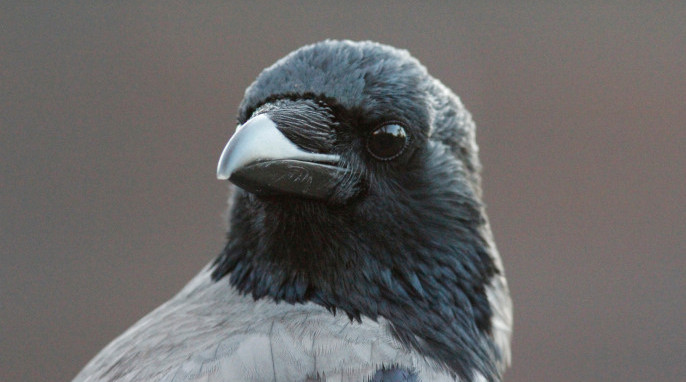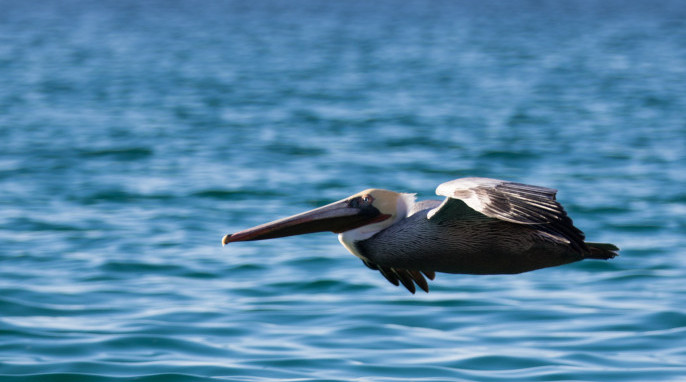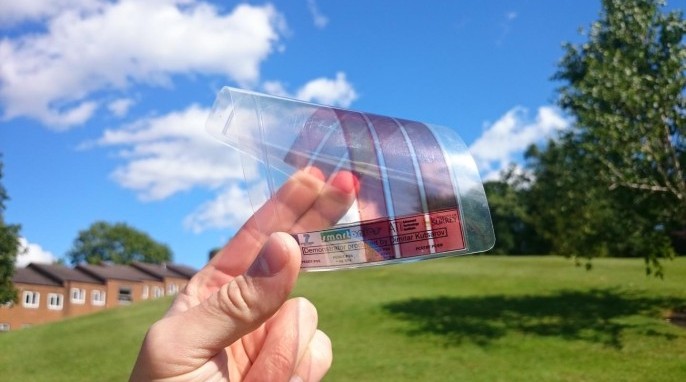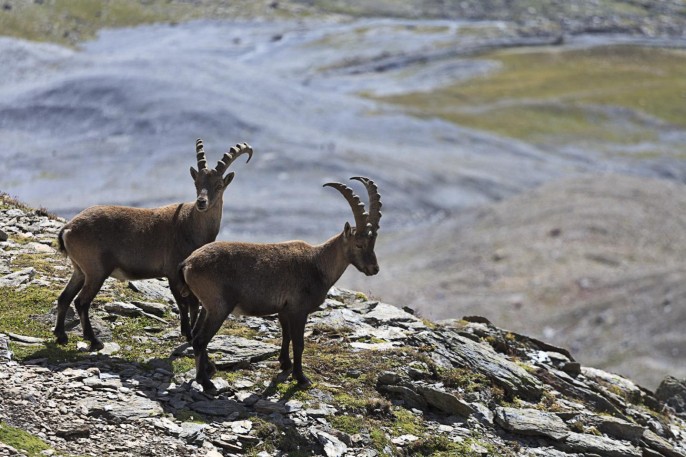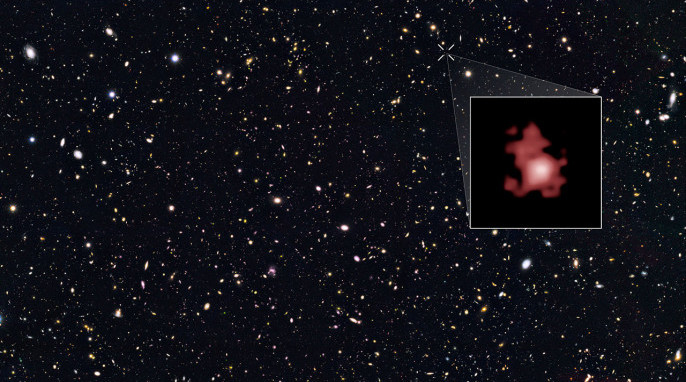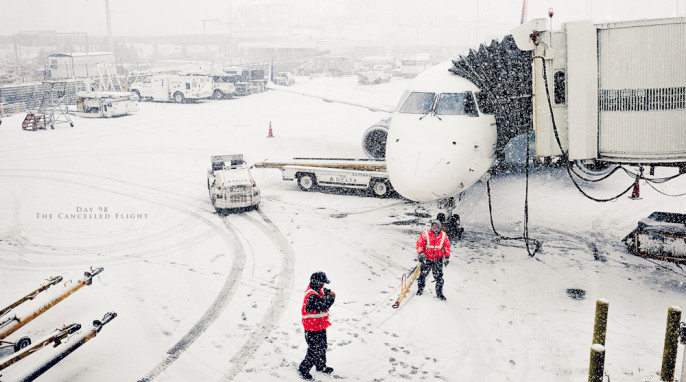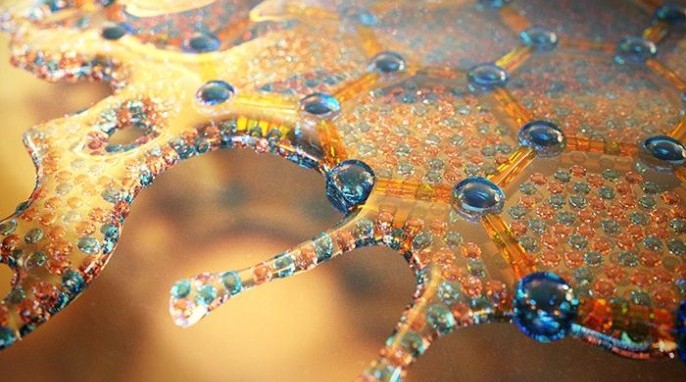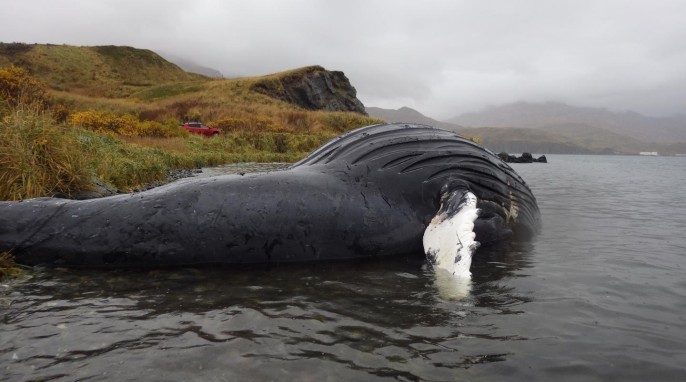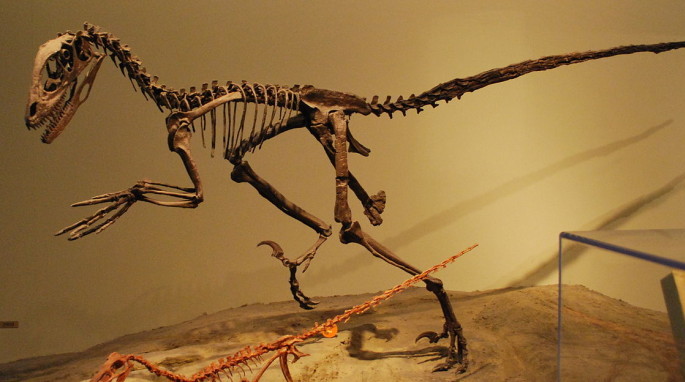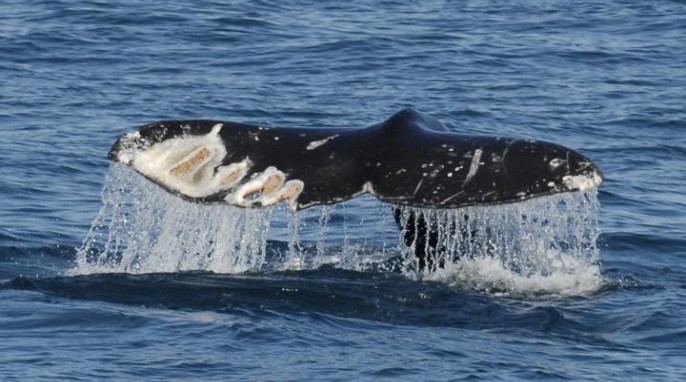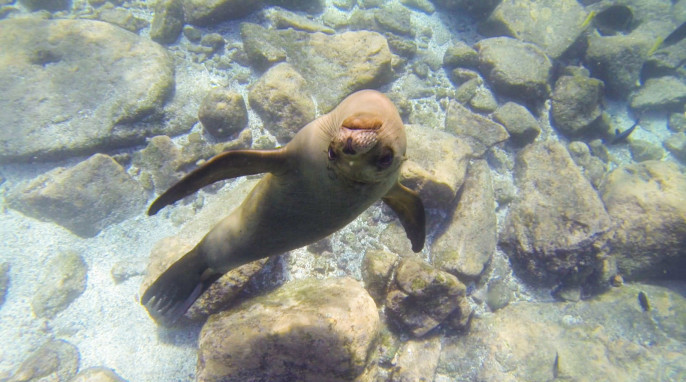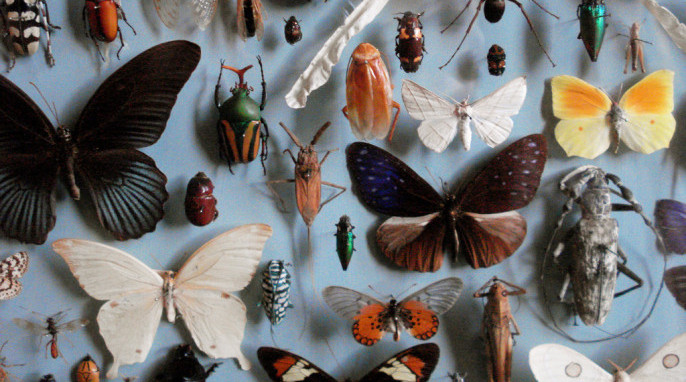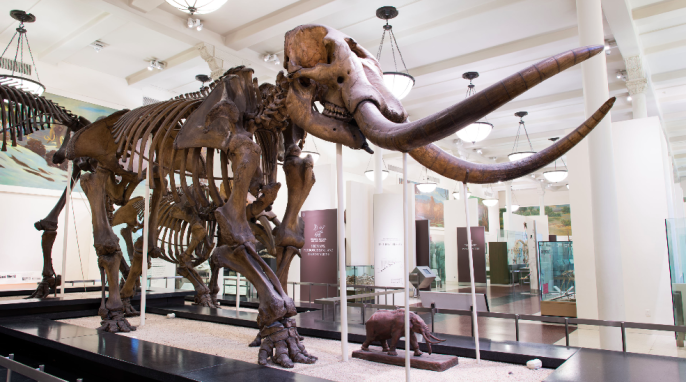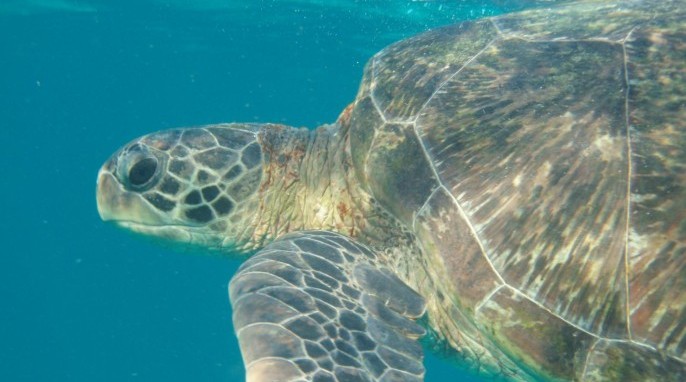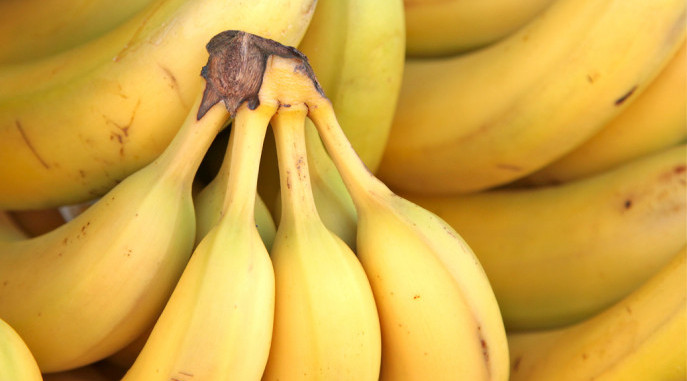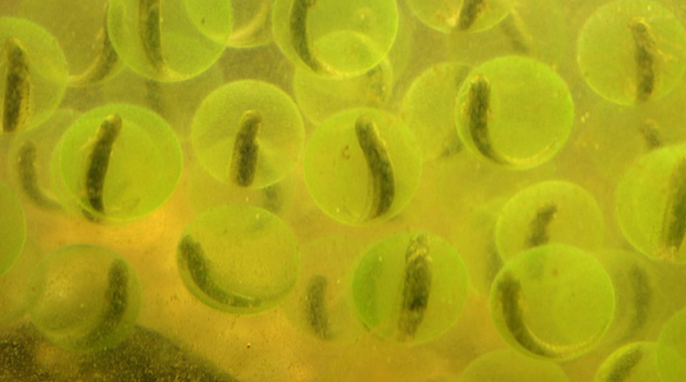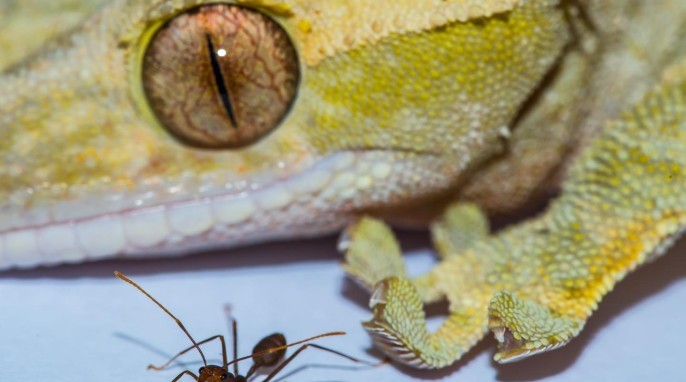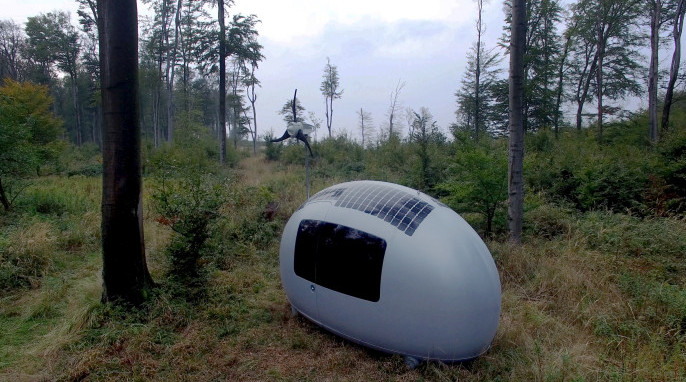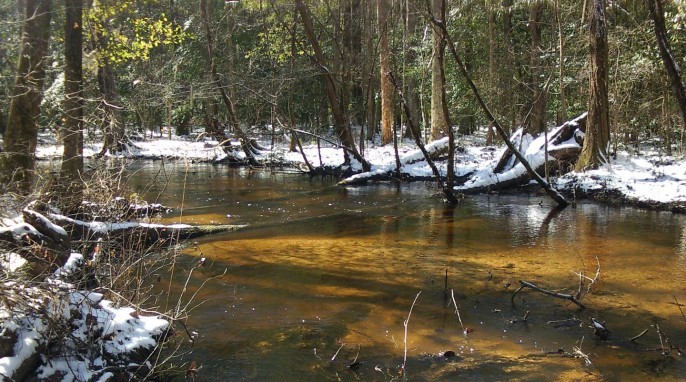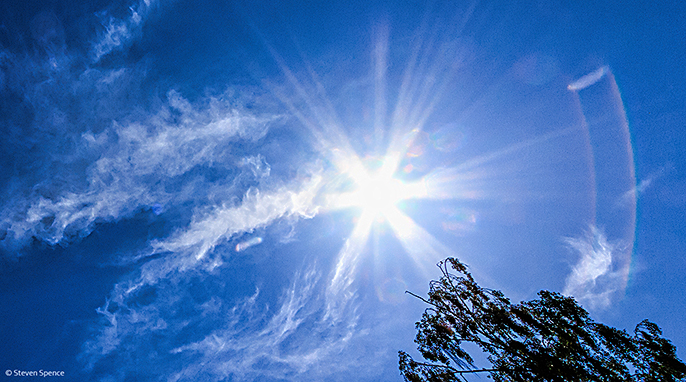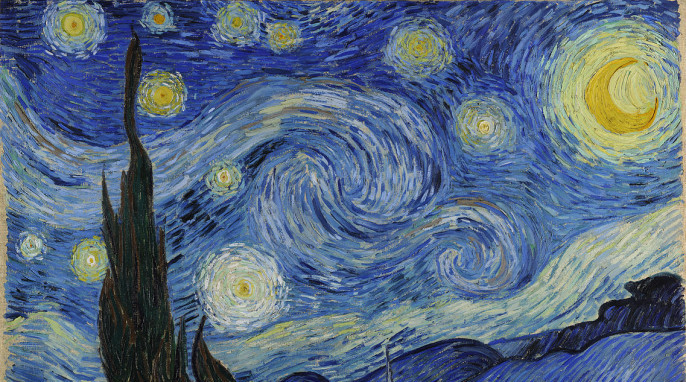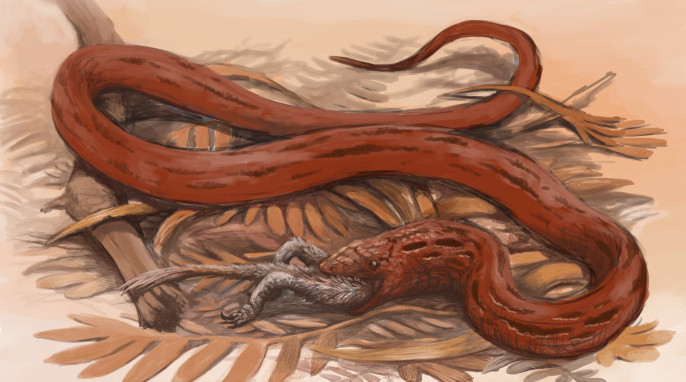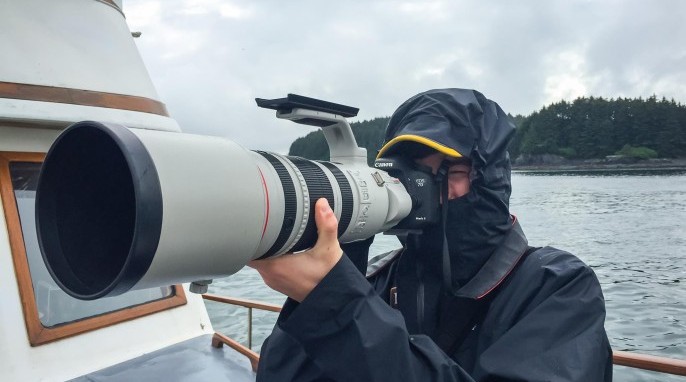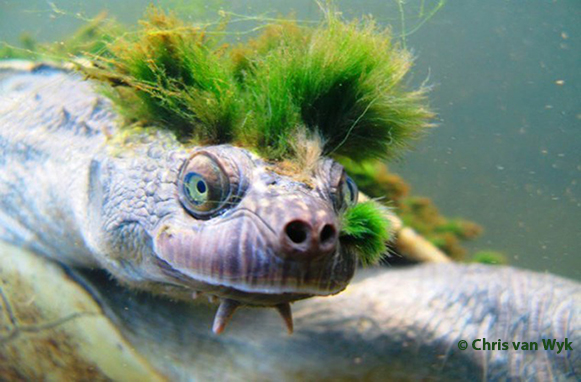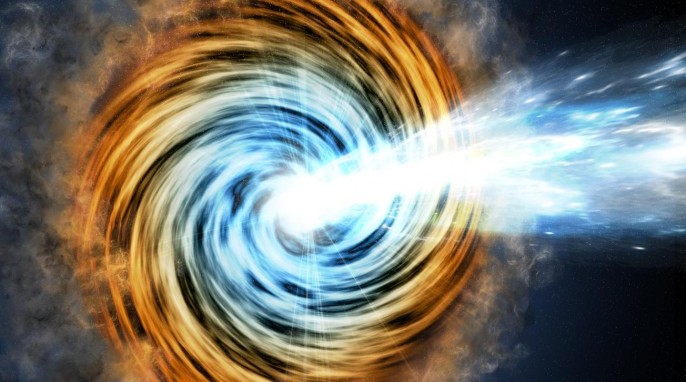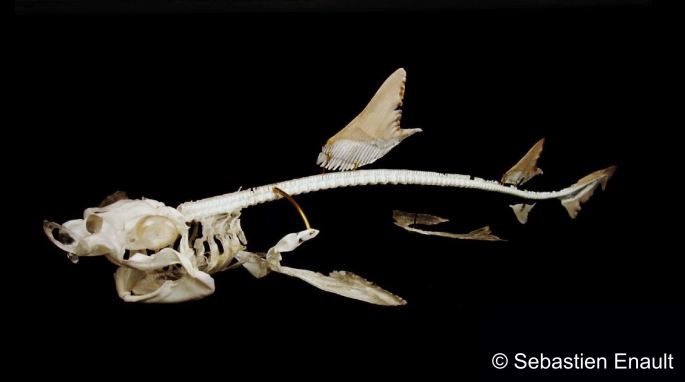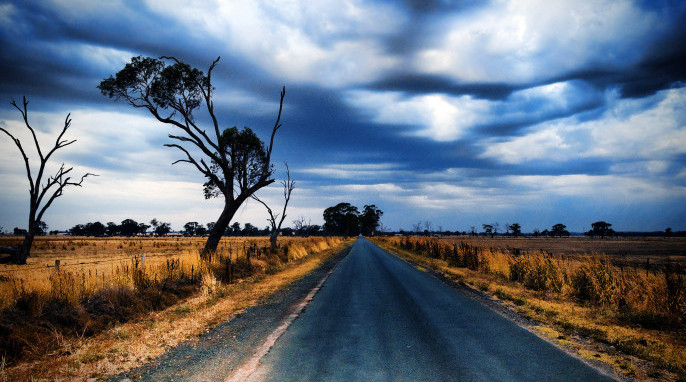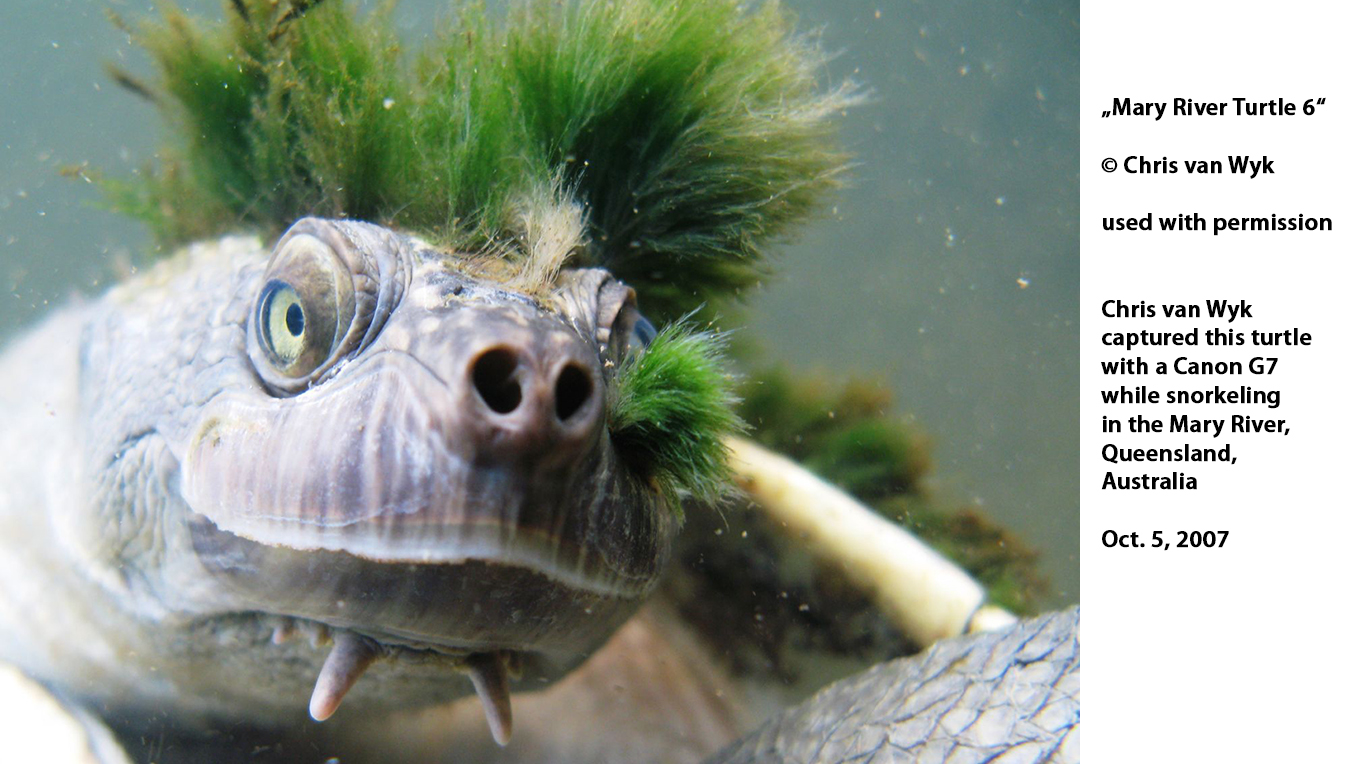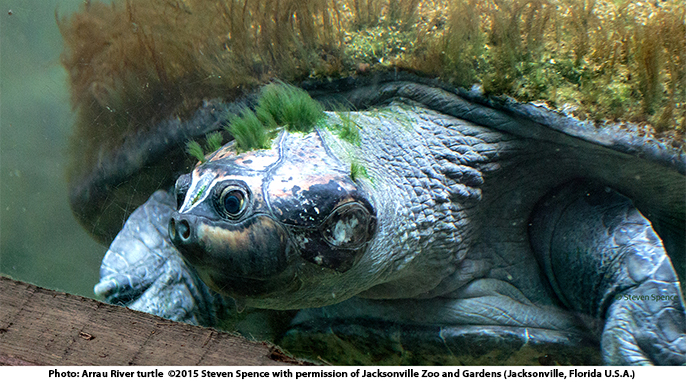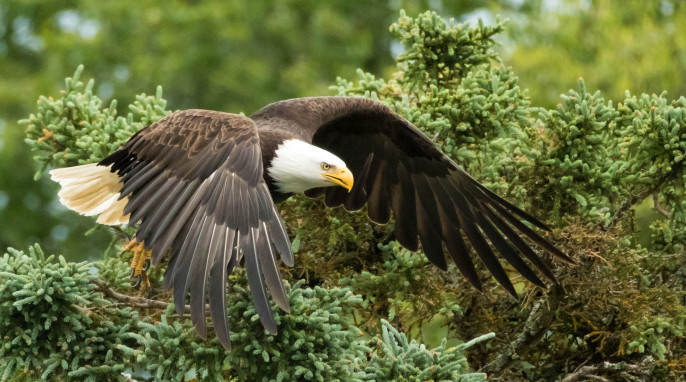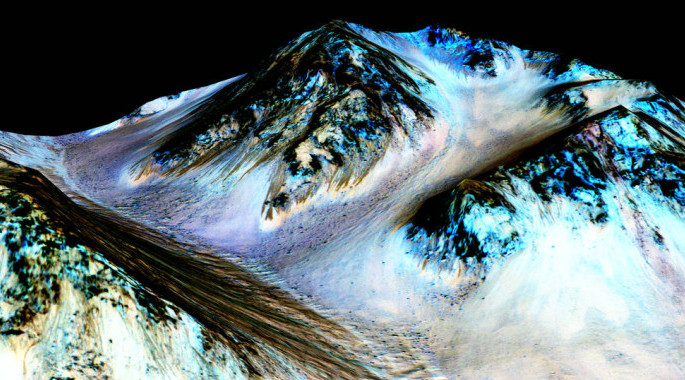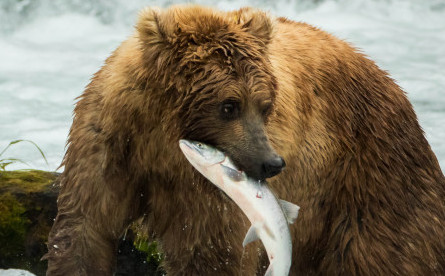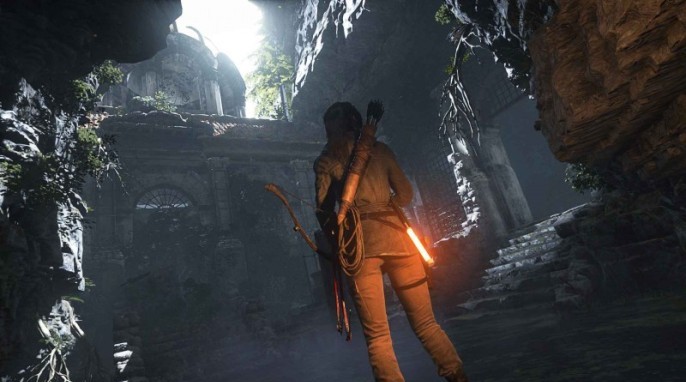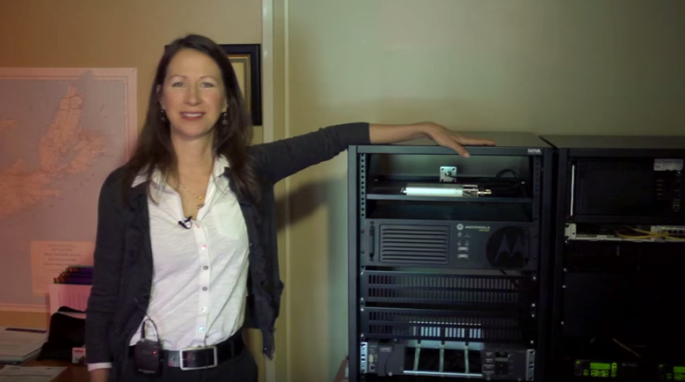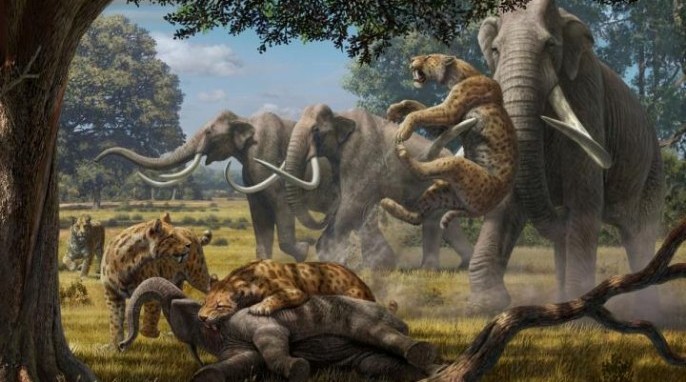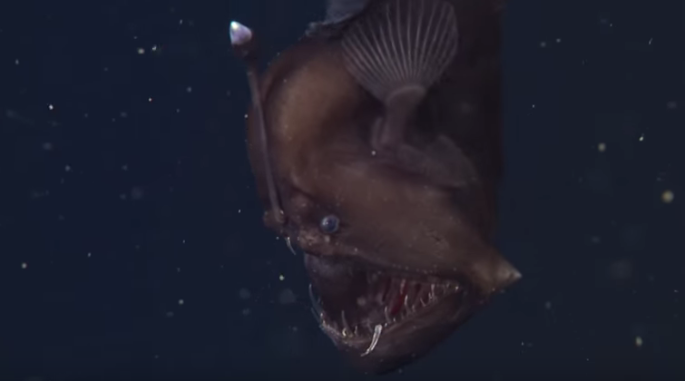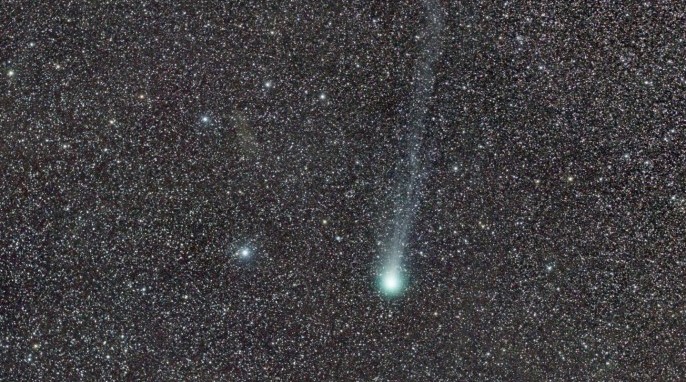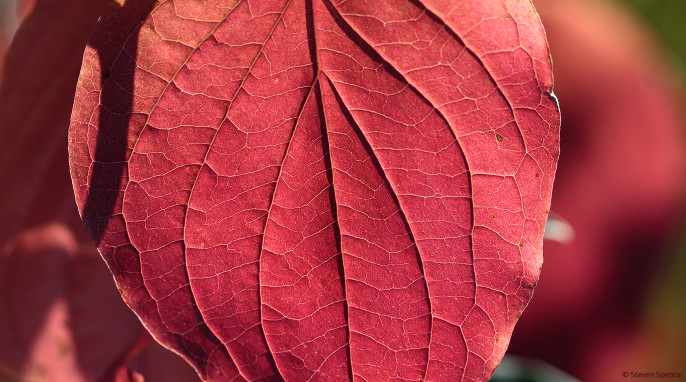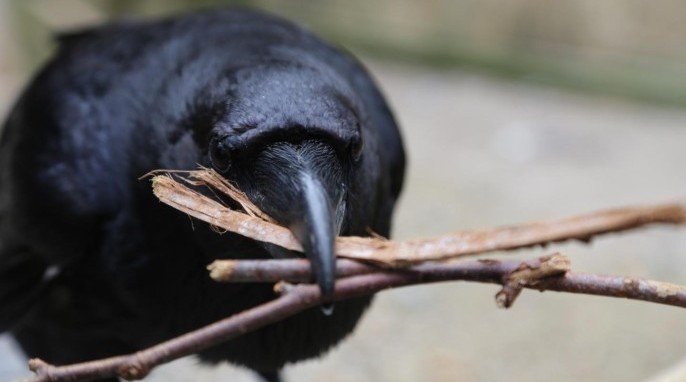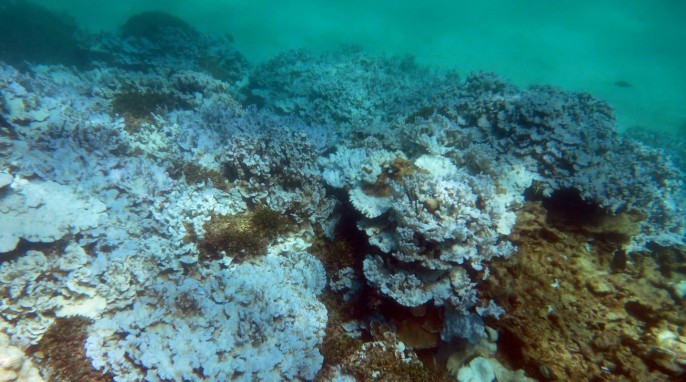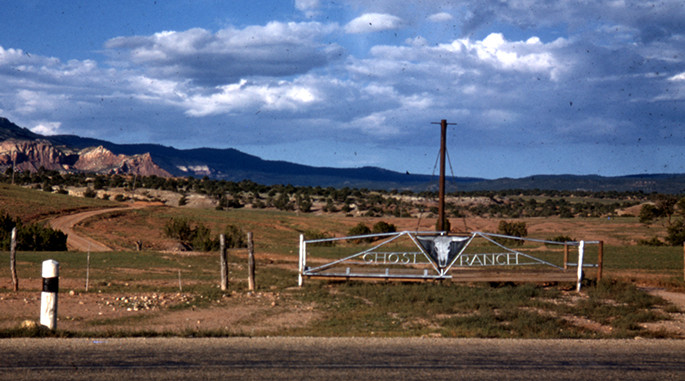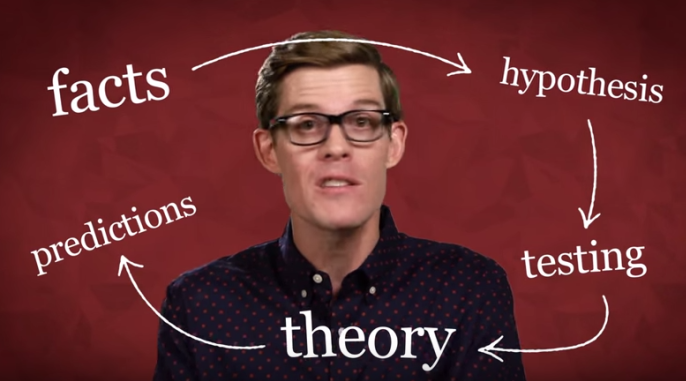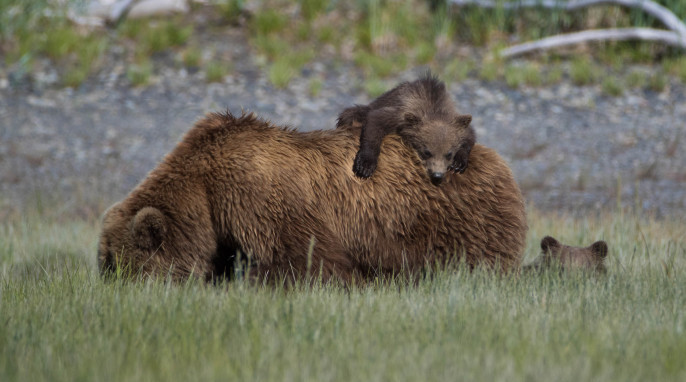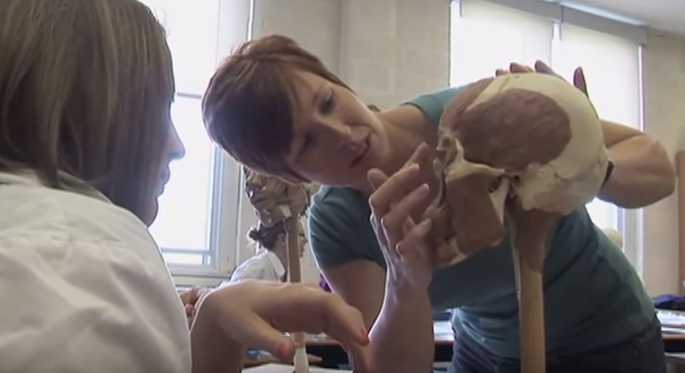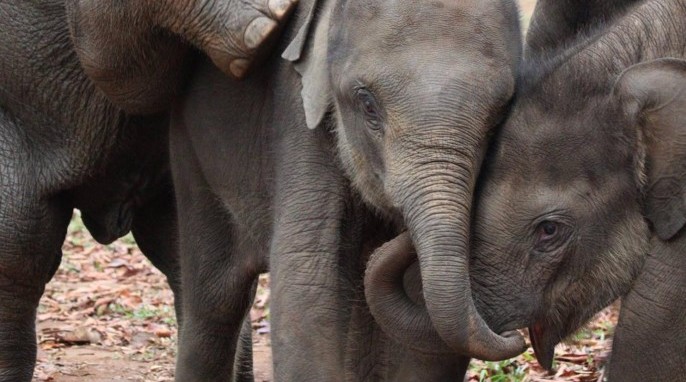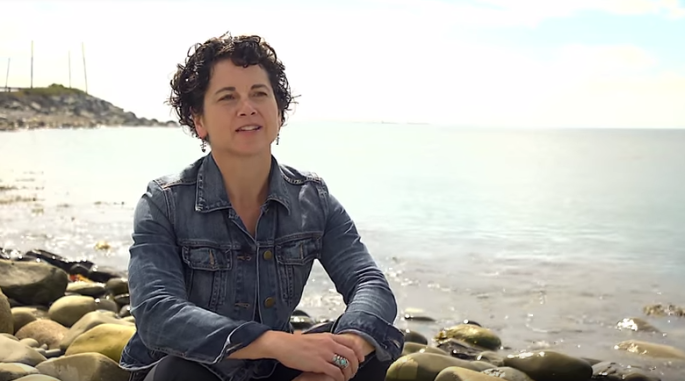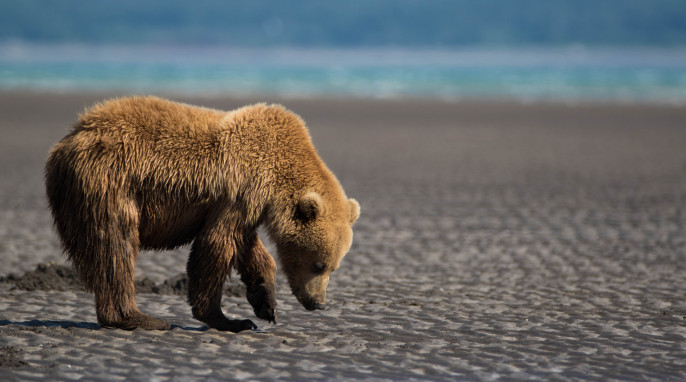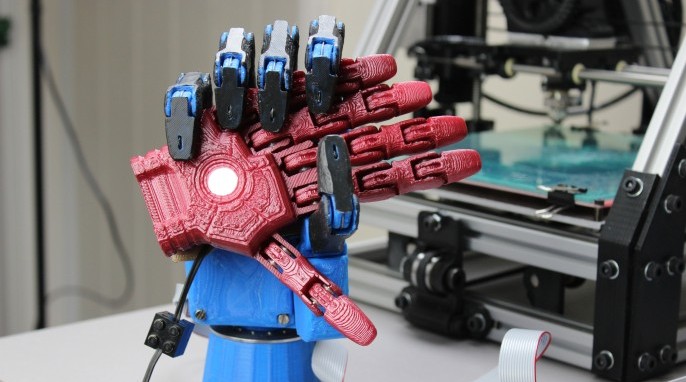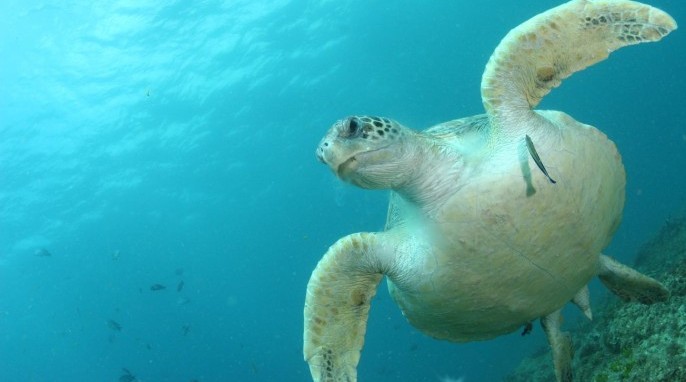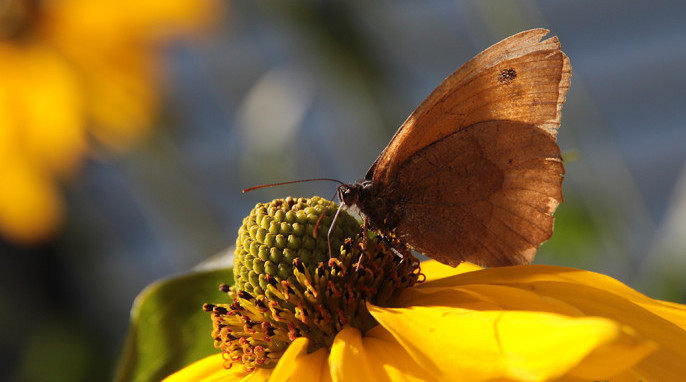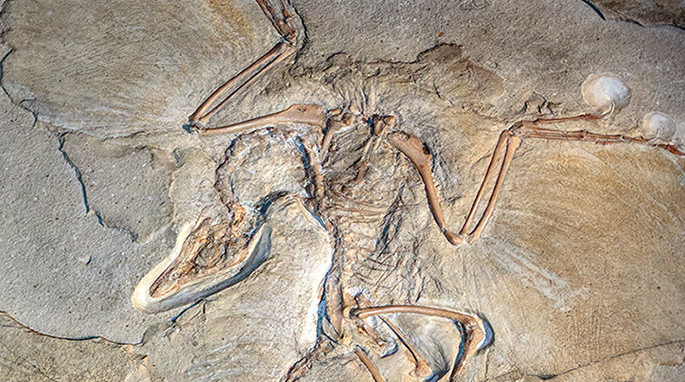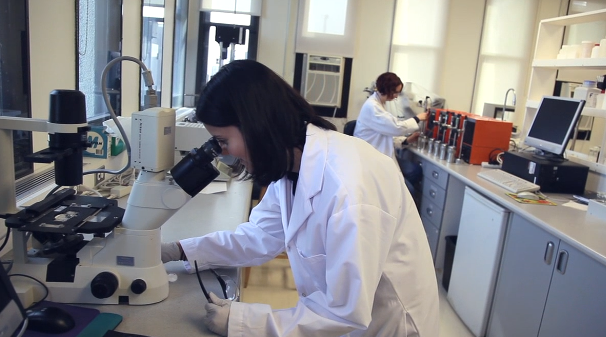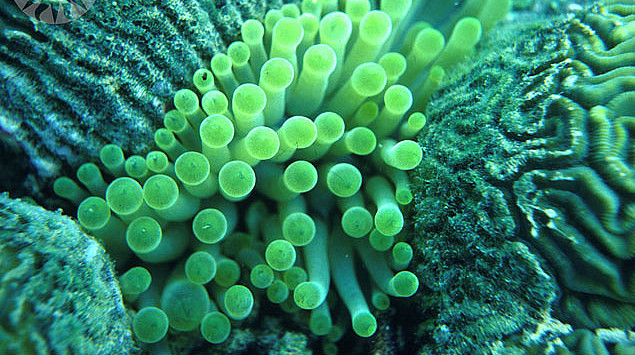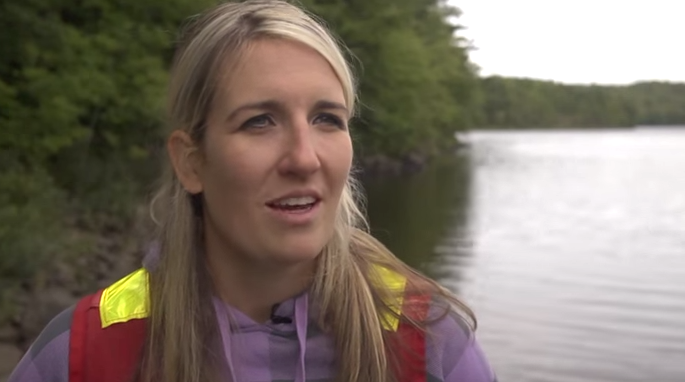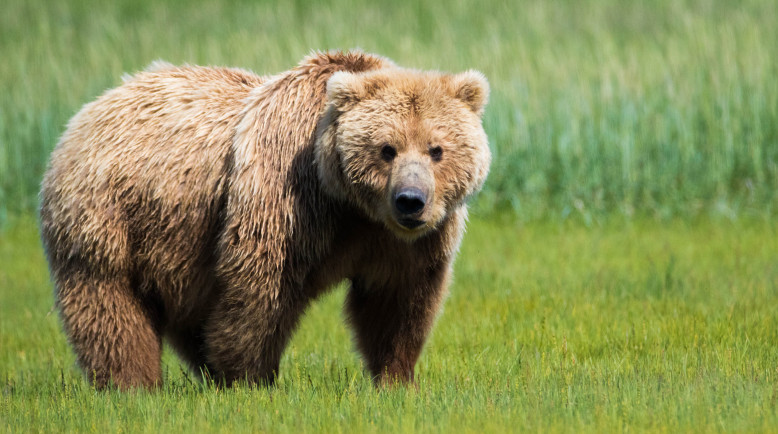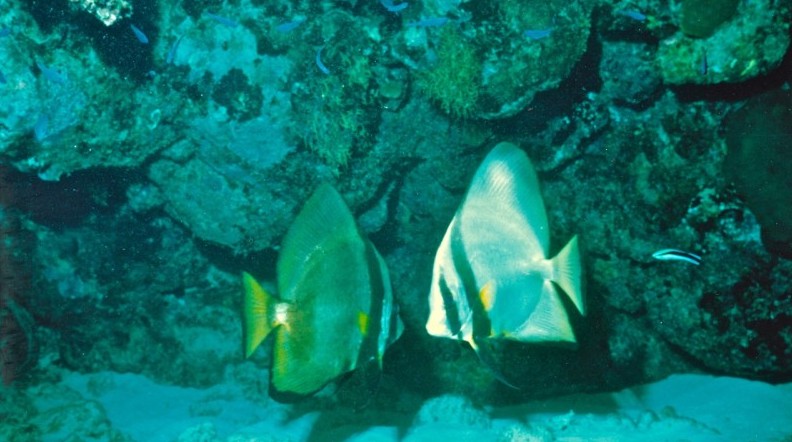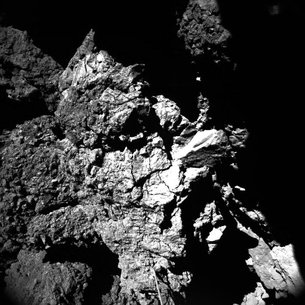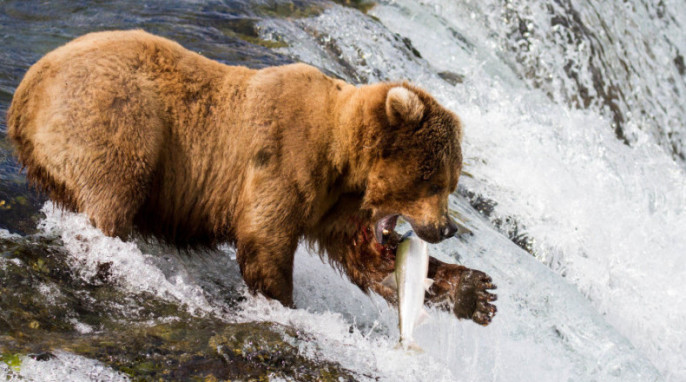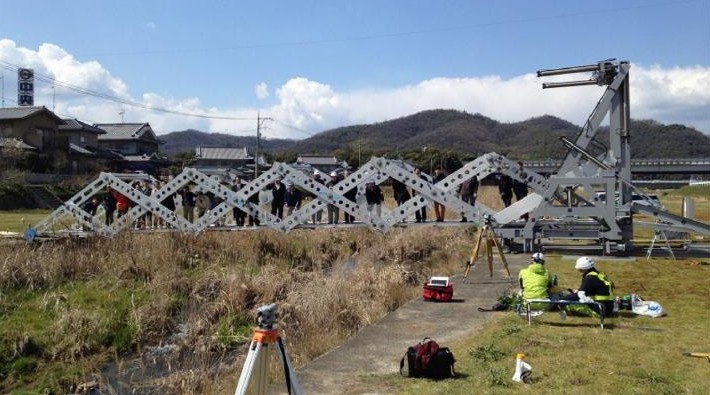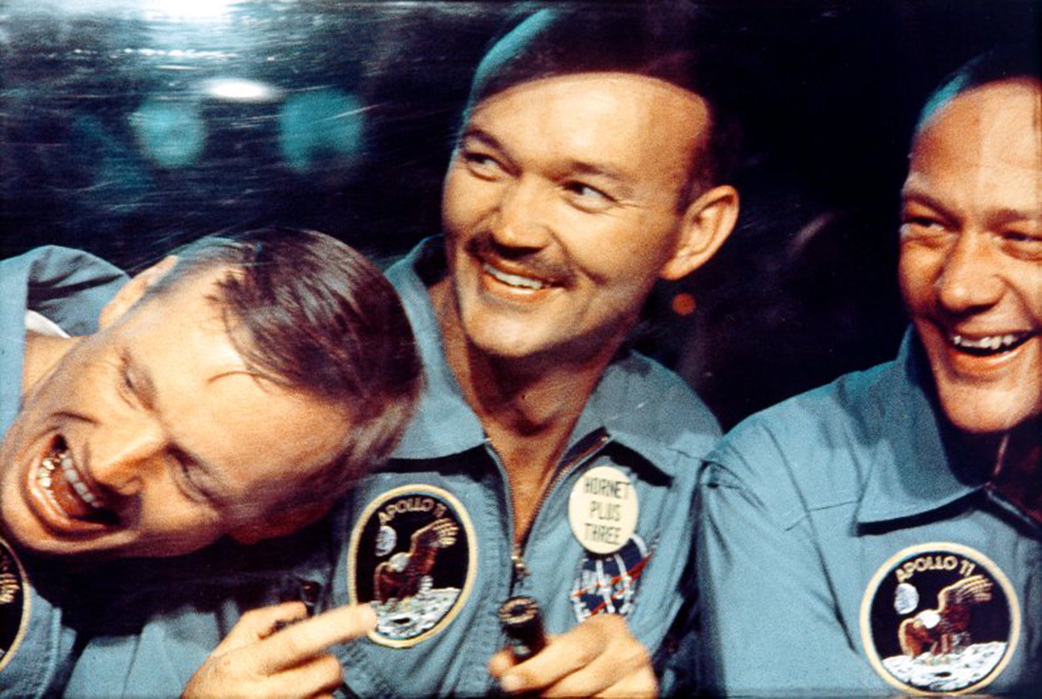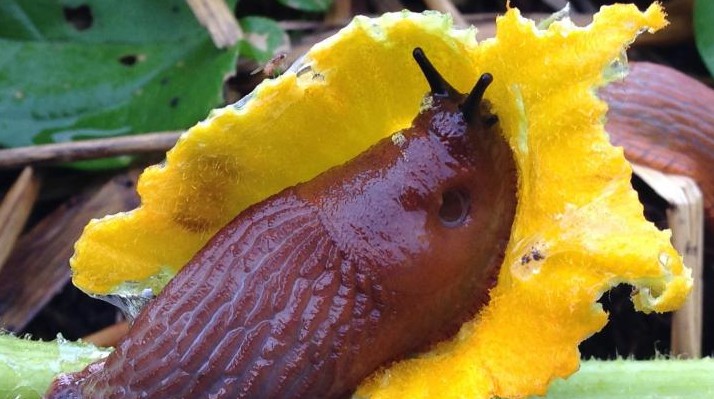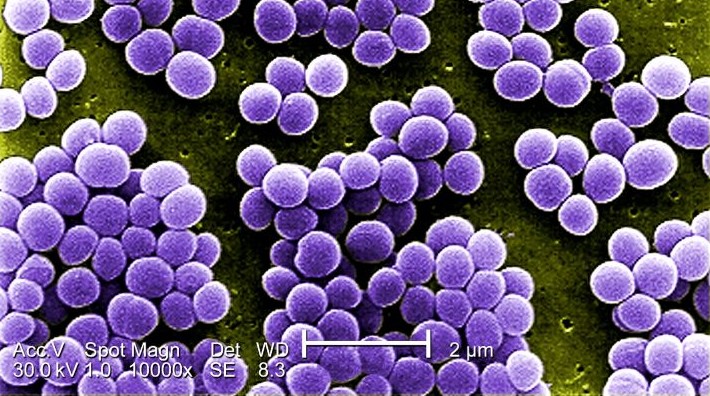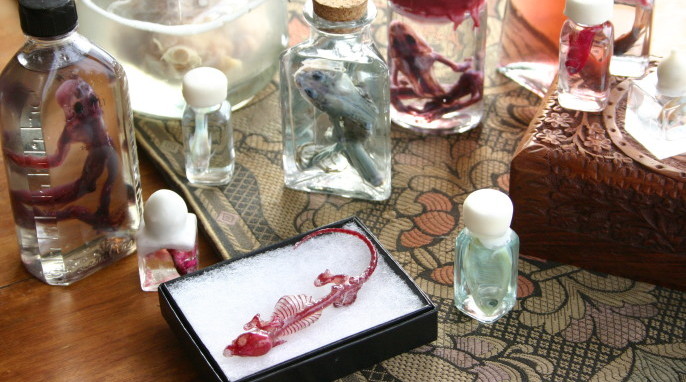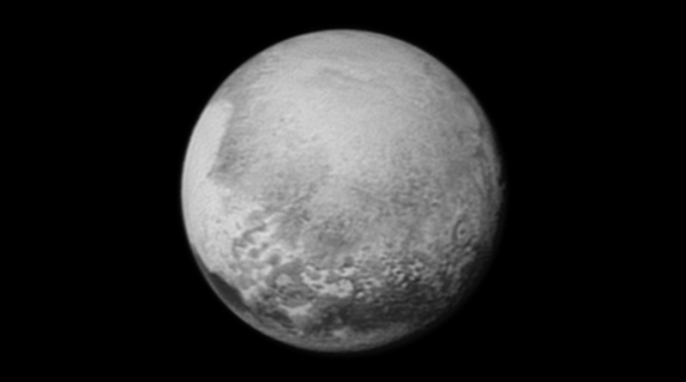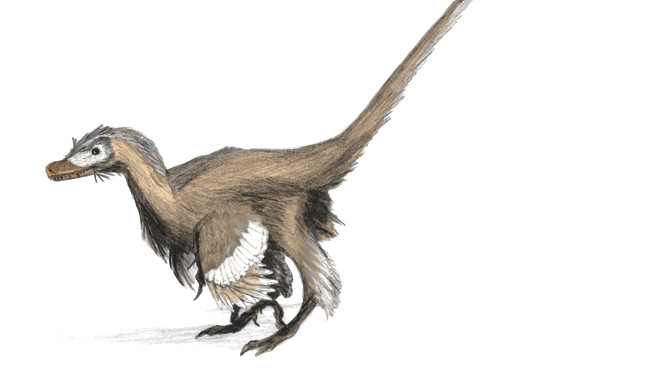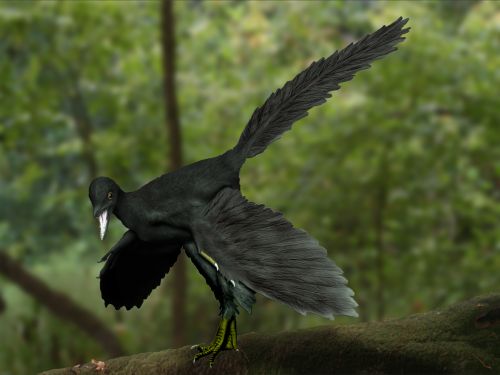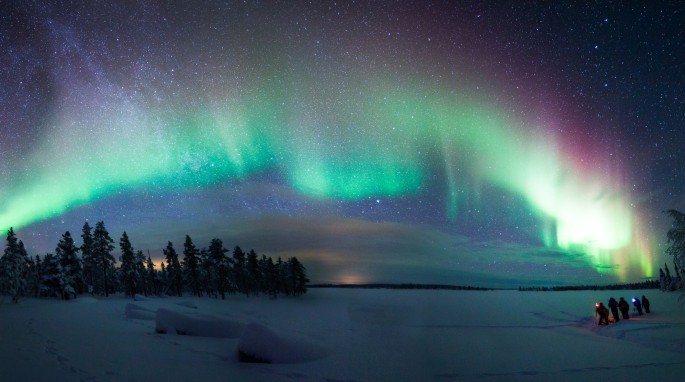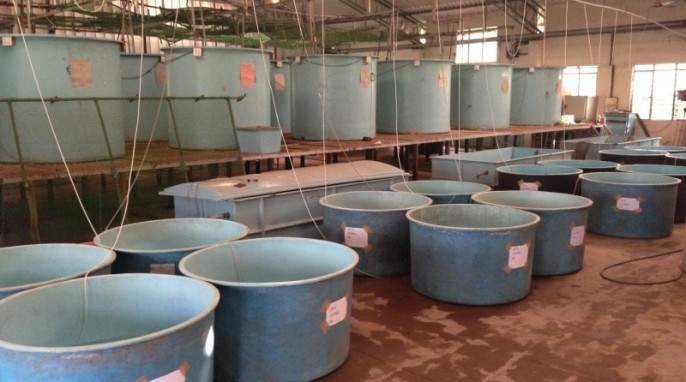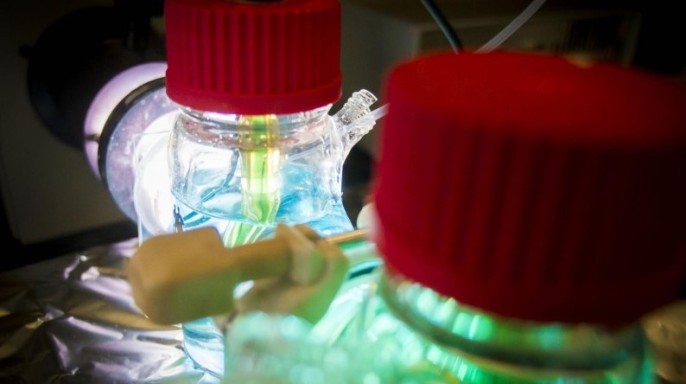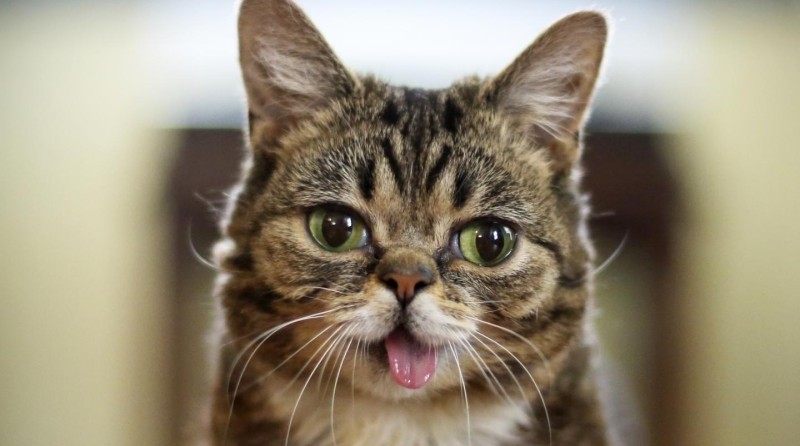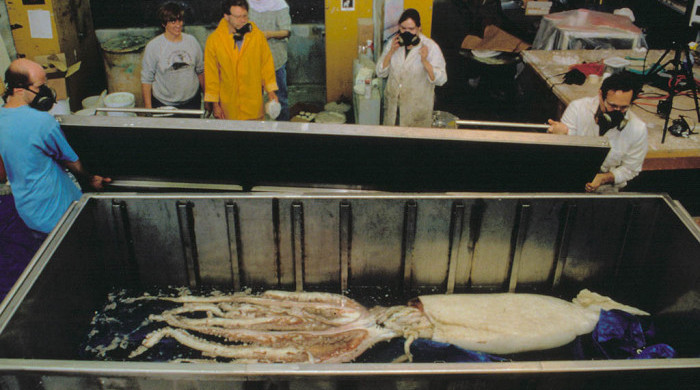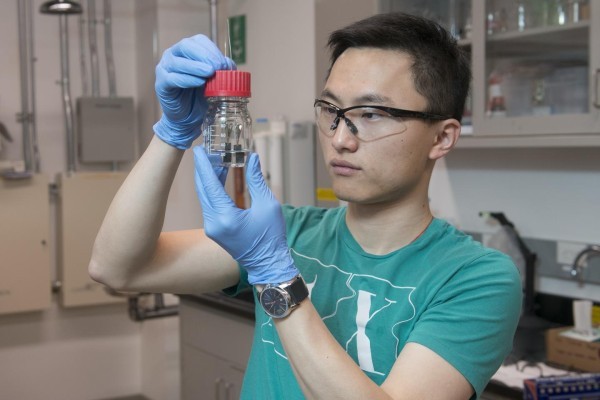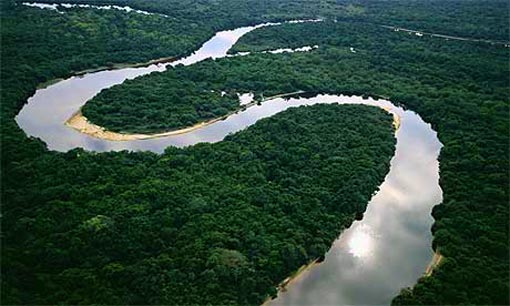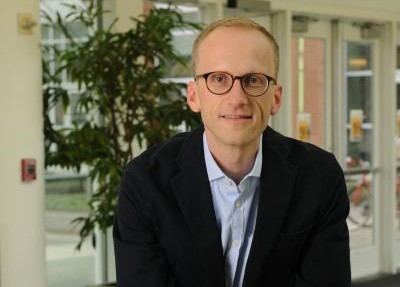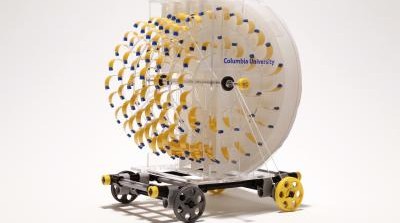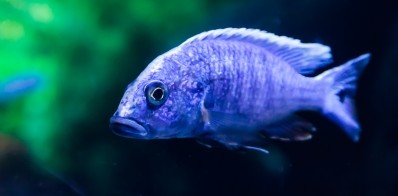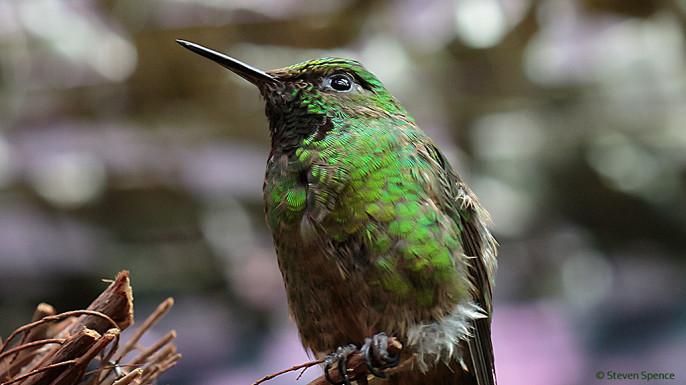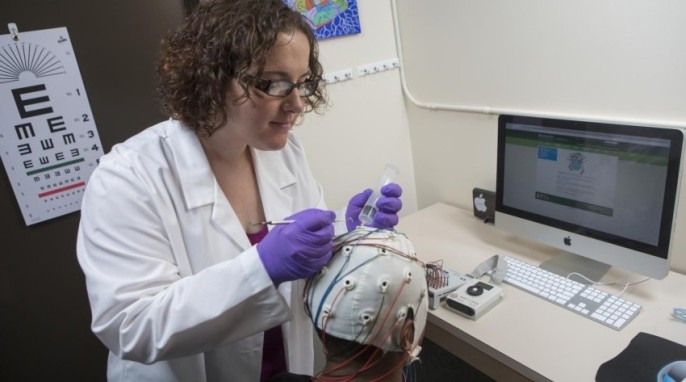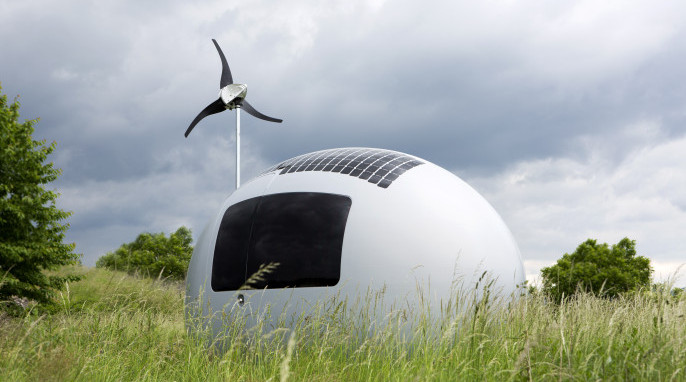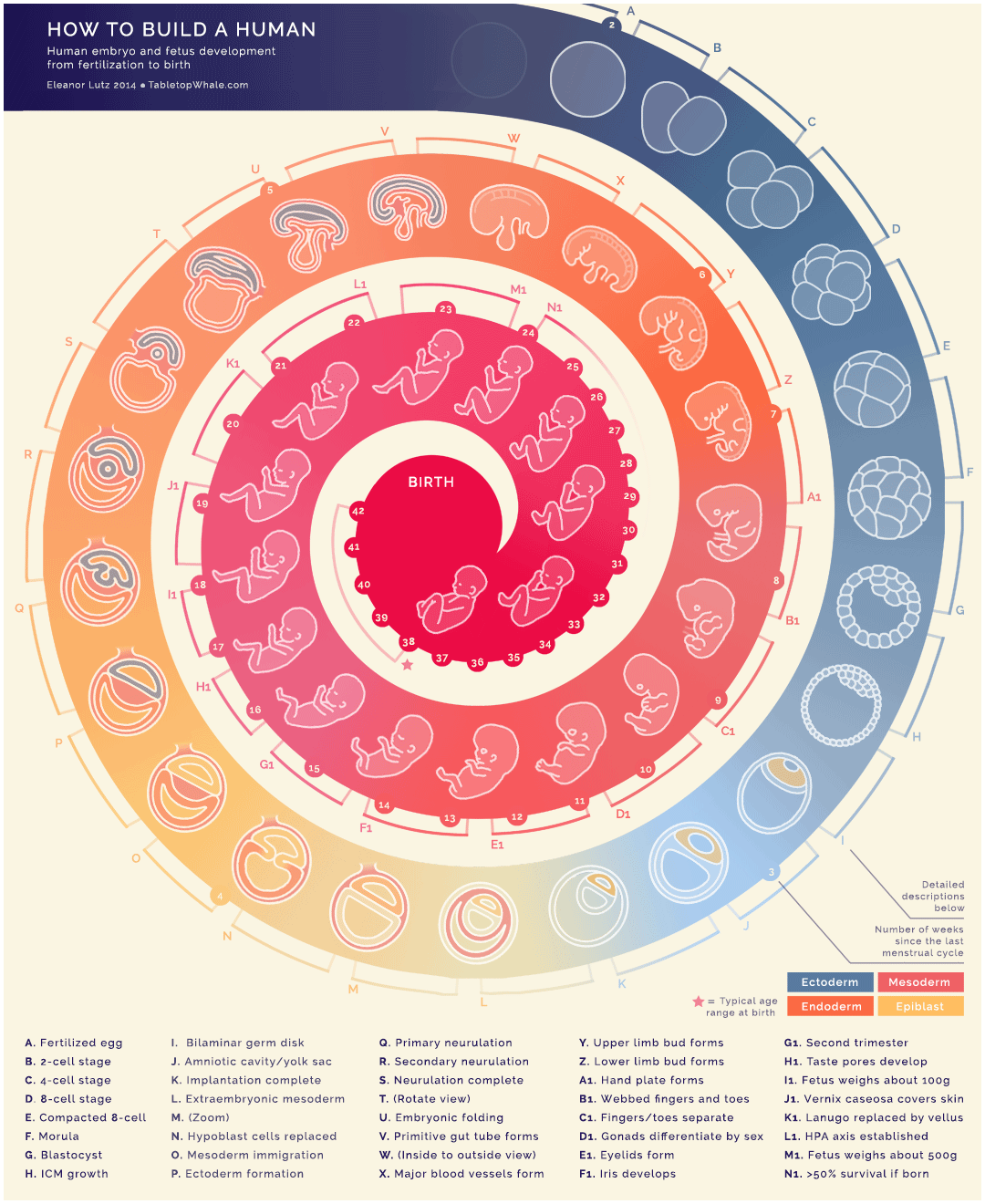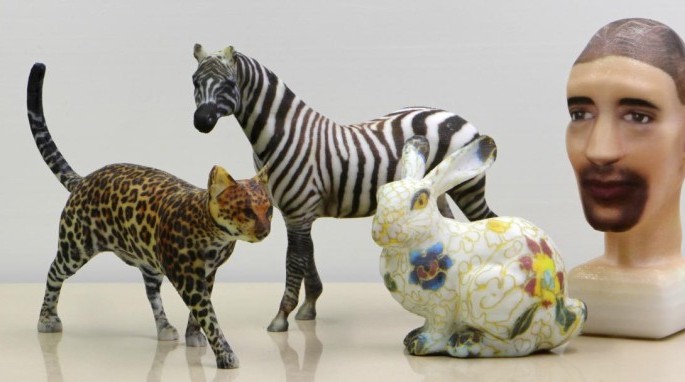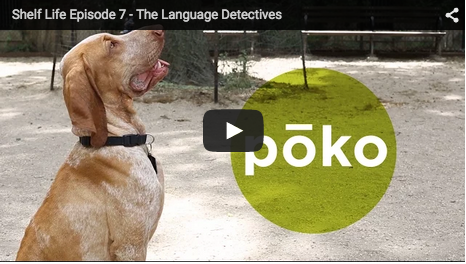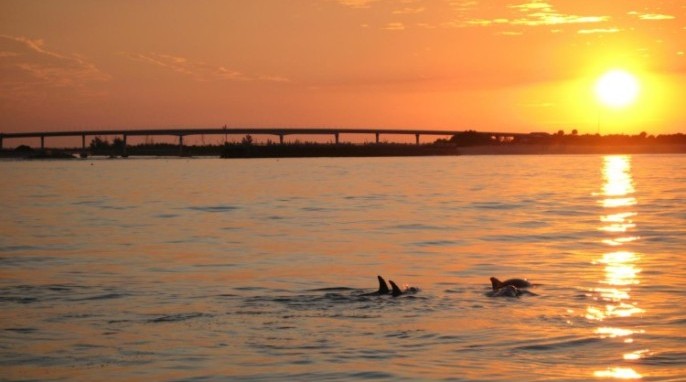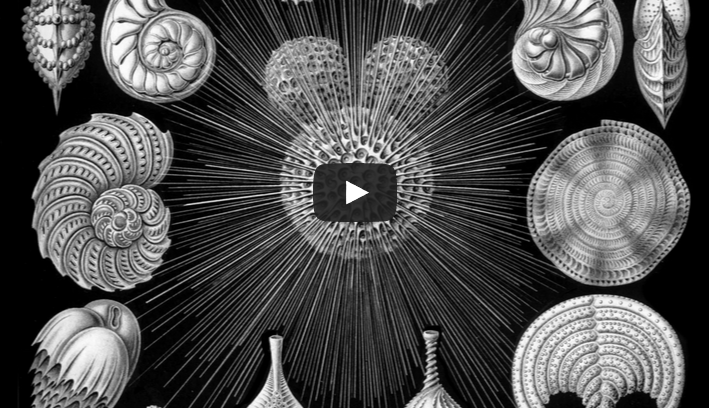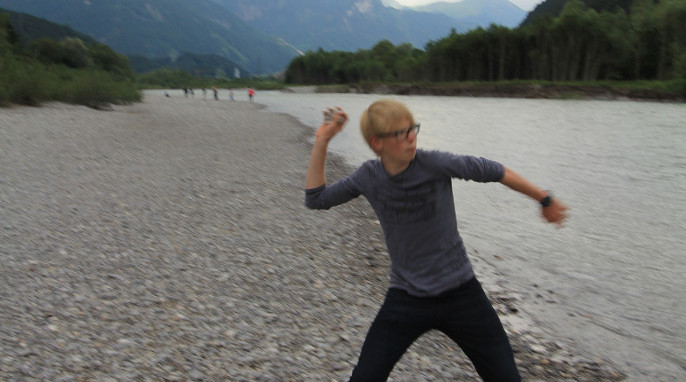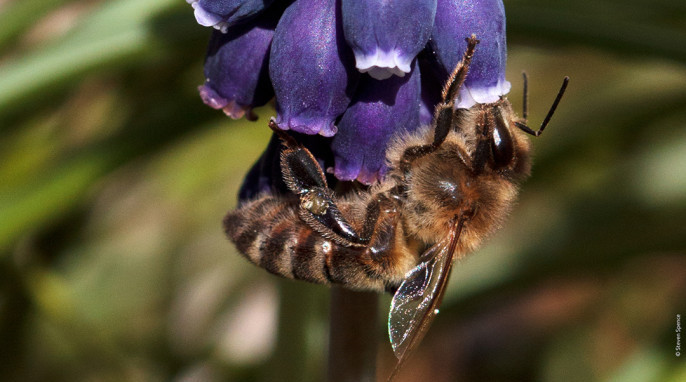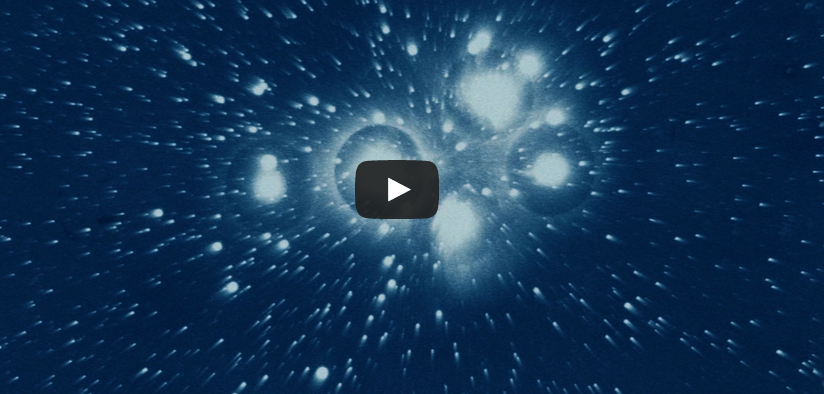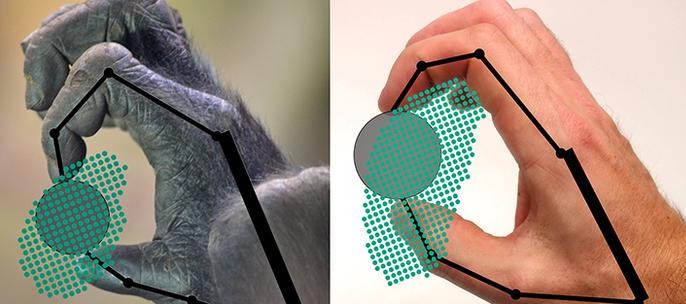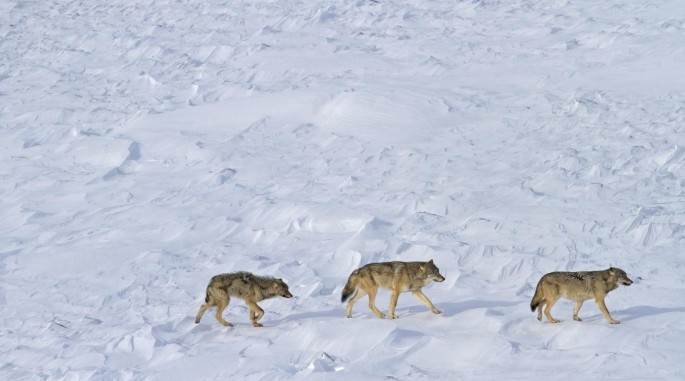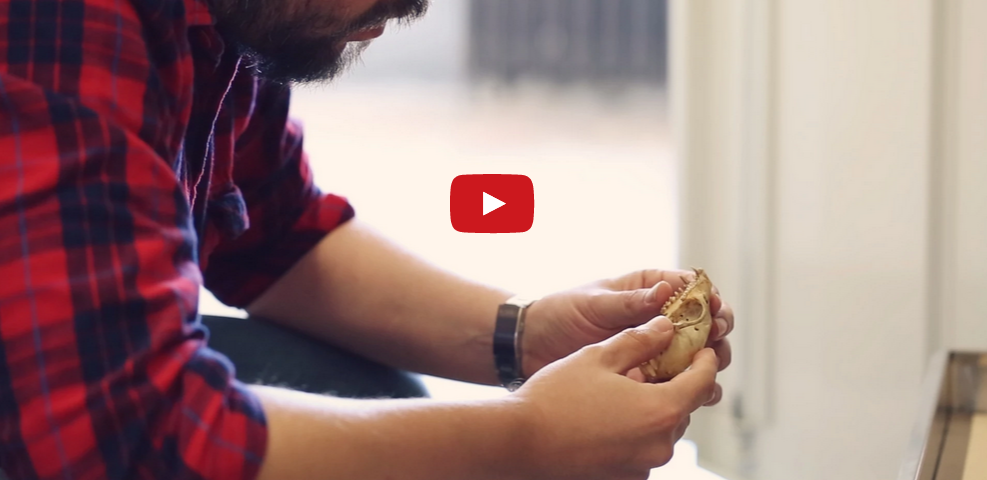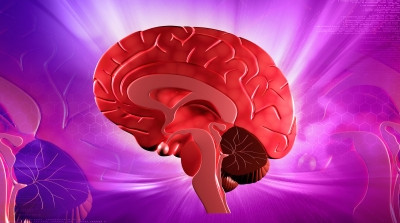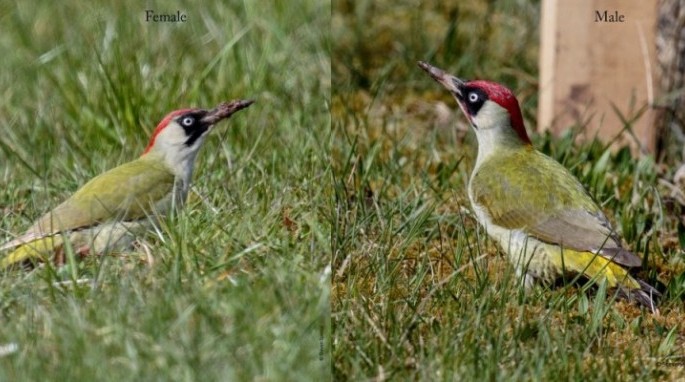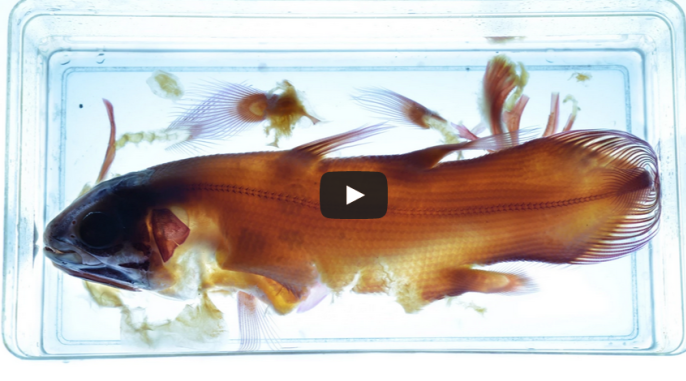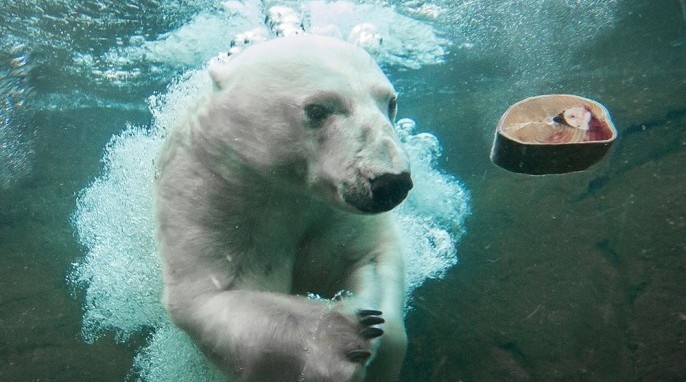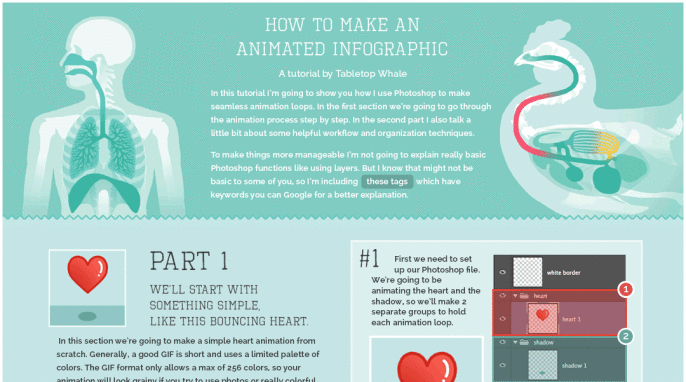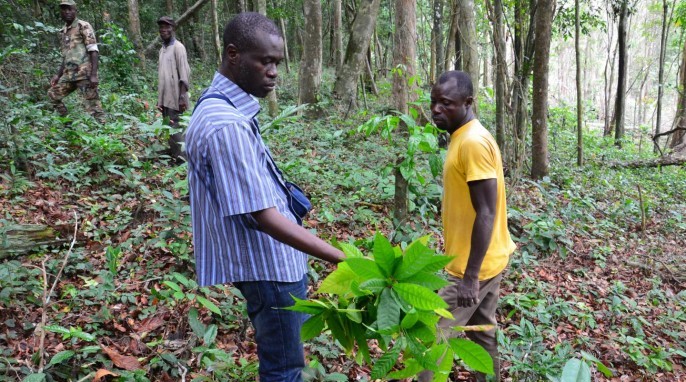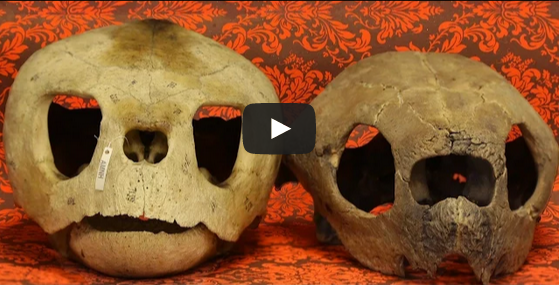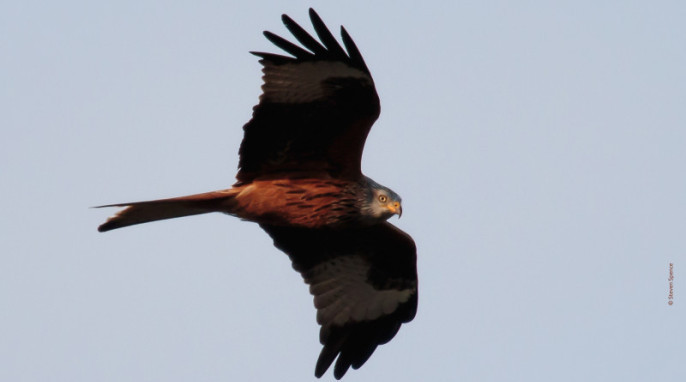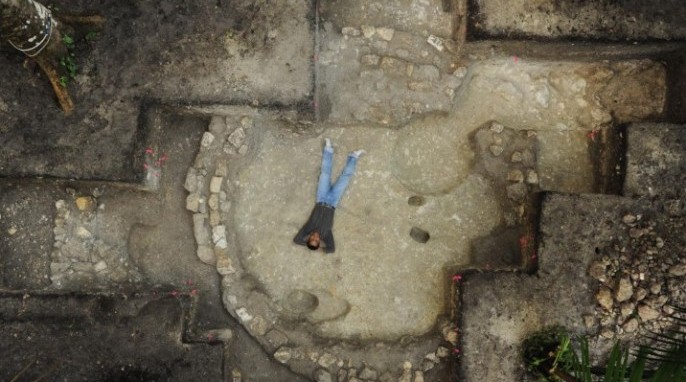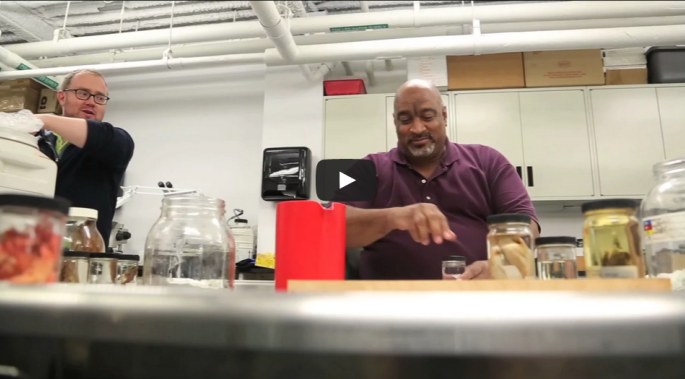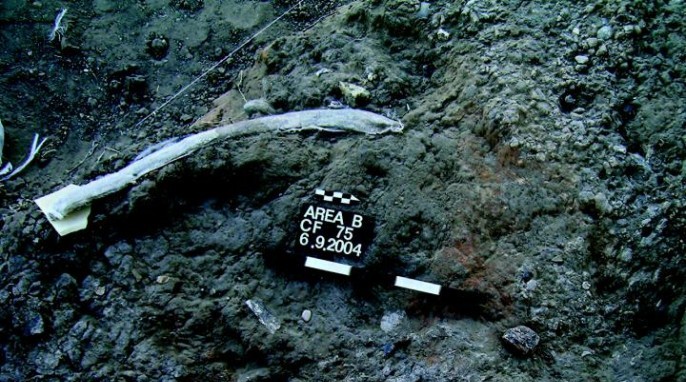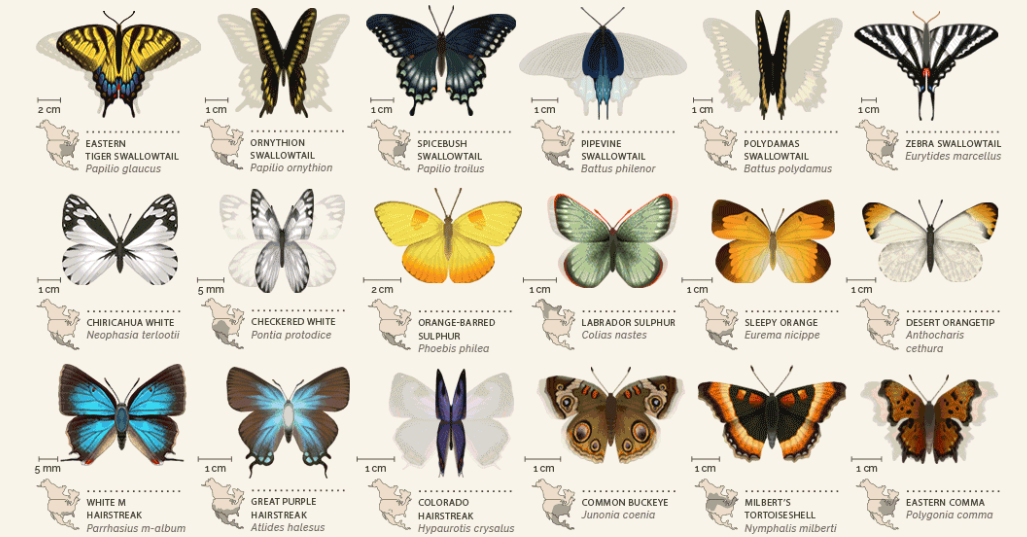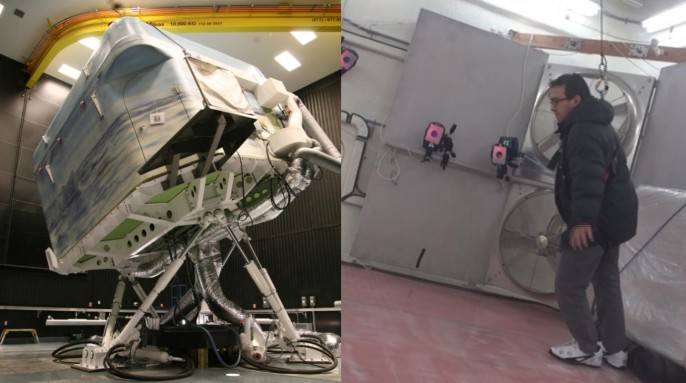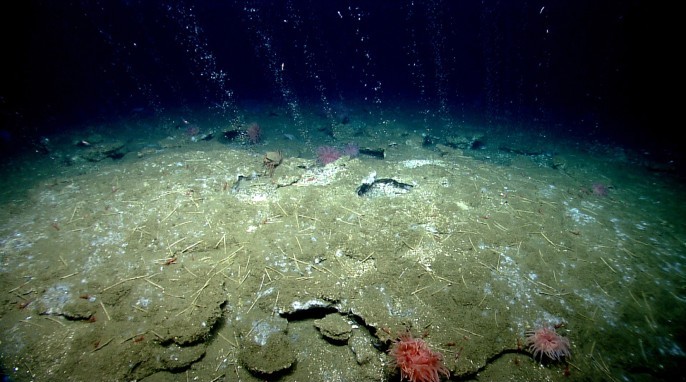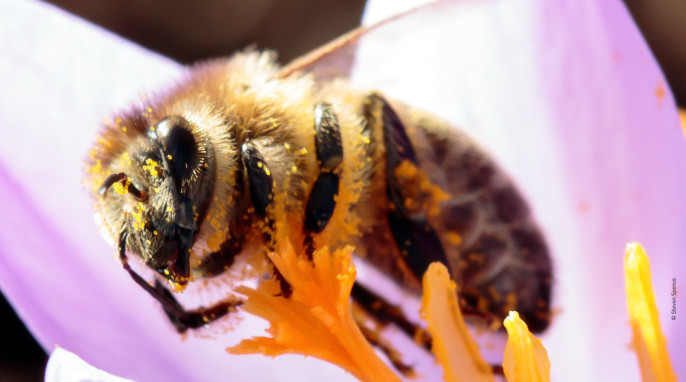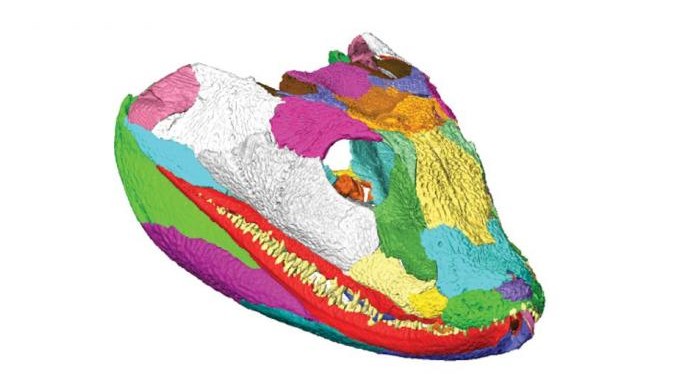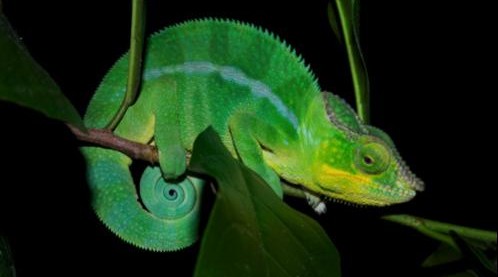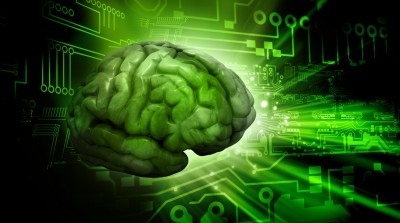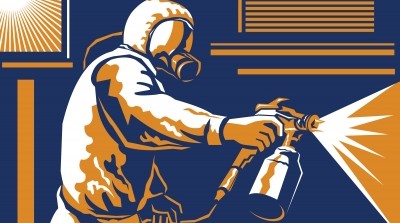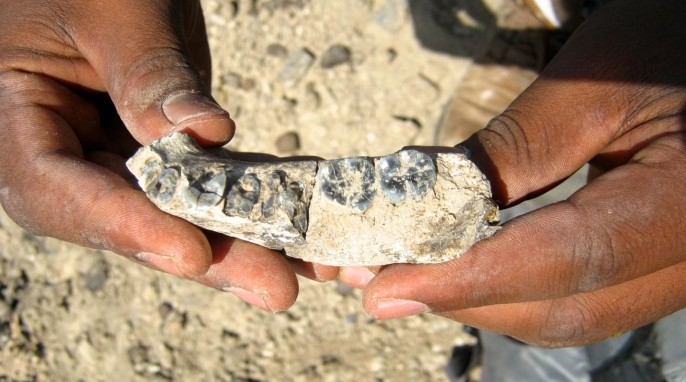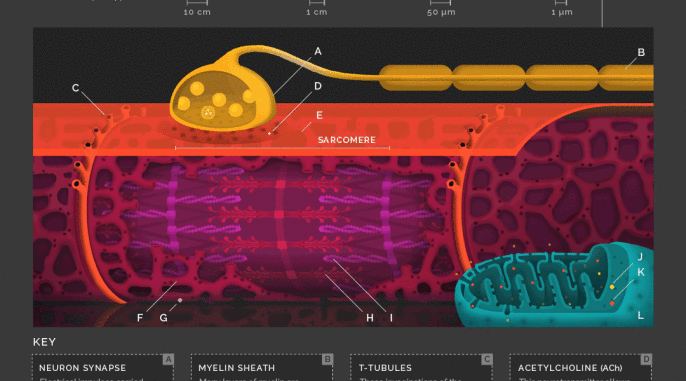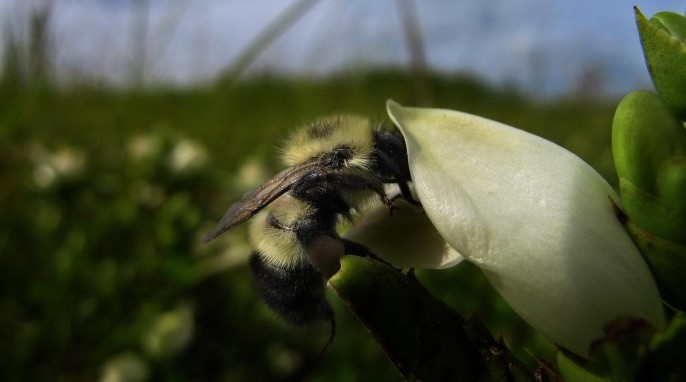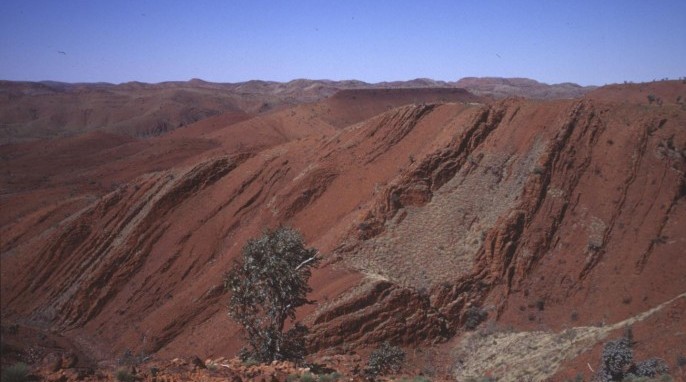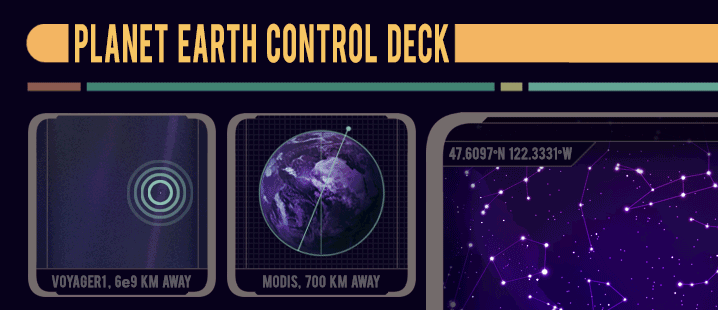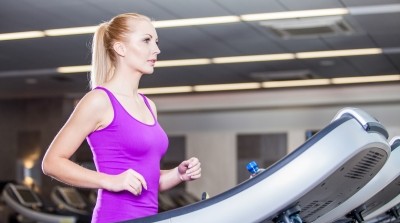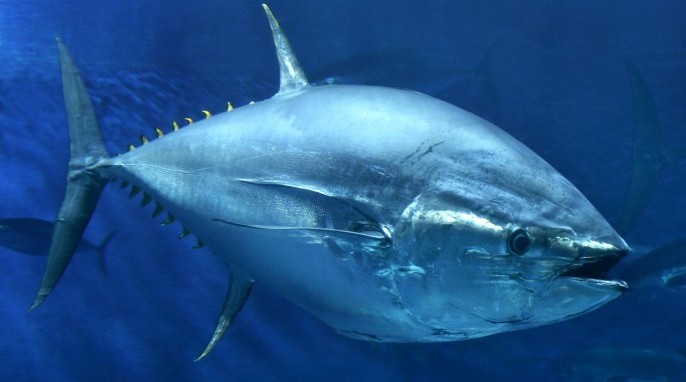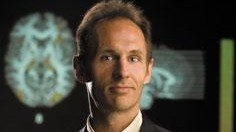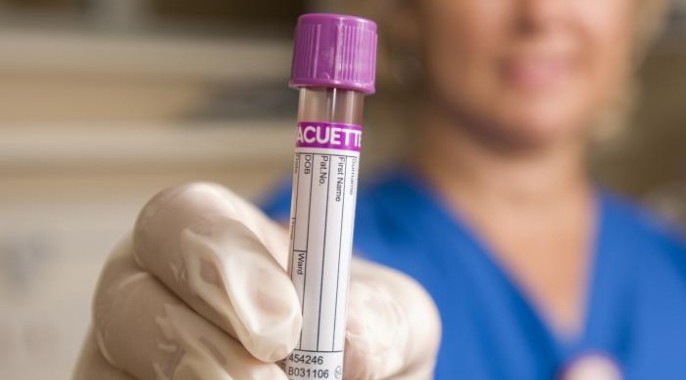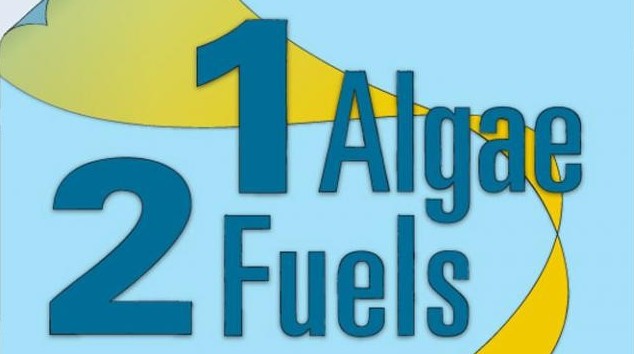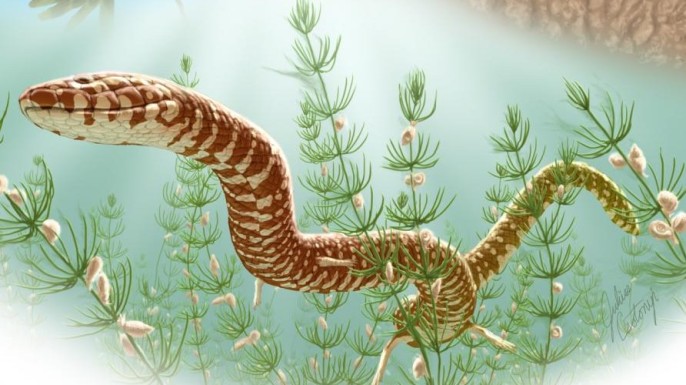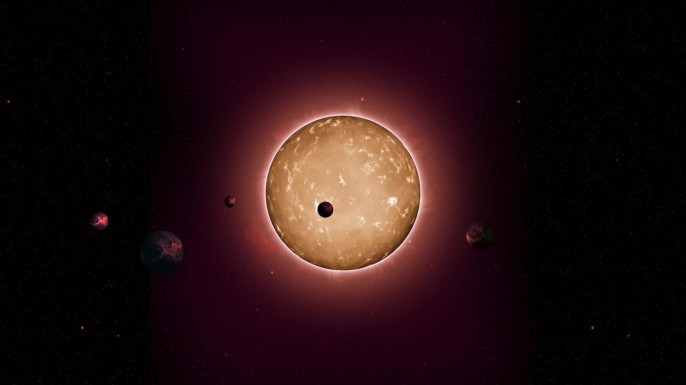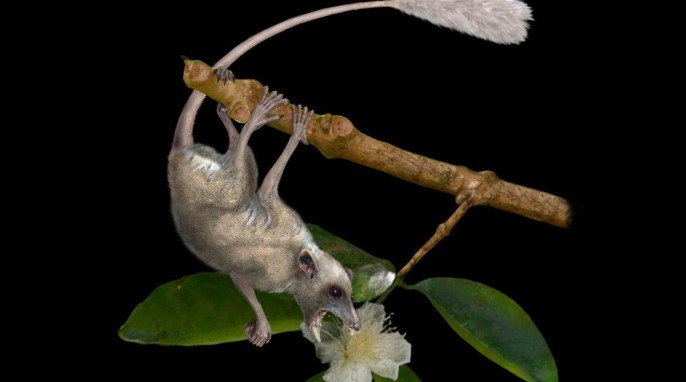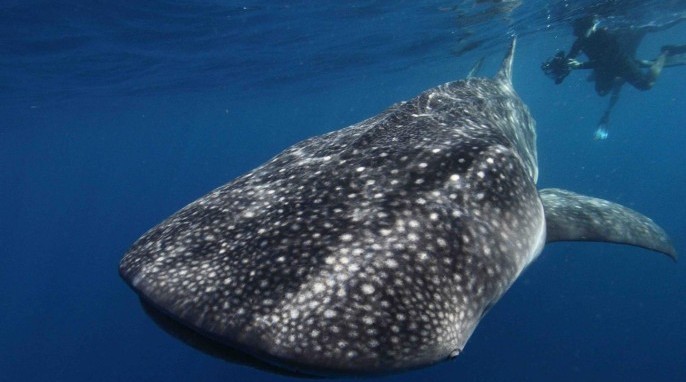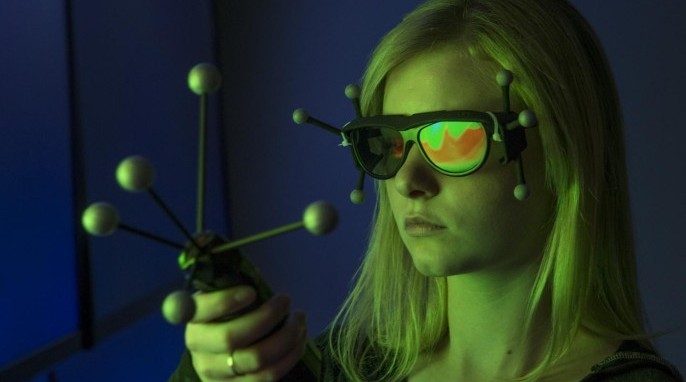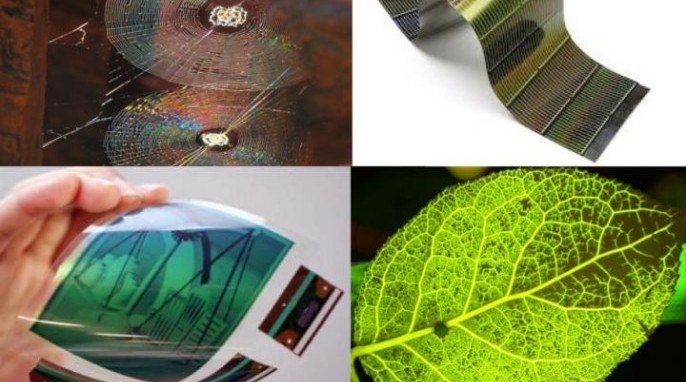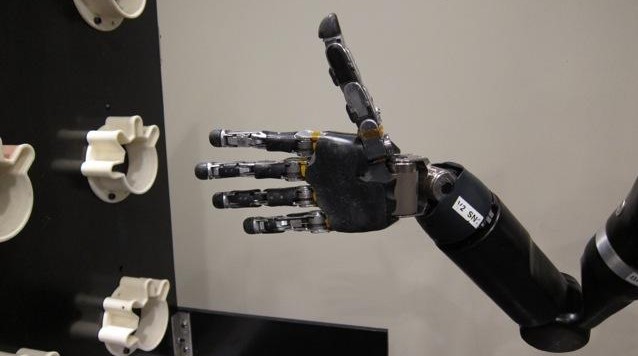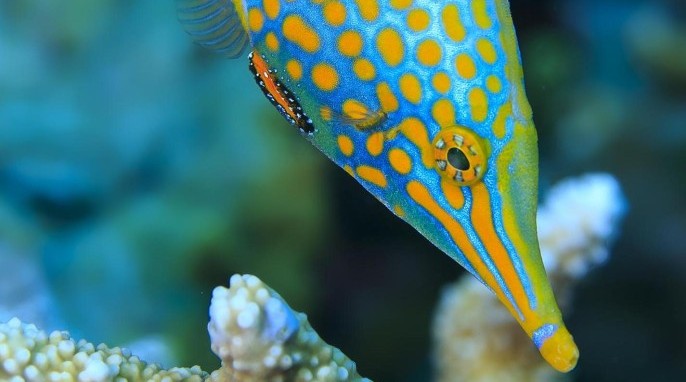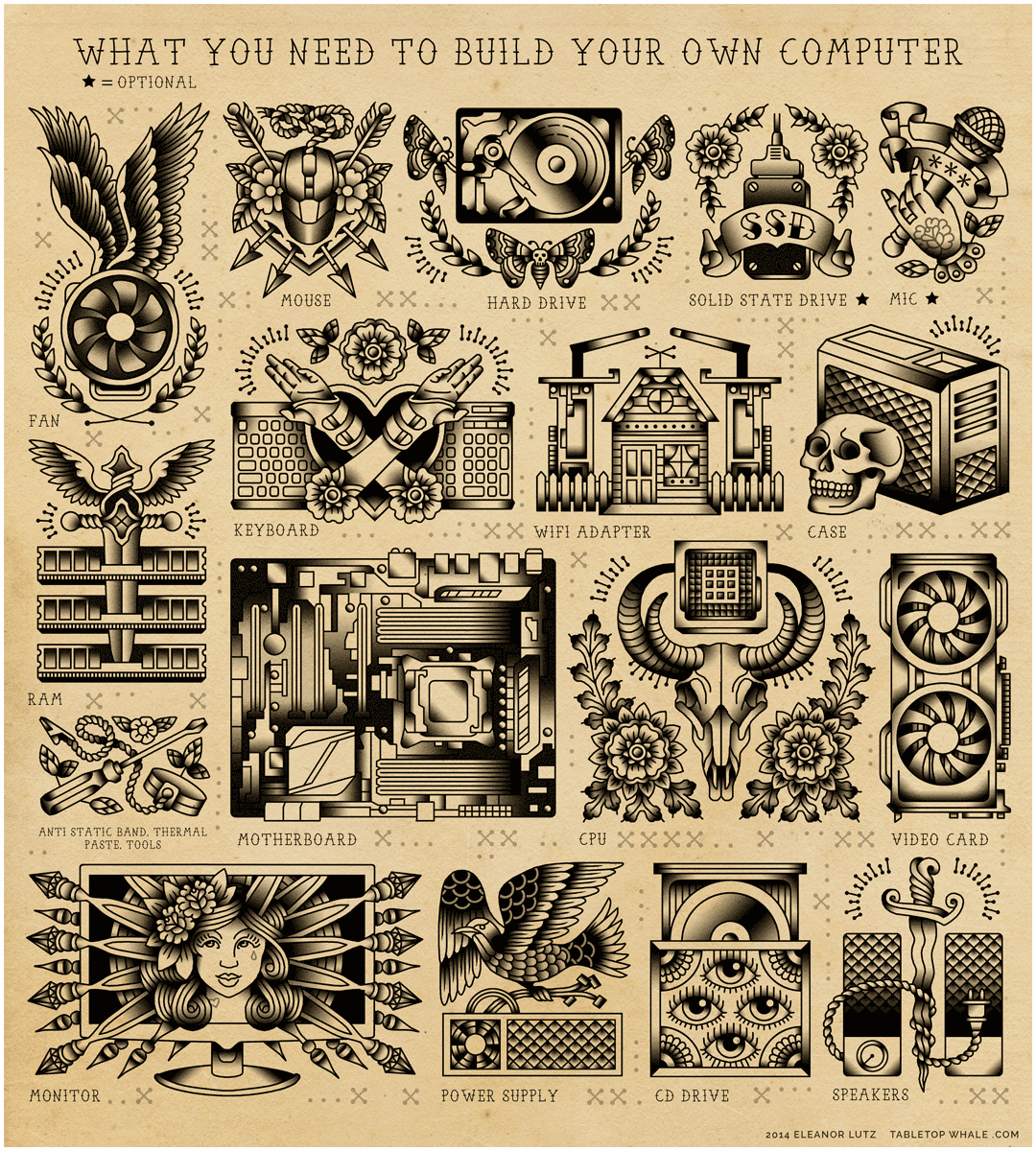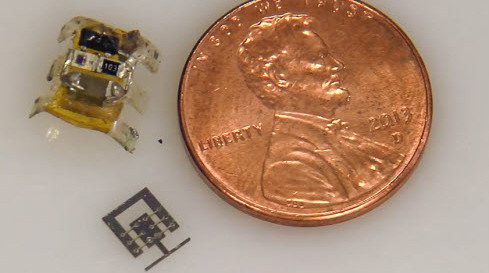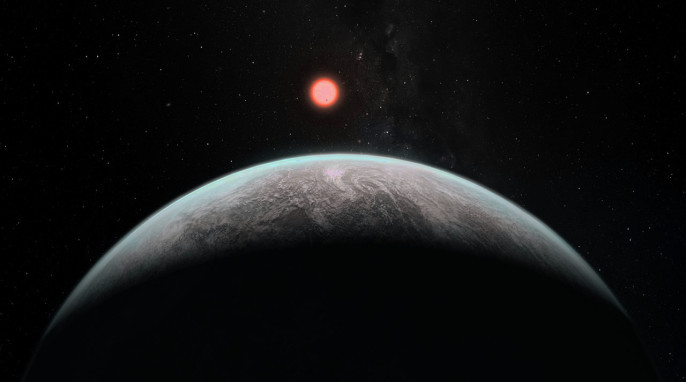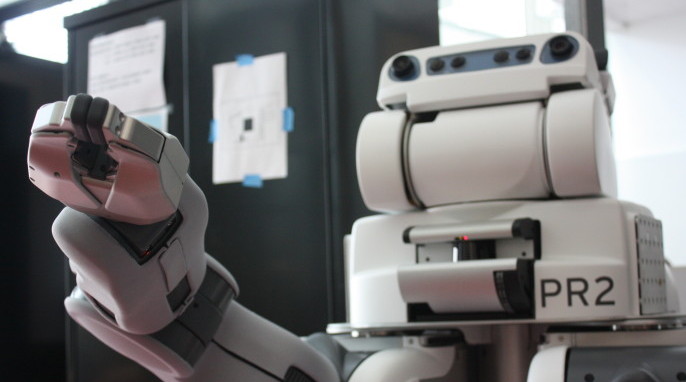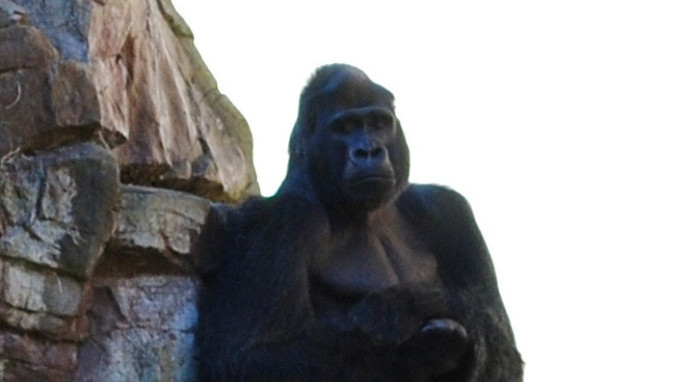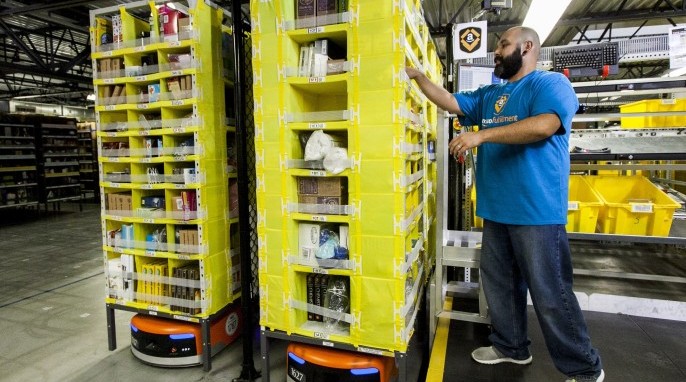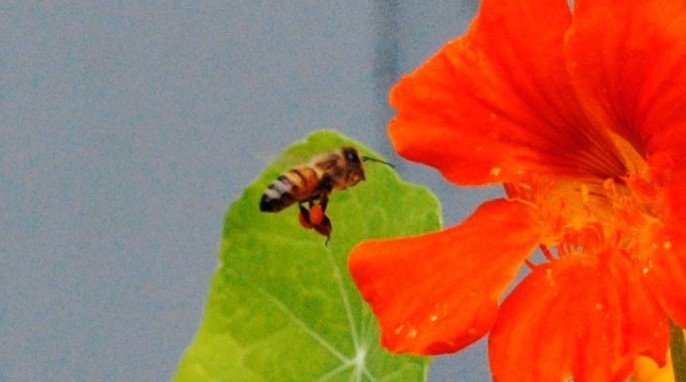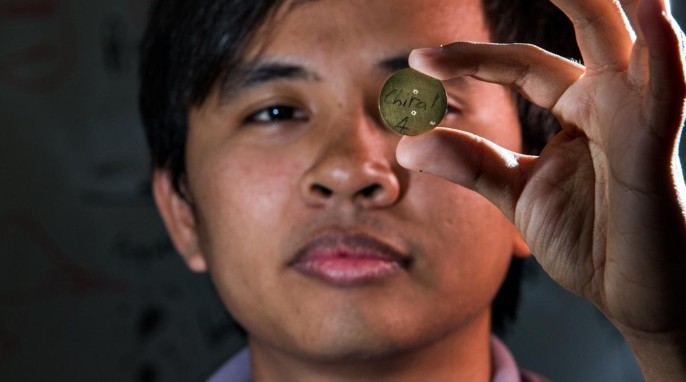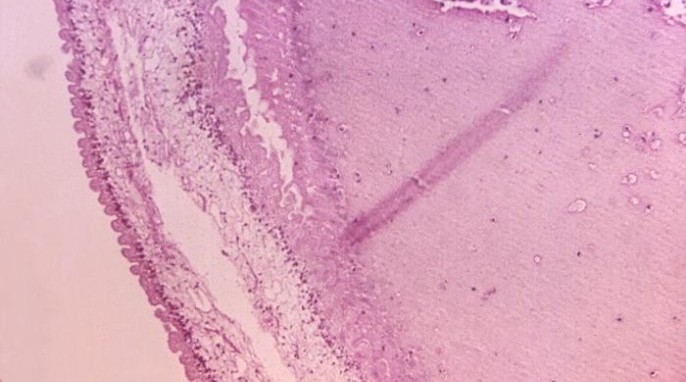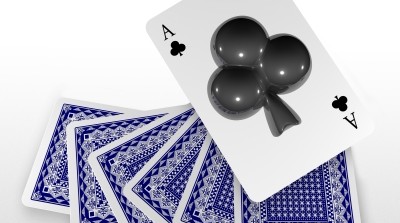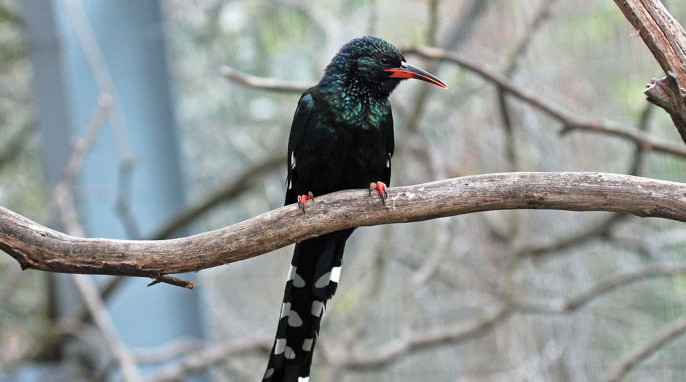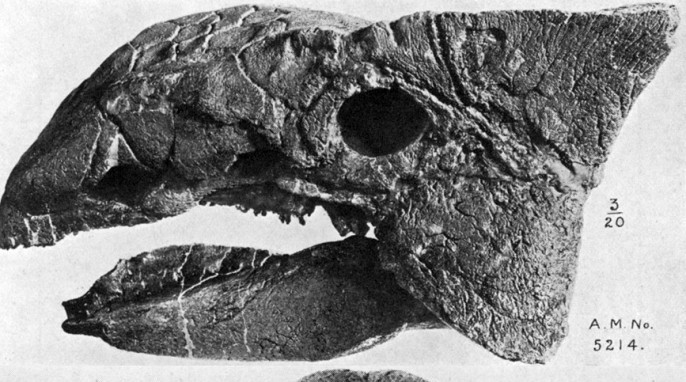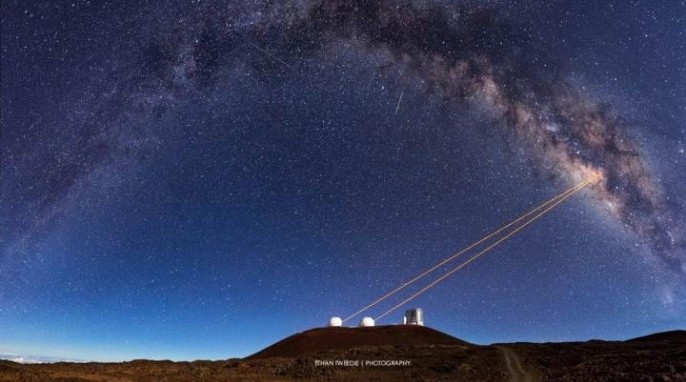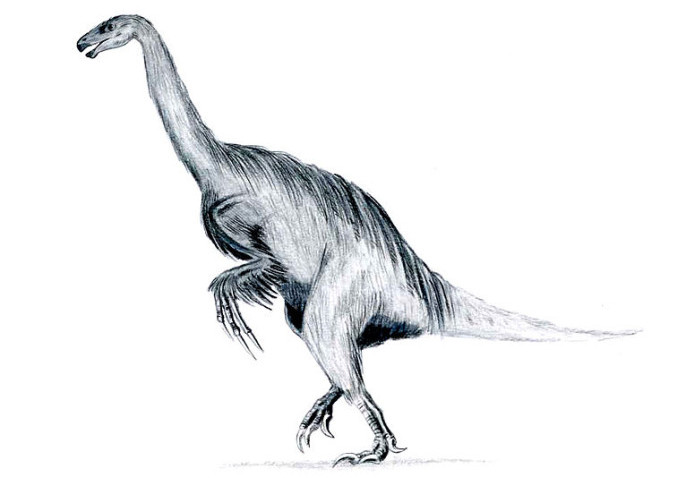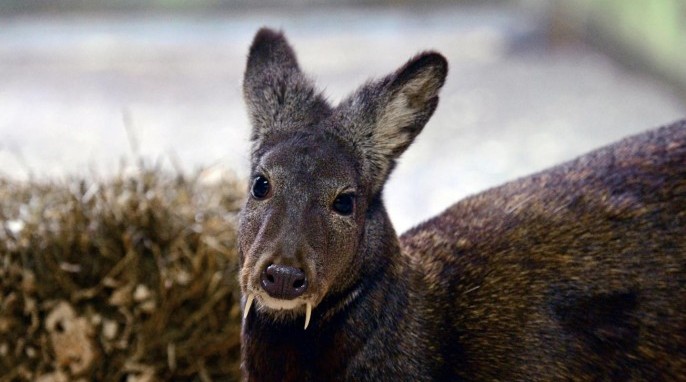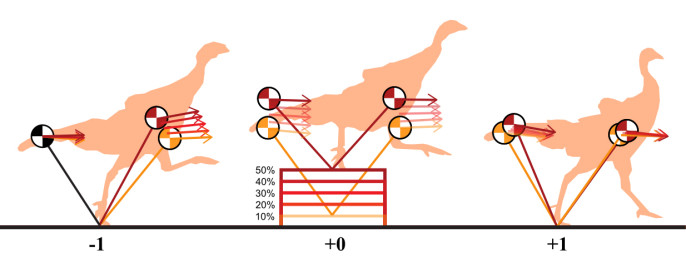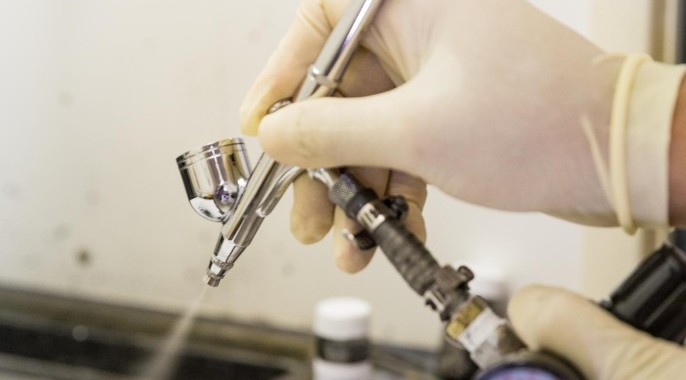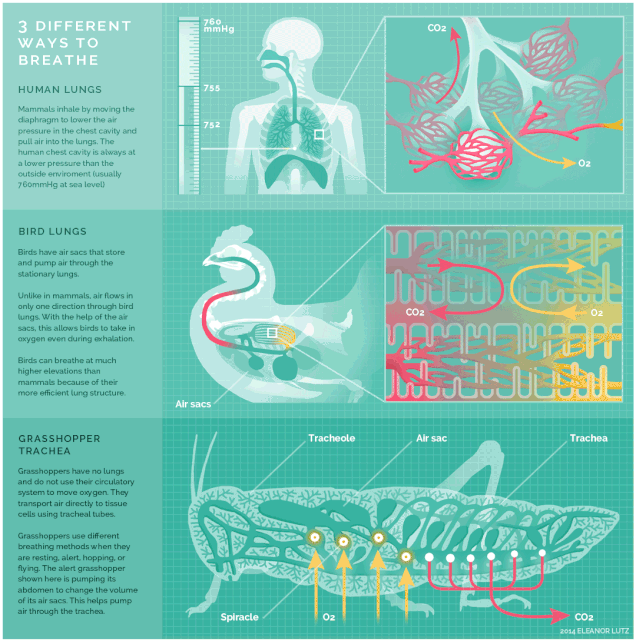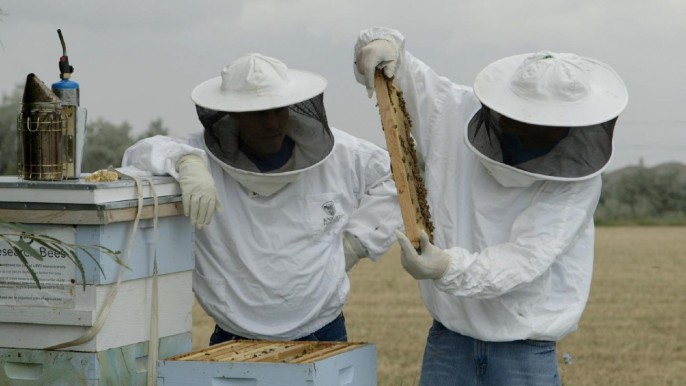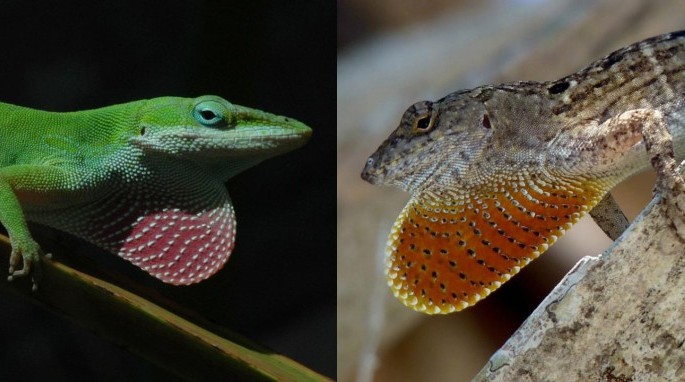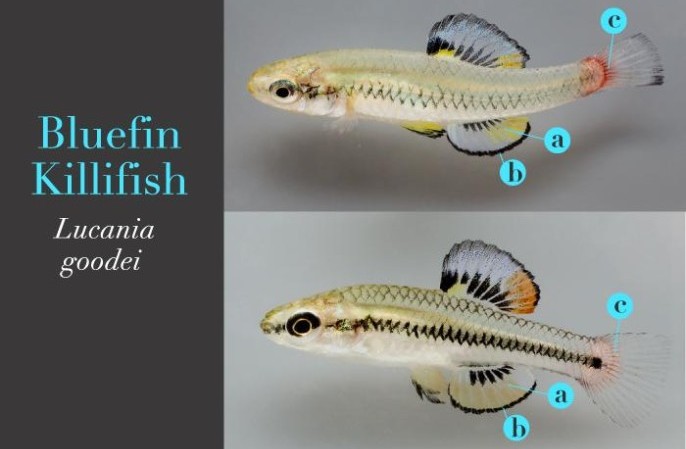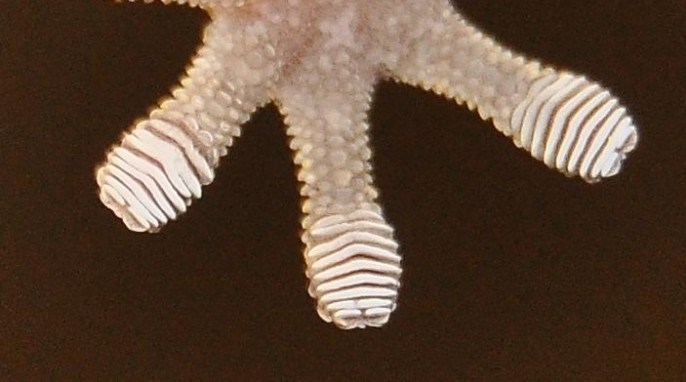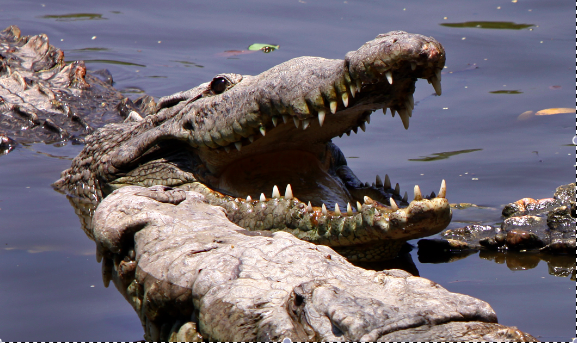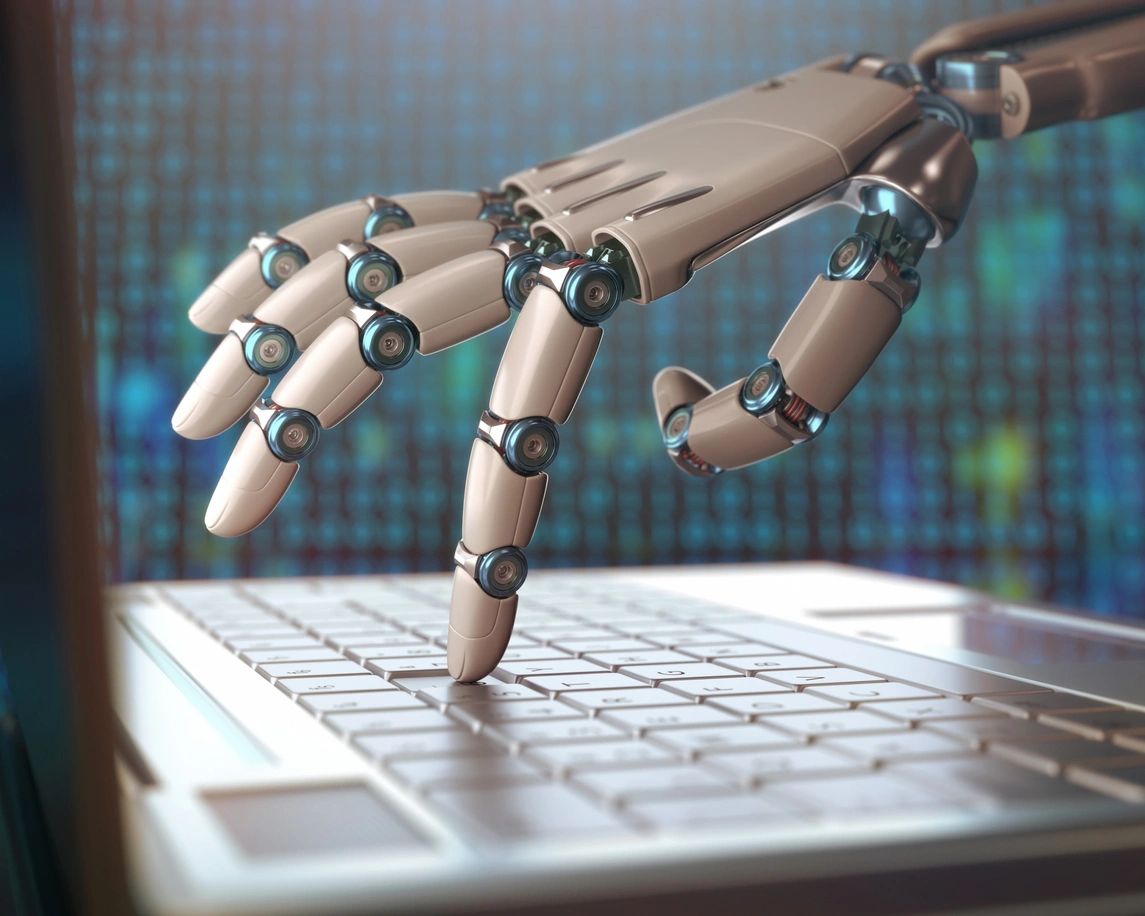The Biota Project is a mixed-media science communication and outreach organization taking a grass roots approach for connecting underrepresented communities to symbiotic relationships in nature and society since 2013. This nonpartisan educational community empowerment organization bridges connections between science and research with community leaders and grassroots activists to promote mutual understanding, collaboration, and social change. They empower communities to ensure that research and education are accessible and equitable through research development, original content creation, communication strategies, and community outreach. The Biota Project affiliation with Science Connected is led by Dr. Sabah Ul-Hasan. To learn more, visit www.thebiotaproject.org.
The Biota Project
Biomedical engineers at Georgia Tech are designing a cellular tool to detect disease without the need for complex and costly lab equipment. By William Harley Nobody complains when things are easy. That is why we hear lots of frustration about healthcare. One main obstacle is ...
Digital twins have potential for growth in engineering. Get to know one of the most futuristic technologies of the 21st century. By Reshmi Thampy During COVID-19, engineers faced an unexpected problem—the inability to conduct frequent site visits. This problem was solved by using Building Information ...
More data on the activity patterns of newly hatched sea turtles in the ocean may be crucial for sea turtle conservation efforts. By Brianna Cieszynski For a young sea turtle, the first step in life is to make their way to the ocean, inching across ...
Scientists developed a nonhazardous strategy for recycling solar panels that enables nearly all components to be recovered and reused without efficiency loss. By Tanja Eisemann Solar power has emerged as a leading solution to the growing demand for clean and renewable energy. However, while conventional ...
A gene mutation in the brain 200,000 years ago may be responsible for human language, as seen in a controlled experiment on the NOVA1 gene. By Antarjot Kaur Researchers have discovered how a human-specific gene mutation in the NOVA1 gene alters mice vocalizations, offering clues ...
An uptick in drones has made monitoring air traffic crucial. But how can we track what we can’t even detect? By Reshmi Thampy A 30-minute lockdown, multiple delays, and three diverted airplanes—these were some of the measures Riga International Airport had to take on January ...
Earth Day is celebrated every year on April 22. Learn more and find out how to get involved in an Earth Day celebration near you! A brief history of Earth Day The year 1969 was a tumultuous and exciting year in American history. The famous ...
Glucose monitoring patches developed to be more flexible and comfortable, offering better diabetes treatment. By Adelaide Levenson As of 2021, over 10 percent of the global population is living with diabetes. This disease leads to elevated blood glucose levels, which can require around-the-clock monitoring. Current ...
Surprising link made between “good cholesterol” and eye disease in new study: What do we need to know for overall health? By Pinaki Nakod When we hear the term “good cholesterol,” we probably think of it as a hero for heart health. High-density lipoprotein (HDL)—often ...
Increasing amounts of plastic in our brains has scientists questioning how microplastics impact cognitive health. By Helen Petre Microplastics and nanoplastics (MNP), tiny pieces of plastic between 500 micrometers and one nanometer, are all over the Earth, and in our bodies, even though we can’t ...
What if the key to brain health was as simple as playing bingo with friends? Scientists are discovering the remarkable link between social connections and dementia prevention. By Azeeza Omowumi Nasir-Raji Is there a secret to staying sharp as we age? New research suggests that ...
Superbugs have evolved to resist existing antimicrobial treatments, but new research into oysters may lead us to better antibiotics. By Nigel Chimbetete The survival of all life-forms on Earth depends on their ability to adapt, evolve, and thrive. Moreover, the mortality of a single life ...
Polar bears struggle to have enough energy to survive because melting sea ice makes it harder to find food. By Amélie Caldon Human-caused global warming is putting wildlife at risk, and few animals are feeling the effects as much as polar bears (Ursus maritimus). The ...
Alzheimer’s disease prevention may be a few workouts away, as new research hones in on how exercise affects brain health. By Erin Miller Lo Scientists at Rutgers University have unveiled evidence that a small increase in exercise over a short period of time could improve ...
This invasive species threatens agriculture but perhaps for not much longer, as trained dogs can detect their eggs in vineyards and forests. By Eric Hawrylyshyn Spotted lanternfly (SLF) are an invasive species of planthopper that was first detected in Pennsylvania in 2014. They have since ...
In a new study, a nanoparticle vaccine developed by MIT and Caltech could protect against SARS-CoV-2 variants and similar animal-borne coronaviruses. By Antarjot Kaur Researchers at MIT and Caltech have taken a groundbreaking step toward developing nanoparticle vaccines that protect against both current and future ...
If we tear down concrete buildings, can the material be reused? Read on to find out why recycling concrete is not so easy. By Reshmi Thampy Concrete is the most used material globally, second only to water, and aggregates comprise 60–70 percent of its volume ...
What is SuperbOwl Sunday? A great time to get involved in citizen science with this roundup of great data collection projects! By Bob Hirshon SuperbOwl Sunday is the most exciting day of the year for owl-lovers all over the world! This is the day when ...
It's cold outside! Stay in with some fun citizen science projects you can do from your living room. The SciStarter Blog Even if cold, cloudy weather has you avoiding the outdoors, that doesn’t mean you need to resign yourself to boredom (or Netflix). Hundreds of ...
Structural sexism is linked to women’s higher rates of Alzheimer’s, among other negative health outcomes identified in recent study. By Antarjot Kaur New research highlights a hidden risk factor—structural sexism—that may contribute to memory decline in later life, disproportionately affecting women. Structural sexism as a ...
Scientists have discovered that comb jellies can fuse with other individuals of the same species as a way of healing from injury. This suggests these animals cannot recognize their own body from that of their comb jelly neighbors. What makes this evolutionarily possible? By Sofia ...
Dark energy was proposed to explain why we have accelerated expansion of the universe, but new research suggests an alternate explanation. By Helen Petre Dark energy is a proposed form of energy that is supposed to be responsible for the acceleration of the expansion of ...
With a rising need for measles treatment worldwide, scientists have uncovered a new way to protect those who can’t be vaccinated for it. By Tanja Eisemann A team of scientists from the La Jolla Institute for Immunology and Columbia University discovered a novel treatment approach ...
By Helen Petre People drink alcohol to have fun, be social, feel less pain, and other reasons not usually related to nutrition. People make alcohol out of sugar and yeast, for these purposes. Fruit has lots of sugar. Ripe fruit starts to ferment when naturally ...
Antipsychotics haven’t had a straight-forward path in research, but recent efforts yielded a new FDA-approved drug to treat schizophrenia. By Rebecca DeGiosio Schizophrenia can be a challenging diagnosis, both to live with and to treat. Given its range of symptoms—including psychosis, depression-like symptoms, and cognitive ...
Do you have a bird feeder at home? Fifty percent of Americans do. Learn how to feed the birds without causing them to crash into your window. By Jonathan Trinastic @jptrinastic If you enjoy turkey this Thanksgiving, take a moment to think not about the ...
Researchers evaluated the effectiveness of an immunotherapy method for treating cancer called CPI, using a trove of patient data. They set out to identify the variables that distinguish patients with favorable outcomes using data from a public database, finding 5 key factors to CPI response ...
Infections from antibiotic resistant bacteria can be treated with small proteins found in the microbiome according to a new study. By Swetha Kasetty Ramakrishnan “Superbugs” are bacteria that are getting harder to kill because they resist multiple currently used antibiotics. Imagine if proteins found in ...
Soils can be allies in the fight against climate change, storing huge amounts of carbon. But the soil carbon sink is itself vulnerable to climate change, as rising temperatures could lead to more of that carbon being lost. A better understanding of how warming affects ...
Mice got transparent skin from exposure to yellow food dye, opening up more questions in physics and medicine. By Helen Petre A common yellow food dye, tartrazine, or FD&C (Food, Drugs, and Cosmetics) Yellow #5, is used in snack chips (specifically Doritos), candy, soda, and ...
A new study shows that tiny particles extracted from the blood of young mice can reverse aging in older mice. The study demonstrated improvements in lifespan, physical condition, and cognitive function in the treated mice, suggesting the potential for young blood to be used in ...
Aedes mosquitoes use thermal infrared radiation (IR) along with a combination of other signals to detect their human targets. By Vaishnavi Sridhar The sound of buzzing mosquitoes may be enough to send shivers down your body. Especially so in tropical countries, where mosquitoes are synonymous ...
Malnutrition affects hundreds of millions of children around the world. Scientists think lipid-based nutrient supplements might help. By Shayna Keyles Malnutrition affects hundreds of millions of children around the world. As of 2017, about 23 percent of children younger than five suffer from stunted growth ...
As you grow, your face may change to resemble stereotypes related to your name. Scientists find that adults fit their names more than kids. By William Harley Parents have to make many decisions when raising a child. They have to decide how to discipline their ...
Find out why the Periodic Table of Elements is systematically brilliant. Also, get two free periodic tables that you can download and print for your classroom or dining room wall. By Steven Spence Series: The Periodic Table and Sorting Elements – Part 3 Sorting Hat: ...
Taste buds evolved on the head and chin of blind cavefish to help them locate food in their dark environment. By Helen Petre Since they live in completely dark caves for their entire lives, blind cavefish, Astyanax mexicanus, have no eyes. In order to find ...
Cancer treatment scientists have developed an add-on therapy that could help patients’ own immune systems tackle resilient cancers. By Rebecca DeGiosio Cancer can be many things—debilitating, frustrating, traumatic—and at its worst, stubborn. It can sometimes relapse years after initial treatment and require multiple rounds of ...
The most common type of heart failure, HFpEF, is associated with diabetes and obesity. This influences what makes effective treatment. By Helen Petre Heart failure is a condition where the heartbeat is weak and where fluid builds up around the heart in the lungs, causing ...
The Dayak fruit bat is the only known male mammal that produces milk. Since two parents producing milk are better than one, why can’t males produce milk to breastfeed? By Helen Petre What is the evolutionary advantage of only having one parent provide nutrition for ...
Environmental conditions influenced the time and space of the first human migrations according to archaeological, genetic, and climatic data. By Elisa Huertas Ciorraga How can we know what led our ancestors to travel throughout our planet? Researchers from the US, Australia, Austria, and France have ...
Can you prevent a peanut allergy? Scientists found that introducing peanuts into the diet during infancy protected from allergic reactions well into adolescence. By Vaishnavi Sridhar Many foods are labeled as “made in a peanut-free facility” or “nut-free.” This is especially common in Western countries ...
Surfrider Foundation volunteers working hard to protect clean water at their local beaches. The SciStarter Blog By Michelle Pena-Ortiz The Surfrider Foundation is a non-profit organization dedicated to the protection and enjoyment of the world’s oceans, waves and beaches, for all people, through a powerful ...
Antipsychotic drugs can increase the risk of diabetes, but dopamine receptors in the brain and body may be the key to a solution. By Kyle Hewitt Antipsychotic drugs are widely prescribed to manage mental health conditions such as schizophrenia and bipolar disorder. Unfortunately, these drugs ...
A new drug helping natural enzymes target a dysregulated protein represents a step forward in Alzheimer’s research. By Rebecca DeGiosio There’s plenty of fish in the sea…and that’s especially true of our cells. Scientists estimate that a single cell contains over 42 million proteins. These ...
Bioengineers produce a plant-based protein with a fraction of the environmental impact of meat by altering mushroom proteins. By Adelaide Levenson The switch from animal products to plant-based alternatives has grown rapidly over the last decade. More and more individuals are becoming vegetarians or vegans, ...
Eating kiwifruit could improve mental health for people with low vitamin C, with real fruit showing more benefits than a vitamin supplement. By William Harley An apple a day keeps the doctor away. Eating bananas can relieve muscle cramps. Adding blueberries to your diet can ...
Sensory neurons help animals make sense of the world, and these small marine invertebrates can do a lot with only a few neurons. By Sofia Caetano Avritzer As any first-time homeowner will tell you, picking a place to settle down is a big decision. There ...
Read how immune cells are like fighters on the planet Dune, and how this defense system changes for sepsis survivors. By Elisa Huertas Ciorraga Why do people who have survived sepsis get infections more easily? That was the question researchers from the Immunology and Microbial ...
PhD candidate Amanda Coletti shares what being a science communicator has meant to her, and why telling stories about science is important. By Shein Ei Cho Science communicator Amanda Coletti’s Zoom background is a picture of two spotlights centering in the middle of the screen ...
Nitrogen-fixing bacteria help plants obtain a usable form of nitrogen. But what’s the science behind it, and how can it benefit crops? By Rachel Calder Just as you need to eat a balanced diet with all the right vitamins and minerals in order to stay ...
Brain fog accompanying long COVID could be the result of breaches in a cellular barrier protecting the brain. By Rebecca DeGiosio We all have our “brain fart” moments. We may forget where we put down our keys, take a bit longer to calculate our tips, ...
Flying insects seem magnetized by light, but why? New research uncovers the dorsal-light-response mechanism behind this phenomenon. By William Harley In the dark of night, flying bugs can be seen dancing around lights. They erratically swarm and occasionally nosedive to their demise, seemingly driven by ...
Researchers further chemotherapy efficacy by identifying antibodies that attack a specific protein in tumor cells. By Elisa Huertas Scientists from the Institute for Research in Biomedicine of Barcelona have found that a protein called PD-L2 in a special type of cells inside tumors, zombie cells, ...
Neuroscientists studying childbirth found different effects on brain cortex volume for those recovering from a natural delivery or C-section. By Katie LamBearing a child unquestionably changes your life, but how does it change your brain? There have been numerous research studies showing brain changes during ...
Emerging research on the 3D protein structure of a specific protein in red blood cells leads to greater understanding on how this and similarly shaped proteins work in the body. By Emma Ryan Every protein in the human body has a specific 3D shape that ...
Engineers create a metamaterial that senses spoken words without the need for a battery. So far it can classify which of two words in a pair was spoken. By Setare Hajarolasvadi The electronics we depend on every day, such as phones or laptops, are all ...
Depression and anxiety can act as moderators that affect the relationship between gaming time and gaming disorder. By Katie LamGaming disorder can be defined as a pattern of video gaming with characteristics including impaired control over gaming, increasing priority given to gaming over other interests ...
Cell-derived coffee gets its start in a lab instead of a field, and soon its flavor profile will be comparable enough to meet the rising coffee demand. By Claudia Suzanne Willis An exciting new coffee beverage is on its way, thanks to researchers at the ...
Rainforest conservation gains new focus with the discovery that just 2% of the diverse tree species in the forest account for half the trees. By Sofia Caetano Avritzer When you hear biodiversity, you may think of a green, lush tropical forest filled with thousands of ...
Panic attacks aren’t yet fully understood, but researchers have found a new neuronal pathway that may hold some answers. By Rebecca DeGiosio For many, public speaking is the stuff of nightmares. It can give you sweaty palms, a rapid heartbeat, and even make you feel ...
Certain plastics are easier to recycle based on their internal structure. Researchers find a way to change that structure to increase what we can recycle. By Adelaide Levenson We use and dispose of plastics every day. From toothbrushes and water bottles to food wrappers and ...
Matabele ants of sub-Saharan Africa are the only other known species to recognize infections and be able to use antibiotics for treatment. By Bryce Larson The world of ants is a medieval one. Tiny kingdoms in life or death conflict. But one ant species makes ...
Why do we sometimes love the fictional villain more than the hero? Much like the villains themselves, the answer is complex and, well, interesting. By Jocelyn Solis-Moreira From our early childhood days, we’re taught to love the hero and hate the villain. Through fairy tales ...
Holograms that seem to have mass and can be touched have long been the stuff of science fiction. Now, they are science fact. Holograms with haptic feedback Tactile technology that creates haptic feedback has been used for years in entertainment (such as game controllers), rehabilitation ...
That trip to the beach might come with a show: bioluminescence makes sparks of blue light that sometimes flash in water at night. Read on to learn how it happens. By Vaishnavi Sridhar Many of us enjoy watching twinkling stars in the night sky. We ...
Researchers used baker’s yeast to produce two compounds important to antipsychotic drugs: alstonine and serpentine. By William Harley When it comes to medicine, plants are key manufacturing partners. Plants are capable of producing a vast range of natural products with medicinal properties. The active ingredient ...
Scientists study the role of mRNA and protein synthesis in overcoming infections. This finding could lead to improved crops and medical treatments. By Rachil Koumproglou DNA contains the code of life. Our genes inform our cells how to make proteins, those biological molecules that are ...
Scientists examine how soil microbial communities resume ecosystem functioning after a wildfire, with a focus on the effects of dispersal. By Rachel Calder In the aftermath of a wildfire, soil microbial communities might not seem like a top priority. Yet these microscopic critters play vital ...
ChatGPT can be used as a chemistry assistant to accelerate chemists’ ability to analyze published research and predict chemical reaction outcomes. By Claudia Suzanne Willis Researchers at the University of California, Berkeley successfully turned ChatGPT into a transformative chemistry assistant. The study, published in the ...
Although some people swear by the Paleo diet (short for “Paleolithic”) diet, research suggests that eating a low-carbohydrate, high-fat diet can lead to rapid weight gain and health complications in as little as eight weeks. What’s going on? OK, we’ve all seen plenty of fad ...
Travelers with FjordPhyto sample phytoplankton in Antarctica, helping scientists learn how this fertile ocean region is changing. By Allison Cusick and Verena Meraldi Scientists at Scripps Institution of Oceanography are working with Antarctic tour operators like Hurtigurten to enable vacationers to serve as citizen scientists ...
Scientists study variations in blubber thickness on Yangtze finless porpoises to see how water temperature affects blubber in different regions of the mammal’s body. By Amelia Hersant Marine mammals demonstrate a startling array of adaptations to their watery environment. Such adaptations are vital as these ...
New developments in producing a fentanyl vaccine could mean a preventative measure against opioid drug overdose. By Jyoti Kinghorn The National Institutes of Health reported over 100,000 drug overdose deaths in the US in 2021. A majority of these were due to fentanyl and other ...
Microorganisms are four times more effective in storing carbon in soil than any other natural process, making them key players in addressing global climate change. By Rachil Koumproglou Natural systems like oceans, forests, or soil can capture carbon dioxide, the main greenhouse gas, and keep ...
Increased fructose intake from processed foods triggers a genetic trait to store fat. This used to help us survive but now it leads to weight gain. By Sneha Bhadti Human beings evolved over millions of years during periods of scarcity. We developed genes that kept ...
X-rays reveal how cholera bacteria from contaminated food and water effectively survives in the human gut. By Sourav Agrawal Recent work by scientists has shed light on how the bacteria that causes cholera can manage to survive in harsh environments in our stomachs. This has ...
Researchers analyzed the likelihood of bipedal movement in hominin ancestors using muscle reconstruction technology. By Roseanne J. Keolakhonevong You may be familiar with “Lucy,” the renowned 3.2 million-year-old Australopithecine fossilized skeleton discovered in Ethiopia in 1974. Being one of the most complete fossils of her ...
Brain evolution in the Heliconius butterfly is linked to their specific feeding preferences and foraging behaviors. By Ella Houlihan Close your eyes and picture your route to the grocery store. As you visualize the curves of the road and the street signs you pass, you ...
Climate change and pesticides spell double trouble for bee behavior. Researchers in a recent study find that pesticide risk to bees varies depending on the temperature. By Vaishnavi Sridhar Every spring and throughout the summer, gardens around the world are brimming with colors and buzzing ...
Droughts can wreak havoc on food supply and crop production, but a new study shows that ethanol can help crops survive. By Mackenzie Myers Fowler Ethanol, a simple alcohol made from grain, is known as a tool for combating climate change. While ethanol is generally ...
Play behavior and laughter in rats has a lot to do with their environment and with the part of the brain that controls fight or flight responses. By Rachel McDermod While rats may suffer from a bad reputation in popular media, these little rodents have ...
Are you wondering if the well-known mosquito eaters actually eat mosquitos? Find out the answer to this question and more. Have you seen many of these leggy insects hovering around your windows and doors lately? It’s none other than the humble, light-loving crane fly, also ...
New data shows that the healthy BMI range isn’t as narrow as we thought, nor is it where we thought it was. By Jyoti Kinghorn Human beings come in a variety of shapes and sizes. It has long been observed that a healthy weight at ...
Odor profiles are an emerging form of evidence as scientists work to identify and classify individuals based on the chemical compounds naturally released from hands. By Claudia Suzanne Willis It is well-known that dogs have used their uncanny sense of smell to help identify and ...
Rising temperatures in recent decades have been linked to observed shifts in bee phenology. These shifts could impact bees’ vital role in pollinating food crops. By Rachel Calder Bees have been in the news a lot recently. They seem to be under threat from all ...
Rates of hospital admissions for alcohol-related hepatitis have increased since 2019, and certain groups are more at risk. By Sneha Bhadti In the time following the start of the COVID-19 pandemic, it has become clear that the pandemic has impacted all areas of life. During ...
Climate change means temperatures are slowly rising in the air—and also underground. Different materials in the earth expand or contract in response to underground climate change, affecting the buildings constructed above them. By Paige Castle When hearing about global warming and climate change, what usually ...
Researchers identified over five thousand previously undiscovered species in a sample area of the CCZ region of the ocean, and they predict more are there to be found. By Amelia Hersant There is a well-known saying that we know more about the surface of Mars ...
A long-standing Japanese art form known as kirigami has inspired scientists to design effective solar cell tech four hundred years later. By Jonathan Trinastic Artists in seventeenth-century Japan probably never expected their unique paper-cutting artwork, known as kirigami, to inspire leading-edge technology four hundred years ...
Researchers consider how the placebo effect may actually improve the effectiveness of methadone treatment plans. By Annie Schulman Worldwide, over 16 million individuals suffer from opioid use disorder, or an addiction to opioids. Opioid use disorder is a serious condition that can cause severe emotional ...
The diets of mothers and fathers affect how their children’s genes work in a process called epigenetics. By Litia Yssel There is growing evidence showing that what mothers and fathers eat before their children are born can influence their children’s health. This is because parents’ ...
Thermoelectric generators get a boost—now they can supply enough renewable energy to power small devices both day and night. By Rachil Koumproglou Renewable sources of energy, such as solar, wind, marine, and geothermal, contribute to cutting greenhouse gas emissions. Yet we are unable to extend ...
Genomics opens the way for scientists to track where and which plants are affected most by rapidly spreading pathogens. By Rachel Calder The COVID-19 pandemic made many of us aware of how genomics can be used for tracking human diseases. Genomics is a field of ...
Blue and red light are energy sources for microorganisms such as bacteria, and we can harness this energy to control bacteria growth. By Gabrielle Leal Sunlight is both a source of energy for microorganisms and a source of electrical energy. However, there is still more ...
A new study on brain health has made a connection between individuals getting more Vitamin D and a reduced risk of developing Alzheimer’s Disease. By Annie Schulman What do eating cheese and napping in the sun have in common? Not only are they both enjoyable ...
Citizen Science Month on the SciStarter Blog features projects and events to all month long during April. Here's how to get involved! The SciStarter Blog The year’s biggest citizen science celebration is just around the corner! April 1 marks the start of Citizen Science Month, ...
You have probably heard of the placebo effect, but what is it and how does it work? Can something that is all in our heads actually provide relief? By Li Tong Low We often feel better after seeing a doctor. While treatment (e.g., medication) helps ...
Digital agriculture uses emerging technologies—including sensors, drones, and artificial intelligence—to collect crop data that can be used to enhance agricultural outcomes. By Gabrielle Leal Still relatively unknown to the general public, digital agriculture is becoming increasingly important in the global agriculture sector. This novel approach ...
Children learn language for the first time in a cool way, and the good news is that adults can, too. Find out how. By Angie Lo For a parent, few things spark as much joy as when their child utters their first words and sentences ...
Water quality may be headed for a rise as scientists work to develop new technology that uses bacteria to detect harmful heavy metals in water. By Rachel Calder The idea of interpreting the responses of other living organisms to detect threats in the environment is ...
Art therapy may help adults with mild cognitive impairment feel happier and more empowered—and slow the progress of cognitive decline. By Sayan Roy Cognitive decline is a serious risk faced by older adults around the world. A myriad of neuropsychiatric conditions such as dementia, Alzeihmer’s ...
A common bacterium, Comamonas testosteroni, might hold the key to breaking down and recycling plastic waste on a large scale. By Rachil Koumproglou Currently, we recycle plastic waste by mechanical processing, but, globally, we succeed in transforming only 9% of it into useful material. With ...
The Girl Scouts and SciStarter have teamed up to put the spotlight on trees in these citizen science projects. The SciStarter Blog The Girl Scouts have teamed up with SciStarter to invite everyone to plant, protect and honor trees. They conserve water, reduce air pollution, ...
A picture is worth a thousand words. Scientific illustration is more than just a cool art form. It conveys technical details about research that other tools cannot. By Shayna Keyles Scientific illustration is more than just cool artwork. It’s a way of conveying technical detail ...
Bioprinting skin models that react on par with actual skin could lead to new possibilities for how labs test cosmetics and drugs. By Naushin Raheema Animals employed in cosmetics testing often experience a variety of unpleasant treatments in laboratories. According to Stefane Kabene and Said ...
A new recycling method uses sunlight to simultaneously convert carbon dioxide and plastic waste into sustainable biofuels and useful chemical products. By Rachil Koumproglou In order to create a circular economy—one where man-made materials are fully recycled and reused—humanity needs to reach net zero emissions ...
Mucus produced by brown algae may be the key to protecting the ocean, as a new study uncovers how carbon dioxide gets captured and converted. By Vaishnavi Sridhar Years ago when Columbus and his group were on their first voyage, at a stretch in the ...
Bioenergy sorghum hybrids can restore carbon levels in soil, improve soil fertility, provide biomass for biofuel production, and combat climate change. By Crystal Wang Bioenergy sorghum hybrids are sustainable crops that are being researched for their ability to restore carbon levels in the soil, improve ...
Scientist, artist: Science inspires art in this poem about the properties of yeast and its similarities to human cells. By Vaishnavi Sridhar Our bodies are made up of cells. Cells are made of different parts called organelles that communicate with each other. Proteins are required ...
Research into human migration shows distinct patterns, including the surprising trend toward areas affected by wildfires. By Shelby Nilsen The effects of climate change are growing more frequent and noticeable. In the United States, temperatures have warmed by 1.2 degrees Fahrenheit since the 1960s. Within ...
These five citizen science projects call on you to observe your local weather and bodies of water, snow or no! The SciStarter Blog Winter weather offers many unique ways to collect and share observations that advance research. If you live in a snowy place, venture ...
Emperor penguins officially a threatened species because of projections of population decline from climate change and ineffective conservation. By Julia Kim Another species at risk: emperor penguins have been officially declared a threatened species, owing to climate change, projected population decline, and insufficient conservation measures ...
Bats play an important role in forest ecosystems because of what's called trophic cascades: they eat insects that eat trees. By Auriane Flottes de Pouzols Bats likely influence the overall structure, health, and composition of vegetation in forest ecosystems. By consuming insects that feed on ...
Exercise may stimulate changes to the body at a cellular level, leading to new treatment possibilities for diet-resistant women with obesity. By Vaishnavi Sridhar Right from childhood, eating healthy and being active is often emphasized. Similar messages may be repeated in cases of obesity, when ...
Woodpeckers may not sing out melodies, but a new study hones in on how their drumming may be similar to birdsong on a neural level. By Vaishnavi Sridhar Have you experienced the wonderful sounds made by various birds? For example, nightingales sing, parrots mimic, crows ...
No two snowflakes are exactly alike. Read about the science and art of photographing snowflakes in this article by author and photographer Don Komarechka. By Don Komarechka Snow: We love it and hate it. I’d rather not count the number of rushed mornings that become ...
Cats in a new study showed lower stress responses while listening to a certain type of music, which could help vet visits be less stressful. By Jocelyn Solis-Moreira If you had to paint a picture of a cat’s worst nightmare, it might include dogs, water, ...
Artificial sweeteners may have unintended effects on the body and the biosphere, so it is worth looking into natural sugar alternatives. By Emily Folk Artificial sweeteners are prevalent in many grocery stores, restaurants, and fast-food chains, particularly aspartame (sold as Equal), sucralose (Splenda), saccharin (Sweet’N ...
To better attract pollinators, plants change the chemical and physical properties of their petals to produce alluring colors. By Mackenzie Myers Fowler Whether it’s the scarlet warning to would-be consumers of a poisonous mushroom, or the alluring blush of cherry blossoms in spring, nature’s colors ...
Attachment styles affect relationship dynamics and also, according to a new psychology study, an individual’s music preferences. By Rosanna Chan What does our Spotify playlist tell us about our love lives, friendships, or even family? The lyrics of our favorite songs can tell us a ...
There are currently 5414 known minerals, from abellaite to zykaite. But what exactly are minerals? And how do we use them? By Nadine Gabriel There are currently 5414 known minerals, from abellaite to zykaite. But what exactly are minerals? And how are they used in ...
Did you participate in the largest ever fungi bioblitz? Read about the citizen science push cataloging fungi diversity in North America! The SciStarter Blog This fall, between September 15 and October 15, more than 30,000 volunteers combed through forests, fields and even their own backyards ...
New research shows that bacteria found inside plant leaves can transfer their nitrogen and might eliminate the need for nitrogen fertilizers. By Radhika Desikan Interaction between plants and microbes—such as bacteria and fungi—is an ancient evolutionary process that is thought to have enabled the formation ...
By Noeline Subramaniam (@spicy_scientist) Regeneration often sounds like science fiction—Wolverine’s healing superpowers probably spring to mind. But you don’t have to be a mutant to be able to regenerate. In fact, humans have the ability to regenerate in utero until the beginning of the third ...
Antioxidant levels were tested in different types of honey to pinpoint natural health-boosting compounds that help counteract free radicals. By Mackenzie Myers Fowler A central ingredient of soothing elixirs like homemade cough syrup and hot toddies, honey has been used to heal illness and injury ...
Most roadkill goes unreported, meaning governments and scientists don't have the data needed to prevent it. You can help change that! The SciStarter Blog In the United States, it is estimated that more than one million vertebrate animals are killed by vehicle collisions every day ...
A geneticist is a type of biologist who studies genes. Let's hear from Michelle T. Juarez, who uses her scientific knowledge to help teach the next generation of scientists! Meet Michelle T. Juarez, the Assistant Director of Diversity and Research Readiness at Cold Spring Harbor ...
The human eye does have a built-in blind spot. Research suggests that we can shrink it, and maybe even reverse blindness as a result. By Kate Stone The human eye is marvel of evolution, but it includes an unavoidable blind spot. That's because the optic ...
Scientists have used a massive data set of billions of words from actual usage to find that people around the world use more happy words than sad words. In 1969, two psychologists at the University of Illinois proposed what they called the Pollyanna Hypothesis--the idea ...
An education in STEM can prepare you for many kinds of careers—just ask Marketing and Customer Insights Network Lead Rebecca Ewald! Meet Rebecca Ewald, a Marketing and Customer Insights Network Lead for the Pathology Lab and Oncology at Roche. She has a PhD in biology ...
The Girl Scouts have made trees a big part of their citizen science efforts. Read on for ways you can participate—scout or not! The SciStarter Blog It’s officially fall—let’s talk trees, please! Trees cool and moisten our air, fill it with oxygen, store carbon and ...
Using the influenza virus, Flu Finders explains and reinforces the lessons many young readers were taught about what to do when you get sick. Reviewed by Jamie Johnson Flu Finders is the third installment in the Journey to a Better World series. The story focuses ...
Mosquitoes are drawn to a chemical mixture found on the skin, but what these specific compounds are had not been pinpointed until a recent study. By Mackenzie Myers Fowler Chances are, you’ve been bugged by a mosquito at some point in your life. But between ...
From surveying the Moon to listening in on Jupiter's radio waves, these celestial citizen science projects will take you out of this world. The SciStarter Blog October 1st is International Observe the Moon Night! Come together with fellow Moon enthusiasts and curious people worldwide to ...
Renewable energy sources include wind, solar, geothermal, and hydroelectric power. In the battle for renewable energy, which will come out on top? Which do you want? Here are the top nine renewable energy questions asked of Science Connected and the answers from the renewable energy ...
In Bully Blues, the main character, Seth, unlearns the xenophobia behind his bullying behavior and becomes an advocate for multiculturalism. Reviewed by Jamie Johnson The next book in the Journey to a Better World series is Bully Blues. This book follows Seth, a bully who ...
The first book in the Journey to a Better World series teaches kids about the causes and effects of water pollution and what people can do to help. Reviewed by Jamie Johnson The VISTA Center of Louisiana Tech University in collaboration with The Inspire Project ...
Fall means back to school—check out these five citizen science projects on a variety of topics to bring the classroom to your living room! The SciStarter Blog As another school year starts, dare we say that learning is in the air? To help jump back ...
A biologist studies living things: how their internal processes work, how they evolved, how they relate to their environment, and more! Introducing Dr. Jamie Newman, who tells us about herself and her career. Meet Jamie Newman, an Associate Professor of Biology and Associate Dean for ...
Start your collection of the "Journey to a Better World" series, now available from VISTA and the Inspire Project. Teach children about making a positive impact. Even before graduating with their Bachelor of Fine Arts degrees from Louisiana Tech, two School of Design students have ...
Participate in the Great North American FungiQuest September 15 to October 15 by taking photos of local fungi on your phone! The SciStarter Blog By Robert Courteau Fungi serve an invaluable role in our ecosystem. They provide humans and a huge variety of insects and ...
Moth migration may be guided by an internal compass to find the way, according to a new study that tracked flight paths of individual moths. By Vaishnavi Sridhar Just like we may take an annual vacation, every year countless animals, birds, and insects migrate seasonally ...
Check out these five citizen science projects to do at home or on a walk with your dog to celebrate National Dog Day on August 26! The SciStarter Blog National Dog Day is August 26. In honor of your furry best friend, participate in these ...
Neurological disorders like Alzheimer’s, schizophrenia, and autism spectrum disorder can be detected using artificial intelligence. By Risha Banerjee The diagnosis and treatment of cognitive conditions like Alzheimer’s disease, schizophrenia, and autism spectrum disorder are difficult and tedious; early detection is key, but this requires analysis ...
Gamification and citizen science meet when research projects create video games to make data collection and analysis fun. The SciStarter Blog By Nathaniel Scharping While we might imagine a scientist as a chemist concocting substances in a lab, or a biologist diving with sea creatures, ...
Technology may be able to sense health information like blood sugar levels anytime a user breaks a sweat, thanks to innovative engineering. By Mackenzie Myers Fowler Like something out of a sci-fi movie, researchers have developed a new piece of wearable biotechnology that could help ...
Blue whales are the largest animal on Earth, yet the breeding grounds of these elusive creatures remained a mystery for a long time...until now. By Kate Stone Scientists studying blue whales in the waters of Chile through DNA profiling and photo-identification may have solved the ...
Scientists explored how stress can induce sleep in mice and uncovered the brain cells involved in the process. By Vaishnavi Sridhar From an early age, we hear about the importance of adequate sleep; we are told that we must sleep well to function well. Studies ...
Many of the harms done by climate change and overfishing are worst near the surface. Could coral reefs relocate deeper to escape them? By Dr. Klaus M. Stiefel Every informed citizen of planet Earth knows that our oceans are facing a number of problems caused ...
Are you wondering how climate change is impacting coral reefs around the world? This roundup of articles will answer your questions. Photo of pink sea fan, sawa utara, wakatobi, 2018 courtesy of q phia via Flickr A Rosy Future for Pink Sea Fan Coral? - ...
Although the Labor Day wildfires of the Cascade Mountains in 2020 were devastating, they actually fit into the ecosystem's long-term patterns. By Mackenzie Myers Fowler Forests of the westside—the western face of the Cascade Mountains, stretching from Washington’s Olympic Peninsula south through Oregon—are temperate rainforests, ...
Have you ever wondered how you brain interprets smells? How about how the the brain of a tiny fruit fly interprets smells? Wonder no longer! By Amanda Alvarez Banana essence. Apple cider vinegar. Almond jelly dessert. Mentsuyu. These are just some of the smells tested ...
Anorexia’s connection to dopamine and serotonin is the focus of a new study on how brain signals affect eating behaviors. By Pernille Bülow Anorexia is an eating disorder that typically involves food restriction (i.e., not eating or under-eating), weight loss, and body dysmorphia (meaning: perceiving ...
Research on mice suggests people infected with COVID-19 may be at increased risk of Parkinson's disease long after the infection has cleared. By Emery Haley As everyone who has suffered through a cold or the flu understands, viral infections are miserable to experience. Recovering is ...
The beloved American pika is losing its habitat. These little animals are loosing 75 percent of their habitat to climate change. By Kate Stone The American pika is a small animal with a big personality that has long delighted hikers and backpackers. Sadly, pikas are ...
Coral reefs are in trouble around the world with one possible exception. One coral species appears to be making the best of a bad situation. By Mackenzie Myers Fowler In many respects, coral reefs and climate change do not go together. The news – both ...
Warming weather and longer days mean more time for citizen science! Check out our editor’s list of fun and easy projects to do this month, benefiting humans, ants, and more. The SciStarter Blog Image credit: Project Sidewalk Project Sidewalk Let’s create a path for everyone ...
The COVID-19 pandemic has done away with handshakes for many people, at least temporarily. Handshakes predate written history a gesture of goodwill and commitment. Archaeologists have dated an image of two soldiers shaking hands in ancient Greece to the fifth century BC. But why do ...
Your urban home garden is by far the biggest and best source of food for pollinating insects, including bees and wasps. By Kate Stone Whether you have a backyard in the suburbs or a container garden on your city high rise balcony, your garden can ...
The scent of lavender is loved by humans and insects alike, but what makes lavender scent so attractive? A group of scientists decided to find out. By Mackenzie Myers Fowler The relaxing scent of lavender graces all sorts of candles, tea, lotions and potions worldwide ...
New research from Tokyo Metropolitan University provides a sliver of hope when it comes to keeping invasive species at bay with simulations. By Mackenzie Myers Fowler Imagine how different the world might be if humans had a crystal ball that could detect invasive species’ eventual ...
These five citizen science projects invite you to discover feathered friends in your area. Help scientists collect data and protect bird habitats. The SciStarter Blog Whether you live in the city or the country, we can guarantee there are birds around you. These feathered creatures ...
Meet the great spotted woodpecker. Learn where and how to spot them, and what they sound like. Photos and audio included. By Steven Spence Drumroll, Please! May is family time for the great spotted woodpecker. Woodpecker pairs will have begun their courtship at the end ...
Insect-friendly urban gardens show great promise to be havens for bees and other pollinators, securing their future and allowing them to thrive. By Mackenzie Myers A pollinator-friendly habitat may conjure up images of wide-open meadows bursting with wildflowers, far from the hustle and bustle of ...
Researchers are studying the brain circuits affected by depression and anxiety, opening the way for more effective treatments. By Pernille Bülow Scientists have recently identified how changes in neuronal activity in one specific brain region can trigger the onset of depression. However, while specific brain ...
Have you ever wondered why, when you separate an Oreo, the filling usually sticks to one side? The reason might be the future of 3D printing. By Mackenzie Myers Fowler If you’re the type of person who splits an Oreo cookie in half before eating ...
The Secret Lives of the Elements by Dr. Kathryn Harkup was released in the UK in October 2021. The reviewed copy from Mobius Books is from the US release in March 2022. Reviewed by Steven Spence @TheStevenSpence I immediately noticed the distinctive cover by Luke ...
For millions of years, birds have been evolving to make the perfect eggshell. But how are eggshells so strong? By Kate Stone Anyone who has a tried to squeeze a chicken egg from end to end knows that it is almost impossible to break that ...
With the release of its first 100,000 genomes this project is solving a dangerous problem: a startling lack of diversity in medicine. SciStarter Blog By Nathaniel Scharping With the release of its first 100,000 genomes, all from volunteers, the All of Us project is on ...
Gardens inevitably attract insect pests. How can you use organic gardening techniques to protect your plants from pests and maintain a garden that is safe for pollinators and other animals? By Steven Spence Gardens are a delight Sadly, it’s not just gardeners, bees, butterflies, and ...
Have you ever wondered how eating chocolate affects your brain? Or do you wonder how your brain can distinguish between familiar and unfamiliar things? Do you want to know how your brain learned to use tools, how brain games might help with car sickness, or ...
Stem rust might be the bane of a wheat crop, but researchers may have found a solution that could protect the popular grain. By Mackenzie Myers Fowler If the wheat used in breads across the world had an archnemesis, it could very well be stem ...
During the pandemic, acclaimed wildlife filmmaker Martin Dohrn got to know the local pollinators in his garden. Find out what happened. SciStarter Blog When the global pandemic hit, acclaimed wildlife filmmaker Martin Dohrn, locked down in his small city garden in Bristol, England, decided to ...
Plants need water to grow, but too much water creates a perfect environment for plant bacteria, viruses, and fungi to thrive. How does this work, exactly? By Neha Jain Plants need water to grow. But too much water isn’t good for them either. Scientists have ...
Feel depressed? You aren't alone. Cases of depression are on the rise. Now, scientists are busy uncovering new neuroscience mechanisms underlying the cause of depression. By Pernille Bülow Depression is a difficult, and sometimes chronic, mental health disorder that is associated with deep sadness, hopelessness, ...
At a remote Antarctic outpost, cameras capture time-lapse images of the McMurdo Dry Valleys. Antarctica shows climate change. At a remote Antarctic outpost, cameras have been installed to capture time-lapse images of geological features in the McMurdo Dry Valleys. The images are giving scientists from ...
A biophysicist studies chemical and physical principles of living things and of biological processes, such as cell development, growth, heredity, and disease. Get to Know a Scientist It's our pleasure to introduce you to Dr. Dinesh Medipally, a biophysicist and a Government of Ireland Postdoctoral ...
How can it snow when temperatures are above freezing? Mountain Rain or Snow has the answer — and wants your help studying it. The SciStarter Blog A glimpse at the temperature during the next snowfall might surprise you: It may not actually be below freezing ...
Scientists have used new technology to analyze a fossil of one of the first mammals. The fossil reveals how the ancient animal lived and gives us clues into the evolution of mammals. About 70 million years ago, in the heyday of the dinosaurs, a groundhog-like ...
Turning conventional wisdom on its head, geologists at Stanford find mountains aren't formed during earthquakes but between them. By Mackenzie Myers Fowler Anyone who’s witnessed a major earthquake—or even has seen photos of one—can tell you that the landscape doesn’t look quite the same afterward ...
Archaeologists in Spain studying Las Médulas, the largest known ancient Roman gold mine, found a much larger operation than previously thought. Archaeologists and geologists in Spain studying Las Médulas, the largest known open-cast gold mine of the Roman Empire, have discovered it was a much ...
These goats that live in the Italian Alps appear to be shrinking in size, according to research from Durham University. The researchers studied the body size of Alpine Chamois, a species of mountain goat, over the past 30 years. To their surprise, they discovered that ...
The red fox is the world's most widely distributed land carnivore. Some surprising findings about the origins, journey and evolution of the red fox have come to light. Genetic research suggests that the first red foxes originated in the Middle East before beginning their long ...
An underwater archaeology team has retrieved new finds from an ancient Greek ship that sank over 2,000 years ago. An international team of divers and archaeologists has retrieved amazing new finds from an ancient Greek ship that sank more than 2,000 years ago. Because of ...
Researchers are studying the remains of prehistoric human settlements that now lie submerged beneath Europe's coastal seas. More than 2,500 groups of submerged prehistoric artifacts, ranging in age from 5,000 to 300,000 years, have been found in the coastal waters and open sea basins around ...
Sauropods were the largest land animals ever on earth, and many different species of them lived close together, so how did they all find enough food for their dinosaur diets? Fortunately, research from the University of Bristol and the Natural History Museum, London can answer ...
Eye-movement desensitization and reprocessing, or EMDR therapy helps people with PTSD by changing the way their brains remember traumatic events. By Pernille Bülow Traumatic experiences can leave long-lasting impacts on the human mind and body. Some traumatized people develop post-traumatic stress disorder (PTSD), which is ...
Does timely college graduation depend more on a student’s self-regulation or on their admission test scores? Researchers decided to find out. By Pernille Bülow For almost a century, our school system has been structured with the assumption that excelling in school relies on a student’s ...
Have you ever thought about the ancestry of your food? New research has traced the origins of leafy greens and other plants in some ancient diets back more than 3,500 years. By Mackenzie Myers Fowler When you sit down to eat a meal, do you ...
Ocean acidification is killing young oysters, clams, and mussels in U.S. coastal regions that depend on these shellfish. Find out why. By Kate Stone Coastal communities in fifteen U.S. states that depend on the $1 billion shellfish industry (primarily oysters and clams) are in trouble ...
Given the choice between seeing a therapist in real life or in virtual reality, which would you choose? By Shelby Nilsen Can virtual reality mirror real life? Research performed at Edith Cowan University and published in Frontiers in Virtual Reality examined whether study participants would ...
Anyone can do citizen science -- public engagement in scientific research -- and in a new SciStarter podcast episode, the host chats with four citizen scientists about how they got their start in the community and how they share citizen science with others. SCISTARTER BLOG ...
A hummingbird’s ability to hover in place can be easily disrupted by tricking the bird’s brain. Our brains can be tricked in a similar way. Watching a hummingbird hover and maneuver can be mesmerizing. Hovering in place, however, isn’t as easy as it might appear, ...
Play a fun tablet game, learn about coral reefs and help NASA scientists build an algorithm that will map out the world's coral! SCISTARTER BLOG “Our coral reefs are in danger … we need your help.” When new players log on to NASA’s NeMO-Net, they’re ...
Learn about the winter solstice! Find out what it is and why it has been celebrated by human civilizations since time immemorial. By Jonathan Trinastic If you happen to walk the beautiful slopes of Machu Picchu someday, look for the ruins of a solitary tower ...
Grief hurts. Losing a friend, partner, or family member is hard and can cause emotional distress. New research suggests that this loss may make cancerous tumors worse. By Pernille Bülow Can close, happy relationships with family or romantic partners reduce your chances of developing cancer? ...
Would you like to help scientists study the Earth and the ways in which our planet is changing? There's an app for that. SciStarter Blog Researchers can accomplish amazing things these days with satellites — they can study clouds and climate, forests and land use ...
Pernille Bülow has a PhD in Neuroscience and currently works as a Product Specialist on neurophysiology at iMotions. She is passionate about understanding and questioning the mind-body relationship. In her spare time, Pernille practices fencing, horse riding, performing aerial acrobatics and reads lots of fiction ...
Does the smell of freshly baked cookies make you think of your grandmother’s house? When smell triggers a memory, neuroscientists call this an associative memory. Find out how it works. By Emery Haley If the smell of baking cookies has ever sent you back to ...
Why is the biological impact of human activities greater for some marine life populations than others? Scientists investigate. By Crystal Wang Human activities have adversely impacted marine life, causing significant biological impacts on the ecosystem and on animal life in the ocean. Assessing the effects ...
A substantial snowpack helps forests heal after fire season, but what can be done when each year brings higher temperatures, more wildfires, and less snow? By Mackenzie Myers Fowler Each fall, fire season in the western U.S. dominates headlines. It’s no secret that fires are ...
Watching Arctic Ice Melt: Researchers photographed large ponds of meltwater sitting on the Arctic ice to track climate change. By Norman Rusin In July of 2016, a team of NASA scientists succeeded in collecting data about summer melting ice in the Arctic during a first-of-its-kind ...
The Greenland ice sheets are losing their ability to retain meltwater, resulting in faster runoff of meltwater into the ocean. By Neha Jain Greenland Ice Sheets Losing Ability to Absorb Meltwater Sea-rise levels caused by a warmer Earth have been higher and more rapid than ...
People on the autism spectrum can struggle with social interactions. Research suggests this may be connected to hyper-sensitive reactions to touch. By Pernille Bülow Autism spectrum disorders (ASDs) are a set of developmental disorders that affect how a person communicates, behaves, and senses the world ...
Several improvements in emerging battery technology have turned renewable energy into a more affordable and more reliable energy solution. By Emily Folk Advances in battery technology are transforming one of the most promising movements in the modern energy industry: the push toward renewable energy power ...
Futuristic LED tech powered by crystalline structures may soon be at our fingertips, on our wrists and in our pockets. By Mackenzie Myers Fowler Mysterious crystals that can do unbelievable things are a common trope in many sci-fi or fantasy stories. Think the Tesseract of ...
Hand-washing in hospitals is known to reduce patient infections, but a study has found that healthcare workers wash their hands less frequently when tired. The research team, led by Hengchen Dai at the University of Pennsylvania, examined three years of hand-washing data from 4,157 caregivers ...
Addiction to opioids may be preventable and reversible with the help of a traditional Chinese medicine, according to new research. By Vered Smith A plant used as Chinese herbal therapy has a potent effect when given with opioids: it strengthens pain relief and weakens addiction ...
Do sharks have social personality traits? According to a study conducted by a team of researchers at the University of Exeter, shark personalities are very real. What comes to mind when you think about sharks? Most people think about sharp, pointed teeth. But there is ...
A study of the variability of the global climate system has revealed that global ocean temperatures are on the rise. "This summer has seen the highest global mean sea surface temperatures ever recorded since their systematic measuring started. Temperatures even exceed those of the record-breaking ...
Verizon volunteers are helping speed up Alzheimer’s research. Read on to find out how you can help by simply playing an online game. SCISTARTER BLOG Note: Portions of this article came from a description of Stall Catchers previously written by SciStarter. Across the United States, ...
Today, the Amazon River basin is well known for its biodiversity, but the area also has a long history of abundant life. Thanks to an international team of researchers, we now know that thirteen million years ago at least seven different species of prehistoric crocodile ...
Scientists have discovered that the over-expression of a protein, NANOG, can lead to the reversal of aging in skeletal muscle cells. By Risha Banerjee Scientists at the University at Buffalo, New York, have discovered that the over-production of a protein, NANOG, can lead to the ...
Dog people love their dogs, but did you know that working canines were traded in the Arctic as valuable commodities at least 2,000 years ago? By Mackenzie Myers Fowler During the Covid-19 pandemic, many dog owners have become closer than ever to their canine companions ...
Photographer Steven Spence chased the aurora borealis, or Northern Lights in Iceland and got some fantastic photos. Find out how he did it. By Steven Spence For night's swift dragons cut the clouds full fast,And yonder shines Aurora's harbinger;At whose approach, ghosts, wandering here and ...
Travel to Baja California with wildlife photographer Max Goldberg and see his photos of the humpback whales. The humpback whales migrate to the area to breed. By Max Goldberg Following the adventurous Alaska trip my father and I took last summer, for winter break my ...
An augmented reality game, WildSpot AR and the National Park Science Challenge invite you to visit urban National Parks and explore science. SCISTARTER BLOG Gluttonous space tourists from another dimension are creating portals into our world, with the aim of turning Earth into a popular ...
Is there a genetic component to friendship? Mice prefer friends who are genetically similar to them, regardless of other factors. By Emery Haley Have you ever met someone and knew immediately that you liked or disliked them without really knowing why? Chances are, you have, ...
Brain cholesterol levels may be the key to understanding and treating Alzheimer’s disease, according to a new study. By Elisabeth Moore Most people have heard of cholesterol. Your doctor may have told you that you need to lower your cholesterol, or you may know someone ...
The webs of spiders come in many shapes and serve many functions, like helping them hunt prey and hide from predators. By Shayna Keyles Are you afraid of spiders? I don’t blame you. The spider “embodies the Terrible Mother’s gruesome mysteries of death and dissolution ...
Researchers at the University of Alberta have discovered the evolutionary path that snapping shrimp took to evolve their trademark snap. By Hallie Macdougal By using computer modeling and 3-D printing and mapping evolutionary trees, researchers at the University of Alberta have discovered a possible evolutionary ...
Every night, tiny animals called zooplankton migrate from the deep sea to the surface. Just before sunrise, they return to the ocean depths, just beyond the reach of the sun. Let’s find out why. By Mackenzie Myers Fowler It’s almost the time of year where ...
Check out these citizen science projects designed for people living in the north and enjoy a Canadian citizen science summer! THE SCISTARTER BLOG Canada is home to numerous citizen science organizations and opportunities such as Birds Canada (includes the BC Coastal Waterbirds Survey), Nature Watch, ...
Genes can be expressed in different ways, and new research suggests that exercise has a positive impact on gene expression and your health. By Risha Banerjee and Angie Lo It’s a well-known fact that regular exercise improves your health and prevents the onset of complications ...
The body’s community of gut fungi, called the mycobiome, has a big influence on metabolic health, and changes to diet can throw it out of whack. By Tasnim Jackson Our gut microbiota, the community of microbes that exist in our intestines, is a crucial part ...
Bees and other pollinators are part of our agricultural processes and, indeed, life on earth. Find out how and why this robotics pro became a beekeeper. By Cathy Seiler Andy Zaayenga was “that guy” who introduced himself to new girlfriends by warning them about the ...
Steven Spence visits the wolves at Wildpark Bad Mergentheim in Germany and photographs a contest for food between the wolves and crows. By Steven Spence “Through the bleak and early morn, Where a stronger will is sworn,Where the moments move so slow,And seem to never ...
Scientists have developed a new kind of cancer treatment. It's a cancer-fighting Trojan horse made from folded DNA and tiny pockets filled with anti-cancer drugs. By Emily Rhode In ancient Greece, a clever disguise and a bit of greed was all it took to defeat ...
The immune system has protective cells to keep our bodies healthy, but what can we do when the cells protect a tumor, and can we use the immune system to treat cancer? By Risha Banerjee Scientists at the University of Southampton have discovered a novel ...
Thanks to volunteers playing the citizen science game Eterna, researchers have identified better mRNA for vaccines. This discovery may unlock COVID-19 vaccines that have a longer shelf-life and avoid the need for cold-storage freezers, enabling far more efficient delivery of vaccines around the world. THE ...
A roundup of articles all about the amazing Aurora Borealis, or Northern Lights. Find out what causes them and where to get a good view of this beautiful phenomenon! The Science Behind the Aurora Borealis The aurora borealis (the Northern Lights) is much more than ...
Why do we see aurorae at night? Considering only the solar wind is not enough to really understand what causes an aurora. By Kristine Romich, Aurorasaurus intern A common misconception about the aurora is that it’s formed by particles streaming straight from the sun. This ...
A taste-signaling protein found in the tongue and pancreas provides a way to design healthier sugar substitutes and new diabetes medications. By Emery Haley You take a bite of your favorite food and a soft “mmm” slips out as the complex layers of flavor dance ...
Participate in Miss Louisiana Earth's online citizen science challenge to help researchers understand climate impacts on wetland loss. THE SCISTARTER BLOG Caroline Nickerson, Miss Louisiana Earth, is hosting an online challenge with SciStarter, Cartoscope, Healthy Gulf and Northeastern University for the general public to volunteer ...
Scientifically known as Haliaeetus albicilla, these large raptors are commonly known as sea eagles or white-tailed eagles. By Steven Spence Two Names for One Eagle: Which Is Right? Scientifically known as Haliaeetus albicilla, these large raptors are commonly known as sea eagles or white-tailed eagles ...
The touchscreen on your smartphone now has a new use that can save lives: It can detect toxic elements in a water supply. Find out how it works. By Mackenzie Myers Fowler Have you ever marveled at just how much a smartphone can do? Smaller ...
When educators were adapting to new stresses in early 2020, citizen science lessons proved invaluable resources. THE SCISTARTER BLOG When the COVID-19 pandemic shut the world down in the spring of 2020, teachers, librarians, camp counselors, park rangers and more found themselves scrambling to adapt ...
Covid-19 is not the first pandemic to strike humanity, and it won't be the last. Scientists are investigating bat-human virus transmission. By Neha Jain Since the turn of the century, we’ve already been gripped by three major outbreaks of new diseases—SARS in China, MERS in ...
A terrifying bat killing fungus is tearing through North American bat populations—and scientists have finally found a way to fight back. By Vered Smith White-nose syndrome, a disease with a deceptively cute appearance, is killing millions of bats in North America. Encouraging research demonstrates that ...
H. Holdent Thorp, Editor-in-Chief of AAAS Science journals explains why college communities would benefit from vaccine mandates in the school year to come. OPINION By H. Holden Thorp, Editor-in-Chief, Science journals Finally, in the United States, colleges and universities are ramping up for a relatively ...
Through a community effort, more than 80 Girl Scouts of Southwest Indiana and their leaders became citizen scientists in April 2021. The SciStarter Blog By Amanda Scurry Through a community effort, the Girl Scouts of Southwest Indiana got ready to become citizen scientists at six ...
Sleep plays an important role in processing the experiences of the day and forming long-term memories. But how does your brain decide which memories are important enough to keep? By Shelby Nilsen Human beings spend a lot of time asleep. About one-third of our lives, ...
Stroke survivors with aphasia, the loss of language after stroke, are helped in their recovery by listening to music with lyrics. By Risha Banerjee Researchers at the University of Helsinki have found that listening to music with lyrics could help rehabilitate stroke survivors and restore ...
Carbon dioxide is a common greenhouse gas that can be reduced through exposure to green light. Carbon-imbued silver has many possible applications. By Crystal Wang Exploring the possibilities of carbon-imbued silver Recently, there has been considerable global research focused on developing technologies able to transform ...
Document the formation of ghost forests — stands of dead trees that were recently killed by salt stress — with citizen science. SCISTARTER BLOG Have you seen a ghost forest? As sea levels rise around the world, coastlines are increasingly marked by lingering stands of ...
Urban green spaces improve mental health, physical well-being, happiness, and community engagement. So why don't we have more of them? By Shelby Nilsen If you’re a city dweller, take a moment and think about the aesthetic of your city. Do you see lots of green? ...
By Kate Stone Climate changes are likely to leave a lot of Madagascar's lemurs looking for new places to live. The results of a new study from Duke University show where lemurs may seek refuge and food as temperatures rise and rainfall patterns change across ...
Neurons send visual information to the brain, but just how it gets processed is a complexity that researchers are getting closer to understanding. By Elisabeth Moore Does seeing something new have a bigger effect on you than something you have seen many times before? We ...
The space agency is asking citizen scientists to help hunt exoplanets in the vast trove of images gathered by TESS, the Transiting Exoplanet Survey Satellite. SCISTARTER BLOG NASA is recruiting citizen science volunteers to help astronomers discover exoplanets hidden in observations from one of its ...
Tiny plastic particles, or microplastics, have made their way from our soil, oceans, and bodies. Plastic pollution on the nanoscale can have dangerous new properties. By Emily Rhode Tiny plastic particles that can barely be seen by the human eye have made their way from ...
For many of us, summertime isn’t just for outdoor activities. The long days are a chance to explore new worlds through books. And one of the best ways to engage is by joining a summer reading program, like the Collaborative Summer Library Program (CSLP), through ...
Iron pyrite, also known as fool’s gold, has been fooling people for years, but it might have more value than previously thought. By Mackenzie Myers Fowler Pyrite, a shiny, brassy mineral also known as fool’s gold, thwarted miners time and time again during the Gold ...
Pull up a chair and sit down to the Periodic Table and Sorting Elements, a series from Steven Spence. Part One: The Difference Between Chemical and Nuclear Reactions In a previous series, (Part 1, Part 2, Part 3), we examined the origin of elements. All ...
It's hot outside! Climate change is heating up the planet, including the Himalayas, changing vegetation patterns and affecting the flow of water to people living at the base. By Emily Rhode Humans aren’t the only ones climbing the highest peaks in the world these days ...
King tides happen when the Earth, Sun and moon align, sometimes creating "sunny day flooding." To understand how sea level rise will change future flood patterns, researchers and citizen scientists are teaming up to map areas that are already impacted. SCISTARTER BLOG Wicked high tides, ...
Chemical reactions are essential. They put oxygen in our blood, salt in our food, and batteries in our phones. Find out why the periodical table is so brilliant. By Steven Spence Series: The Periodic Table and Sorting Elements – Part 2 Chemistry Happens In Part ...
Pull up a chair and sit down to the Periodic Table and Sorting Elements – Part 1: The Difference Between Chemical and Nuclear Reactions By Steven Spence Chemical vs. Nuclear Reactions In my first series of blog posts (Part 1, Part 2, Part 3), we ...
Sea turtles that mistake trash for food are in for a world of hurt. Green sea turtles and loggerhead turtles often mistake plastic bags for jellies. By Emily Rhode With an estimated 5 trillion pieces of plastic debris floating in the world’s oceans, marine animals ...
Classify and transcribe fragments of medieval manuscripts with the Scribes of the Cairo Geniza documents citizen science project. SCISTARTER BLOG For nearly a thousand years, Jews at the Ben Ezra Synagogue in Old Cairo stored their worn-out, torn, or otherwise unusable manuscript fragments — everything ...
Seahorses give a whole new meaning to the term “dad bod.” You see, they are one of the only animals species in which the males get pregnant and give birth. By Ive Velikova Seahorses give a whole new meaning to the term “dad bod.” You ...
Peacocks are known for their bright colors, but those bright colors aren’t a result of pigmentation. It's called structural coloration. By Steven Spence Pimping Your Ride, the Natural Way If you are familiar with Pimp My Ride, a TV show about customizing old cars, you ...
The hippocampus helps us form memories, but babies may have a different primary use for it, according to a new research study. By Emery Haley It is a universally recognized phenomenon that, with rare exceptions, human beings are not able to recall specific memories from ...
Research into giant virus evolution is helping scientists to understand and harness the viruses for innovative medical nanotechnology. By Litia Yssel Science has found a new explanation for how giant viruses evolved to became so huge. Understanding giant virus evolution could aid in further developing ...
Jellyfish don't just drift. They can detect ocean currents, navigate, and move. In fact, they are more advanced than you might think. By Kate Stone Researchers have found that jellyfish, or jellies, can detect ocean currents and actively swim against them. "Jellyfish are not just ...
What does the ocean sound like? Humans and our ocean noise pollution have drastically changed the ocean soundscape, with negative impacts on marine species. By Ronan Conlon Many marine species rely on sound for foraging, communication, courtship, and protection. Since the beginning of the Industrial ...
Where do heavy elements come from? Part Three of Baking an Apple Pie from Scratch (figuratively) examines how stars create heavy elements with more Protons than Iron. By Steven Spence In Part One of this three-part series, we introduced fundamental particles, protons, and neutrons. We ...
These little animals kill by punching as hard and fast as a bullet from a gun. Find out why the little mantis shrimp is so tough. By Kate Stone The miniweight boxing title of the animal world belongs to the mantis shrimp, a cigar-sized crustacean ...
Violence against women and girls is a well-known problem. However, do natural disasters exacerbate this as climate change worsens? By Elisabeth Moore Violence against women and girls is a major problem across the globe. The World Health Organization reports that one third of women aged ...
Steven Spence, Part Two of Baking an Apple Pie from Scratch (figuratively). Let's consider the early universe and the elements forged in the hearts of stars. In the preceding post, we examined the very beginnings of our universe. We saw how primordial nucleosynthesis created a ...
Steven Spence looks for a recipe and discovers the oven at the beginning of the universe. Welcome to neutrons, the early universe, and apple pie. Due to the COVID-19 lockdowns, I have worked from home for over a year. That also has meant cooking lunches ...
Steven Spence shares his motivation for writing his science blog entitled There be Dragons Everywhere and the power of asking questions. “Because it’s there.” –George Mallory Mount Everest towered over all other peaks, defiant, unconquered, an ultimate mountaineering goal. George Mallory could not pass up ...
The electric eel is an Amazonian fish that can deliver an electrical jolt strong enough to stun a horse, using an electroshock system similar to a Taser. By Kate Stone It may look like an aquatic snake, but this eel is actually a fish that ...
Plants turn sunlight into fuel in a process called photosynthesis, but how exactly does it work? Find out from U. of Michigan physicists. By Mackenzie Myers Fowler The phrase “in the blink of an eye” is used to describe something that happens so quickly we ...
Carbon variations in methane found on the ocean floor are giving researchers new insights into ocean microbes and chemical reactions. By Crystal Wang The greenhouse gas methane provides fuel for anaerobically methane-oxidizing archaea (ANME), a type of microorganism located at the bottom of the sea ...
Neuromodulation to treat illnesses has been limited by being too invasive or too general, but new research on ultrasound shows promise. By Emery Haley Researchers used ultrasound to alter the behavior of a specific type of brain cell. This process of altering the behavior of ...
Field research and collaborative science learning are challenging for students studying from home, but these professors have some ideas! By Angie Lo When schools and universities were transferred online due to the COVID-19 pandemic, science educators faced a unique difficulty—teaching students the practices of research ...
By Shayna Keyles Citizen science is a collaborative scientific process in which scientists and members of the greater public both participate. This happens in many ways: scientists design an experiment for the greater public to complete, for example, or scientists and the public work side ...
People who play action video games learn new sensorimotor skills more quickly than non-gamers do, according to a study by psychology researchers at the University of Toronto. By Kate Stone A new sensorimotor skill, such as riding a bike or typing, requires forming a new ...
Skateboarding is physics! Find out what principles of physics a skateboarder uses to appear to defy gravity on the half-pipe. By Kate Stone and Dr. Jonathan Trinastic People skateboarding might seem to defy gravity as they soar high above a half-pipe, but they are actually ...
Surfers seem to be dancing on ocean waves, but what keeps them afloat or moving? Let’s explore the physics at play in surfing. By Jonathan Trinastic Surfers catching the perfect wave rely on years of experience and learned intuition to navigate through a cresting tunnel ...
Meet the pollinators! These are the birds, bees, and more that handle pollination so that we can enjoy the fruits of their labors. By Steven Spence Pollination Currently there is significant concern about the decline in honeybee populations. There are various factors behind the decimation ...
The global market for consumer goods has led to a long-term trend of deforestation. Companies, governments, and individuals can reverse this. By Megan Nichols The global economy is at the mercy of its consumers, whose needs often have a negative impact on the environment. A ...
Most in person visits may be off limits due to the Covid-19 pandemic, but these research labs have virtual science tours that you can enjoy from home for free. Do you want to see real science in action? We've compiled a list of our favorite ...
An interview with chemical engineer Haotian Wang on his new nanomaterials for clean energy, climate change mitigation, and water treatment. Dr. Haotian Wang is currently a William Marsh Rice Trustee Chair Assistant Professor in the Department of Chemical and Biomolecular Engineering at Rice University. He ...
Low-volume HIIT exercise is a quicker and easier way to stay healthy by fitting physical activity—and better health—into your day. By Li Tong Low The World Health Organization (WHO) 2020 guidelines recommend adults to engage in regular physical activity, i.e., 150–300 minutes of moderate activity ...
Aphids in your garden? Ladybirds, or ladybugs in your garden are natural pesticides. Read on for photos and tips about chemical-free gardening. By Steven Spence Sheep and Wolves in your Garden Sheep and wolves in your garden? It’s more likely than you may think. Aphids ...
This bird may be called an osprey, a fish hawk, a river hawk, a sea hawk, or even a fish eagle! Learn more about the osprey. By Steven Spence guān guān jū jiū ‘Fair, fair,’ cry the ospreys 关 关 雎 鸠 zài hé zhī ...
Do you want to be a scientist some day? In our Get to Know a Scientist series, we introduce you to scientists from a wide array of disciplines. Learn about their career trajectories, research, and dreams. Here at Science Connected, one of our favorite things ...
Join Max Goldberg for some wildlife photography in Katmai National Park, photographing wild grizzly bears in Alaska. Attention armchair travelers! In this six part series of photo essays, journey to Katmai National Park from the comfort of home. At the end, the photographer answers reader ...
Scientists in Munich have examined how human brains learn to use tools, and the findings might help stroke victims. How do our brains learn to use everyday tools and utensils, such as car keys or chopsticks? That's exactly what researchers from Technische Universität München (TUM) ...
Ecologist Nicolas Medina explains how fossil-fuel use impacts forests and drives climate change. Carbon may run deeper than you think, and forests alone can't stop climate change. By Nicholas L. Medina The US is the second-largest emitter of greenhouse gases after China, and President Obama ...
Plastic pollution is still piling up and has a negative impact on health. Much of that plastic pollution winds up in the world's oceans. In fact, there are around 269,000 tonnes (269,000,000 kg) of plastic in the ocean, and this figure is growing. Put into ...
Prepare yourself to make informed decisions about environmental policy and other important issues in science that impact your life. Given the many urgent scientific and technological challenges facing America and the rest of the world, the increasing need for accurate scientific information in political decision ...
Are you a loner or a lonely fish? Social isolation in zebrafish led to anxiety when reintroduced to society, mirroring how many humans feel after lockdown. By Shelby Nilsen Humanity has experienced an unprecedented period of social isolation as we collectively deal with the COVID-19 ...
Hikers are often advised that their best backpack weight is a percentage of their body weight, so smaller individuals must carry lighter loads, right? Wrong. The truth is a little more complicated, but worth the effort. Smaller hikers actually carry heavier loads, so there is ...
Pathogens perish on contact with etched copper, according to a new study using the antimicrobial properties of copper and laser technology. By Mackenzie Myers In a world where every doorknob, handle, and gas pump seems suspicious, there’s good news out of Purdue University: a team ...
Join Dr. Jonathan Trinastic as he investigates four major science policy challenges facing the public and discusses how the US federal government can work with scientists to find equitable, just, and sustainable solutions. We hope you will enjoy these and stay tuned for more articles ...
My Super Science Heroes, a new series authored by Karla Valenti, introduces children to the world’s most impactful scientists, starting with Marie Curie and Alan Turing. Reviewed by Mackenzie Myers Fowler Reading age: 4-8 years Published by Sourcebooks Hunting for answers to humanity’s most important ...
Cattle were first domesticated around 10,500 years ago, but today there are no wild cows. Why not, and what was the last wild ancestor of cattle? By Kate Stone Cattle are the most common type of large, animals with hooves, also known as ungulates. They ...
Evolution is a beautiful process. We tend to appreciate its elegance most when looking backward into deep time-- to our distant ancestors, dinosaurs, and the evolution of behavior. By Emily Willoughby Evolution is a beautiful thing. We tend to appreciate its elegance and creative productivity ...
Which countries produce the most honey? How much honey does a bee make? We've compiled our favorite ten facts about honeybees and honey. Honeybees and Honey Honeybees do not exactly make honey. Instead, they concentrate and thus improve the nectar produced by flowers. The honey ...
What do narwhal tusks, mercury, and climate change have in common? Like rings in a tree trunk, a narwhal's tusk provides a window into the changing Arctic climate. MCGILL UNIVERSITY In the Arctic, climate change and pollution are the biggest threats to top predators like ...
Where do garbage patches come from, what garbage is in them, how do they form, and how can we clean them up once and for all? By Mackenzie Myers Fowler There’s an infamous presence looming far out in the Pacific Ocean. But rather than some ...
A bold NIH program promises groundbreaking insights into the deadliest diseases. Researchers want hundreds of thousands of volunteers to revolutionize medicine. SCISTARTER BLOG The future of individualized medicine may depend on an army of one million volunteers. And scientists want you to get involved. Researchers ...
Researchers are finding extensive tissue damage from COVID-19, a systemic illness that damages cells and organs throughout the body. More than 828,000 deaths have been attributed to COVID-19 worldwide. More than 24 million cases have been reported to date. Survivors are suffering from many long-term ...
Scientists suspect there may be a biological basis for depression--it may even be coded for in our DNA. Is depression in our genes? By Mary McMillan World Health Organization estimated that more than 300 million people around the world are currently affected by depression. That’s ...
Phytoplankton blooms hold the key to setting sustainable and fair fishing quotas each year—a win-win situation for the economy and the ecosystem. By Jessica Breavington The Red Sea is a key reef ecosystem supporting many marine species, but it is also under pressure from climate ...
There are many women in STEM professions, yet research shows women who look feminine are STILL perceived as less likely to be scientists. What is being done to overcome this stereotype? By Katherine Lindemann Women in STEM fields have plenty of anecdotal evidence that looking ...
Volunteers scanning the night sky for elusive hints of Planet Nine are uncovering the secrets of a strange class of failed stars: brown dwarfs. SCISTARTER BLOG Sometimes the old methods truly are the best methods. When astronomer Clyde Tombaugh discovered Pluto in 1930, it was ...
An ancient practice combines art and science, humanity and nature, to deliver an innovative contemporary creation through tree-shaping: Arborsculpture. By Ansel Oommen Our Earth is hungry for solutions. From climate change and deforestation to overpopulation and pollution, our lives are ever dependent on our delicate ...
There are potential benefits for everyone when governments support the advancement of solar technology and economic development plans for equitable energy. By Jonathan Trinastic Solar energy is touted for a variety of reasons: it is renewable, clean, and quiet, and can be used as a ...
Black squirrels — a relic of ancient, old-growth forests — are now more common in cities. To understand why, scientists want to track the color of squirrels in your backyard. SCISTARTER BLOG In 1902, an international trade deal was brokered between the U.S. and Canada ...
On any given day, about 90,000 kilograms of dust and small rocks hit the Earth. What happens when something larger is on a collision course with Earth? That's what Asteroid Hunters is about. Asteroid Hunters by Carrie Nugent Contributing Bookworm: Steven Spence Published by Simon ...
An astrophysicist studies stars, planets, and other things in space. Introducing Dr. Melinda Soares-Furtado, who tells us about herself and her career. Meet Melinda Soares-Furtado, a NASA Hubble Postdoctoral Fellow at the University of Wisconsin-Madison. She has a BS in Physics from the University of ...
A dead zone in Lake Erie gives clues to how phosphorus levels change in the water and what this means for future environmental conditions. By Mackenzie Myers Fowler Every year, like clockwork, a “dead zone” crops up in the central basin of Lake Erie. Devoid ...
Most Americans don’t talk about climate change. But many experts think that getting communities involved in climate science is the best path forward. SCISTARTER BLOG Do you find it hard to talk about climate change? You’re not alone. Surveys indicate that 72 percent of Americans ...
Green tea has many health benefits, but how does it work? New research reveals one mechanism behind green tea's anti-cancer properties. By Li Tong Low Green tea—one of the most popular drinks worldwide—has many health benefits, and its potential anti-cancer activity has received increasing research ...
Here at Science Connected, we spend a lot of time writing about science, but we spend even more time reading books about it! At the moment, we're really excited about environmental science, wildlife preservation, astrophysics, and genetics. These books are our staff's current top picks ...
What are sunsets? To human eyes, they are very cool optical illusions. Learn about light scattering, visual perception, and how to photograph sunsets. By Steven Spence “It is sometimes said that scientists are unromantic, that their passion to figure out robs the world of beauty ...
The Covid-19 pandemic has taken a horrific toll on human lives, there is at least one bright spot: a global drop in carbon dioxide emissions from fossil fuels like coal and oil. By Mackenzie Myers Fowler Though the Covid-19 pandemic has brought unprecedented challenges, strained ...
More than a century ago, women called “human computers” changed our understanding of the universe. Now volunteers are making discoveries in their old notebooks. SCISTARTER BLOG More than 100 years ago, Harvard astronomer Edward Charles Pickering decided he was going to take a picture of ...
Are you hoping to shed some weight this year? Research shows that more exercise doesn't always burn more calories. By Neha Jain Are you hoping to shed some weight this year? You may need to plan your exercise regime carefully to ensure that you are ...
Where do you get your information? Research shows that people who rely on social media for health information are more likely to fall prey to vaccine misinformation. By Shelby Nilsen Surveys of nearly 2,500 Americans found that people who use traditional media are less likely ...
A study by University of Toronto Engineering researchers found Toronto's temporary bike lane infrastructure increased low-stress road access to jobs and food stores. UNIVERSITY OF TORONTO FACULTY OF APPLIED SCIENCE & ENGINEERING With COVID-19 making it vital for people to keep their distance from one ...
Food waste is a big problem in the United States, where each household discards an average of one third of the food people buy. By Angie Lo Have you ever reached for an apple from your fruit basket, only to find out they’ve all gone ...
As the world enters Pandemic Year Two, data is showing that the long-term effects of COVID-19 infection are becoming a long-term problem. By Kate Stone Many individuals who caught and recovered from COVID-19 in 2019 are still suffering from troublesome long-term symptoms that are taking ...
Medications are still being made for men. Including women would reduce male bias in clinical trials, leading to safer dosages for women. By Emma Bodlund Women face almost double the amount of adverse reaction to medications as men. A new study suggests these excess side ...
We now know more about plant DNA and how plants share genetic material with one another. And yes, it is cool. By Jacqueline Mattos It has been shown before that plants and animals are able to share their genetic material through organelle transferring, such as ...
Bringing humor to the news may be a perfect combination for encouraging people to remember information and then share it with people they know. By Li Tong Low Browsing through the internet and finding yourself laughing at the jokes in the news? Still remember the ...
Untreatable no longer! Scientists at the Wistar Institute have discovered a way to combat antibiotic-resistant bacterial infections. By Risha Banerjee Scientists at the Wistar Institute have developed a new way to treat a wide range of antibiotic-resistant pathogens. Their findings have important consequences for treating ...
Create a picnic for ants with the Ant Picnic citizen science project to help scientists understand the dietary preferences of this crucial speices. SCISTARTER BLOG In its 4.5 billion year history, our planet has experienced five mass extinctions. Many scientists believe we are on the ...
Today is the International Day Of Women And Girls In Science, so here at Science Connected we are focusing our attention on the hard work of women in the sciences and the sociocultural obstacles they continue to face. By Kate Stone Women have led ground-breaking ...
COVID-19 stay-at-home orders have had a divided impact on health, and new research finds that the effect is different for people with obesity. By Li Tong Low COVID-19 stay-at-home orders have significantly changed the way we live, including how we eat, exercise, and sleep, which ...
Kate Stone With COVID-19 vaccinations in short supply, consistent government messaging in its infancy, and distribution plans taking stumbling first steps, the so-called dark web marketplace (DWM) is rife with unregulated products and opportunistic medical fraud. Not all information is trustworthy, but nor is it ...
Changes in land use have driven an increase in carbon emissions, which in turn have contributed to climate change. By Mackenzie Myers Fowler Over the centuries, human-driven land use has impacted more than land itself. By transforming natural landscapes, we’ve inadvertently changed biodiversity, nutrient cycles ...
By playing citizen science games like Phylo, Colony B and Borderlands Science, people can join scientific research projects by completing simple activities in their free time. SCISTARTER BLOG In today’s world, computers both big and small produce vast volumes of data in record time — ...
With concerns swirling around the efficacy and safety of each COVID-19 vaccine, the New England Journal of Medicine published a peer-reviewed report confirming that "the vaccine known as mRNA-1273 was 94.1% efficacious in preventing symptomatic coronavirus disease 2019 (COVID-19)." The Moderna CovID-19 vaccine also demonstrated ...
Researchers find that the BioNTech-Pfizer vaccine is able to neutralize the UK variant of COVID-19 and provide people with immune protection. By Kate Stone In a recent study evaluating the BioNTech-Pfizer vaccine's ability to neutralize the B.1.1.7 or UK variant of COVID-19, researchers found the ...
Air pollution kills hundreds of thousands of people every year in Pakistan, yet no one was monitoring air quality. Now a group of citizen scientists is prompting change. SCISTARTER BLOG Air quality impacts our health, our quality of life and even the length of our ...
How often do you share funny news stories? New research suggests news with humor in it is more likely to be both shared and remembered. By Shelby Nilsen A democratic society needs informed voters to be successful. Historically, news media has been an essential tool ...
Unregulated talc sources may expose more consumers to asbestos in makeup, according to a new study pushing for more product safety regulations. By Julia Travers The foundation you massage into your pores, the blush your partner brushes over their skin—it’s easy to assume makeup is ...
Join communities across the world in observing plant life cycles – any plant, any place, any time – by participating in Project Budburst. SCISTARTER BLOG I haven’t always loved plants. I loved the animals that took shelter in branches, eating leaves and fruits. I loved ...
Chocolate really is good for you! The flavanols found in cocoa can improve brain oxygenation and performance on complex tasks even in healthy adults. By Mackenzie Myers Chocolate lovers, rejoice! That cup of cocoa or delicious bar could do more than satisfy a craving. Certain ...
The National Academies of Science, Engineering and Medicine's report, Learning Through Citizen Science: Enhancing Opportunities by Design, synthesizes previous research on the best practices to increase participant learning through citizen science. SCISTARTER BLOG In 2018, the Committee on Designing Citizen Science to Support Science Learning ...
Researchers from the University of Hawaii at Manoa show us what ocean life is like atop a deep sea mountain. By Mackenzie Myers Fowler For all of humanity’s technology and scientific accomplishments, the deep sea still remains one of the most mysterious, unexplored regions on ...
A citizen science project called Off the Roof tested rainwater runoff collected by volunteers. They found that rainwater can be easily treated, but does often have contaminants similar to what's found in streams and rivers. SciStarter Blog Life on Earth needs water to survive. Yet, ...
Biomarkers allow doctors to detect kidney malfunction earlier, and have the potential to change how we test and treat diseases in the future. By Vered Smith Are biomarkers more truthful than crystal balls? Research demonstrates a new method using combined biomarkers that can predict which ...
How is climate change affecting migratory birds? A team of researchers offers an explanation. By Mackenzie Myers Fowler In a study of more than 200 migratory bird species, scientists at the University of Cornell have made a yearlong tie between green vegetation and movements of ...
From studying light pollution to growing tomato seeds that have flown in orbit, these citizen science projects can help you and your kids enjoy the cosmos at home. SciStarter Blog As the days get shorter and the nights get longer, it's prime stargazing time. To ...
Hydrogen sulfide, commonly known as rotten egg gas, does more than clear a room—it also helps regulate your important bodily functions, like breathing! By Angie Lo Hydrogen sulfide, or H2S, has been infamously dubbed the “rotten egg” gas for its characteristic stink. Though overpowering and ...
One captain’s old fishing photos grew into a citizen science project called FISHstory. Researchers hope it can teach them about the health of today’s fish populations. SciStarter Blog Rusty Hudson grew up on the salt-laden docks of Daytona Beach, Florida. As a third-generation fisherman, he ...
Less access to healthcare may be leading to worse outcomes for people with Alzheimer’s in rural areas—but a change due to COVID-19 just might help. By Alexandra J. Weigand Imagine living in Paw Paw, Illinois, population 850. It’s quiet, quaint, and neighborly, with one main ...
What is the environmental paw print of pet food? Larger than you may think! It takes an area twice the size of the UK to produce dry food for cats and dogs. By Neha Jain Much has been debated about the environmental sustainability of human ...
By Angie Lo Fiber is important. Aside from its well-known roles in preventing constipation and lowering blood sugar, fiber has yet another vital function— boosting the body’s immunity. When fiber gets consumed and enters the digestive tract, some of it can get broken down into ...
Water shortages could drop now that new technology combined with sunlight can make ocean water safe to drink in minutes. By Jocelyn Solis-Moreira Water covers about 71 percent of the earth, but most of it is undrinkable. Rather than feeling refreshed, the excess salt from ...
Computer simulations show diamonds can be made to conduct electricity like metal, and the potential real-world applications are numerous. By Jake Foster An international team of scientists has discovered that diamonds can conduct electricity when put under strain at a nanoscopic scale. The discovery was ...
Ecologists can now forecast bird migrations like meteorologists forecast the weather. But without on-the-ground citizen science observations, it’s hard to tell a songbird from a goose. SCISTARTER BLOG For many of us, the sound of fall is defined by honking geese overhead and the calls ...
Climate change is here and it’s not good. The very near future promises to be hotter and dryer in some places. Find out what the numbers really mean. By Jessica Breavington International climate change negotiations have set a 1.5 to 2 degree limit for global ...
Science with Sophie Hello Scientists, As a scientist, a woman, and a human, I’ve been thinking a lot about this election. Every election is important, but this one is especially important. “Sophie!” You may say. “People say science isn’t political! Why are you talking politics?” ...
Did cancer kill the dinosaurs? A deformed dinosaur bone has given a glimpse of life as a 77-million-year-old cancer “survivor.” By Jocelyn Solis-Moreira Doctors are trained to diagnose diseases all the time. So why did it take almost 77 million years to diagnose this one ...
Have you ever seen a ghost? How about an afterimage? Our bodies aren't perfect and they sometimes make mistakes, resulting in fun optical illusions. Science with Sophie Welcome to Science with Sophie, the COVID-19 pandemic quarantine version! Written in Boston, directed from Chicago, and filmed ...
Seven large-scale citizen science projects that you can help with right now! Help scientists collect data on our insect friends. SciStarter Blog You can call them “insects, spiders and their relatives” or you can call them “bugs” (and incur the wrath of those who point ...
While some thought lung damage from vaping was caused by THC, nicotine, or vitamin E oil, the real culprit might be the heating element. By Mackenzie Myers When e-cigarette users began reporting shortness of breath, chest pain, fever, and other symptoms of vaping-related lung injury, ...
Scientists have found a new way to defeat cancer by killing cancer cells without harming the patient. By Risha Banerjee Researchers at the Max Planck Institute for Polymer Research have developed a new way to potentially destroy cancerous cells without subjecting the body to radiation ...
A new project called Public Editor invites citizen scientists to work together to fight misinformation and vet the credibility of news. SciStarter Blog In an era of social media bots, deepfakes and “alternative facts,” reliable news is more important than ever. Now, a citizen science ...
Medications are still formulated with a male bias, but new awareness of how different bodies process drugs could lead to safer dosages for women. By Emma Bodlund Women face almost double the amount of adverse reaction to medications as men. A new study suggests these ...
Researchers say calling on the phone instead of texting leads to a stronger social connection—and isn't nearly as awkward as we fear. By Li Tong Low Have you picked up the phone today? Social connection is important for our well-being and health, especially during the ...
New research suggests that doing brain training exercises to improve visuospatial skills could help reduce motion sickness. By Angie Lo If you’ve ever felt queasy while on a train or boat, you’re definitely not alone. Motion sickness is extremely common—according to the National Library of ...
Taking “you are what you eat” to the next level, new research shows that the more a sea anemone eats, the more tentacles it grows. By Vered Smith Most animals have a set number of limbs that they’re born with, determined by their DNA. However, ...
Monarch butterflies face an uncertain future. Their numbers have plummeted in recent decades. Here are some ways you can help. SciStarter Blog Every fall, declining day length triggers one of the most incredible phenomena found in nature: the annual fall migration of monarch butterflies. Across ...
Queen bees produce different proteins when they are stressed, and this new discovery could change how we monitor hive conditions. By Angie Lo Farmers, scientists, hobbyists—numerous keepers play a vital role in caring for the bees that make our honey and pollinate plants. However, beekeeping ...
Researchers at the University of Illinois think supernova explosions triggered the end-Devonian mass extinction 359 million years ago. By Jessica Breavington Researchers at the University of Illinois have hypothesized that supernova explosions could have triggered the end-Devonian mass extinction 359 million years ago. Immediately after ...
With the help of citizen science volunteers, researchers are using artificial intelligence and computers to make scientific breakthroughs with these citizen science projects. SciStarter Blog Working together, humans and computers can do great things. Humans and computers are safeguarding ecosystems, predicting hazards and diagnosing and ...
A new Hubble image of Jupiter released by NASA and the European Space Agency (ESA) reveals a new storm is brewing on the gas giant. By Jake Foster At this time of year, one of the brightest objects we can see in the night sky ...
While anticholinergics help manage many common medical conditions, they affect thinking and memory, possibly leading to Alzheimer’s disease. By Alex Weigand The following is a fictional story. Joan is a 75-year-old woman who lives a typical postretirement life. She loves spending time with her grandchildren, ...
Asian giant hornets, sometimes called murder hornets, are the latest in a long line of recent threats to honey bees in North America. By Emily Folk In 2019, Asian giant hornets were first discovered in Washington state. Asian giant hornets are the largest hornets in ...
Poor sleep has been linked to high blood pressure, and a new study suggests it's because disrupted sleep damages the gut microbiome. By Angie Lo Deadlines, midterms, constant commitments—many of us have felt the struggle of being robbed of a good night’s rest. Not only ...
Rust in the form of hematite has been found on the Moon, and new research suggests it could be caused by the Earth’s atmosphere. By Jake Foster For decades, our Moon was thought of as a dead world, a celestial ball of rock without any ...
Looking for a science project to do with kids? These experiments go beyond the trivial and incorporate real-world scientific research. SciStarter Blog Around the world, millions of kids are headed back to school in a totally different way. Classes are online. Teachers talk to students ...
Specific proteins in the blood have been identified by researchers for activating stem cells to develop into healthy blood cells. By Vered Smith A single protein is crucial for stem cells in your bone marrow to start becoming specialized blood cells, with new research showing ...
Our eating habits are affected by the type of activities we engage in and the amount of attention they require, according to recent studies. By Li Tong Low Do you crave food or overeat when performing certain daily tasks? What you do and pay attention ...
A NASA citizen science project called Disk Detectives is enlisting volunteers to study images of new solar systems and see how planets form. SciStarter Blog How long does it take new planets to form in infant solar systems? Since 2014, tens of thousands of volunteers ...
A new study suggests that many endangered and threatened species, particularly primates, could be susceptible to the novel coronavirus. By Mackenzie Myers Though the vast majority of discussion around COVID-19 focuses on how it impacts humans, new evidence suggests that many other animal species—some of ...
Use the power of citizen science to help researchers track emerging climate hazards that can impact your community. SciStarter Blog Earth’s climate is undergoing change that poses multiple threats. The science community seeks your help in tracking four emerging climate hazards: sea-level rise, extreme temperatures, ...
Ocean plastic is accumulating rapidly, but reducing plastic waste and improving surface cleanup technology can make a difference in the future. By Jessica Breavington Plastic is accumulating in certain areas of the ocean, but surface cleanup does little to reduce its amount. The solution is ...
At school or at home, kids can try these fun and easy science projects to learn about nature either online or in the great outdoors. SciStarter Blog With the COVID-19 pandemic playing out, parents are sending kids back to school in a whole new world ...
Models suggest HPV tricks the immune system by producing a decoy viral protein to distract from its infectious viral proteins. By Risha Banerjee Not many pathogens are smart enough to overcome our body’s innate and adaptive immune systems. However, in a study published in eLife, ...
Kids and adults can get involved these five NASA science projects. Each one comes with educational materials that can help you learn about everything from alien planets to finding asteroids. SciStarter Blog With the COVID-19 pandemic shuttering schools, as a parent, you may be looking ...
Does a person’s attractiveness go up when their availability goes down? Scientists decide to find out by taking a look at an old dating strategy. By Jocelyn Solis-Moreira Humans are social animals and first impressions matter. Obviously, bringing the right attitude to a first date ...
Want to make sourdough starter? The Wild Sourdough Project can help you understand yeast and microbes while helping home bakers create delicious bread. SciStarter Blog By now, you’ve almost certainly heard the news: Homemade sourdough bread is the greatest thing since, well, sliced bread. Being stuck in quarantine gives ...
The need for good hygiene during the COVID-19 pandemic is highlighting the lack of access to clean water some communities are facing. By Emily Folk As the coronavirus continues its deadly spread, Americans are washing their hands more often than ever before. Most don't give ...
Colombian citizen scientists built cheap air quality monitors and deployed them across their city. Now they’re teaching others to build them, too. SciStarter Blog CanAirIO is a low-cost air pollution monitor designed to empower citizen scientists to track air quality in their community. (Credit: CanAirIO) ...
Americans are dining at home to stay safe and save money, and it might help curb the trend toward obesity. By Kate Stone The COVID-19 pandemic had a dramatic impact on the way people in the United States live and dine. For the sake of ...
A massive network of surfers and citizen scientists is monitoring water quality and water contamination in places governments don't. SciStarter Blog By Colleen Henn and Mara Dias In 1984, a small group of California surfers were fed up with the development and water pollution at ...
Loneliness is recognizable in brain maps that capture levels of closeness with others and feelings of similarity to or difference from others. By Tasnim Jackson Social connection is crucial for maintaining both physical and mental well-being. How our brains map our interpersonal closeness is not ...
Irrigation with water from oil fields may be safe for a California water district's crops if the water is diluted and boron-tolerant crops are grown. By Mackenzie Myers When it comes to water, California is often between a rock and a hard place. Regular droughts ...
Over 1.5 billion children can’t go to school right now. An online program hopes to help by offering dozens of science “quests.” SciStarter Blog Today, over 1.5 billion children are unable to go to school. Beyond public health and the economy, coronavirus is disrupting how ...
Pesticide hazards to human health and the environment have long been a bone of contention, leaving people confused and in need of clear guidelines. By Emily Folk The effects of pesticides on humans and the environment have been the subject of debate for years. With ...
Black Birders Week helped show the world that Black scientists exist in the great outdoors. Now, participants hope to keep the conversation going. SciStarter Blog By Eric Betz Deja Perkins loved animals growing up. And by the time she left her native Chicago to attend ...
Littering has wreaked havoc on ecosystems all over the world. What do we do now to amend the global problem of chronic waste? By Emily Folk A single plastic bottle can take up to 450 years to degrade. Today, we know the impact littering has ...
Cheaper, better solar power? Harnessing the power of the sun might finally become easier and less expensive thanks to new research into organic sensitizers. By Megan Nichols According to Geoffrey Jones and Loubna Bouamane, researchers at Harvard Business School, using the sun as a power ...
Video games may increase the amount of visual information your brain can process at once, according to a new study. By Mackenzie Myers For millions of people, video games like League of Legends and World of Warcraft are sources of engaging competition and enjoyment. But ...
Ocean and climate changes are affecting us and all living things. The Biota Project Blog Written by Helen Cheng (@ms_helenc / @thebiotaproject) June 8th is World Oceans Day. It’s a day where we celebrate our vibrant oceans and all the resources they bring us. But ...
Feelings of loneliness are widespread as humanity continues to self-isolate to stop the spread of coronavirus. However, there is a scientific reason behind those feelings, as Dr. Joe Hanson explains in this video. It's brief, thoughtful, and may help you withstand the pandemic. Social distancing ...
This article was originally published under the title Sustainable Transportation: Electric Car Emissions vs. Gas in the Conservation Folks blog. By Emily Folk Electric vehicles (EVs) and renewable energy are shaking up the transportation industry. As consumers look for more sustainable solutions, automakers seek to ...
Can you see the night sky? How bad is light pollution in your community? Find out with the Globe at Night citizen science project. SciStarter Blog Nothing beats a beautifully clear, starry night. But in many places around the world, light pollution is hiding the ...
EDITORIAL “The values of science and the values of democracy are concordant, in many cases indistinguishable.” —Carl Sagan Many of our public policies depend on how voters and elected officials understand science, but public attitudes toward science, and understanding of scientific research, depend on how ...
Do you want to help astronomers study supermassive black holes? The Spiral Graph Project invites users to trace the shape of a spiral galaxy's arms. The SciStarter Blog By Eric Betz Virtually every galaxy bigger than our Milky Way has a supermassive black hole at ...
Now anyone can virtually "meet" the female space science heroes-- women who have blazed trails in space and related science fields in a new app released through a collaboration between the Smithsonian and NASA. By Smithsonian/NASA/CXC A new, FREE app has been born out of ...
The rapid spread of COVID-19 breeds concerns about food and coronavirus, but studies show no direct link between virus transmission and food. By Emily Folk The coronavirus outbreak has had a substantial impact on food consumption and production. People flood grocery stores to stockpile goods, ...
Literally chasing Steve, the Alberta Aurora Chasers are people across western Canada documenting a ribbon of purple and green light in the sky. https://vimeo.com/343730122 By Jess Fraser for the SciStarter Blog When Leah Mallen and I headed to Alberta, Canada to film a documentary about ...
Never Home Alone: From Microbes to Millipedes, Camel Crickets, and Honeybees, the Natural History of Where We Live by Rob Dunn SciStarter Blog Camel crickets can turn industrial waste into energy, showerhead gunk can cause infections, and accidental ingestion of cat feces can increase our ...
Science By the People: Participation, Power, and the Politics of Environmental Knowledge. By Aya Hirata Kimura and Abby Kinchy. New Brunswick: Rutgers University Press, 2019. $27.95. SciStarter Blog Situated Citizen Science In Science By the People, Kimura and Kinchy describe their challenging research subject: understanding ...
As most of the world continues to shelter in place this spring, plants are proving their worth more than ever. In the northern hemisphere, spring has sprung and Mother Nature is doing her thing, but we celebrated the fiftieth anniversary of Earth Day this year ...
Virus studies suggest that humidity levels may influence how easily respiratory viral infections spread. By Neha Jain As the novel coronavirus disease, or COVID-19, sweeps rapidly around the globe, with the World Health Organization reporting around 3.4 million infections across more than 200 countries at ...
Air pollution exposure alters the bacteria in the gut microbiome and could have more health effects than we realized, according to a new study. By Jocelyn Solis-Moreira Bacteria are microorganisms that have existed even before humans roamed the earth. As humans evolved, bacteria grew alongside ...
Orbiting high above the Earth, the Hubble Space Telescope has a clear view of the universe free from the blurring and absorbing effects of the atmosphere. In addition to observing visible and near-infrared light, Hubble detects ultraviolet light, which is absorbed by the atmosphere and ...
Take the Leap into the Remote Dissection Lab with VR By Nicole Green, Director of Animalearn For decades, animal dissection has been the go-to method used to give students a hands-on way to learn anatomy. Today, due to the global COVID-19 pandemic, virtual science labs ...
In the midst of a global warming crisis, a new study finds that hot days above 80 degrees are taking a toll on people’s mental health and psychological well-being. By Jocelyn Solis-Moreira When the saying “If you can’t stand the heat, get out of the ...
By Shelby Nilsen The war on drugs that began in the 1970s resulted in an abrupt halt in research into the therapeutic benefits of psychedelic drugs. Now, decades later, new research on psilocybin (the active ingredient in magic mushrooms) and other psychedelics shows promise for ...
The Biota Project Blog By Daniela Zarate (@witxhdoktor.phd), for The Biota Project (@thebiotaproject) Spring. The word alone evokes images of bounty. I can close my eyes and I am immediately transported to a world of lush meadows, luscious flowers, fair weather, and soft sunshine. The ...
By Andrea Giacomelli @pibinko Tuscany is renowned worldwide for its unique combination of enticing features, such as landscapes, monuments, food, art, and traditions. A lot of Italy is like this, but Tuscany probably stands out for its Renaissance legacy. However, in terms of Tuscan tourist ...
By Mackenzie Myers For humans, there’s nothing quite like the aroma of our favorite foods, whether it’s fresh-baked brownies, pizza in the oven, or a pot of curry. But imagine if your sense of smell, a key helper in finding food when you’re hungry, was ...
By Neha Jain Climate change is making summers in many countries much hotter than they were several decades ago. Heat waves are becoming more intense and frequent. Last year was the second hottest year on record after 2016. And if our greenhouse gas emissions are ...
SciStarter Blog By Eric Betz Health officials can’t fight the coronavirus pandemic without knowing where infections are. COVID Near You aims to reveal hotspots as sick people self-report symptoms. You cannot fight a fire blindfolded. We cannot stop this pandemic if we don’t know who ...
Around the world, people are working to keep each other safe and slow the spread of the virus. We are sheltering in place, self-quarantining, and practicing social distance. How do we know if our efforts to defeat the novel coronavirus disease (COVID-19) are working? Are ...
Scientific observations Some things we can observe, some things we can't, and some things we just...don't. Note: If you're a young kid trying this experiment at home - awesome! Make sure to have an adult help you with the stove part. #forSAFETY What is kitchen ...
Part 3: Engineering, Marine Sciences, Health Sciences, and Mathematics The Biota Project Blog By Daniela Zarate (@daniela.x.zarate), Gracia Arellano, Jessica Monterrosa Mena, & Micah Miles (@MC_Miles1), for The Biota Project (@thebiotaproject) Here at the Biota Project, we are back for another round of inspiring gender, ...
SciStarter Blog By Bob Hirshon @Bob Hirshon Genome sequencing technology is advancing at a breathtaking pace. In the decades since the Human Genome Project, scientists have developed the tools to rapidly analyze huge amounts of genetic material. You can now learn about your ancestry -- ...
Hey smart people. Wash your hands. That's all. Here's the real science of why soap is such a darn good germ killer, and the scientifically-approved method for washing your hands. —Dr. Joe Hanson Do you understand what's really happening when you wash your hands with ...
By Emily Folk @EmilySFolk Microplastics are tiny plastic particles measuring less than 0.2 inches long that end up in the environment due to plastic pollution. For example, microplastics can originate from larger pieces of plastic as they break down. However, standard plastics can take hundreds ...
By Neha Jain @lifesciexplore If you’ve been concerned about the impact of laundering on the environment, researchers have advice for you. By simply washing your clothes in cold water with shorter washing cycles, you can not only help cut down on the shedding of microfibers ...
SciStarter Blog By Michiel Van Oudheusden On March 11, 2011, Japan was hit by one of the most destructive earthquakes and tsunamis of all time, which triggered the worst nuclear accident since Chernobyl. In the immediate aftermath, the Japanese government and power plant operator failed ...
What does this chart actually mean for us and the coronavirus COVID-19 outbreak? Dr. Joe Hanson, from It's OK to Be Smart gives us a fantastic explanation of the paradox of pandemics and the science of epidemics. Stay informed. Stay cautious, but not scared. Listen ...
By Mackenzie Myers @kenzwrites Large organisms such as whales, elephants, and redwoods are often featured in awe-inspiring nature documentaries, but they’re more than just oohs and ahs. Their existence or extinction could make or break the planet as we know it. Megabiota—the largest plants and ...
Part 2: Chemistry and Computer Science By Daniela Zarate (@daniela.x.zarate), Gracia Arellano, Jessica Monterrosa Mena, & Micah Miles (@MC_Miles1), for The Biota Project (@thebiotaproject) Women’s Herstory Month continues in full swing here at the Biota Project. On Sunday, March 8, we celebrated International Women’s Day ...
SciStarter Blog By Sylvia Kohn-Levitt A New York Botanical Garden project called Transcribing Torrey is asking volunteers to decipher the notes and correspondence of one of the most prominent botanists of the 1800s, John Torrey. He lived during the heyday of botany, when researchers around ...
By Shelby Nilsen Social Media and Vaccine Misinformation Spread Surveys of nearly 2,500 Americans found that people who use traditional media are less likely to be misinformed about vaccines than social media users. Additionally, the level of trust an individual has in medical experts seems ...
The SciStarter Blog By Eric Betz Over the coming years, Elon Musk’s private spaceflight company, SpaceX, will launch thousands of small satellites as part of an effort to provide global, space-based internet. But with each launch, astronomers have grown increasingly worried that this satellite constellation, ...
Ants consume urine for its nitrogen content, and a new study shows that this helps ants thrive in sandy habitats and may even reduce greenhouse gases. By Emily Rhode Their beachfront homes came with a view. But they also came with a condition. In order ...
Part 1: Space Travel & Environmental Conservation By Micah Miles (@MC_Miles1), Daniela Zarate (@daniela.x.zarate), Gracia Arellano, & Jessica Monterrosa Mena for The Biota Project (@thebiotaproject) Google the word ‘scientist’ and prepare for a wave of heteronormative white men to inundate your search results. The broad ...
By Calvin Culpini Read the first in this series on the SciStarter blog. During the separate-and-unequal era of Jim Crow segregation, African American neighborhoods all over all country faced racially targeted land use decisions. These policies pushed communities into areas with fewer resources that were ...
By Mackenzie Myers, @kenzwrites Quiet as a mouse. Timid as a mouse. When’s the last time you heard a mouse described as brave? The scientific community has already established that a parasite carried by cats and their feces, Toxoplasma gondii, causes infected mice to lose ...
Rates of C-sections have risen along with obesity rates, but a new study finds that birthing method is not the cause of childhood obesity. By Emily Rhode A new study out of Sweden appears to put to rest the idea that babies born by cesarean ...
Australian forests, accustomed to and dependent on natural fire regimes, are suffering in the new extreme wildfires fueled by climate change. By Jacqueline Mattos Australia began 2020 facing the losses and catastrophic effects of the early fire season that began in September 2019. As of ...
It’s almost Valentine’s Day. Cuddle up with these five projects–and one book–that we love! They are waiting for you with open arms. Xoxo, SciStarter and Science Connected Health eHeart You’re probably science-savvy enough to know that the seat of love is in the brain, not ...
Organic strawberry plants produce more phytochemicals to combat damage, resulting in stronger, sweeter fruits with more health benefits. By Radhika Desikan Do you like your fruit to be organically grown or conventionally grown? This has been a choice available to consumers since the first half ...
By Shelby Nilsen (@shellbeegrace) Climate change is already affecting many habitats and ecosystems. As a result, scientists are working to understand how the rising temperatures we face might affect extant animals—that is, those species that are still surviving—including tardigrades, some of the toughest organisms around, ...
By Emily Folk @EmilySFolk Growing concerns about fossil fuels—especially their potential contributions to pollution and global warming—have individuals and governments around the globe looking for alternative sources of power. Hydropower is one of the oldest sources of electricity, already responsible for generating around 52 percent ...
Despite their apparent similarities, last year’s fires in the Amazon rain forest and the ongoing bushfires in Australia are different. By Jacqueline Mattos Year 2019 faced many climatic emergencies and devastating scenarios. The Amazon rainforest in Brazil was consumed by a number of fires that ...
Darlene Cavalier, Catherine Hoffman, and Caren Cooper. The Field Guide to Citizen Science: How You Can Contribute to Scientific Research and Make a Difference, $7.60 Kindle, $11.99 Paperback Reviewed by Devon Moriarty I know you shouldn’t judge a book by its cover, but in this ...
Mowing lawns less frequently and allowing grass to grow may result in greater plant and pollinator biodiversity and fewer pests. By Neha Jain Looks can be deceiving: a uniformly well-mowed lawn might look good, but ecologically, it is not desirable. According to a recent study ...
Adaptations! How do animals adapt to live in human cities? Which animal sings the best? Watch them audition for survival and try an experiment with ping pong balls and tongs! This video is brought to you by our very good friend Sophia Shrand, creator and ...
In 2016, Noémie Elhadad and her lab at Columbia University’s Irving Medical Center created the Phendo, or “phenotyping endometriosis,” app, to better understand and identify symptoms of endometriosis. Endometriosis is a painful condition that causes overgrowth of the endometrium, or inner lining of the uterus, ...
By Cameron Duke The relationship between a parasite and its host can be a contentious one. Their interests are in direct conflict with one another, so each is always trying to circumvent the other’s plan. This is often thought of as an evolutionary “arms race.” ...
By Alyssa L. Abbeyn (@ifDiscswereRock) for The Biota Project (@thebiotaproject) It’s a pretty regular night, my partner and I are doing some extra work tonight since we are leaving early tomorrow to celebrate my birthday. I’m on my computer at the kitchen table and they’re ...
By Mackenzie Myers, @kenzwrites Despite the scariness of already-manifesting climate change, lawmakers and researchers worldwide have identified strategies to help us fight it. Expanding renewable energy, replacing coal with natural gas, and making machines more energy-efficient are just a few tricks humankind has up its ...
Low cost, high impact: How access to sensors is changing everything in air quality research. Air quality: It’s about us The ways we hear about air pollution can make us think it’s not about us. Large industrial stacks, smoky skies, and cities far away -- ...
By Emily Folk The relationship between asthma and genetics has evaded scientists for years. Researchers are still unraveling clues today, although they've made many advancements in making the connection. Environmental influences have become more significant in their impact, posing new challenges in treating the disease ...
By Shelby Nilsen Human language is unlike any other form of natural communication. It is the fundamental mechanism that we as a society use to exchange information. Using oral sounds and written characters, we express our needs and ask questions. We describe our thoughts and ...
By Neha Jain (@lifesciexplore) Dazzling bright-red tentacles first lured Lindsey Dougherty to the study of disco clams, which are found in coral reefs in the tropical waters off the coast of North Sulawesi, Indonesia. In a recent study, Dougherty’s research team found that the disco ...
Here at Science Connected, we tip our hats to our Sophie Shrand, our favorite science comedian! The Season 2 Finale of the hit series Science with Sophie is all about COMPUTERS! Sophie asks, "what IS a computer?" and answers with bananas because...reasons. Join Sophie to ...
In Japan after a nuclear radiation disaster Book Review: Radiation Brain Moms and Citizen Scientists: The Gender Politics of Food Contamination after Fukushima. By Aya Hirata Kimura. Durham: Duke University Press, 2016. Nuclear Radiation and Food Safety In March 2011, a 9.0 magnitude earthquake off ...
By Mackenzie Myers What if, instead of ancient treasure and tombs, Indiana Jones researched ancient pollen and soil? Beyond just a seasonal nuisance or a crucial component of agriculture, pollen can be a key to understanding the past. It clues researchers in to how land ...
Citizen science for your ears The latest episode of Citizen Science, the podcast from SciStarter, is the first of two episodes about how regular people help cultural heritage institutions like archives, libraries, and museums do scientific research, like uploading photographs to iNaturalist or eBird, or ...
By Jacqueline Mattos Plants are ancestral organisms that have evolved over millions of years, leading to the broad diversity we see today. Green plants evolved from a common ancestor into approximately 450,000–500,000 species today. There are many gaps in understanding of their diversification that scientists ...
From big to small, we all count. Even caterpillars. Caterpillars are important Caterpillars are familiar to us. When a butterfly flutters past you, you know that it was once a caterpillar. Now it’s time to count the caterpillars and arthropods (creatures, like insects, with segmented ...
Want to learn more about this initiative? Check out the Wicked Hot Boston series, Parts One and Two. Want to address climate hazards in your community? Head over to SciStarter.org/NOAA to find a citizen science project. Wicked Hot Boston It’s true: the world is getting ...
Opinion By Sabah Ul-Hasan (@sabahzero) on behalf of The Biota Project Blog (@thebiotaproject) What is outsourcing? Reverberating effects from British colonization of South Asia and the ‘modern’ world I live in the United States, and I was recently in a room full of scientists when ...
Book Review: When the Sasquatch Legend Teaches Us About Critical Thinking By Patricia Balbon (@watscicomm) Gordon, David George. The Sasquatch Seeker’s Field Manual: Using Citizen Science to Uncover North America’s Most Elusive Creature. Mountaineers Books, 2015. 176 pages. Paperback US$12.26. It’s late, and you’re seeking ...
By Jacqueline Mattos In the last few decades, scientific observations have highlighted that we are now facing a mass extinction, caused in major part by human activity: habitat fragmentation, invasive species, spread of pathogens and diseases, climate changes leading to global warming, and, of course, ...
By Helen Cheng (@ms_helenc / @thebiotaproject) For those who live along the United States East Coast, October is the height of the hurricane season. According to the National Hurricane Center, the Atlantic hurricane season runs from June 1 to November 30. The peak of the ...
Marine mammals such as dolphins, porpoises, and whales are often injured or killed by commercial fishing. New policies are needed to reduce the harm. By Neha Jain (@lifesciexplore) You might feel satisfied with your consumer choice after buying fish with a “dolphin-friendly” label. But you ...
What happens to you when you feel fear? What about anxiety? And while we're on the subject, what is a phobia, anyway? Today, Science with Sophie spoofs TV to bring us PHOBIA FACTOR and expose our greatest fears... and why we have them. Featuring TUGGS ...
Do you want to know more about the world around you? You can get outside and explore biodiversity and the natural environment with iNaturalist! iNaturalist allows anyone, anywhere to contribute to a global record of biodiversity by uploading pictures of plants and animals with their ...
By Jacqueline Mattos Yes, we are in a mass extinction event Recent research has spotted a new major mass extinction, termed the “end-Guadalupian (259.8 Ma),” according to a scientific paper in the journal Historical Biology. Previously, scientists knew of only five mass extinctions in the ...
Another great video from our friend Dr. Joe Hanson and the team behind the video series It's Okay to Be Smart, brought to you by PBS Digital Studios. This time, we're looking at the proof of evolution that's embedded right there in our DNA. According ...
This article was originally published by SciStarter on February 4, 2019. By Margaret Hinrichs In early 2018, Scistarter and Arizona State University began the process of collaborating with a local community, Boulder Ridge, to measure the quality of its air. Boulder Ridge is a 55 ...
By Caroline Nickerson (@CHNickerson) Portions of this post are excerpted from the accompanying podcast episode and from notes shared between the SciStarter team and Kobi Gal’s research team. Smart project recommendations on SciStarter With thousands of citizen science projects listed on SciStarter, a main challenge ...
How reliable is common knowledge? If a large number of people believe something, that doesn't make it true. Dr. Joe Hanson of the It's OK to Be Smart series from PBS Digital Studios debunks seven scientific urban legends. He also makes a compelling argument for ...
A Clevosaurus hadroprodon fossil, recently discovered in Brazil, is the oldest known sphenodontian from Gondwana, the ancient supercontinent. By Jacqueline Mattos A new reptile fossil was recently discovered in Brazil, in the southern state of Rio Grande do Sul. The research was published in the ...
By Caroline Nickerson (@CHNickerson) As the interviewer and the author of this Citizen Science Connected Blog post, I’ll reveal my bias now: meeting Michelle Neil, the secretary and social media moderator of the Australian Citizen Science Association, was a highlight of the Citizen Science Association’s ...
Many of us remember being in a school assembly when an astronaut came to speak. The question on every kid's mind (and teacher's mind too, let's be honest) was, "How do you go to the bathroom in space?" But what about other important things involving ...
By Radhika Desikan Bananas are a ubiquitous fruit that generally appeals to humans of all ages, from infants to older people. But did you know that our consumption of bananas might be reduced in the future, due to a devastating disease that is hitting the ...
Population growth and climate change are making water an even more scarce resource. Does agriculture have the power to reduce water shortages? By Mackenzie Myers This article is part of a series about key science policy issues. Please use these articles to become an informed ...
Wynn, James. Citizen Science in the Digital Age: Rhetoric, Science, and Public Engagement. The University of Alabama Press, 2017. 224 pages. Paperback US$24.95. Citizen scientists have repeatedly faced resistance from skeptics questioning their experience, training, and ability, but recent technological advances have brought citizen science ...
By Jessica Monterrosa Think of the last time you were at a bonfire. Maybe you were at the beach, or a camping site. At sunset, everyone huddles around a fire pit. You lean toward the fire to get cozy and cook your hot dogs and ...
In this STEM Career Q and A, we talk with the lead of Project MartinRoost. Learn about his STEM career and how you can get involved in a citizen science research project. To meet more scientists and learn about their work, check out our Get ...
By Neha Jain Countries around the world, both developed and developing, have been grappling with growing piles of plastic waste from overuse of packaging materials, such as those for food and beverages, and single-use plastic tableware. In 2015, 42 percent of all plastic produced was ...
By Jacqueline Mattos Microplastics are tiny pieces of plastic that pollute the environment and can range from 0.05 to 5 millimeters in length. Bigger plastic items can be fragmented by the action of light, temperature fluctuations, ocean waves, or mechanical abrasion into smaller pieces that ...
This is part one of three in a collaboration between SciStarter and Career in STEM, in which writers will spotlight different citizen science projects, interview project leaders about their careers, and create educational content for teachers and students. This series is available from Science Connected, ...
Simple machines allow us to do more work with less effort. In this episode, Sophie explains what simple machines are and how we use them to make our lives easier every day. Get to know your friendly neighborhood inclined plane, lever, wedge, and a head ...
By Brittany Trinh Do you take your coffee with a spoonful of sugar or use a nonsugar sweetener such as Sweet’N Low or Equal? These nonsugar sweeteners are called nonnutritive sweeteners because they contain little to no calories per gram, compared with nutritive sweeteners such ...
by Emily Hostetler, Sara Benson, and Roxanne Lee It’s not just in your head; Boston really is hotter in the summer. When urban areas are warmer than surrounding non-urban environments, we experience a phenomenon called the urban heat island (UHI) effect. Cities are filled with ...
Opinion By Suzanne Xianran Ou (@suzanneou) and Adriana L. Romero-Olivares (@fungi_lover) Science attempts to describe nature at all scales, including globally. But scientists and the institutional structures and gatekeepers, such as governments, universities, and science journal editors, who determine what is considered “good science” in ...
By Jacqueline Mattos The Unfortunate Withdrawal of the US from the Paris Agreement is part of a series of articles about key science policy issues. Please use these to become an informed voter, ask political candidates about the issues, and put every candidate on record ...
Sahithi Pingali, a young scientist, created the WaterInsights™ citizen science project after being featured in the INVENTING TOMORROW documentary. By Caroline Nickerson INVENTING TOMORROW, a documentary, follows several young scientists on their journey to the Intel International Science and Engineering Fair (ISEF), a program of ...
By Daniela Zarate White sage. Peyote. Opium Poppy. African Dream Root. What do all these species have in common? These are all plants that serve both medicinal and spiritual roles in cultures across the world. Plants have long since played important roles in human experience ...
by Michael Bear Since 2000, I’ve been an avid scuba diver in Southern California. When the Yukon, a 366 ft. long Canadian warship, sunk off the coast of San Diego in July of 2000, it became an artificial reef for divers to explore, piquing my ...
A new study suggests that a mutant nicotine receptor in the brain could make some people more susceptible to cannabis addiction. By Andrew Neff In 2019 scientists discovered an association between the prevalence of cannabis addiction and a mutant nicotine receptor in the brain (Demontis, ...
It has long been believed that the manatee is a solitary animal with a very simple communication system that primarily serves one purpose: to keep mom and a calf in contact. However, in recent years, these assumptions have been questioned, based on new research indicating ...
By Sandra Arango-Caro and Terry Woodford-Thomas MO DIRT, Missourians Doing Impact Research Together, is a program that educates individuals on soil science and engages them as citizen scientists. These volunteers contribute baseline information that helps our understanding of the current health status of Missouri soils ...
Smitten by Giraffe: My Life as a Citizen Scientist is a memoir by Anne Innis Dagg. In the text, she describes her pursuits as a citizen scientist, ranging from her first encounter with giraffe (the plural of giraffe used in Smitten By Giraffe is “giraffe”) ...
By Radhika Desikan As you are reading this, chances are that you are wearing something made of cotton, or have come in contact with some cotton fabric today. Cotton accounts for nearly half of all clothing material in the world. Cotton plants date back to ...
By Sean Russell On March 22, the 2019 EarthEcho Water Challenge began empowering young people and community members around the world to monitor and protect local water resources in their communities. Initiated in 2003 as the World Water Monitoring Challenge (in celebration of the U.S ...
Plant blindness, the lack of awareness of plants and their importance, is addressed by botanical gardens and agricultural farms. By Neha Jain (@lifesciexplore) What was the last plant you saw? Have you ever seen a grain of wheat? How many varieties of rice are there? ...
Mountain ecosystems contain vast biodiversity and species richness, offering opportunities to study mountain biodiversity. By Jacqueline Mattos Mountain systems are hotspots of biodiversity, which means that they host many different species of many taxonomic groups in condensed spatial scales. Much has been studied about mountains ...
Imagine a smoldering hot day in downtown Boston: temperatures have reached over 90 degrees Fahrenheit, and the sidewalks and streets are absorbing the strong heat from the sun and radiating it back into the air. Days like this are becoming hotter and more frequent. This ...
Researchers track the origins of water across the world, and how it varies over time and place, by analyzing its hydrogen and oxygen isotopes. by Nicholas Dove and Alyssa Abbey Did you ever wonder where your water is coming from? For many of us, drinking ...
By Shayna Keyles (@shaynakeyles) When we talk about recycling, mitigating climate change, protecting habitats, and more, it’s not only for some abstract mission of “saving the earth,” though that would be good, too. These are environmental justice issues; they are part of the struggle for ...
by Kristin Butler Each year, the Long Beach Scuba Show brings together divers from around the world for seminars and exhibits on all things scuba, with topics ranging from dive gear to scuba vacations. Though the show mostly showcases the business side of diving, visitors ...
Rice plants deliver the most widely consumed staple cereal crop for about half of the world’s human population, but cultivation comes with inherent challenges, such as herbivorous pests. By Radhika Desikan The Brown planthopper (BPH) is an insect pest that feeds on rice plants and ...
Audubon’s Climate Watch Program needs volunteers to help it spot 12 birds threatened by climate change. Are you in? “Hope is the thing with feathers/ That perches in the soul,” Emily Dickinson wrote. Is there hope for our feathered friends in the era of climate ...
GotScience has always been part of the nonprofit organization Science Connected, and it’s time to fully bring the two projects together. Beginning July 1, GotScience Magazine will become Science Connected Magazine! Our mission at Science Connected has always been to produce honest, engaging, and available ...
Science Communication Online: A New Book Exploring How We Do and Share Science On the Internet. Free access! An open access copy under a Creative Commons CC BY-NC-ND license is available from The Ohio State University Press, and you can download a copy here: https://kb.osu.edu/handle/1811/87159 ...
Marine plastic pollution must be addressed by the United States through policies on single-use plastics and abandoned fishing nets. By Neha Jain Plastics may be convenient and cheap, but they are littering every part of the Earth, even once-pristine areas. The sheer scale of marine ...
A team of researchers at the Human Computation Institute and Cornell University seek to understand what causes a 30% reduction of blood flow to the brain in Alzheimer’s patients. Preliminary findings from the Schaffer-Nishimura Biomedical Engineering Lab suggest that restoring blood flow to the brain ...
By Mackenzie Myers To conserve plant habitats, a traditional approach to biodiversity—species richness, or saving as many species as possible—might not be the most effective route. Instead, vulnerable landscapes might be better served by a quality-over-quantity mindset, a recent paper from a team of UC ...
By Bradley Allf Lead pipes for transporting water have been a fixture of modern civilization for more than two thousand years. Ancient Romans channeled water into homes and bathhouses through lead piping. In fact, the Latin word for lead, plumbum, is where we get the ...
By Radhika Desikan Being sessile, plants are faced with constant pressures from their environment, such as extreme climates, microbes, and herbivores including insects and animals. To cope with these challenges, some plants have evolved the ability to tolerate particular stresses or defend themselves against insect ...
By Bradley Allf At the start of World War I, thousands of soldiers were coming down with a baffling condition: they became blind, deaf, lost their memory, or developed uncontrollable shaking despite no obvious physical injury. Even stranger, this malady could be triggered by memories ...
Habitat fragmentation has long been considered a threat to biodiversity, but recent research presents researchers and policy makers with some new ideas. By Jacqueline Mattos Most scientists used to believe that habitat fragmentation was a real threat to biodiversity, but some controversial ideas have made ...
By Patricia Balbon Day-to-day encounters of fish—at the grocery store, visiting an aquarium—passively reinforce a notion of triviality about aquatic life until we are prompted to take a pause and spare a thought for a breathtaking world beyond the shore. This month’s selection in our ...
Forest restoration efforts are a far more effective strategy for sequestering atmospheric carbon than monoculture plantations. By Neha Jain Forests are our best natural weapon against climate change. By sucking up large amounts of carbon dioxide from the air, forests can store about a quarter ...
by Megan Ray Nichols (@nicholsrmegan) In Nebraska, scientists working for the Nebraska Game and Parks Commission are increasingly relying on casual researchers and citizen scientists to better understand three creatures in particular: spotted skunks, salamanders, and regal fritillary butterflies. Why? The populations of these species ...
By Bob Krech Based on my many years of teaching elementary math and science, I know that when kids are bored with math and science, it’s usually because they don’t see the point of how these subjects could be useful or interesting in the context ...
SciStarter and Science Connected are partnering to produce a new blog platform: Citizen Science Connected. Citizen science is a way for regular people to do real research, and the Citizen Science Connected platform is a place to tell those stories. The fields that citizen science ...
By Radhika Desikan When you hear the term heavy metal, what do you think of? Music or chemistry? Exposure to heavy metal music can cause stress in some humans. But what about chemical heavy metals? Are they good or bad for the environment and living ...
By Dr. Jessica Wardlaw Slavery from Space is a citizen science project that allows users to further the antislavery movement by mapping the locations of activities in which people are frequently found to be enslaved. How many slaves do you think there are in the ...
By Radhika Desikan Does age really matter? For us humans, age seems to be a very sensitive issue relevant to how we live our lives. And while it also matters to plants, it does so at a different level. Some of our tissues, like skin, ...
In 2019, humanity was treated to a “photograph” of a black hole [1]. Technically, it wasn't a photograph, but it was the first visual interpretation of a black hole devouring matter. By Steven Spence “We ordinary people might lack your great speed or your X-ray ...
You can use the mosquito mapper tool to track when mosquitos are breeding in your area. Spring is a great time to start using the GLOBE Observer Mosquito Habitat Mapper. Have you noticed any mosquitoes yet? Spring is upon us in the United States, and ...
Globalization has many negative impacts on the environment. Corporations that benefit from globalization most must work toward sustainability. By Megan Nichols Broadly speaking, globalization refers to the increased interdependence of nations and the way people from different cultures and geographic locations can receive goods or ...
Citizen Science: Public Participation in Environmental Research is a foundational text for researchers, educators, and volunteers. Dickinson, Janis L. & Bonney, Rick. (eds). Citizen Science: Public Participation in Environmental Research. Cornell University Press, 2012. 279 pages. Though it was published in 2012, Citizen Science: Public ...
Stall Catchers, a gamified way of contributing to Alzheimer’s research, is going big! Working with SciStarter, the School for the Future of Innovation in Society at Arizona State University, the Citizen Science Association, the National Network of Libraries of Medicine Pacific Southwest Region, and other ...
Jargie the Science Girl!, an interactive science performance, brings students up on stage to form hypotheses and perform experiments. By Shayna Keyles Since Jocelyn Argueta was young, science has been fun for her. It’s a creative endeavor that allows her to push forward and create ...
By Nicholas Dove (@nicholascdove), for The Biota Project Microorganisms are everywhere on planet earth—on every surface, in the air, in the ground, and inside you. The good news is that many of these benefit you. Recent findings have shown that having a healthy gut microbiome ...
Wastewater is a health threat in communities worldwide and researchers constantly seek treatment solutions to improve the health of individuals and communities. By Emily Folk Wastewater represents a serious risk to human health in both developing and developed countries. Through industrial, commercial, agricultural, and domestic ...
By Radhika Desikan How well do you and your neighbour know each other? Chances are, very little these days. But some living things, including plants, know their neighbours well. According to new research, it appears that what one plant “feels” can also be sensed by ...
Can exploding stars dozens of light years away affect life on earth? Learn how a supernova can affect the earth, from organisms ozone. By Brian C. Thomas A massive star that exploded near Earth about 2.5 million years ago—a supernova—may have helped drive the megalodon ...
How do people live with the threat of wildfires, and what can be done to protect lives? Indigenous Californians may have a solution. By Nicholas Dove How do people live with the threat of wildfires, and what can be done to protect lives? That’s a ...
Did extinct these animals have cheeks? Paleontologists work from fossils of dinosaurs, so how can they know? An anatomist explains. By Ali Nabavizadeh (@Vert_Anatomist) An animal’s anatomy can tell us a lot about how it lived, including how it moved, how it ate, how it ...
By Radhika Desikan A seed is the beginning of new life for most flowering plants. It has all the potential to develop into a new plant, with its own stored food used for germination (the sprouting of a seed). However, if you have done any ...
With climate change and other environmental challenges looming large, will developing organic biofuels help reduce transportation emissions? By Emily Folk Approximately 29 percent of the energy the US consumes is for transportation, and about 92 percent of US transportation is fueled by petroleum products. As ...
Plants need nitrogen, and many plants depend on fertilizers to get enough. But scientists have been growing plants without fertilizers. By Radhika Desikan We all learn that plants can make their own food via a complex process called photosynthesis. However, to make their food, and ...
To understand how life began, we must look far back in time. Back to a time when RNA, not DNA, might have been the building block of life. By Emily Bentley You might not speak Latin, but you probably understand the concept of omnis cellula ...
Scientists studied how plants can grow better in conditions that mimic microgravity in space, highlighting the prospects of future space farming. By Radhika Desikan When we think of humans’ exploration of space, we do not necessarily think about plants. However, humans need food (of which ...
Pictured in the image above is the Jansky Laboratory, where scientific research is conducted at the Green Bank Observatory, with the Green Bank Telescope (GBT) in the background. The Jansky Lab is named for physicist and telephone engineer Karl Guthe Jansky, who in the 1930s ...
An intense wildfire can produce its own weather, potentially causing thunderstorms and even "firenadoes.” Read on to learn how. By Emily Folk In the past decade, the United States has seen no shortage of natural disasters. From hurricanes that tear across the coast, destroying homes ...
Flow cytometry is a common laser technique scientists use to look at the characteristics of each single cell in a large population of cells. By Kate Warde How flow cytometry works In flow cytometry, cells are labeled with fluorescent tags that correspond to a specific ...
There are thousands of genes in the human genome. Why are some genes are studied over and over again, while others are neglected? By Katherine Lindemann Career incentives drive researchers away from understudied genes that could be important to human health. There are around 20,000 ...
Farting is hilarious and gross and everyone is doing it so why can’t we talk about the science of it?! Flatulence, passing gas, cutting the cheese, toots… whatever you call it, it's natural. Humans pass gas about 20 times a day on average, and collectively, ...
The Aurorasaurus team, led by Liz MacDonald, a space scientist at NASA’s Goddard Space Flight Center, learns about Steve, an aurora-like phenomenon. By Kasha Patel Notanee Bourassa knew that what he was seeing in the night sky was not normal. Bourassa, an IT technician in ...
A new ultrafast camera technology called T-CUP is making it possible to see extremely fast phenomena, even light, in slow motion. By Kate Stone A new camera technology is making it possible to see extremely fast phenomena, even light, in slow motion. Called T-CUP, the ...
Do mummies decompose? Why or why not? Find out how mummification works, and what happens to a human body when it doesn't work so well. By Shayna Keyles As long as life has existed, so has death—and decomposition. Many cultures throughout history sought to prevent ...
By Kate Stone It turns out that many of us are better at facial recognition than we realize. For the first time, science has put a number on how many faces people remember and recognize—a staggering 5,000 on average. Researchers from the University of York ...
Is the BPA found in plastics dangerous to our health? The science doesn't look good. Learn where BPA can be found and how to avoid it. By Emily Folk It is almost impossible to avoid plastics today. They're used to package our food, hold the ...
How do plants know which way is up and which way is down? No matter which way you put a seed in the soil, it will always send its roots down and its shoots up. By Shayna Keyles How do plants know which way is ...
Dr. Joe Hanson is tall. Most of the people in his family are tall. Does that mean his son will be tall? Turns out the inheritance of height is a lot more complicated than we thought. Scientists know that nature (genes) and nurture (environment) both ...
Sushi, sashimi, and poke are delicious. Why? It's because they’re all made of raw fish! But, have you ever noticed that warning about raw or undercooked seafood at the bottom of restaurant menus? Have you ever wondered why it’s there? It’s there because fish carry ...
Do you have some bad habits that bother you, but you just can’t seem to break? That’s because habits are literally wired into your brain. Every single thought, action, and feeling changes your brain a little bit. For example, this is what loneliness can do ...
A vascular biologist studies blood vessels. Follow one biologist in the lab as she conducts blood cell research and learn how experiments are designed. By Noeline Subramaniam A vascular biologist studies blood vessels. Blood vessels connect all of our organs and tissues in our body ...
If you have been following us for a while, you have probably seen the term citizen science, but you may still be unfamiliar with what that means. By Shayna Keyles Citizen science describes a collaborative scientific research process in which non-scientists, or citizen scientists, collaborate ...
Do dogs really exist? Okay, we know dogs really exist. But how do you know if something really exists if you can't see it? On this episode of Science with Sophie, Sophie explores why it's so important to do your own research, as well as ...
The aurora borealis (the Northern Lights) is much more than pretty lights--it's a perfect blend of solar wind and magnetic fields. Let''s check out the science behind the aurora borealis. By Steven Spence The northern lights (aurora borealis) and southern lights (aurora australis) are fascinating ...
Scab Science It's happened to all of us. You're running or riding your bike, you slip, you fall, and you skin your knee. After a few days, you notice that the cut where you skinned your knee has formed a scab. What happens to our ...
Get ready for a dive into linguistic history! Our friend Dr. Joe Hanson from It's Okay to Be Smart (PBS Digital Studios) goes full science nerd on the English language—and irregular verbs. Why are irregular verbs so common in English? Where do they come from? ...
What is an aquatic invasive species? It is non-native species that has been introduced into an area, and it is a big problem. By Natasha Parkinson @schrodicatsci The weather is hot, and everyone is trying to cool off any way they can. Everyone with a ...
Neoteny, Evolution, and Disney Our friend Dr. Joe Hanson from It's Okay to Be Smart (PBS Digital Studios) goes full science nerd on neoteny, Disney princesses, and evolution. I noticed something weird about Disney Princesses lately. Naturally, I had to examine it through the lens ...
Bubble Gum Science Have you ever had gum stuck in your hair? Swallowed your gum? Found a wad of chewed gum stuck to the bottom of your shoe? If these things make you wonder what bubble gum really is and how it works, then you ...
In October 2017, astrobiologist Karen J. Meech got the call every astronomer waits for: NASA had spotted the very first visitor from another star system. The interstellar comet -- a half-mile-long object eventually named `Oumuamua, from the Hawaiian for "scout" or "messenger" -- raised intriguing ...
To do the science experiment with Sophie, you'll need: Borax (find it in the laundry aisle of a grocery store) Water Equal parts clear school glue and water (for example, 1 cup glue and 1 cup water) Food coloring 2 bowls 1 Spoon Your hands ...
Oumuamua is an asteroid traveling so fast, it could go from the moon to the earth in 73 minutes! See the speedy asteroid with the U. of Hawaii telescope. By Steven Spence First asteroid of its kind In October 2017, Oumuamua—or 1I/2017 U1—became the first ...
Do you want to know how potholes form in the road? Episode One kicks us off with potholes, bikes, and a feisty water molecule (played by Sophie). There is an experiment in the episode that you can join in. To do the experiment along with ...
OPINION By Sami Benchekroun Without taking risks and challenging the status quo, the majority of the world’s biggest scientific breakthroughs would not have been possible. That’s why it’s all the more surprising that academia itself is often reluctant to embrace new ways of working and ...
It has been said that the brave don’t live as long, but the timid don’t live at all, so this one is for the brave. Bold lizards, regardless of size or sex, have the most success finding mates. By Kate Stone Ecologists have found a ...
By Kate Stone Psychologists at the University of Sussex have found a strong correlation between depression and the speed at which the brain ages. Although scientists have previously found that people with depression or anxiety have an increased risk of dementia later in life, this ...
A team of paleontologists reveals new details about one of the most striking transformations in evolutionary history: a toothed bird. By Kate Stone Sometimes what you seek is right under your nose. Using fossils found in the 1870s, paleontologists have pieced together the skull of ...
Accessibility is critical to extend the advantages of technology to as a large number of people as possible. Microsoft estimates that there are over a billion people with disabilities around the world, many of whom like to game. Hence, three years ago, the XBox Accessibility team ...
You're out hiking and you come to a closed nature trail. What do you do? That's what this project decided to try and find out. by Maggie Gaddis In the first quarter of 2018, I worked with the Rocky Mountain Field Institute (RMFI) staff to ...
Interactive educational games for students. Learn about any aquatic environment, oceans, the Everglades, and more. Discount codes may still be available. One of the best ways for students to learn about biodiversity is through hands-on experience. Of course, teachers can take their kids to the ...
The Ebola outbreak spanning from 2014 until 2016 was one of the longest and largest outbreaks in recent history. Have researchers finally found a vaccine? By Michelle Dookwah Only a few summers ago, “Ebola” became a household word as the worst outbreak of the virus ...
Shells made their first appearance between 635 and 541 million years ago, especially after the first predators had shown up. Ancient squid used to have shells, but modern squid no longer do. How have cephalopods' shells evolved from a form of armor to means of ...
Cooking establishes the difference between animals and people. In fact, we're not the only social animals that sit down to eat together, but we are the only ones who cook. But how is cooking linked to human brain's growth and evolution? This is a video ...
A fire management practice known as mastication, or mechanically crushing vegetation to prevent forest fires, threatens bird communities. By Neha Jain California suffered its largest and most destructive wildfires in 2017. Victims included hundreds of wild animals. When the blazing fires were finally extinguished, the ...
The Juno spacecraft currently orbiting Jupiter is appropriately named. In Roman mythology, Jupiter created a veil of clouds to hide his escapades with Io from his wife, Juno, but Juno was able to peer through the clouds and foil his plan. By Steven Spence Juno: ...
Scientists found that honeybees are attracted to fungicides and herbicides. Honeybees have a deadly attraction to the chemicals in Roundup. By Neha Jain Whenever you eat fruits, vegetables, and nuts, take a moment to thank honeybees for their pollination services that contribute $17 billion to ...
Did you know we can trace the evolution of our hands, and thumbs, back to a 375 million-year-old fish called Tiktaalik? Watch this video with paleontologist and geneticist Dr. Neil Shubin to learn what a fish and a little blue hedgehog can teach us about ...
Valued at $181 billion, California’s urban forests cover 90.8 square meters (109 square yards) per city resident, the lowest of all US states. By Neha Jain California’s urban forests are not just a pretty sight; they are an asset valued at a whopping $181 billion, ...
Where did the Uto-Aztecan language originate? An interdisciplinary research project looked at a set of 100 words to understand the sound sequences of this language. Watch this video to see how an anthropologist and a computational biologist carried out this research. This is another in ...
From Google searches to sunflowers' structures, we can look at and understand the world around us through the lens of math. Watch this video by Techsploration to know more about the critical skills you can develop by studying math. Math can not only help us ...
Some years bring massive jellyfish blooms. What causes these increases in jellyfish populations? By Laura Treible Jellyfish populations are a common nuisance to beachgoers in the summertime, but why certain years have massive jellyfish blooms while others do not is often a mystery. In recent ...
A 60-year-long study reveals that climate change is causing moose to shrink and changing the dynamics between the moose and wolf population of Isle Royale, Michigan. By Emily Rhode The effects of climate change are starting to show themselves in strange and unexpected ways. For ...
An Australian study found that when people participate in citizen science projects, public knowledge of the scientific process and environmental engagement both increase. By Neha Jain Citizen science projects are rapidly gaining popularity among the public, in which volunteers help gather data on species that ...
By Kate Stone @GotScienceOrg For the past year, a research expedition has tracked endangered tigers through the Sumatran jungles and found the animals barely clinging to survival in low-density populations. The expedition findings have reawakened fears about the possible extinction of these elusive apex predators ...
The world is reducing its dependence on coal and oil while increasing its use of renewable energy, but which energy source is best? The key lies in diversifying renewable energy. By Susannah Bruck As we continue to explore new forms of renewable energy, in order ...
Does that food smell rotten? Researchers have developed a way to detect rotten food odors that are too faint for the human nose. By Emily Rhode One whiff of spoiled meat is usually enough to let us know that we should definitely not eat it ...
Take an adventure through the universe through the lens of your telescope! Author Will Kalif tells us about his book, See it with a Small Telescope. Title: See It With a Small Telescope: 101 Cosmic Wonders, Including Planets, Moons, Comets, Galaxies, Nebulae, Star Clusters, and ...
A small Vadasaurus fossil reveals how some land-dwelling reptiles moved back into the water. Find out more and meet its modern relatives. By Kate Stone A small fossil—just a foot long—is revealing secrets of how some land-dwelling reptiles moved back into the water. After studying ...
By Neha Jain@lifesciexplore As soon as it gets dark, street lights, which have become widespread in the developed world—and are rapidly expanding in the developing world—are switched on. Indeed, since the second half of the twentieth century, Earth has become brighter at night. Now, new ...
The planet is warming. This is a fact we should all be comfortable with by now. As a result of this warming (and other human-caused stressors such as overfishing and nutrient pollution coupled with disease), coral reefs are in decline globally. By Justin Baumann Corals ...
By Neha Jain@lifesciexplore In a new study, researchers in the United States and Europe propose three measures—capping antibiotic use in farm animals, imposing a fee for veterinary use of antibiotics, and limiting meat intake—that, together, can reduce the use of antibiotics in food animals by ...
The ancient teeth of a human ancestor are unlike anything ever found in Europe or Asia and will force us to reexamine the theory that humans originated from Africa. Teeth fossils were discovered near the German town Eppelsheim in a former riverbed of the Rhine ...
Recent research shows that even a little ocean floor warming can change species composition, affecting entire ecosystems. By Neha Jain A rise in ocean temperatures by 1°C may not seem like a lot. But researchers were surprised to find nearly doubled growth of some species ...
By Michelle Dookwah @mtdookwah Vampires, or People with This Blood Disorder? Autumn is here, and with it comes cooler temperatures, shorter days, and a favorite fall holiday: Halloween. These last two features of the season have more in common than you may have realized. The ...
The Planet Factory is a guide to real-life Tatooines, planets made of diamonds, and possible Earth twins. It's a story 3,439 stardust babies! Title: The Planet FactoryAuthor: Elizabeth TaskerPublisher: Bloomsbury SigmaOn sale: Sept. 7, 2017 in UK; Nov. 7, 2017 in USABest for: Enthusiastic 17-plus-year-olds, ...
By Kate Stone @GotScienceOrg Pl@ntNet is a citizen science project and an app that helps you identify plants, thanks to the camera of your smartphone. The app recognizes more than 13,000 species around the world. We recently spoke with Rémi Knaff, community manager for the ...
A research team at Columbia University has conducted a large-scale study of ongoing human evolution. Genetic data reveals how humans are evolving. By Kate Stone When I was about nine years old, a young schoolmate demanded to know, “If evolution is real, then why isn’t ...
What happens inside a Salamander egg? How does the embryo interact with its environment? Find out in this video, which is another in the Shelf Life series from the American Museum of Natural History. Scientists collect Salamander egg masses to investigate the symbiotic relationship between ...
Can kids become citizen scientists and do it well? A team from the North Carolina Museum of Natural Sciences has a program to answer that question. By Shayna Keyles Picture a scientist. Who comes to mind? I’ll bet they’re at least a college graduate, an ...
Dinosaurs' fossils have attracted paleontologists to the Badlands of Ghost Ranch, NM, since 1881. Here, they have found the best place to find early carnivorous dinosaurs in the world. This video is another in the Shelf Life series from the American Museum of Natural History ...
Rescue a Reef is a restoration project for coral reefs and aquaculture by UM Rosenstiel School scientists. Rescuing coral reefs restores underwater habitats. By Shayna Keyles Our oceans are home to most of the world’s biodiversity, and 25 percent of its diversity thrives in coral ...
By Jeff Goldberg @jeffagoldberg For a while, I was conflicted about the effort to see the solar eclipse either in totality—which would require significant travel time—or at the 75-percent coverage I could get in my backyard. A couple of weeks ago, however, I decided I wanted ...
The shortfin mako shark is disappearing 10 times faster than previously thought. How are researchers trying to change this process? By Kate Stone The shortfin mako shark is the fastest shark in the world. Its top cruising speed has been recorded at 40 kilometers per ...
Since the 1980s, Staghorn corals have suffered massive declines (up to 98 percent). How can we restore them? With coral gardening restoration programs. By Neha Jain Staghorn corals (Acropora cervicornis)—a threatened species that resembles deer antlers—are effectively restored by coral gardening, a process that involves ...
Researchers have found a new and unexpected way that humans are killing off bumblebees. By Emily Rhode Given the continued growth of the human population, it’s no surprise that our behaviors impact plants and animals. But what might be alarming are the ways we harm ...
With the help of high school students, scientists at The American Museum of Natural History are creating an online catalog of stars' distances and relative positions. This video is another in the Shelf Life series from the American Museum of Natural History. Since the early ...
SciGirls features female experts in science, technology, engineering, or math (STEM) targeting middle-school-aged girls. By Shayna Keyles As a young girl, I loved watching Bill Nye’s experiments, Steve Irwin’s expeditions, and Michio Kaku’s explanations of the universe. These men made science look cool and exciting ...
While the demand for almonds is growing worldwide, honeybee populations have been steadily declining. Are almond-growing fungicides causing bee deaths? By Emily Rhode Americans have a serious obsession with almonds. In 2016, 1.2 million metric tons were grown worldwide, and 80% of that was grown ...
Are cities the ideal home for bees? European scientists found that urban bees can have surprisingly good pollination rates. By Jonathan Trinastic Few people would consider cities the ideal home for bees, but what if these dense population centers could provide the means for healthy ...
By Steven Spence @TheStevenSpence More Diverse Than Honeybees When we hear about bees most of us think of honeybees (Apis mellifera) but there are many more bees around us. In fact, there are approximately 4000 native bee species in North America. Some of the most ...
By Emily Rhode @riseandsci Three years after the Flint water crisis began, lead in drinking water continues to make headlines across the United States. But should city dwellers also be worried about lead exposure from something as innocent as their neighborhood garden? New research suggests ...
Scientists at The American Museum of Natural History explain why managing biodiversity is a key component in managing endangered species. This video is another in the Shelf Life series from the American Museum of Natural History. Even though one and a half million species of ...
Every week, we manage more than 23 exabytes of data. What challenges do researchers face with such an overwhelming information overload? By Jonathan Trinastic This is the fourth in a series of four articles by Dr. Jonathan Trinastic. In 2002, human civilization duplicated or recorded ...
Many pathogenic bacteria use “stealth siderophores” to steal iron from humans. Find out how scientists are stopping bacteria from stealing our iron. By Ada Hagan As we discussed last time, bacteria that infect the human body face a major challenge, iron, which is essential for ...
By Katherine Lindemann In light of growing concerns about antibiotic resistance, the search is on for alternatives to existing antibiotics. Peptides, small protein-like molecules that sometimes have antimicrobial properties, are one promising avenue. In a new study, researchers modeled a synthetic peptide after one that ...
Human cells need iron, and so does bacteria. Bacteria make siderophores, scavenger molecules that leave the cell to poach iron from hosts. But what does this have to do with spinach? By Ada Hagan Many remember the boisterous, muscle-bound, tattooed sailor Popeye and the thin-as-a-rail ...
By Cathy Seiler Sara Bowen, PhD, is a biochemist with what can only be described as a giddy excitement for her job. She runs the flow cytometry facility at St. Joseph’s Hospital and Barrow Neurological Institute in Arizona, and she positively lights up when talking ...
In ancient Mexican corn varieties, a scientist detected the DNA signature of genetically modified organisms (GMOs). Should we be concerned? By Alex Taylor In 2001, high in the Sierra Norte de Oaxaca mountains of southern Mexico, UC Berkeley graduate student David Quist hiked along some ...
By 2060, around 98 million people over the age of 65 will be living in the United States. What science can do for the aging brain? By Jonathan Trinastic This is the third in a series of four articles by Dr. Jonathan Trinastic. In 2014, ...
As American power demand shifts to renewable energy, and security risks evolve, the federal government can play a critical role in ensuring a smooth transition to a secure and modernized electrical grid. By Jonathan Trinastic This is the second in a series of four articles ...
A group of scientists think they can build such a “consciousness meter” using complex mathematics: the geometry of consciousness. By Amanda Alvarez What if you could visualize consciousness as a geometrical pattern that shifts and morphs over time? A group of scientists think they can ...
New desalination tech, a graphene sieve, has the potential to be smaller, faster, and more easily adjustable than existing methods. By Kate Stone Water, water, every where,And all the boards did shrink;Water, water, every where,Nor any drop to drink. —Rime of the Ancient Mariner Poet ...
Miriam Doyle is a public health professional and one of an estimated forty thousand people who participated in the 2017 March for Science in Washington, DC. By Kate Stone Miriam Doyle with sign at the March for Science in Washington, DC, on April 22, 2017 ...
We don’t ask people in other professions to put their failures on display, but it’s vital for speeding up progress in crucial areas of research from climate change to medicine and public health. By Ijad Madisch Ask any budding director if they would like to ...
The island of Cuba is a key piece of the puzzle for two researchers who are studying bats and trying to understand biodiversity in the Caribbean. Find out why on an expedition with mammalogists J. Angelo Soto-Centeno and Gilberto Silva Taboada, joined by Ana Luz ...
Science journalist Shayna Keyles joined the March for Science in San Francisco and interviewed many other marchers. Find out what brought them all together. By Shayna Keyles Tens of thousands descended on state and country capitals on Earth Day to march for science, and I ...
March with Science Connected and GotScience team members joined large crowds of fellow scientists at March for Science events across the United States, from Washington, DC, to San Francisco, CA. Additionally, our friends and allies in the gaming community hosted a virtual event called Gaming for Science in ...
Cathy Seiler: Why I March for Science The March for Science is this Saturday, April 22. Thousands—perhaps hundreds of thousands—of scientists and supporters of science will take to the streets in Washington, DC, and more than 500 cities in satellite marches around the globe. I ...
By Neha Jain @lifesciexplore Wood ants are natural mixologists, concocting their own defensive cocktails, a new study finds. They protect themselves from infection by mixing self-produced acid with resin collected from trees to create a potent antimicrobial. “This is an unusual case where insects combine ...
By Katherine Lindemann Researchers examining deposits from ancient hydrothermal vents in northeastern Canada have found evidence of microbial activity, possibly some of the earliest life on Earth. Hydrothermal vents deep beneath the oceans have long been thought to be where life originated, leading Matthew Dodd ...
Title: Bring Back the King: The New Science of De-extinction Reviewed by: Steven Spence Author: Helen Pilcher Publisher: Bloomsbury (Sigma Series) Best for: High school and up Playing on both T. rex and Elvis Presley in the title and text, Helen Pilcher covers some serious, ...
Are you a runner? You can use some basic laws of physics to improve your running. New research shows how to predict the forces between the ground and your feet. By Emily Rhode Running is one of the simplest forms of exercise we can do ...
What dinosaur was the ancestor of the mighty Tyrannosaurus rex? Which dinosaur gave rise to this famous lineage? By David Blagic Tyrannosaurus rex surely is one of the most well-known dinosaurs of all time. We know nearly everything about it, from its anatomy to its ...
Social media is an efficient way for research scientists to connect with the public at large. It is a tool that can reach millions of people with important information and opportunities. By Kate Stone Dr. Bill Sullivan is a Showalter Professor of Pharmacology, Toxicology, Microbiology, ...
By Katherine Lindemann Poker isn’t like other games artificial intelligence has mastered, such as chess and go. In poker, each player has different information from the others and, thus, a different perspective on the game. This means poker more closely mirrors the kinds of decisions ...
It’s been nearly a century since the Museum began their explorations of Mongolia’s Gobi Desert—a vast and imposing landscape that occupies an unparalleled space in the scientific record. The American Museum of Natural History gives some background on the Gobi Desert expeditions: One of the ...
Studying the dolphin genome is revealing information that could benefit human health. Scientists are building a database full of dolphin genetic data. By Kate Stone Humans have long been enamored with dolphins. There is something irresistible about dolphins’ playfulness and agility in the water. We ...
Nuisance flooding and floods of all sizes are becoming more frequent, thanks to rising sea levels, and can turn out to be more costly in the long term. By Neha Jain Climate change affects us in many ways, particularly those of us living near the ...
To most of us, uncertainty means not knowing, so you might mistrust science if you don't understand how it works. To a scientist, uncertainty expresses how well something is known. Editorial Our public health policies depend on how voters and elected officials understand science, but ...
When elephants feed on trees, they are capable of knocking trees over. The impact of elephants can pose a problem for wildlife populations. By Kelly Derham African elephants (Loxodonta africana) are massive, weighing up to 7 tons, and eat up to 300 pounds of food ...
Scientists have developed a reusable lab on a chip (LOC) that can be printed using an inkjet printer at an unprecedented cost of one cent. By Neha Jain Scientists have developed a reusable lab on a chip (LOC) that can be printed using an inkjet ...
Blogger and photographer Steven Spence explains how he got started in science blogging and amateur science communication. By Steven Spence How in the world did I wind up in science communication? Curiosity and a determination to share original work on social media. “In its encounter ...
Regions along the eastern seaboard of the United States and in locations around the world are facing rising sea levels. Good science policy is needed to save these cities. By Jonathan Trinastic A rising sea Miami Beach, Florida, recently decided to spend $400 million to ...
Title: God’s Word or Human Reason? An Inside Perspective on Creationism Reviewed by: Steven Spence Authors: Jonathan Kane, Emily Willoughby, T. Michael Keesey, Glenn Morton, and James Comer Publisher: Inkwater Press Best for: High school junior level and above “People are not stupid. They believe ...
Researchers have figured out how viruses communicate and cooperate with each other and it is fascinating. Dr. Marie Davey explains. By Marie Davey For everything from blue whales to bacteria, communication is an essential part of life. Living organisms use an astonishing array of methods ...
Large sharks are known to heal rapidly and resist some diseases including cancer. Could humans learn how sharks beat cancer and copy their ways? By Kate Stone Wouldn’t it be great to have the power to rapidly heal from injuries or to resist cancer? A ...
By Cathy Seiler January is Cervical Health Awareness Month. What do you know about cervical cancer? Probably the only time you think about your cervix is once a year when you get your Pap test (also known as a Pap smear). But maybe you're not thinking ...
By Neha Jain @lifesciexplore If you live in California, you might recall the powerful winter rainstorm of 2014, dubbed the “storm of the decade.” While it offered some respite from the prolonged drought in the region, it dumped several inches of rain—in some Bay Area ...
STEAM: Science, Technology, Engineering, ART, and Mathematics. The goal of STEAM is to help engage with and explain science through art. What does it mean to you? By Cathy Seiler What comes to mind when you envision science? A scientist looking through a microscope? A ...
There is a lot of trash orbiting earth. More than 170 million pieces and counting, in fact. The pieces of trash range from tiny bits of metal to entire satellites no longer in use. By Katherine Lindemann Human activity in space has left behind a ...
Slaughtered elephants are the result of a demand for ivory that has decimated both forest and savannah elephant populations across Africa. By Neha Jain Finished ivory ornaments and jewelry may look beautiful, but the ivory trade is a gory business. Killing elephants and forcibly cutting ...
Title: Spaceman: An Astronaut’s Unlikely Journey to Unlock the Secrets of the Universe Author: Mike Massimino Publisher: Simon and Schuster Best for: teen and up Reviewed by: Steven Spence Mike Massimino, former space shuttle astronaut and current professor at Columbia University, shares his path with ...
By Marie Davey @biophilesblog Pollination. The word brings to mind the droning buzz of fat yellow and black bumblebees bouncing from blossom to blossom in flower-decked meadows. But up close and in person, pollination is often anything but idyllic. The physical forces involved in pollination ...
Much like in Fight Club, “Where Is My Mind?” is a fitting theme song for zebrafish: after 24 hours they cannot remember if they won or lost. By Amanda Alvarez The two opponents circle each other, showing off their scaly might and impressive stripes. Suddenly ...
Sometimes nature uses physics instead of pigment to create the color blue. Radwanul Hasan Siddique explains how this is accomplished. By Danielle Bengsch Pigments are one way to be colorful, but butterflies rely on physics at the nanoscale to create the color blue. The Blue ...
By Kate Stone Oviraptorosaurs are an odd-looking group of feathered, bird-like theropod dinosaurs. They tend to have short skulls and small, toothless mouths. Now, an international team of paleontologists is reporting on a new oviraptorosaur discovery from Ganzhou, Tongtianlong limosus. The fossil is a remarkably ...
By Maarten Rikken A study released in Current Biology has found that bonobos’ eyesight becomes significantly reduced when they reach around 40 years of age. We talk to the study’s lead author, Heungjin Ryu, to find out why his discovery is a sign that we have ...
By Neha Jain @lifesciexplore More than a thousand species of frogs live in the warm and humid Amazonian forest. Some of these species have to contend with ant attacks. But scientists have found a frog in the Amazon rainforest that doesn’t have to worry about ...
Tasmanian devils are the largest remaining marsupial carnivore. They are highly social and extremely aggressive, and they're suffering from facial tumors. By Norman Rusin The Tasmanian devil is a natural-born fighter, but a transmissible facial cancer has devastated Tasmanian devil (Sarcophilus harrisii) populations in the ...
NASA astronaut and Expedition 49 crew member Kate Rubins, who became the first person to sequence DNA in space, returned to Earth on Saturday, October 29, after a successful mission aboard the International Space Station. Rubins and her crewmates, Anatoly Ivanishin of the Russian space agency ...
By Jonathan Trinastic @jptrinastic The thought of worker bees buzzing about their colonies in service of the queen may not suggest a rich mental life at first. However, two experiments run by separate teams at Queen Mary University of London reveal a surprising potential for ...
By Kate Stone Between December 2001 and February 2002, the Antarctic continent underwent a season of intense melting. Aside from the loss of ice, what really happens when Antarctica melts? New research reveals that the changes range from sped-up microbial food webs to shifting penguin ...
Roadsides, ditches, and railway lines in Norway are awash with color every June. Lupine flowers bloom, and dense swathes of purple, pink, and white blossoms stacked into perfect pillars brighten the countryside. I love the vibrant colors, but I have to stop to remind myself ...
Title: Secrets of the Seas: A Journey into the Heart of the Ocean Reviewed by: Steven Spence Author: Callum Roberts Photographer: Alex Mustard Publisher: Bloomsbury Natural History Secrets of the Seas: A Journey into the Heart of the Oceans is an extraordinary book. Visiting multiple ...
Sometimes our brain cells die, and researchers want to know why. Johns Hopkins University researchers may have found the answer. By Norman Rusin Chaining Proteins May Free Brain Cells from Disease How did the king of Corinth, Sisyphus, outwit the god of death, Thanatos? By ...
Parents and teachers can download free e-books of materials for teaching science from Science Connected. Free Downloads Complete Catalog For Grades 1-6 For Grades 7-12 For Adult Learners Your donation matters! This free science teaching resource program is funded by grants from Awesome Without Borders, ...
Experiments that don’t go as expected and trials that yield negative results are critical for moving science forward. Research scientists discuss the value of failed experiments. A new series for ResearchGate by Katherine LindemannArticle contributed by Michele Heisler Researchers don’t dream of negative studies, but ...
By Neha Jain Dengue, along with other viral diseases such as Chikungunya and Zika, is transmitted through the virus-infected saliva of Aedes aegypti mosquitoes. Dengue cases have been on the rise worldwide in the past decades—with almost a million cases expected each year—and over half ...
Title: When We Are No More: How Digital Memory Is Shaping Our Future Author: Abby Smith Rumsey Publisher: Bloomsbury Publishing On sale: March 2016 Best for: 16+ Reviewed by: Norman Rusin Imagine a world in which all the knowledge produced and amassed by humankind is ...
Dr. Joe Hanson explores the possible causes of global warming in this episode of It's Okay To Be Smart. References and Further Reading July 2016 is hottest on record NOAA’s State of the Climate July 2016 Bloomberg’s climate change data viz project Solar activity and ...
By Katherine Lindemann Researchers have long recognized only a single species of giraffe, thought to be made up of several subspecies. However, a research collaboration has now identified four distinct species. Conservation biologist Julian Fennessy of the Giraffe Conservation Foundation, geneticist Axel Janke of the ...
Find out why domestic cats do some of the silly things they do, like cat's crazy time, and how we can help our pet cats lead happy and healthy lives. By the Simon’s Cat Team@SimonsCat Simon’s Cat Logic is a fun and informative new series ...
By Jonathan Trinastic @jptrinastic Zoom in to the nanometer scale—less than the width of a human hair—and you might think the new device designed by a team of scientists led by Lei Zhang is a honeycomb. Upon closer inspection, you would find that the hexagonal ...
By Katherine Lindemann Inspired by lithium batteries and kitchen plastic wrap, engineers at Stanford University have developed a plastic material that helps the body radiate heat, lowering skin temperature and cooling the wearer. To be suitable for clothing, the material is flexible and—importantly—opaque. The teams ...
Shark teeth come in many different shapes and sizes. Some are triangular, some have notches or curves, and some are shaped like spikes. But how do they work? By Kate Stone For as long as humans have walked the earth, we have been fascinated by ...
Two water weeds have an amazing ability to absorb oil from contaminated water. Is this a new means of cleaning up oil spills? By Neha Jain Oil—we use it every day, whether to power our cars or to heat our homes. Our appetite for crude ...
By Emily Rhode @riseandsci After decades of recovery from the brink of extinction, the North Atlantic right whale is once again under serious threat from human activity. But this time the decline is not due to overhunting the animals (once prized for being the “right” ...
Sleepless nights? If you spend evenings in front of a screen, be sure to get plenty of sunlight, or your sleep may suffer. By Shayna Keyles If you’re like most people these days, you’re glued to a screen for a good portion of your waking ...
There are potential benefits for everyone when governments support the advancement of solar technology and economic development plans for an equitable energy source. By Jonathan Trinastic Solar energy is touted for a variety of reasons: it is renewable, clean, and quiet, and can be used ...
By the Simon’s Cat Logic Team@SimonsCat Watch this episode and find out all the things you didn't know about your cat's feeding time! Simon’s Cat Logic is a fun new series where we ask a cat behavior expert at Cats Protection why cats do the ...
For a long time, Chilean president Michelle Bachelet looked for some sort of magic to ignite her country’s sluggish economy. The spell may finally be cast in the form of a solar farm. By Jonathan Trinastic Chilean Solar Farm Bloomberg reports that a host of ...
The right telescope accessories can help you photograph the sky, the moon, the stars, and more. Learn how to choose the right ones for you. By Luigi Papagno As an amateur astronomer getting started with your first telescope, you could easily fall into a trap ...
The pipevine swallowtail butterfly, Battus philenor, is a relatively small black swallowtail with gorgeous, iridescent blue scaling. By Yvi San The pipevine measures approximately 7–10 cm (2.75–4 in) from wingtip to wingtip. It is commonly found in the Deep South, but during the summer you ...
By Neha Jain @lifesciexplore Climate change coupled with our growing population is putting tremendous pressure on world food production, especially in developing countries. We need crops that use resources more efficiently. Scientists from China and Canada have identified “superstar” rice varieties that can reduce pollution ...
As August draws to a close, many young people are starting their first year at college and university. To help them prepare, professors in various science departments at top universities share what they think is essential knowledge for incoming freshmen. Lindsay Whaley, a professor from the Department ...
Totten Glacier is losing ice, and the warm ocean water causing this has the potential to also push the glacier back to an unstable place. By Norman Rusin A warmer climate attacks polar glaciers at both ends of the Earth. In the Arctic, ponds of ...
By Steven Spence Photography by John Kimbler When we think of bees, most of us picture honeybees or possibly bumblebees. In fact, there are over 20,000 species of bees. Some are social, such as honeybees and bumblebees, while others are solitary. Bees typically build nests, ...
By Shayna Keyles @shaynakeyles Bacteria, those mysterious, microscopic creatures living in, on, and around us, are very often our benign neighbors with whom we quietly cohabitate and occasionally exchange mutual support. However, as anyone who has ever gotten pneumonia or strep throat knows, bacteria are ...
By Neha Jain @lifesciexplore Have you ever wondered how animals are coping with warming temperatures? Our warming planet affects the migration, reproduction, and hibernation of animals that depend on the seasons to regulate these behaviors. For example, new research finds that Fowler’s toads in Canada ...
A review of Science and the City: The Mechanics behind the Metropolis Author: Laurie Winkless Publisher: Bloomsbury Sigma Best for: General audience, ages 13 and up Reviewed by: Jonathan Trinastic Science and the City Cities are quickly becoming the beating hearts of civilization. The UN ...
By Michelle Kuepper While concerns continue to build around the increase in drug-resistant germs, and researchers look for alternatives to antibiotics, one team has isolated a bacterium inside the human nose that works as an antibiotic against Staph infections. Biologists have discovered that a bacterium found in the human ...
An ancient bird wing has been found preserved in amber. Learn about it from a paleoartist, or scientific illustrator, who recreates extinct creatures. By Emily Willoughby I am a paleoartist—a scientific illustrator whose job is to combine paleontological research with inference, logic, and a healthy ...
Scientists have devised a way to deliver oxygen to children with severe pneumonia: harnessing solar energy to power oxygen delivery systems. By Neha Jain If you’ve ever stayed in a hospital, you might remember the oxygen delivery system mounted on the wall behind your bed ...
By Emily Willoughby @eawilloughby Velociraptor! The name strikes excitement into the hearts of dinosaur enthusiasts far and wide, just as the coyote-sized predator’s fearsome visage would’ve excited its contemporaries. Oviraptor, Protoceratops, Pinacosaurus and many others lived alongside this dromaeosaur in the windswept deserts of Mongolia ...
Yes, researchers have created one of the things we have all been waiting for: A robotic ray. It represents the latest in tissue-engineering. By Kate Stone This isn’t a rubber stingray that works like a radio-controlled car or a programmable rover. This robotic stingray is ...
See David Alden's life-sized sculpture of Dromaeosaurus albertensis, a dinosaur that lived during the Late Cretaceous period. By Shayna Keyles @shaynakeyles David Alden is a sculptor who, in his latest project, combines his enthusiasm for paleontology and fine arts. Over the past two years he ...
Is there a way to capture excess carbon dioxide and chemically trap it underground to mitigate the effects of climate change? Perhaps, but it's a long way off. By Jonathan Trinastic A few months ago, after drilling a well 400 meters deep, scientists in Iceland ...
Title: Galapagos: Preserving Darwin's legacy, Second Edition Author: Tui De Roy Publisher: Bloomsbury Natural History Best for: General science audience, age 12 and up Reviewed by Steven Spence Tui De Roy wrote the first edition of this book to commemorate the 50th anniversary in 2009 ...
Multiple studies have shown that, on the whole, women outlive men. Have you ever wondered where this information comes from and if it is true? By Shayna Keyles Women do tend to live longer than men: Countless studies of human and animal populations have shown ...
Have you ever wondered how chickens see the world? Did you know that chickens use color vision? Get the answers to these and more questions. By Neha Jain Have you ever wondered how animals see the world? Do they see the same colors we do? ...
By Max Goldberg @GoldbergISD When you think of Yosemite, Half Dome probably comes to mind (it’s on the park logo, after all). So, as part of our family trip to Yosemite, I had to see it. Coincidentally, Half Dome was visible almost all the time during ...
By Kate Stone Scientists at Purdue University have been investigating where bees collect most of their pollen—and, consequently, unintended pesticides. The results are unexpected. Even in agricultural areas dominated by soybeans and corn, honeybees collect most of their pollen from plants other than agricultural crops ...
Pharmaceutical waste tends to wind up in our streams and rivers. It wreaks havoc on aquatic ecosystems and our drinking water. By Shayna Keyles In a society where nearly 70 percent of people take at least one prescription drug and the pharmaceutical and biochemical industries ...
By Norman Rusin @normanrusin Artificial intelligence (AI) has been applied to many tasks, from fighting poaching to preventing illegal logging to separating an Oreo cookie. Although seemingly more mundane, this last task is leading AI researchers to a key path toward creating robots that can ...
It is well known that bees dance to tell each other where to find the best flowers, but have you ever wondered how bees find the flowers in the first place? A new study suggests that each bumblebee has tiny hairs that vibrate in response ...
By Neha Jain @lifesciexplore For decades, the colonization of Madagascar has been one of the most puzzling mysteries of human history. Although Madagascar is only a few hundred kilometers from the east coast of Africa, the language spoken there, known as Malagasy, belongs to the same ...
By Emily Rhode @riseandsci In the years immediately following the end of World War II, the United States government conducted large-scale testing of nuclear weapons on a small group of islands in the remote Pacific Ocean. On March 1, 1954, the largest nuclear device ever tested ...
By Mark Lasbury, MS, MSEd, PhD @Biologuy1 Wrigley Field is the venerable 1914 baseball stadium on Chicago’s north side. One of its most characteristic features is the ivy-covered outfield wall that occasionally swallows a hit ball, never to be seen again—a ground rule double. [tweetthis ...
Trees lining California streets benefit cities and residents to the tune of $1 billion, according to a new study. A recent report from the US Forest Service's Pacific Southwest Research Station estimates the urban and suburban trees in California are providing substantial benefits. Using the ...
Free science teaching materials are available from Science Connected. Be sure to also check the catalog of affordable e-books about science. Science Connected is a 501(c)(3) nonprofit producer of fun, engaging, research-based science education resources. We are a global group of scientists and science communicators ...
By Neha Jain @lifesciexplore In the summer of 2011 Topher White, founder of Rainforest Connection, a nongovernmental organization (NGO), visited the rain forests of Borneo as a tourist. He was shocked to learn that among the buzzing of insects, chirping of birds, and howling of ...
By Steven Spence It’s Hotter in the City Have you ever noticed on weather reports that cities seem to be hotter than the surrounding areas? That’s a result of the Urban Heat Island (UHI) phenomenon. According to the Environmental Protection Agency, urban areas with 1 ...
In this video, Dr. Joe Hanson and the Be Smart team deliver everything you didn't realize you wanted to know about fire ants. Special appearance by ant-decapitating flies. Enjoy! Keep learning about ants! Check out Matabele ants in Ant-ibiotics: How Ants Treat Infections Read up on ...
By Emily Rhode, @riseandsci A new study out of the University of Georgia could help predict blooms of a common but deadly type of marine bacteria and change the way we view some the planet’s most important environmental processes. The genus Vibrio includes the bacteria that ...
By Kate Stone Urban bees have access to soft drinks, candy, and other sweet junk food, but bees don’t want our processed sugars. Instead, they stick to a diet of flower power. But are there enough flowers in cities to satisfy the bees? Researchers at ...
By Shayna Keyles Bacteria have played a large role in cleaning up the Gulf Coast after the 2010 Deepwater Horizon oil rig explosion, but it is just now becoming clear how helpful these microbes have been. Microbiologists sequenced DNA from native Gulf bacteria and discovered ...
Bird eyes have incredible vision. Falcons and other birds of prey have highly specialized eyes for a predatory lifestyle on the wing. By Emily Willoughby Powered flight has arisen independently on our planet a total of five times: in insects, pterosaurs, bats, birds, and, of ...
By Mark Lasbury, MS, MSEd, PhD @Biologuy1 The arctic tern travels from north of the Arctic Circle to Antarctica and back again every year. On the other hand, the snowy owl lives in the Arctic region year-round; it doesn't migrate at all. A Question of ...
So, why do cats love boxes so much? Simon's Cat Logic is a fun new video series in which an expert answers your burning questions about cat behavior. Special thanks from GotScience to the Simon's Cat team for permission to republish this video, and for ...
By Jonathan Trinastic Imagine a future when, as dusk turns to night during a long drive, the darkening highway begins to glow in soft hues of blue and green to illuminate the path ahead. Such a possibility could become reality after the creation of light-emitting ...
By Norman Rusin The global trade in products made from illegally extracted timber is a multi-billion dollar industry. The World Wildlife Fund (WWF) estimates it to be worth between $30 billion and $100 billion annually. The practice not only threatens ancient forests and critical habitats ...
Every day, poachers kill tigers, elephants, rhinos, and other animals. Artificial intelligence (AI) tools are in development to change this. By Kate Stone By now, we have all heard about the poaching of endangered animals. A century ago, more than 60,000 tigers roamed the wild ...
Clear-cutting is chopping down all the trees in an area, as opposed to selective logging, which is removing only the mature trees. Needless to say, it it harmful to the environment. By Neha Jain We’ve all heard that clear-cutting forests has many adverse effects on ...
Laughing is a universal human behavior, one that transcends borders of language and culture. But it's also REALLY WEIRD. Why do we do we do it? The answer has less to do with humor than you might think, and more to do with socializing, bonding, ...
Malaria kills 1 million people each year, most of whom are children in sub-Saharan Africa. Turning to nature for new malaria drugs. By Bill Sullivan, PhD We live on a lush planet filled with over 290,000 species of plants. Herbs are a particular type of ...
“If we could invent one risk that bypasses all of our psychological alarm systems, global climate change would be it,” a psychologist explains. You’ve seen the projections, read the articles about record annual temperatures, rolled your eyes at climate change deniers. You know the threat ...
By Emily Rhode @riseandsci With the formation of the Isthmus of Panama, North and South America became connected by a thin but important strip of land that was at one time the location of a narrow seaway. As engineers recently worked to widen the Panama ...
Do you have Denisovan DNA? New research suggests that some present-day humans derive more of their ancestry from Denisovans than from Neanderthals. By Norman Rusin A new map of archaic ancestry suggests that some present-day humans derive more of their ancestry from Denisovans than from ...
MIT researchers found three potentially habitable planets orbiting an ultra-cool dwarf star. Three planets, just 40 light years away from Earth, could support life. And we will be able to explore them within the next ten years. The study, released today in Nature, located the planets ...
How bees make honey, courtesy of Dr. Joe Hanson and PBS Digital Studios Western honey bees, or European honey bees, are responsible for pollinating about three quarters of the crops we eat. But bees may be more famous for the ability to make sweet, sweet ...
A study shows that the left brain hemisphere is more wakeful than normal when sleeping in a new place for the first time, leaving exhausted travelers lying awake in hotels rooms around the world. The fact that many people sleep poorly during the first night ...
By Neha Jain @lifesciexplore When was the last time you ate an apple? We rarely think about how fruits develop; apples, as well as many other fruits, nuts, and vegetables we take for granted, are the result of pollination by honeybees. Global demand for food ...
The Twelve Apostles are limestone stacks off the coast of Victoria in Australia. While mapping the ocean floor, scientists have found more and dubbed them the five drowned apostles. For years, the limestone columns known as the Twelve Apostles have attracted tourists to the southern ...
The Syrian refugee crisis is dominating the agendas of many countries. But there’s another migration crisis on the horizon, and it’s likely to impact millions of people. Two experts in refugee studies – Frank Biermann, a Global Sustainability Governance Professor from Utrecht University, and Dawn ...
Title: The Tyrannosaur Chronicles: The Biology of the Tyrant Dinosaurs Author: Dr. David Hone Publisher: Bloomsbury Best for: Dinosaur enthusiasts age 15 and up The Tyrannosaur Chronicles is part of Bloomsbury’s Sigma Series titles. It is written for a popular science audience. Just as the ...
The remains of King Richard III of England were lost for a long time, but now you can see and manipulate a 3D representation of them. University of Leicester archaeologists discovered and helped to identify the bones of King Richard III beneath a paved parking ...
As more of the world’s rural areas become urbanized, habitat loss threatens biodiversity. Researchers hoped to understand how urban birds survive. By Emily Rhode Aesop’s fable of the country mouse and the city mouse cautions that city life, while certainly more exciting than the “modest ...
In medieval times, the narwhal tusk was bought and sold as a "unicorn horn." It is actually a very long tooth, but it is still very cool. By Mark Lasbury, PhD Zootopia opened in movie theaters on March 4, 2016. Among all the animals featured ...
Our planet has been going through glacial periods for ages. What does that mean for land carbon and carbon dioxide in the atmosphere? By Neha Jain During the ice ages, ice sheets covered large parts of the Earth, unlike today, when ice sheets are found ...
The Messel Pit Fossil Site near Darmstadt, Germany, was named a UNESCO World Heritage site in 1995. Where is Messel and what was found? By Steven Spence Gimli: "And they call it a mine. A mine!" Boromir: "This is no mine, it's a tomb!" (Film: ...
By Emily Rhode @riseandsci What if instead of just hanging out on lunch dates or at happy hour, people sat around and picked parasites from their friends’ bodies? That probably wouldn’t go over too well with humans, but primate researchers from Kyoto University have found ...
Good news from the jungles of Sumatra: extensive survey shows that more than twice as many orangutans live in Sumatra as previously thought. By Steven Spence Good news from the jungles of Sumatra: thanks to an extensive survey, biologists now know that more than twice ...
By Kate Stone It is generally understood that breathing polluted air can damage our lungs. However, a new study recently found that lab rats that breathed Beijing's highly polluted air for eight weeks not only developed breathing problems, but also gained weight. The researchers warn ...
By Emily Willoughby @eawilloughby It is probably not a coincidence that the verbs ape and parrot have such a similar meaning: to imitate an observed behavior. There is something suggestive of intelligence in the words, perhaps informed by knowing that babies mimic the behaviors of ...
This is the latest addition to wildlife photographer Max Goldberg’s collection of photo essays based on his recent National Geographic tour of the coast of Mexico. After a long day spent exploring Isla Espíritu Santo on foot, it was time for a sunset cruise around ...
Look into the eyes of moths and see the future. The future of smart gadgets, that is. Moths’ eyes are the latest inspiration for thin solar material. Researchers from the University of Surrey’s Advanced Technology Institute say that new, ultra-thin, patterned graphene sheets will be ...
By Neha Jain @lifesciexplore Fecal Fungi May Lead to Cheaper Biofuel Manure may be a good fertilizer, but there’s more to manure than you think. Scientists have harnessed gut fungi from herbivore feces that can easily digest tough plant components in wood, algae, and grasses ...
By Steven Spence The Hubble Space Telescope has been conducting a deep-sky survey called “Great Observatories Origins Deep Survey North,” or GOODS North. The GOODS data has enabled astronomers to extend their view of galaxies back 150 million years further than any previously identified galaxy ...
By Emily Rhode Every year, thousands of flights are delayed and thousands of car accidents happen due to snowstorms and icy road conditions. Millions of dollars are spent each year plowing and de-icing runways, tarmacs, roadways, and bridges. Salt and plowing cause damage to roadways ...
By Jonathan Trinastic @jptrinastic The Liquid Electrons of Graphene Graphene has always been a material full of promise, and now researchers from Harvard University have found one more reason to wonder at this deceptively simple, two-dimensional sheet of carbon atoms. Electrons moving across one graphene ...
By Neha Jain @lifesciexplore Harmful algal blooms produce toxins that can be deadly to marine mammals. In the US, such toxins—unheard of 20 years ago—have caused almost half of all unusual marine mammal deaths in the last two decades, particularly among California sea lions. Now, ...
Can you imagine living on nothing but coffee? Some of us would probably like to at times, if not for the taste then for the buzz the caffeine brings. By Bill Sullivan, Ph.D. Caffeine makes us feel more alert because it structurally resembles a molecule ...
Deinonychus antirrhopus was discovered by paleontologist J. H. Ostrom in the Cloverly Formation in Montana in 1969. What else is known about this dinosaur? By David Blagic A dinosaur now known as Deinonychus antirrhopus was discovered by paleontologist J. H. Ostrom in the Cloverly Formation in Montana ...
Whales and other marine mammals are often struck by ships, sometimes with fatal results. Researchers and shipping companies may cooperate to protect marine mammals from ship strikes. By Kate Stone When marine mammals surface for air, they are frequently struck by seagoing vessels. In addition, ...
Photographer Max Goldberg continues his tale of photographing whales, sea lions, and other wildlife off the coast of Cabo San Lucas. He has also photographed grizzly bears in Alaska. Hardly anyone got any sleep the night before our fourth day on the National Geographic trip ...
What is a biobank? And why do scientists collect human tissue for research? Dr. Cathy Seiler, who manages a biobank, explains. By Dr. Cathy Seiler To understand what biobanks are and why they exist, it is helpful to first understand what type of “currency” is ...
Learn about six mass) extinctions in 440 million years, all in one video from the American Museum of Natural History All things must pass. But the idea that a species could go extinct is a relatively new one, first proposed by anatomist Georges Cuvier in ...
Is it time to strengthen the endangered species act? Species are disappearing at a rapid pace, and the ESA is finding it hard to keep up. By Neha Jain Have you ever heard of the Ōlulu plant? What about the vernal pool tadpole shrimp or ...
By Gert HJ Kema, Professor of Tropical Phytopathology, Wageningen University and Research Center, Wageningen, The Netherlands Cavendish bananas saved the entire banana industry a century ago. The then most planted variety “Gros Michel” was being wiped out by the soil-borne fungal pathogen Fusarium oxysporum. The fungus was ...
Many people visit the American Museum of Natural History to view the preserved specimens of dinosaurs and extinct animals, but the Museum also has a collection of about 80 live cultures of microorganisms, including algae. Here is what the Museum has to say about episode ...
Want to climb walls like Spiderman or a gecko? Not today, but maybe some day. There is a size limit on who or what can stick to walls. By Kate Stone With all due respect to Spiderman, it turns out that physics is against our ...
By Jonathan Trinastic If you spot Nice Architects' Ecocapsule while hiking through the woods or turning the corner from your campsite, you may think you've come upon an alien spacecraft or advanced military technology. Deep blue solar cells pattern its sleek surface, glistening in the ...
An inexpensive metal stove grate insert for primitive cookstoves, created by a University of Iowa research team, may decrease global warming and potentially save many lives. By Kate Stone The World Health Organization (WHO) estimates that 2.7 billion people worldwide still rely on wood fires ...
Are you concerned about overuse of antibiotics leading to antibiotic-resistant bacteria? Industrial waste may be another trigger for antibiotic resistance. By Neha Jain Environmental Contaminants and Antibiotic Resistance Are you concerned about the overuse and misuse of antibiotics causing antibiotic-resistant bacteria? Now, scientists have reported ...
By Featured Guest David Blagic David is a young, amateur paleontologist and student of vertebrate paleontology. He lives in Mladenovac, Serbia. At 14 years old, he enjoys writing on the behavior, morphology, phylogeny, and evolution of dinosaurs, particularly Theropods such as Maniraptorans and Carnosaurs. Connect with him ...
By Jonathan Trinastic, @jptrinastic Spying on the Atomic Structure of Perovskites Perovskites are darling materials in the world of solar cells but still somewhat of a mystery to scientists. Perovskite-based photovoltaics boast a combination of high performance and cheap production that makes them an ideal candidate ...
Working together, scientists and teachers have developed a method to teach teens about aerodynamic drag. Are you using cycling to teach physics, yet? “Usually, describing a realistic motion including aerodynamic drag would be beyond the scope of a secondary physics course. However, I realized that ...
By Dan Spengler Ed Belbruno is a self-admitted motormouth. Painting the Way to the Moon, a new documentary about the mathematician and painter who previously worked for NASA’s Jet Propulsion Laboratory (JPL), does not prove him wrong—it mostly features Belbruno talking about himself. Painting the ...
Do you want to see real science in action? Well, some of the top research laboratories in the world are open to visitors. These research labs that are open to members of the public who want to go inside where the science is happening. Read on to ...
Long ago, snakes had legs, so how did snakes lose their legs? A fresh clue as to how and why has been found deep in an ancient snake's inner ear. By Kate Stone Being legless is not what makes a snake a snake. As this ...
Hello! My name is Max Goldberg, and you may have seen multiple stories and photos of my adventures in Alaska last summer. As you read, you may be wondering, “How did he get those pictures? They have to be fake. Also, how do I get ...
Photographer Chris van Wyk enjoyed viral success with his pictures of an algae-covered “punk” Mary River turtle. Major news outlets around the world published his photos. The media attention affected decisions related to preserving the turtle’s habitat. Steven Spence, reporting for Science Connected, asked Chris ...
After traveling for about half the age of the universe, a flood of powerful gamma rays from a distant galaxy slammed into Earth's atmosphere in April 2015. The gamma rays met our atmosphere and formed a cascade of light that fell onto the waiting mirrors ...
By Sebastien Enault What are shark skeletons made of? The skeleton of modern sharks, rays, and skates consists of cartilage, a connective tissue that is lighter and more flexible than bone. Most people closely associate the skeleton with bone, and are familiar with the skeletal ...
By Kate Stone Scientists have developed a graphene microphone that is nearly 32 times more sensitive than ordinary microphones made from nickel. Using graphene, the research team at the University of Belgrade, Serbia, created a vibrating membrane - the part of a microphone that converts ...
By Kate Stone Scientists have developed a new method to more accurately measure and predict heat waves, and the results are frightening. More Heat Waves to Come The researchers have shown that heat waves are likely to increase both in severity and number during the ...
By Steven Spence This is the second part of our series on turtles and how cute animals can inspire successful conservation efforts. Have you read A Tale of Two Turtles: Part 1? Best-Looking Turtle in the World Chris Van Wyk, photographer and conservationist, was in ...
By Rosalind Rude I have a friend who pilots his own aircraft. He’s been away from it for a while so now he is boning up, re-sharpening his skills to get back in the saddle, or back in the cockpit. As he recently explained to ...
Steven Spence visits Jacksonville Zoo and Gardens to photograph aquatic turtles with many names: the Arrau River turtle or giant South American turtle. By Steven Spence It began simply enough, visiting the zoo with my niece and her parents. They have a great love of ...
By Florian Celli Florian Celli is a PhD student of biophysics in the Center for Atomic Energy (CEA of Saclay) and the Synchrotron SOLEIL in Paris. He uses nuclear magnetic resonance to study protein dynamics in order to understand their biological role. He co-writes 2 ...
By Max Goldberg During my last trip through Alaska, I was primarily focused on photographing the wild grizzly bears as they fished for salmon. I soon realized, however, that the salmon and bears were not the only animals around. All of a sudden, a magnificent ...
By Emily Willoughby For centuries, dinosaurs have captured the public’s imagination through their massive proportions and power, and their ancestral connection to birds has more recently brought a new fascination to paleontology. But when a newly discovered dinosaur is both huge and covered in feathers, ...
Our partners at ResearchGate recently spoke with Alfonso Davila from SETI, the Search for Extraterrestrial Intelligence Institute, about what draws us to explore the red planet and beyond. Interested in Mars? Don't miss this other article about the Martian atmosphere. ResearchGate: What motivates you to explore ...
Join wildlife photographer Max Goldberg watching grizzly bears fishing for salmon in Alaska. Enjoy more of his photos of wild grizzly bears here. By Max Goldberg Watching the grizzly bears fishing for salmon in Alaska was quite an entertaining experience for me, as I had ...
Half of the 150 million gamers in the USA are women. Our friends at ResearchGate interviewed two scientists about female gamers and sexism in the games industry. But instead of embracing the changing demographic, the massive growth in the number of women playing games is only ...
By Jonathan Trinastic @jptrinastic Solving the Silicon Swelling Problem in Batteries The dream of an electric transportation revolution—recharging stations dotting rural highways, noiseless sedans gliding across pavement—lives in the minds of many who hope to move beyond oil dependence. But the reality of this transformation ...
By Chantal Brine With several patents to her name, electrical engineer Peggy Matson loves her work, and loves inventing the future. In this interviews, she explains what she enjoys most about her career, and what you can do to head toward your own career in electrical engineering ...
For years, evolutionary biologists have wondered about the ecosystems of the Pleistocene epoch. How did so many species of huge, hungry herbivores, such as mammoths, mastodons, and giant ground sloths, not wipe out the plant life? Observations of modern elephants suggest that large concentrations of ...
Dr. Joe delivers another terrific It's OK To Be Smart video, and we are excited to share it with you. Meet eight of the freakiest deep sea creatures. By Joe Hanson We know more about some other planets than we do about the deepest corners ...
By Kate Stone Comet Lovejoy recently released large amounts of alcohol and sugar into space, according to new observations by an international team. This is the first time we have found ethyl alcohol, the same type in alcoholic beverages, in a comet. The finding adds ...
By Steven Spence Going Out in a Blaze of Glory Autumn … the year's last, loveliest smile. (William Cullen Bryant) Fall is my favorite season for many reasons, but foremost among them is the joy I feel when surrounded by thousands of patches of light ...
By Kate Stone Several recent studies have revealed that ravens are among the most intelligent species of birds and even species in general. Now, cognitive biologists from the University of Vienna add teamwork, cooperation, and avoidance of cheaters to the ravens' already lengthy list of ...
NOAA has announced that the third global coral bleaching event is underway. Find out what you might be able to do to help save the coral reefs. By Kate Stone Waters are warming in the Caribbean, threatening coral reefs in Puerto Rico and the U.S ...
In more than a century of fossil collecting, paleontologists from the American Museum of Natural History have unearthed fossils from every corner of the globe. But there are some sites so fruitful in dinosaur fossils that they are visited again and again by the Museum’s ...
Some people try to attack things like evolution by natural selection and man-made climate change by saying “Oh, that’s just a THEORY!” Yes, they are both theories. Stop saying it like it’s a bad thing! It’s time to learn the difference between a fact, a theory, ...
Visit the Alaskan wilderness with wildlife photographer Max Goldberg as he photographs a violent event in the grizzly bear community of the Kenai Peninsula. By Max Goldberg After crossing a river in our waders, we found the mother and three little cubs on the bank ...
By Max Goldberg The lunar eclipse is something a person can see only a few times in a lifetime. Luckily enough for me, I was able to see it this Sunday night, in Ames Iowa, at Iowa State University. Even though I live on campus, ...
Meet Tanya Peckmann, a Canadian forensic anthropologist who uses science to solve crimes. This video is part of the Women in Action video series produced by our friends at Techsploration. Techsploration’s Women In Action series delivers a quick overview of careers in sciences, technology, trades, ...
From our Friends at ResearchGate Lovebirds know what they’re doing. It only takes zebra finches days to choose a partner, and yet their relationships last a lifetime. That’s what Malika Ihle, behavioral ecologist at the Max Planck Institute for Ornithology, found in her recent study ...
What are sunsets? To human eyes, they are very cool optical illusions. Learn about light scattering, visual perception, and how to photograph sunsets. By Steven Spence “It is sometimes said that scientists are unromantic, that their passion to figure out robs the world of beauty ...
Elephants born to stressed parents grow up to have fewer offspring and age faster. Does the same pattern apply to humans? By Kate Stone In the world of mammals, parental stress can have a lifelong impact on offspring. Elephants born into stressful situations grow up ...
Our friends over at Techsploration in Canada inspire people to make the world a better place with science. That's why they've produced this short video about marine biologist Maxine Westhead. In it, she explains how and why she became a marine biologist, and what she ...
This is a continuation of our Photographer's Adventures in Alaska series. Previously from wildlife photographer Max Goldberg: Adventures with Grizzly Bears and Grazing Grizzly Bears By Max Goldberg After some much needed rest, my group of photographers got back into the dinghy, and headed back towards shore. At ...
3-D print a robotic prosthetic hand with open-source materials from the makers of the 3D-printed robotic hand from Dextrus. By Lorna Partington New 3D-printing technology is revolutionizing the medical field in many ways, but one new innovation is making a particular splash. The aptly named ...
By Kate Stone Mr. McGuire: I want to say one word to you. Just one word. Benjamin: Yes, sir. Mr. McGuire: Are you listening? Benjamin: Yes, I am. Mr. McGuire: Plastics. Benjamin: Exactly how do you mean? Mr. McGuire: There's a great future in plastics ...
Nature photographer and blogger Steven Spence has good news to share with you about butterflies and biodiversity on the Iberian Peninsula. By Steven Spence Winged Flowers A fallen blossom returning to the bough, I thought - But no, a butterfly. (Arakida Moritake, Traditional Japanese Poetry: ...
By Steven Spence A Lasting Impression For its sheer beauty, the Berlin specimen of Archaeopteryx has been described as a “paleontological Mona Lisa” by Dr. Luis M. Chiappe of the Natural History Museum in Los Angeles. Without a doubt it is one of the most ...
Do you want to be a chemical engineer? Then meet Sylvie Cloutier. She is a scientists who uses chemical engineering to make foods healthier. Meet a Chemical Engineer We are pleased to introduce Sylvie Cloutier. She is a chemical engineer who makes everyday foods healthier ...
These scientists are building artificial coral that can absorb heavy metal pollution. Find out how it could work to protect the environment. By Jonathan Trinastic Copying Coral to Contain Heavy Metal Pollution Coral's characteristically colorful tentacles, while attracting tourists and SCUBA divers with their unique ...
By Chantal Brine We have teamed up with Techsploration to bring you the Women in Action video series featuring women working in STEM careers. In this, the first video of many, meet hydrogeologist Nora Donald and learn about the important work she does. Techsploration’s Women ...
Did you know that grizzlies eat grass? Grazing Grizzly Bears is the second installment of wildlife photographer Max Goldberg’s latest Alaskan Adventure. By Max Goldberg After spending a few days at Brooks Lodge, my father and I went back to Anchorage, Alaska, and took three ...
The latest health check on the world’s coral reefs wasn’t all doom and gloom; it’s shown us we have a plan for preservation that works. By Tom Evans To understand how humans and corals can co-exist in perfect harmony, an honest assessment of our current ...
Descending to the surface of the comet (ESA) Many of us learned in school that comets were lifeless balls of frozen gas and dust hurtling through space. In recent years, however, we have changed the way we think about comets, which are now thought to ...
You may have heard that sleeping protects memories from being forgotten. According to new research, however, sleep can also make those memories easier to access. The results of a new study from the University of Exeter and the Basque Centre for Cognition, Brain and Language ...
Renowned paleontologist Dr. Dave Hone explains how the largest mounted dinosaur skeleton in the world was put together. Photography by Steven Spence. By David Hone Dr. Dave Hone is a lecturer at Queen Mary, University of London, specialising in dinosaurs and pterosaurs. In addition to ...
Up and coming wildlife photographer Max Goldberg describes his visit to Katmai National Park in Alaska to photograph grizzly bears. Writing and Photography by Max Goldberg After an eight-hour plane ride from Chicago, and a day to get over the jet lag, the first stop ...
By Kate Stone Earthquakes, floods, tsunamis, and landslides, and other natural disasters can damage infrastructure, such as bridges. What can be done to aid the rapid evacuation of survivors and delivery of aid? Enter the Mobile Bridge® Version 4.0 (MB4.0), a new concept in temporary ...
A company is making completely see-through solar energy panels for our phones and tablets. Next, for our car and home windows. By Kate Stone A team of researchers at Michigan State University has developed a new type of solar concentrator that, when placed over a ...
Customs declaration forms are familiar documents to international travelers. But what about space travelers? When the Apollo 11 astronauts splashed down in the Pacific Ocean after visiting the moon over 40 years ago, they had to go through customs, too. About the Apollo 11 Astronauts' ...
By Kate Stone Nematode Worms on the Move Buses and trains may not always be the cleanest ways to get around, but at least they aren’t as messy as slugs, which are a mode of transit in our gardens. According to a new study, slugs ...
As bacteria mutate and become increasingly resistant to our arsenal of antibiotics, scientists try to find alternatives to antibiotics. By Steven Spence A Biological Arms Race Modern, effective antibiotics were only discovered and widely used in the 20th century. The most famous antibiotic discovery was ...
Diaphonization, or the artful science of preserving soft-tissue scientific specimens, is something few have heard of but many have seen. By Ansel Oommen The dead fish, frogs, and snakes floating in the vials are like curiosities from the Victorian era. But unlike the stuffed and ...
NASA’s spacecraft New Horizons entered its closest approach with Pluto yesterday, as part of its nine-year mission to study the last of the nine “classical” planets in our solar system. Later today, we will receive the first "phone home" communication from the spacecraft. Here on ...
How many fans does it take to keep your computer from overheating? Electronic systems accumulate a great deal of heat, mostly due to the ever-increasing demand on functionality. Computer users have been using cool air and liquid to reduce heat, but now researchers at Chalmers ...
Raptor dinosaurs large curved talons on the second toes of their feet. A similar feature is seen on some modern raptors such as eagles and hawks. Why? By Steven Spence Raptor dinosaurs, formally known as dromaeosaurids, had very large curved talons on the second toes ...
The scientific consensus today is that Archaeopteryx is one of the earliest birds. Find out why these fossils have had such a big impact. London specimen of Archaeopteryx (photographed with permission from theNatural History Museum) By Steven Spence Bird, Dinosaur, or Both? The 1861 discovery ...
What causes the aurora borealis, or Northern Lights? Where can you see this amazing natural phenomenon? What did our ancestors think the aurora was? By Alistair McLean Alistair McLean is the Managing Director of The Aurora Zone, a company that specializes in holidays searching for ...
Climate change may dramatically affect the availability of shellfish. As the oceans become warmer and less salty, bacteria could threaten the shellfish. Do you enjoy a tasty shrimp scampi, or perhaps some steamed mussels with lemon? How about a few oysters on the half shell? ...
By Kate S. Most solar energy systems rely on using sunlight as an immediate power source, but can’t function at night or in cloudy weather. So, what if a solar cell could store solar energy and release it for use after the sun goes down? ...
An ancient practice combines art and science, humanity and nature, to deliver an innovative contemporary creation: Arborsculpture. By Ansel Oommen Our Earth is hungry for solutions. From climate change and deforestation to overpopulation and pollution, our lives are ever dependent on our delicate dealings with ...
Do you get a warm, fuzzy feeling after watching cat videos online? If so, that emotional effect may be more profound than you realize. The Internet phenomenon of watching cat videos, from Lil Bub to Grumpy Cat, apparently does more than simply entertain. It boosts ...
Find out how natural history museum staff transport the body of a giant squid. These animals grow to the size of a school bus, or longer. This episode of the Shelf Life video series focuses on a simple transportation problem-- how to transport the body ...
By Kate S. Scientists at Stanford University have just built a low-cost water splitter that uses a single catalyst to produce both hydrogen and oxygen gas. This is an invention that could pave the way for a boom in production of clean-burning cars. The scientists ...
By Jonathan Trinastic (@jptrinastic) Scientists may not be known as the most courageous folk. They deserve such recognition, given their history of challenging established doctrine, venturing into the Arctic to spy glacial melting, and even sticking a needle in their eyes to better understand optics (thanks ...
By Kate S. Tech startup founders often take great risks to launch new ventures, which earns them a lot of attention. But what about the people who join forces with these founders to develop and commercialize innovative new products and services? Being a founder is ...
The power of water has long been harnessed by humanity, but another part of the water cycle is being used to turn evaporation into electricity. By Kate Stone Many scientists are experimenting with improved solar cells and biofuels, but Columbia University scientists have a new, ...
By Tom Evans (@AquaEvans) Here is a healthy reminder that all those other fish in the sea aren't so bad. I'd like to justify my belief that Lake Malawi cichlids are considerably more charming than most human companions. Before we go on, I am not encouraging ...
By Kate S. Today, the University of Cincinnati announced that, together with industry partners, they’ve invented new ‘smart window’ shade technology that could improve upon existing windows and blinds. The researchers say that this patent-pending research will lead to low-cost window tinting that dynamically adapts ...
Are you wondering how a hummingbird flies? The flight skills of these tiny birds put our airplanes and helicopters to shame. By Steven Spence Dancing in the Air A hummingbird puts fixed-wing aircraft and helicopters to shame. Not only can it hover, it can also ...
By Kate S. How many passwords do you keep track of? How many have you forgotten? According to researchers from Binghamton University, remembering lots of complicated codes may one day be a thing of the past. The unique way your brain responds to certain words ...
This is not the set of a sci-fi show. It is the Ecocapsule, an independent off-the-grid micro house from Nice Architects, an architectural studio in Bratislava, Slovakia. (Tomas Manina) The Ecocapsule has been in development since 2008. Recently, a prototype went on display for the ...
Embryogenesis Illustrated This embryogenesis gif illustrates human embryo and fetus development from fertilization to birth. It is the work of graphic artist/biologist Eleanor Lutz. Here is what she has to say about this piece of science art: I'm actually really happy with how this turned out. I ...
Science and art go together beautifully. It just got a lot easier and cheaper to add complex surface art to your 3D printing creations. Researchers at Columbia Engineering and Zhejiang University in China have developed a technique that enables more precise 3D printing than ever ...
Shelf Life: The Language Detectives This episode of the Shelf Life video series details how two curators at the American Museum of Natural History, Peter Whiteley and Ward Wheeler, have been working to trace the evolution of Native American languages. From the American Museum of ...
By Kate S. They don’t have Twitter accounts, but dolphins are able to form highly complex and dynamic networks of friends, according to a recent study by scientists at Harbor Branch Oceanographic Institute (HBOI) at Florida Atlantic University. Indian River Lagoon Dolphins Dolphins are known ...
This episode of the Shelf Life video series explores the fossils of tiny marine organisms known as foraminifera. That name is a mouthful, so even scientists often shorten it to forams. These single-cell organisms still live in Earth’s oceans today. The fossilized shells left behind ...
Would you like to know how our brains process the information we need to catch or throw? A scientist explains how we learn to catch. By Kate Stone If you’ve ever played baseball or football and fumbled a catch, then wondered why, you are in ...
Are we headed toward a future with no bees? Declining Bee Populations Revisited covers what we know about bee hive collapse and recovery. By Steven Spence Given mounting evidence of rapidly declining bee populations, what would be the impact if there were no more bees? ...
The adverse effects of sedentary office work have given adjustable desks, standing desks, and treadmill desks new attention, but treadmill desks are not everyone’s cup of tea. Now, the latest research from Brigham Young University reveals the impact that treadmill desks can have on job ...
Stargazing For eons, humanity has been fascinated by the stars. From sundials to telescopes, episode five of the Shelf Life series showcases not only the tools that have been used to observe the sky throughout history but also the stargazing technology of the future. Even though ...
The human hand is an evolutionary wonder: 26 percent of the bones in our bodies are in our hands. Now, scientists are coming to better understand the grip and special grasping ability of humans and other primates. In a new study, a research team found ...
Wolves are pack animals, yet on the Isle of Royale National Park (located in Lake Superior) only three wolves remain. Researchers from Michigan Technological University observed the wolves during the annual Winter Study, and the lone trio appears to be all that is left of ...
The Skull of the Olinguito This video, fourth in the Shelf Life series, reveals how scientists in the field found the skull of a new species and identified it as the elusive olinguito. Thousands of new animal species are discovered every year, some living and ...
Have you had a “senior moment” today? Do you worry about the onset of Alzheimer’s disease, dementia, and other forms of brain atrophy in old age? These are common concerns. As we age, our brains can shrink, but a new study from John Hopkins University ...
By Steven Spence “Yaffle” was one of the English folk names given to the European green woodpecker (German Grünspecht; Latin Picus viridis) due to its distinctive, laughing call. The European green woodpecker spends most of its time foraging on the ground instead of pecking holes ...
Find out how coelacanth bodies are preserved so you can view them in natural history museums. Video, Shelf Life Episode Three. Meet the Coelacanth Coelacanths (see-la-kanths) are large, ancient fish with arm-like fins and armor-like scales. They can be found in the fossil record through ...
Something is happening to the polar bears. As the arctic ice melts, these bears must look for food on land, and there isn't enough to go around. By Kate Stone The polar bear is a fearsome hunter and, when it's time to eat, there's nothing ...
Make Animated Infographics: A Brief Tutorial This brief overview of how to make animated infographics is the work of Eleanor Lutz, who blogs at Tabletop Whale. Don't miss her other work, including the animated infographic about breathing, the planet earth control panel, or this explanation ...
When a team of researchers set out to count the endangered primates in Ivory Coast national parks and forest reserves, they expected to find monkeys. Instead they found that most of the protected areas had been deforested and turned into illegal cocoa farms. The team ...
About Turtles and Taxonomy Don’t have time to visit the American Museum of Natural History? We’ve got your back! EH Science invites you to take a virtual trip behind the scenes of New York’s famous museum. In this, the second episode of Shelf Life, the ...
Have you ever frantically searched for an outlet to charge your phone? You are not alone. Mobile devices have a large number of different adjustable system settings, but the energy impact of those settings can be difficult to understand for average users, and even for ...
Photography and Text by Steven Spence This is a wild red kite (German: Roter Milan; Latin Milvus milvus ), which lives mainly in Germany, Poland, France and Spain, but is seen in other parts of Europe. Black kites (German: Schwarzer Milan; Milvus migrans) are more ...
Archaeologists working in Guatemala have unearthed new information about the Mayan civilization's transition from a mobile, hunter-gatherer culture to an agrarian lifestyle. Until now, there have been two common assumptions about Mayan civilization: that nomadic and sedentary groups maintained separate communities, and that public buildings ...
About Shelf Life Episode 1: 33 Million Things Can’t get to New York to visit the American Museum of Natural History? No problem! EH Science invites you to take a virtual trip behind the scenes. In this the first episode of the museum’s brand new ...
About 2.8 million years ago, early humans probably survived on a diet of plants. As the human brain expanded, however, it craved richer nourishment, namely animal fat and meat. Lacking claws and sharp teeth, early humans developed the skills and prehistoric stone tools necessary to ...
On March 20, 2015, people across Europe, northern and eastern Asia, and northern and western Africa were treated to the best view of a partial solar eclipse. Steven Spence, a member of EH Science’s Contributors Community, was fortunate to witness this special celestial event, and ...
The animated infographic below shows 42 different North American species of butterfly. It is the work of talented graphic designer Eleanor Lutz, whose creations we have had the great pleasure of featuring on several occasions. Don't miss her other works of animated art entitled Planet ...
Winter storms dumped record amounts of snow on the East Coast and other regions of the United States this year, forcing many people to navigate icy sidewalks and roads. However, treacherous travel by foot may soon be a thing of the past thanks to a ...
Holes in the sea floor release methane gas. Microorganisms that live near the holes protect our air by eating 75 percent of the methane. By Kate Stone Methane, one of the most potent greenhouse gases, is constantly leaking out of holes on the ocean floor ...
This photo of a winter bee collecting pollen, called “First Visitors,” is the work of Germany-based photographer Steven Spence. Here is what he has to say about the photo: Friday, I had my first visit from a bee this year. Right now all that is ...
Our 360 million-year-old tetrapod ancestors may have been more like modern crocodiles than previously thought, according to a new 3D skull reconstruction from the University of Bristol, UK. Acanthostega gunnari was a “four-footed” vertebrate, also known as a tetrapod, that invaded land during one of ...
Chameleons are known for the remarkable ability to perform complex and rapid color changes during social interactions. Now, a team of scientists from the University of Geneva (UNIGE), Switzerland, has unveiled exactly how chameleons change their colors. According to the research team’s findings, chameleons can ...
Researchers say to get ready for brain-like computers that can learn and adapt. Computers that function like a human brain could be reality. Computers that function like a human brain could soon become a reality thanks to new research using optical fibers made of speciality ...
Put away the polish! A new paint that creates self-cleaning surfaces has been developed by a research team at University College London (UCL). The coating can be applied to clothes, paper, glass and steel. When combined with adhesives, the paint maintains its self-cleaning properties after ...
The discovery of a fossilized lower jaw bone in Ethiopia has pushed back evidence of the human genus -- Homo -- to 2.8 million years ago. The find predates all previously unearthed fossils of the Homo lineage by approximately 400,000 years. For decades, scientists have ...
See how your skeletal muscles work in this graphic by Eleanor Lutz. Skeletal muscles are the muscles that attach to the bones of your skeleton and you can move at will. This infographic about how our skeletal muscles work was created by the talented Eleanor Lutz ...
In 1905, Albert Einstein proposed that light has properties of both a wave and a stream of particles. Now, researchers in Switzerland have taken the first ever photo of light behaving both as a wave and as a stream of particles at the same time ...
Have you noticed that adding foam to the top of a coffee makes walking with it easier? Foam reduces sloshing in drinks and other liquids. By Kate Stone Most of us know that carrying a full cup of hot coffee can be precarious and just ...
By Kate Stone Around the world, honey bees are in decline and under constant threat from parasites. This ongoing problem threatens fruits, vegetables and other crops that make up much of the food supply for people. However, naturally occurring chemicals found in flowers of certain ...
Life on our planet could be at least one billion years older than previously thought, according to new geological research from the University of Washington. Nitrogen is a chemical element that is essential for building genes. Without plenty of nitrogen, life on the early Earth ...
This planet earth control panel infographic is the work of the fabulous Eleanor Lutz. Lutz is a Seattle-based graphic designer with a bachelor's degree in molecular biology. She created this particular work of science-meets-art as a celebration of America's tax-funded space program: NASA. NASA stands for National Aeronautics ...
We don’t have to buy our loved ones cars on Valentine’s Day to show them how we feel, although car dealerships would love for us to believe otherwise! Since the 19th century, when it was considered bad luck for senders to sign their name on ...
Treadmill desks help sedentary office workers get out of their chairs and get moving, but researchers at Oregon State University have found that walking while you work will not automatically rectify an otherwise unhealthy lifestyle. Seth Roberts, a professor of psychology at the University of ...
The heart of a bluefin tuna keeps pumping during extreme temperature changes that would stop a human heart, according to a joint team of scientists from the University of Manchester and Stanford University. Pacific bluefin tuna are top predators renowned for their epic migrations across ...
Researchers at Columbia University have developed a low-cost smartphone accessory that tests for infectious diseases -- HIV and syphilis -- from a finger prick of blood in only 15 minutes. The device replicates all of the functions of a lab-based blood test. Furthermore, it does ...
We recently reported on new technology that enables amputees and other disabled people to control robotic arms with their brains. Since then, scientists at the University of Missouri, Columbia have been further investigating how the human brain interacts with such robotic limbs and the findings are ...
We all carry remnants of DNA from viruses that infected our ancestors millions of years ago. In fact, all mammals have virus DNA in their genes, but the human species has far less, according to a new study. Why? The reason could be that humans ...
By Kate S. A common algae commercially grown to make fish food could become a future source of biofuel, according to a new study. The research team, led by Greg O'Neil of Western Washington University and Chris Reddy of Woods Hole Oceanographic Institution, has pioneered ...
Snakes are much older than previously thought. Paleontologists have found the oldest snake fossils yet. 167 million years ago, snakes had legs. Think of a snake and you might picture a legless reptile. There was, however, a time long ago when snakes had legs. Scientists ...
An ancient solar system, dating back to the dawn of the Milky Way Galaxy, has been discovered by an international team of astronomers. Researchers have found five Earth-sized planets in orbit around a Sun-like star called Kepler-444 that, at 11.2 billion years old, is the ...
By Kate Stone A new study from the University of Florida suggests that humans’ earliest primate ancestor was a tree-dwelling creature. Named Purgatorius, scientists believe it looked like a cross between a squirrel and tree shrew, and weighed less than a deck of playing cards ...
Whale sharks, the largest fish in the ocean, have been getting caught in commercial tuna fishing nets. New regulations may protect them. Whale sharks are the largest fish in the ocean. But despite their intimidating size -- up to 40,000 pounds and 40 feet long ...
By Kate Stone Since Facebook paid $2 billion to acquire the virtual reality gaming device, Oculus Rift, the 3D industry seems to be booming. Now, Brigham Young University (BYU) has added its own invention to the mix. Principally made for use in engineering, yet powerful ...
By Kate Stone Have you ever wished your smartphone was shatter-proof, bendable, or even stretchy? If so, you might not have to wait too long for the phone of your dreams because two physicists at Boston College are working on building the next generation of ...
A new prototype mind-controlled robotic arm is the latest example of brain-computer interface technology being developed with the ultimate aim of improving the quality of life of people unable to use their own arms. We recently reported on robotic prosthetic arms for amputees. Those prosthetic limbs ...
By Kate Stone A research team at Bielefeld University in Germany has taught the only robot of its kind in the world how to walk. Designed to be stick insect-like, the walking robot is called Hector has elastic joints and an ultralight exoskeleton. Hector is ...
Harlequin filefish can disguise their smell to hide from predators. In fact, they can make themselves smell like coral instead of fish. By Kate Stone Researchers have found an ingenious coral-eating fish that can change its smell to hide from predators. It’s the harlequin filefish, ...
This creative infographic illustrates the basic components you need to build a computer. It is the work of Eleanor Lutz. This infographic depicting the components you need to build a computer is the work of the fabulous Eleanor Lutz. Lutz is a Seattle-based designer with ...
Imagine an army of tiny robots no bigger than a penny scrambling through the rubble of a disaster site to search for victims and to assess the damage. That is the vision of engineer Sarah Bergbreiter and her research team at the University of Maryland, ...
Finding Earth-like planets that may someday support life just got easier. Among the billions and billions of stars in the sky, astronomers look for young planets (so-called infant Earths) where life might develop. New research from Cornell University shows where, and when, infant Earths are ...
A household robot to help with the daily chores is surely every busy person’s dream. But who would want a clumsy robot that’s always getting under your feet? That is the challenge being addressed by researchers at MIT. They have built a sophisticated robot and ...
By Kate Stone Citizens who get involved in science become more environmentally aware and willing to participate in advocacy than previously thought, according to a new study. Researchers at Duke University's Nicholas School of the Environment have reported that citizen science projects can lead to ...
Family support makes all the difference in bringing up the next generation of scientists, engineers, and mathematicians, according to researchers at George Mason University. The researchers say that support from family is the primary factor in encouraging children to consider a future a science, with ...
Robots are hard at work this holiday season in the warehouses and fulfillment centers of Amazon.com, Inc. (NASDAQ: AMZN). In time for the holiday shopping frenzy, the company unveiled its eighth generation fulfillment centers (where customer orders are processed) which now use a variety of ...
Honey bees are threatened by the parasitic Varroa mite, insecticides, and a host of other factors. Scientists have a possible solution. By Kate Stone Honey bee populations are currently threatened by the parasitic Varroa mite, insecticides, and a host of other factors. But how did ...
Physicists have made a quantum whirlpool that could lead to building computers that are faster and more powerful than anything most of us can dream of. Imagine changing matter into light and light into matter, and then using that technology to build computers that are ...
Doctors in the UK recently removed a very rare tapeworm from a man’s brain that had been living there for four years. During its residency, the worm traveled five centimeters from one side of the brain to the other before it was detected and removed ...
Researchers working on artificial intelligence (AI) at Queen Mary University of London have taught a computer to create magic tricks, and audiences are enjoying the results. The research team is using magic tricks as a means of exploring what artificial intelligence can do. "Using AI ...
As any fan of Hitchcock knows, birds often work together and, when threatened by rivals, are capable of marshaling their troops to defend resources. Now, researchers from the University of Bristol have found that clashes between rival bird groups have a long-lasting impact on the ...
An international and interdisciplinary team of scientists is working on a compact, artificial retina that could someday be used to restore the eyesight of people with retinal degeneration. The gradual loss of eyesight, often caused by the degeneration of the retina, can be a life-altering ...
A comet traveling from the most distant region of our solar system passed amazingly close to Mars on October 19, and three spacecraft were there to observe the effects. If you had been standing on Mars, you would have seen thousands of shooting stars, according ...
Since paleontologists began using CT scans and 3D reconstructions of dinosaur remains, they have been able to tell us much more about dinosaurs than ever before. Now a new study shows that armor-plated dinosaurs (ankylosaurs) had the capacity to modify the temperature of the air ...
Many large mammals went extinct at the end of the last Ice Age (approx 11,000 years ago), including the Steppe bison, or Bison priscus. A team of scientists has found a complete specimen of this extinct bison frozen and naturally mummified in Eastern Siberia. According to the ...
For years, astronomers have been puzzled by a bizarre, fuzzy-looking object in the center of the Milky Way Galaxy. The object was suspected of being a hydrogen gas cloud headed toward our galaxy's enormous black hole. However, it's not a gas cloud. It's something much ...
Fossils are usually crushed or incomplete when they are found. Millions of years can take a toll, after all. Consequently, fossils have to be studied very carefully to avoid damage and sometimes they are hard to access. Now, an international team of scientists has found ...
The endangered Kashmir fanged musk deer and its unusual set of fangs hasn't been seen in about 60 years, until now. The strange deer with tusks that look like vampire fangs has been sighted in the rugged forested slopes of northeast Afghanistan, according to a ...
In preparation for building better running robots, researchers have made useful discoveries about some of nature's most energy efficient bipeds – running turkeys. Running birds have an impressive ability to run while minimizing energy cost, avoiding falls or injuries, and maintaining speed and direction. Researchers ...
Solar power may be on the verge of becoming a great deal cheaper, more efficient, and longer lasting with a spray-on solar power material. By Kate Stone A team of scientists at the University of California, San Diego has developed a new solar power material ...
This informative illustration of how three different animals breathe is the work of Eleanor Lutz, a designer with a degree in molecular biology. The animated infographic shows how humans breath in and out in sequence through the nose and mouth. Birds have multi-chambered lungs that ...
For several decades, honey bees have been ravaged by a deadly disease that kills their babies and leads to the collapse of entire hives. The disease is called American Foulbrood and its effects are so devastating and infectious that beekeepers often have to incinerate infected hives ...
In the span of just 15 years, scientists have documented native lizards evolving rapidly in response to pressure from an invasive species. Scientists working in Florida have documented the high-speed evolution of a native lizard species, in only 15 years, in response to pressure from ...
Fish use their fins for swimming, but fins can also advertise a fish's social status and health. In a new study, researchers report that for the male bluefin killifish (Lucania goodei), each colorful fin communicates different messages to other fish. They're called "bluefin" killifish, but ...
An in depth study of how a gecko's feet work could lead to designs for more agile robots that can maneuver on complex surfaces. To climb steep surfaces, geckos use an adhesive system in their toes. This evolutionary innovation is how they climb vertically both ...
Crocodiles are even more sophisticated hunters than previously understood, according to research from the University of Tennessee at Knoxville. Crocodilians (crocodiles, alligators, caimans) have been observed using teamwork and even tools to catch their prey. Recently, other studies have found that crocodiles and their relatives are ...
Two research teams at the University of New South Wales have taken us a step closer to building super powerful quantum computers and putting them in your hands. The teams have created two types of quantum bits, or qubits. Qubits are the building blocks for ...
Robotic prosthetics controlled by neuromuscular implants are now a clinical reality. These prosthetic limbs are giving amputees new opportunities in their personal and professional lives. Mind Control of Prosthetic Limbs In January 2013 a Swedish arm amputee was the first person in the world to ...
Adolescent obesity rates in the United States are rising quickly, and so is the likelihood that obesity will carry forward into adulthood. Researchers from the University of Minnesota and Columbia University report that family meals could reduce obesity. On average, family meals tend to include ...
Researchers from the University of Pennsylvania and the University of California, Santa Barbara have found out how giant clams are operating as super-efficient, living greenhouses that grow symbiotic algae as food. This discovery could have implications for alternative energy research, paving the way for new ...

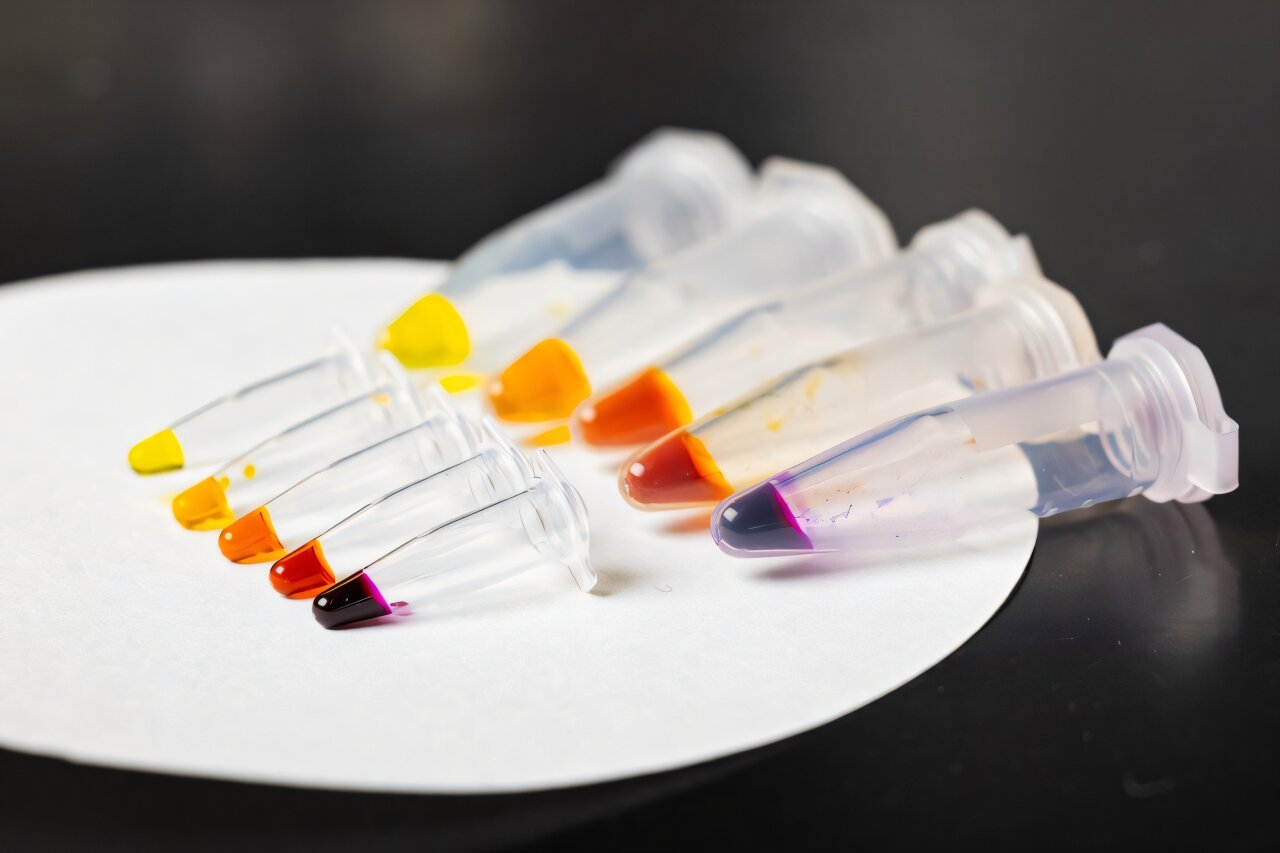

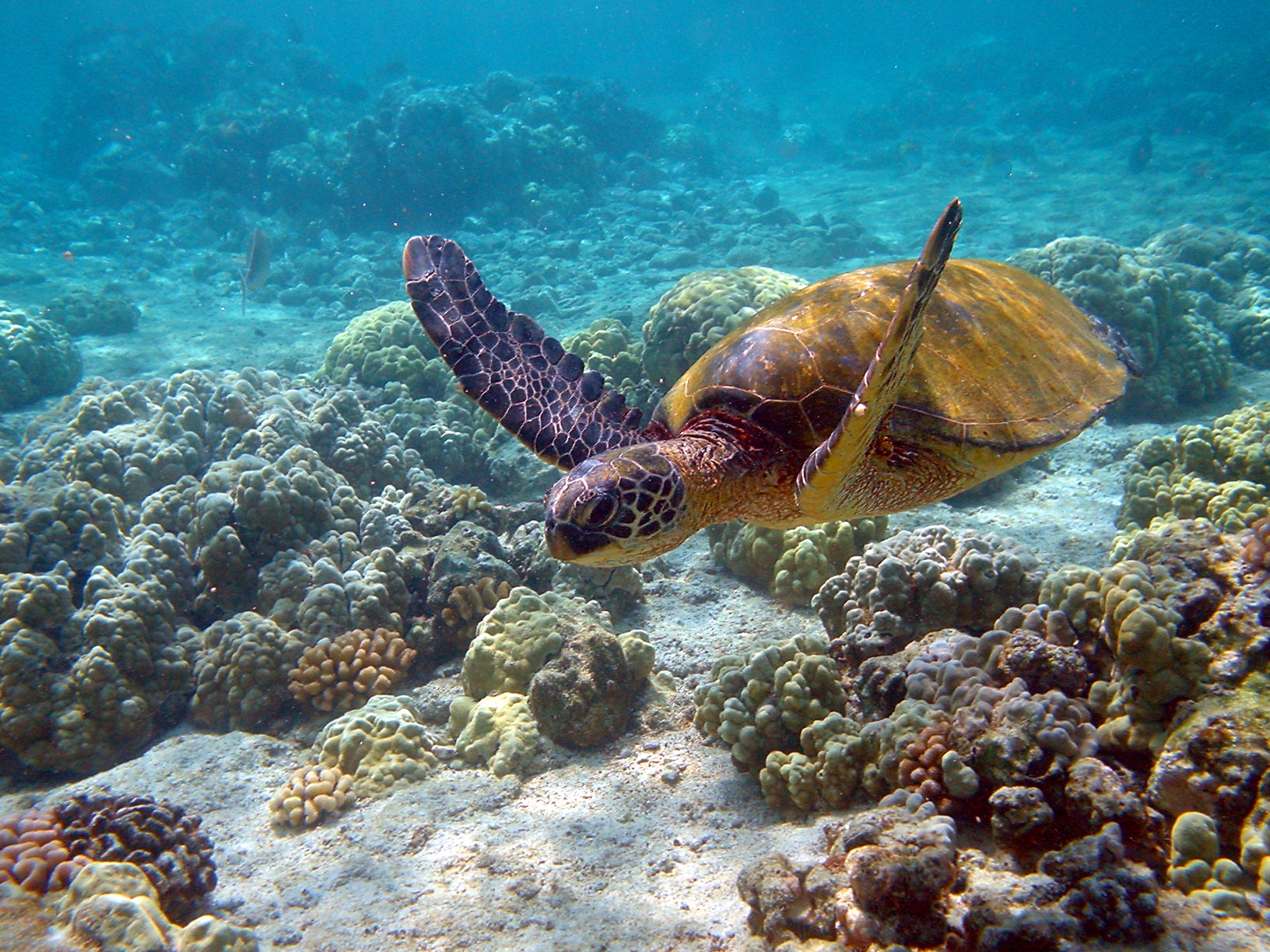
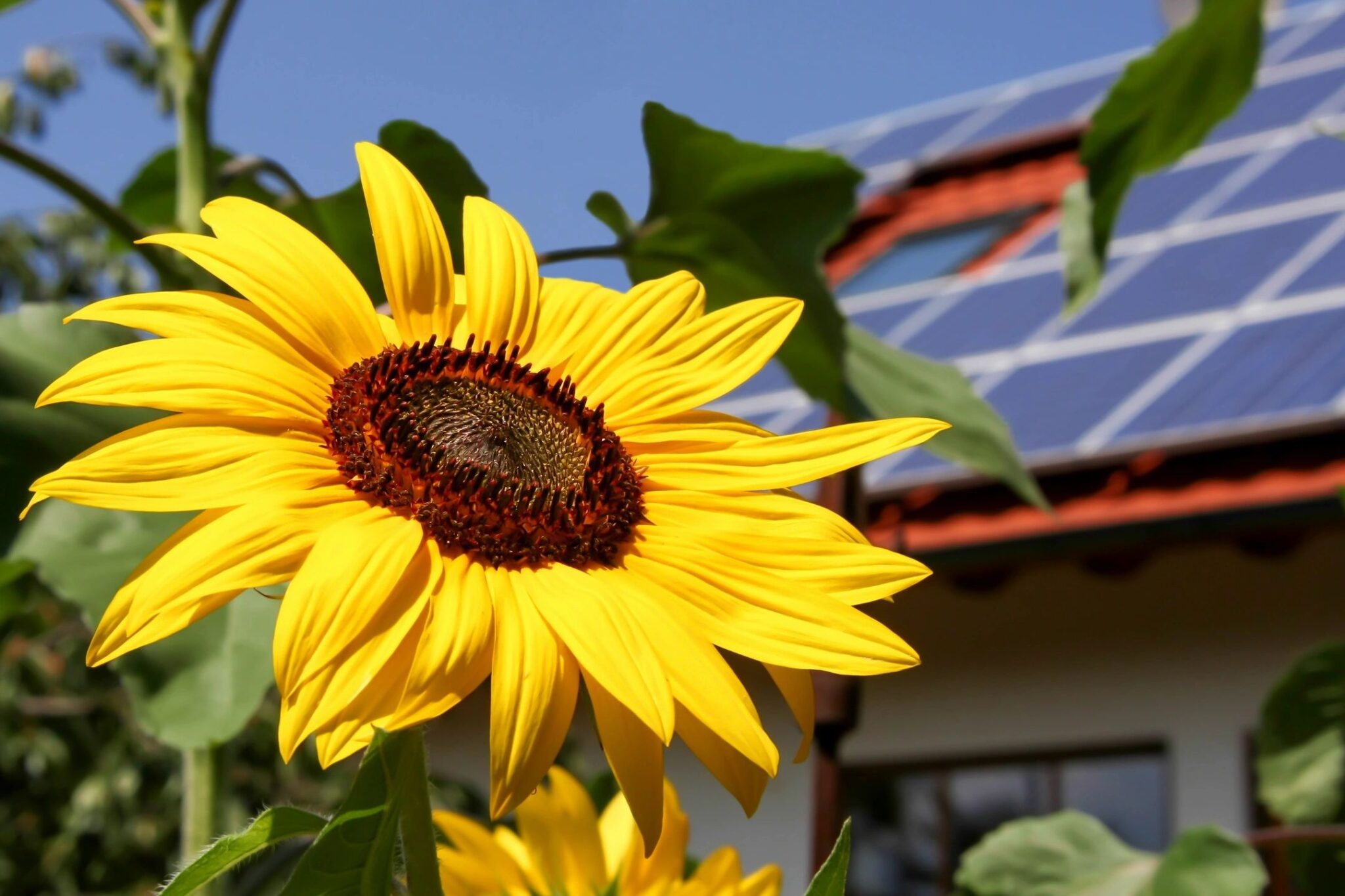


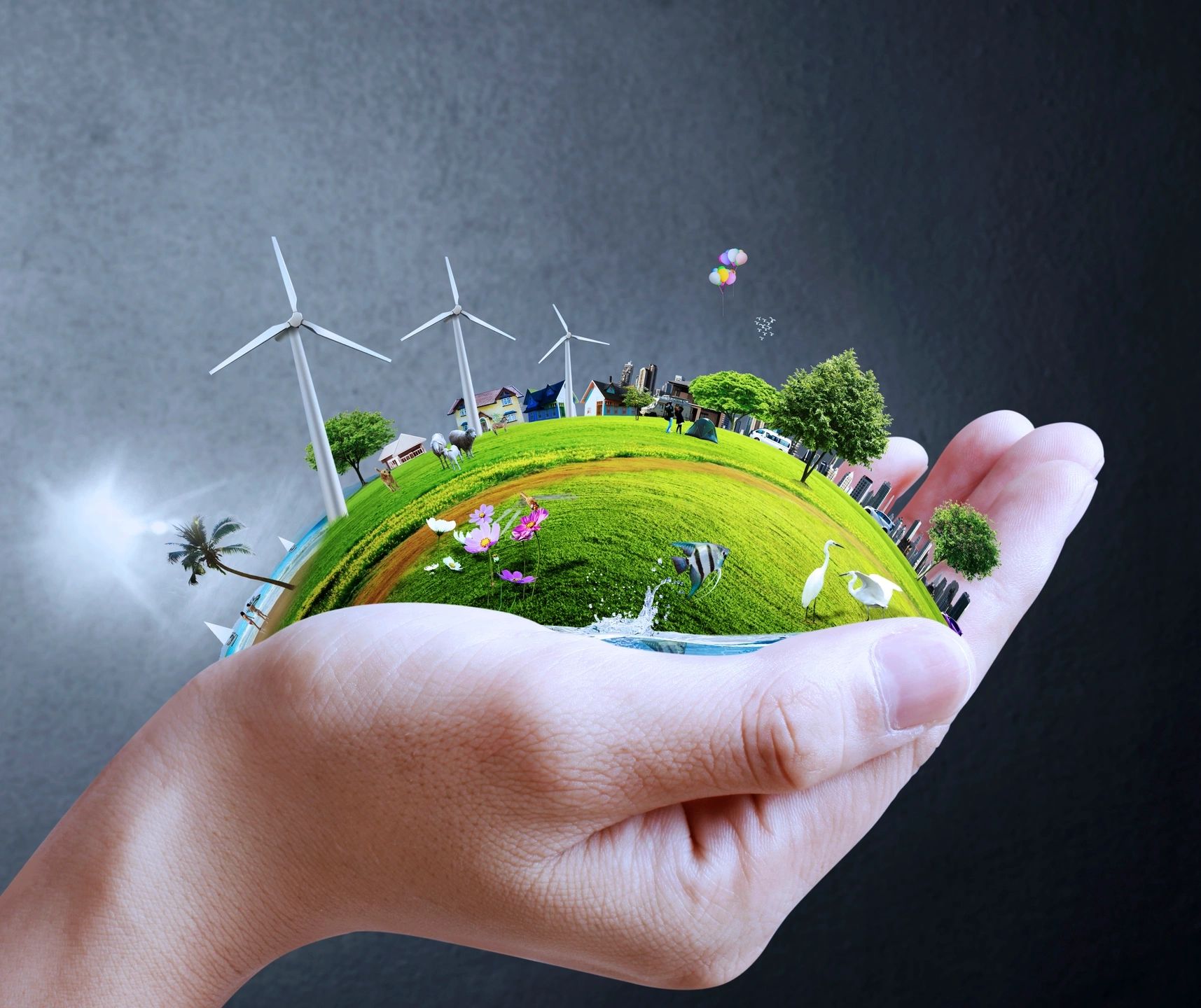

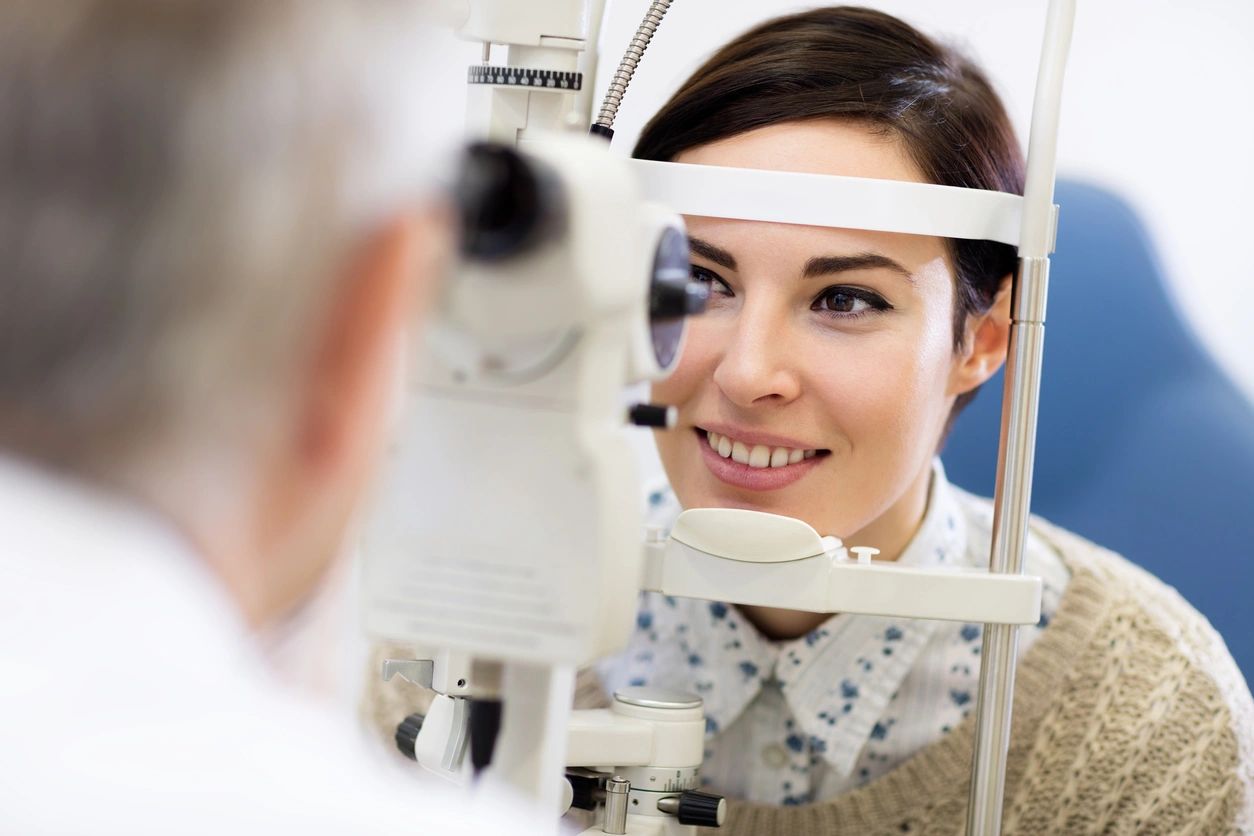




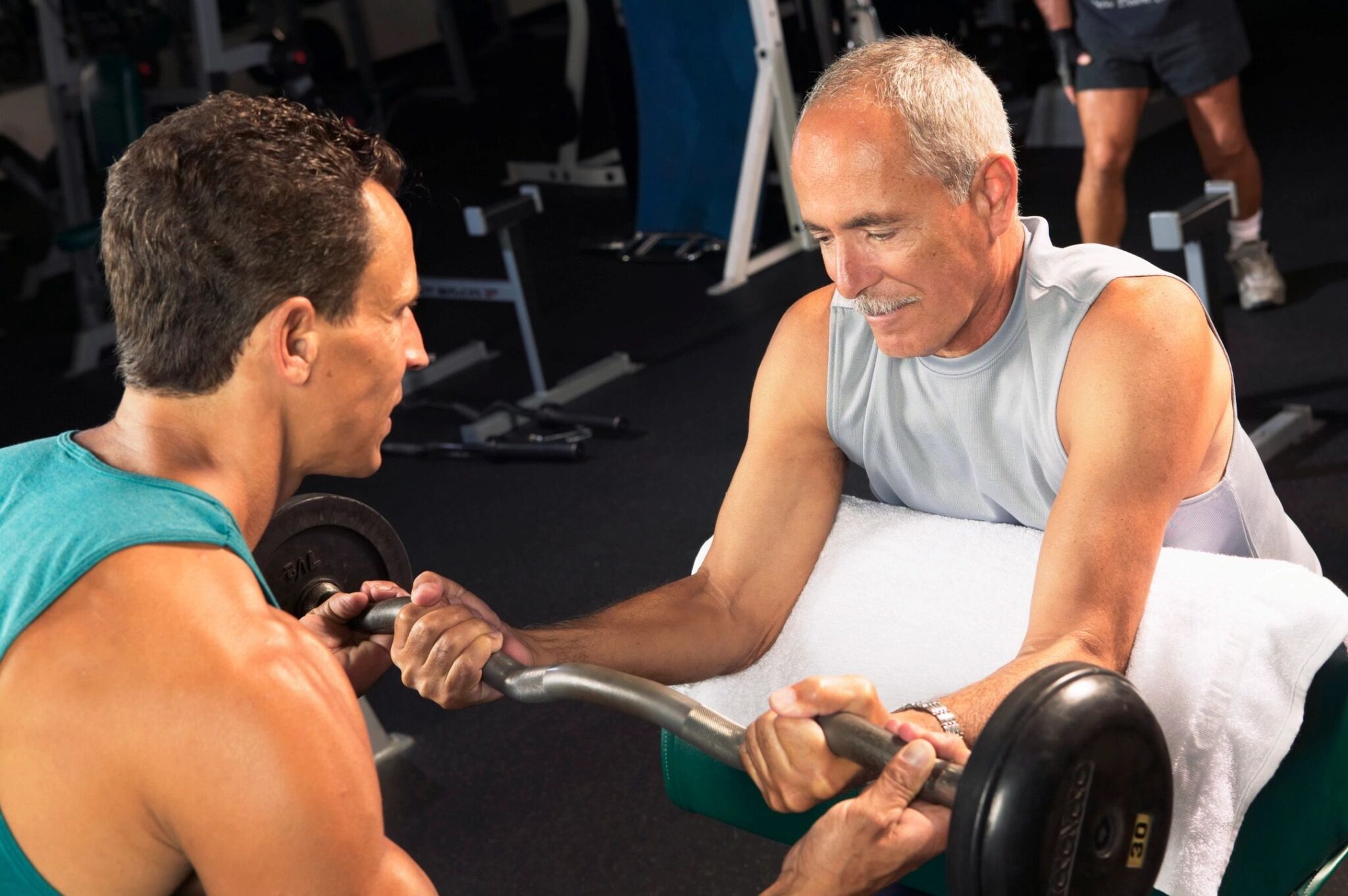
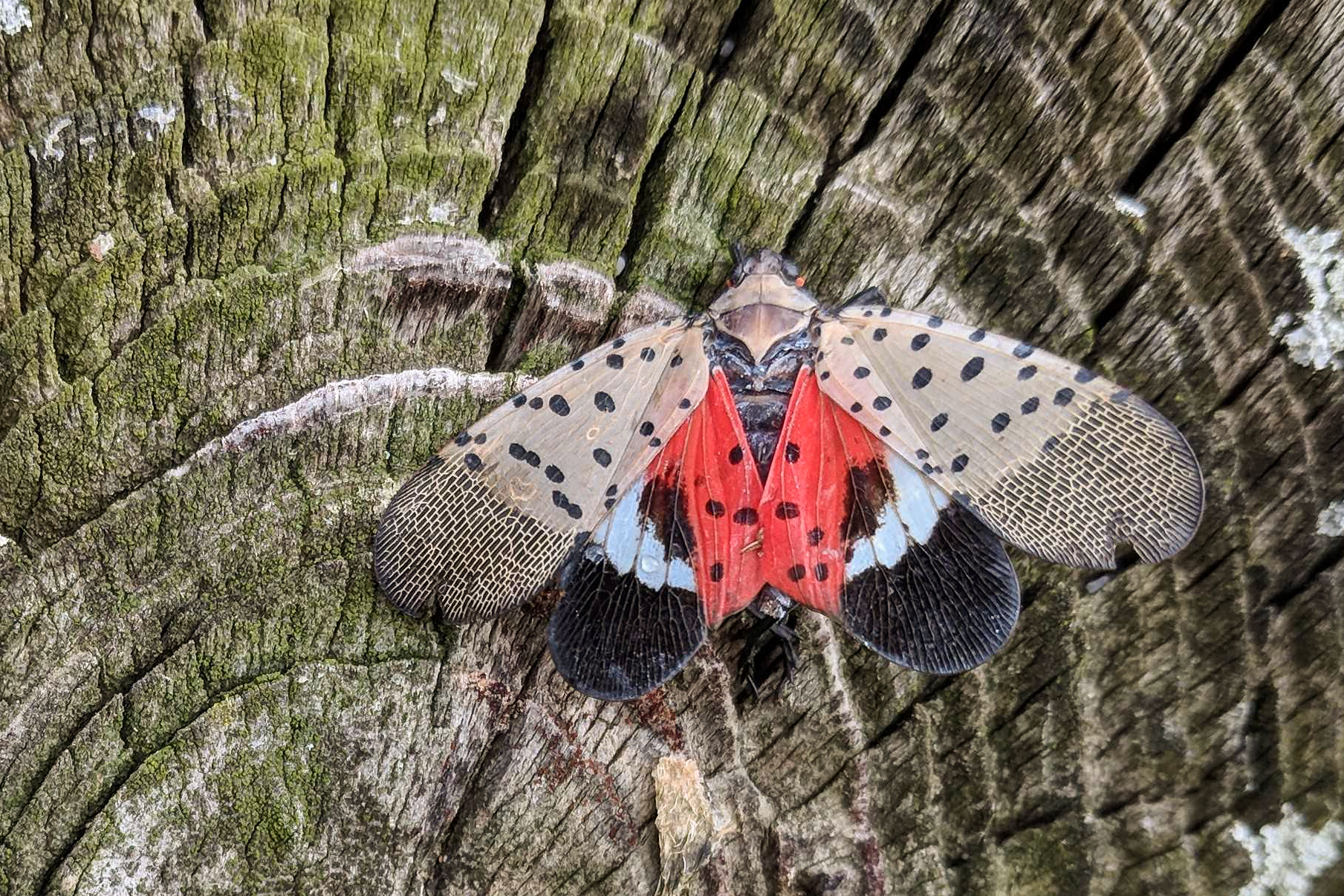
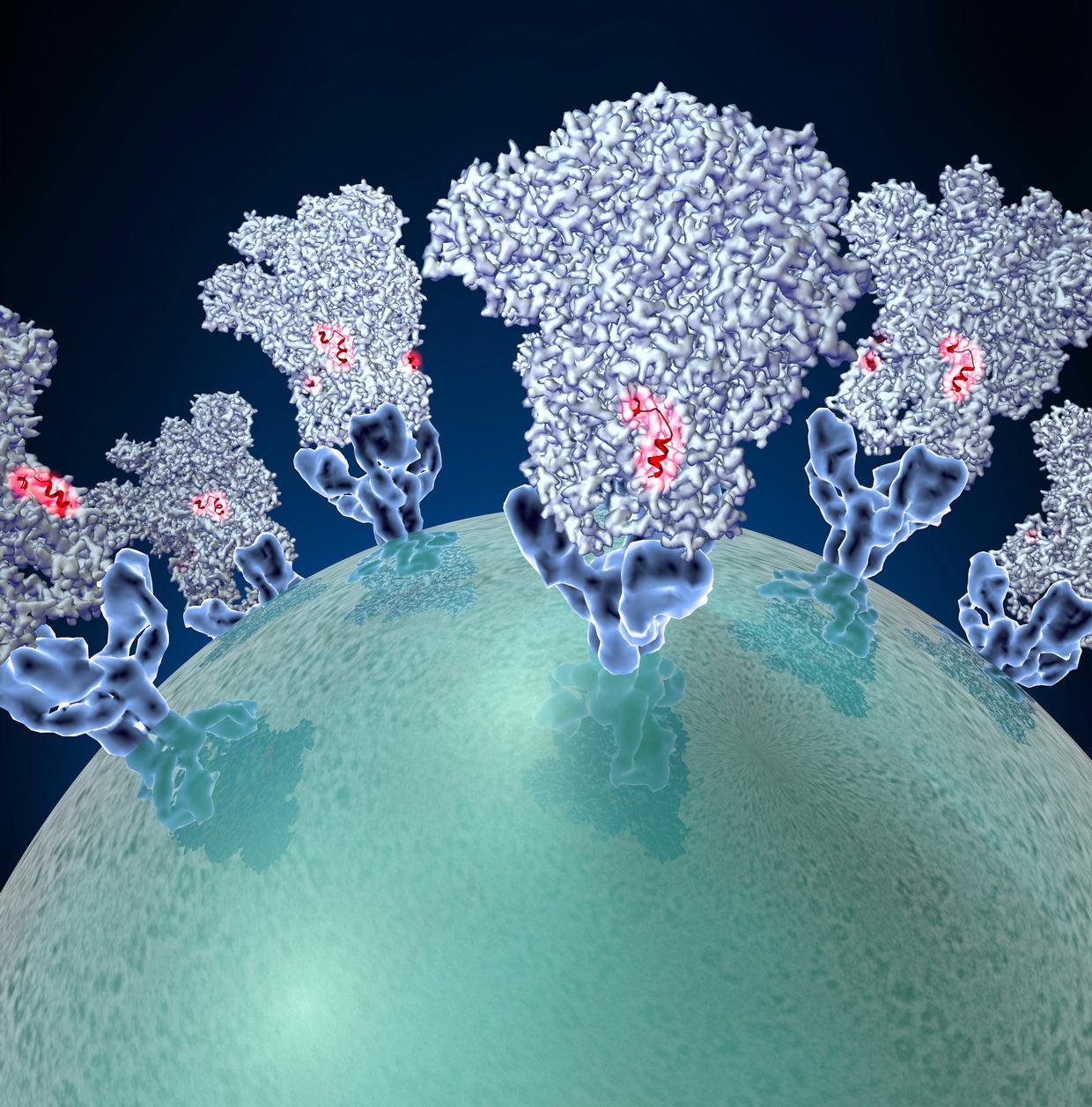

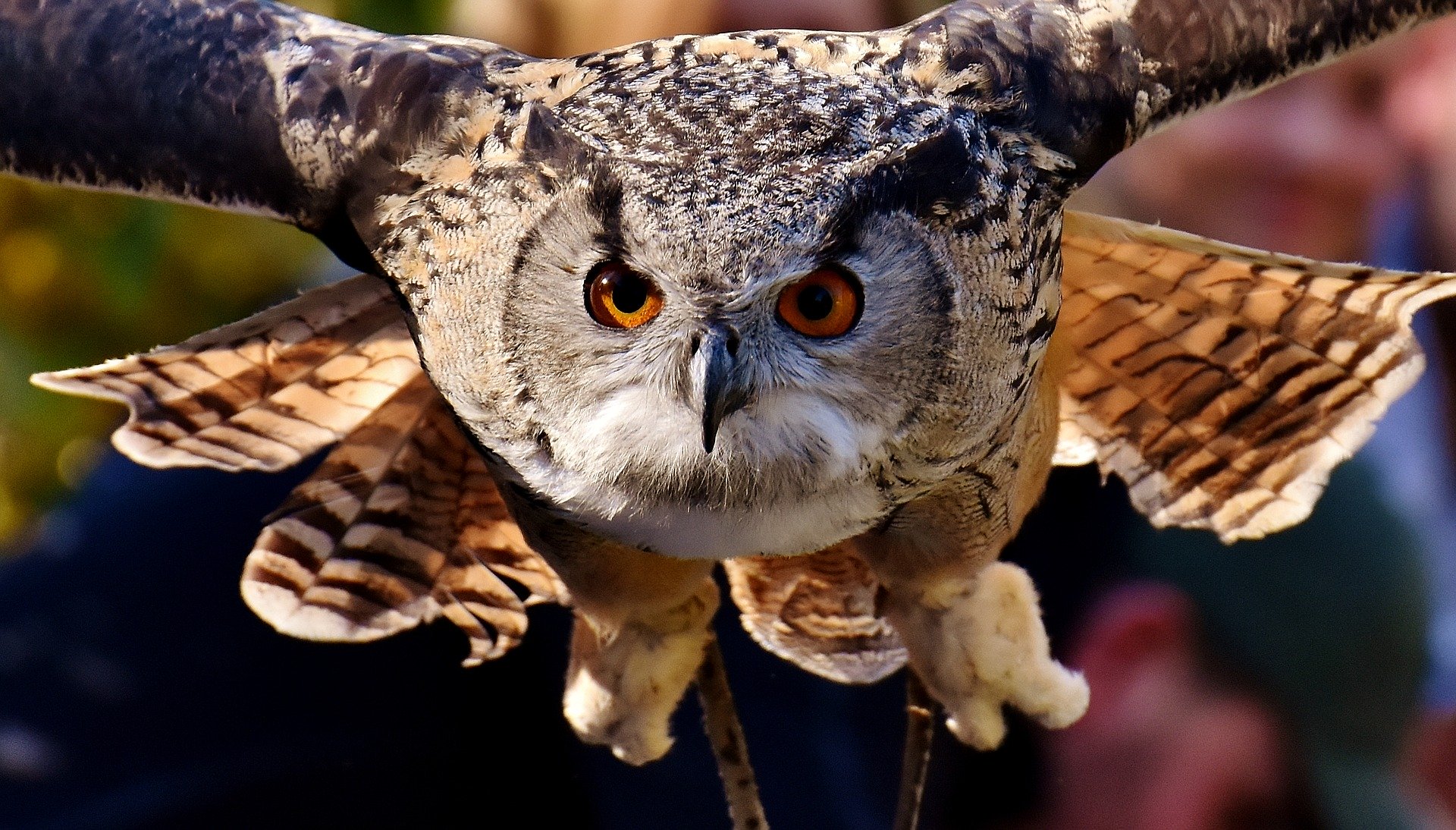


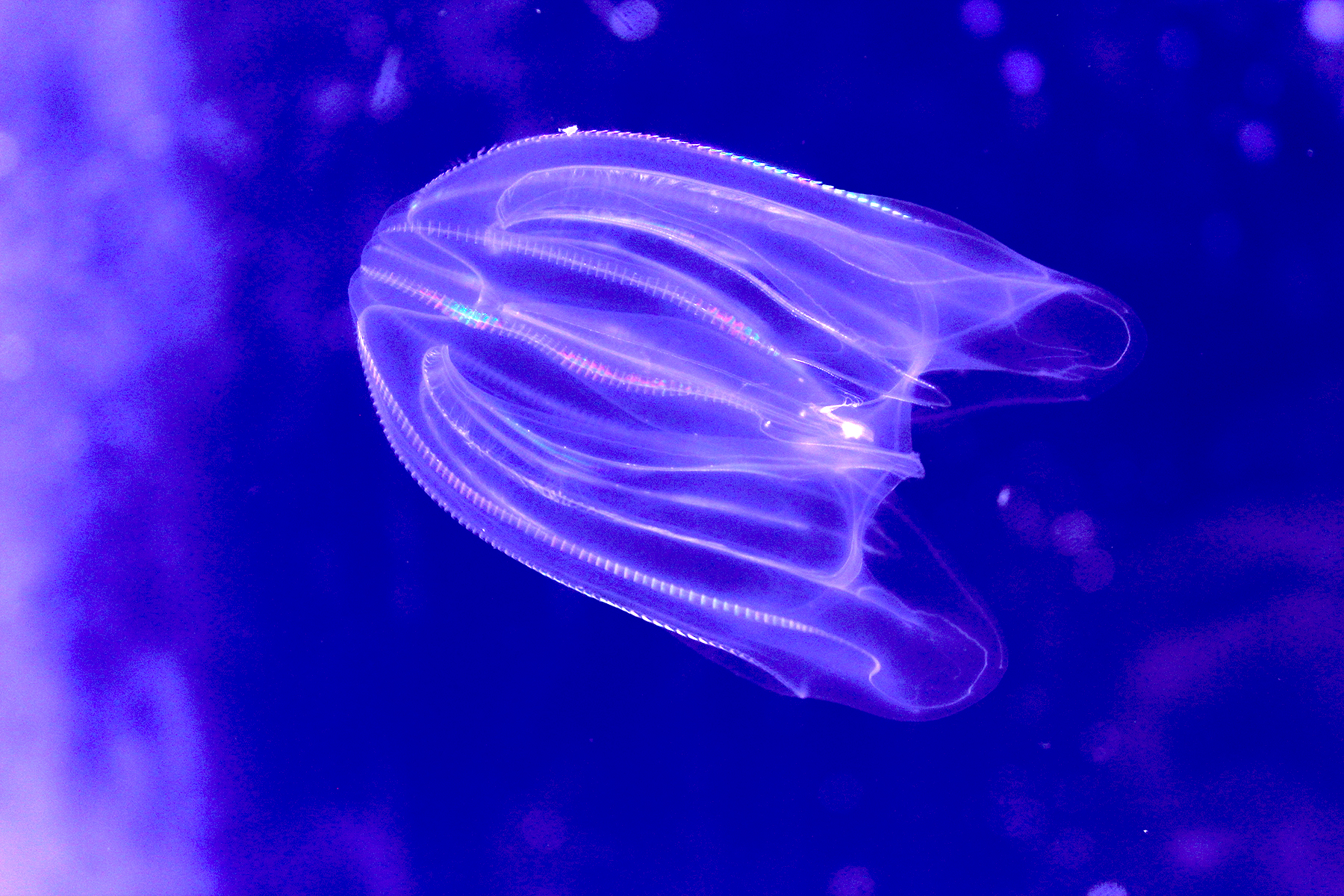
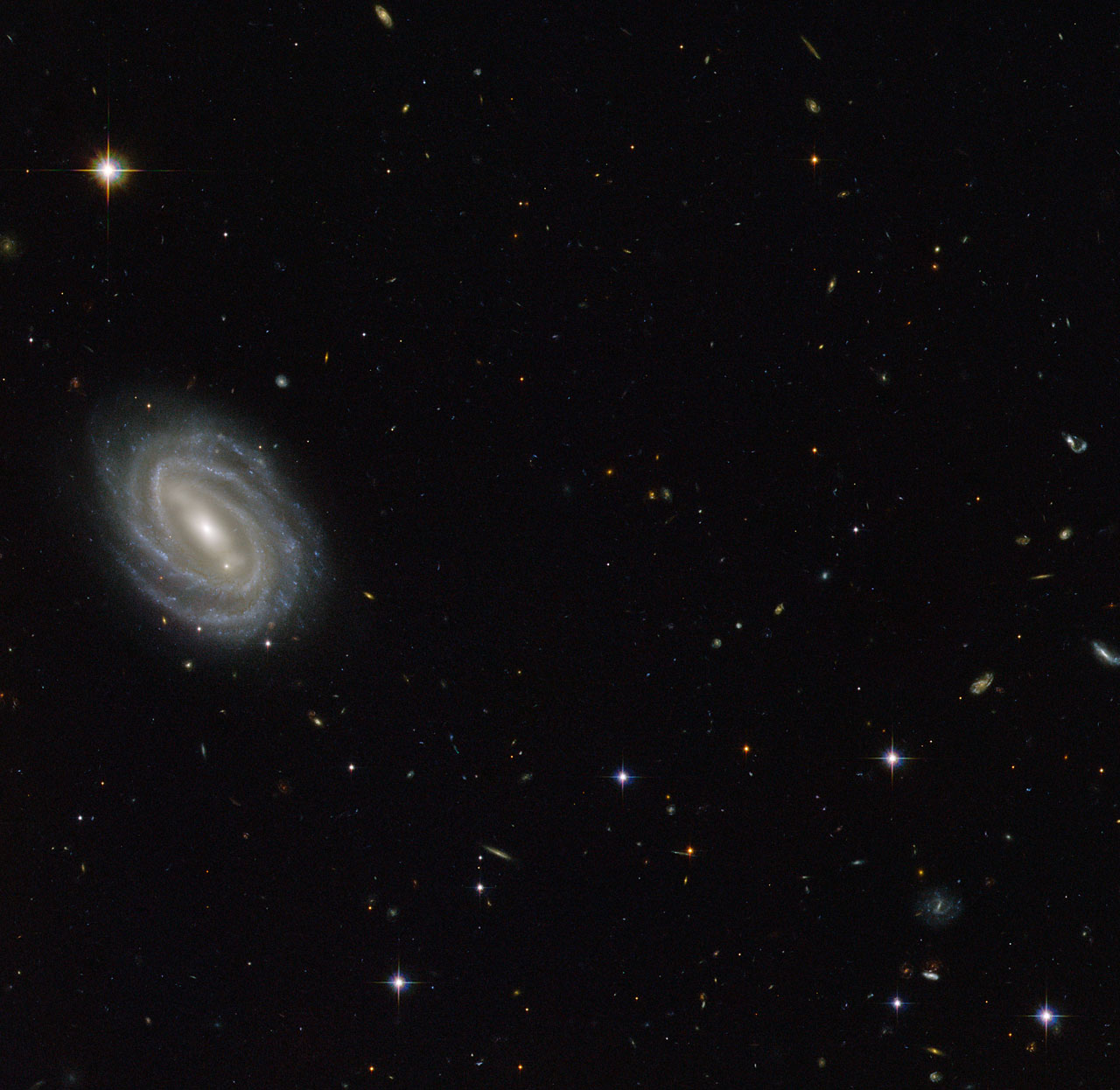
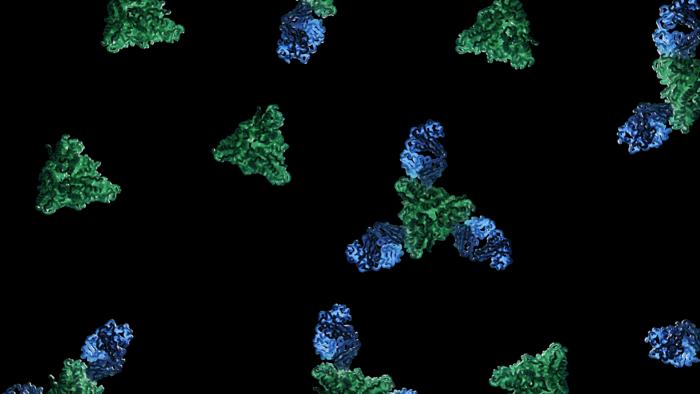


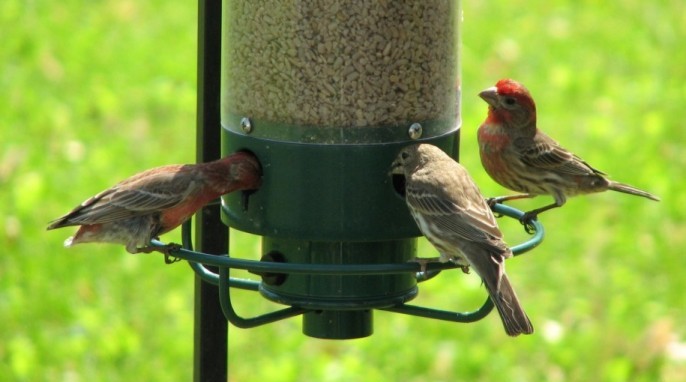
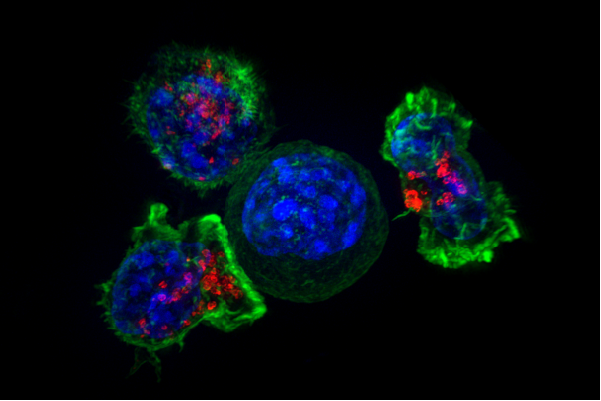
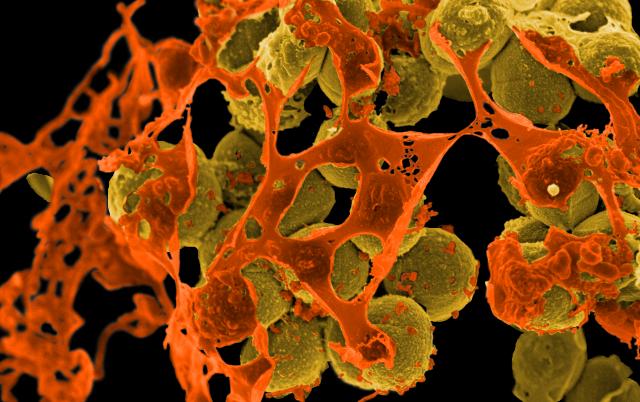
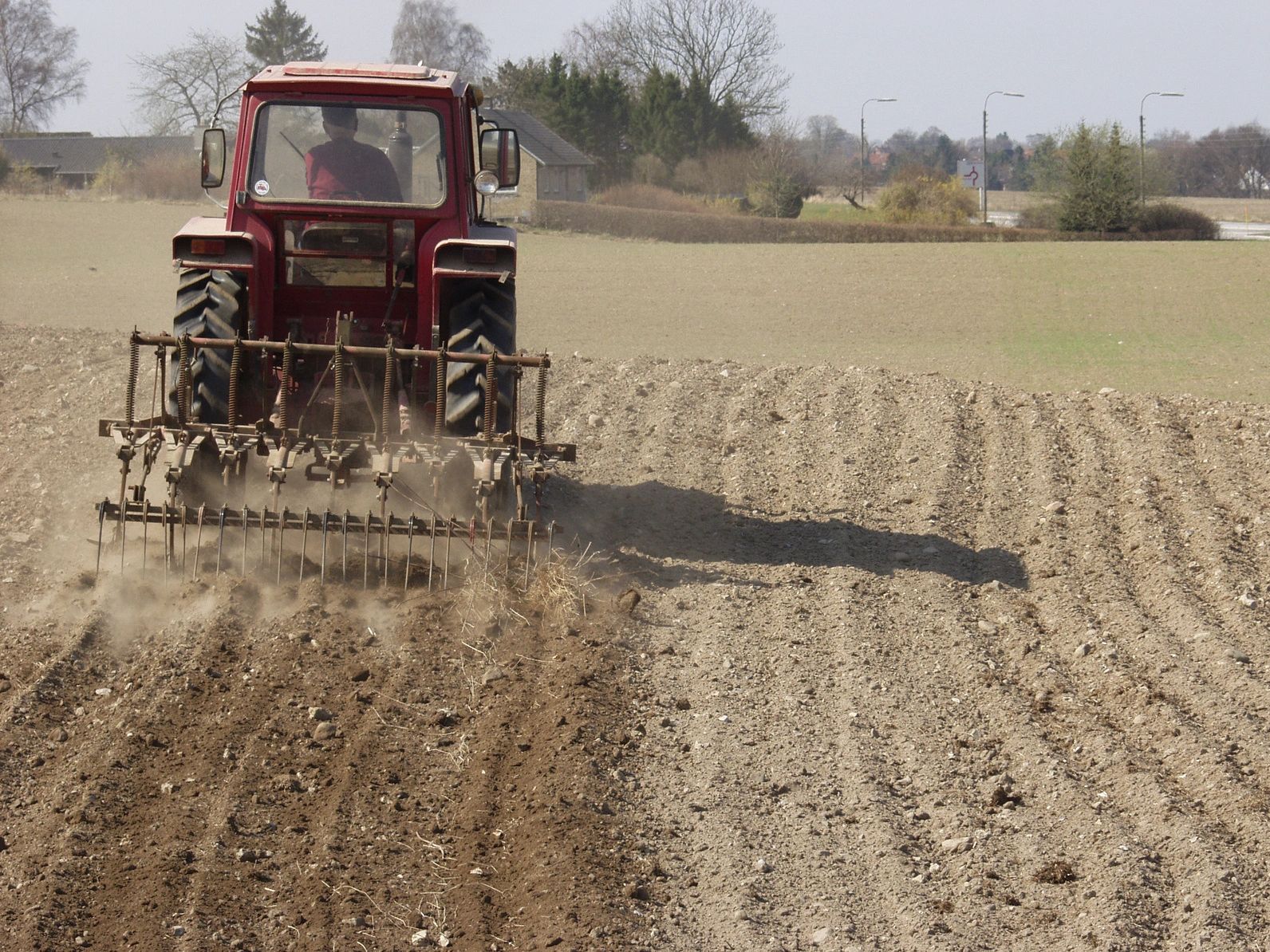
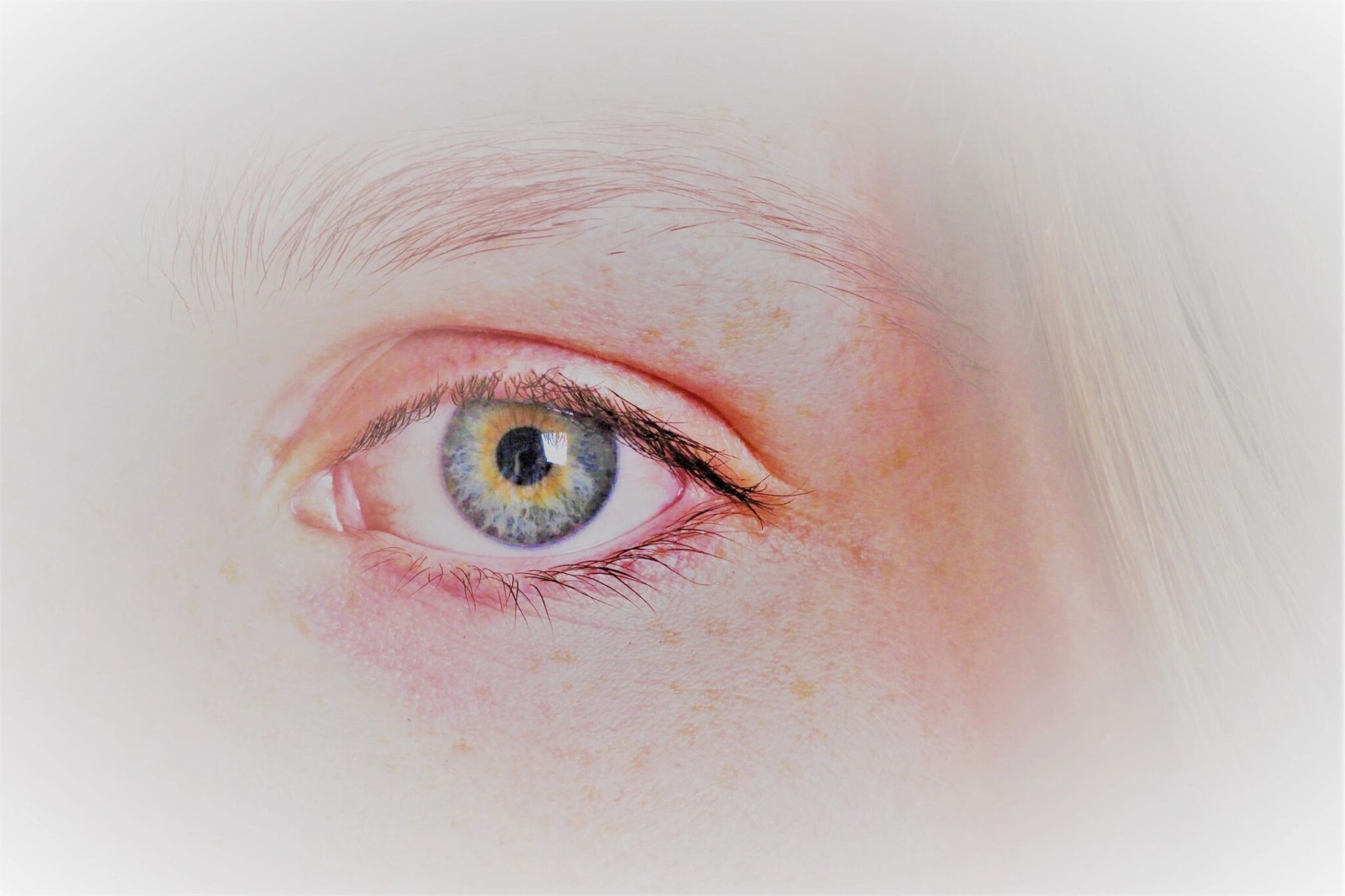
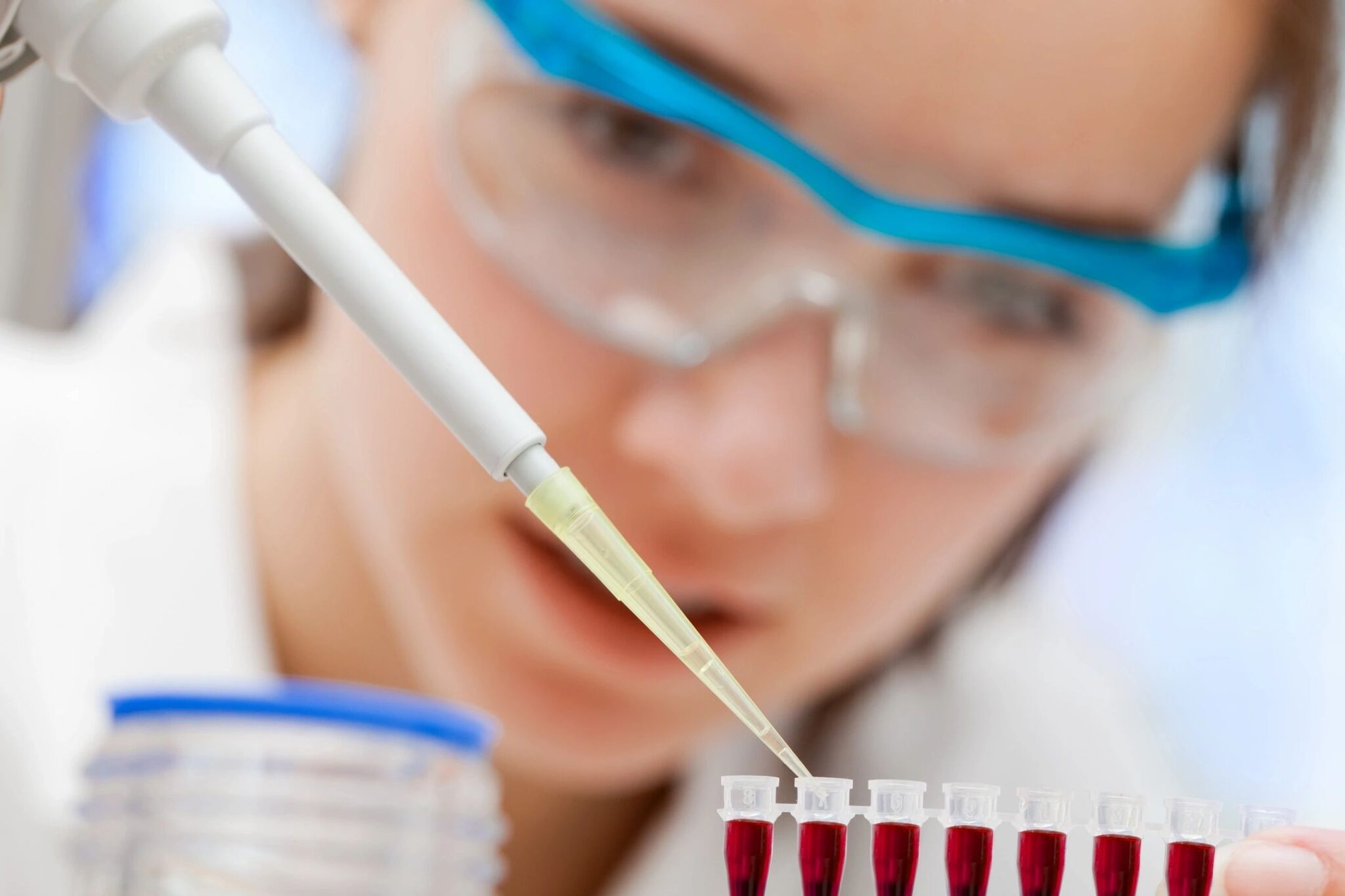
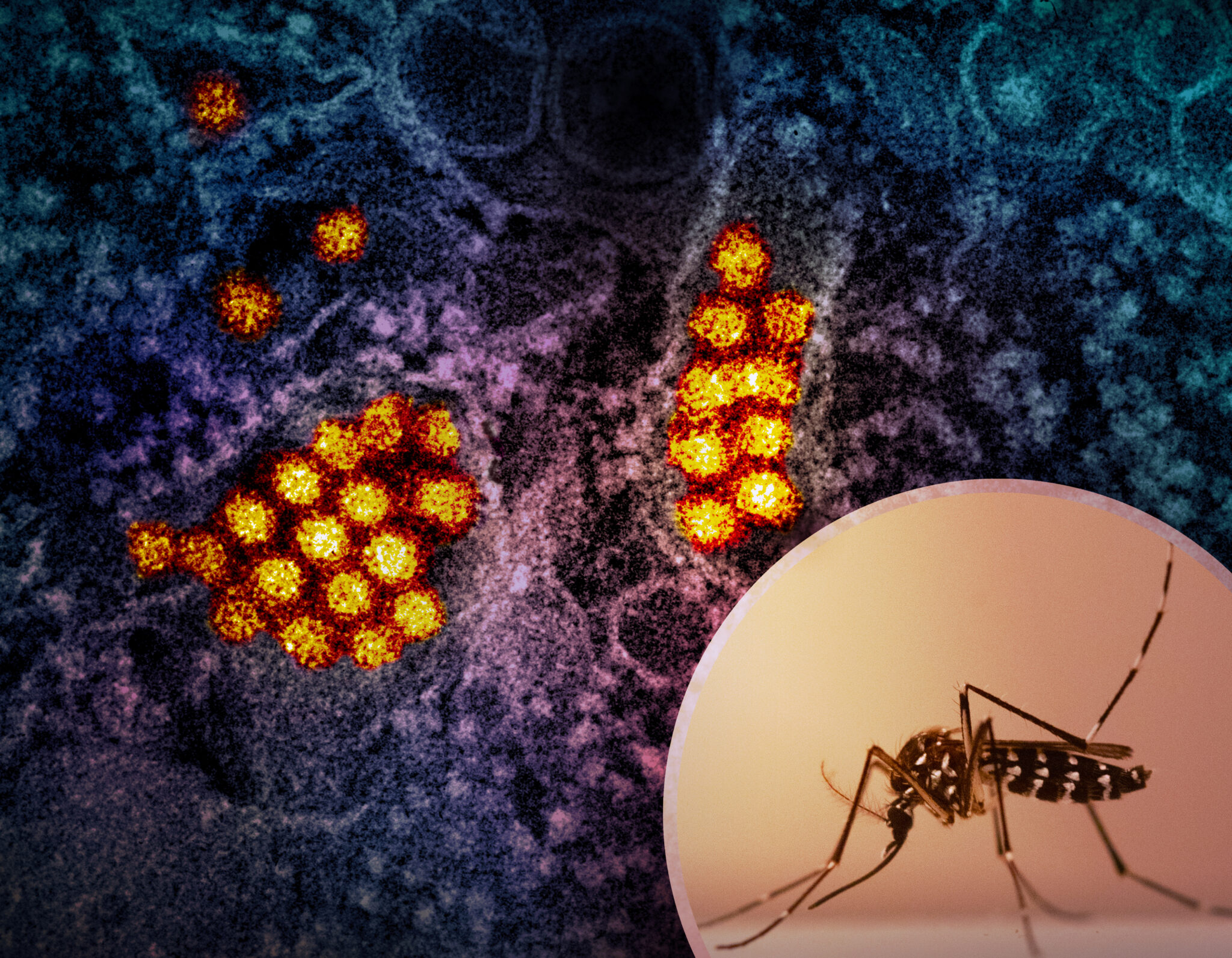
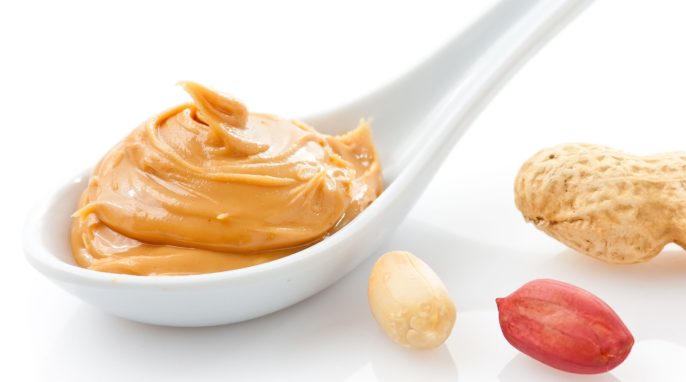

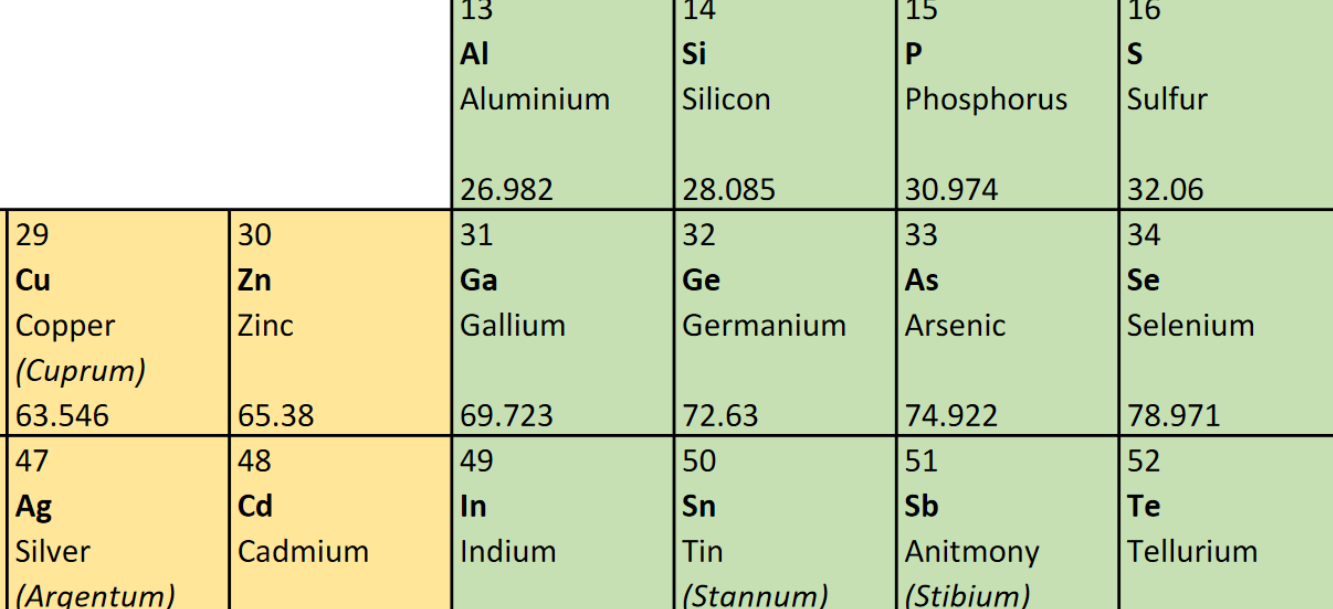
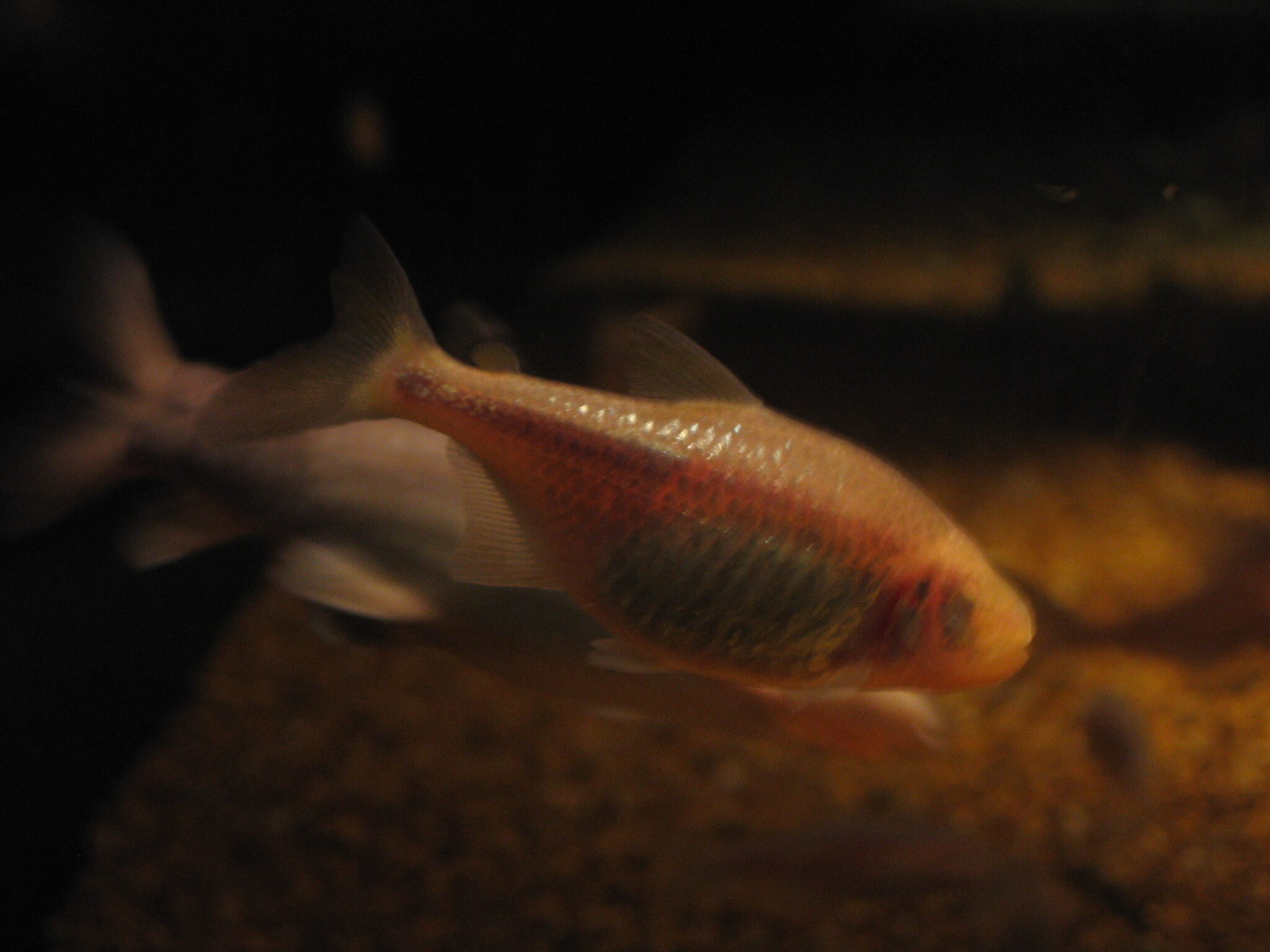




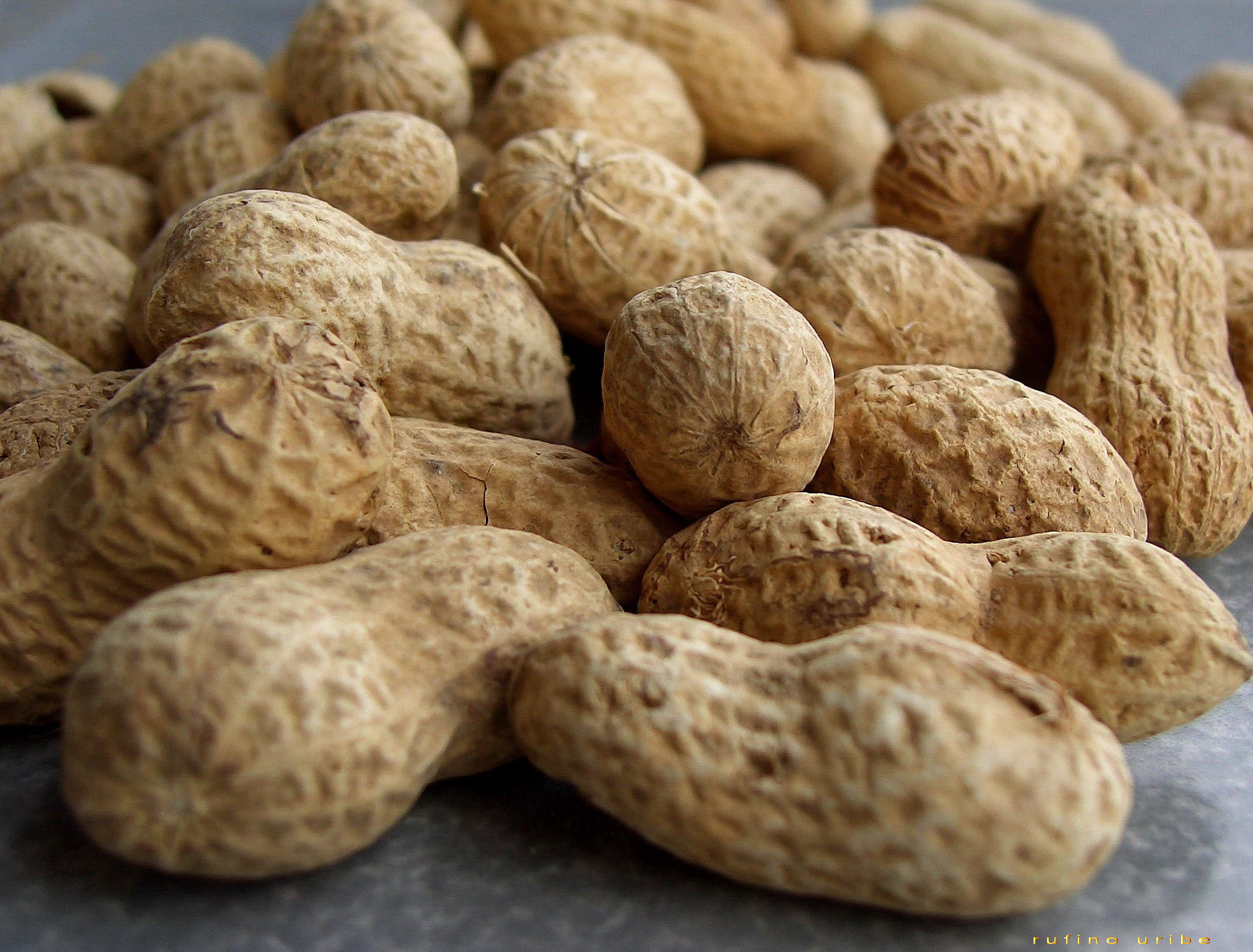
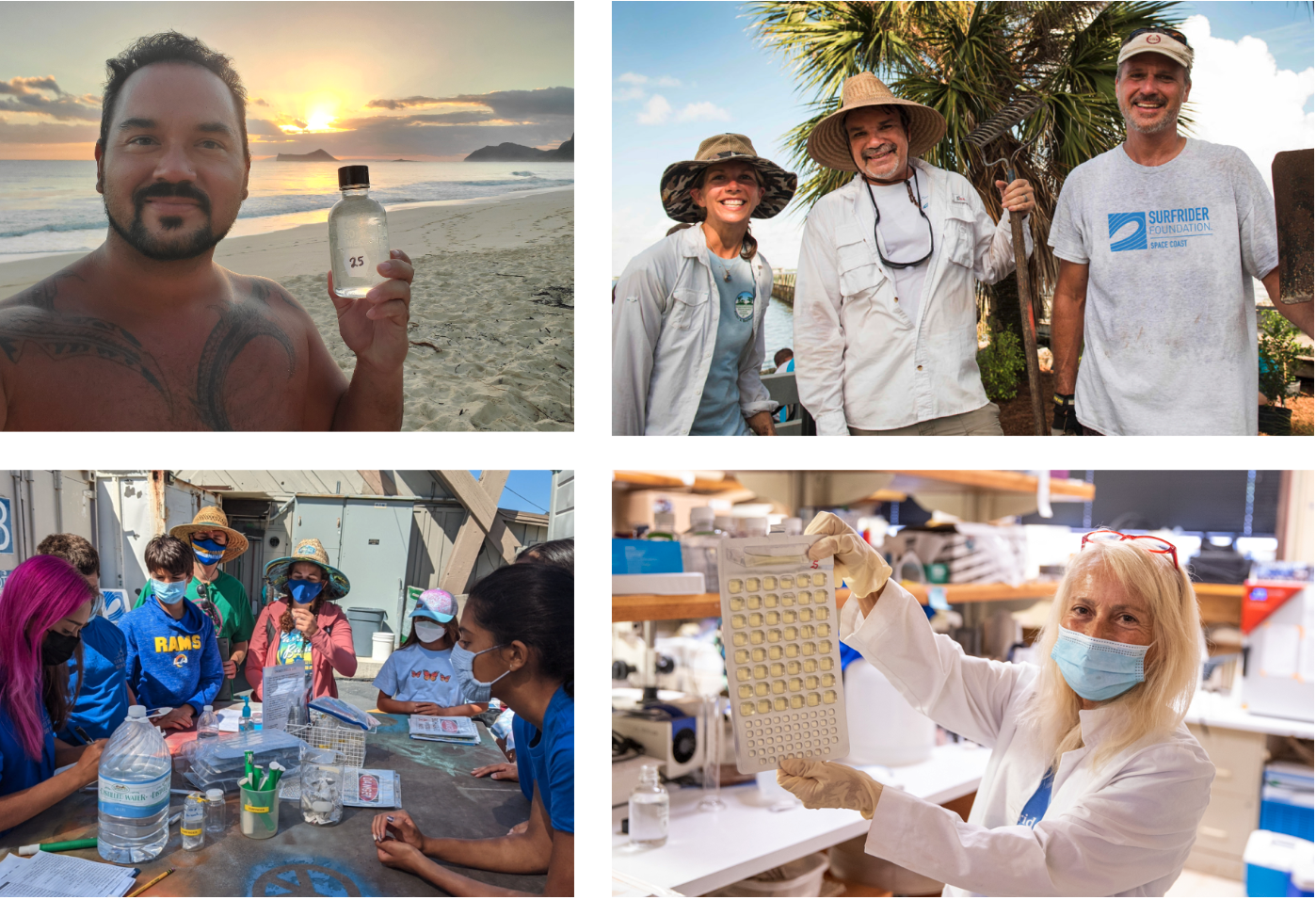
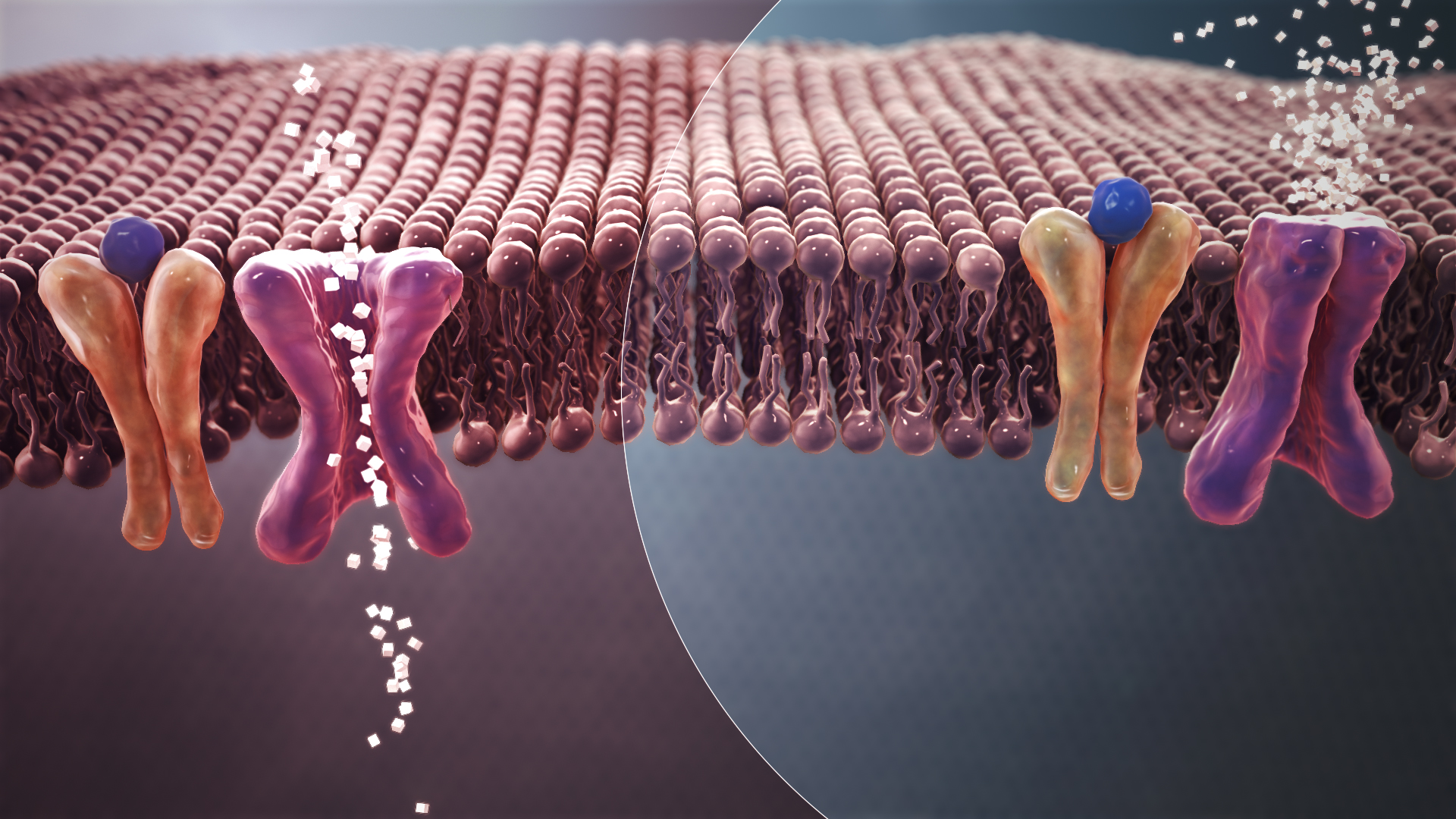

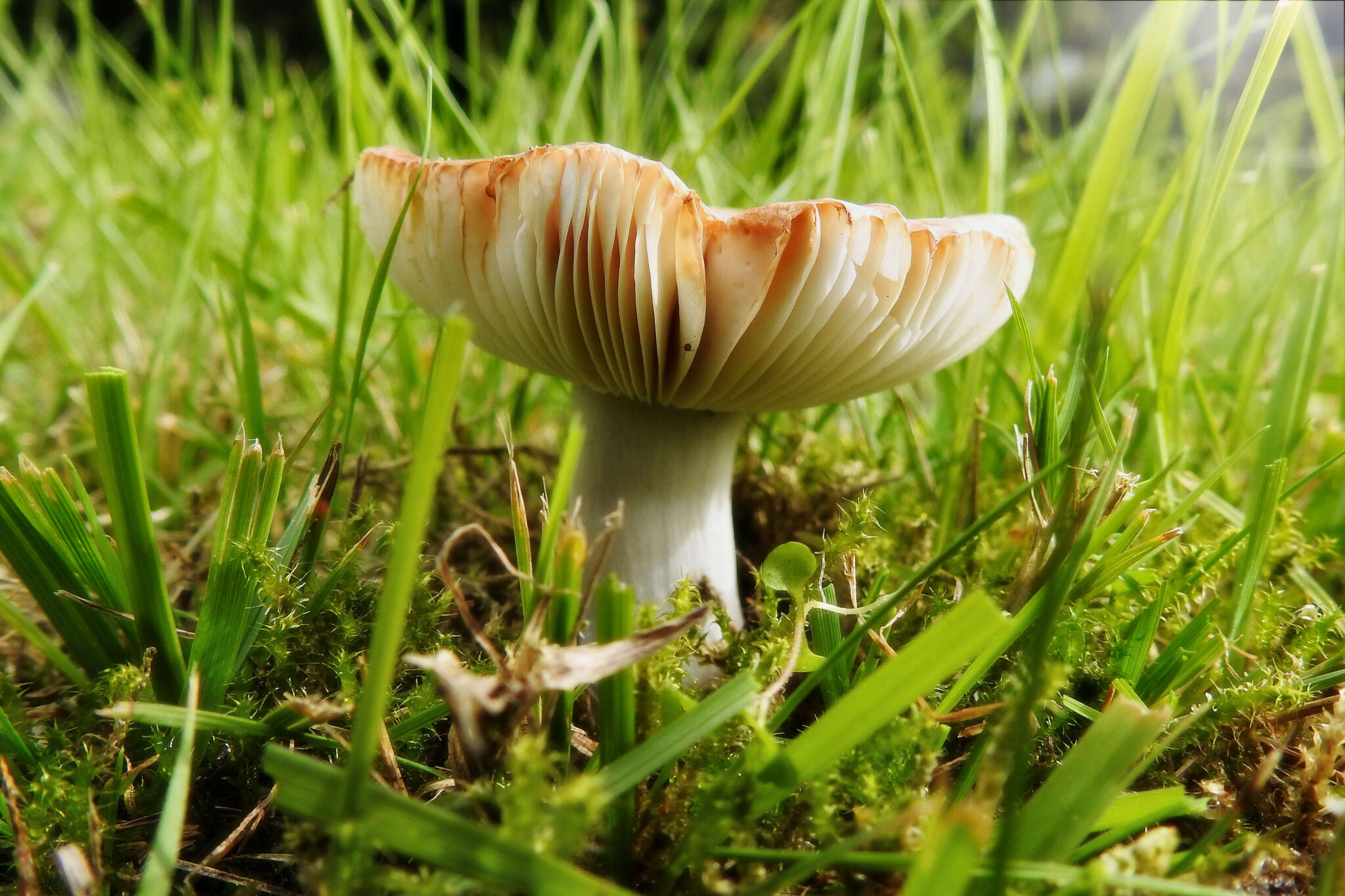

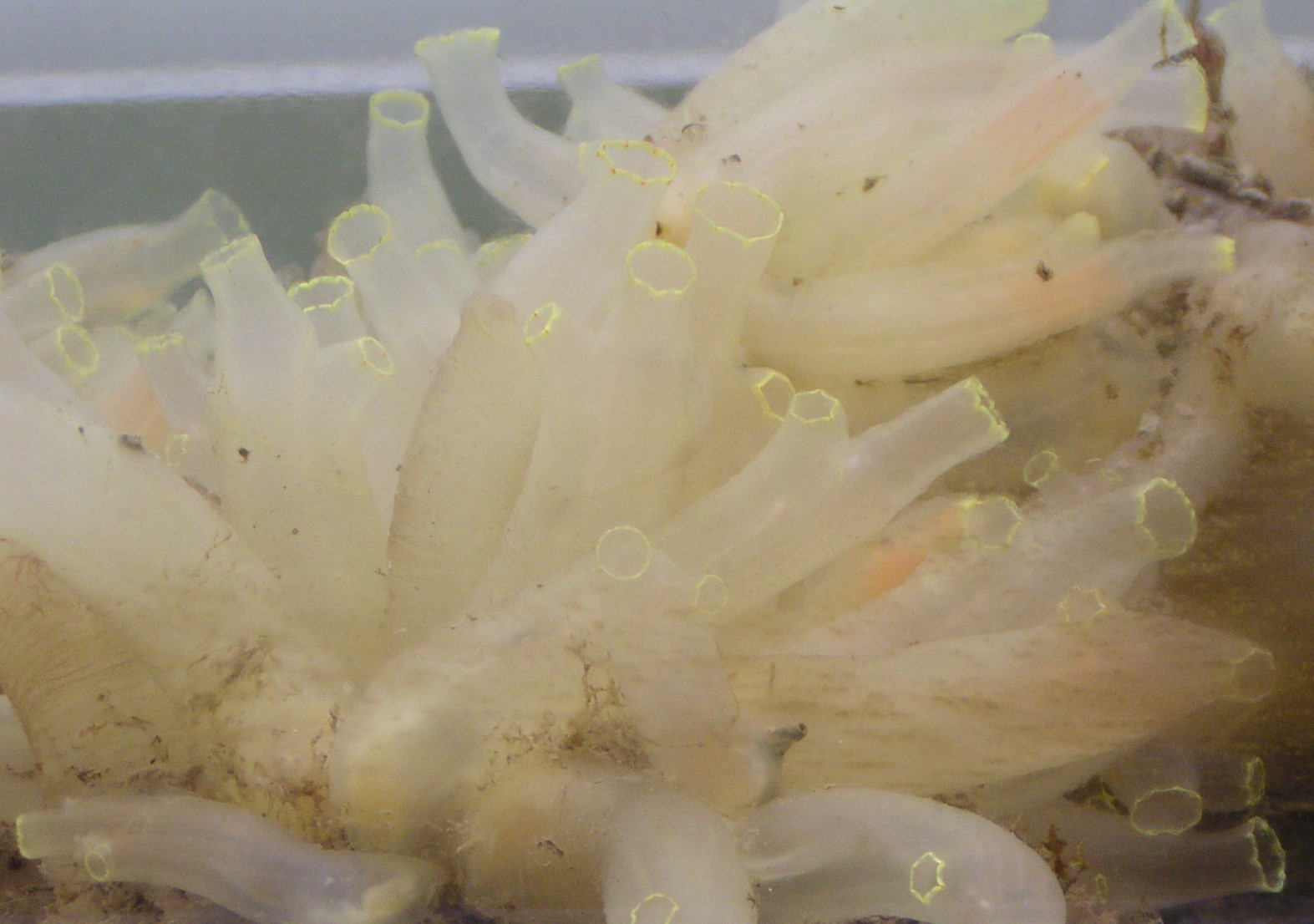
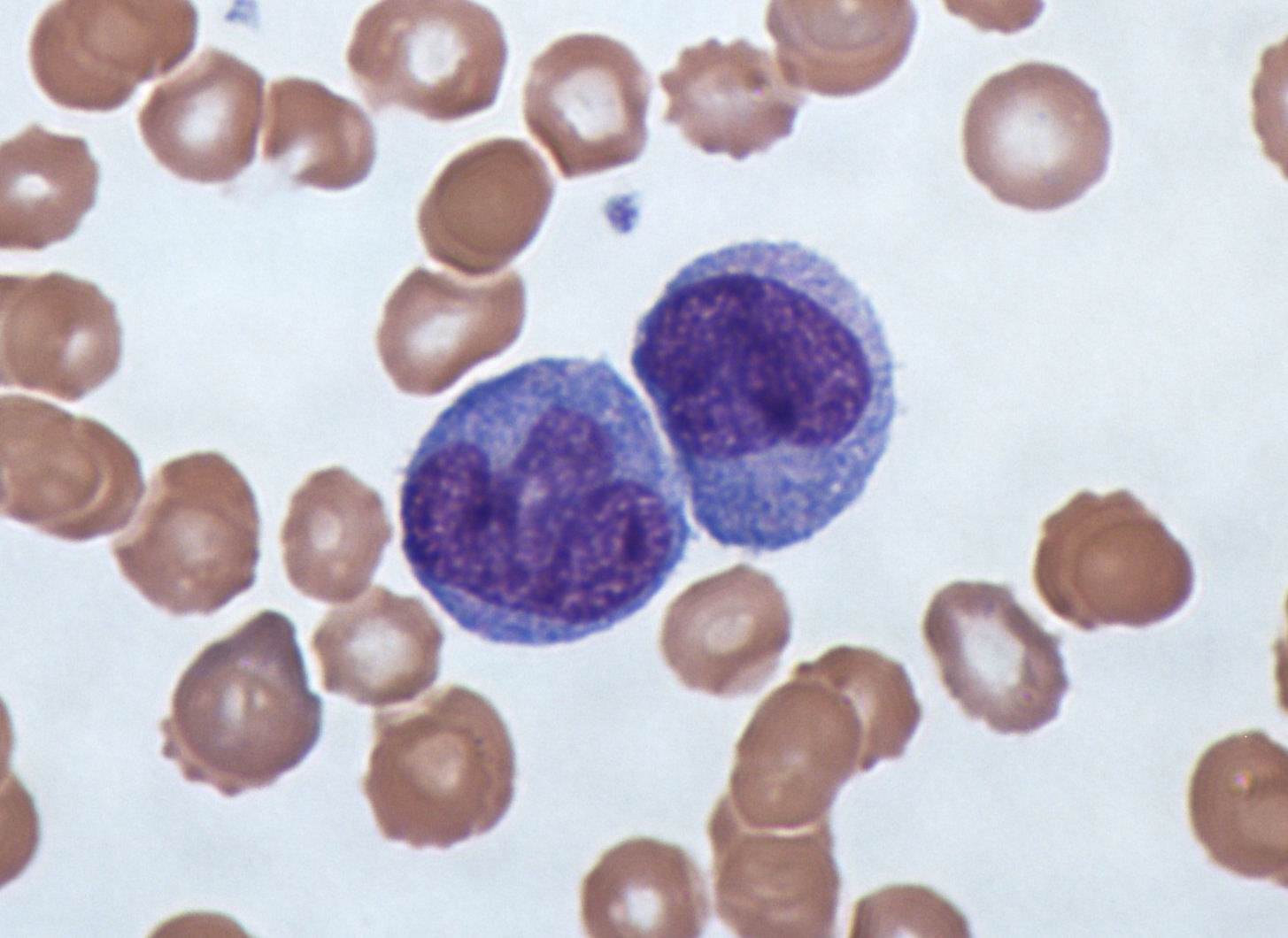
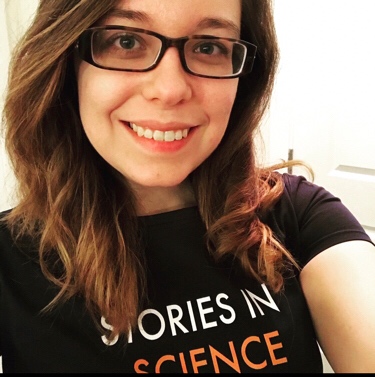



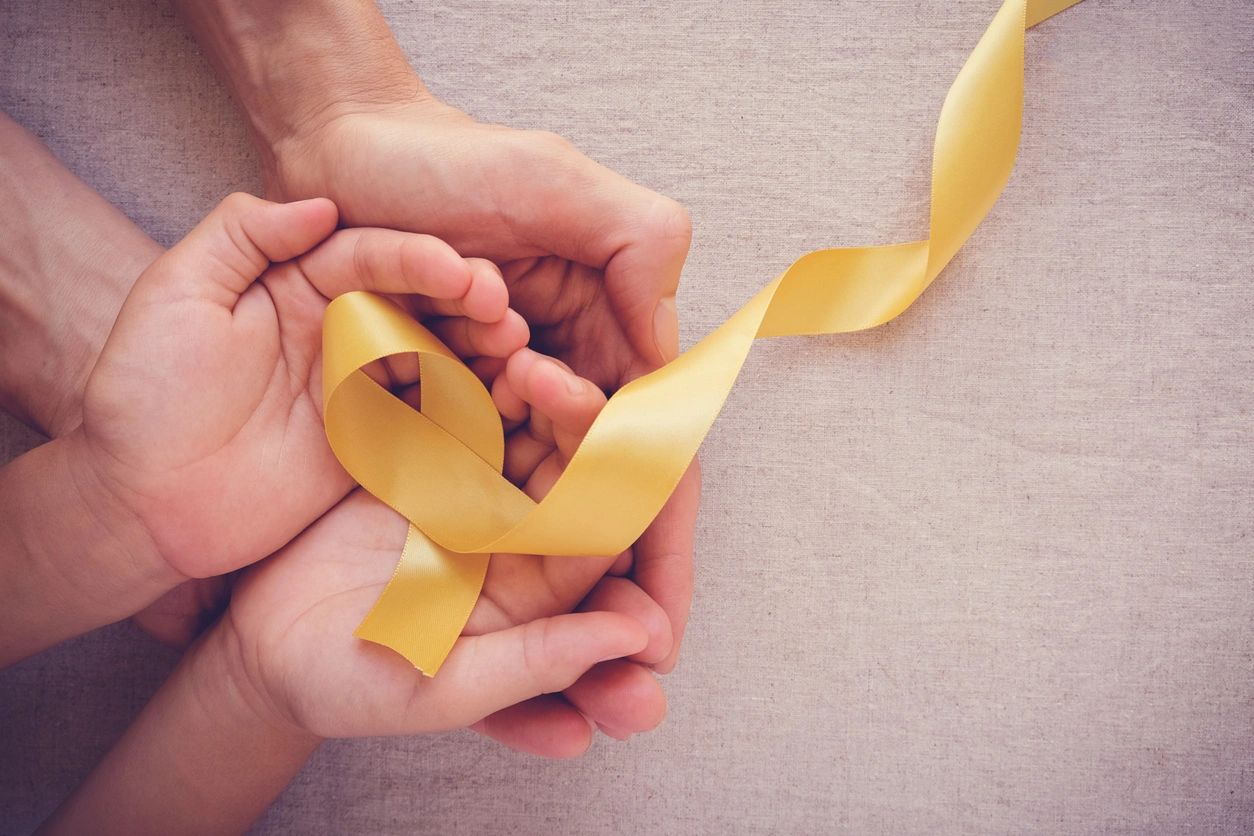

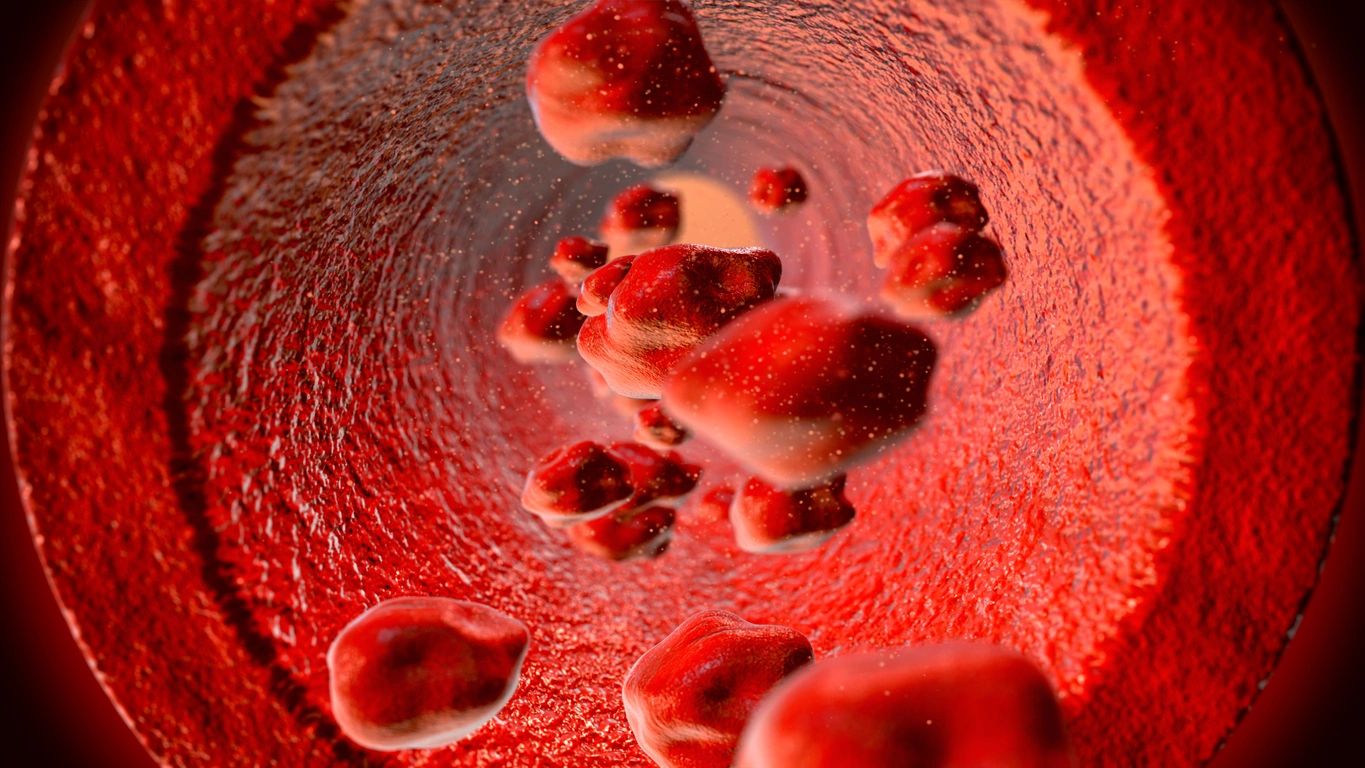

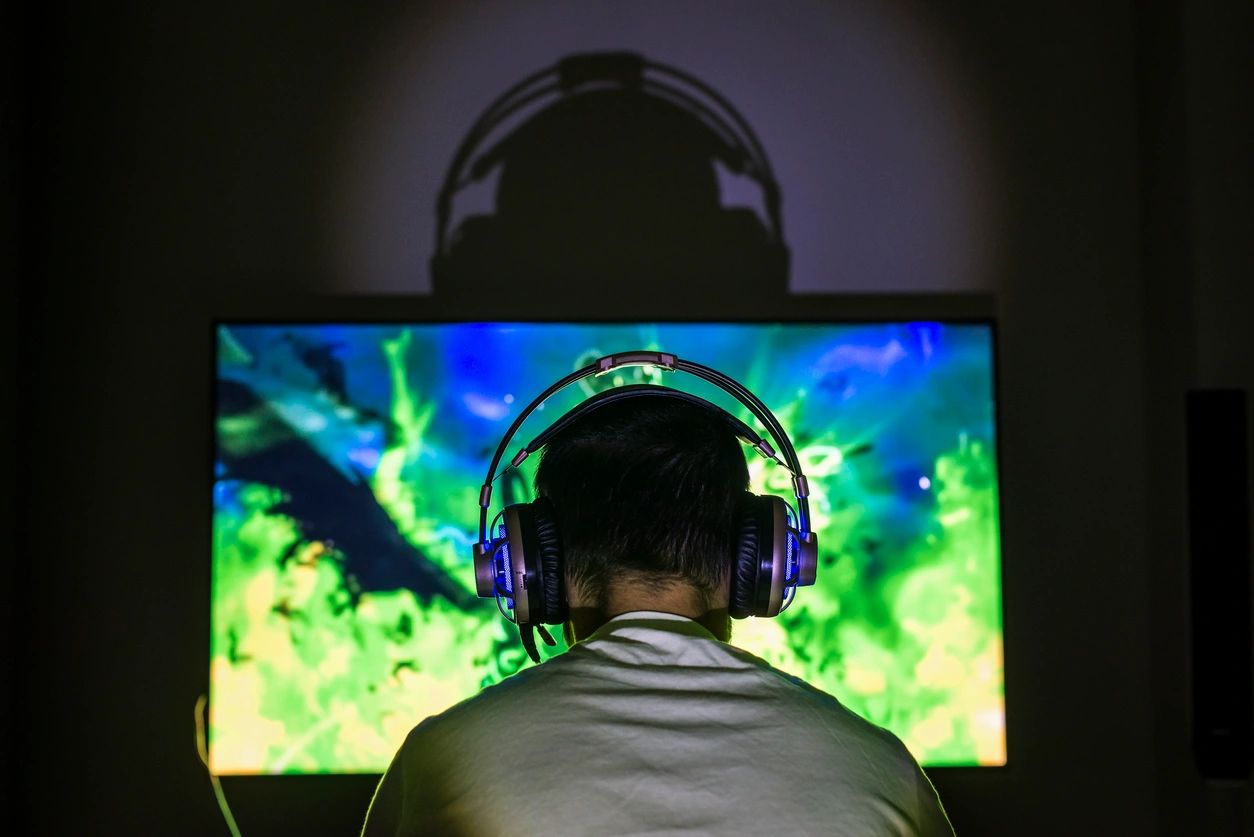



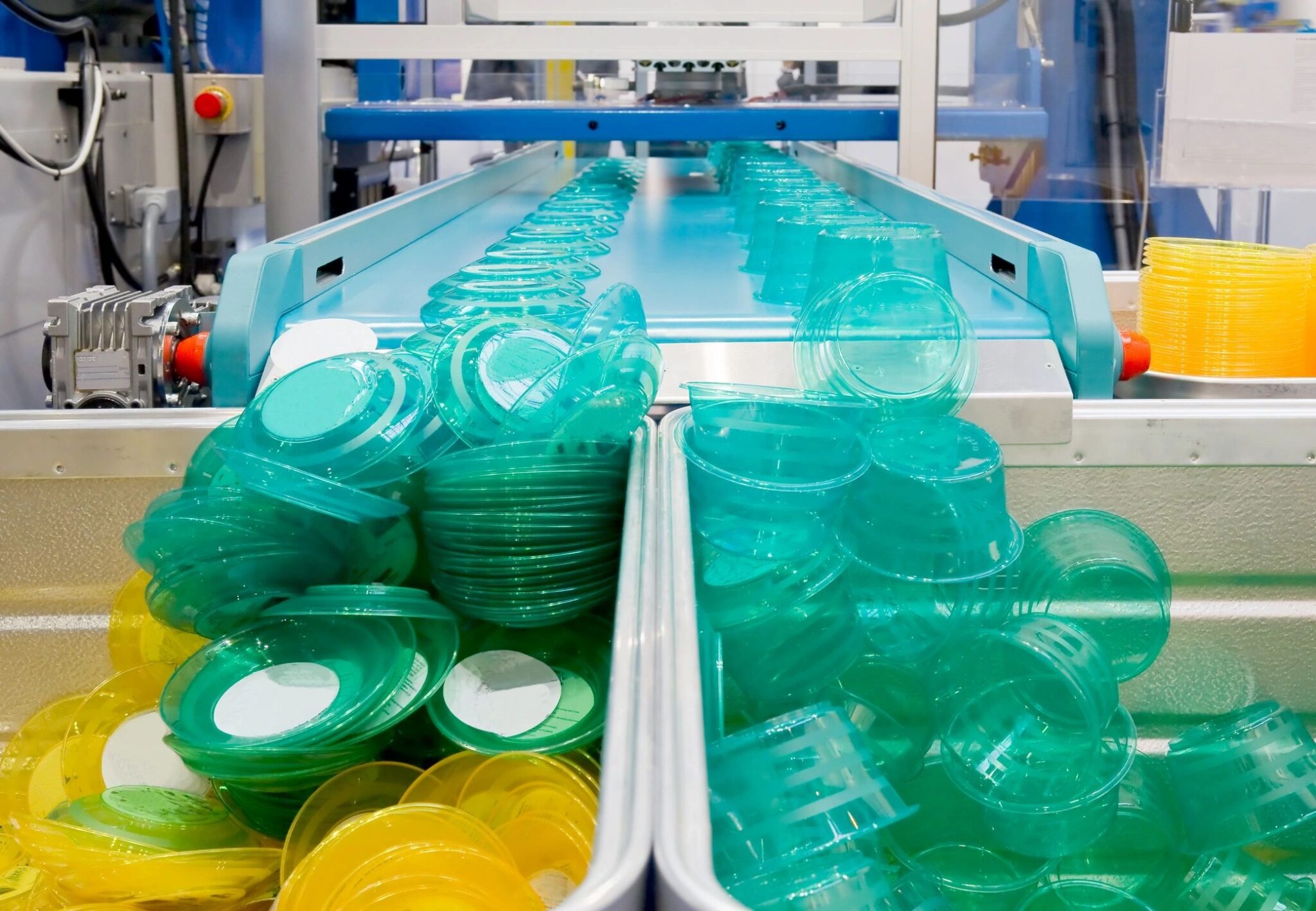
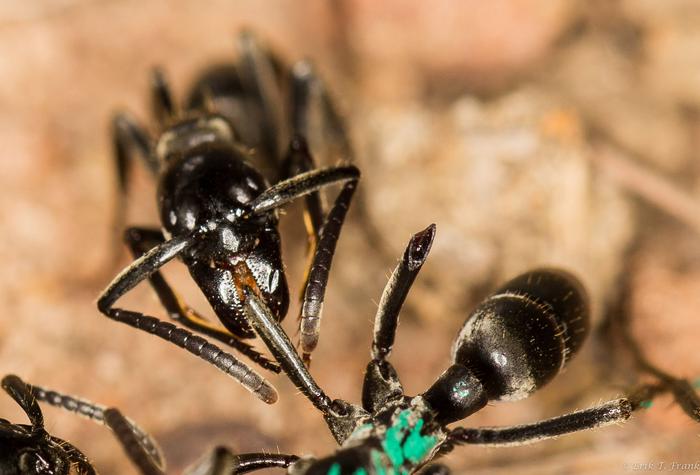





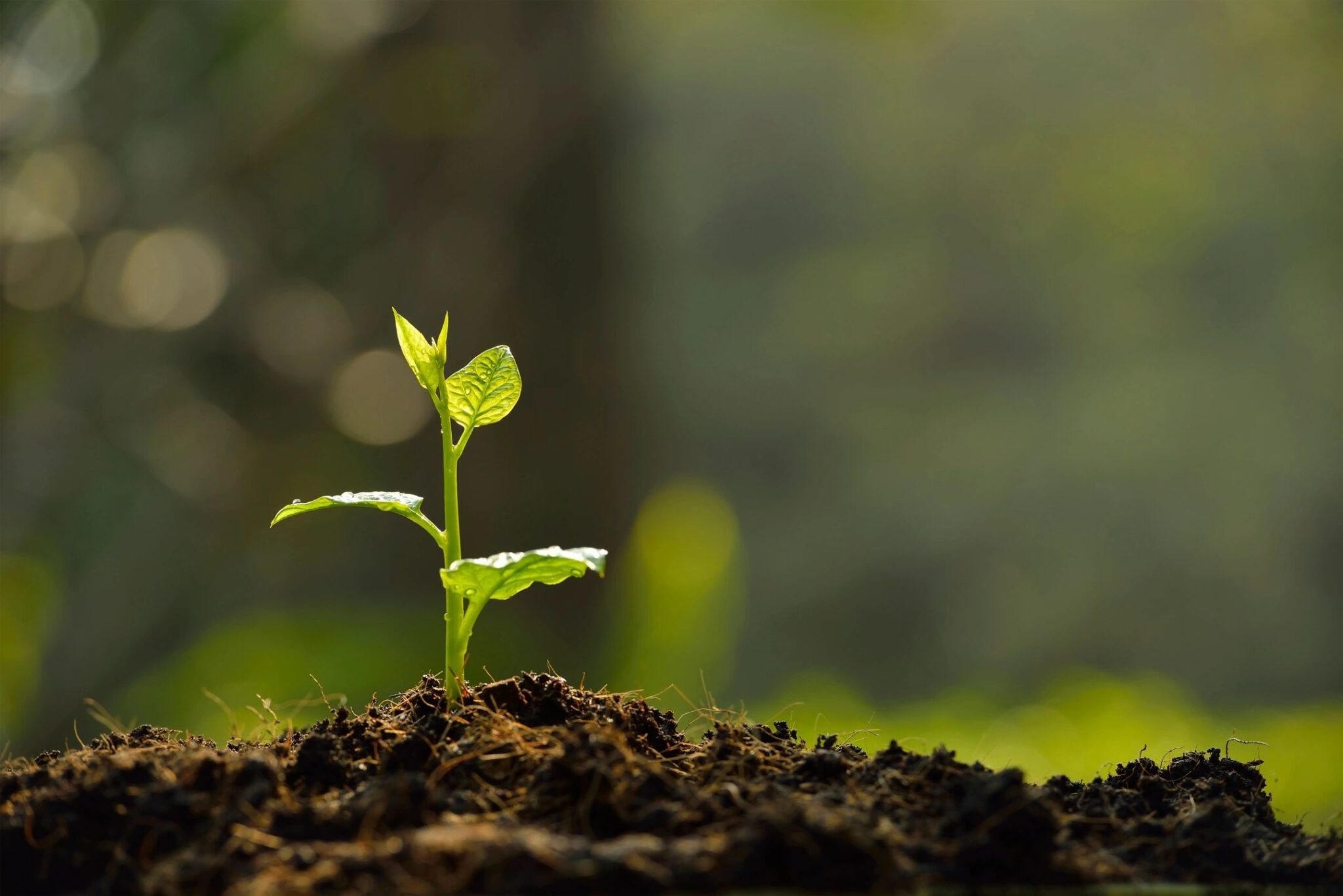

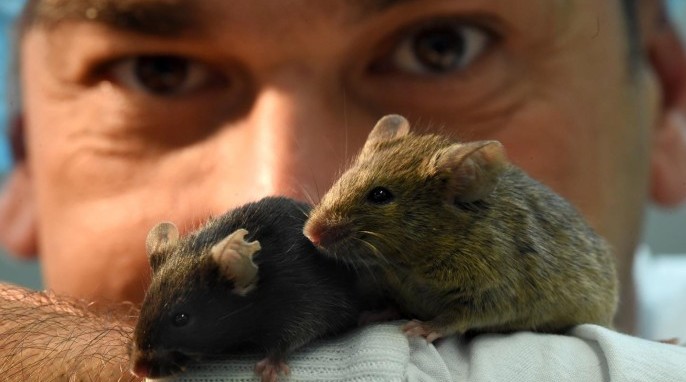
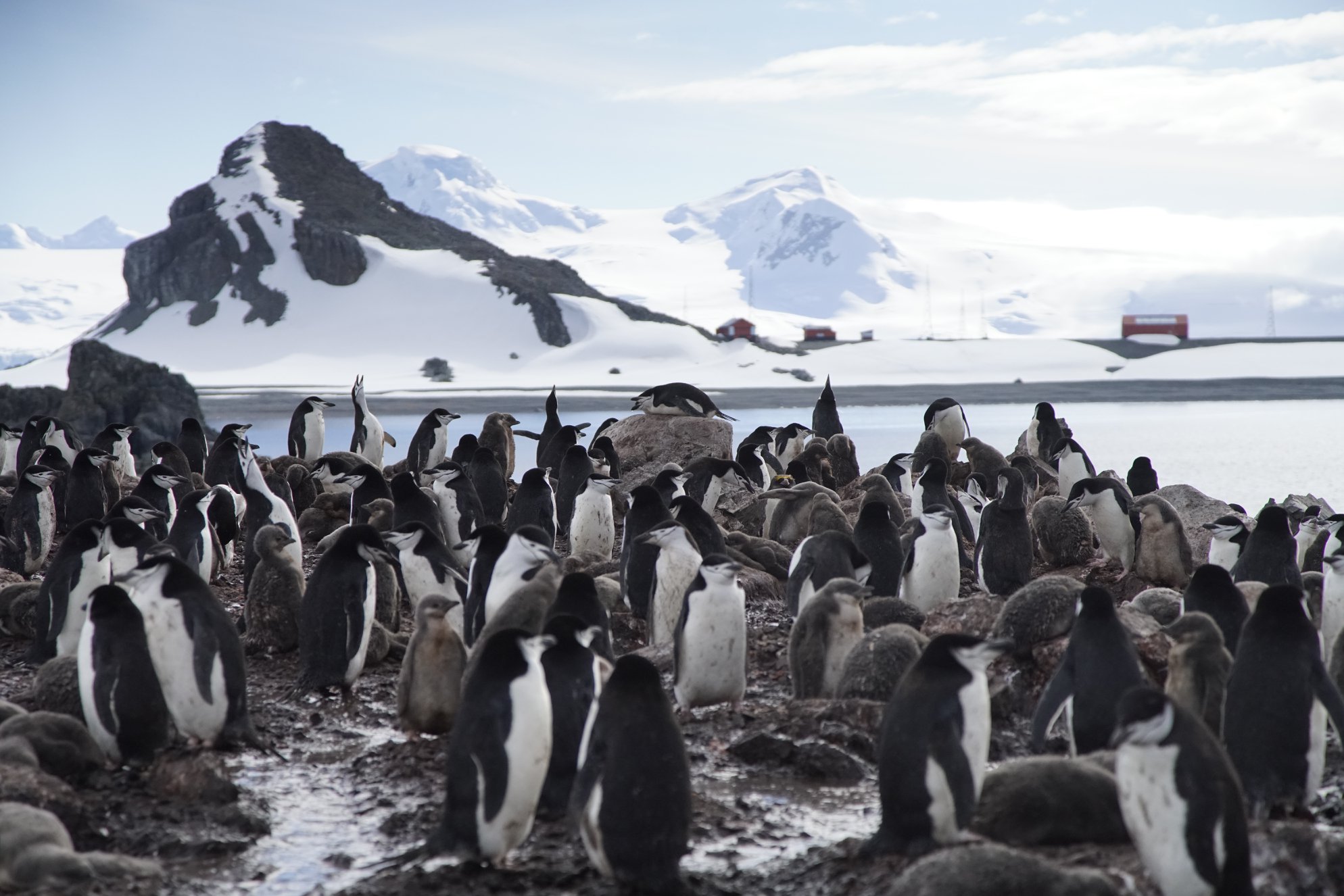


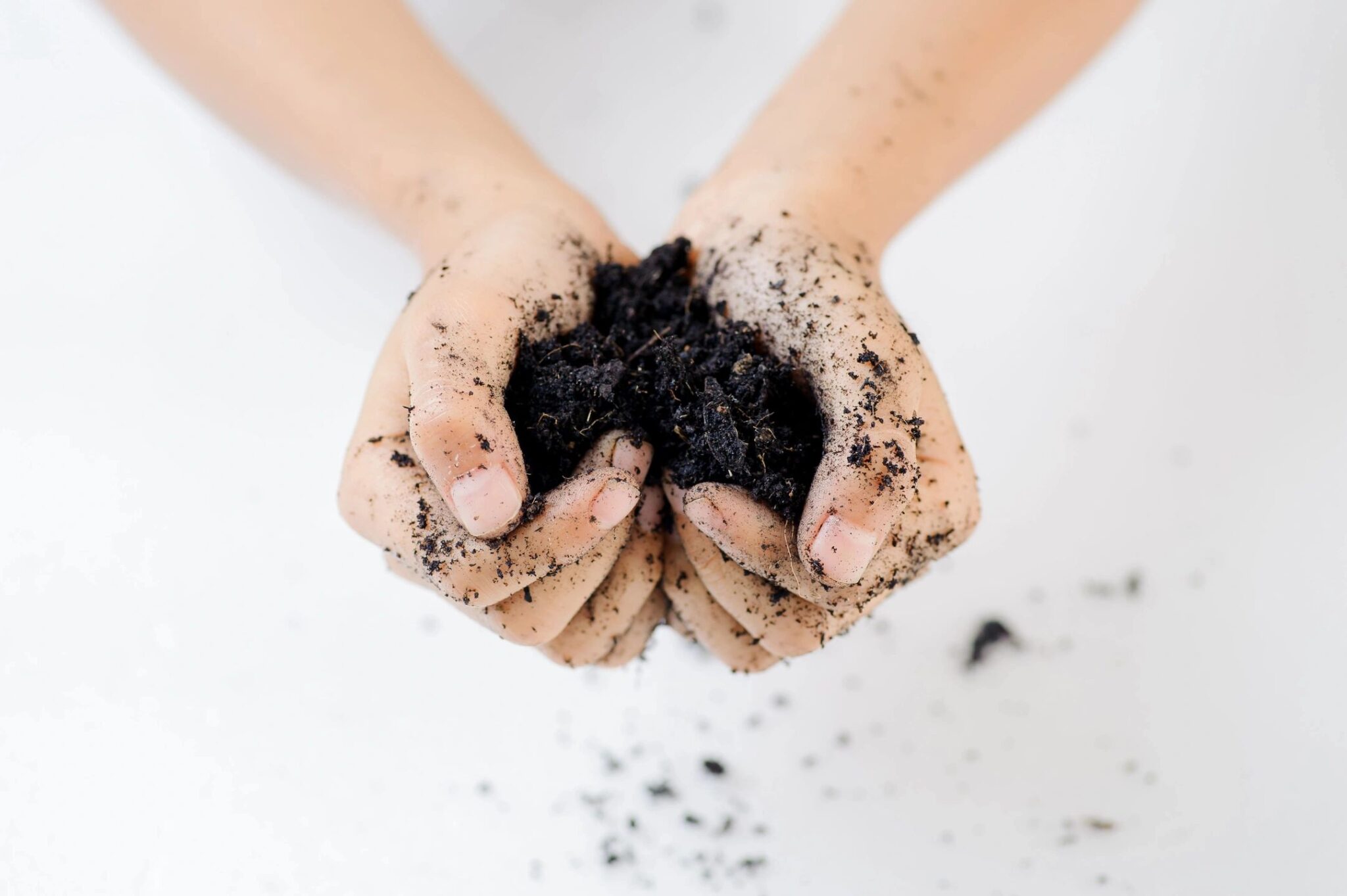


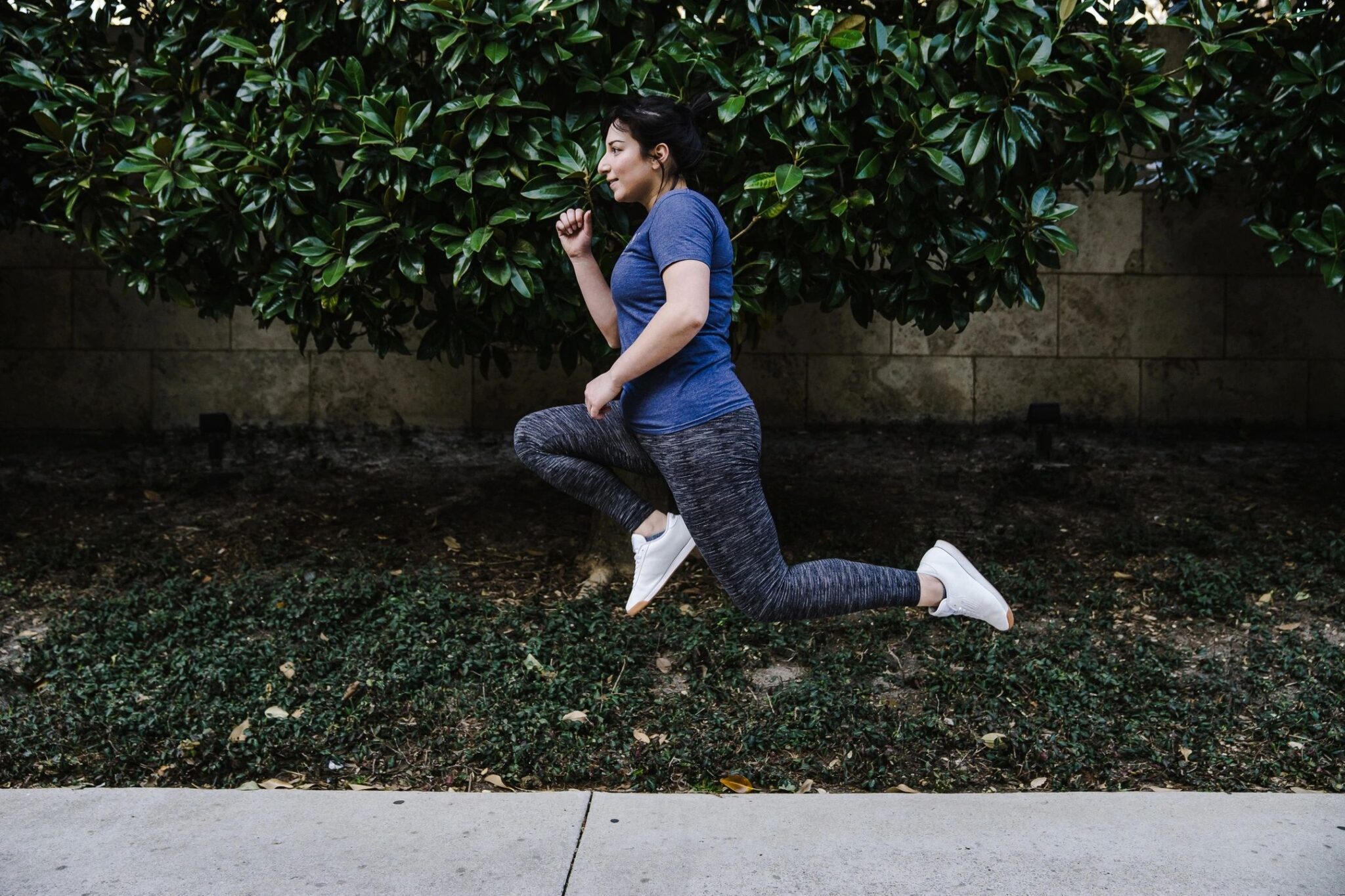

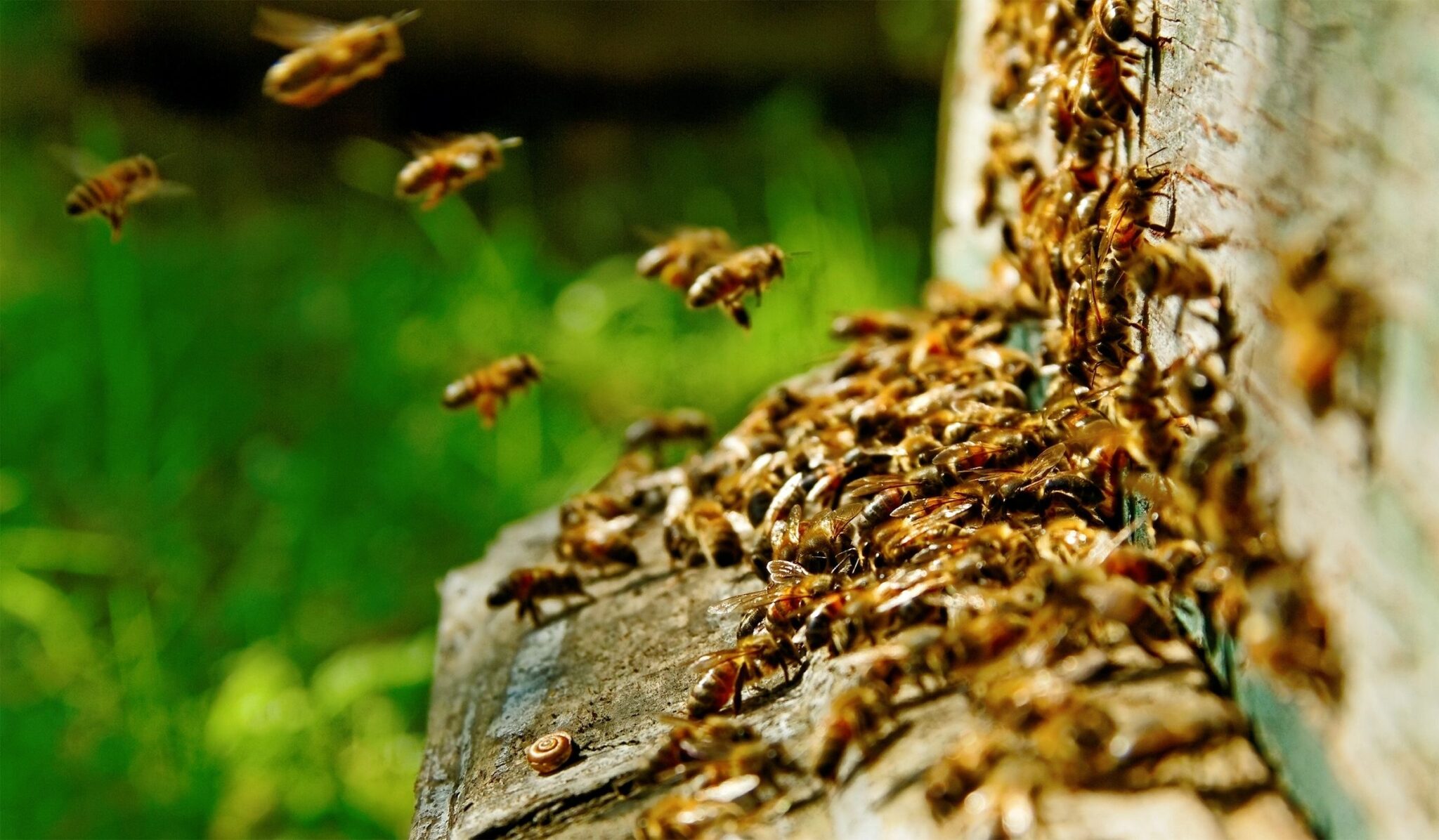
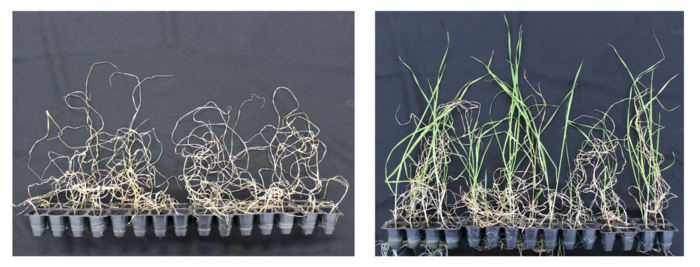
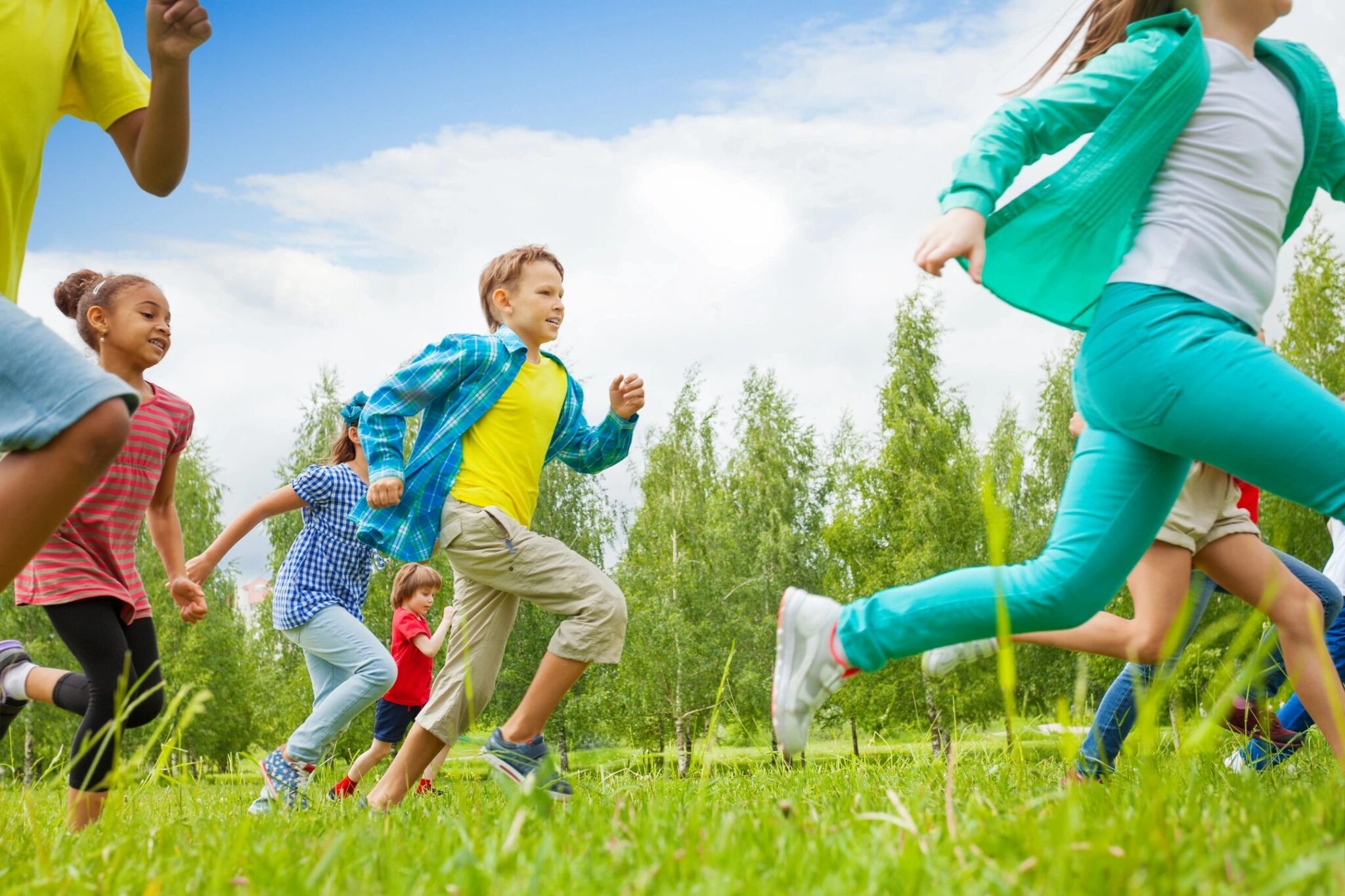
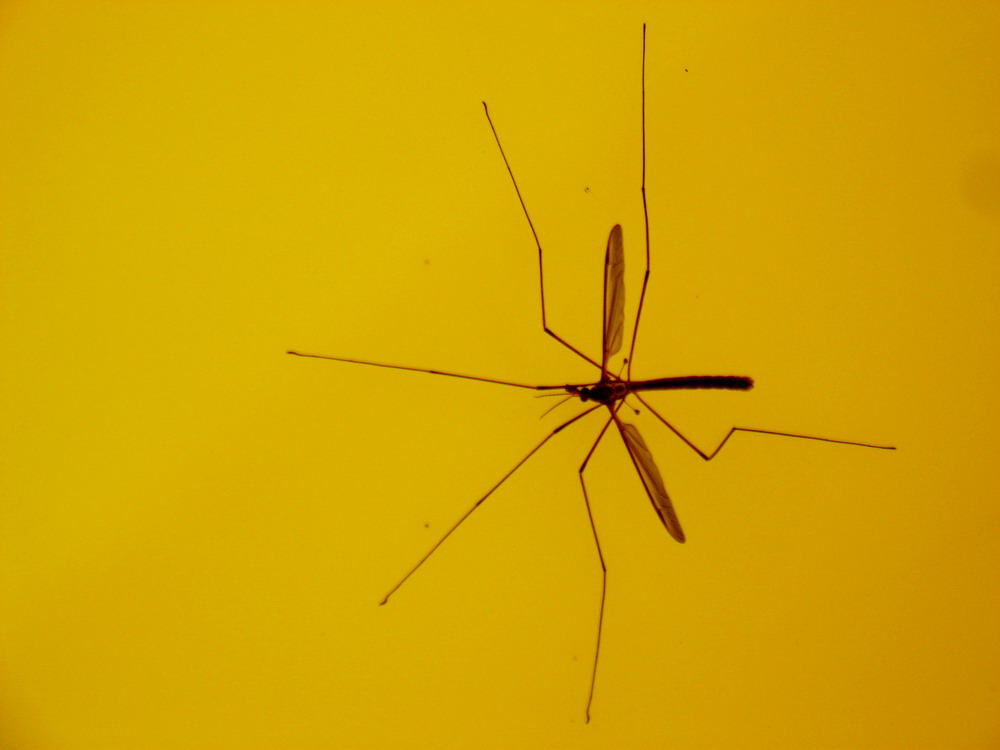


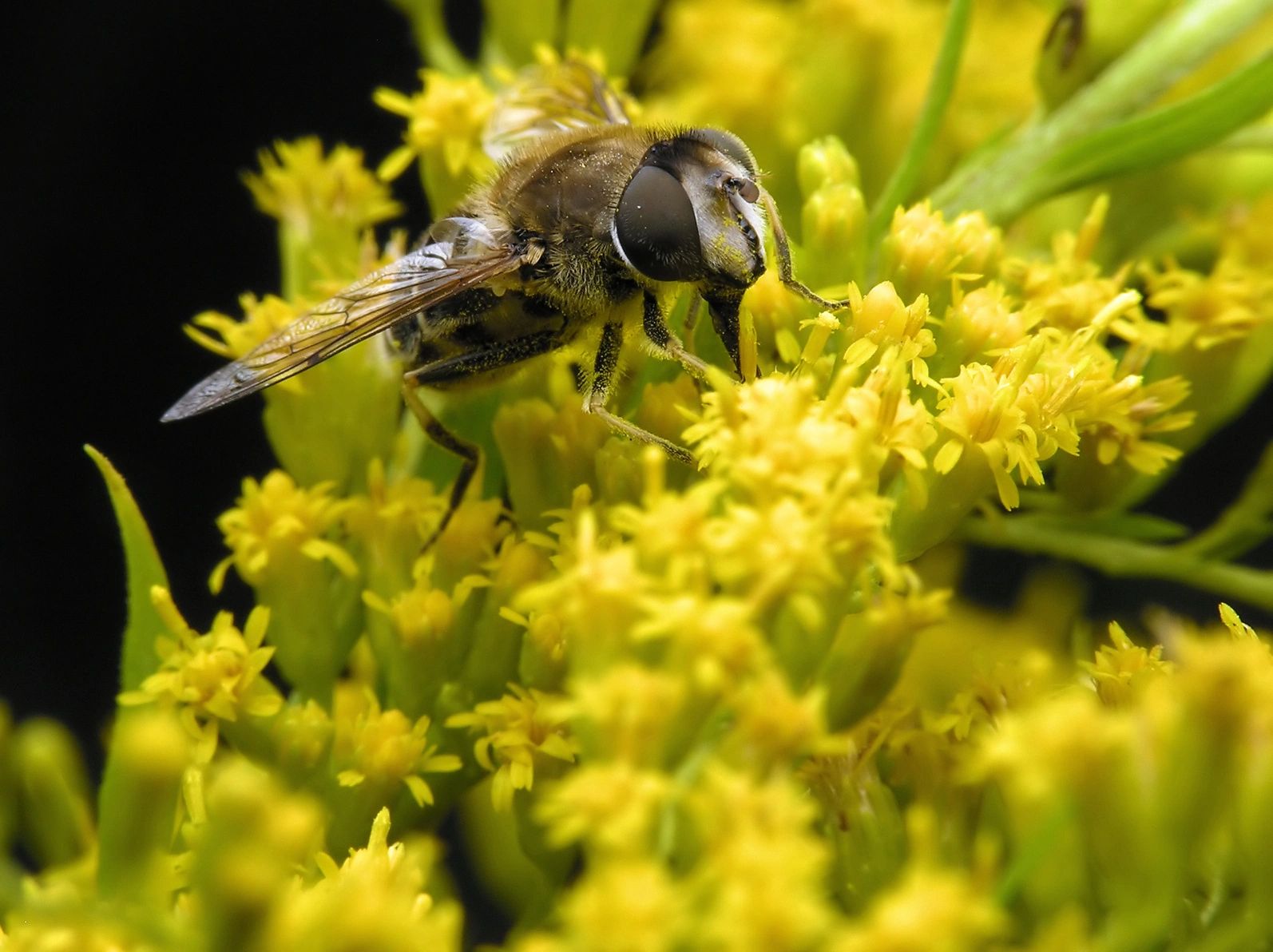


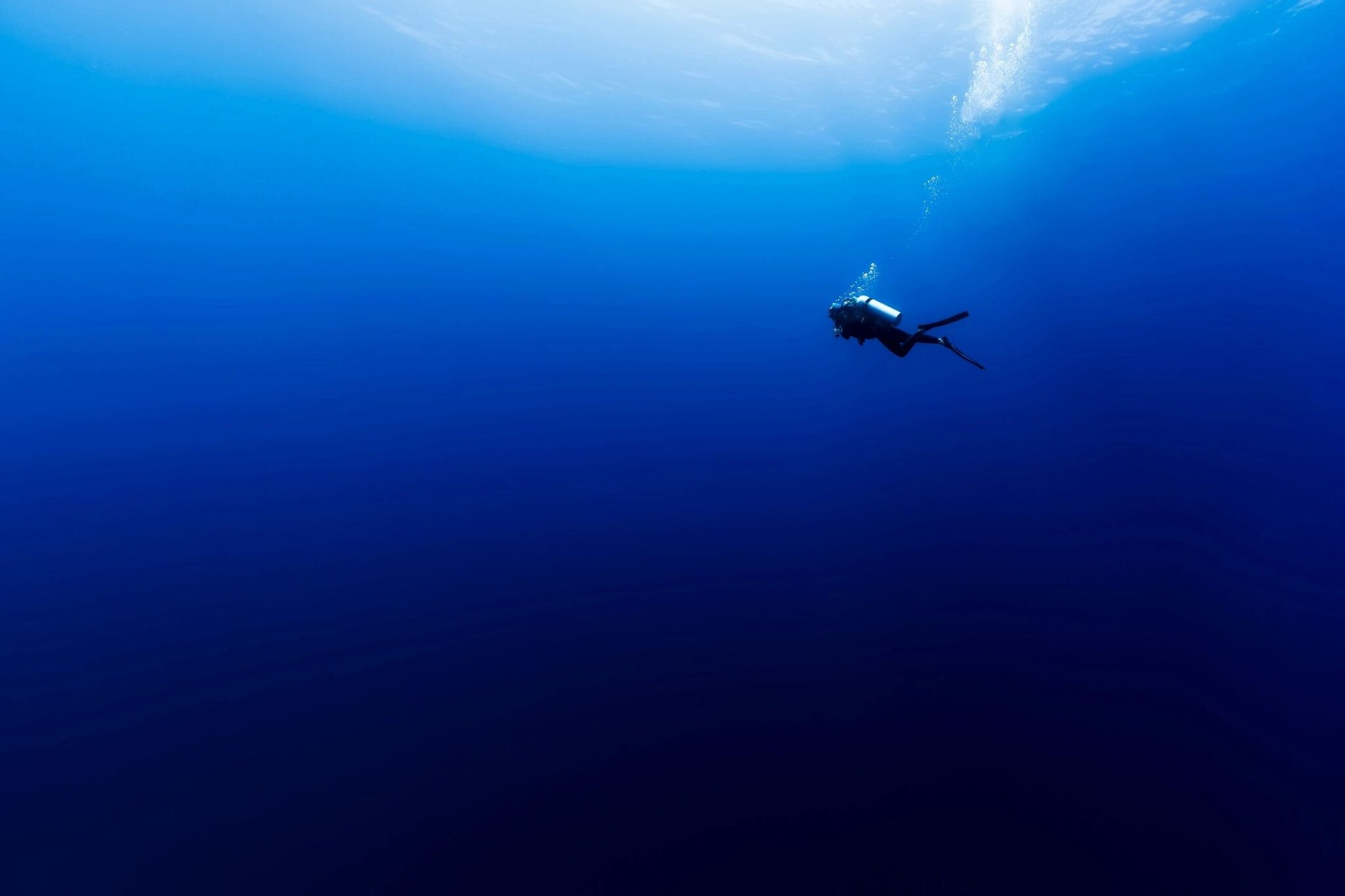

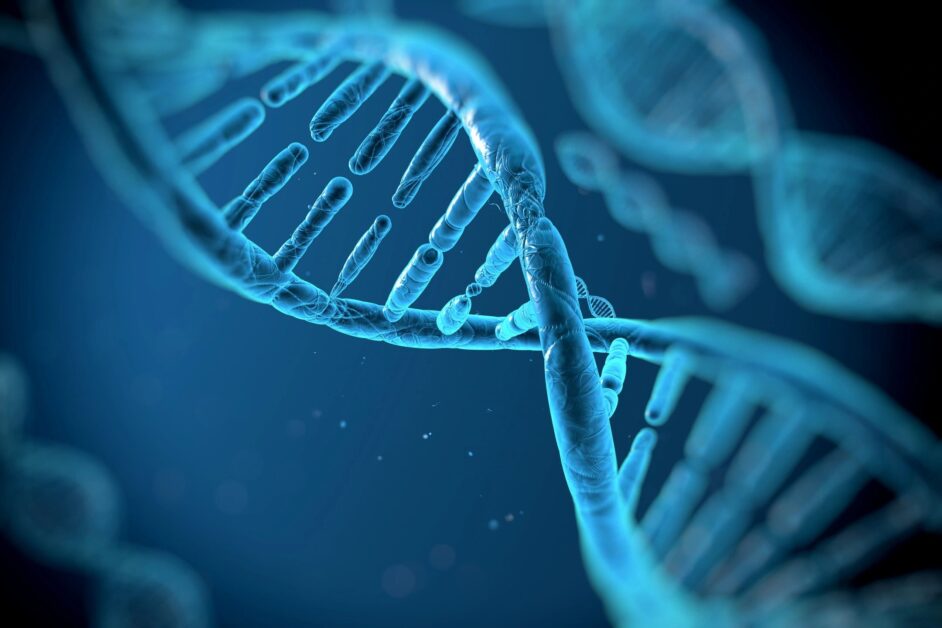
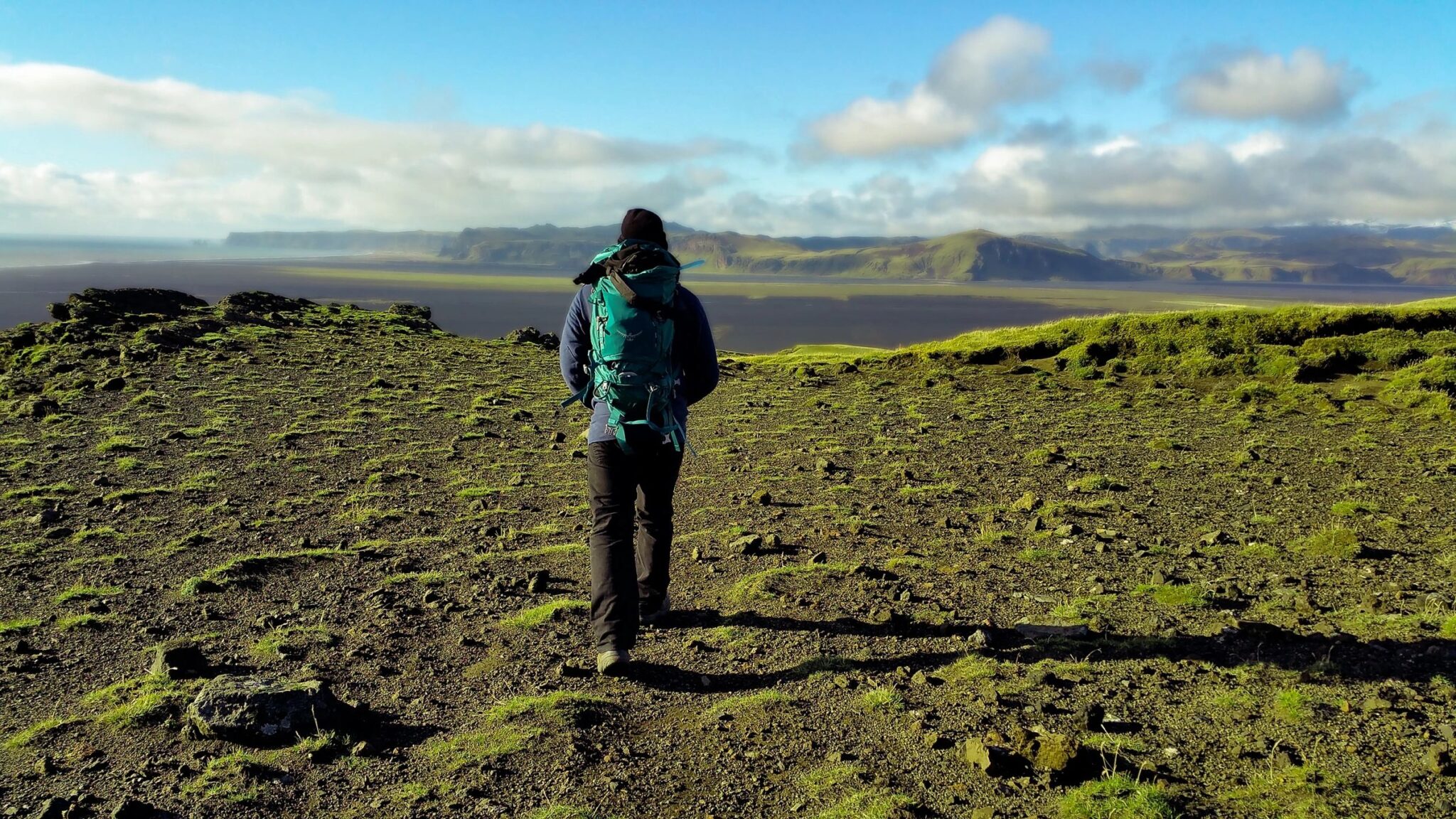

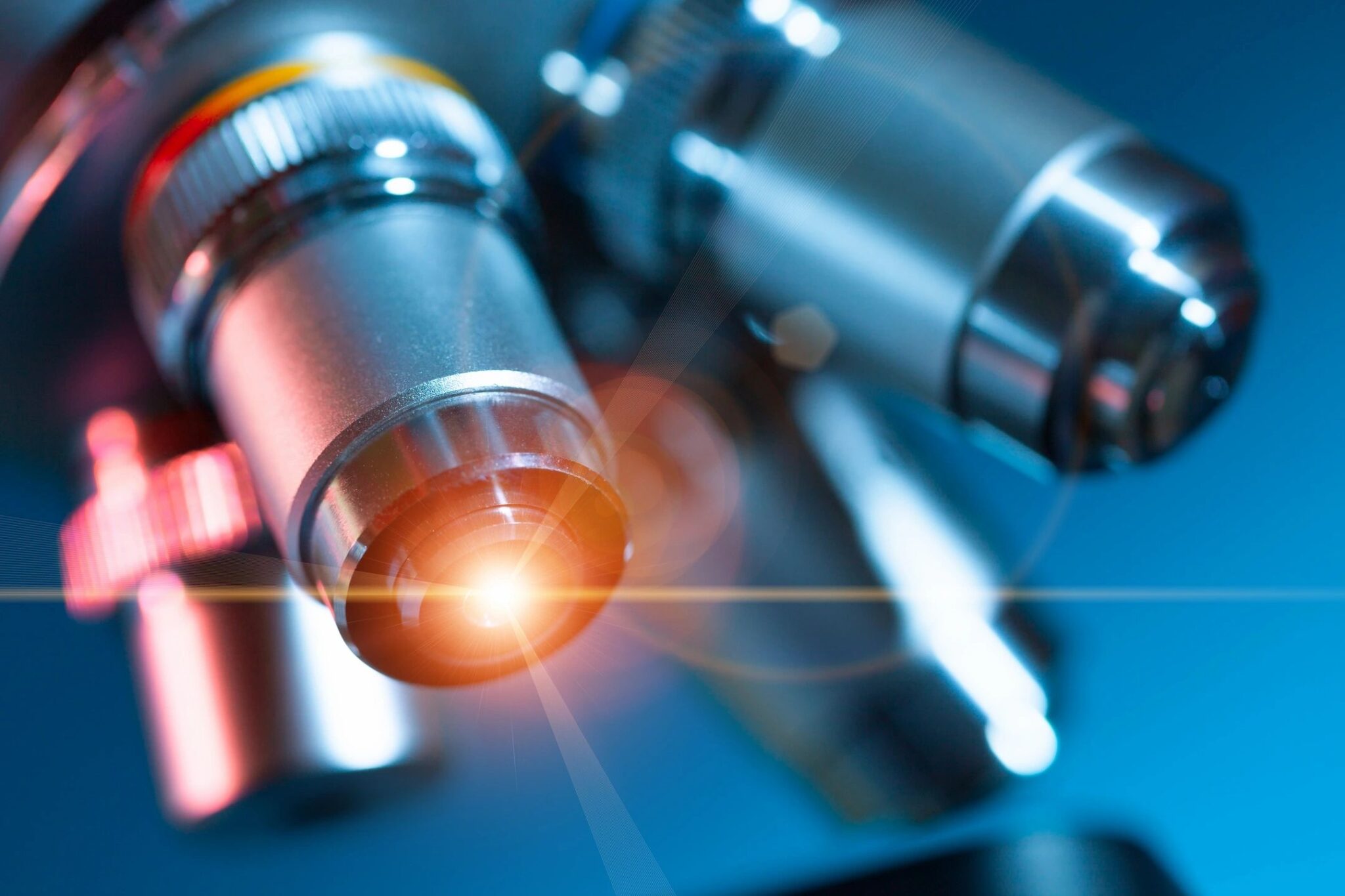

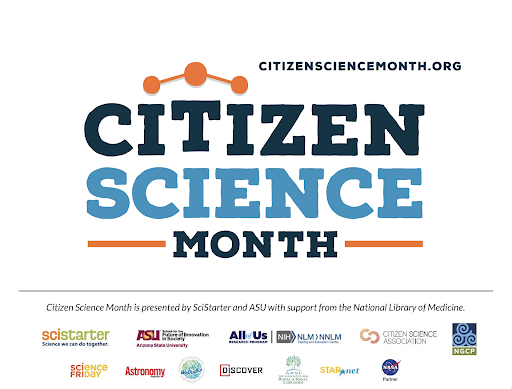
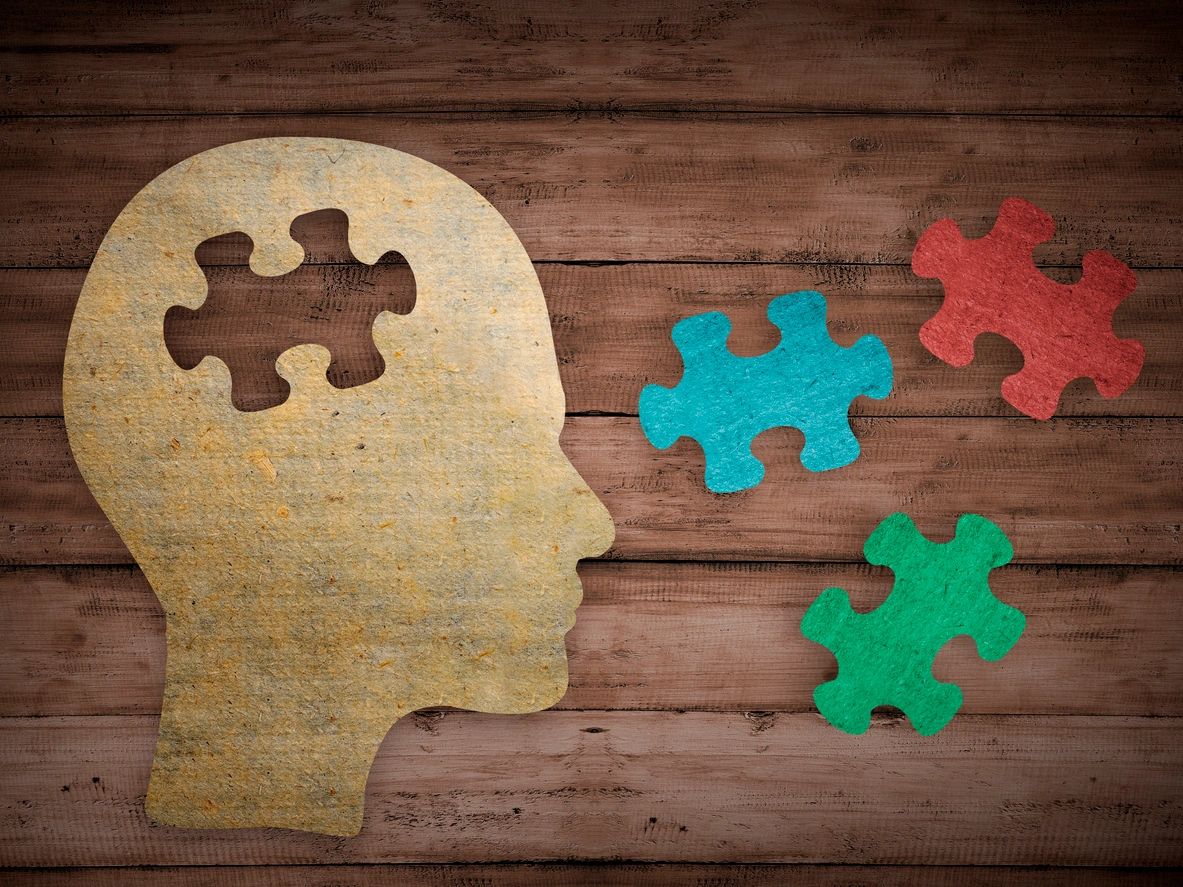
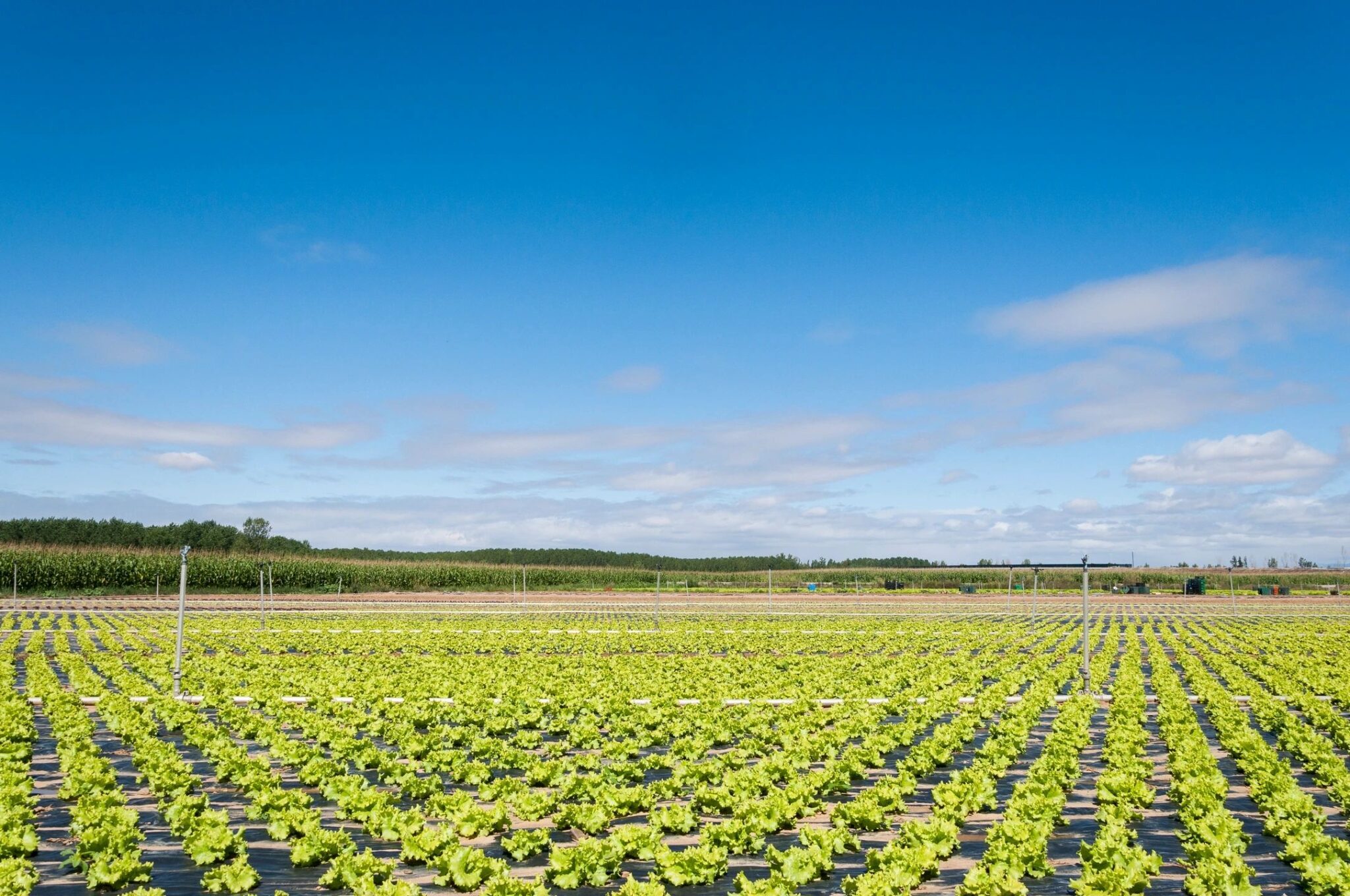
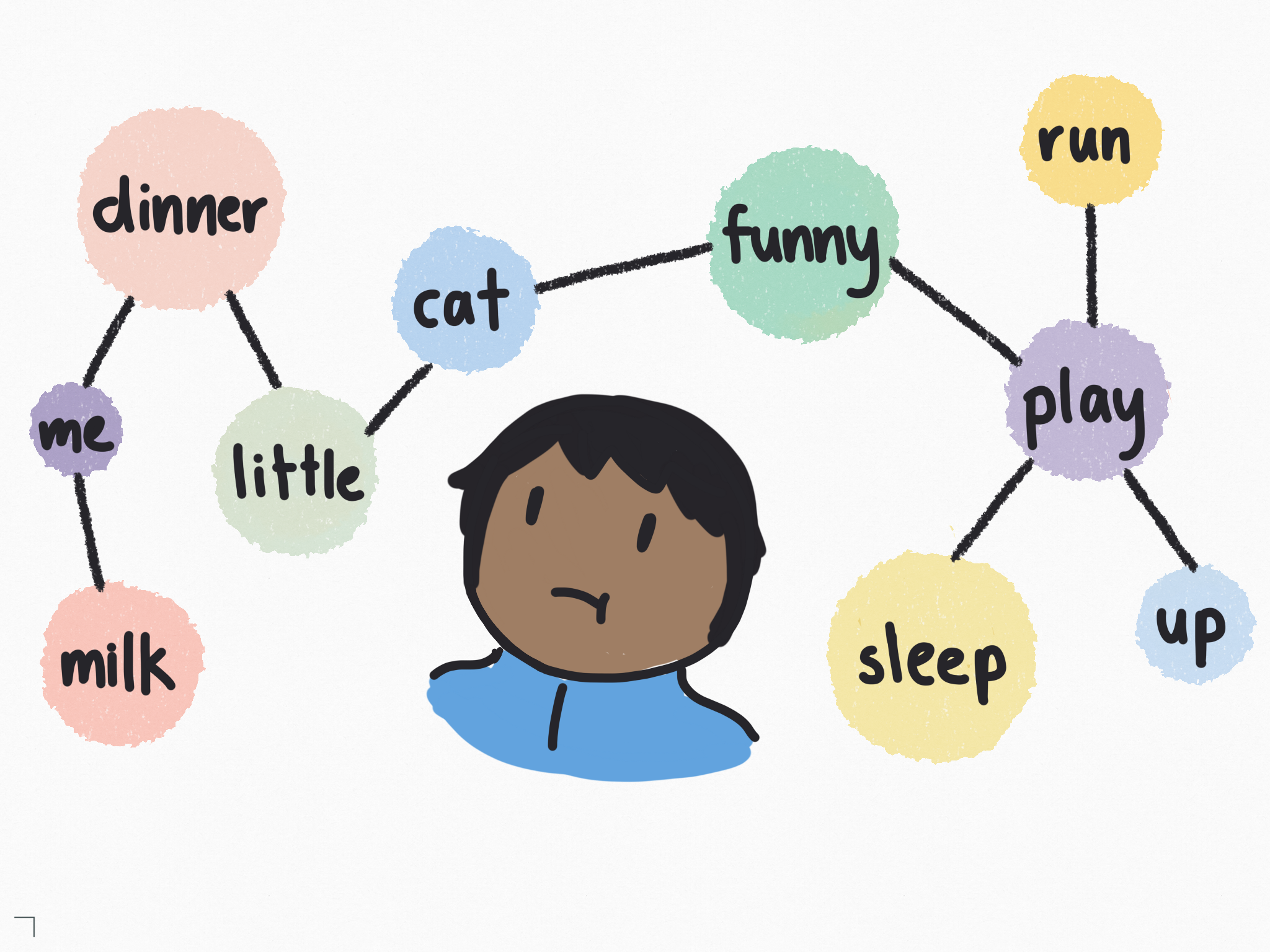

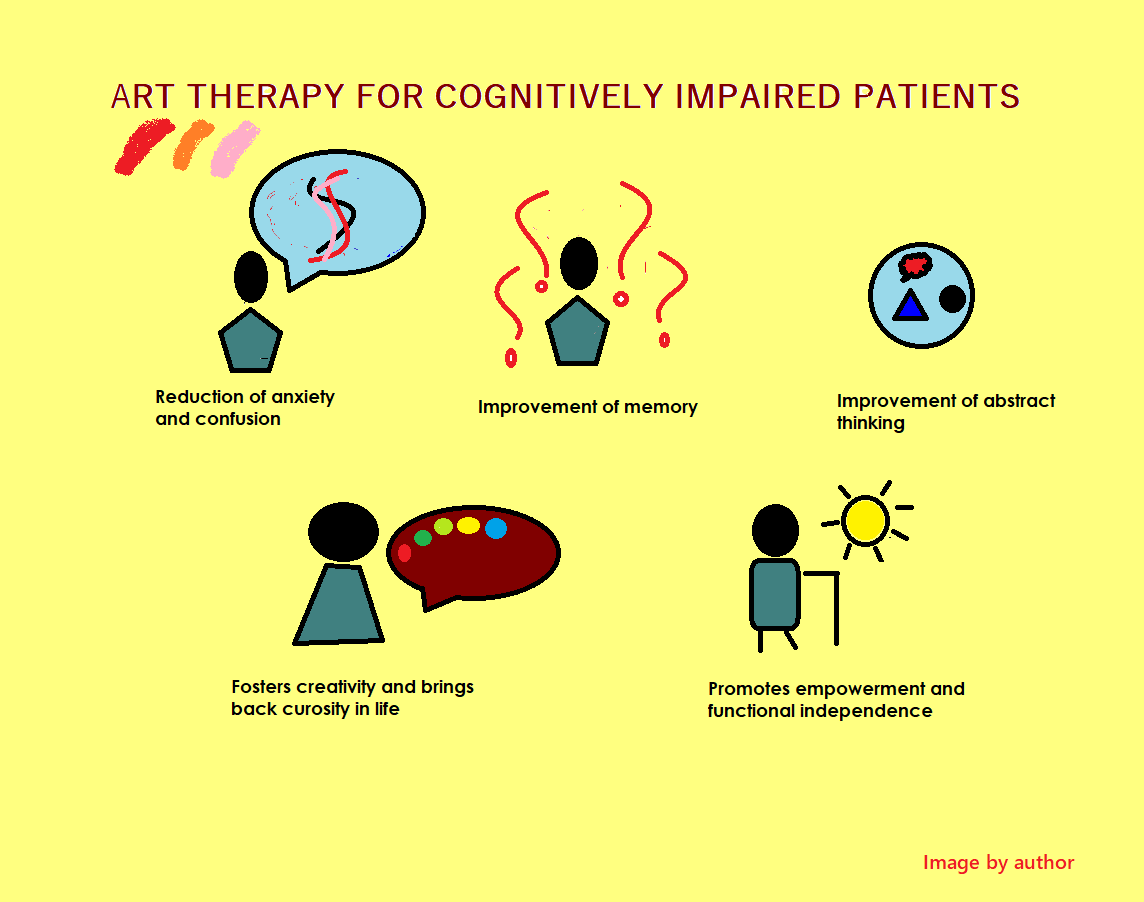
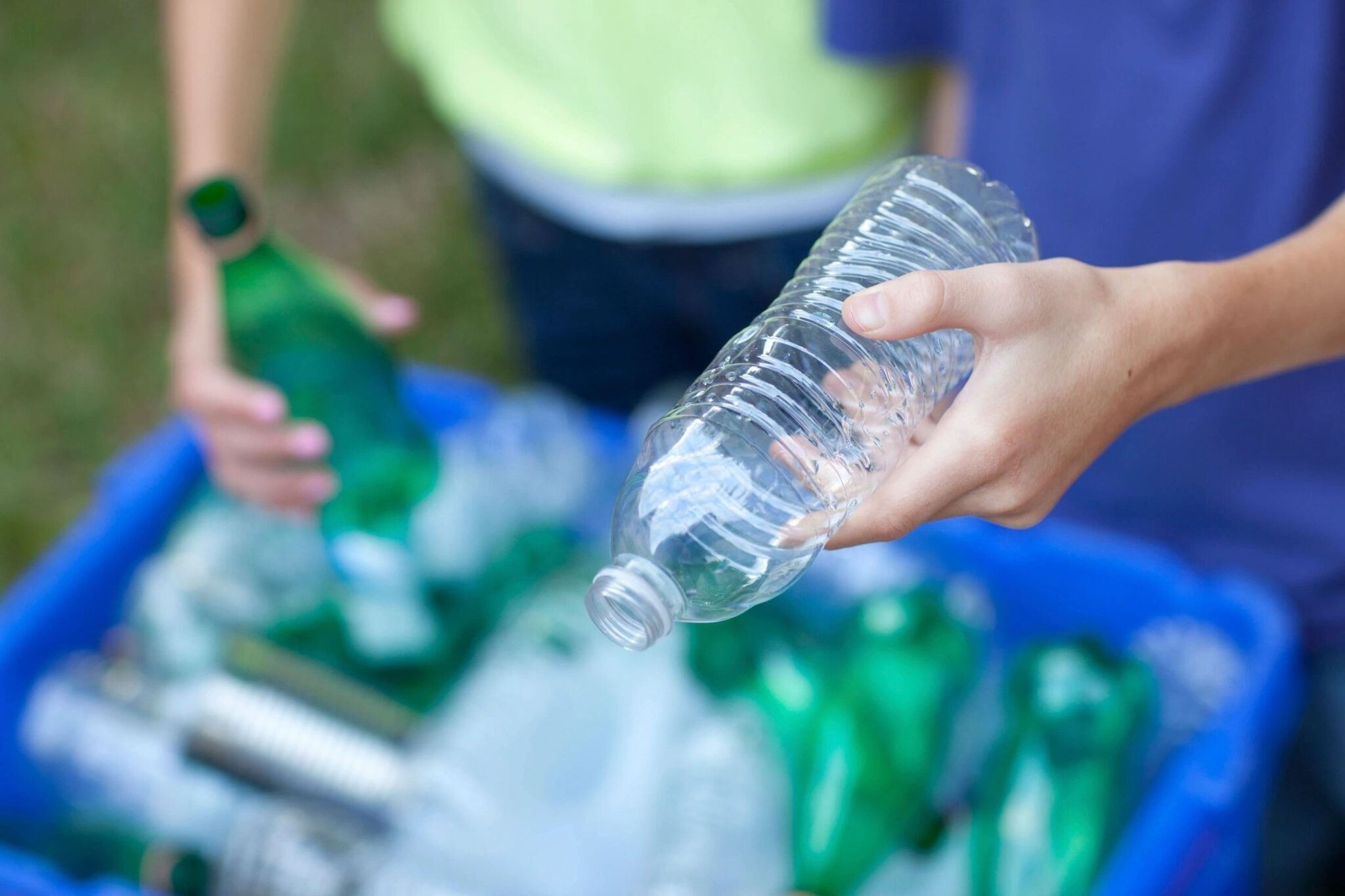
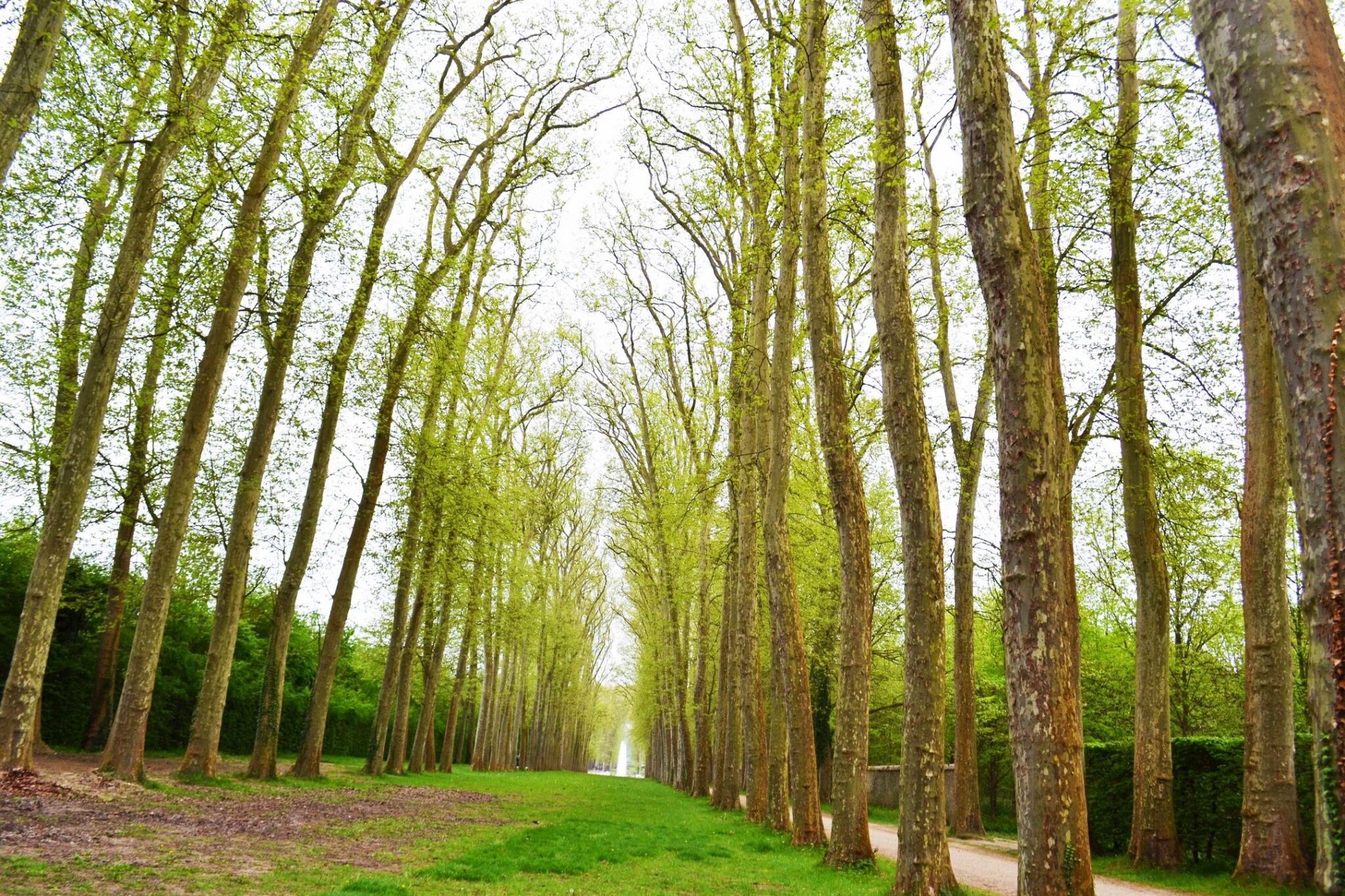
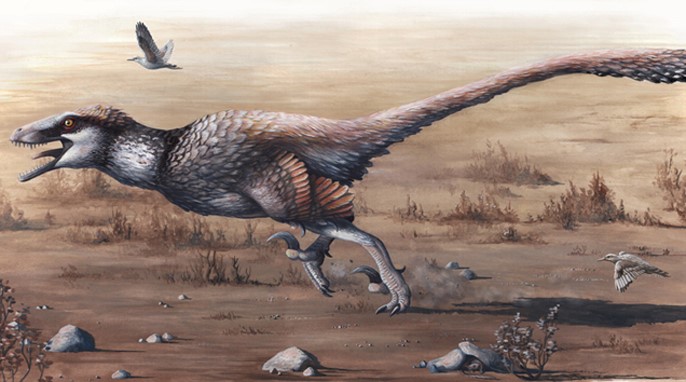
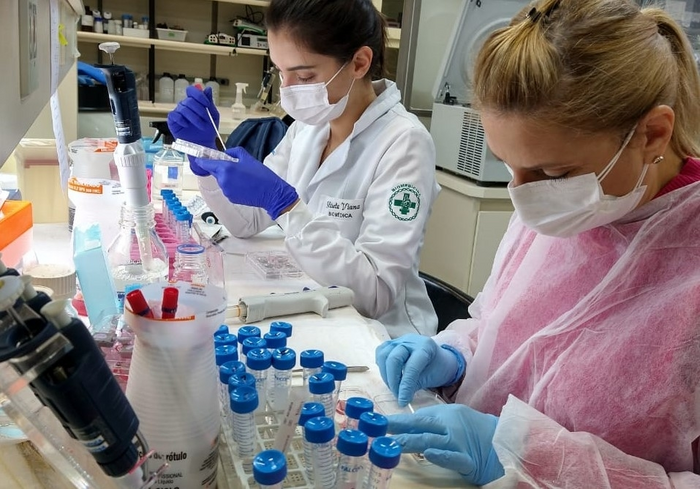
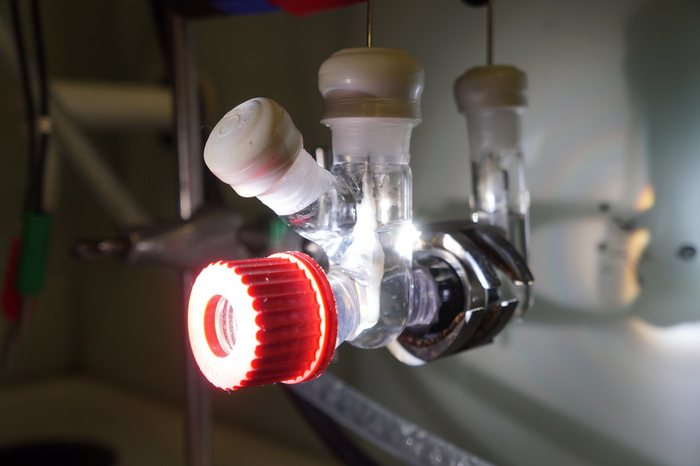
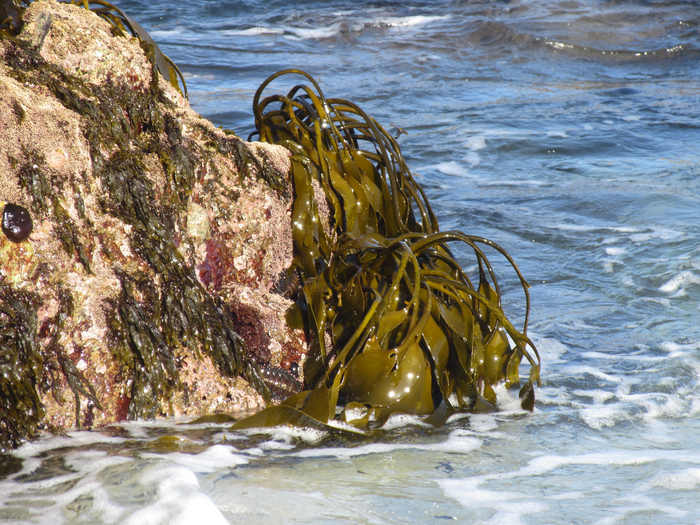
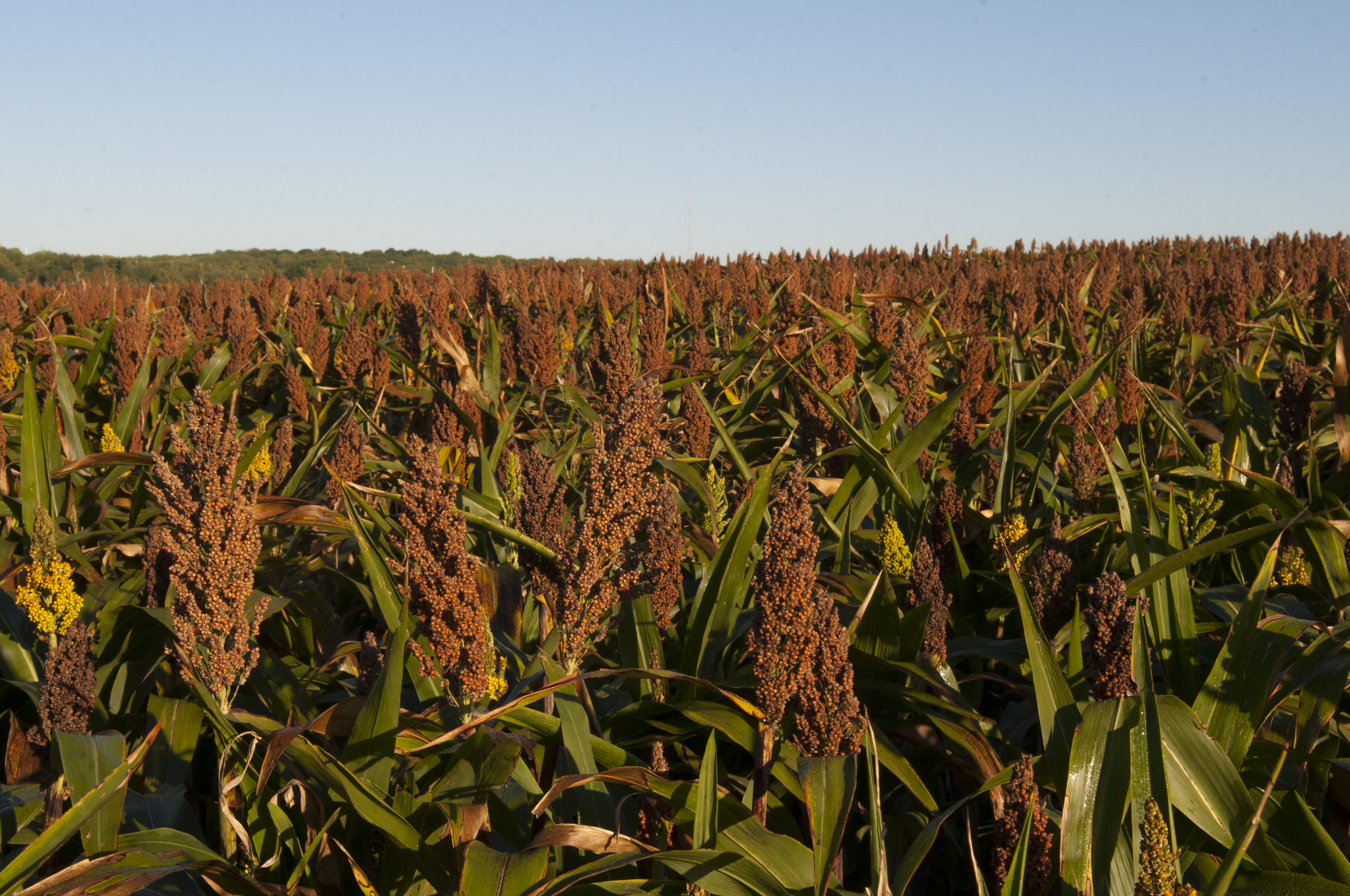
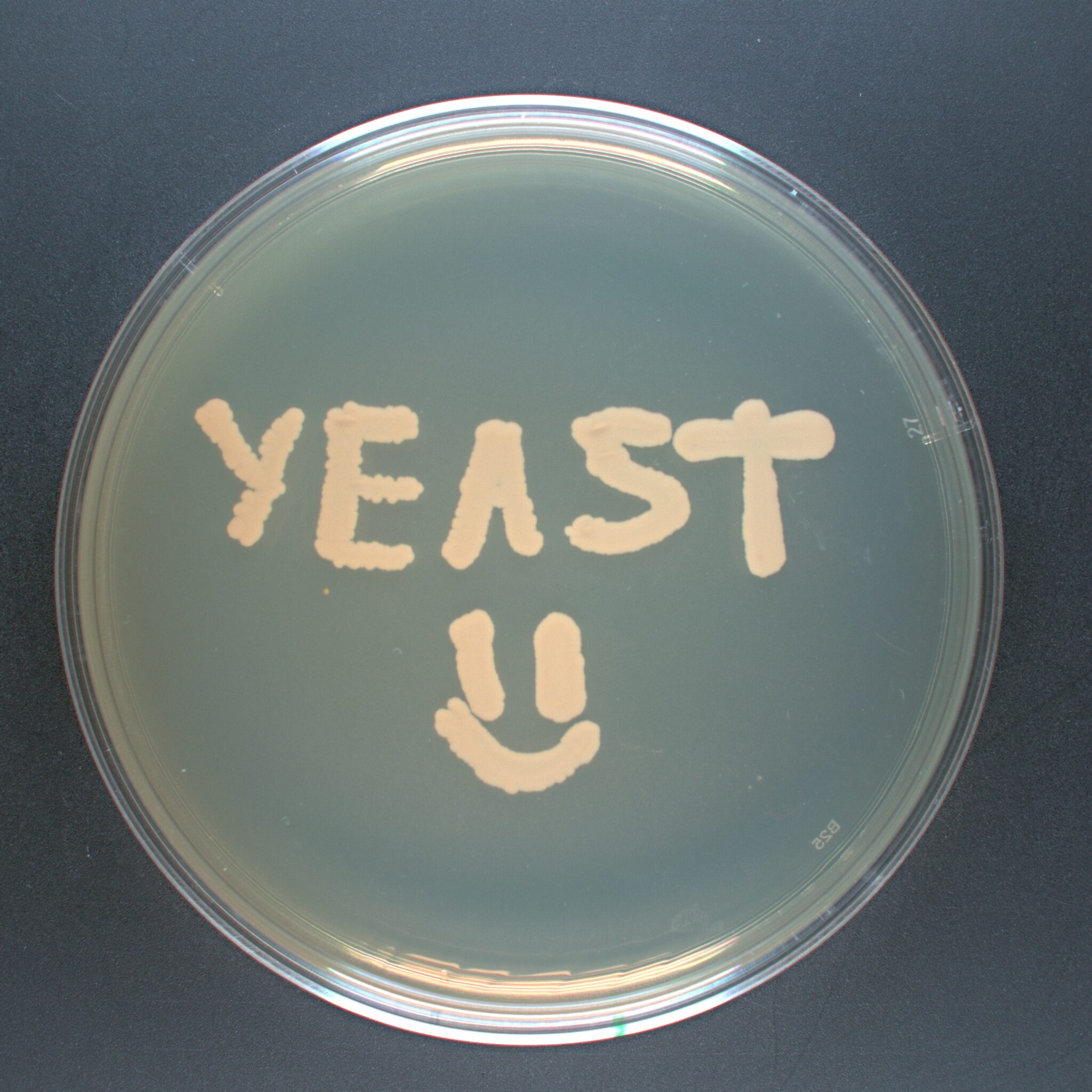

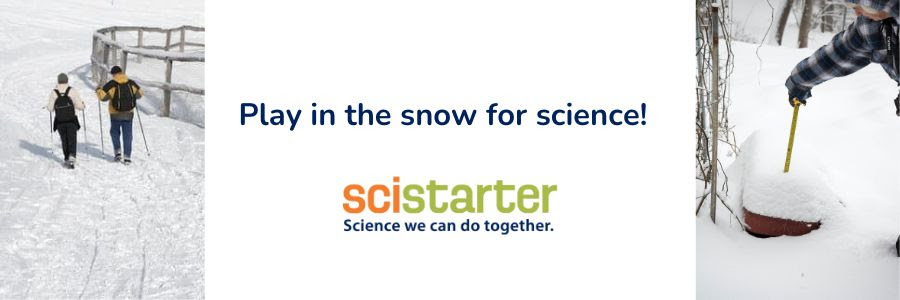
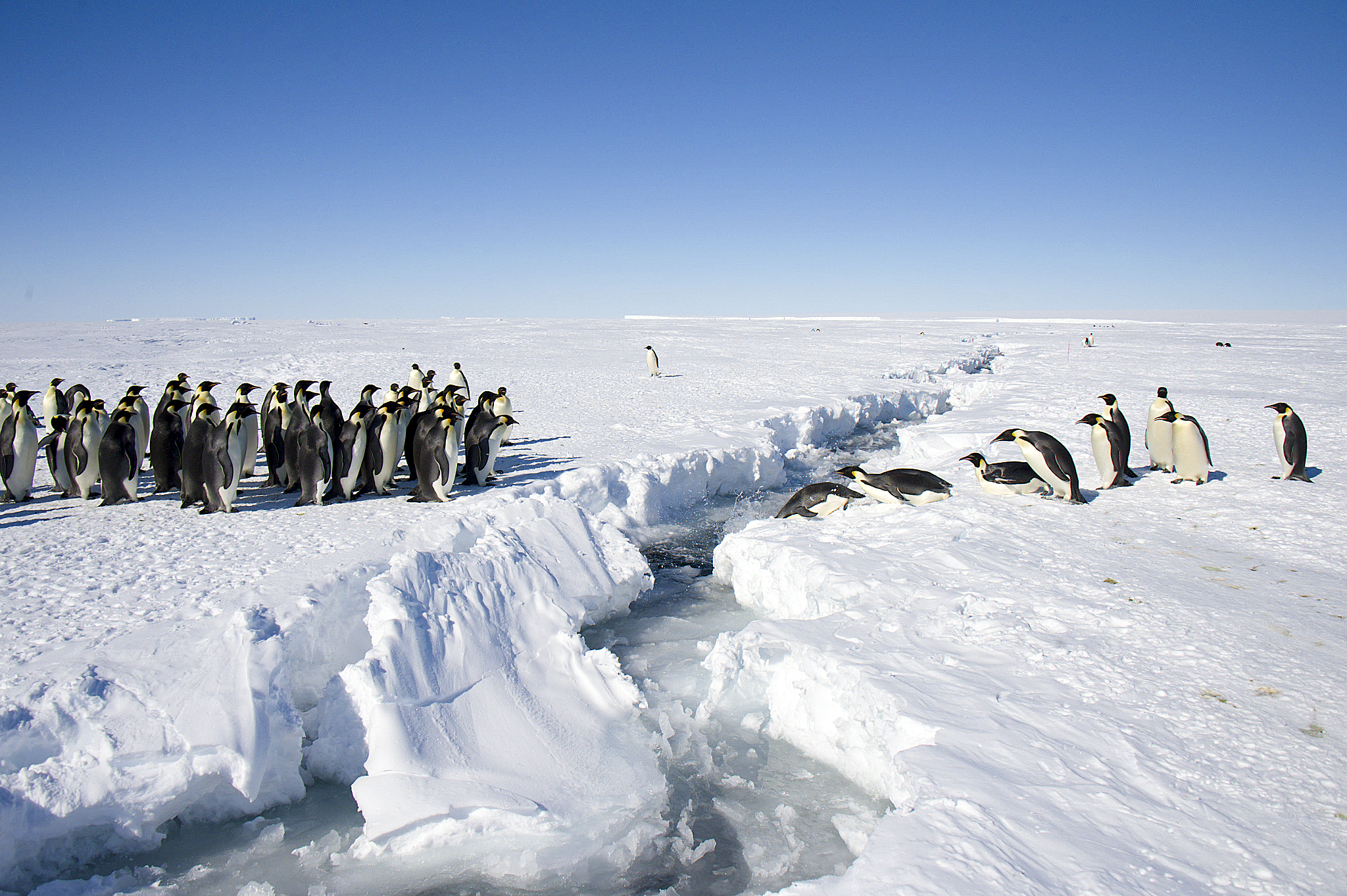
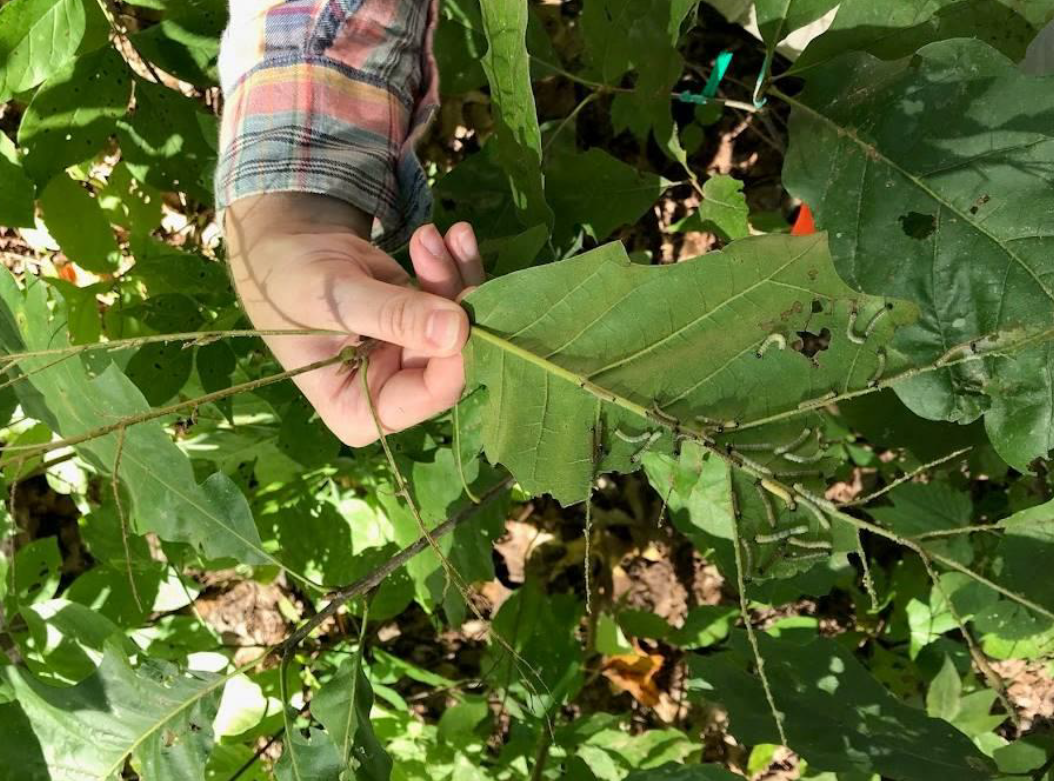

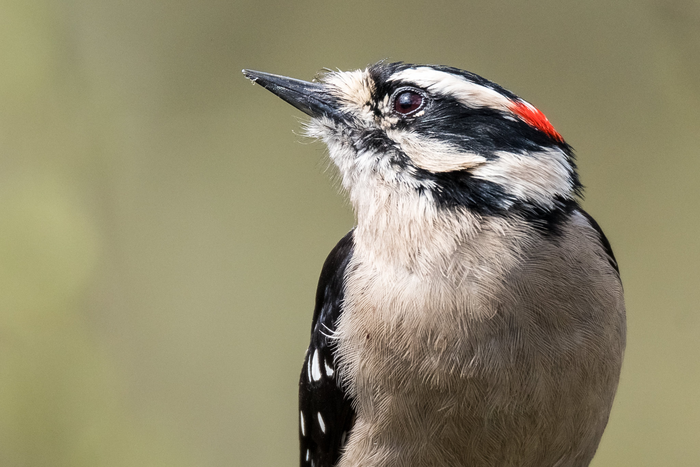
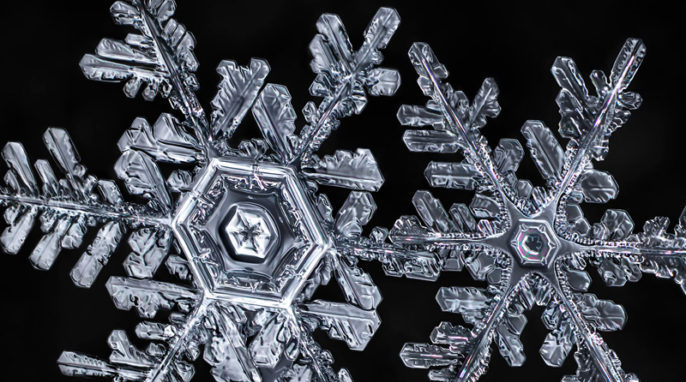
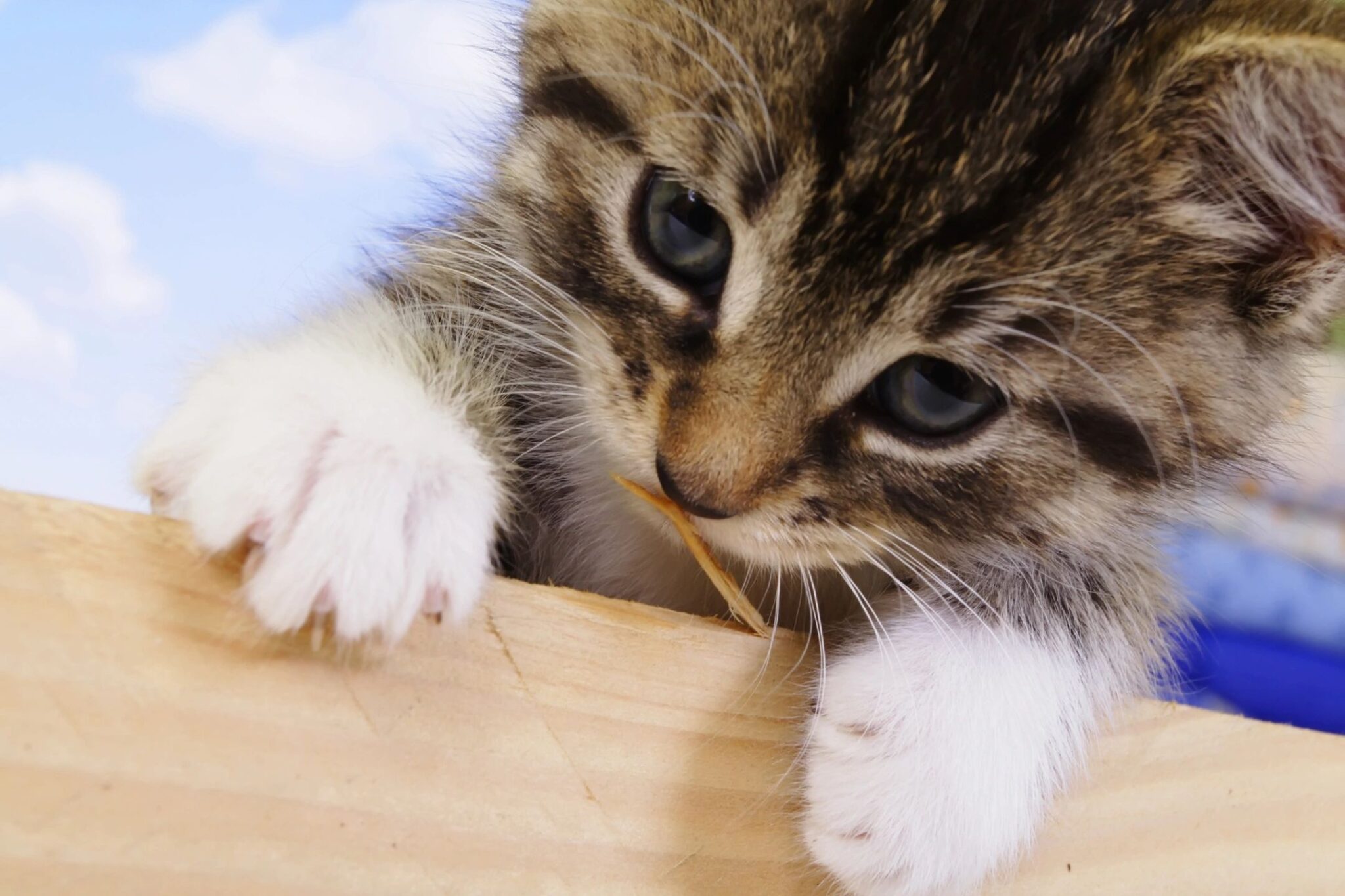

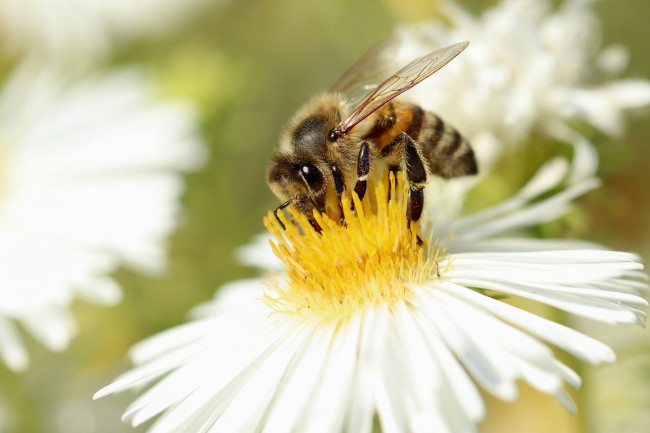

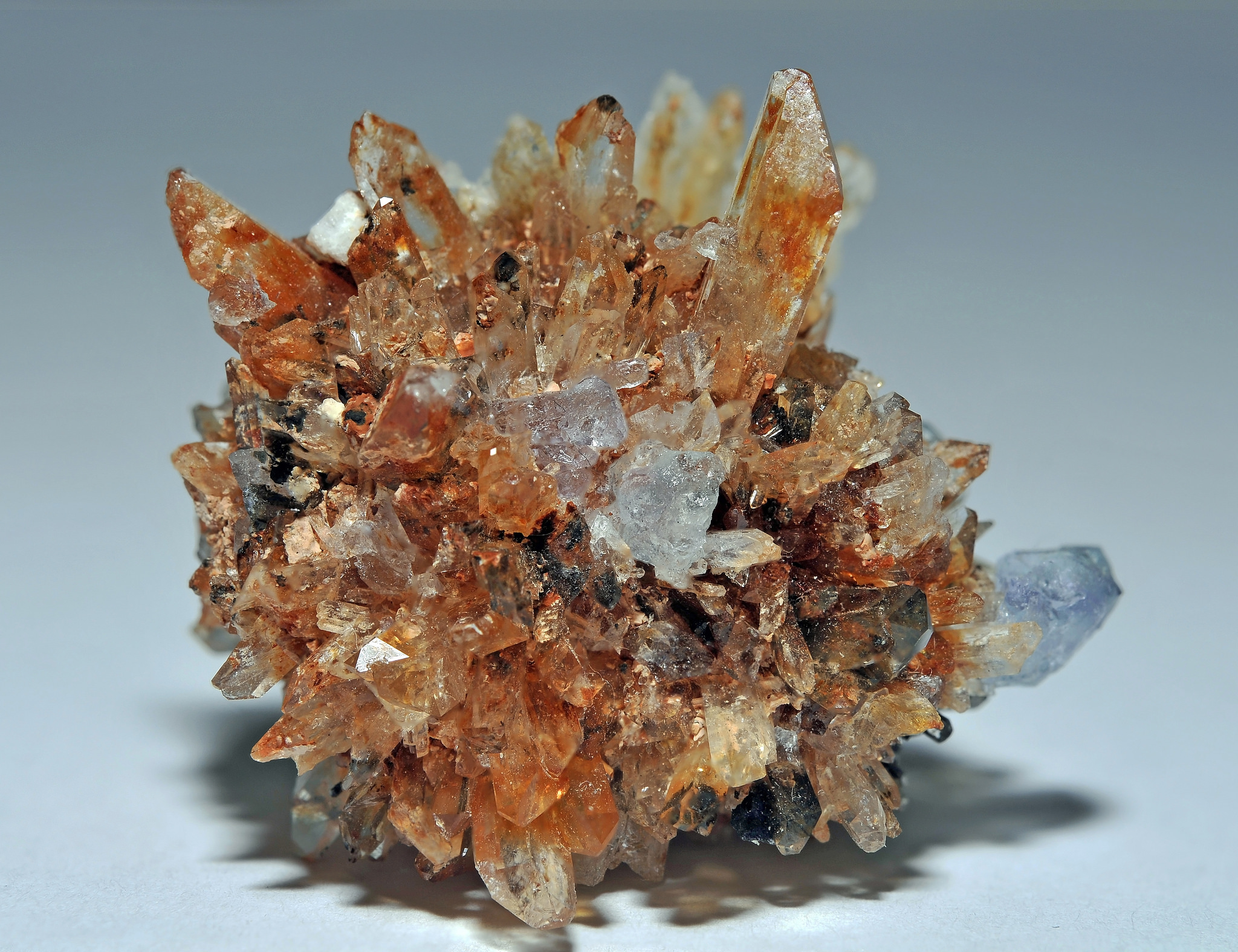
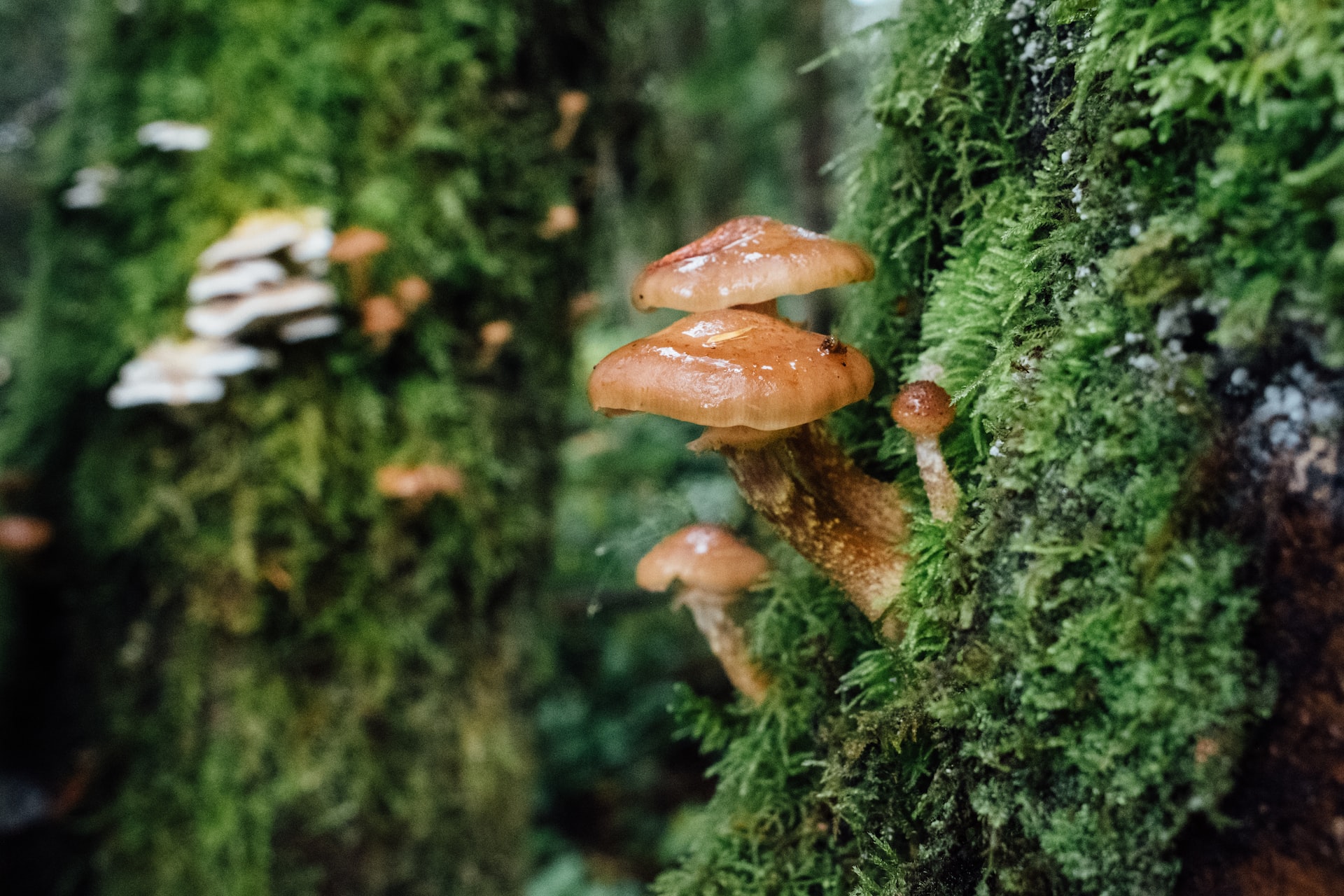
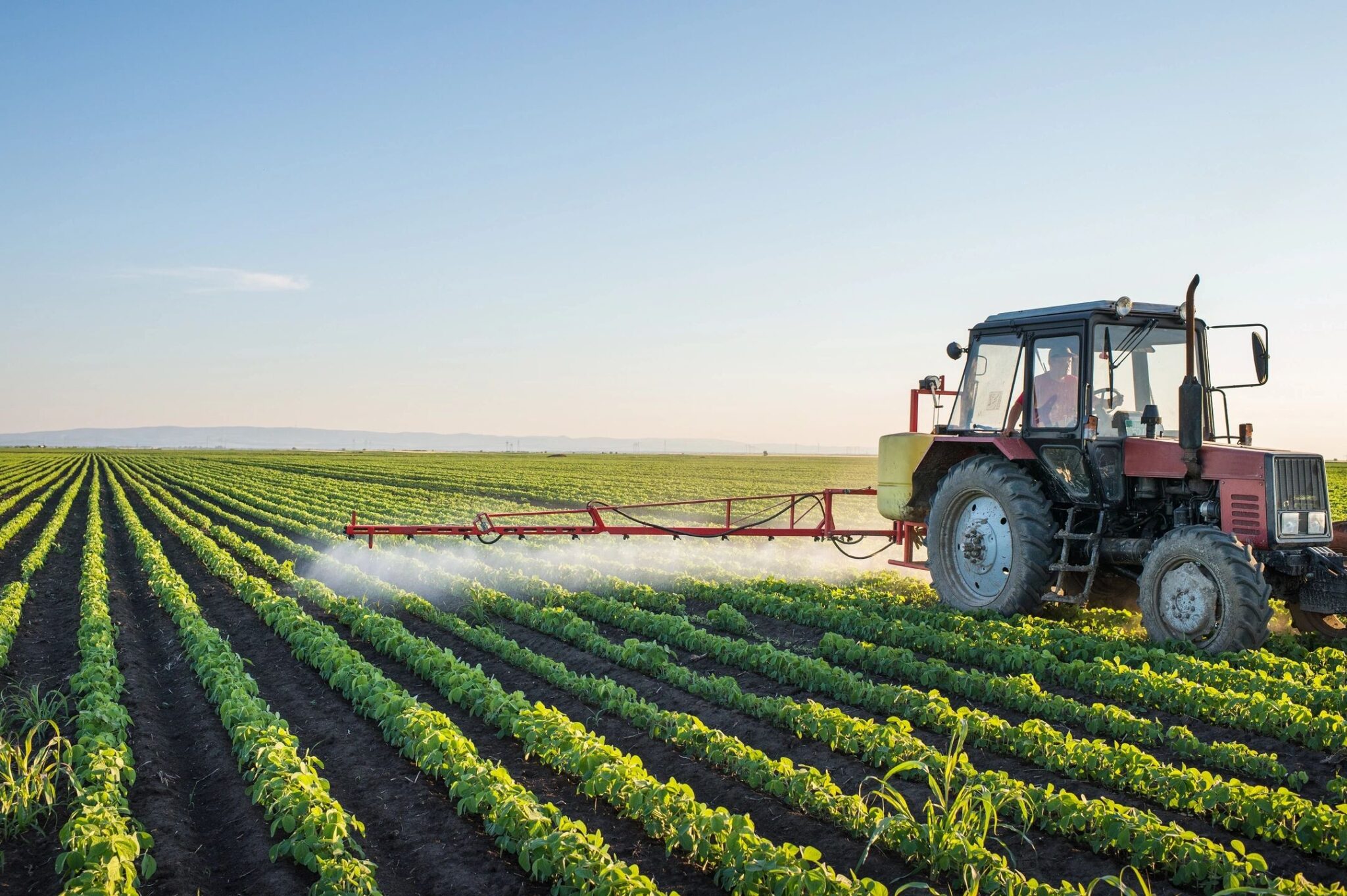
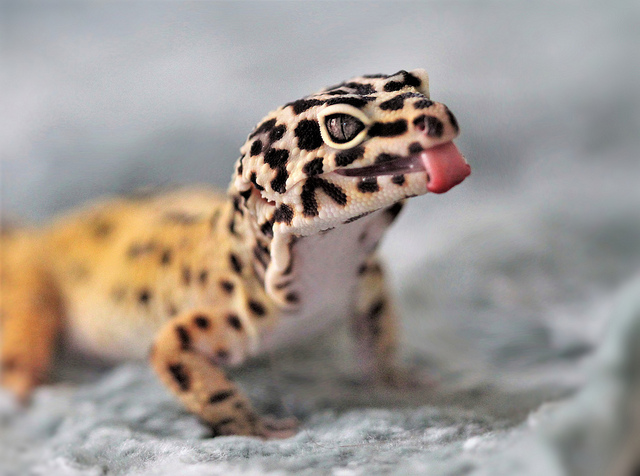
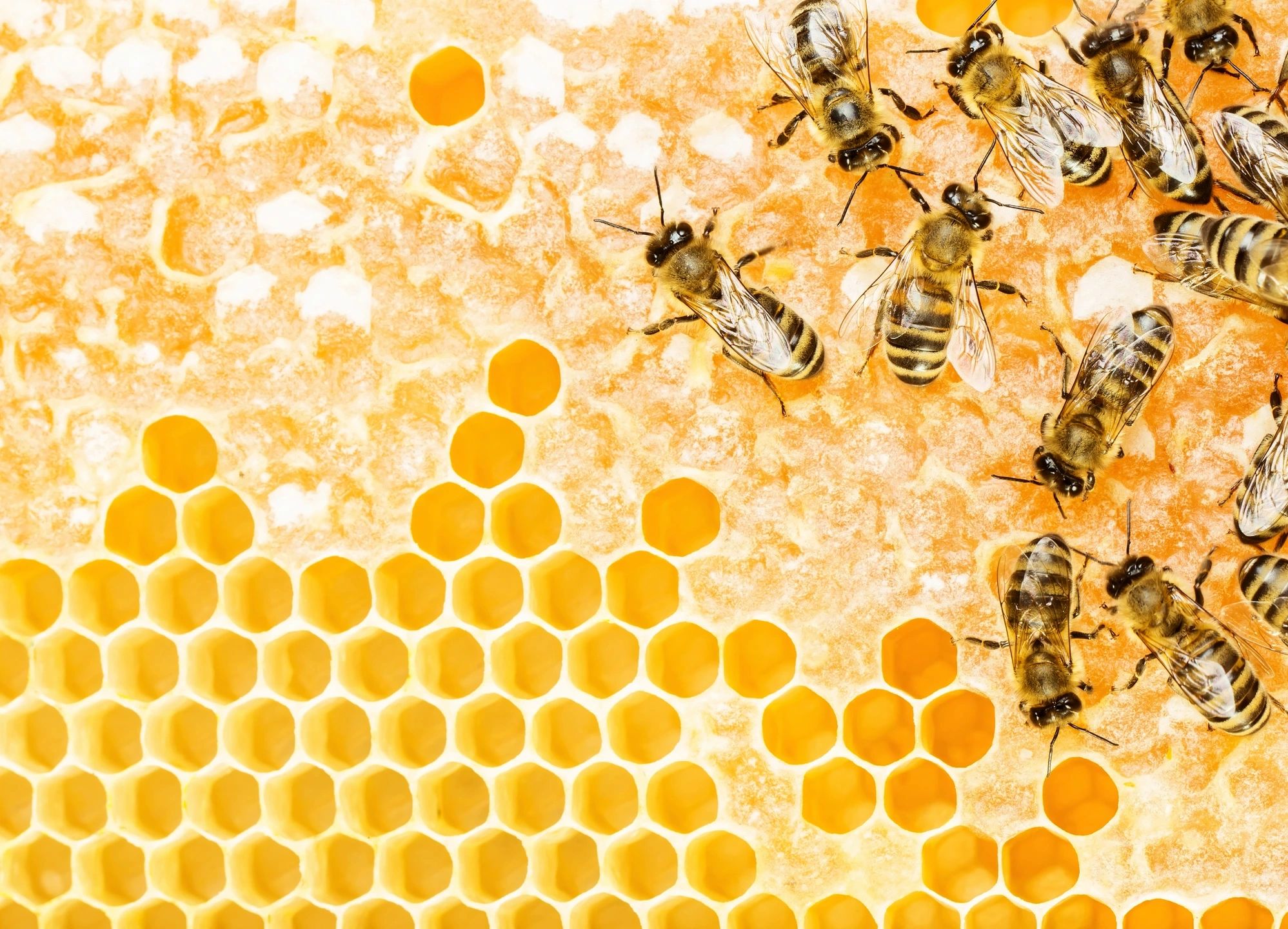
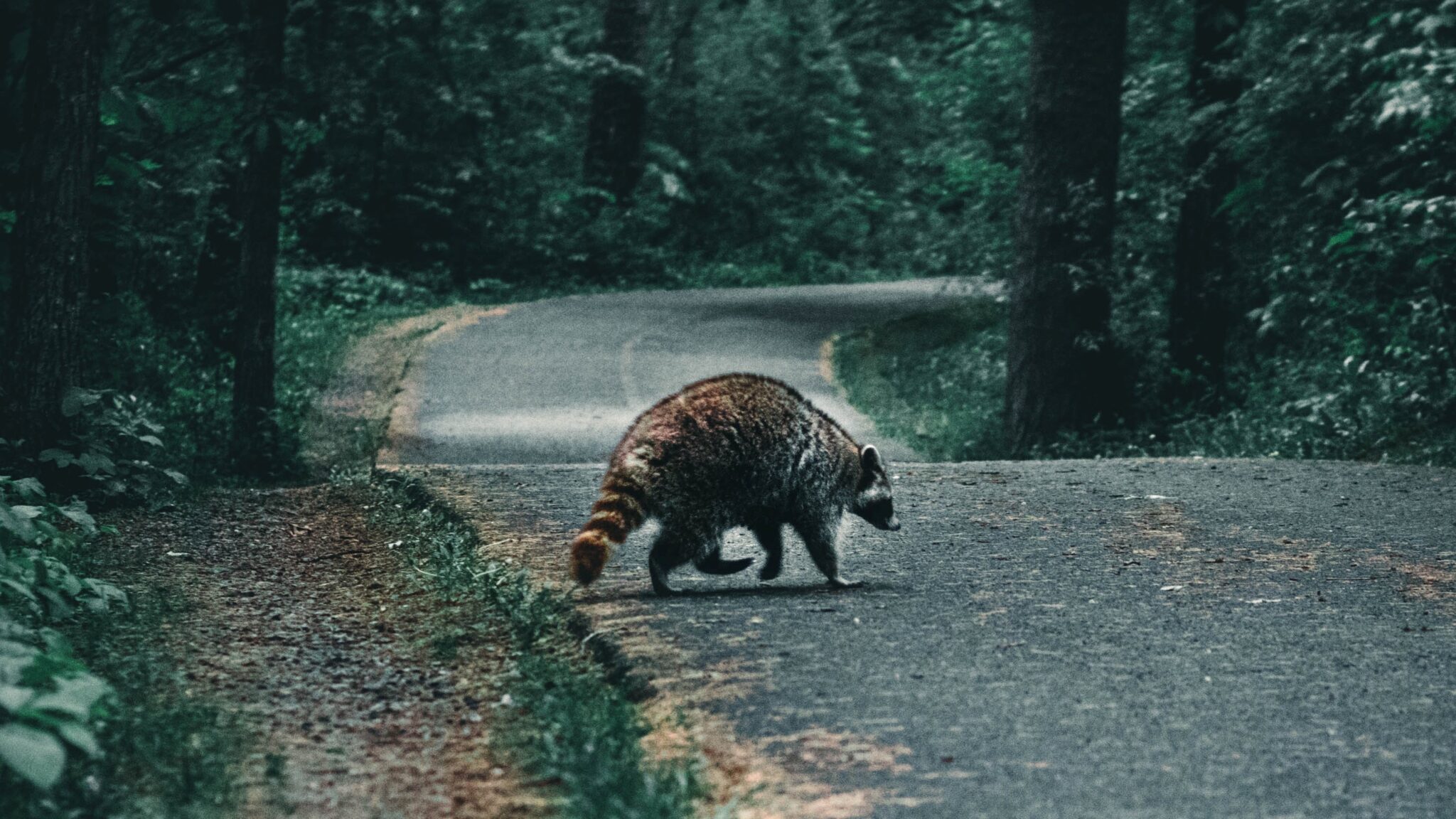

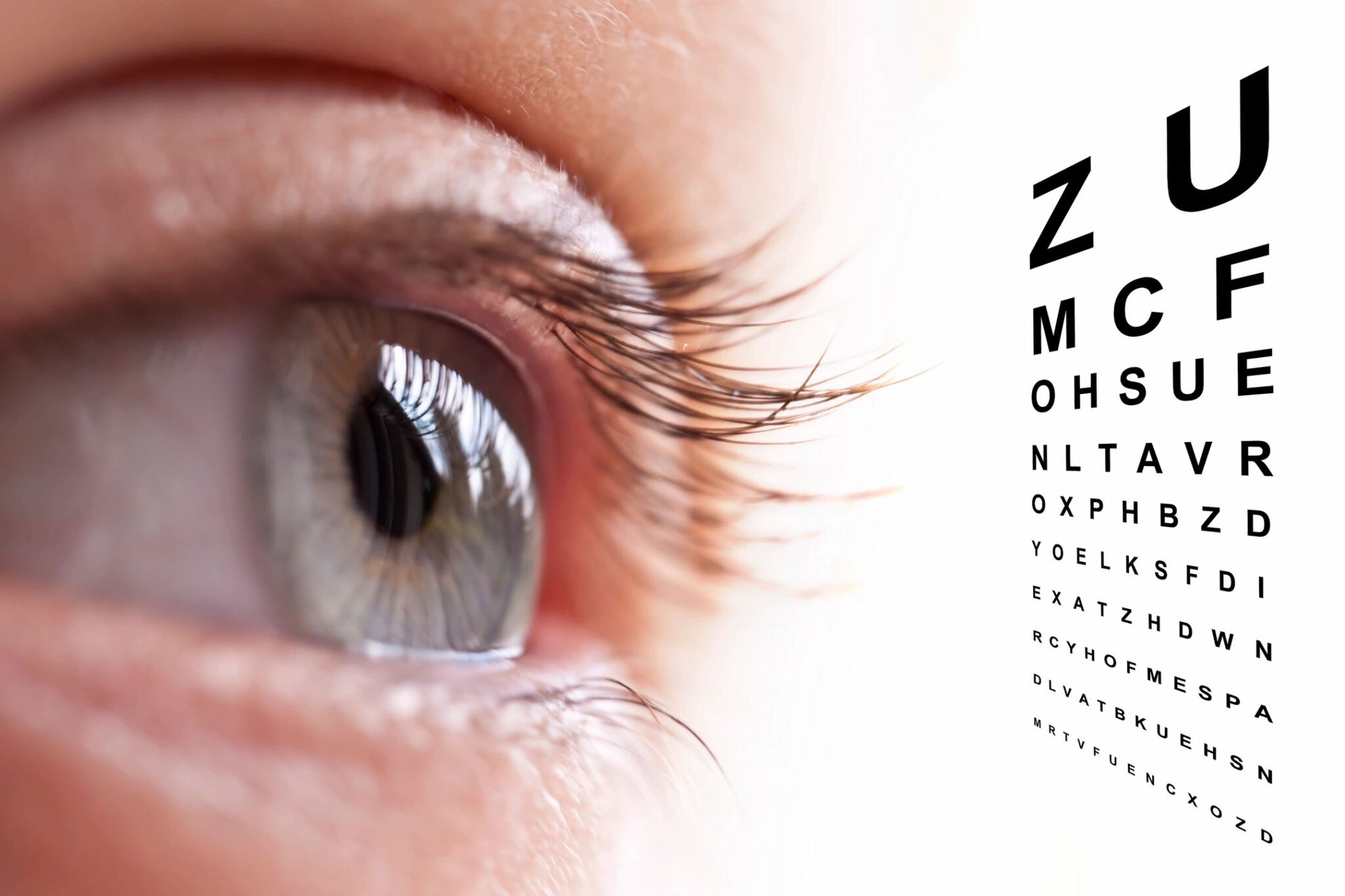
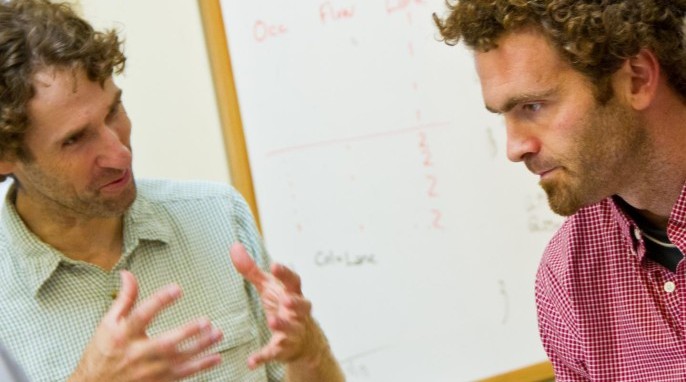

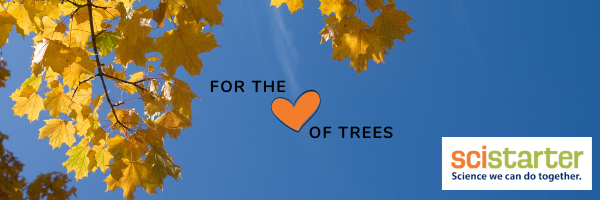
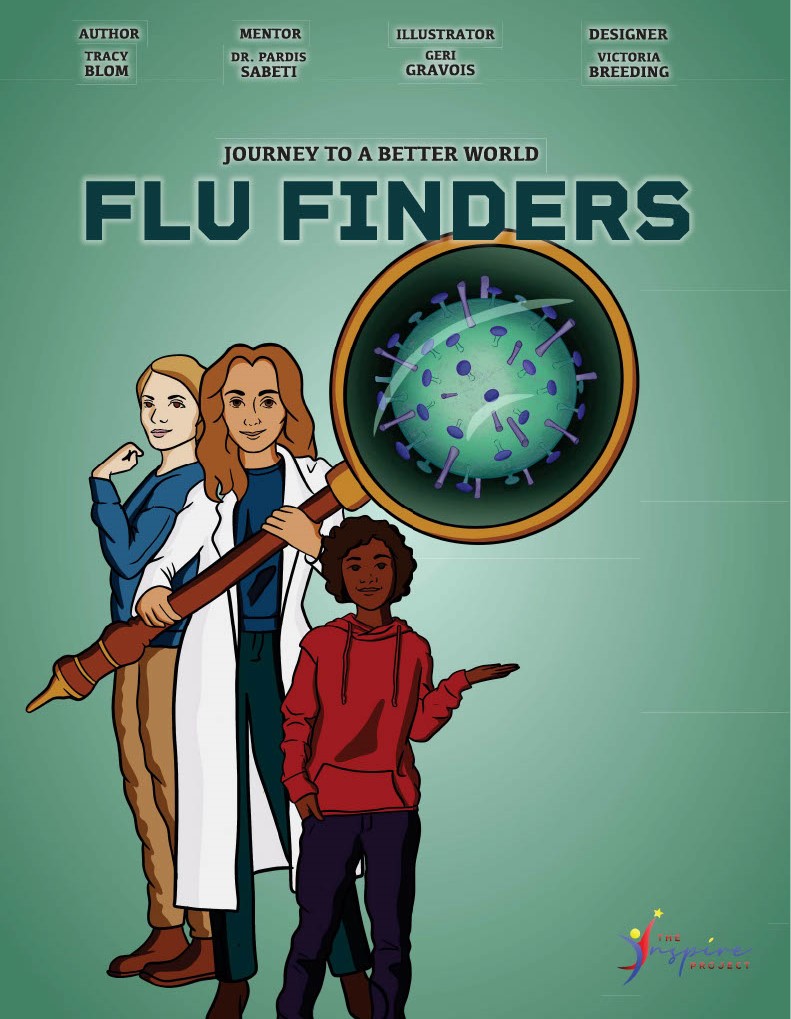
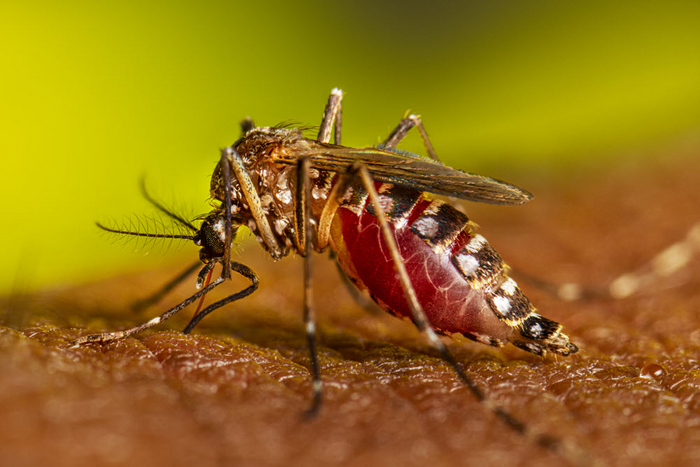

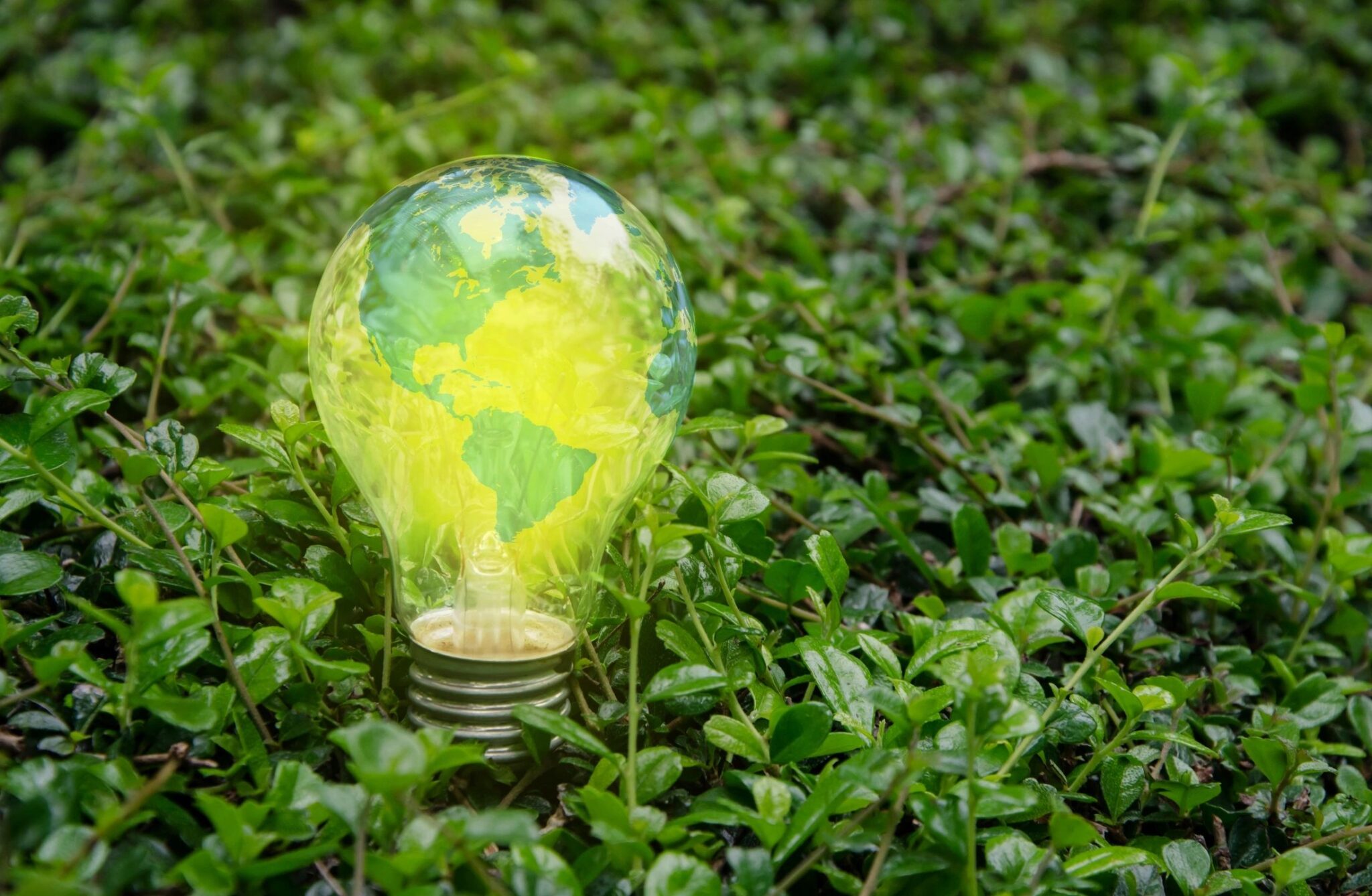
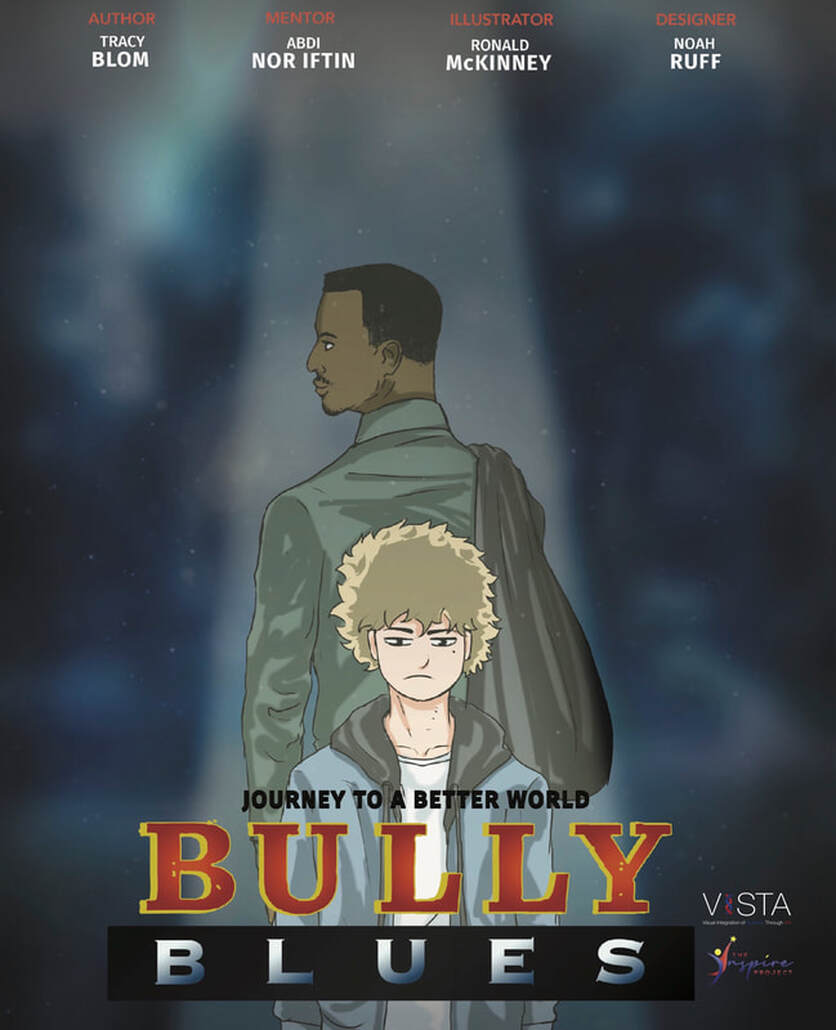
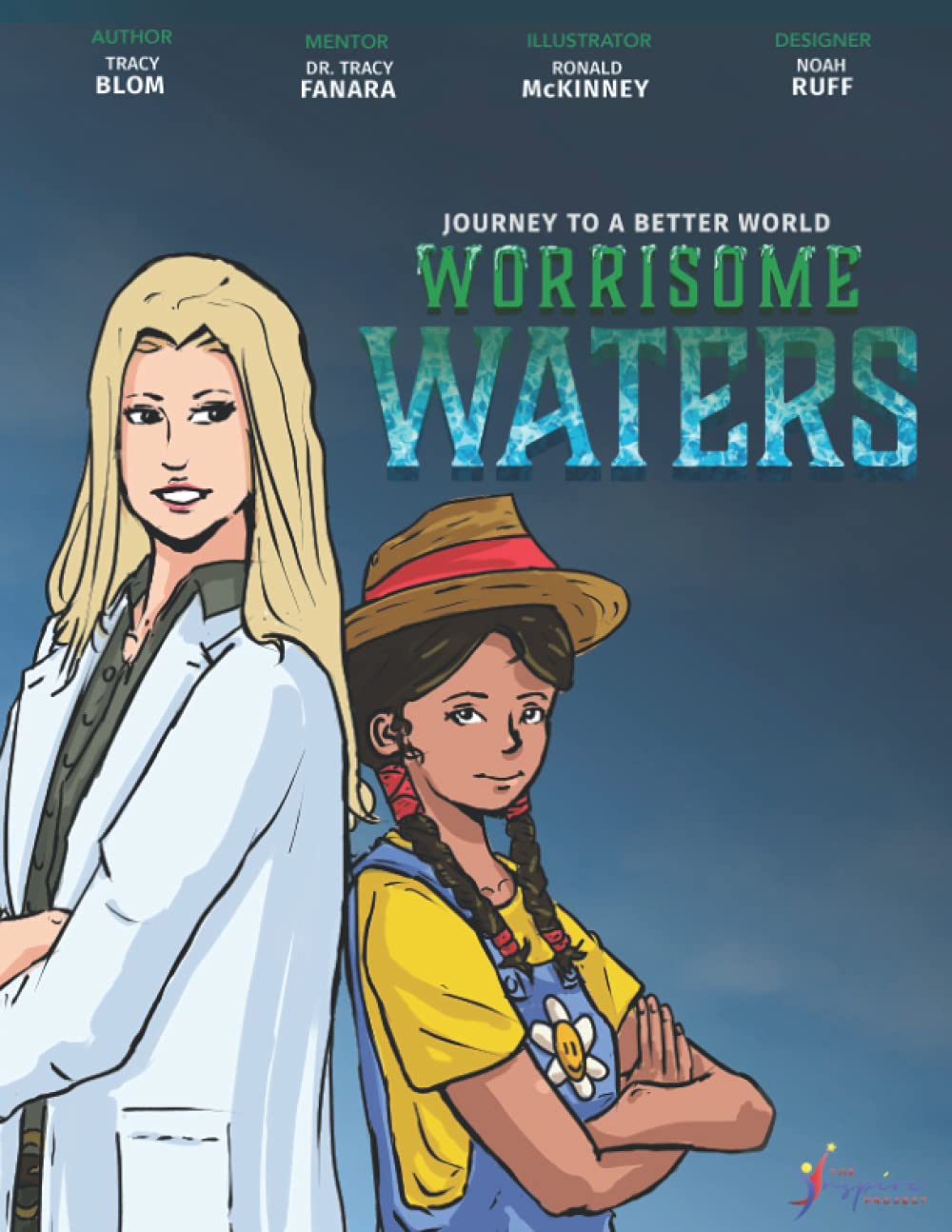

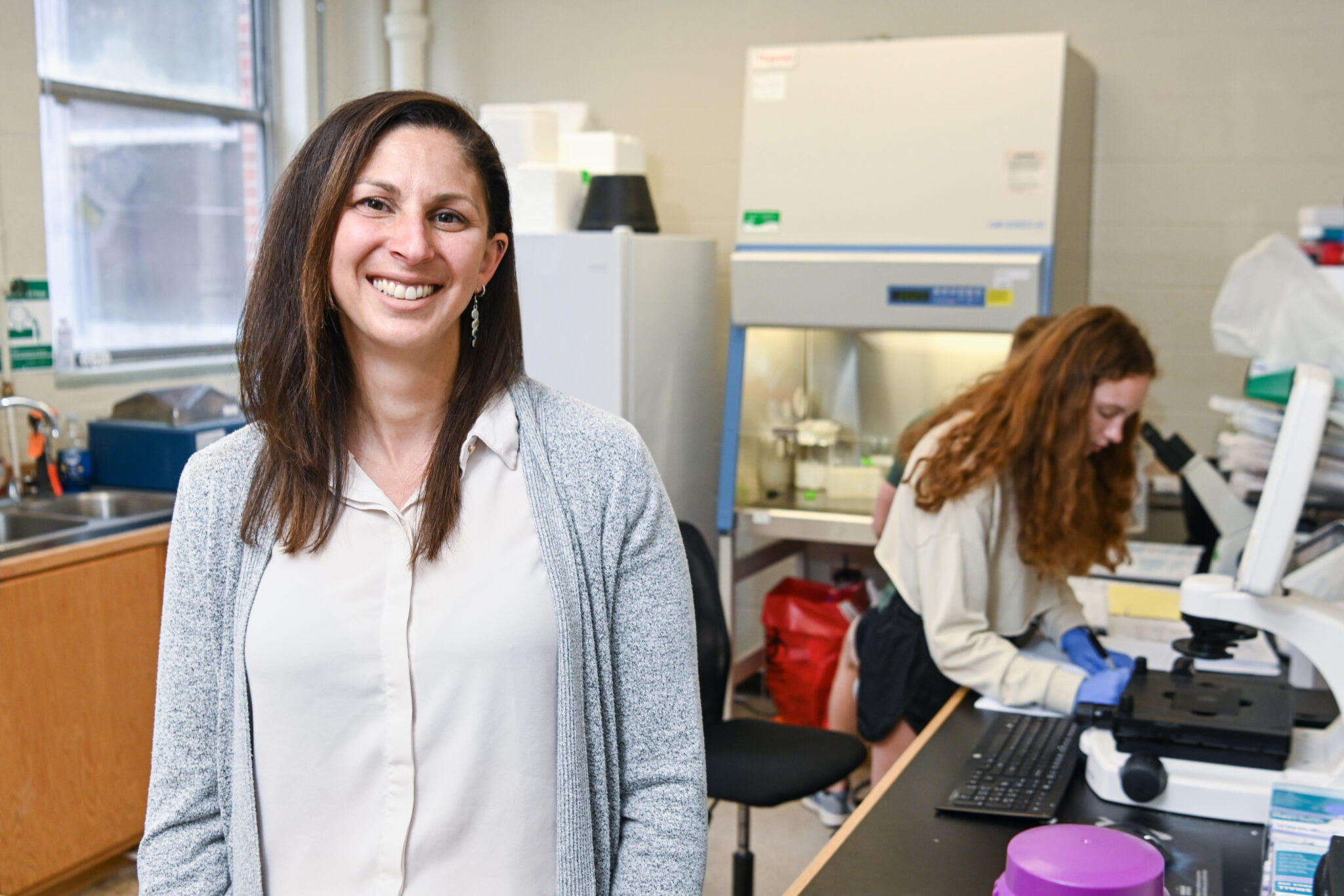

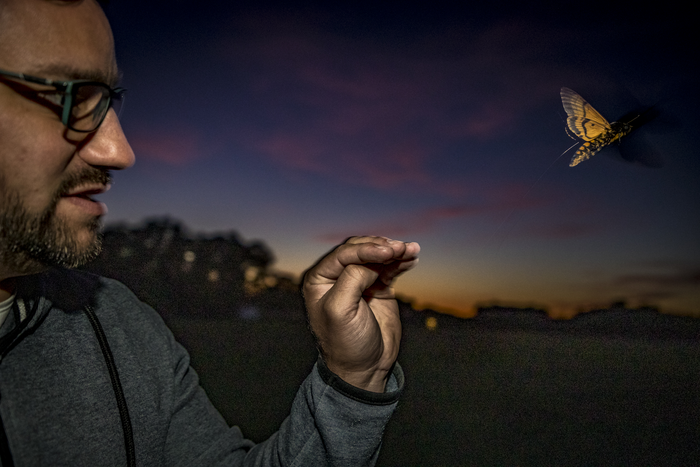
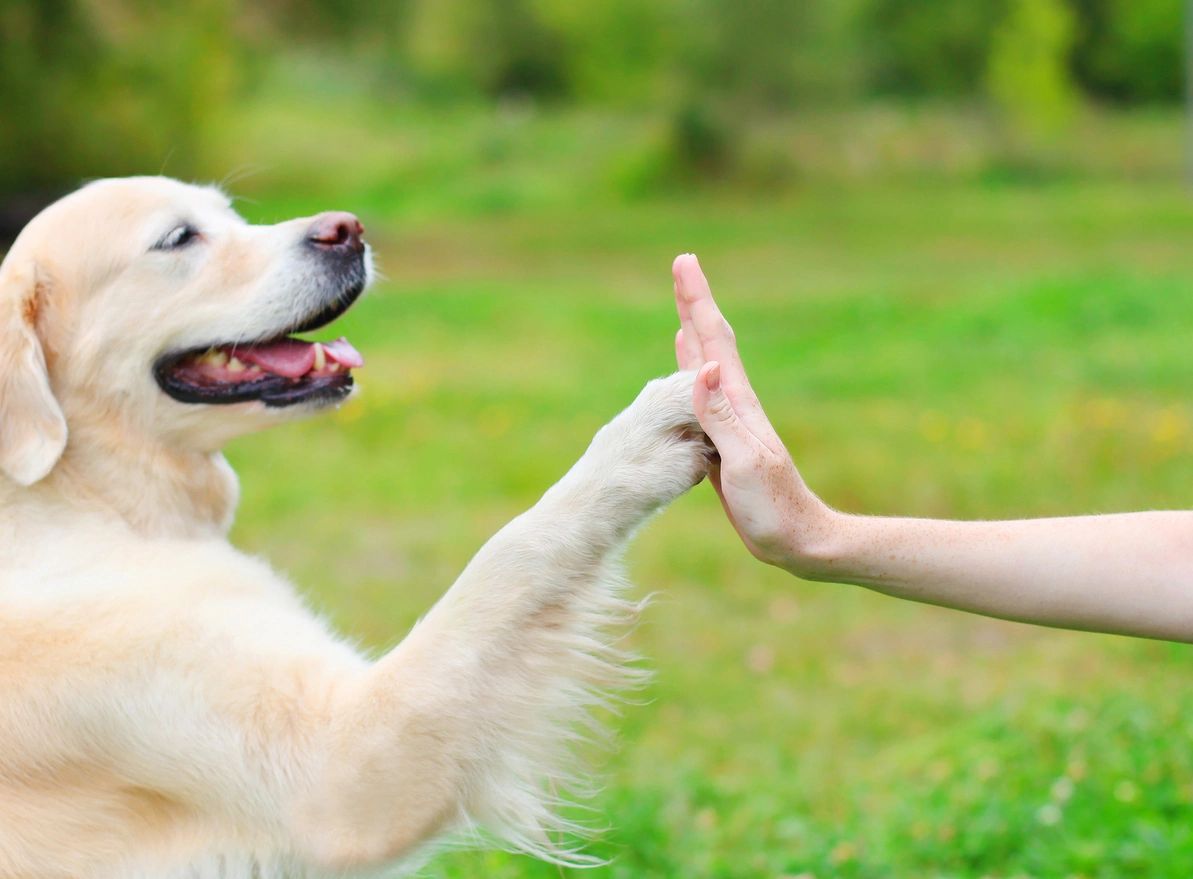
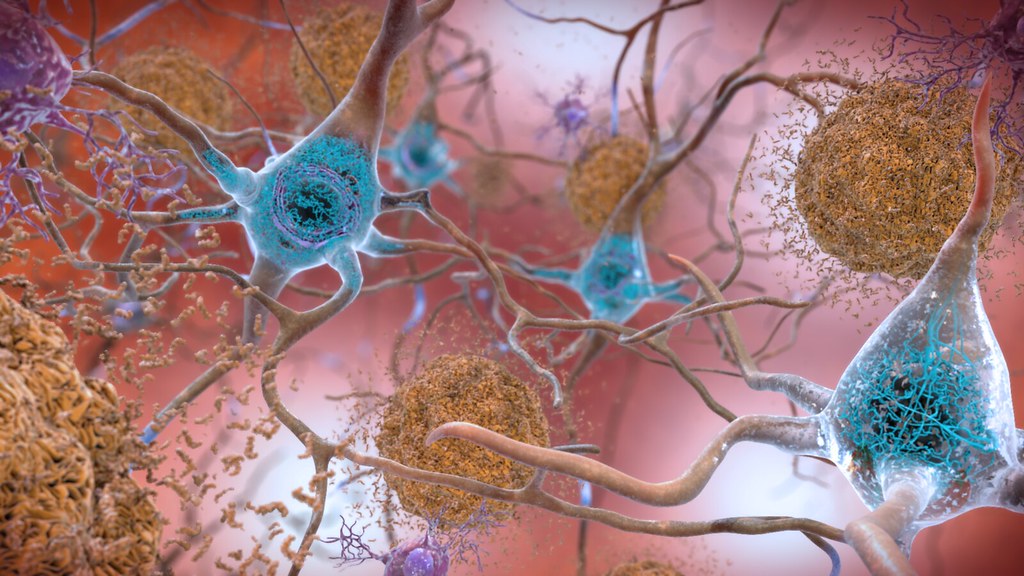


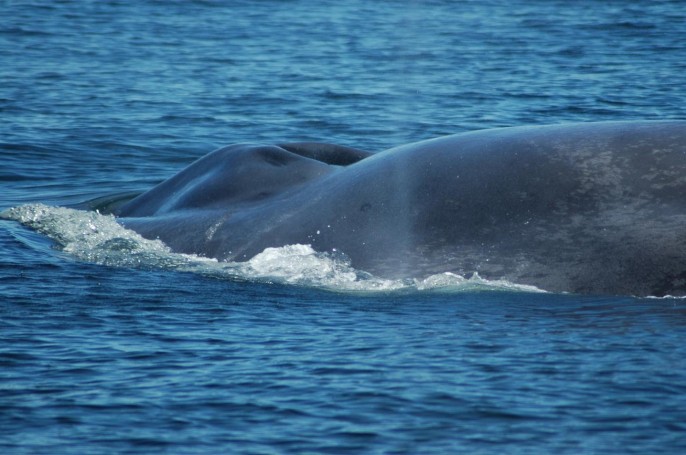
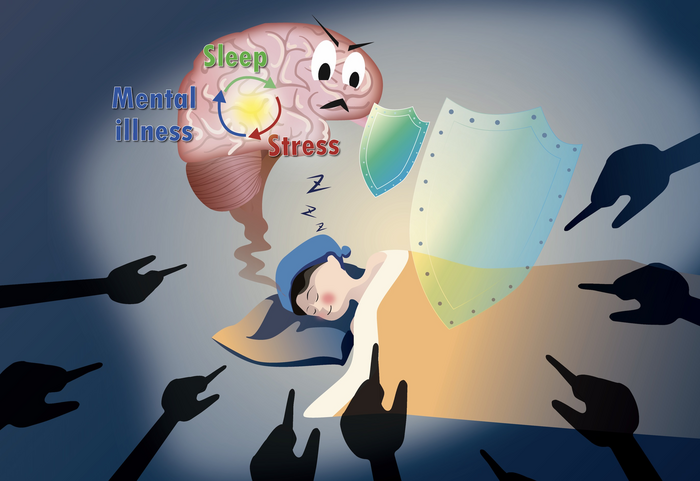
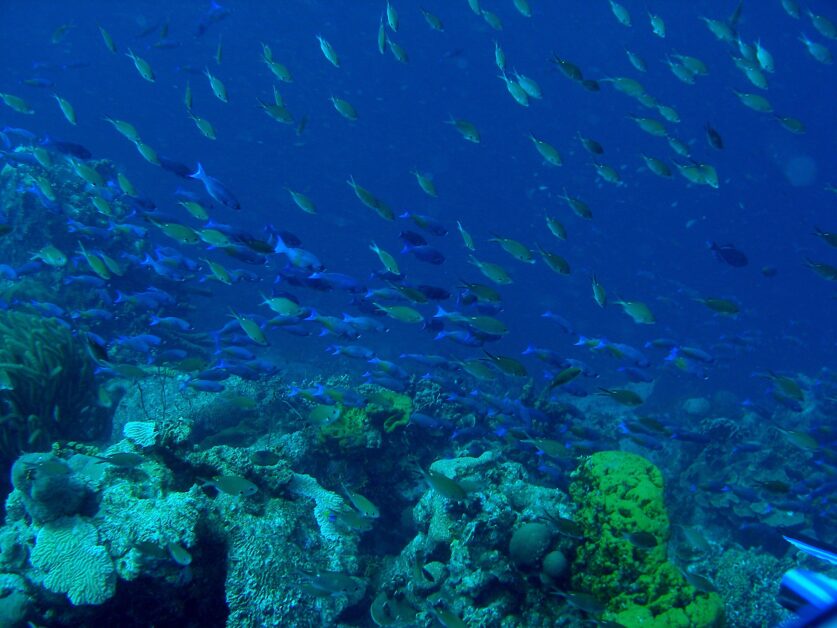
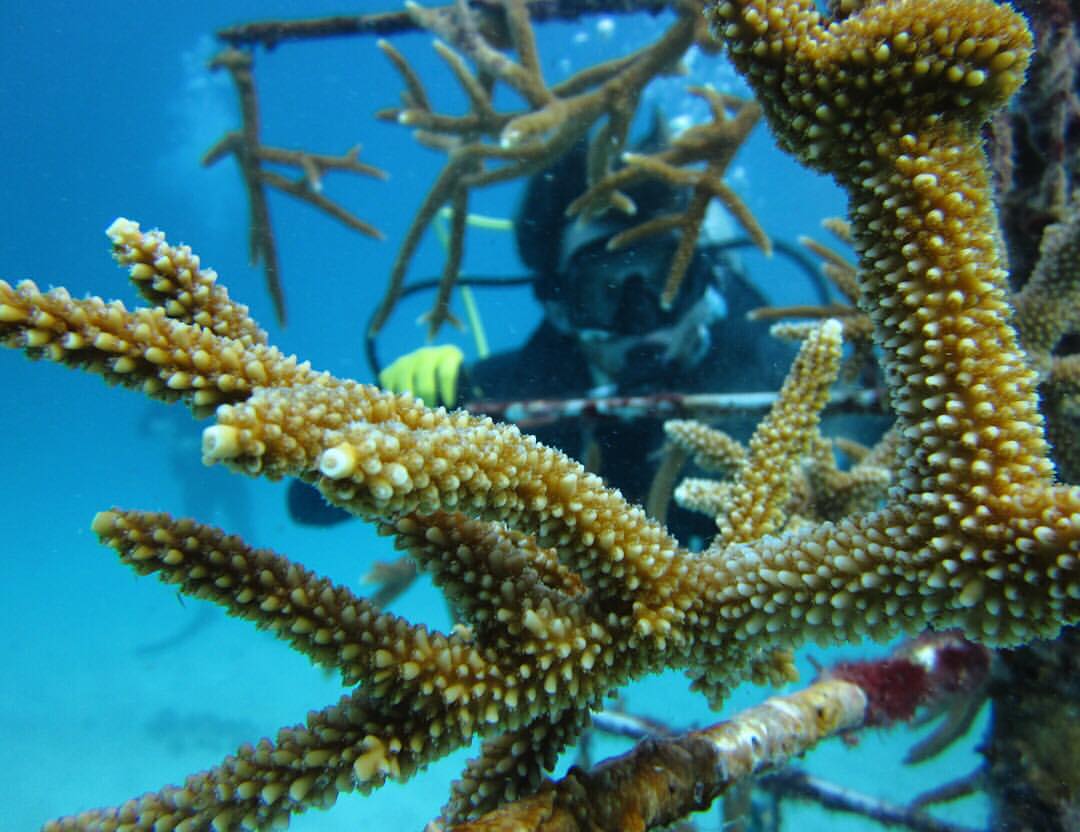
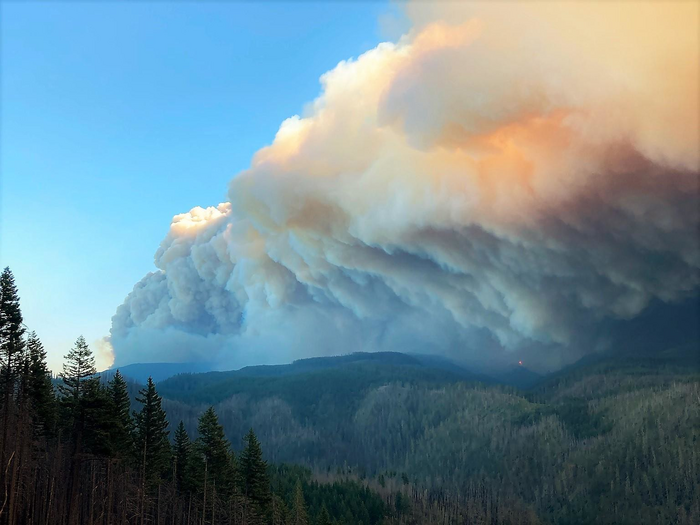
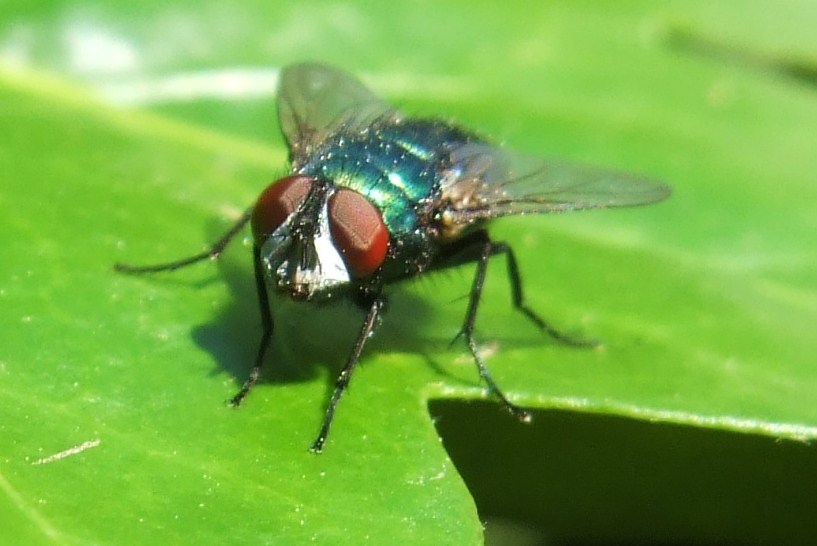
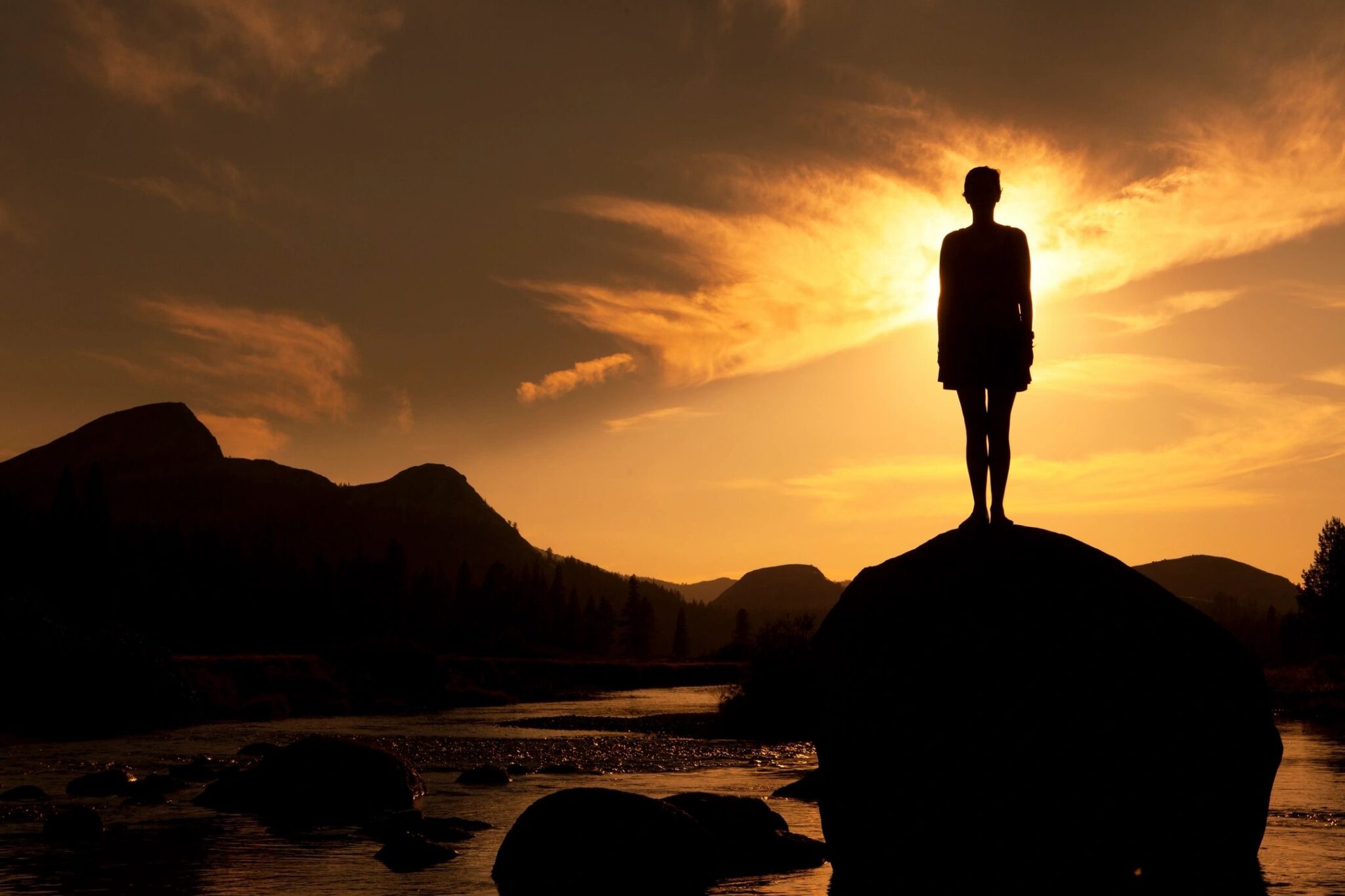

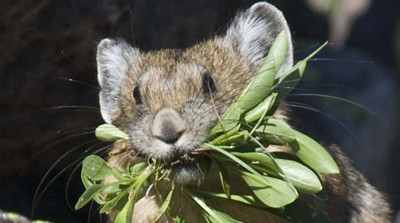
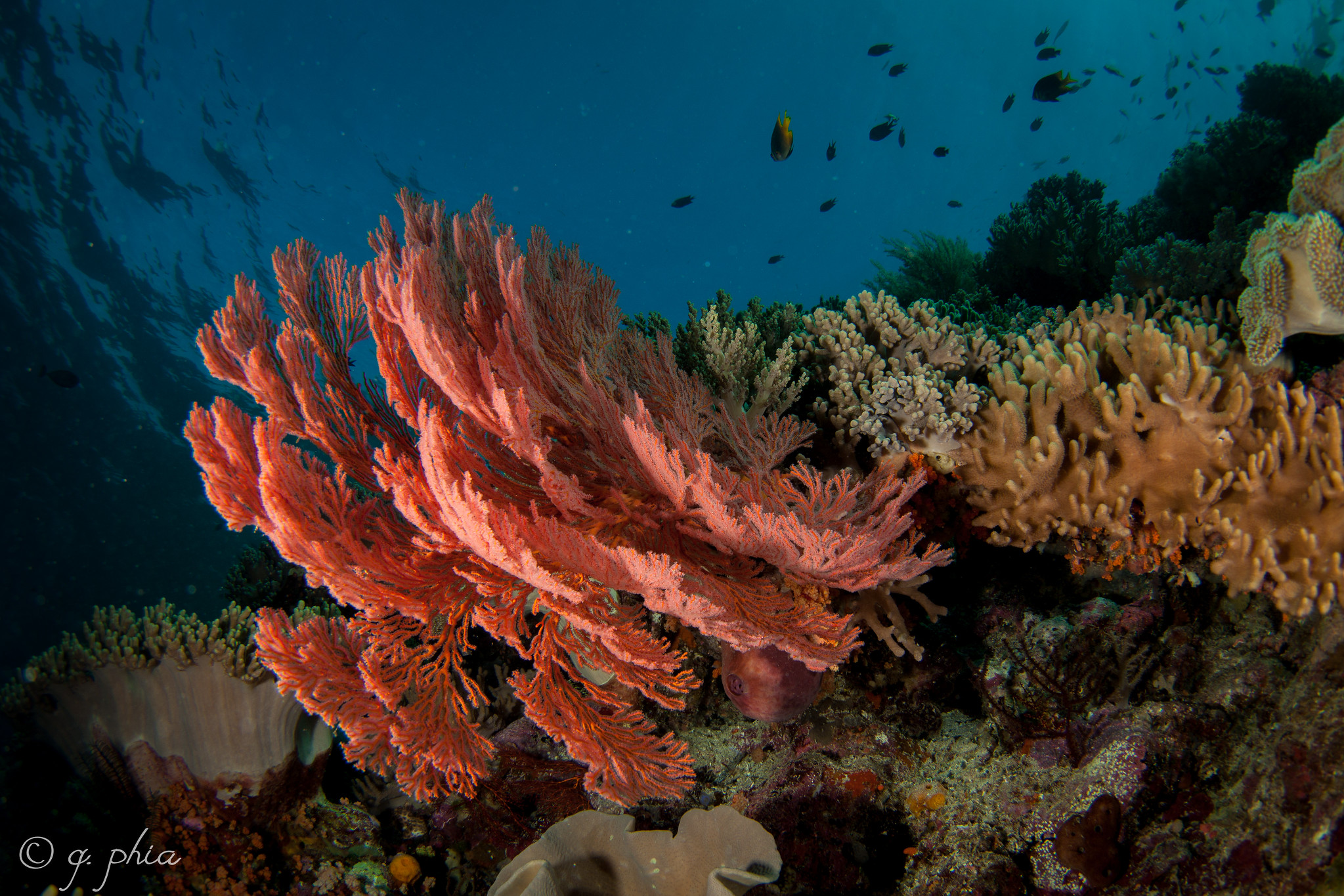
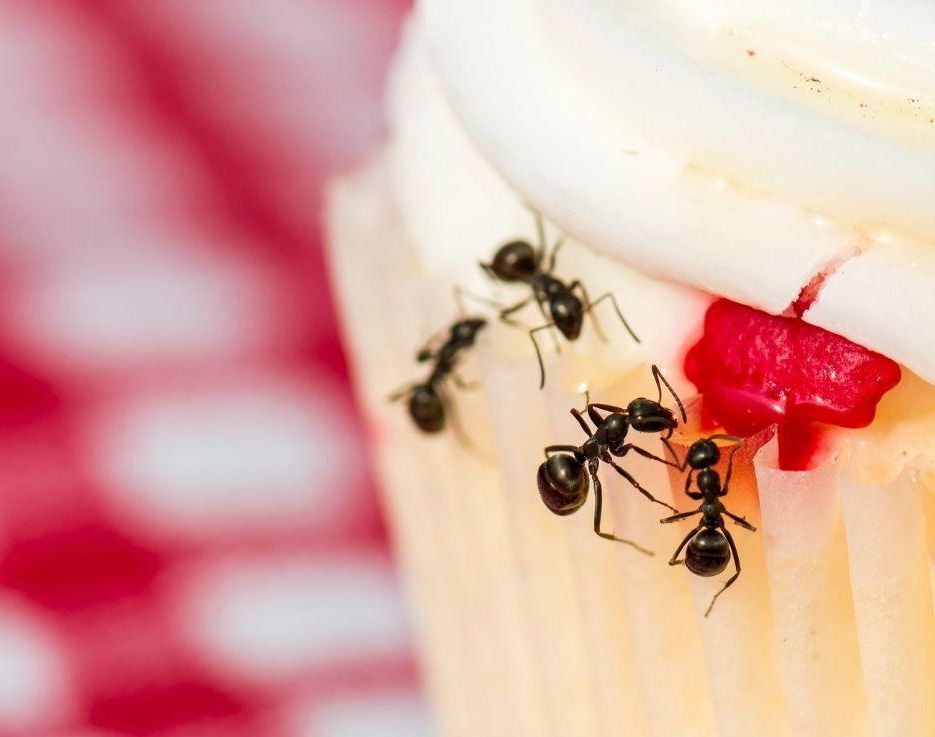

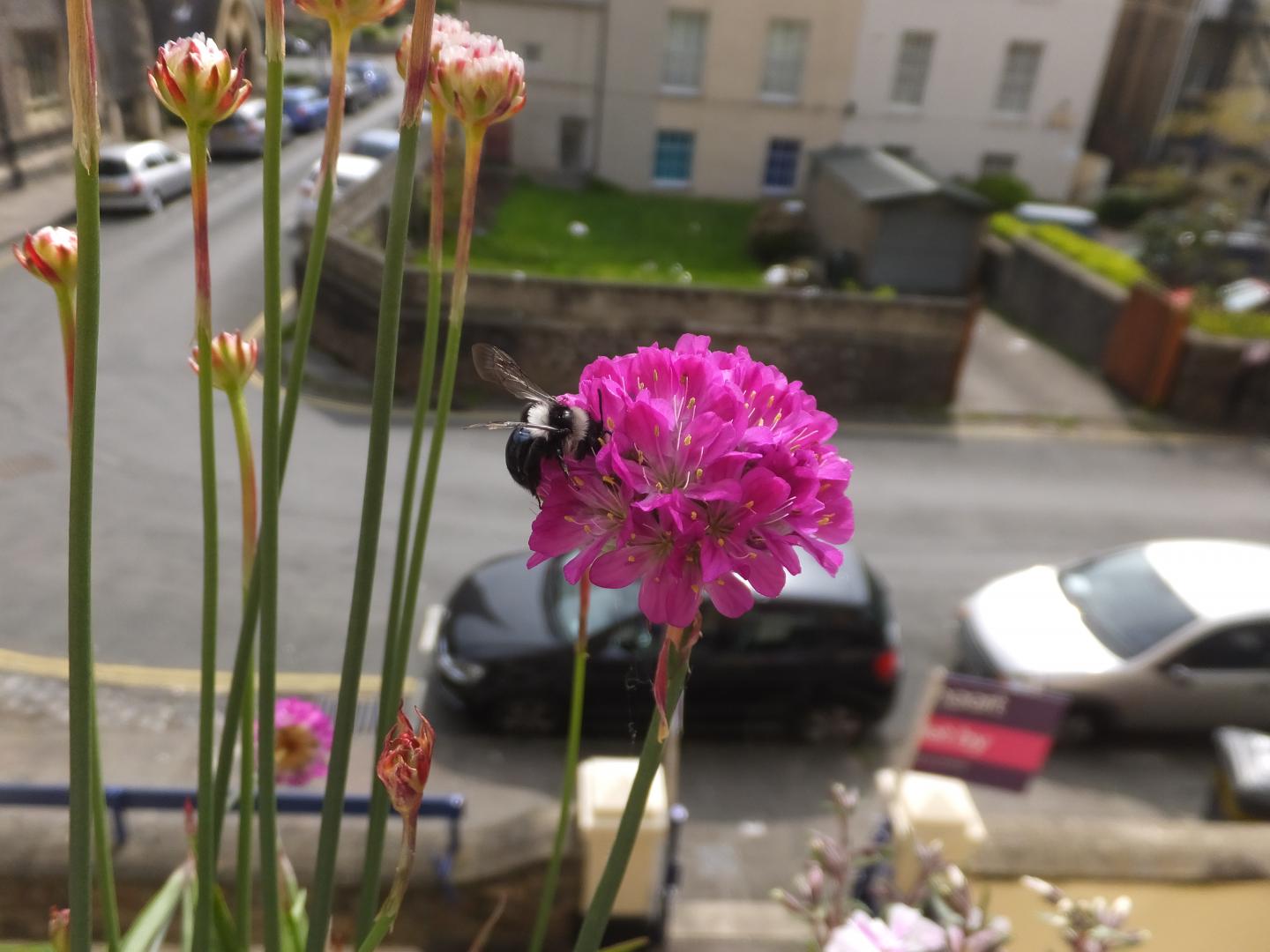
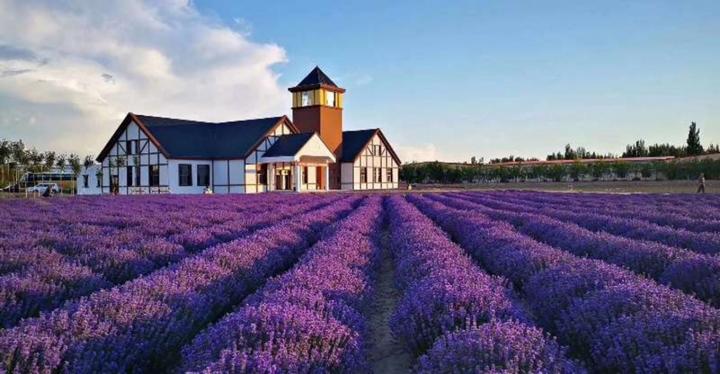
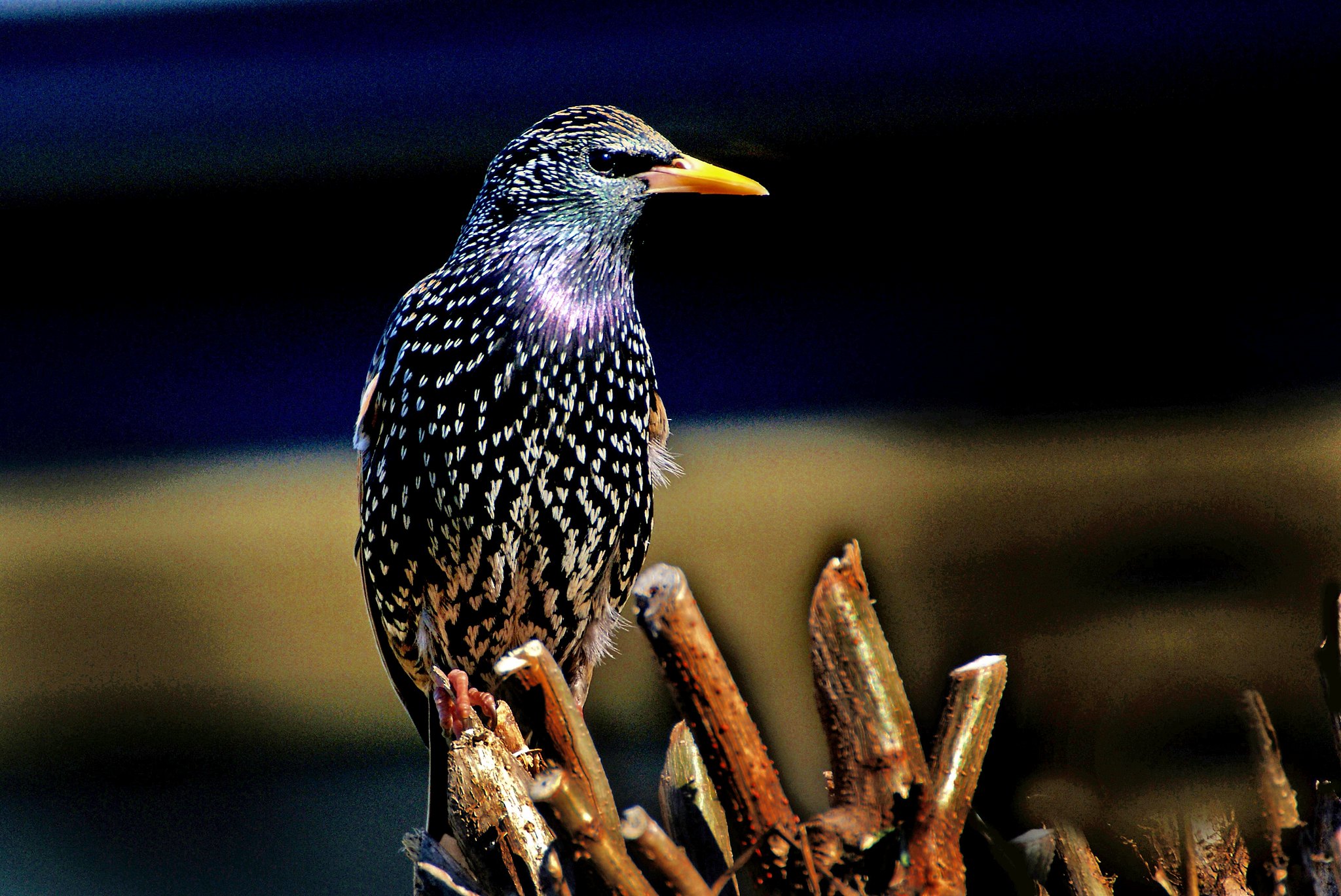
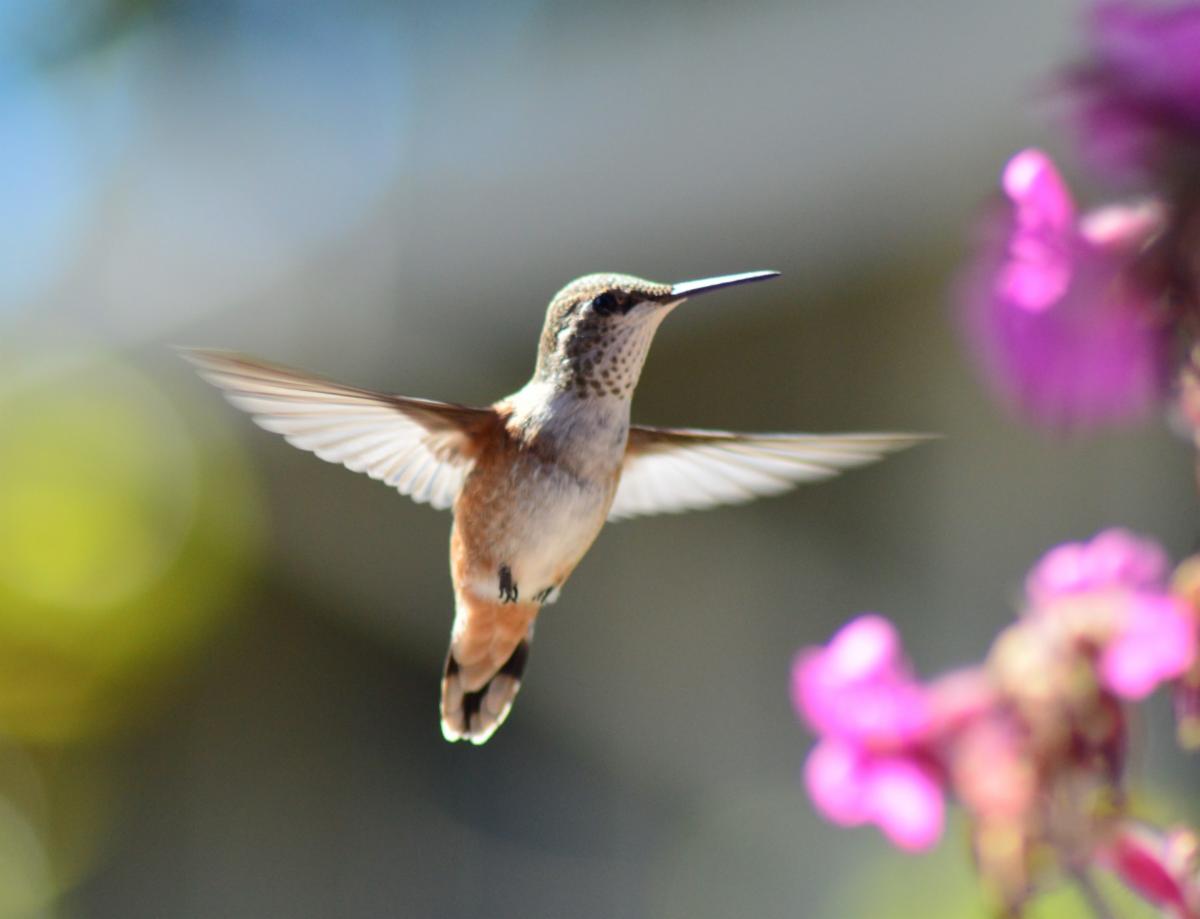
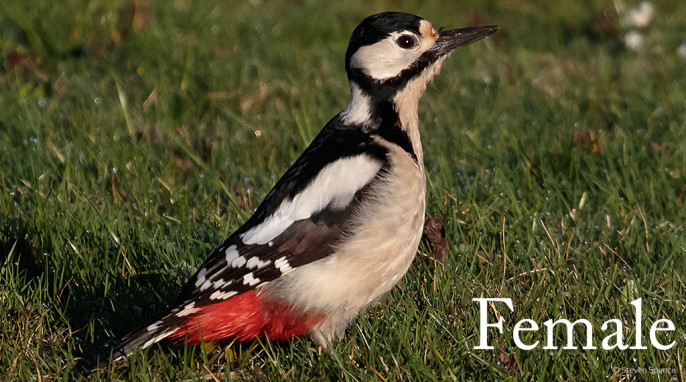
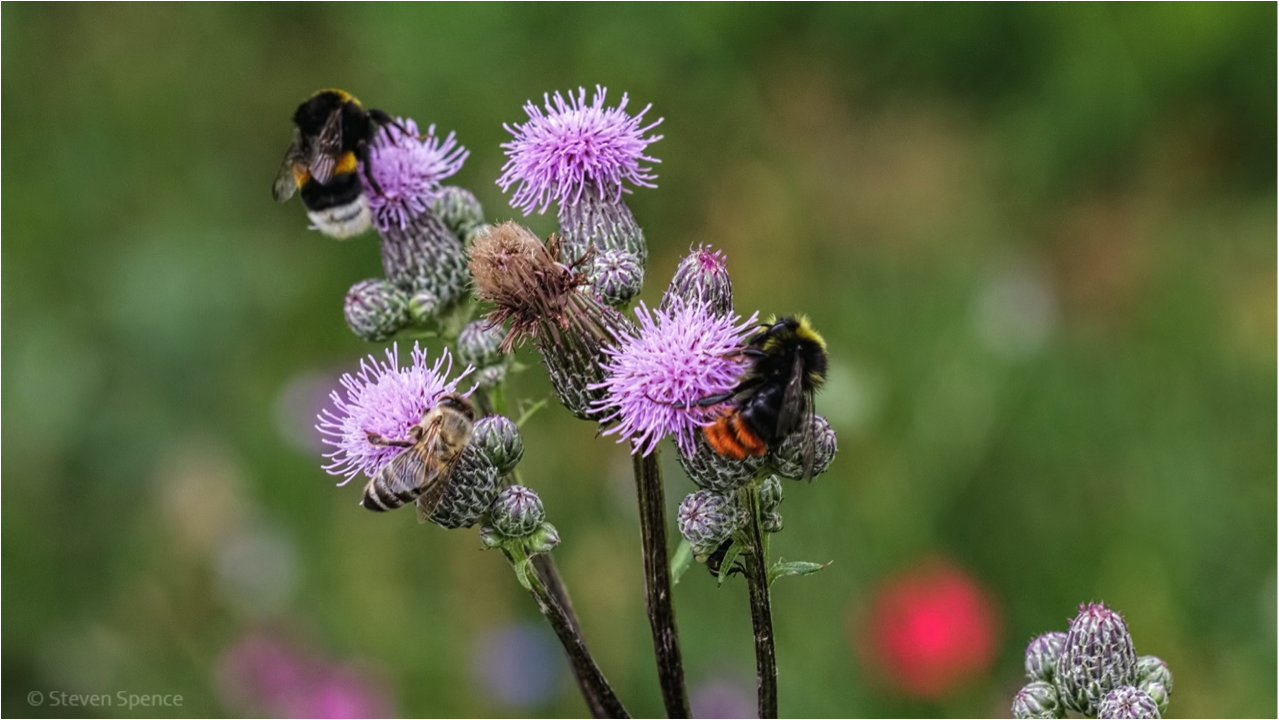

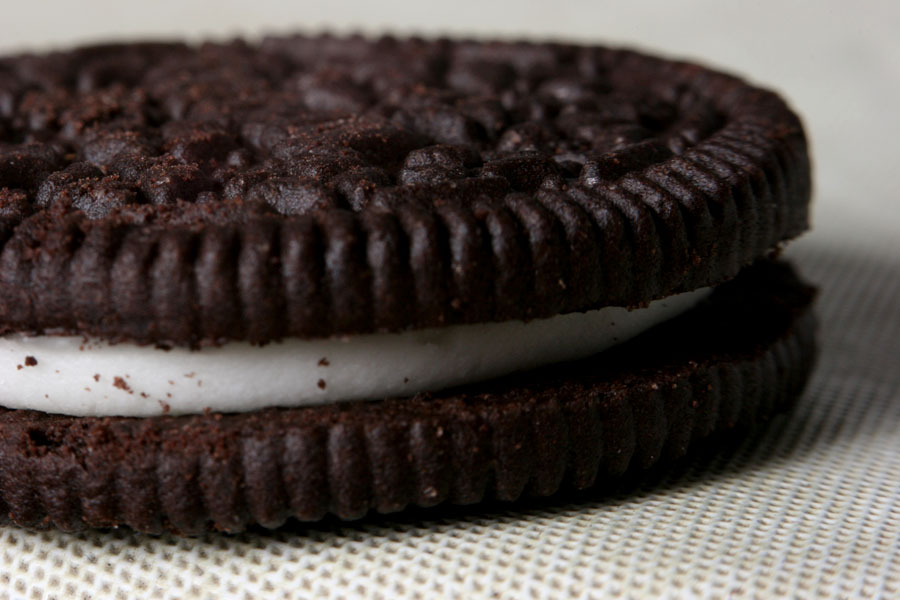
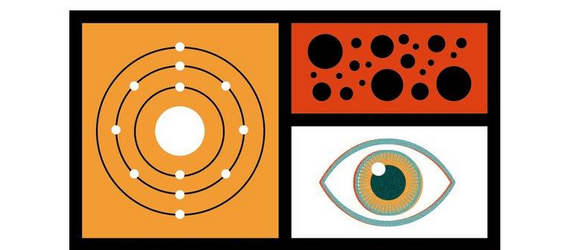




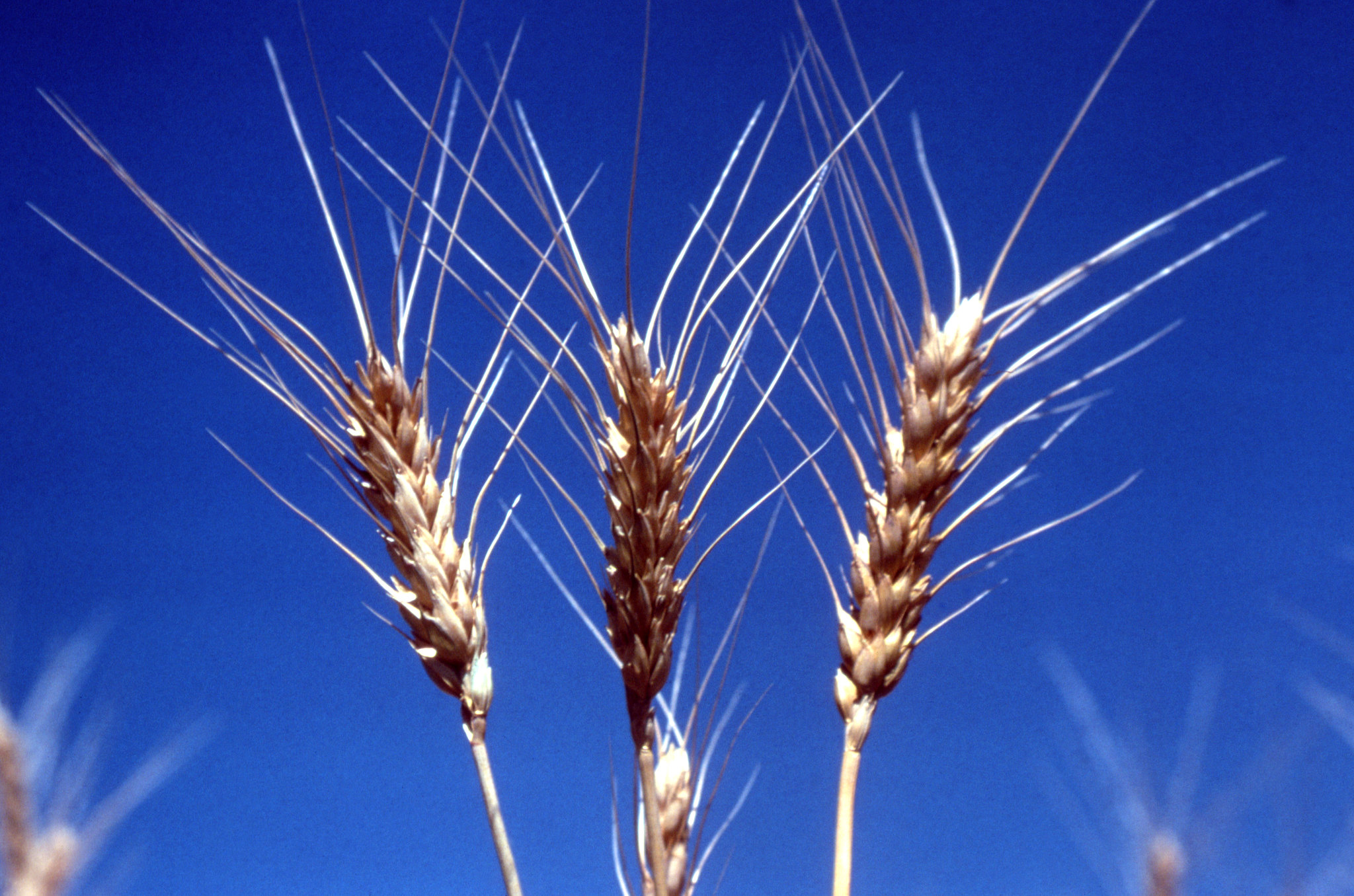
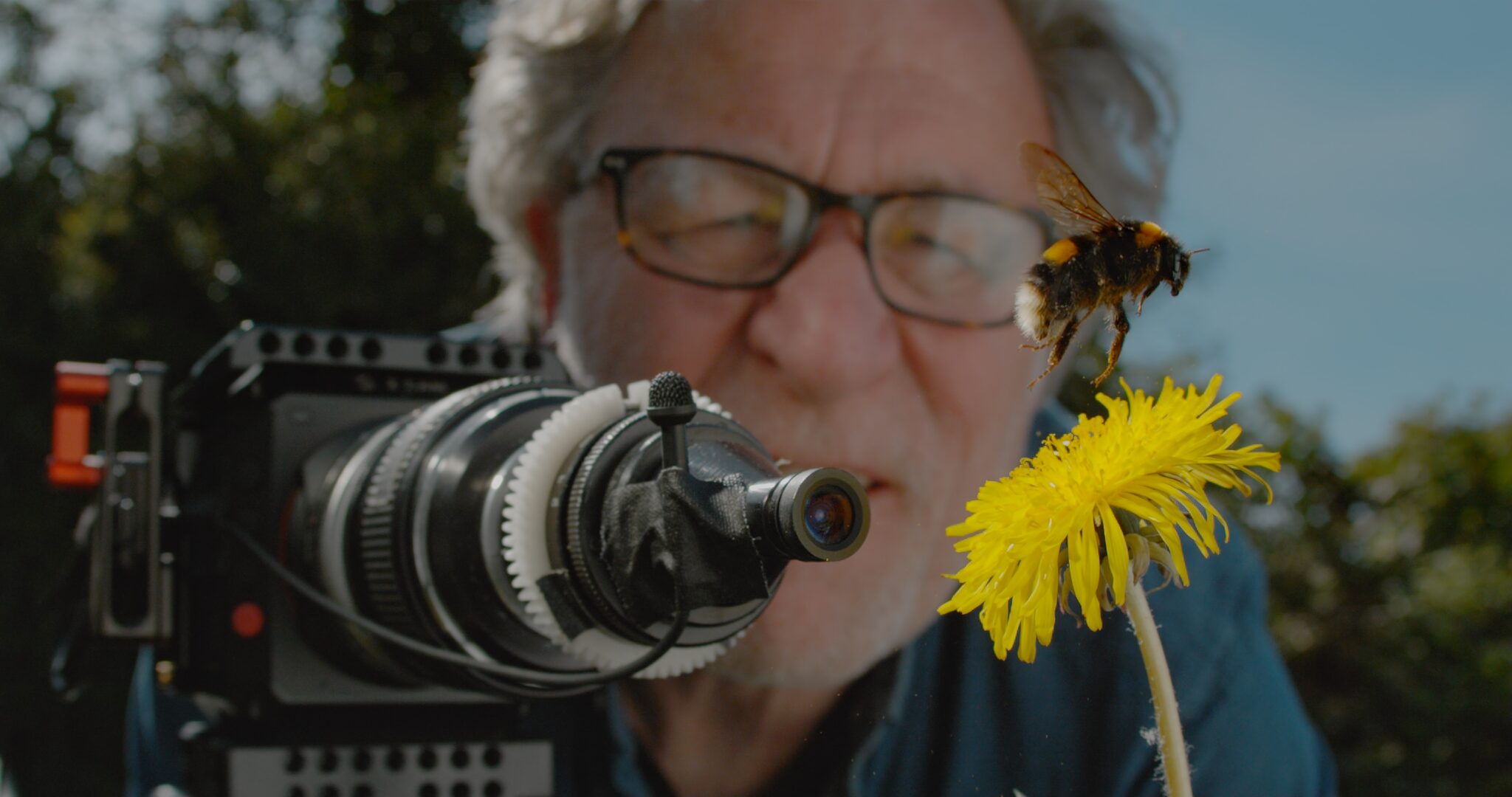
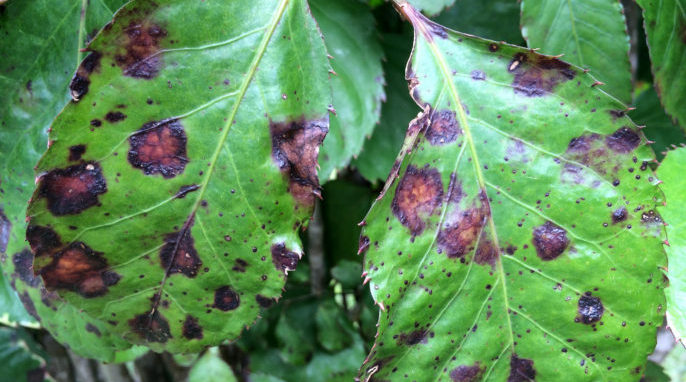
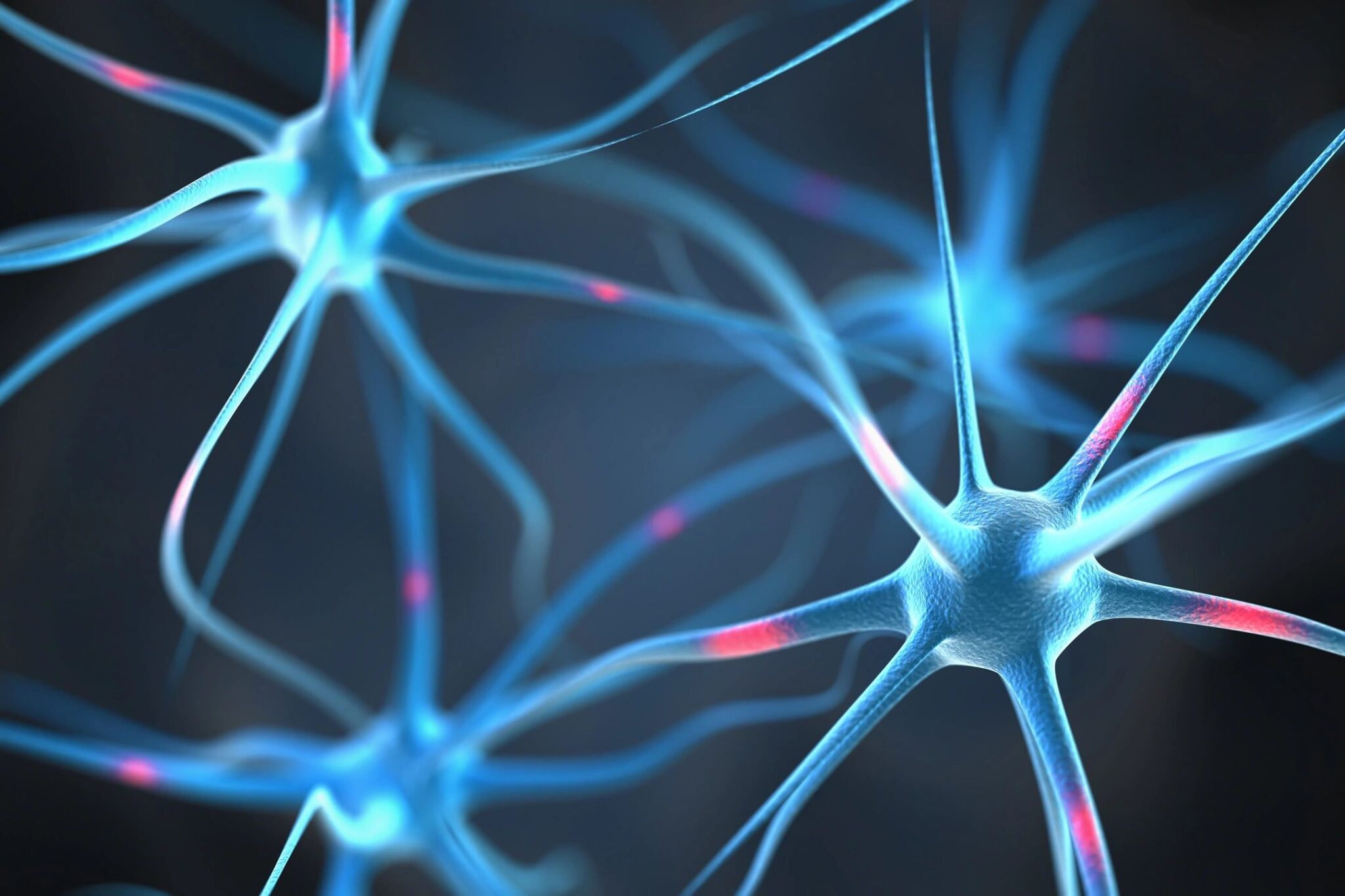
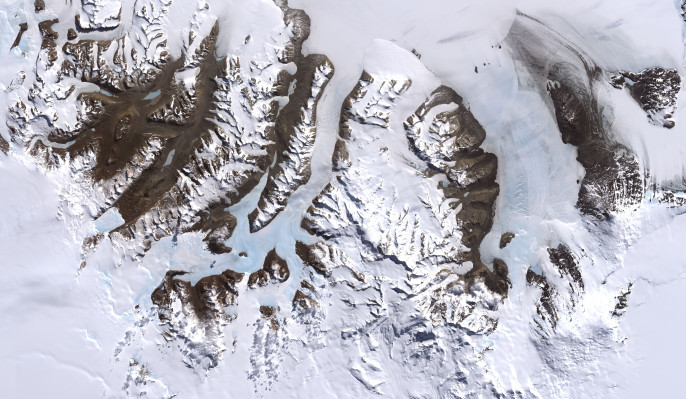
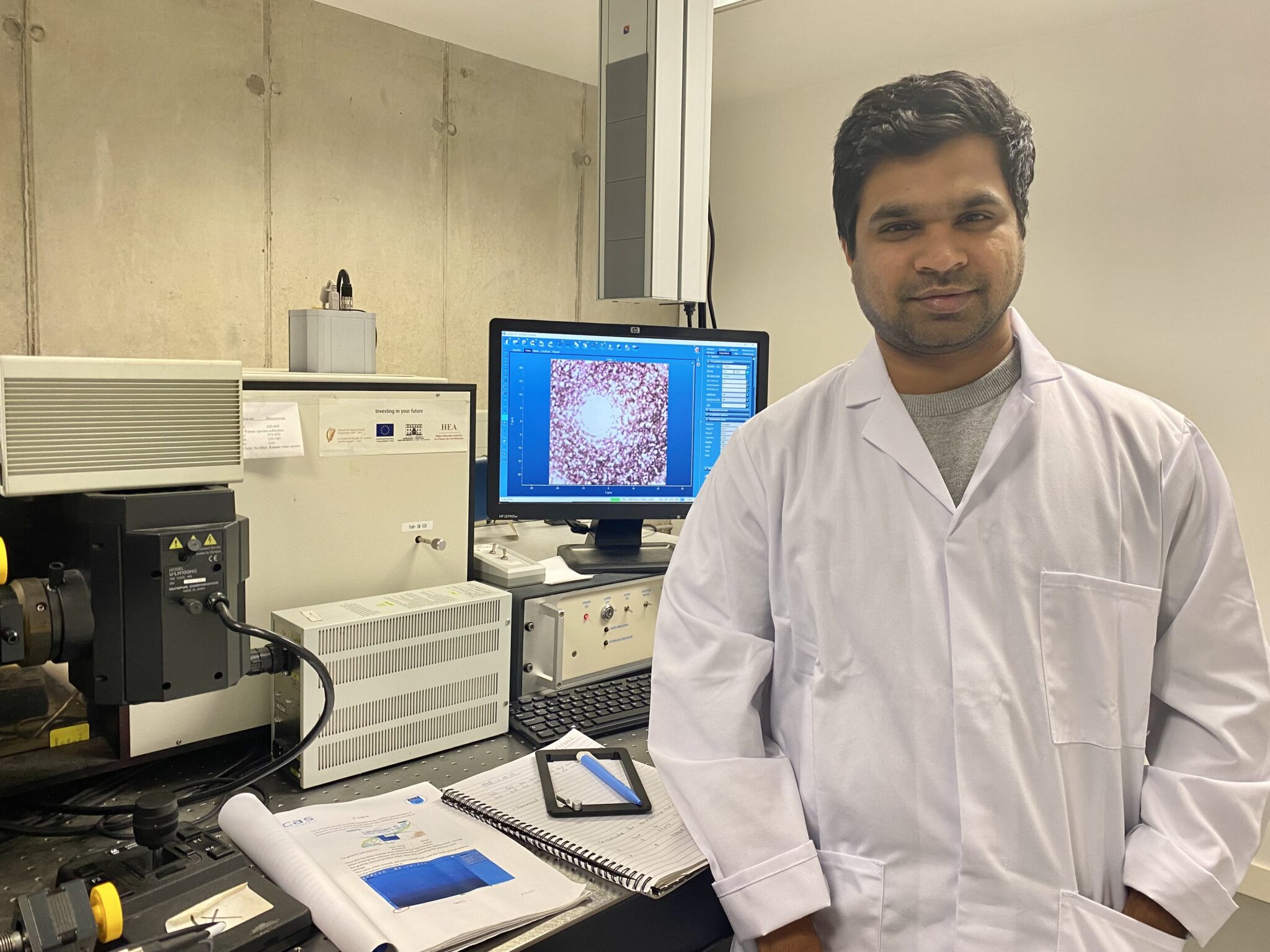
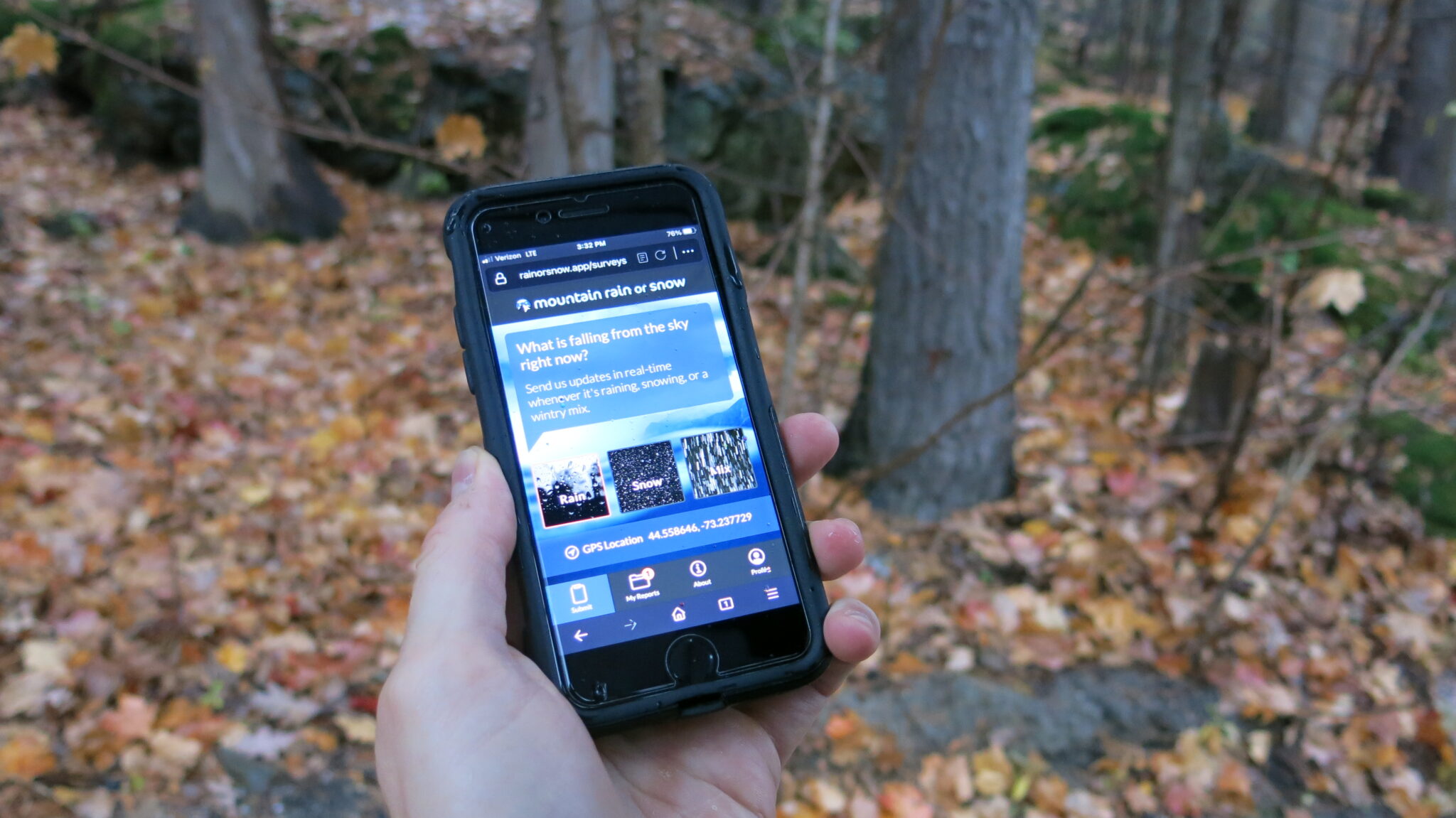
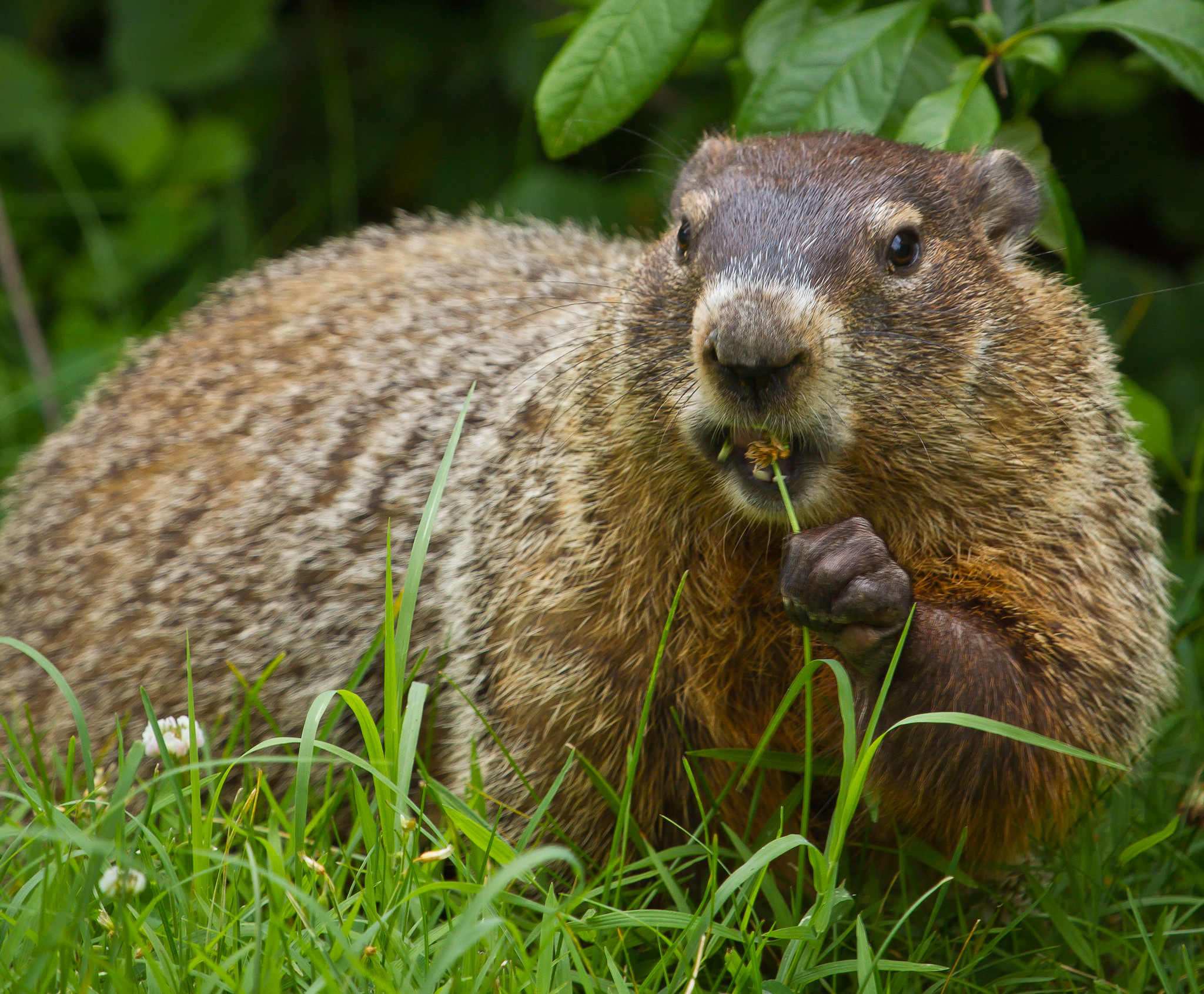
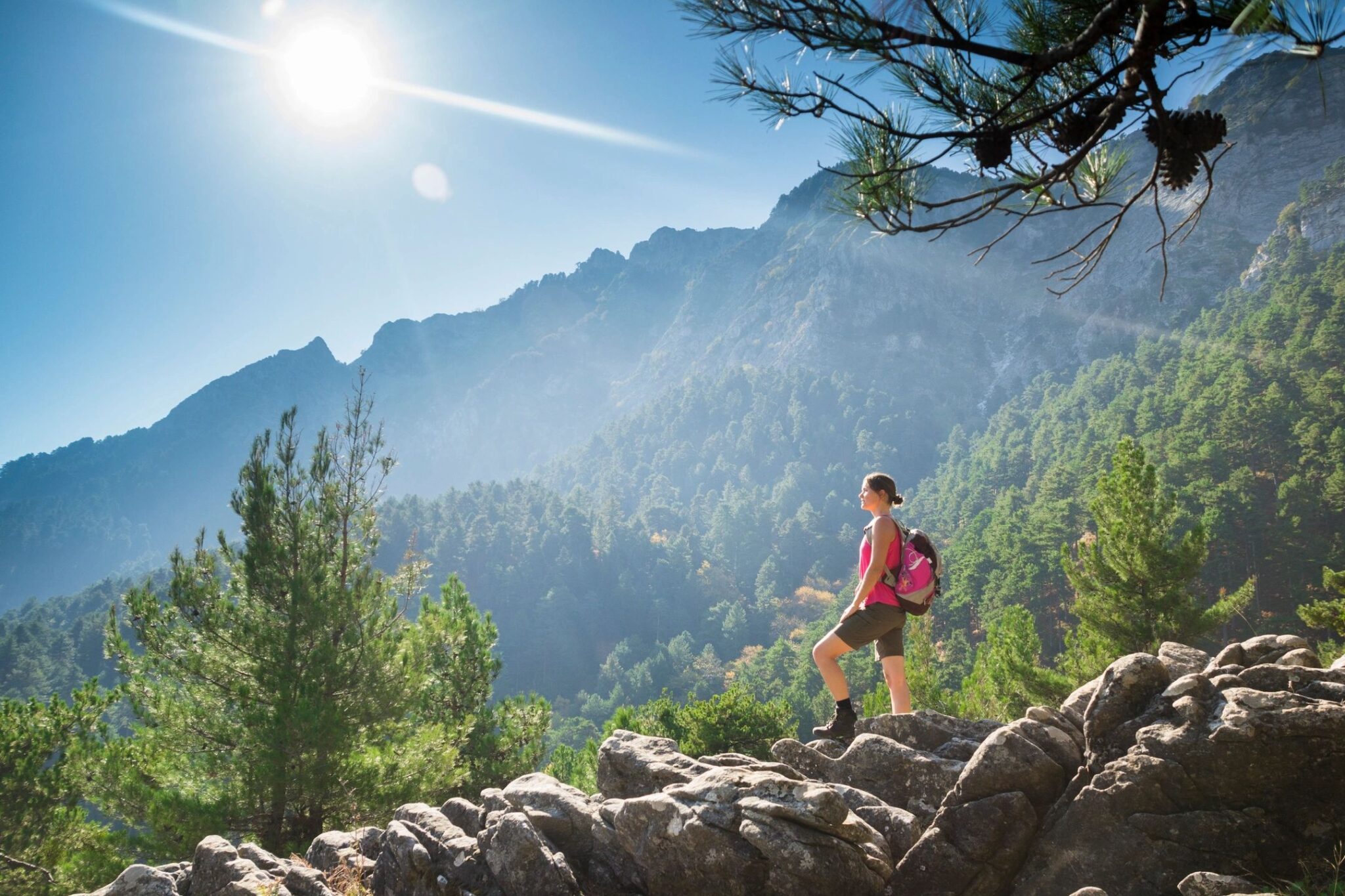
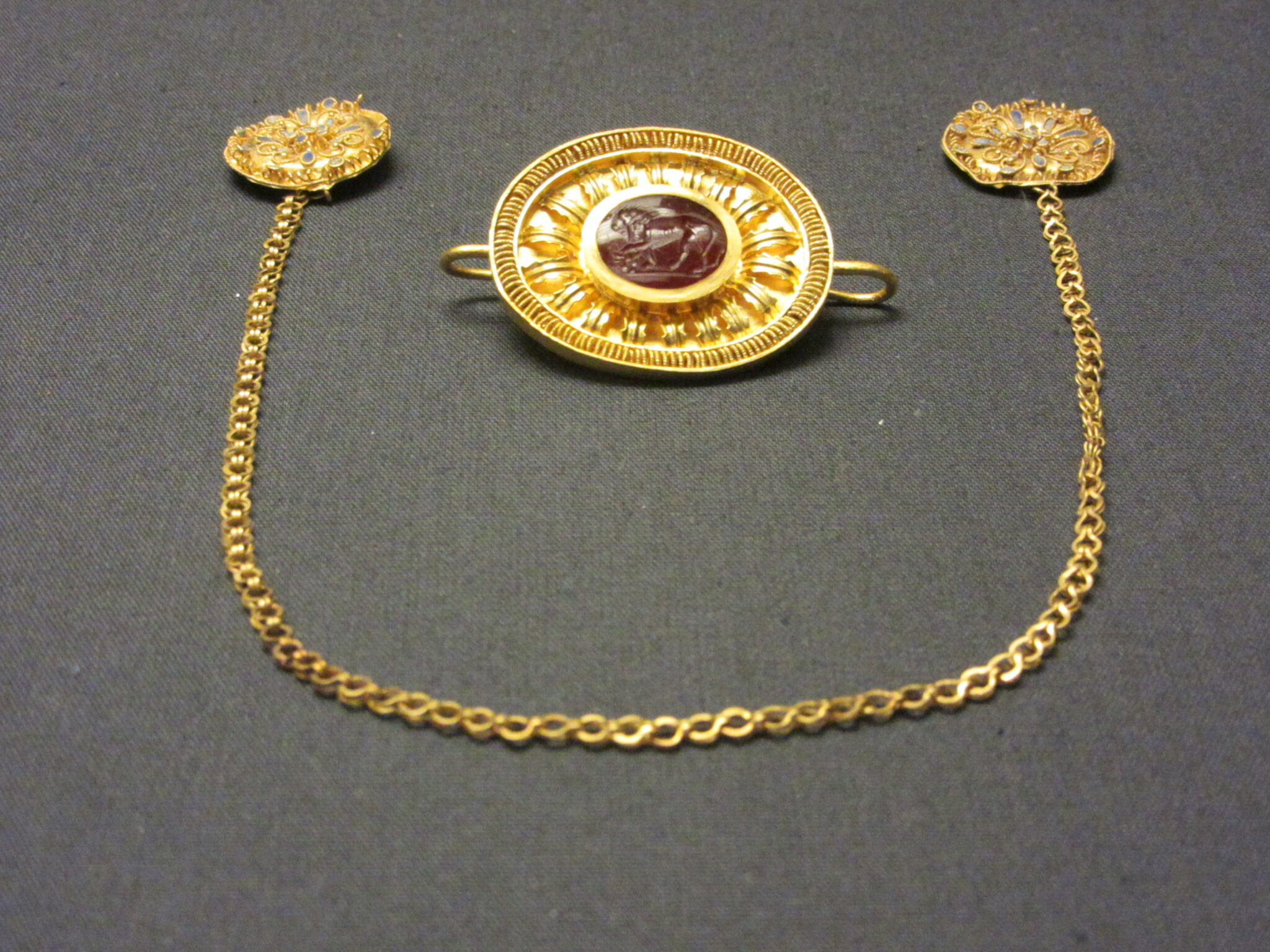
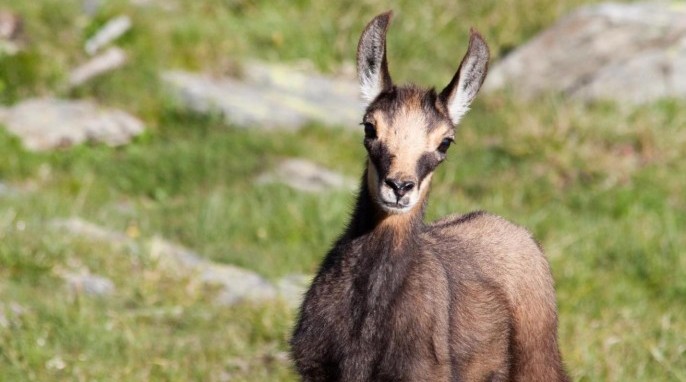
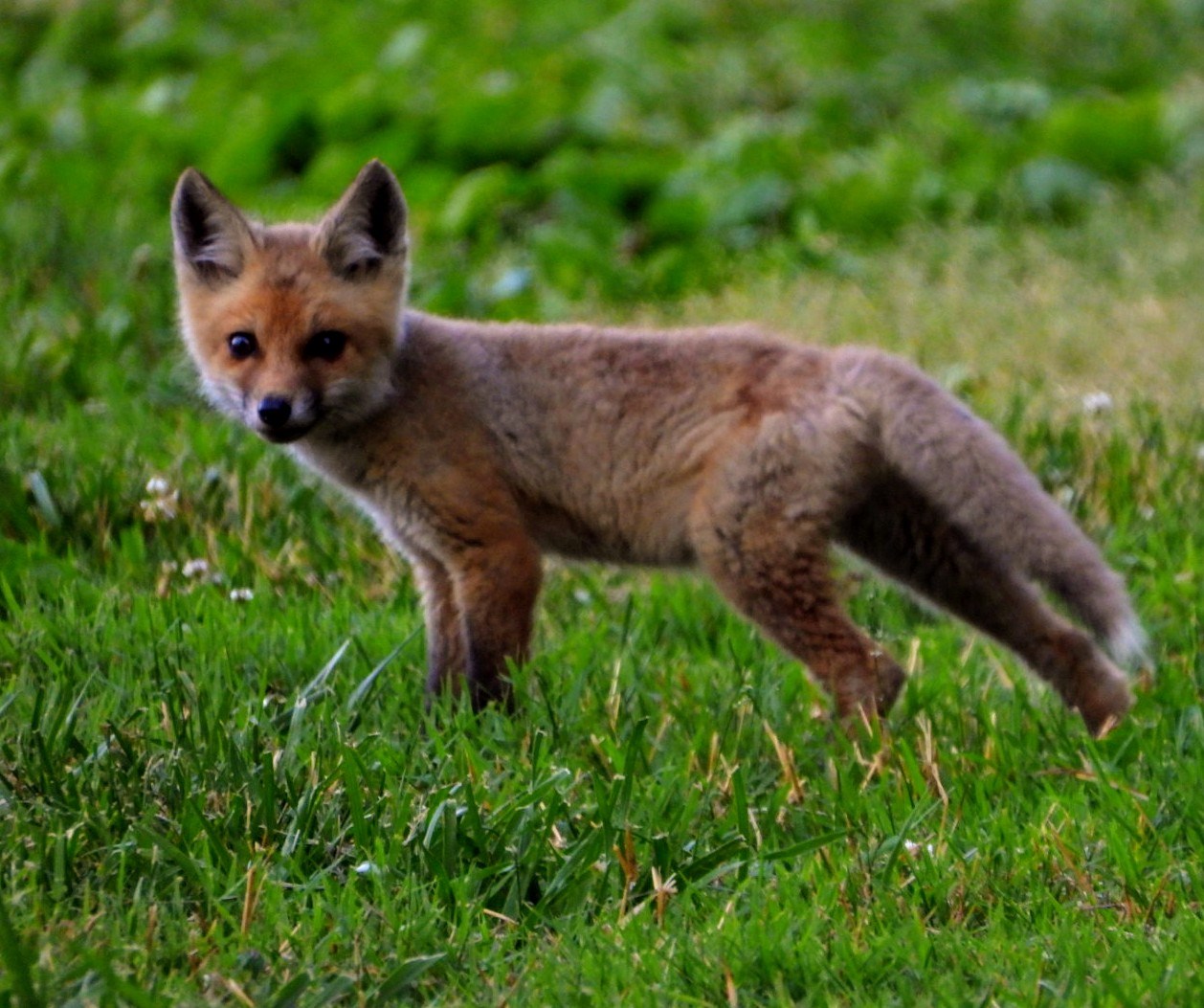
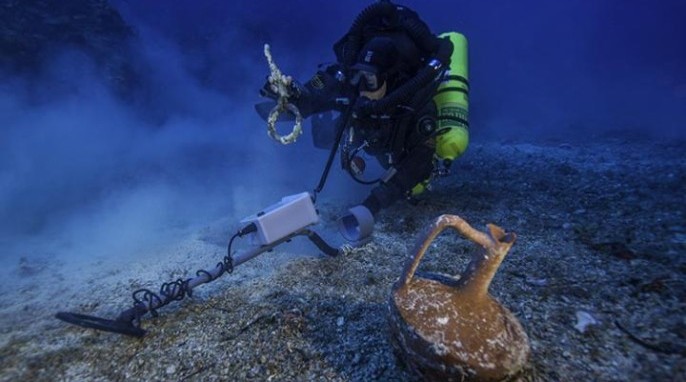
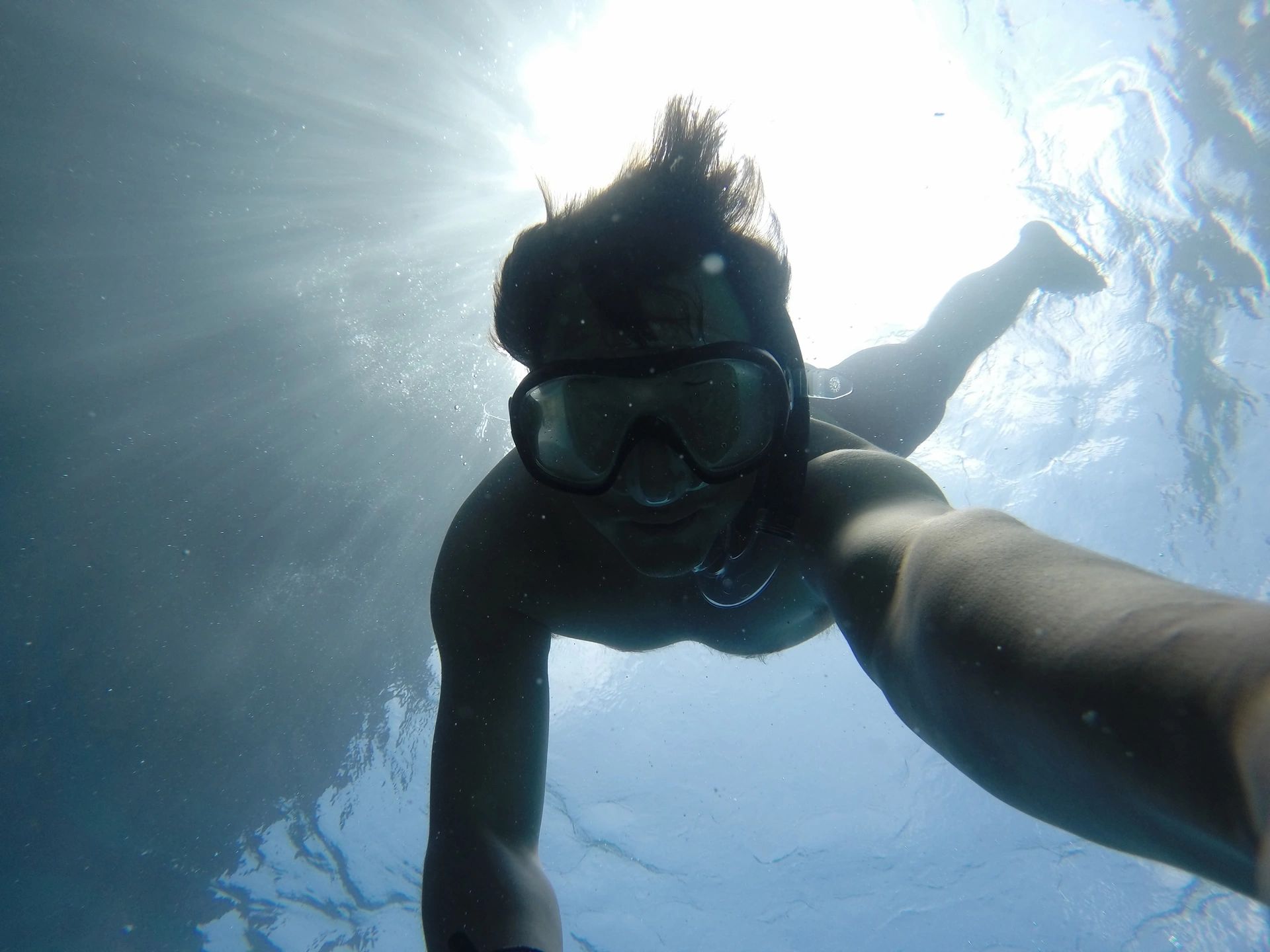
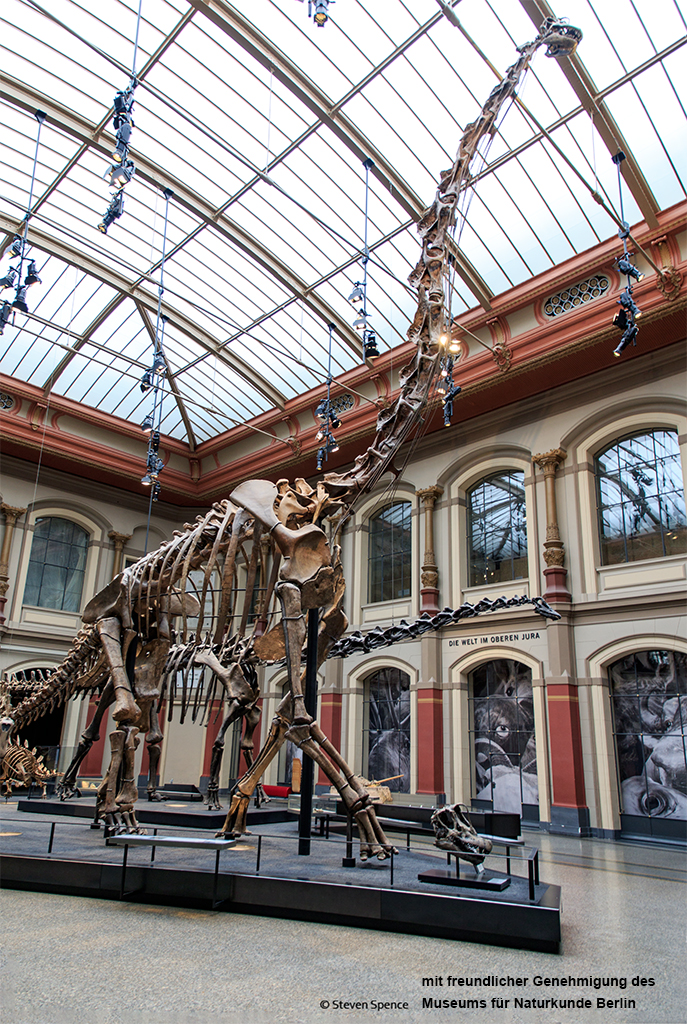



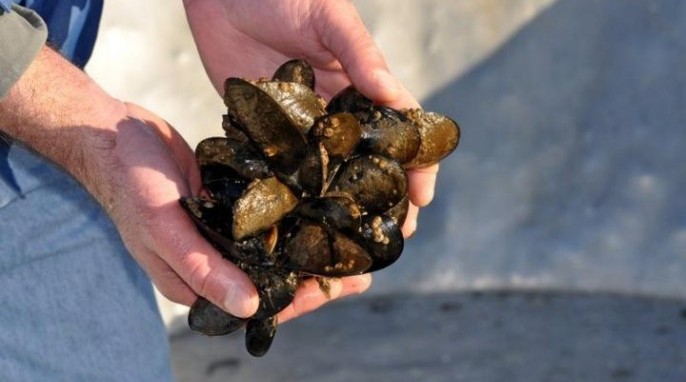

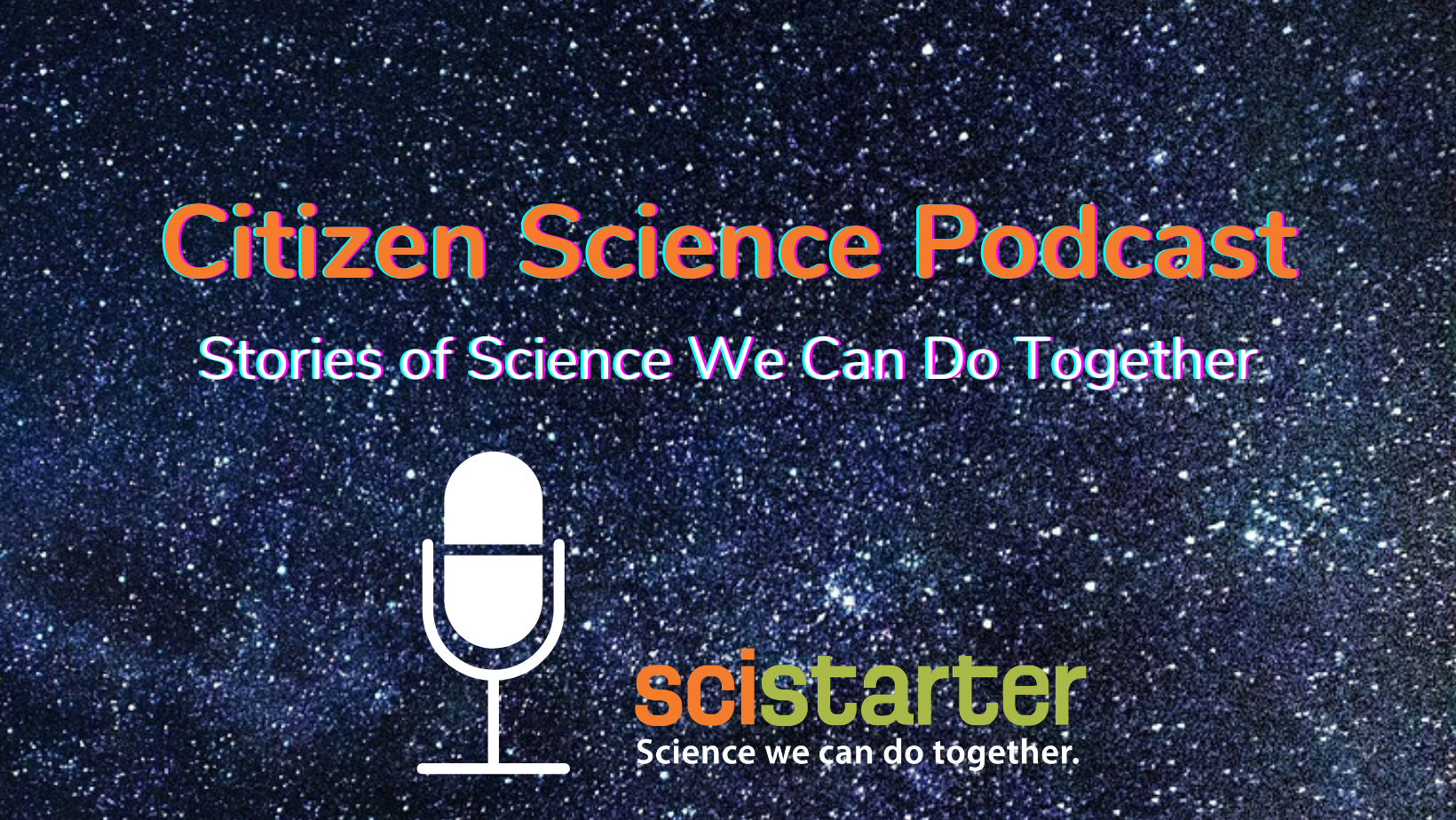
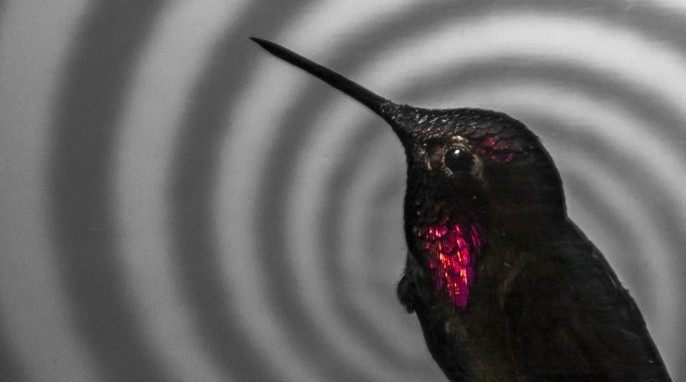
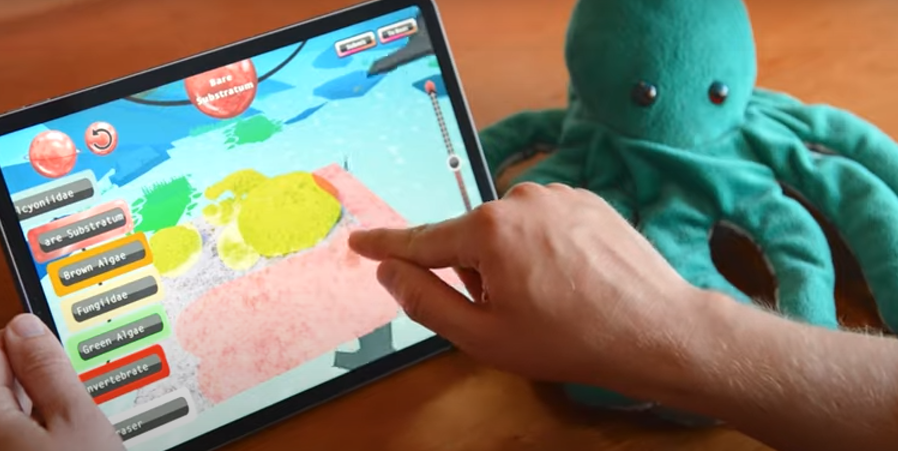
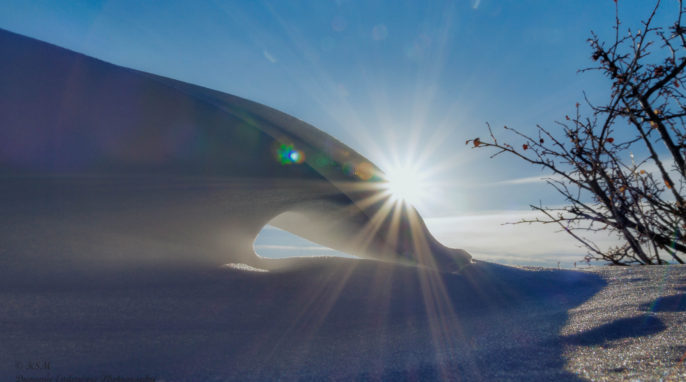
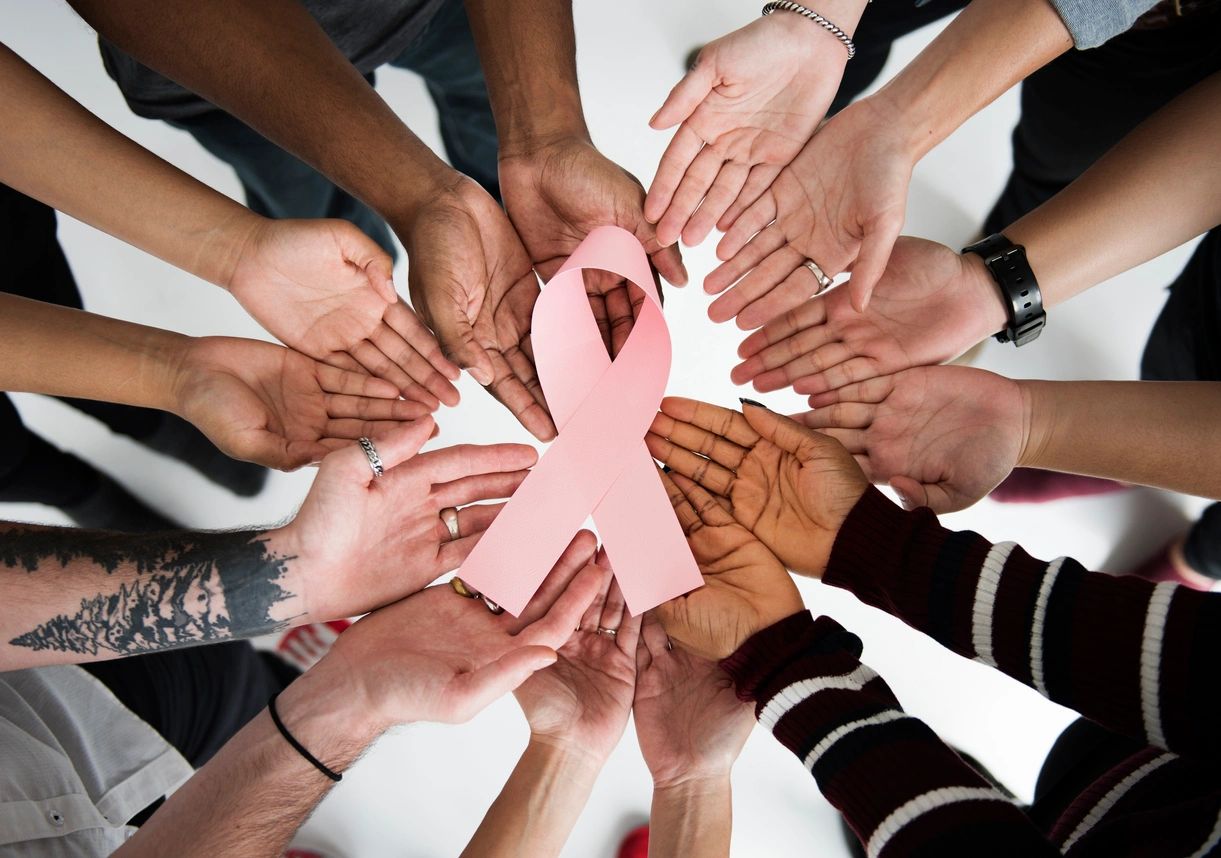
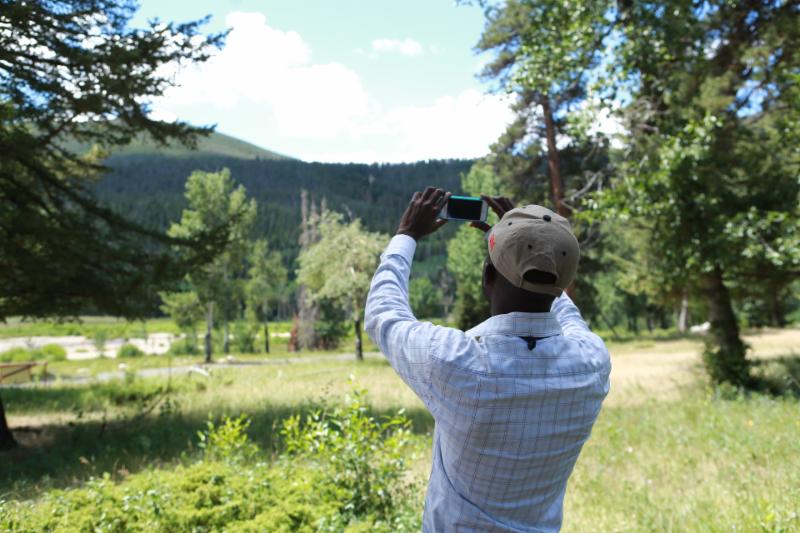
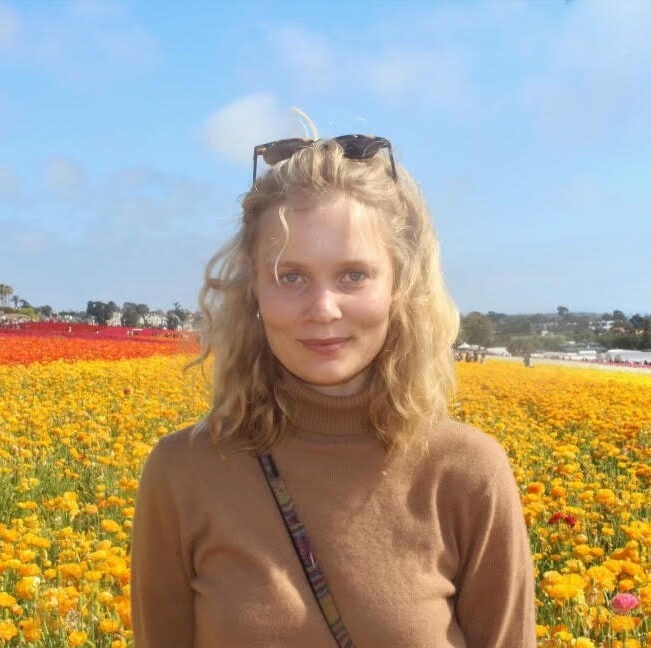

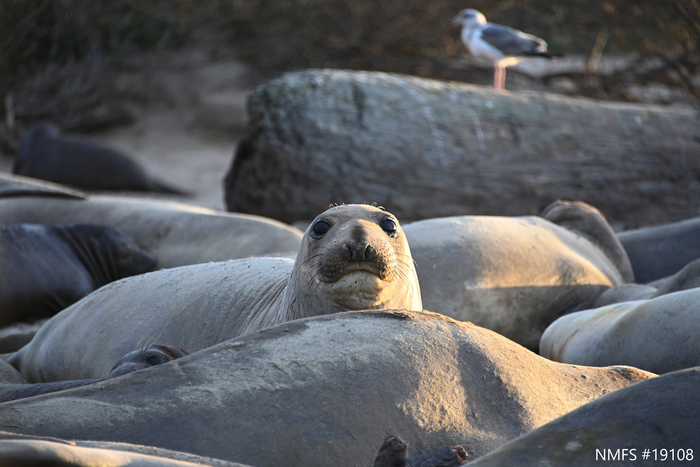
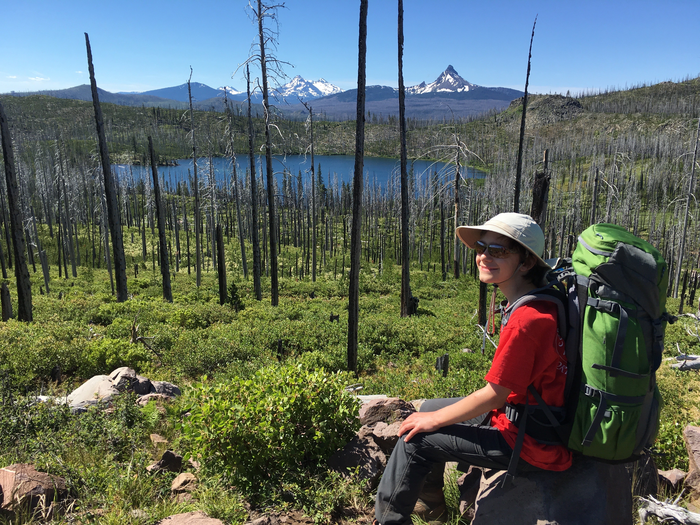
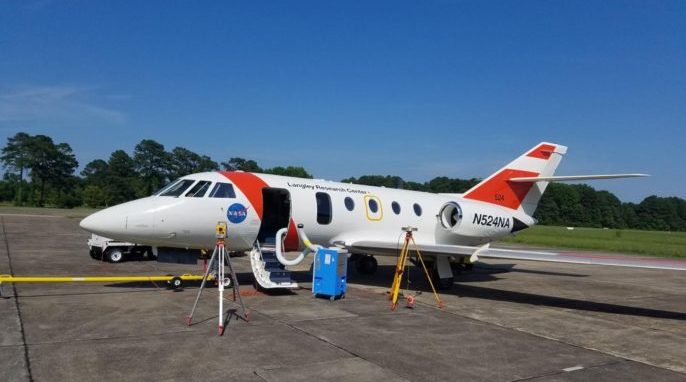
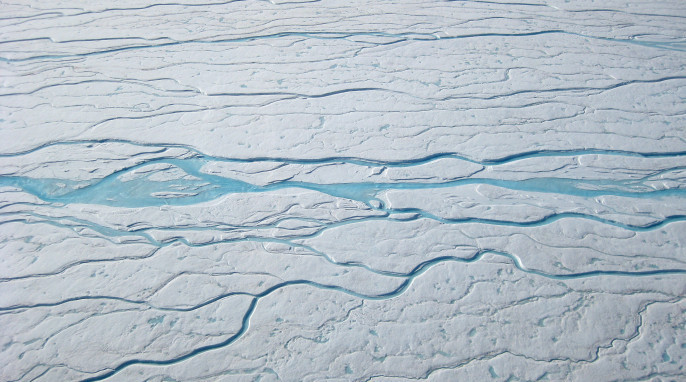
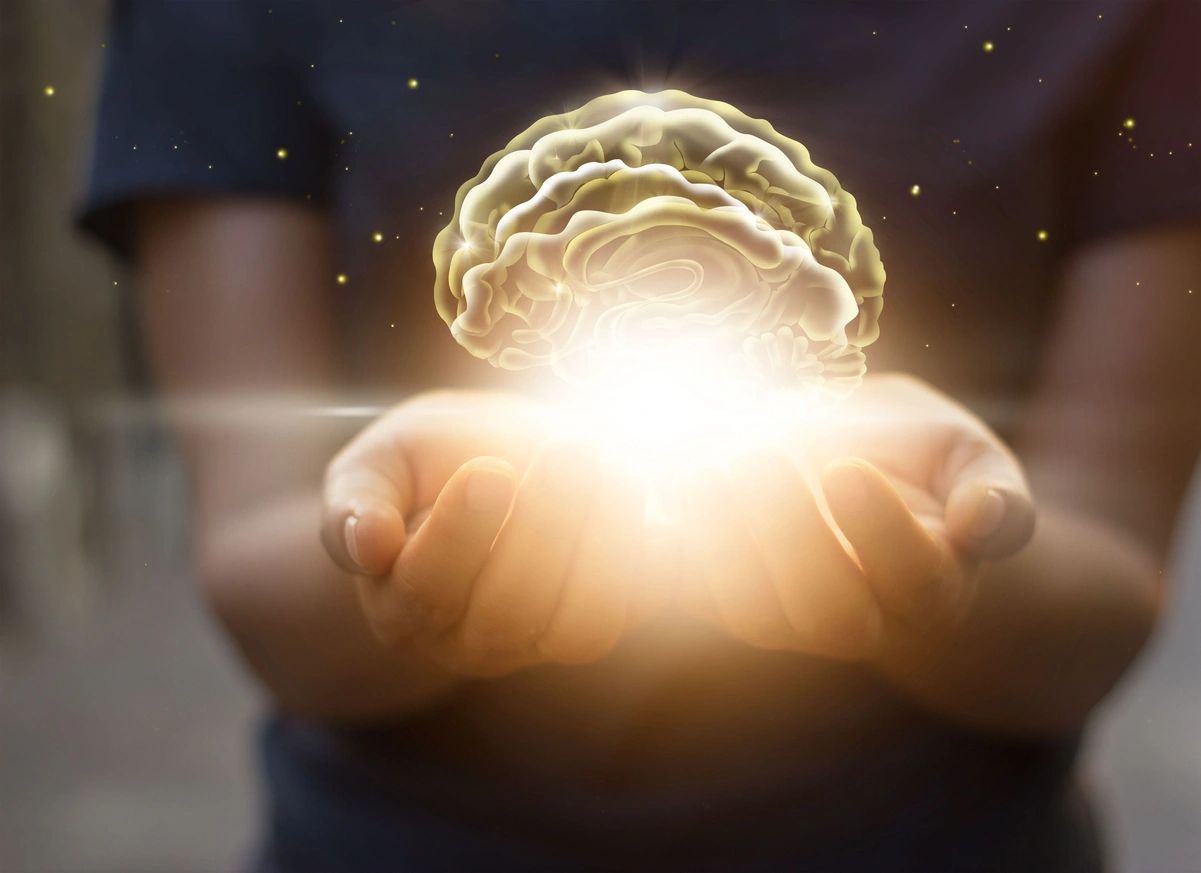



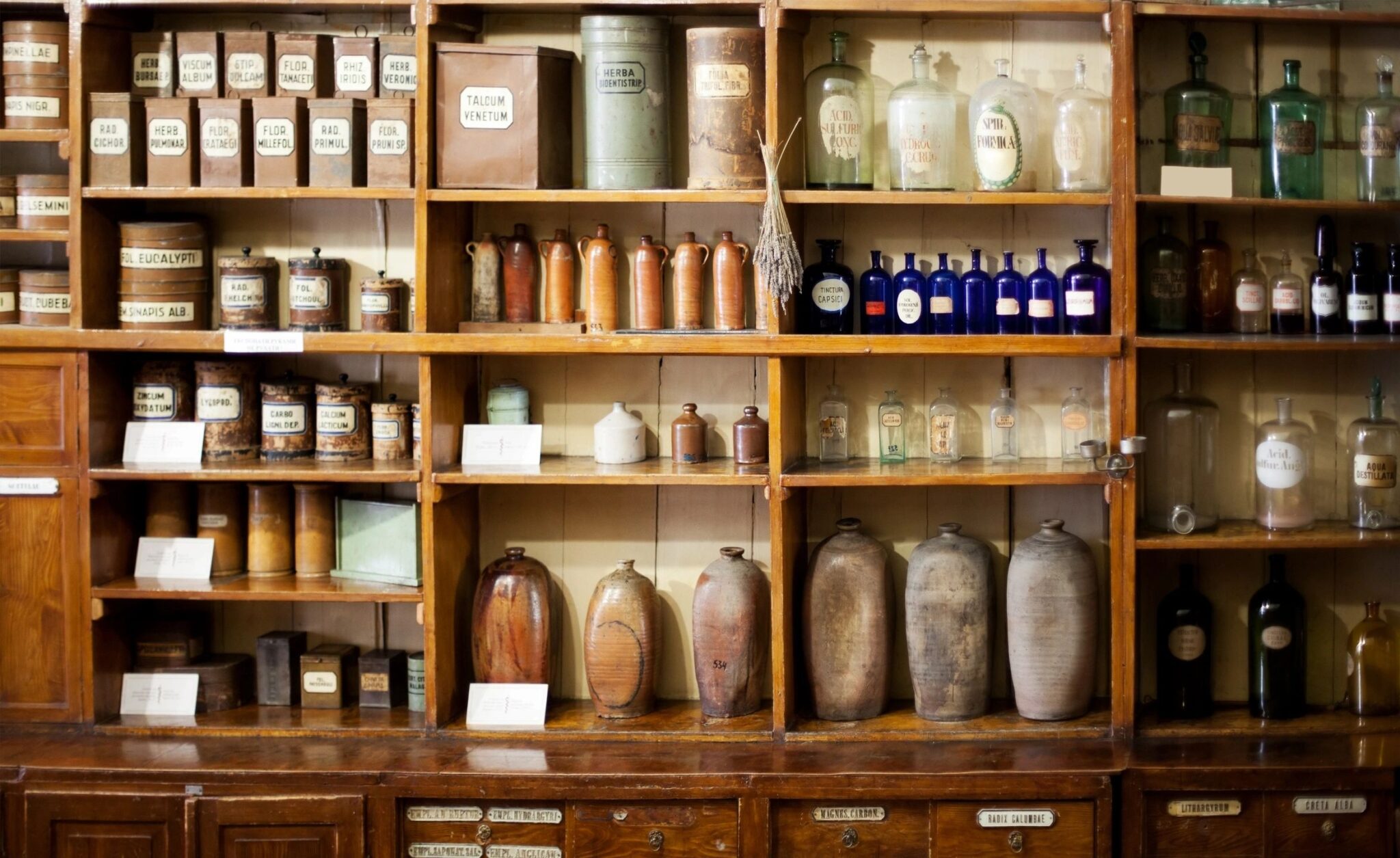
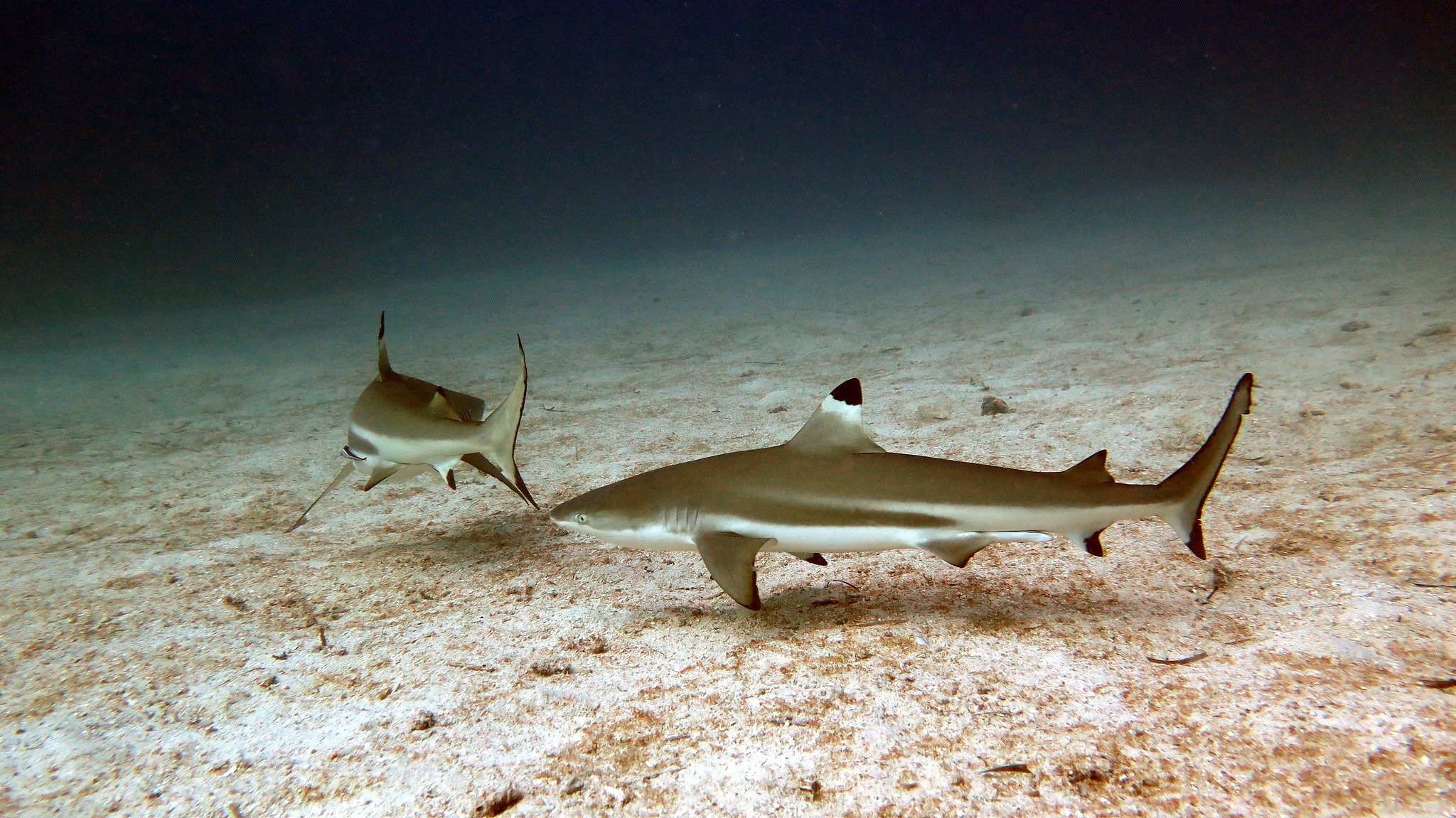
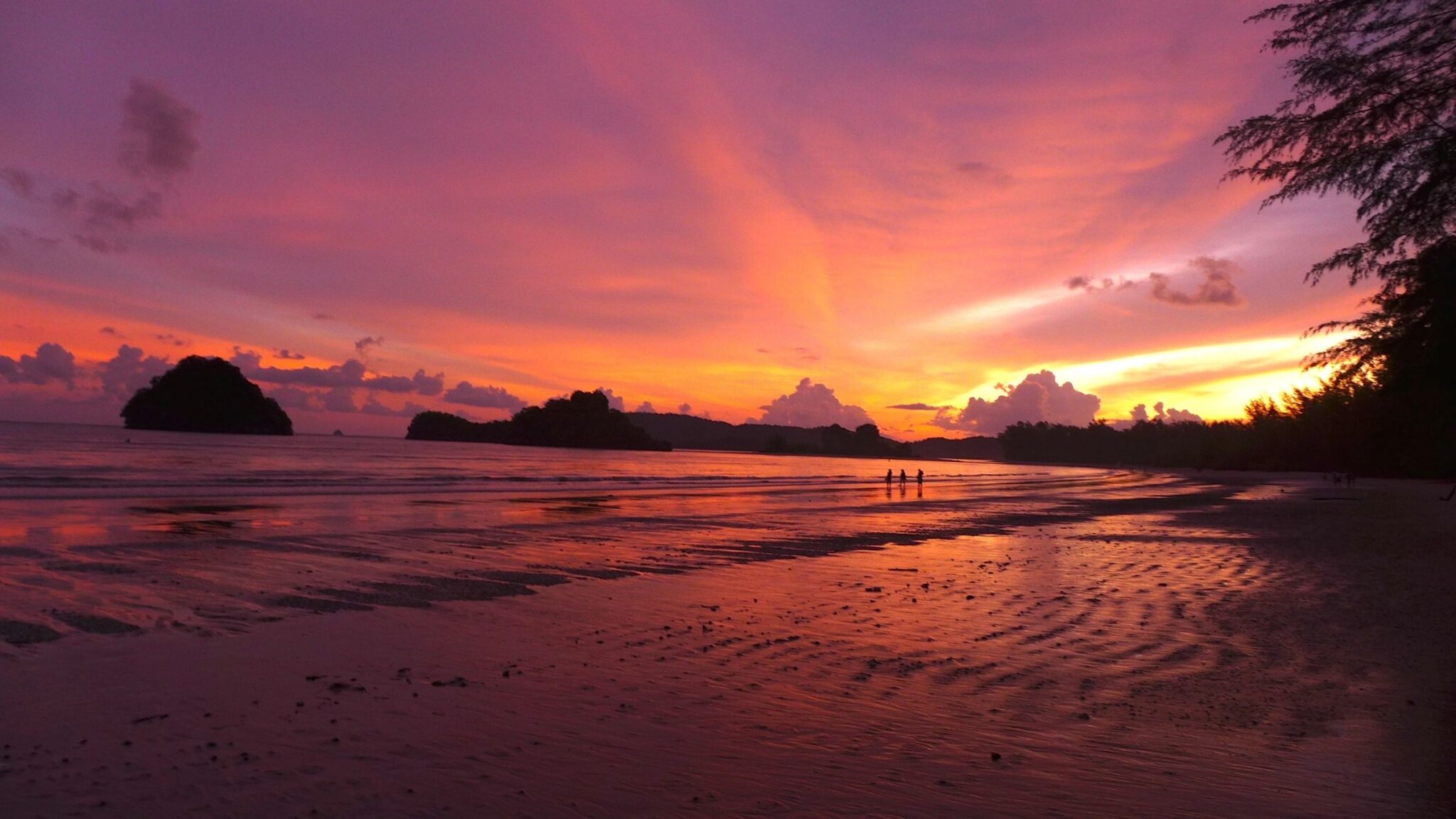
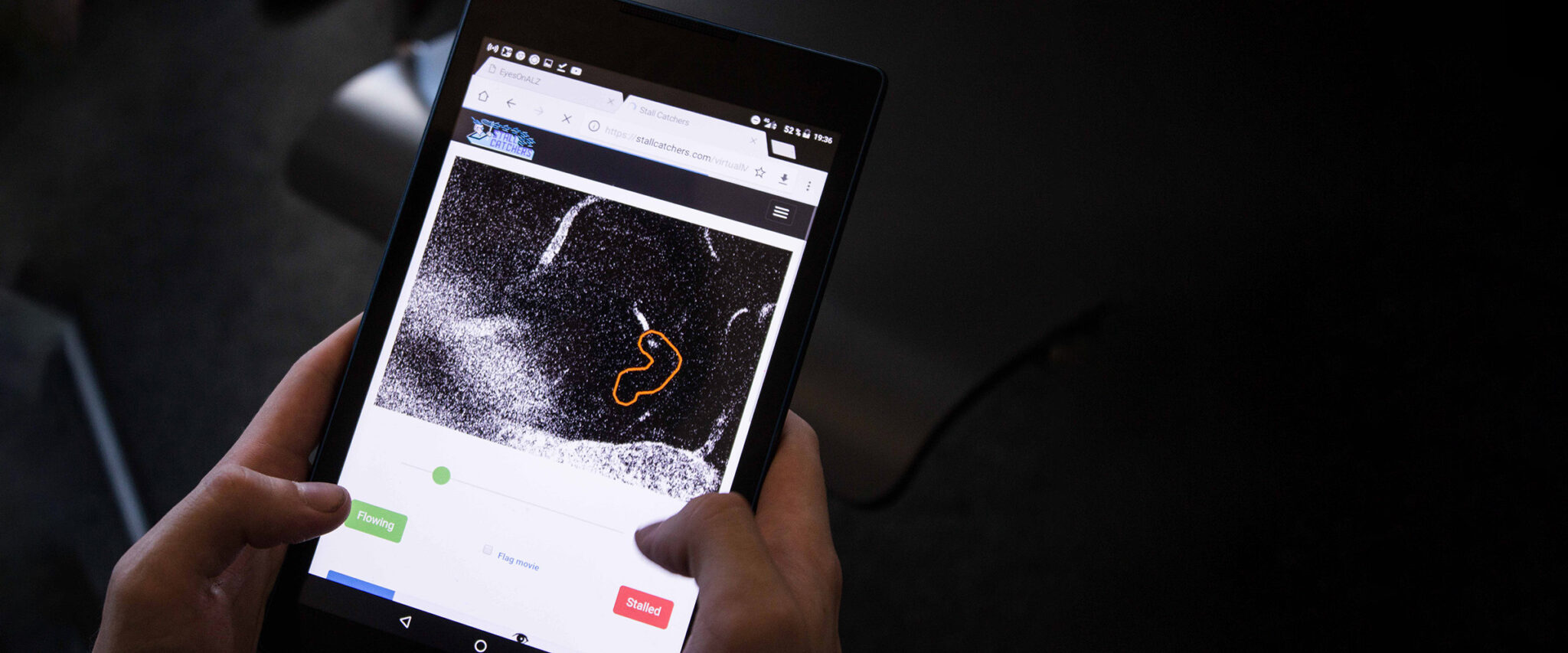
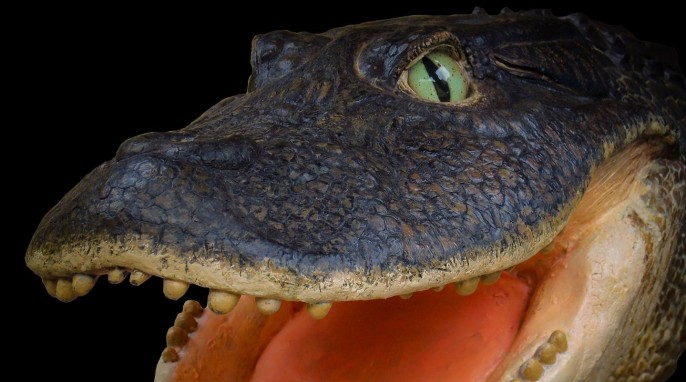

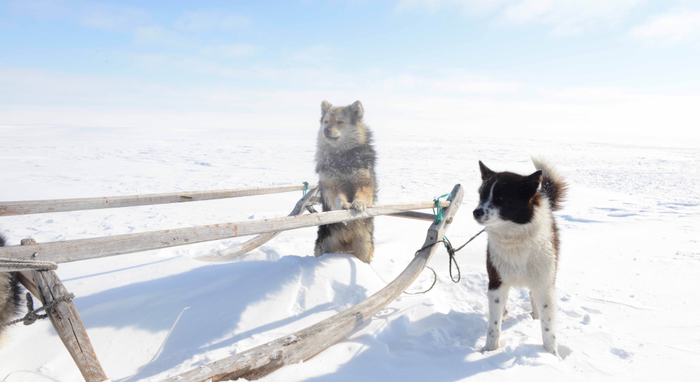

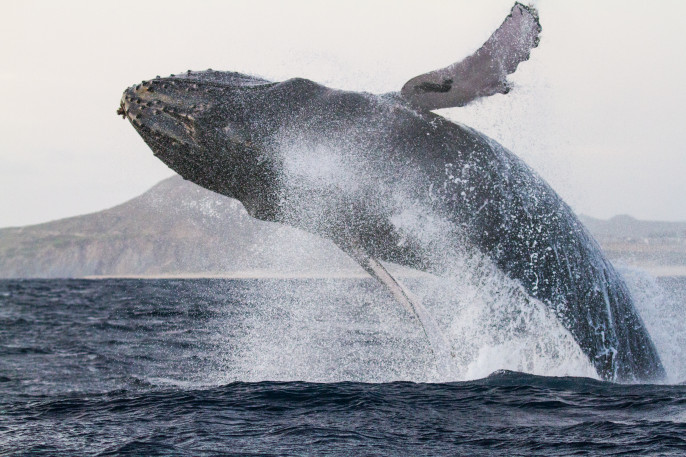
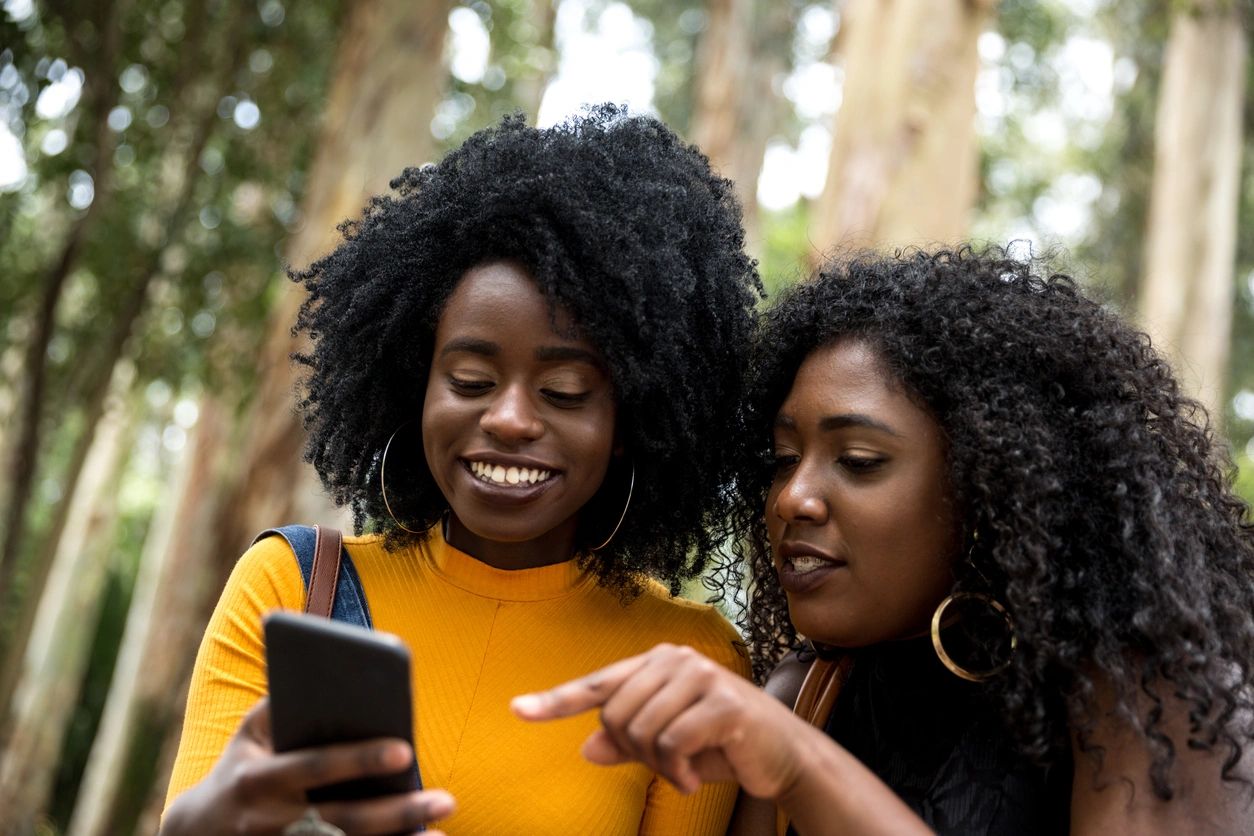
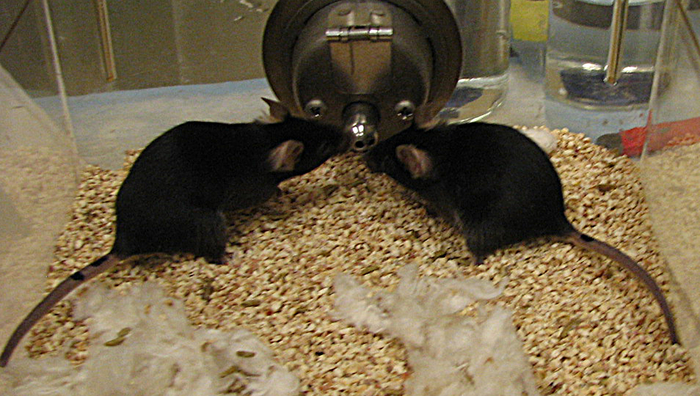
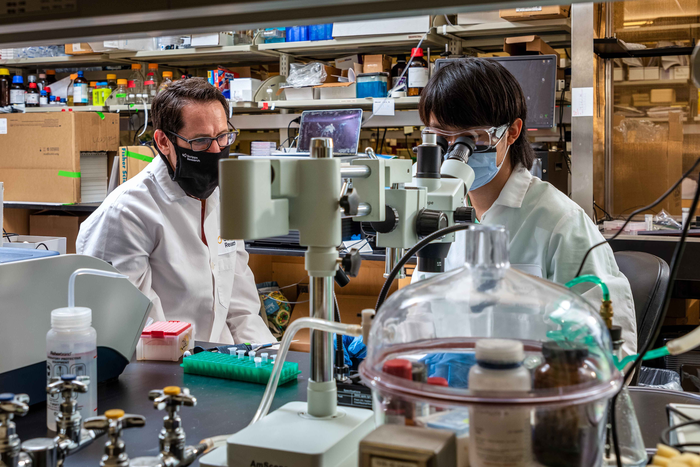
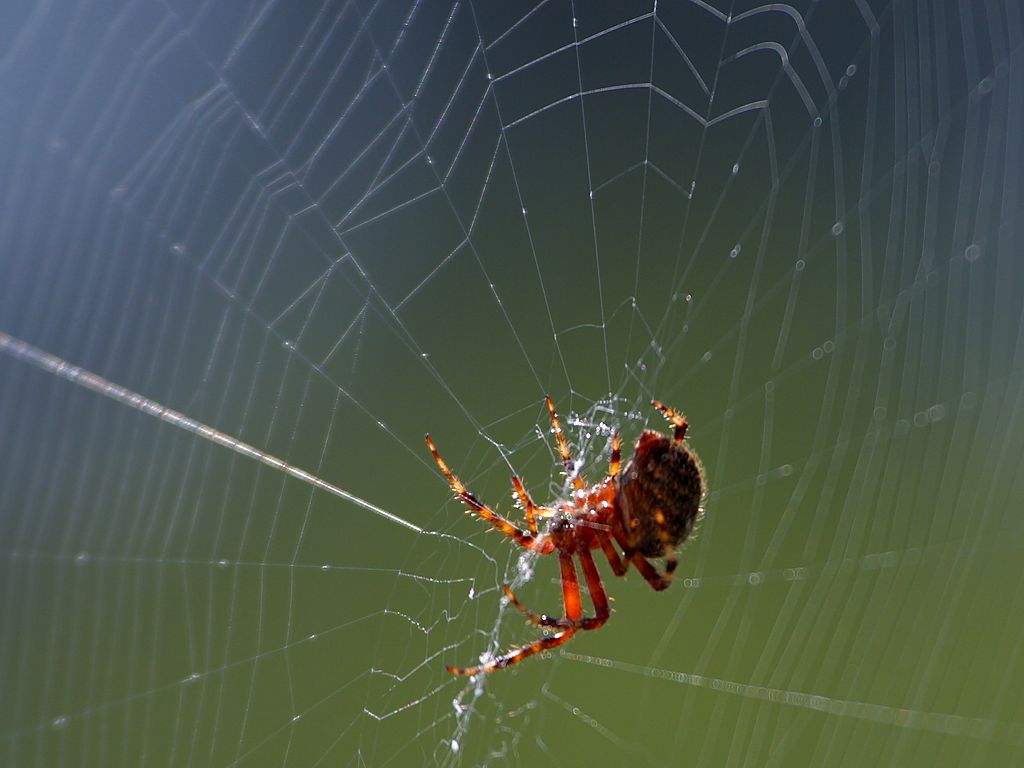
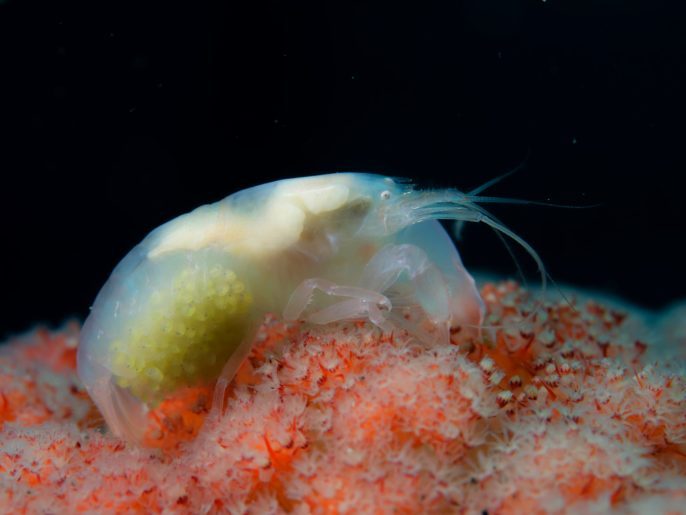
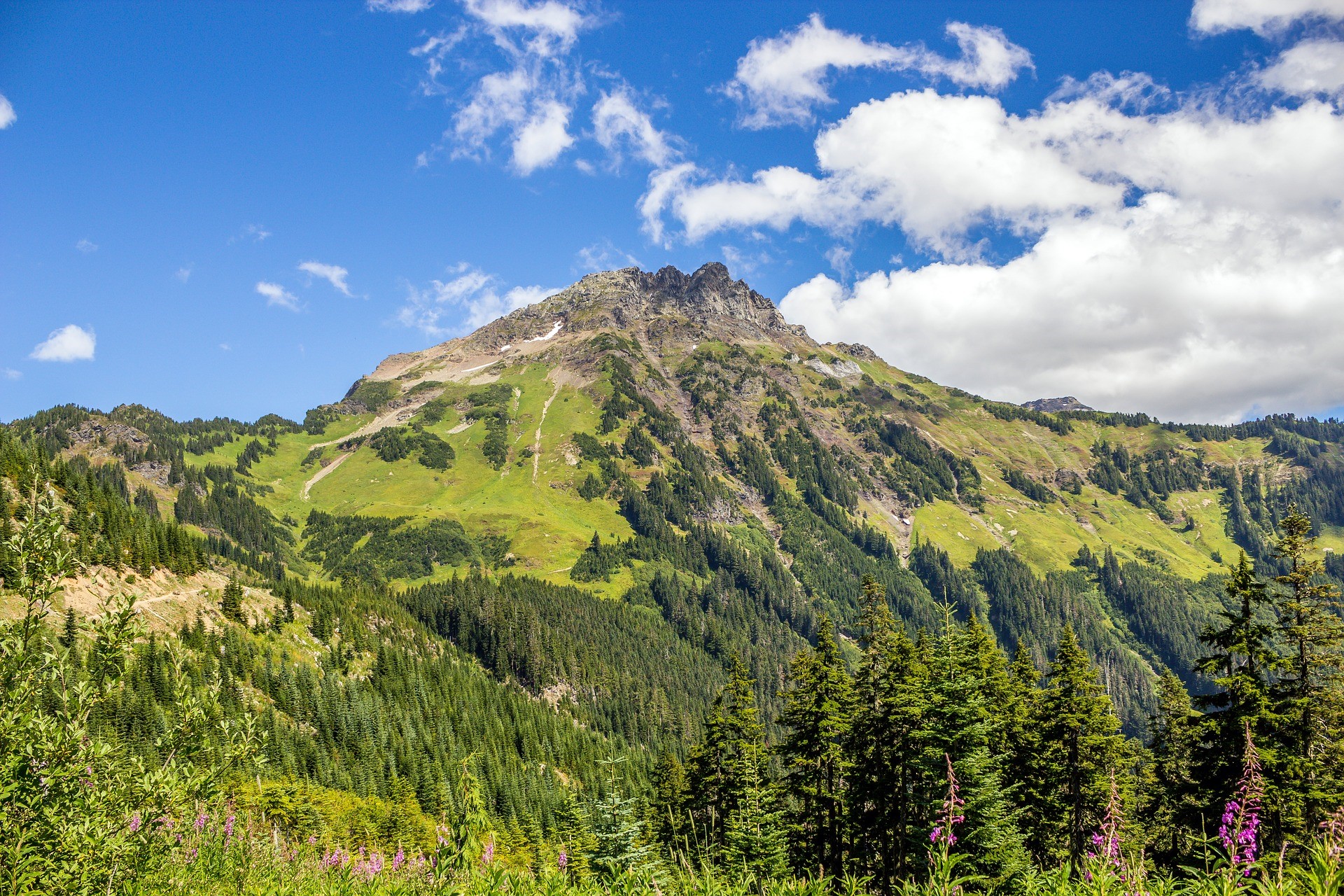


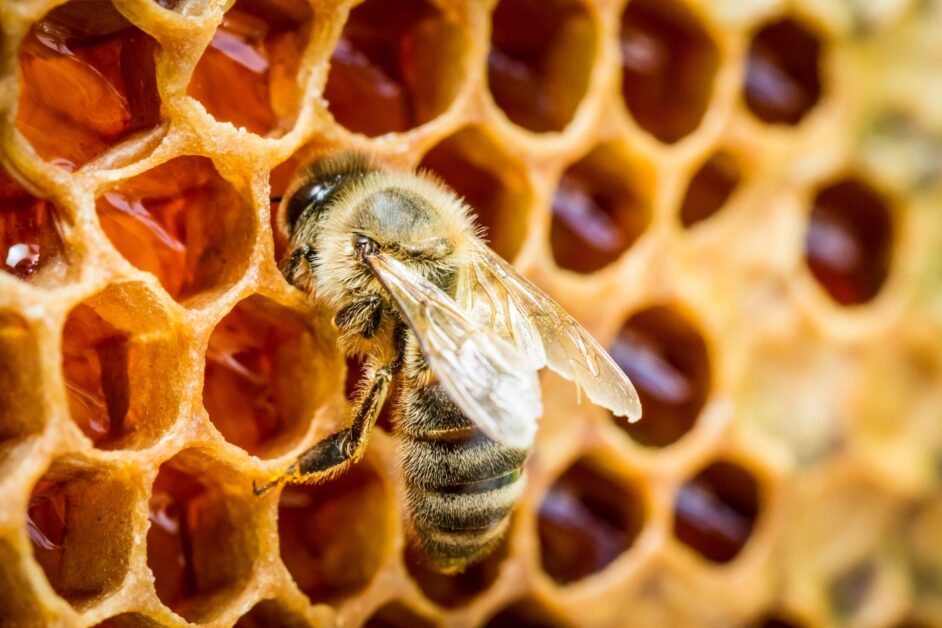
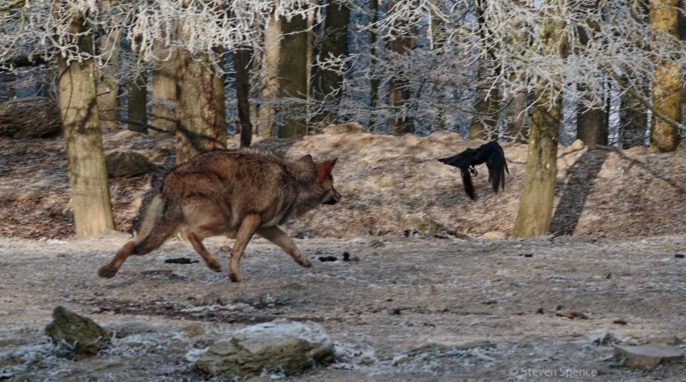


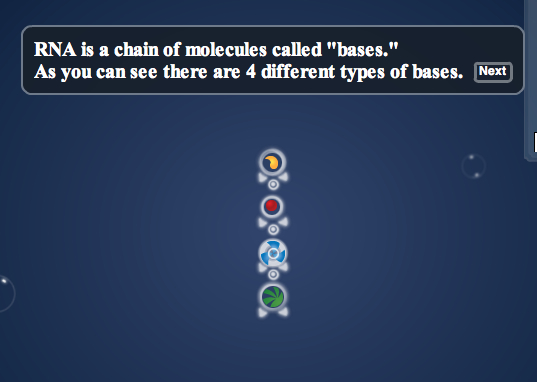
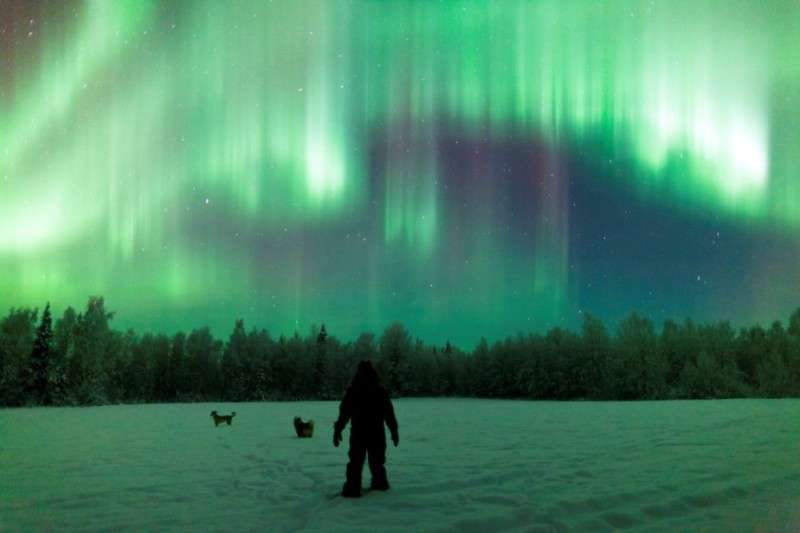
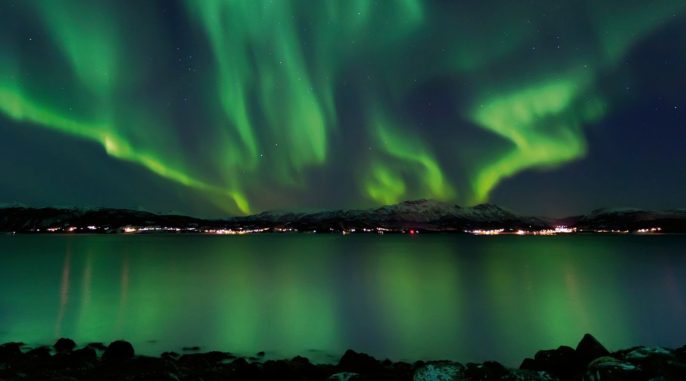


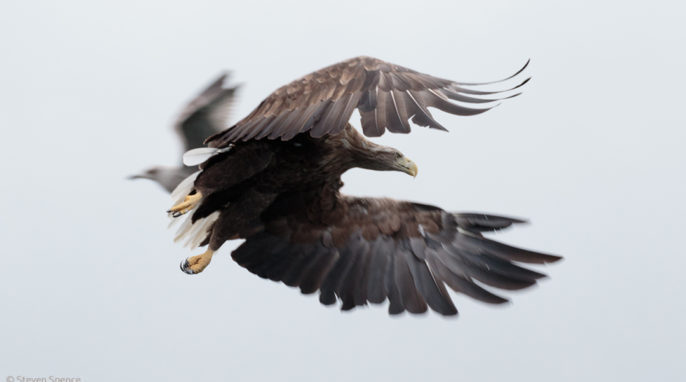

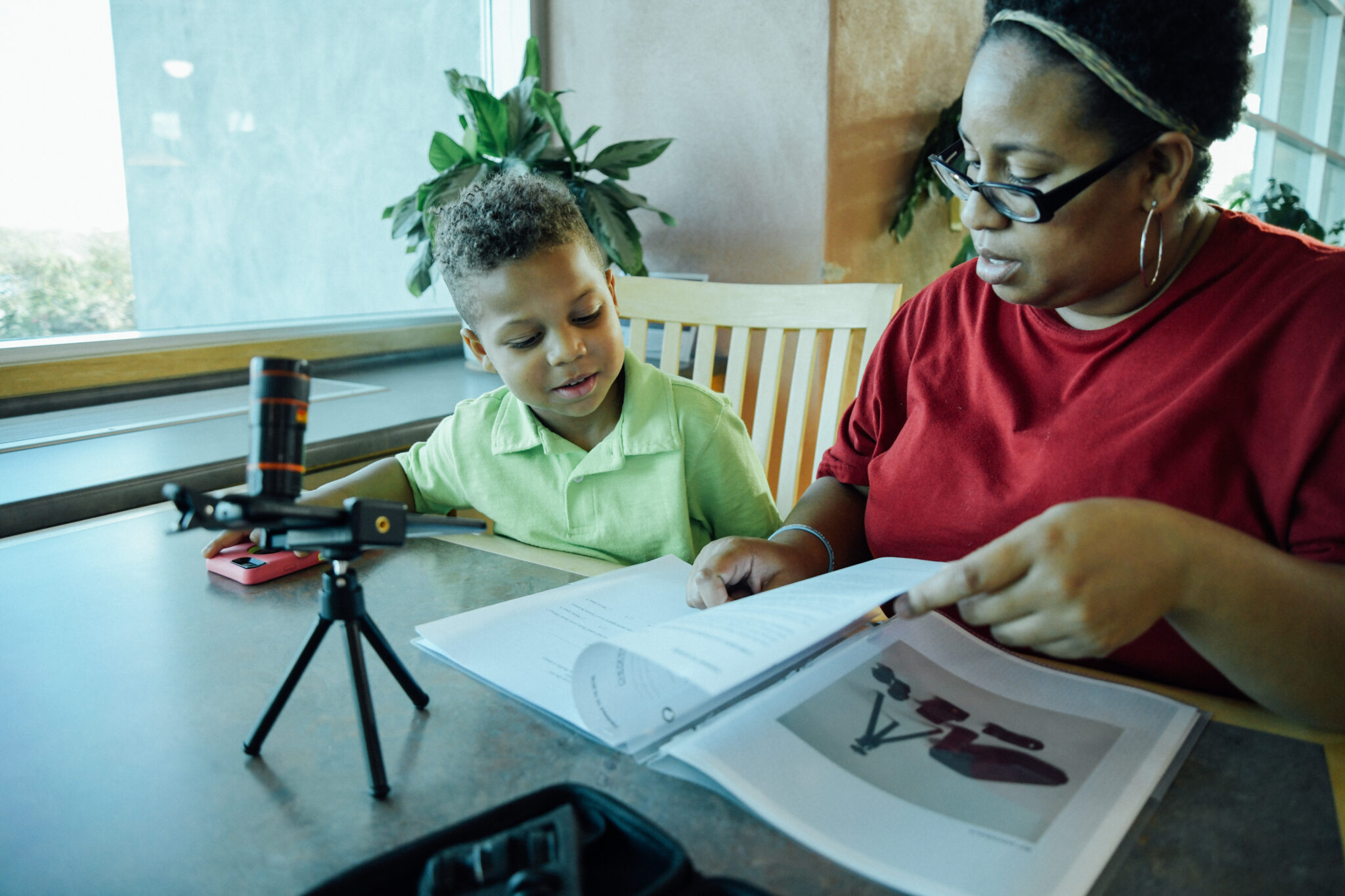
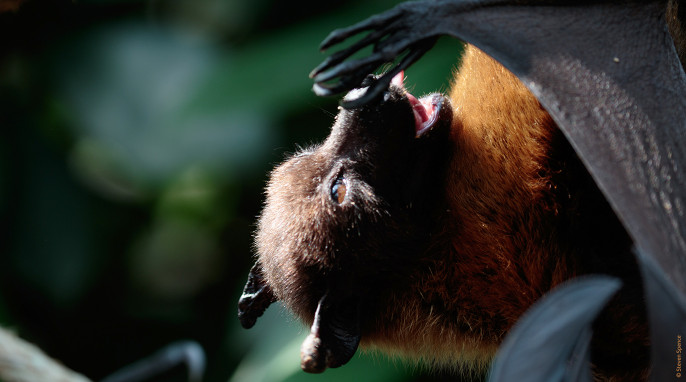
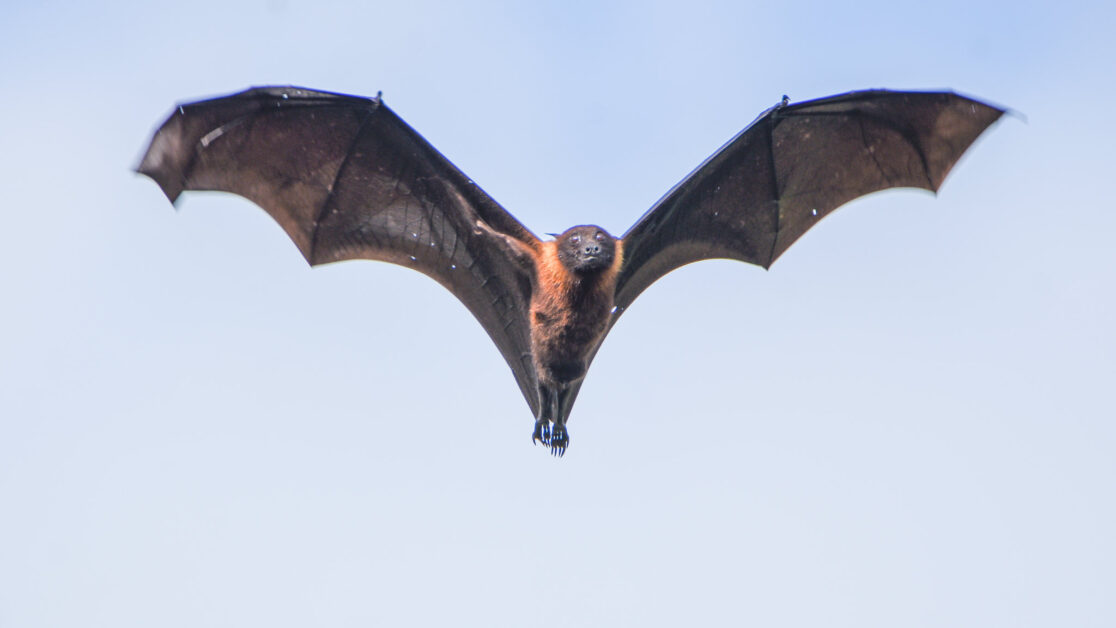

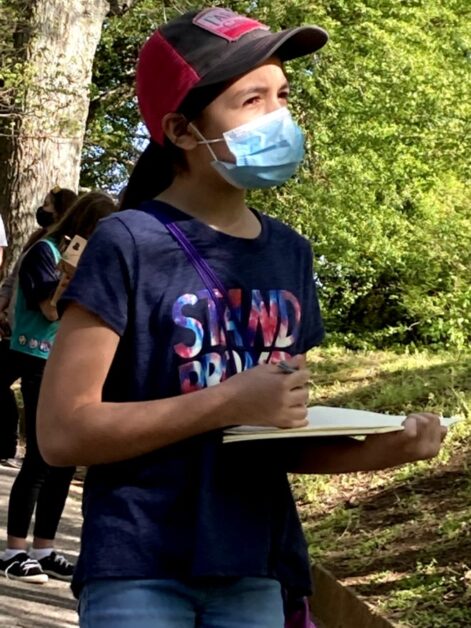
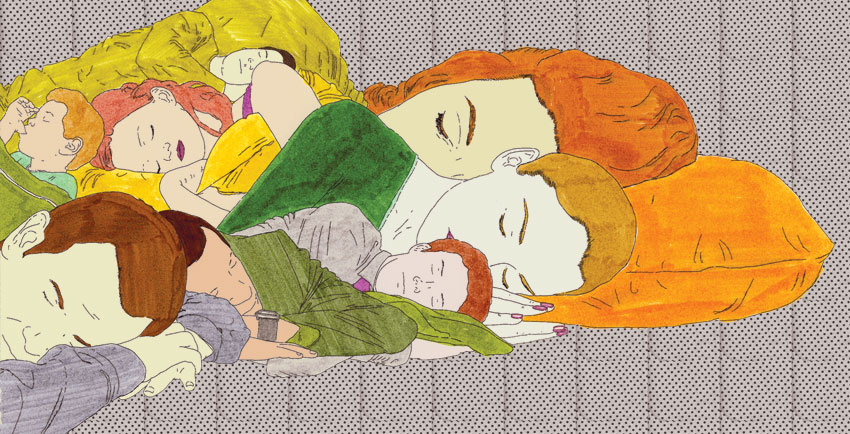
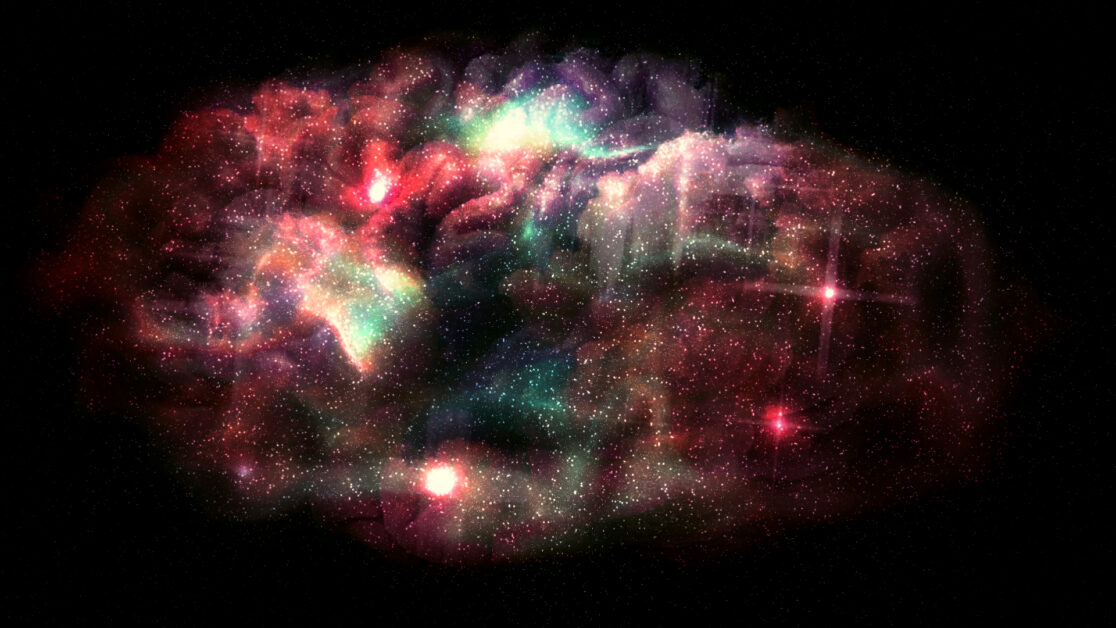

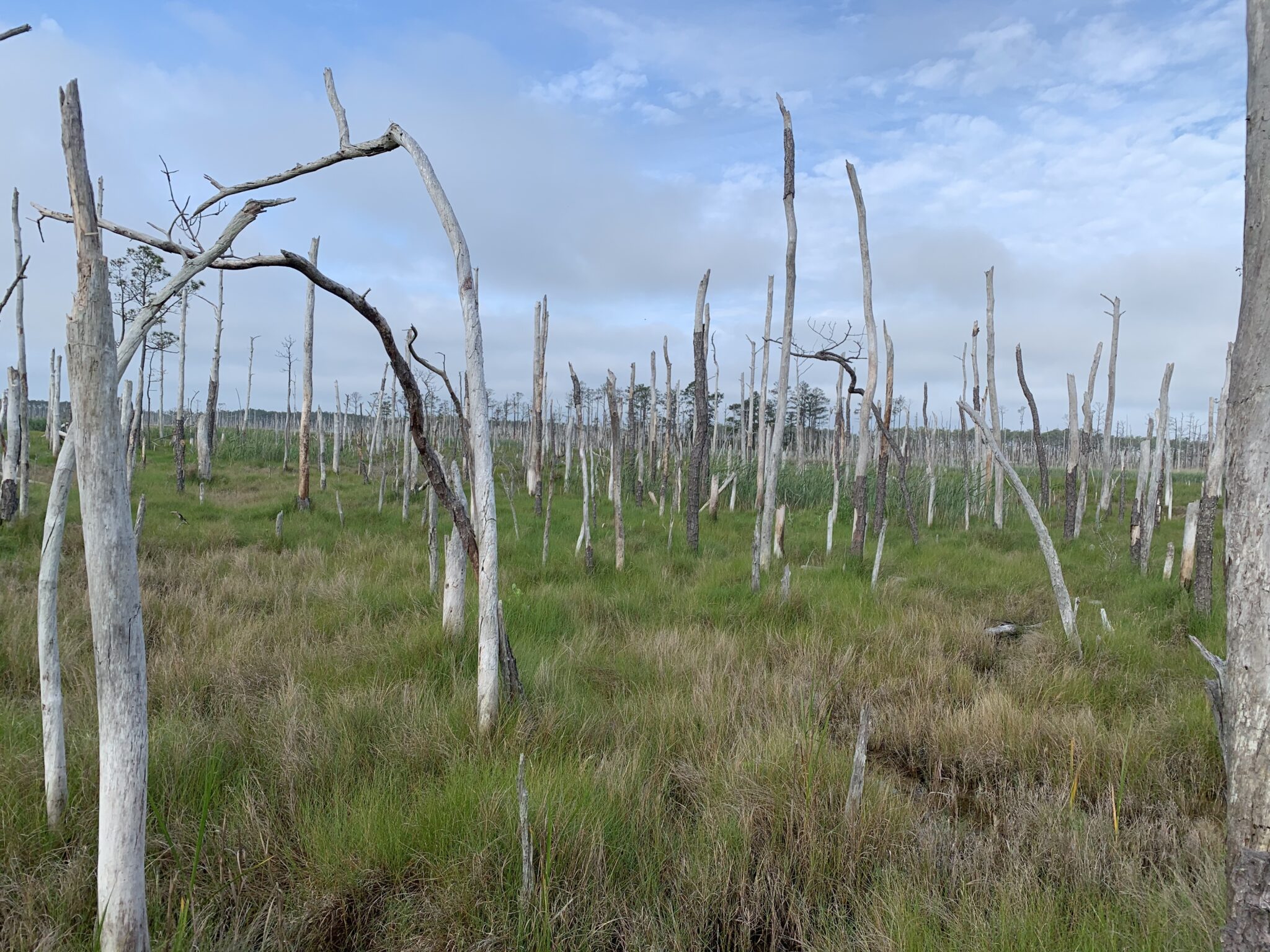

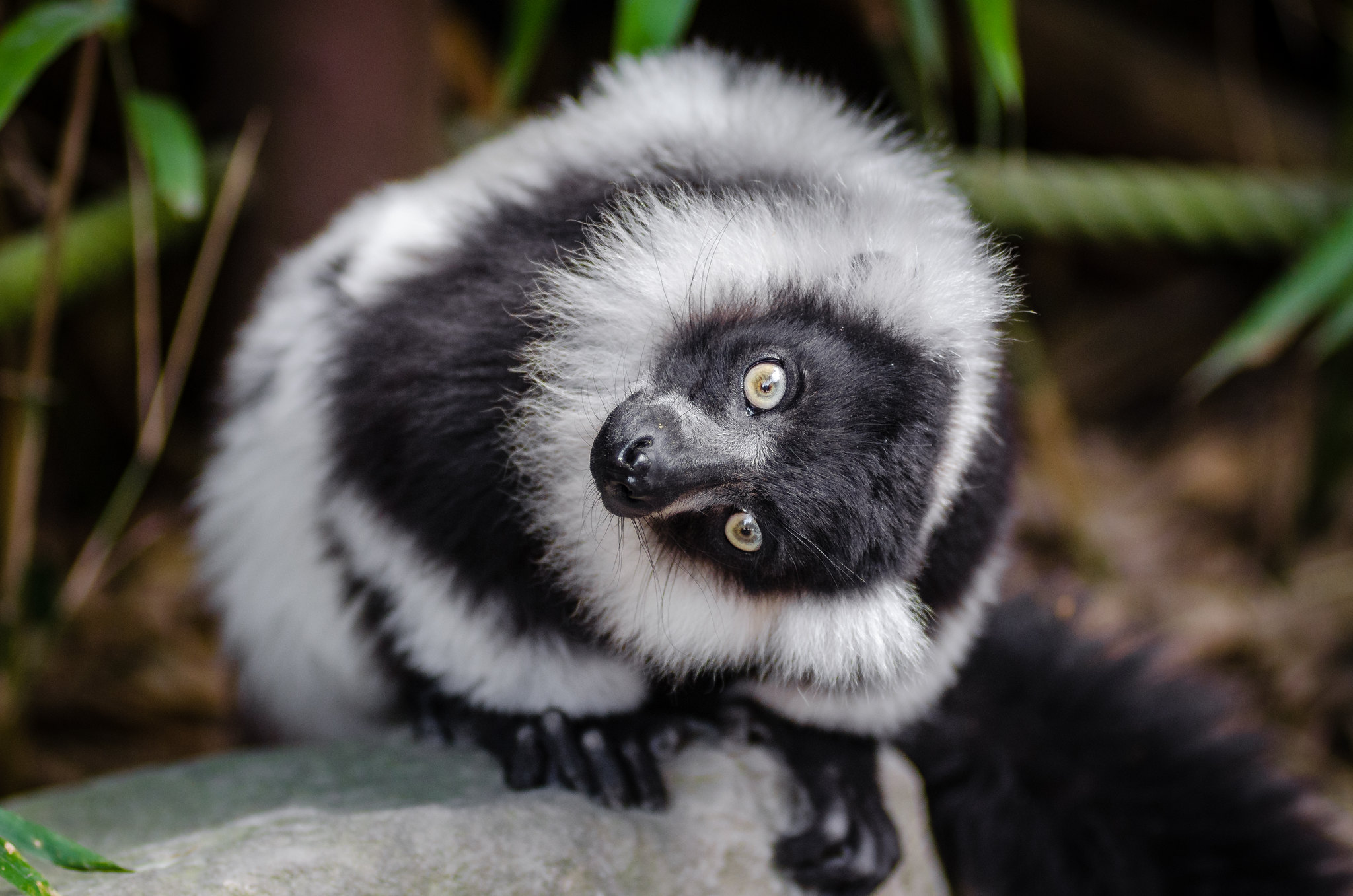
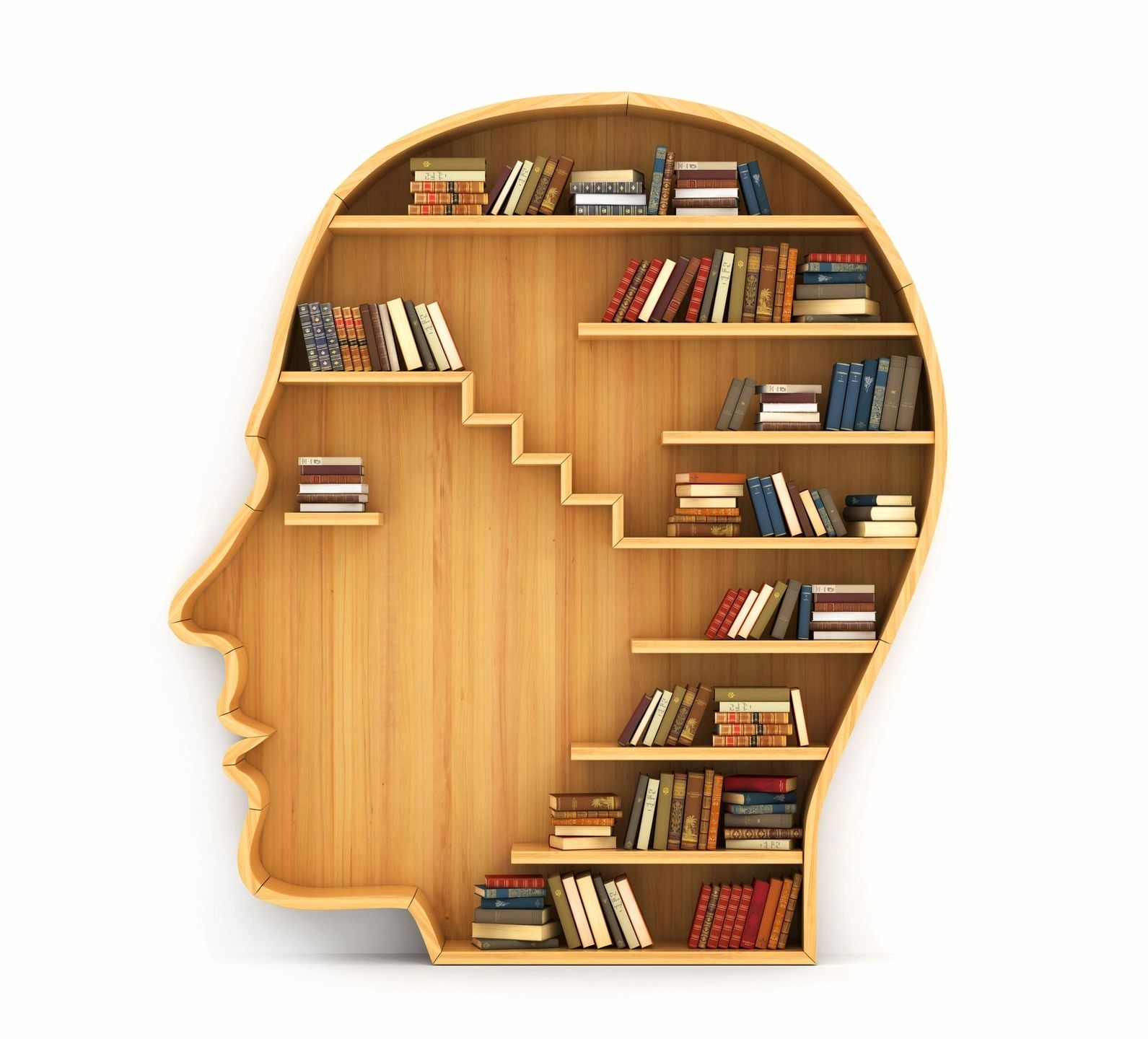
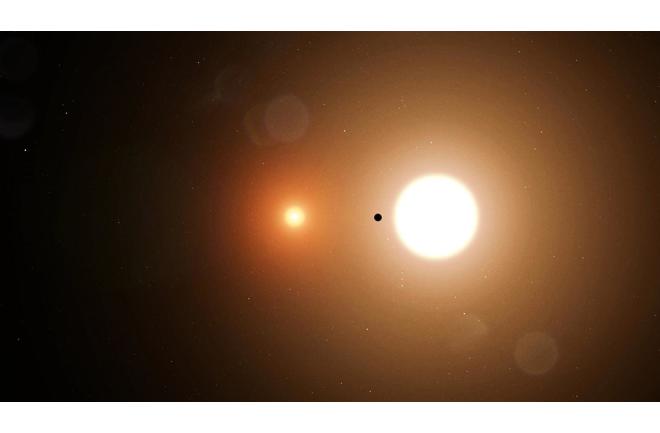
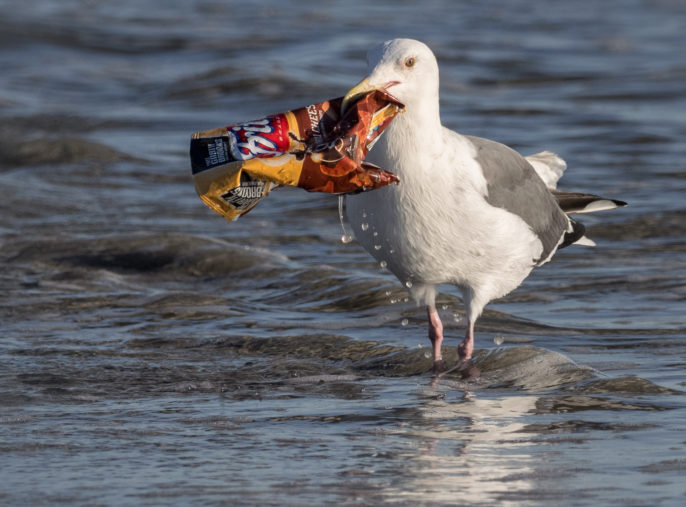
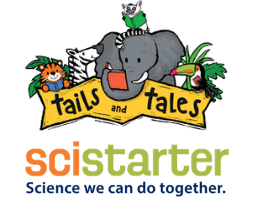
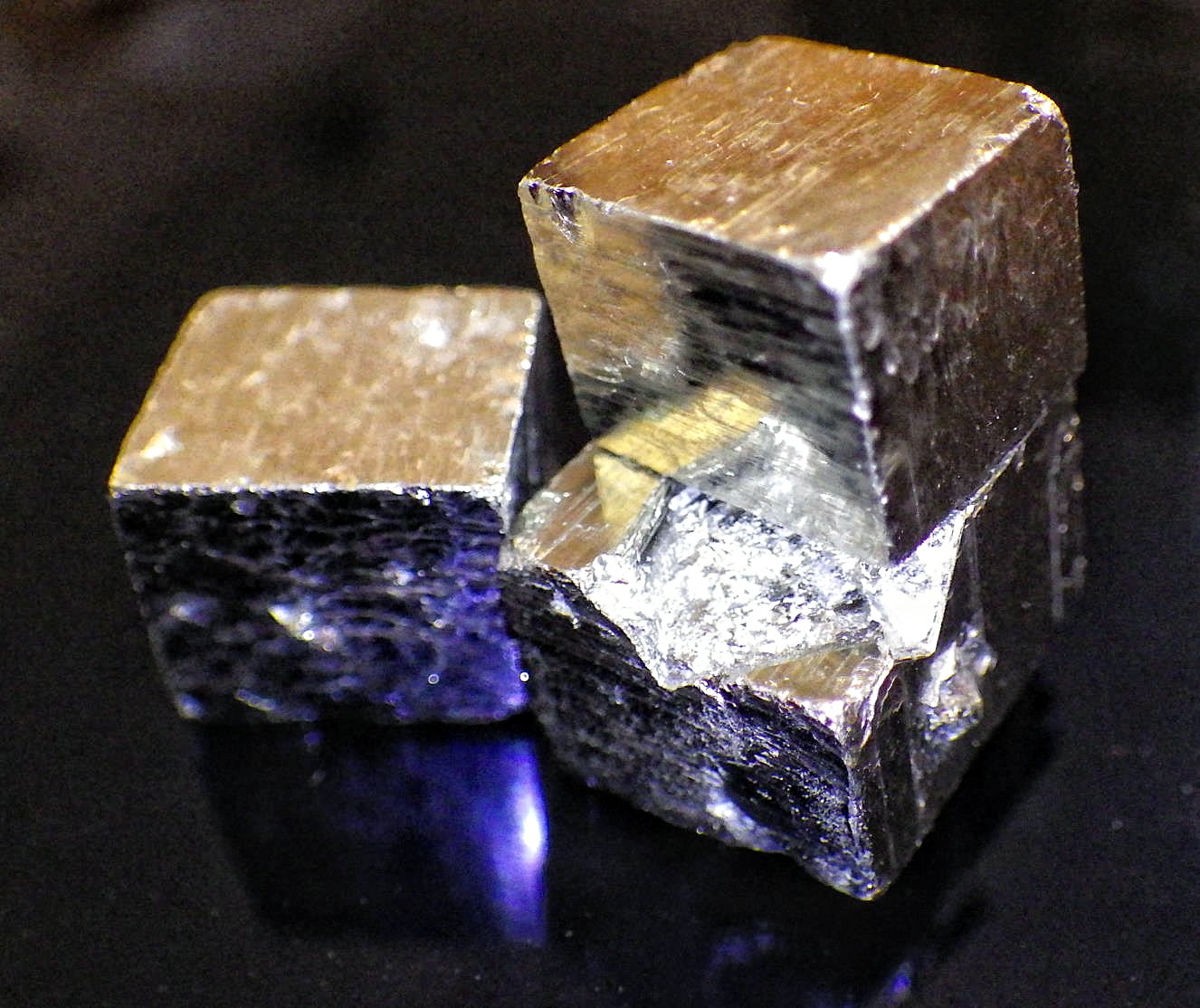

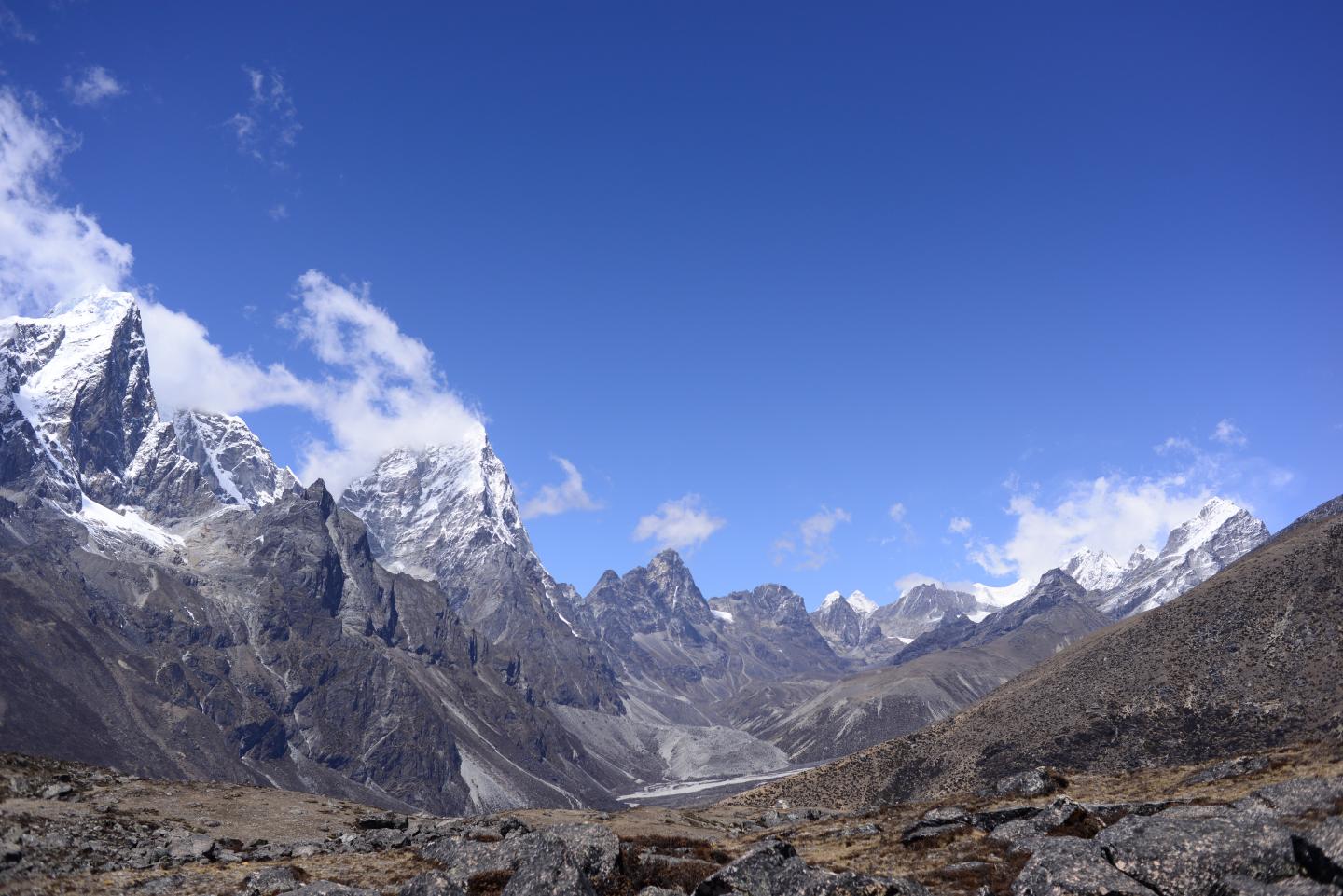

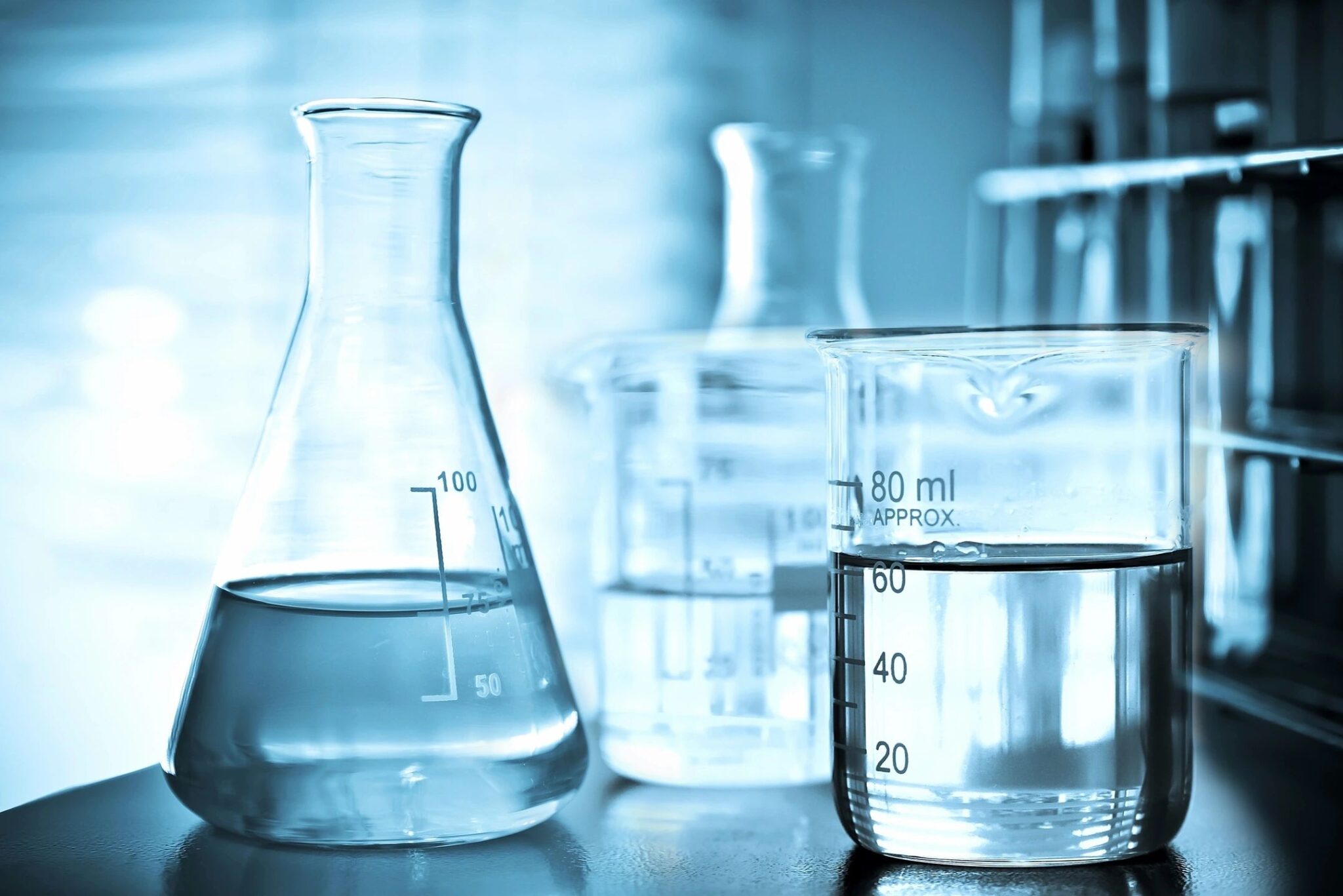
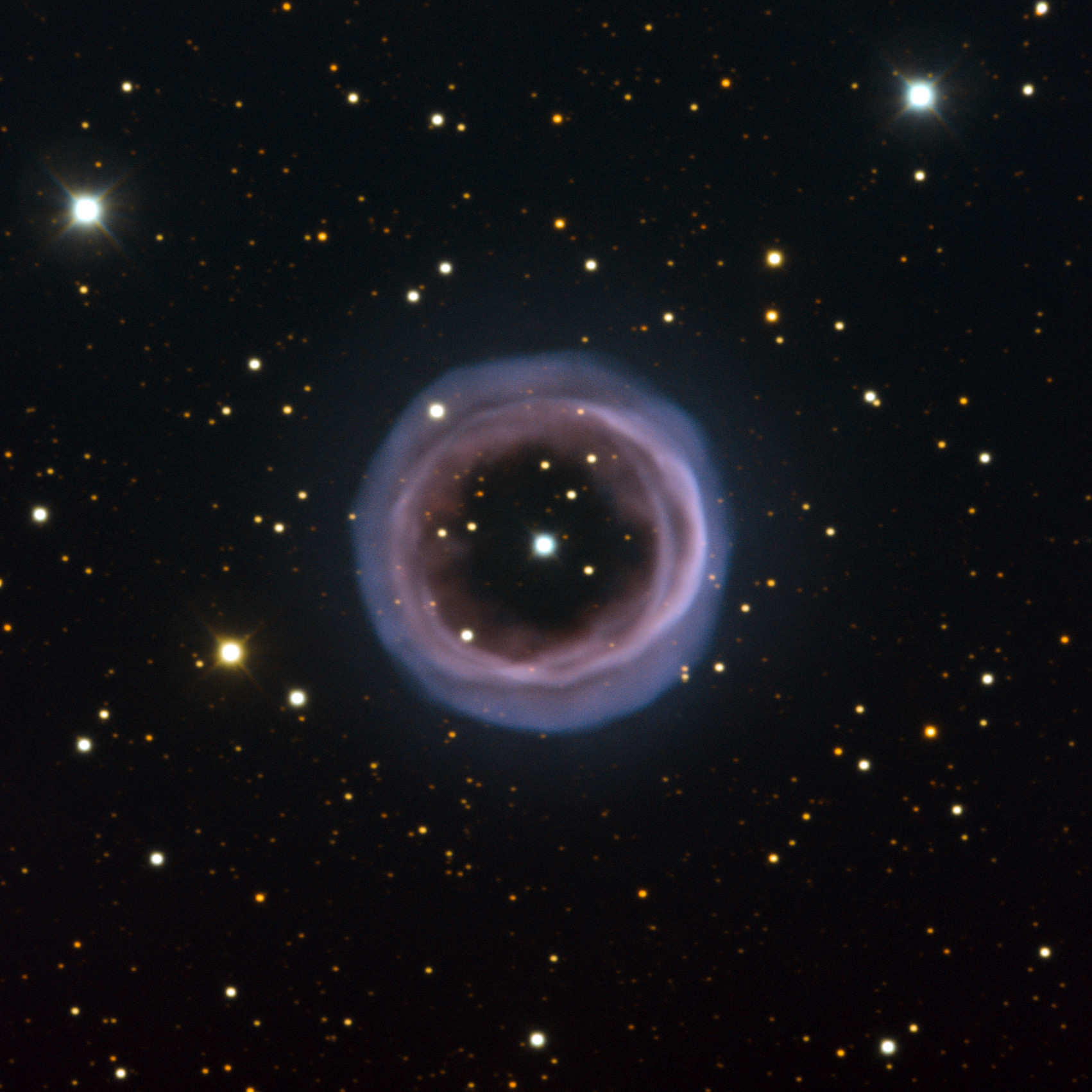
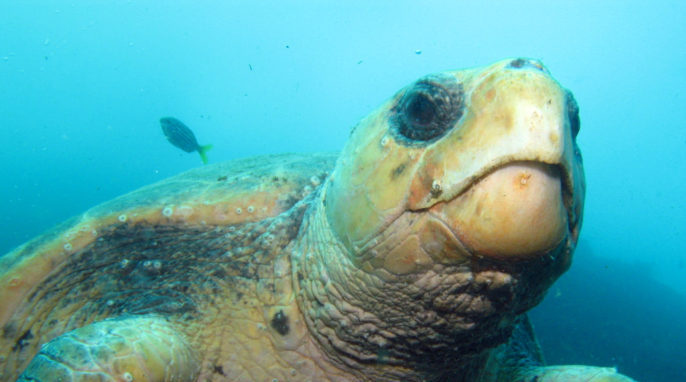

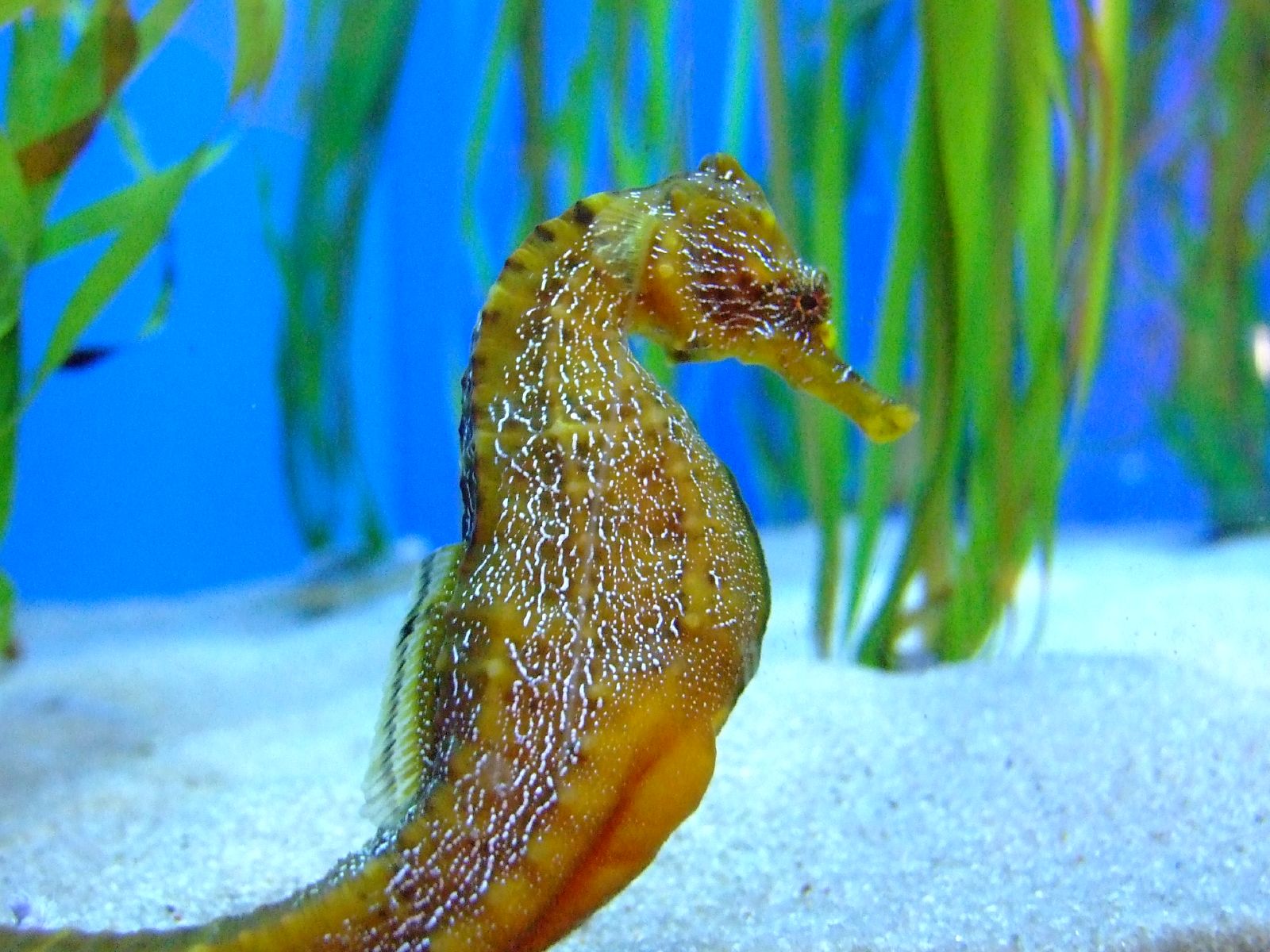
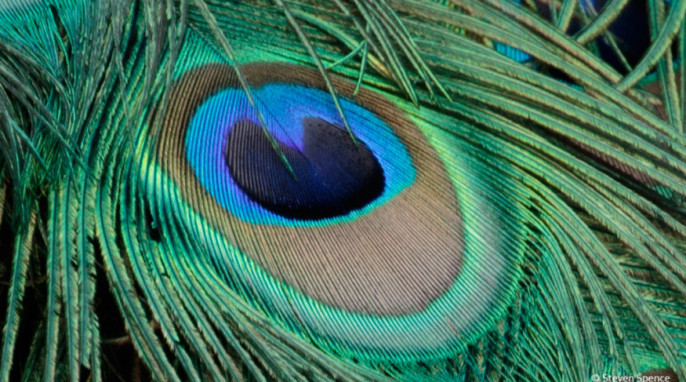

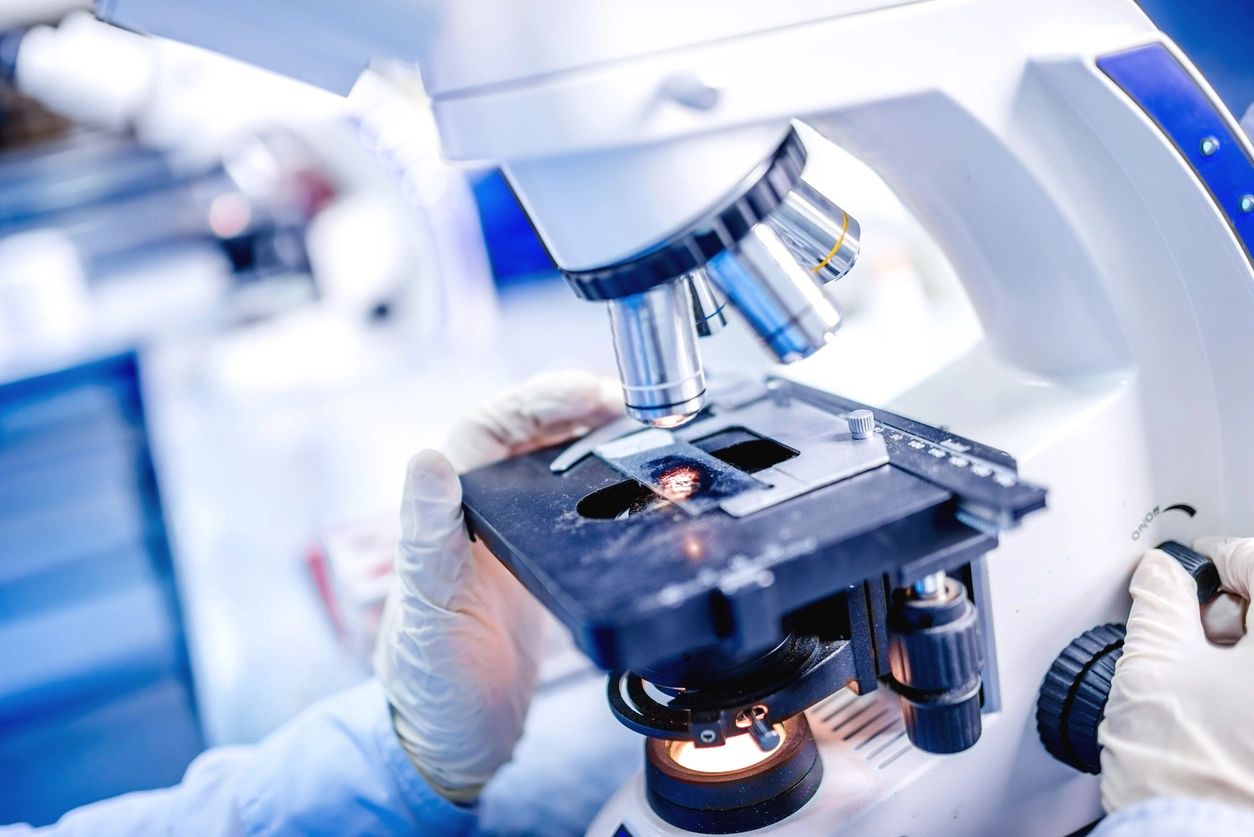
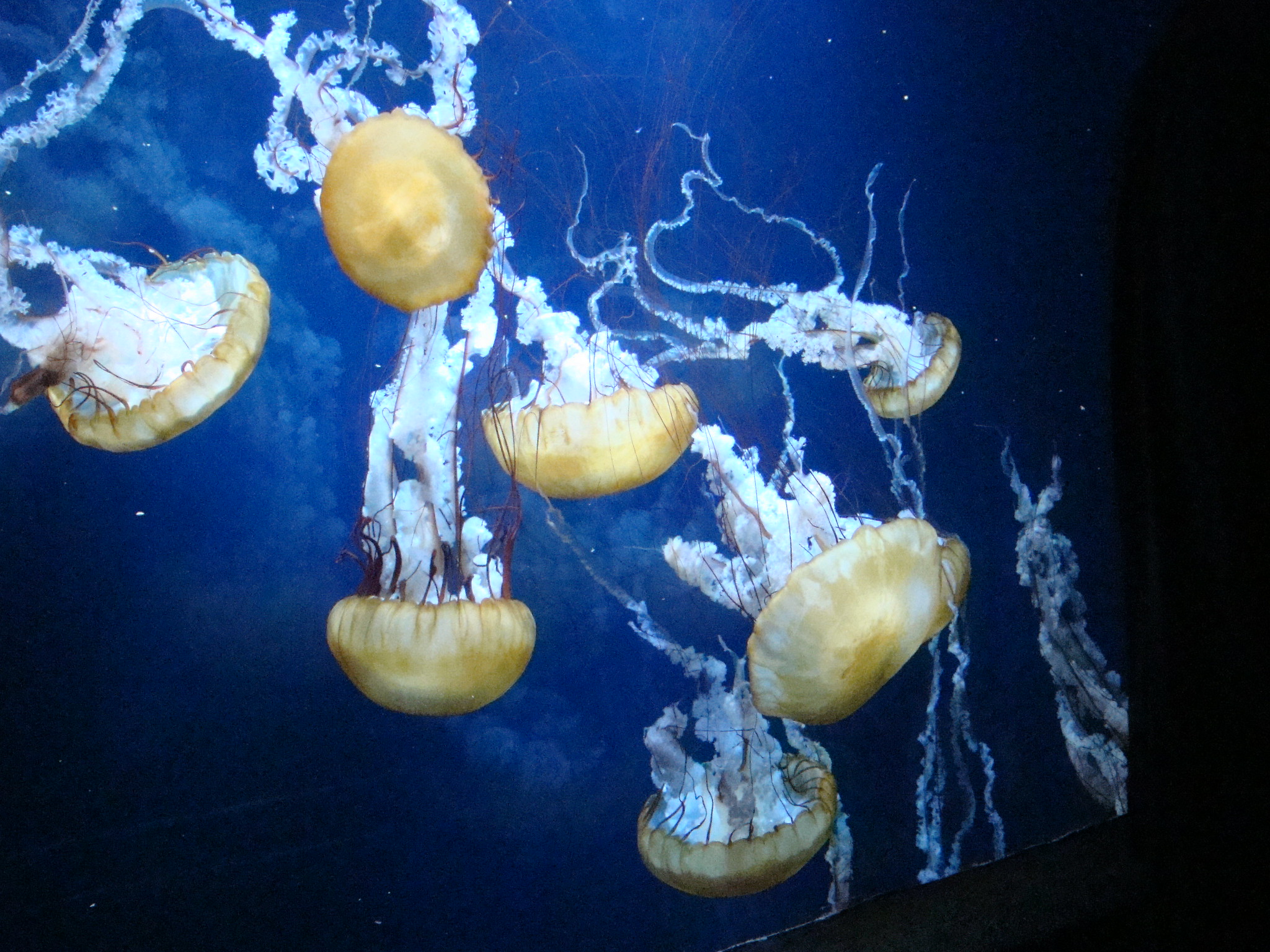


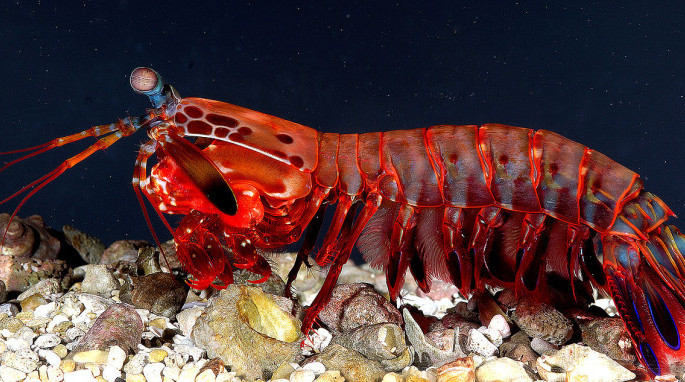
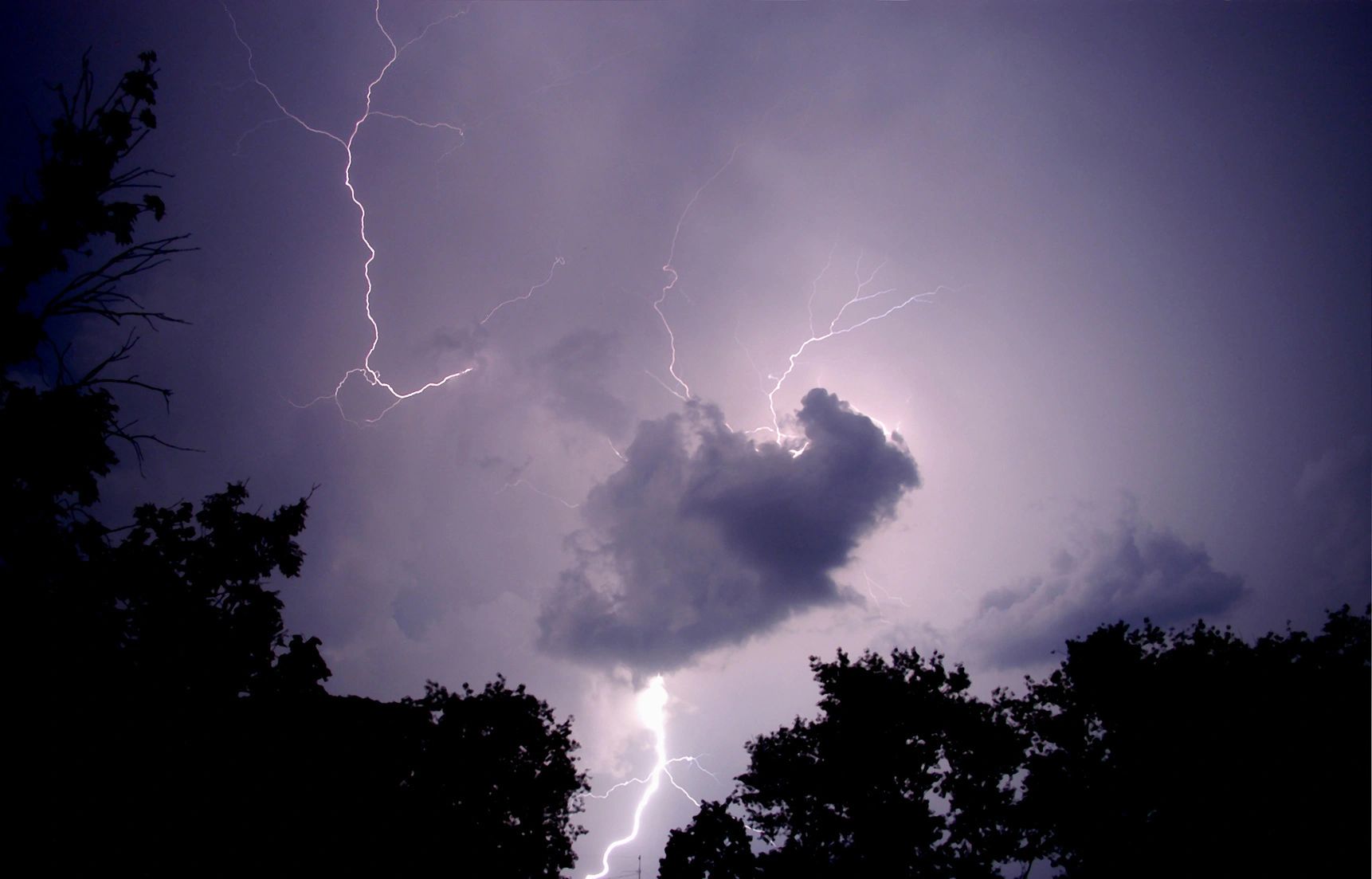
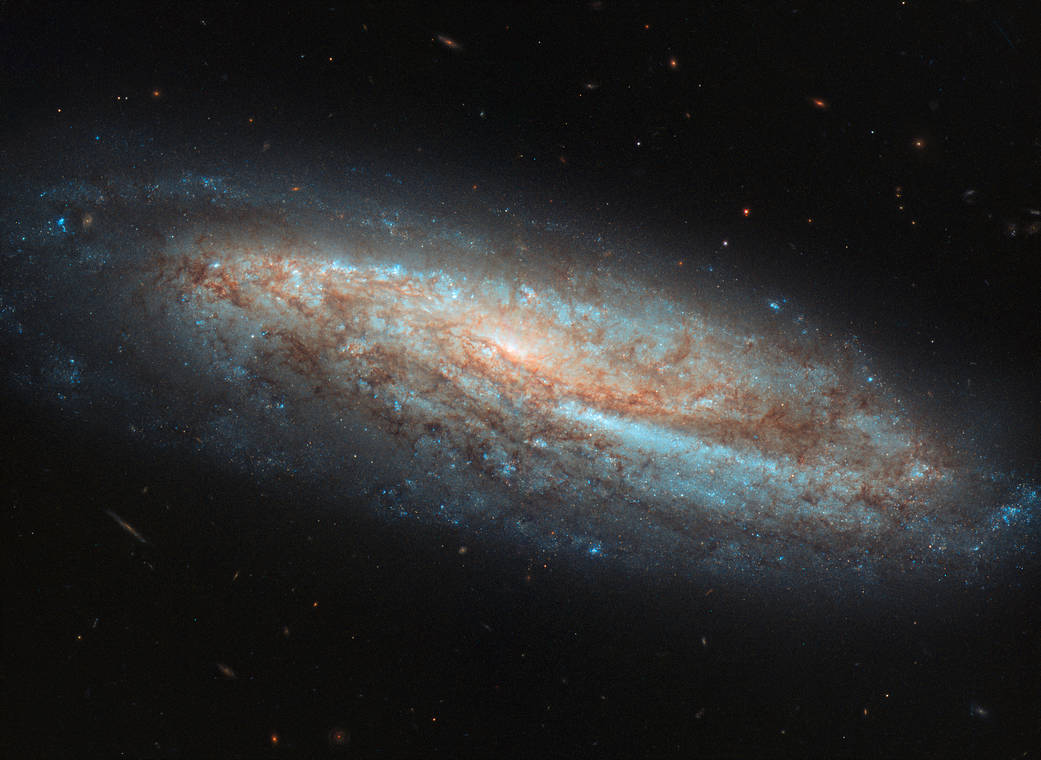
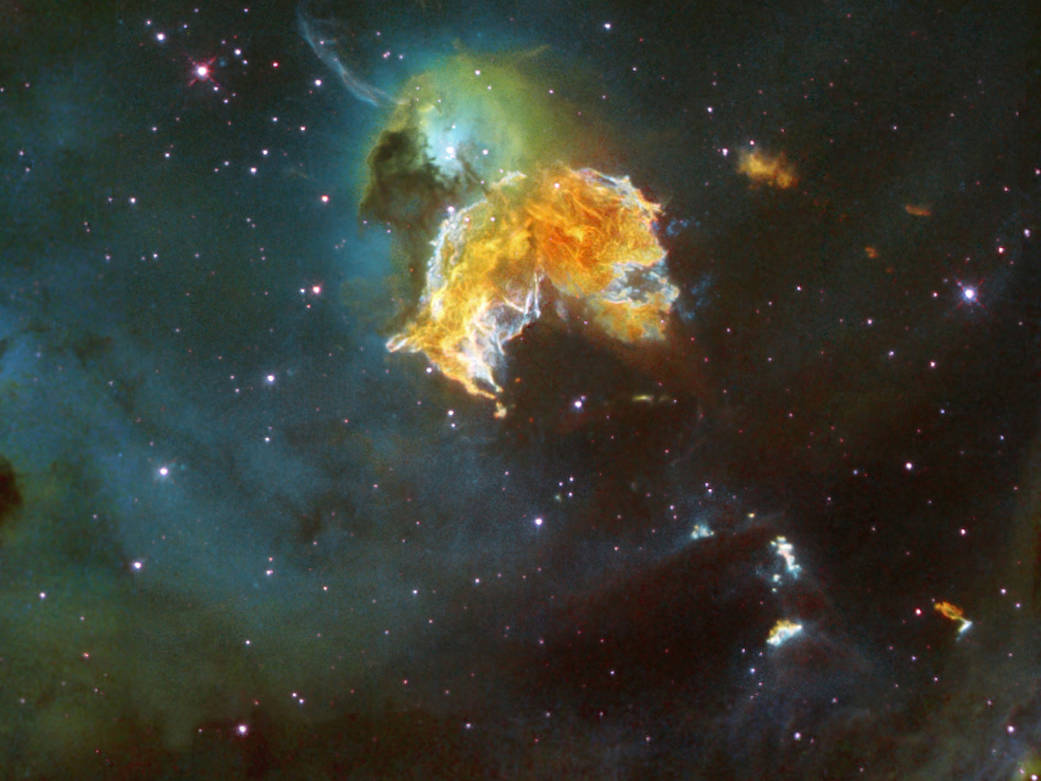
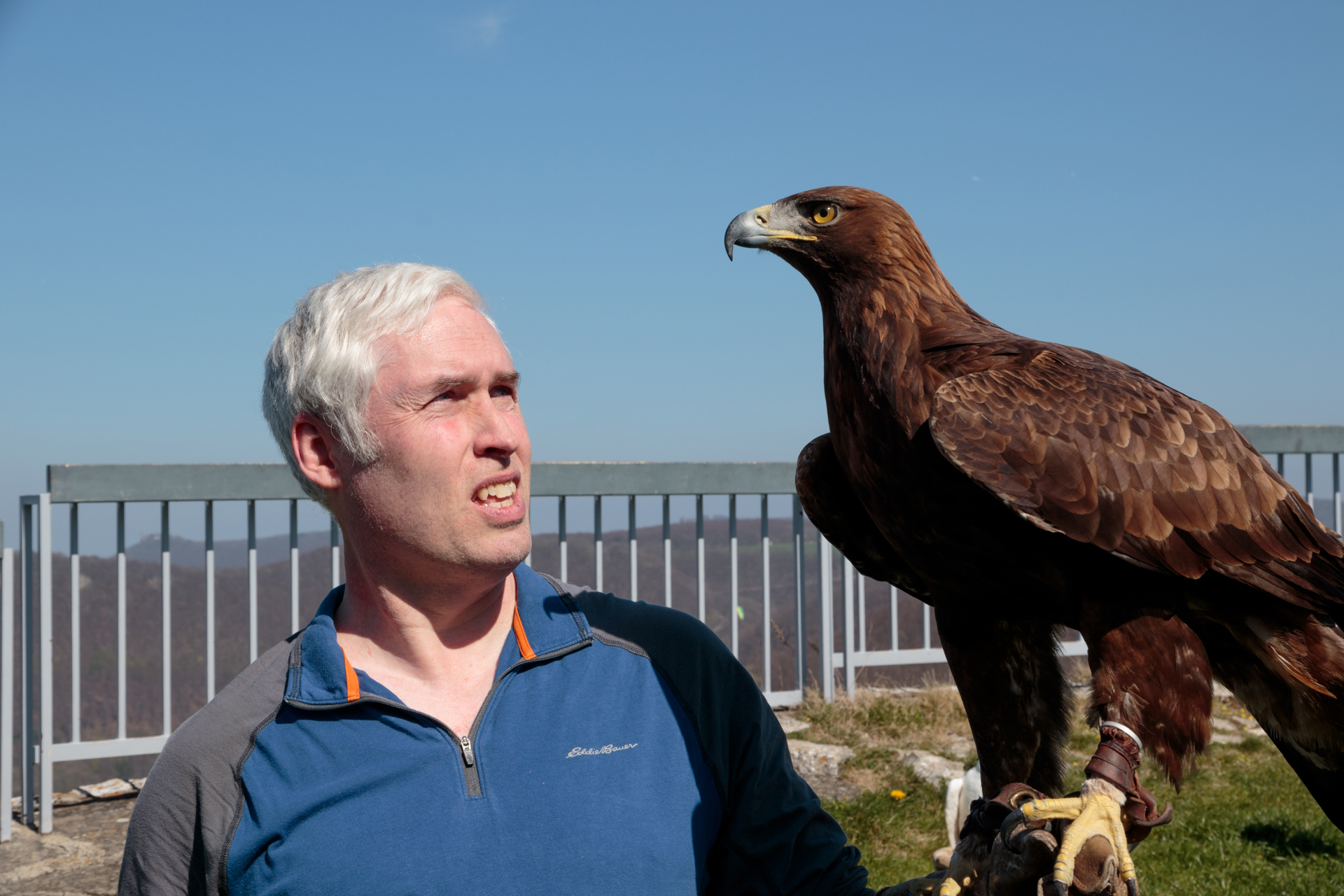
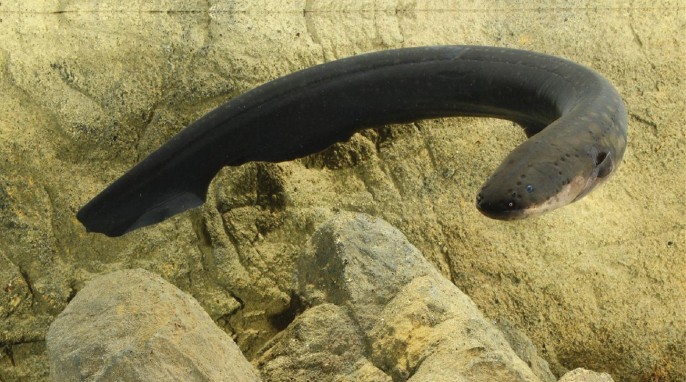
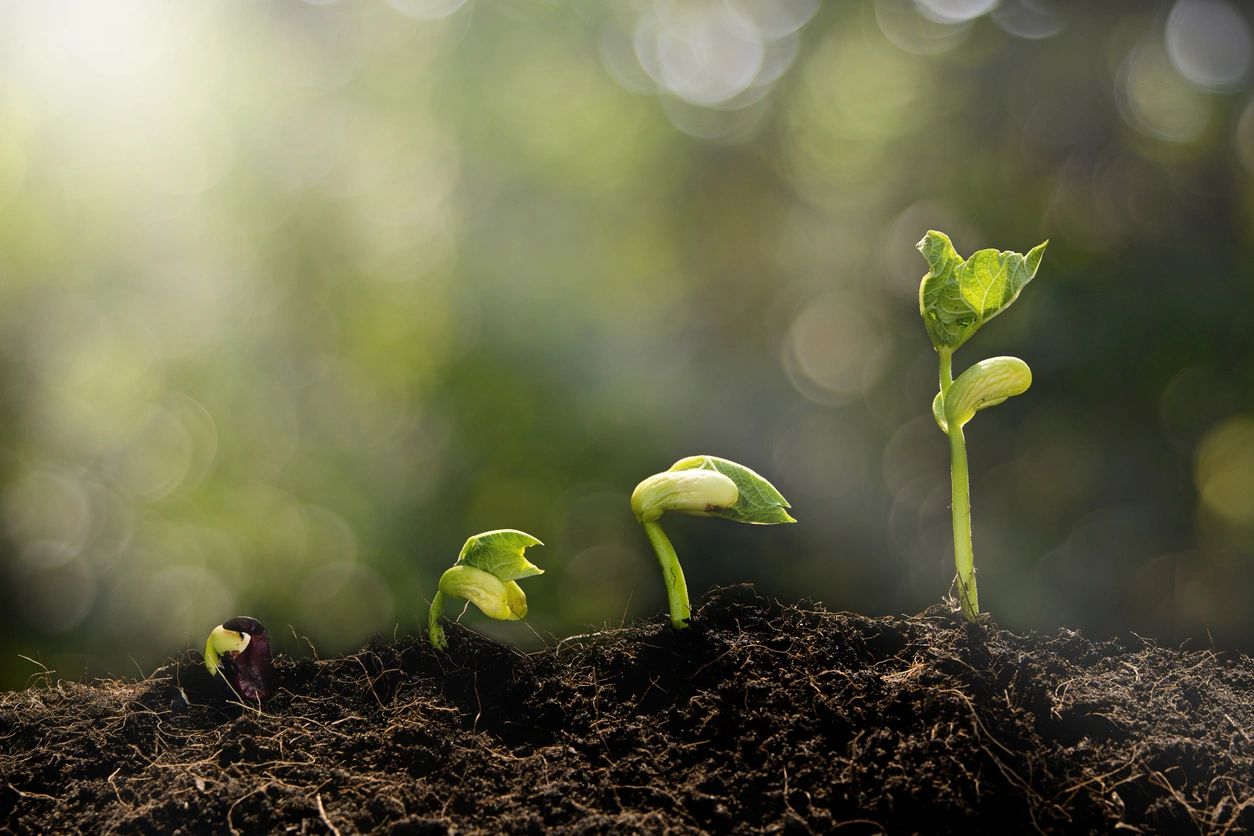
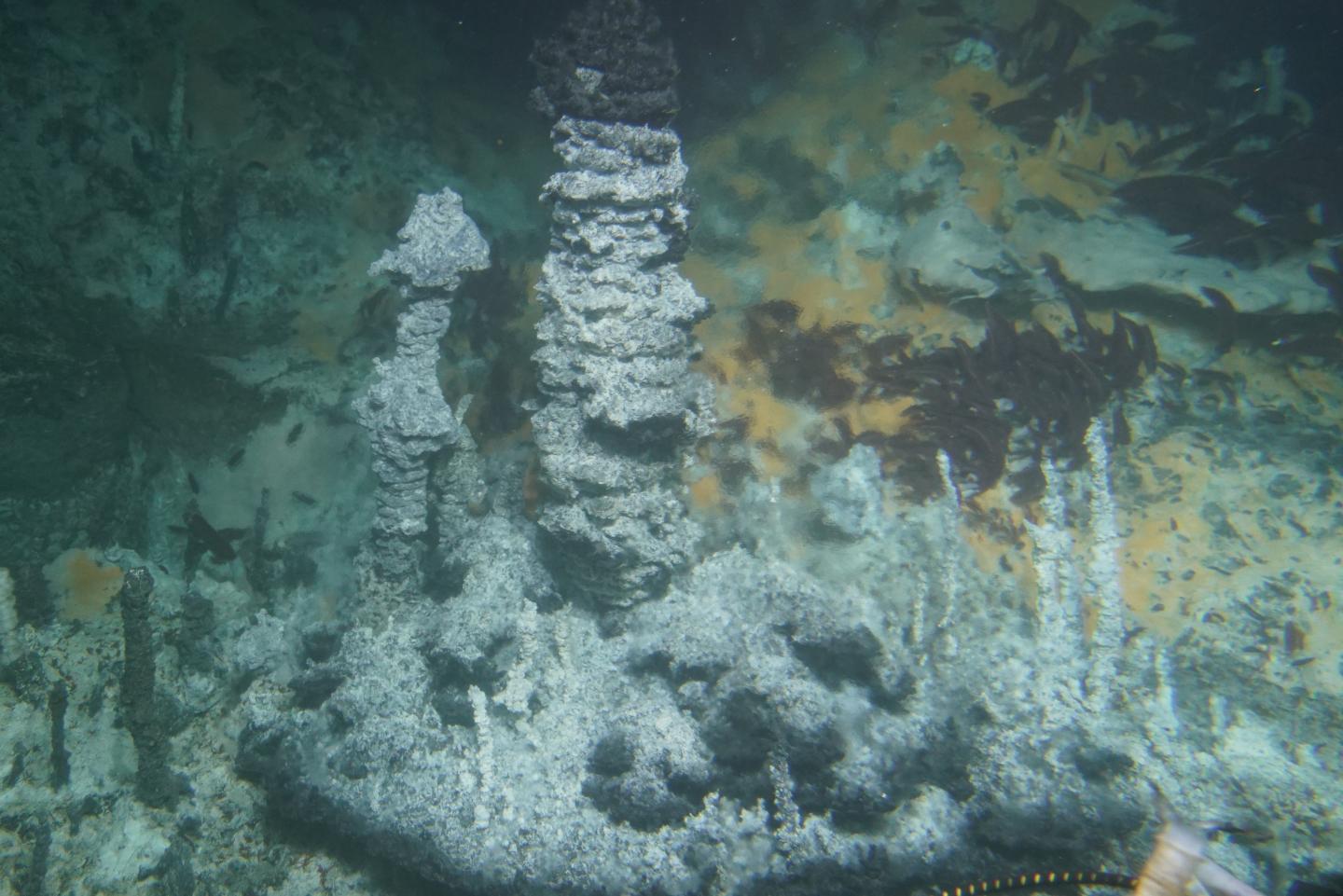
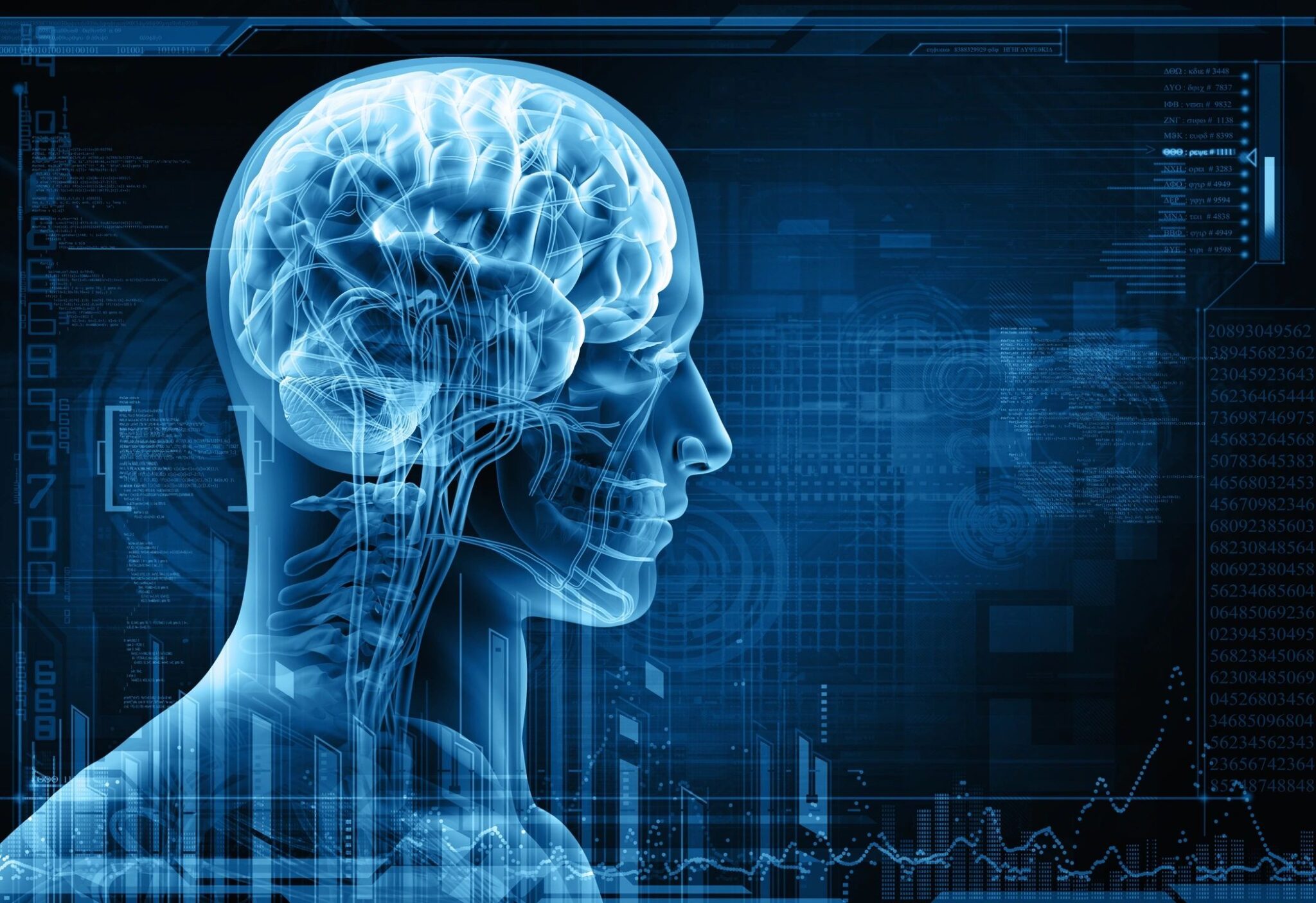
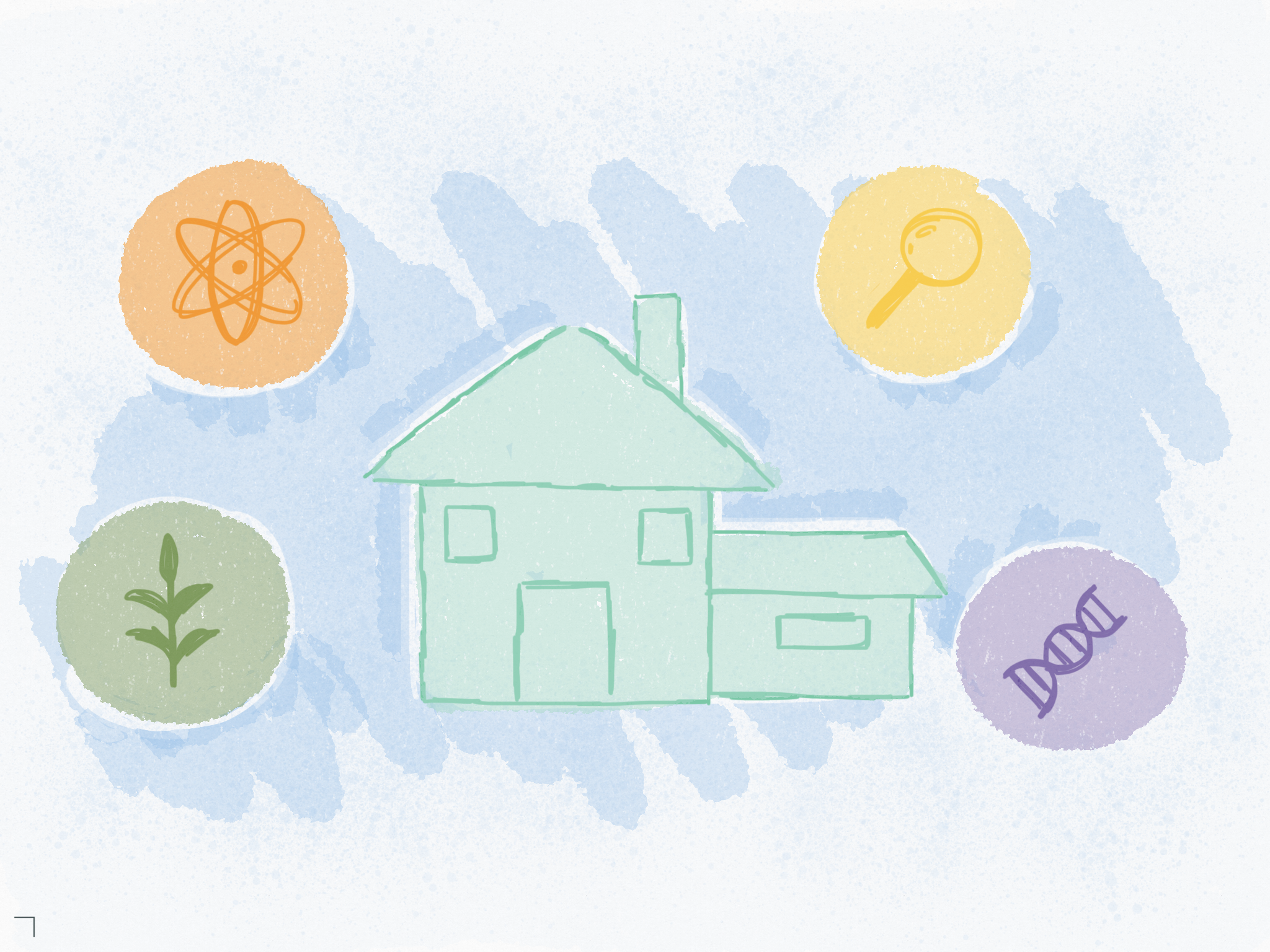




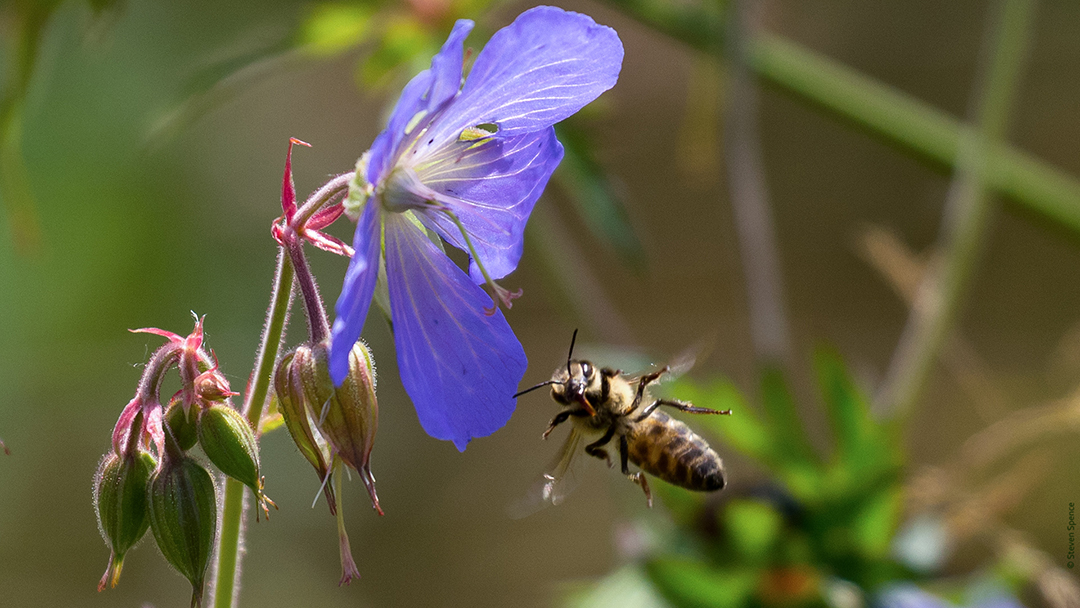

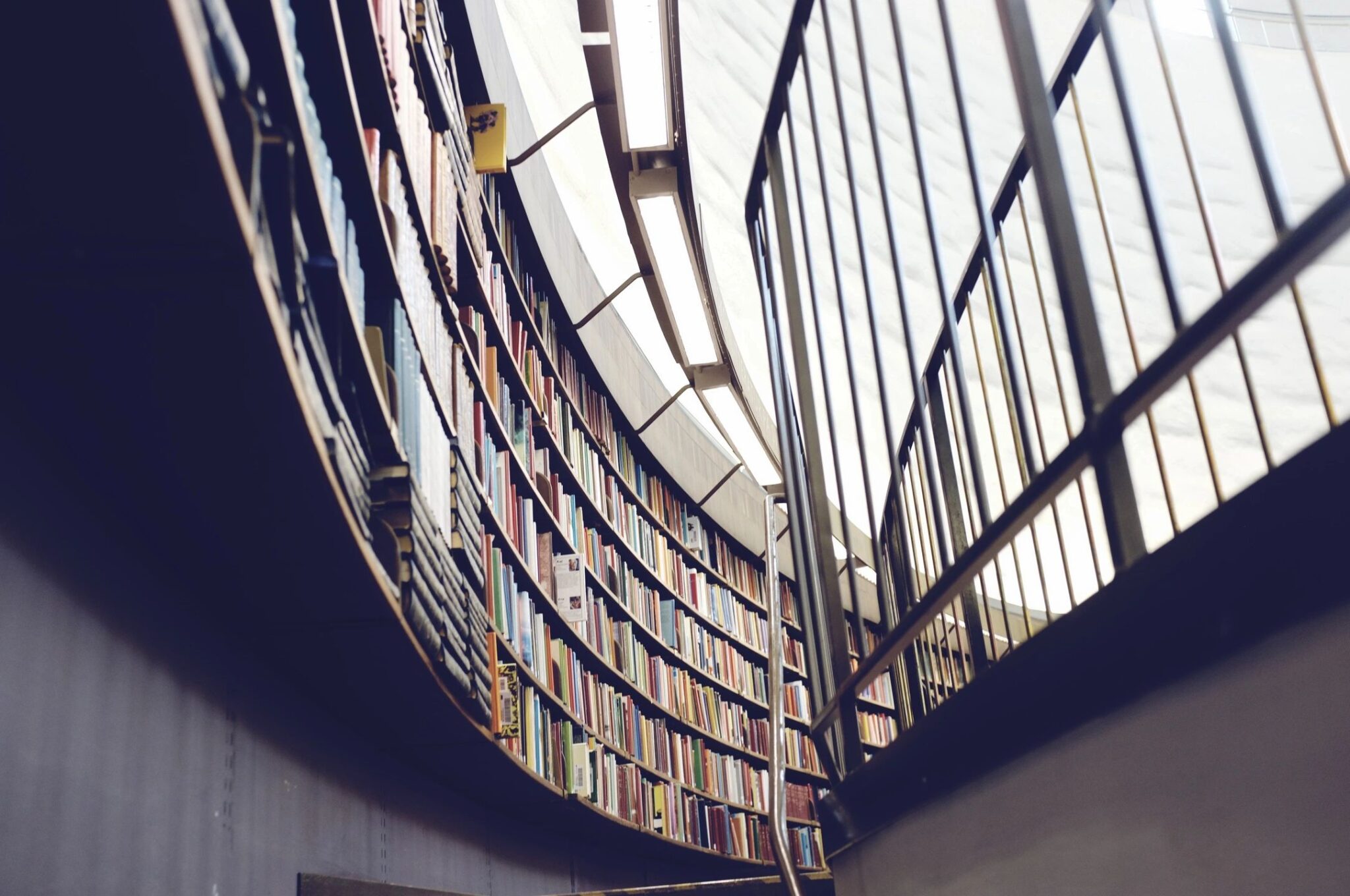

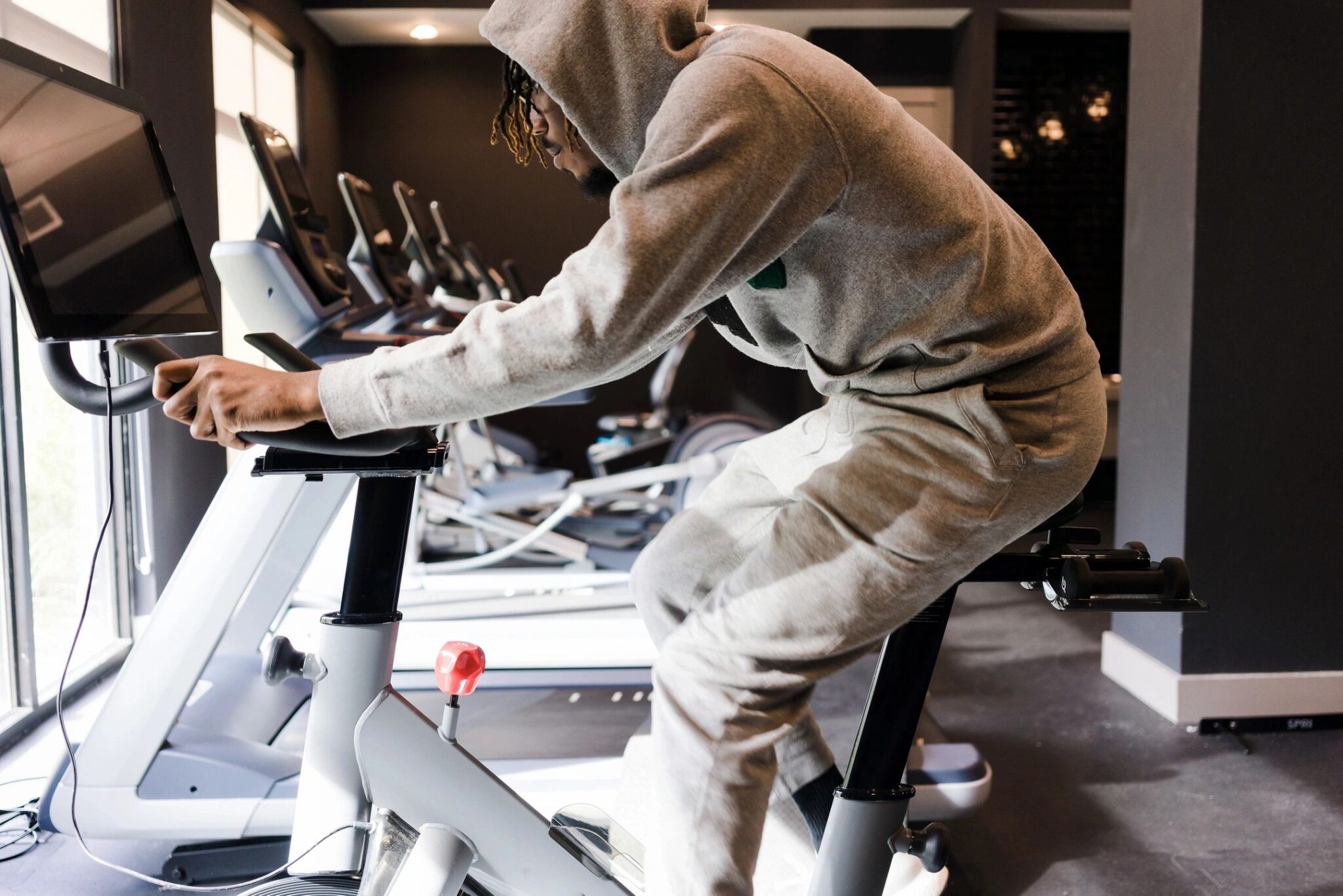
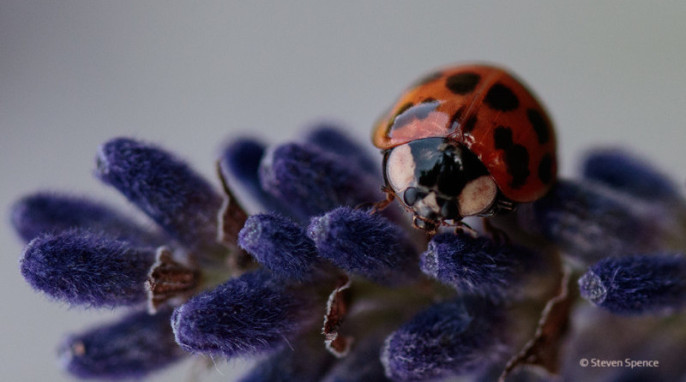
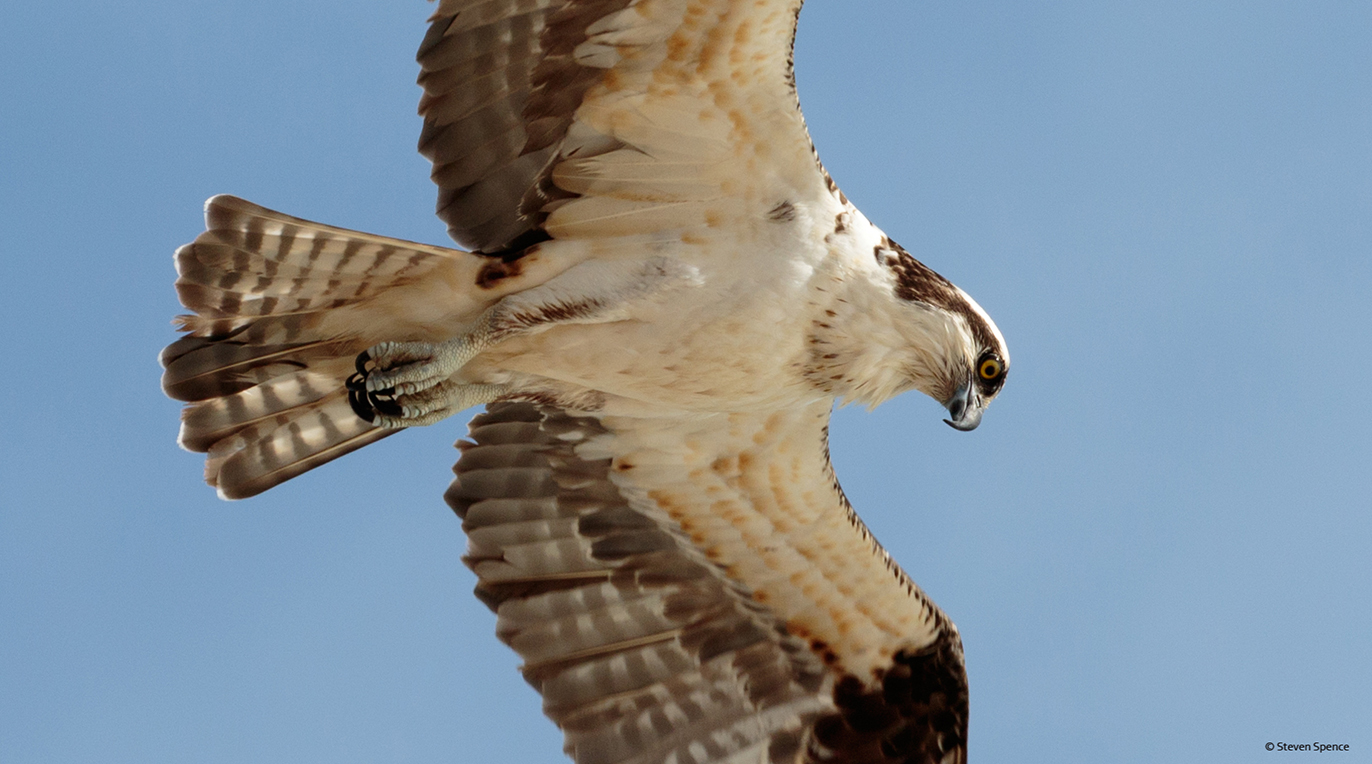

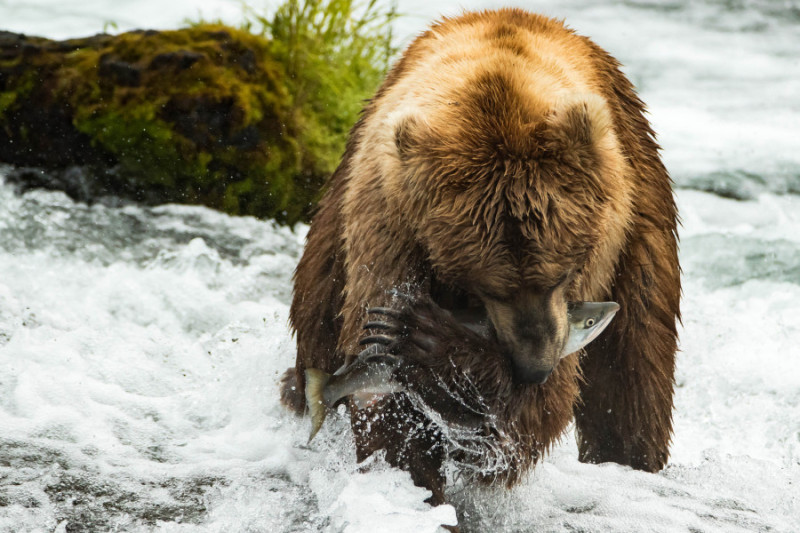

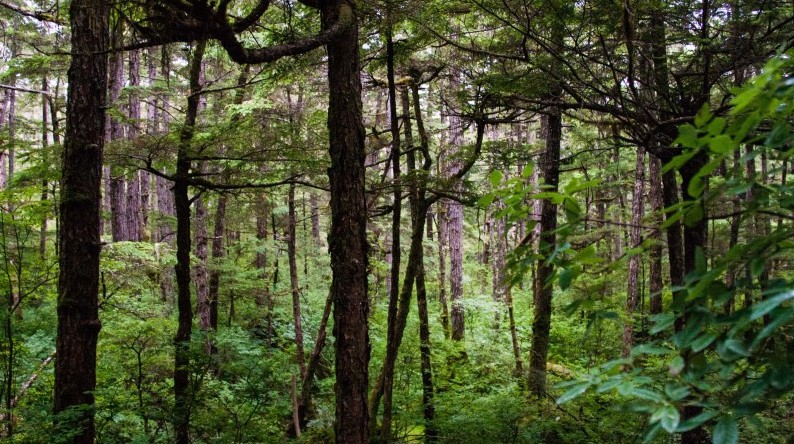
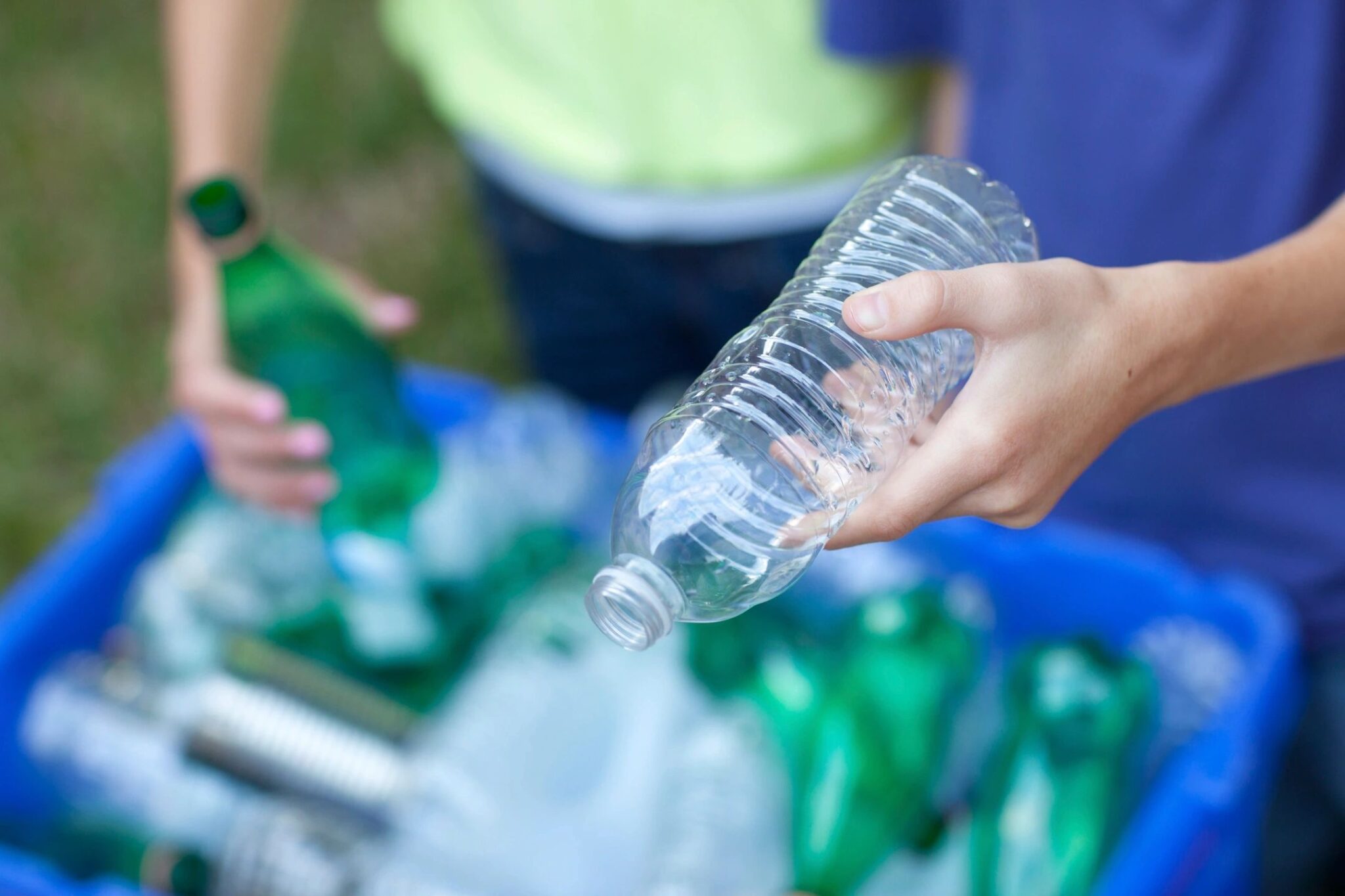

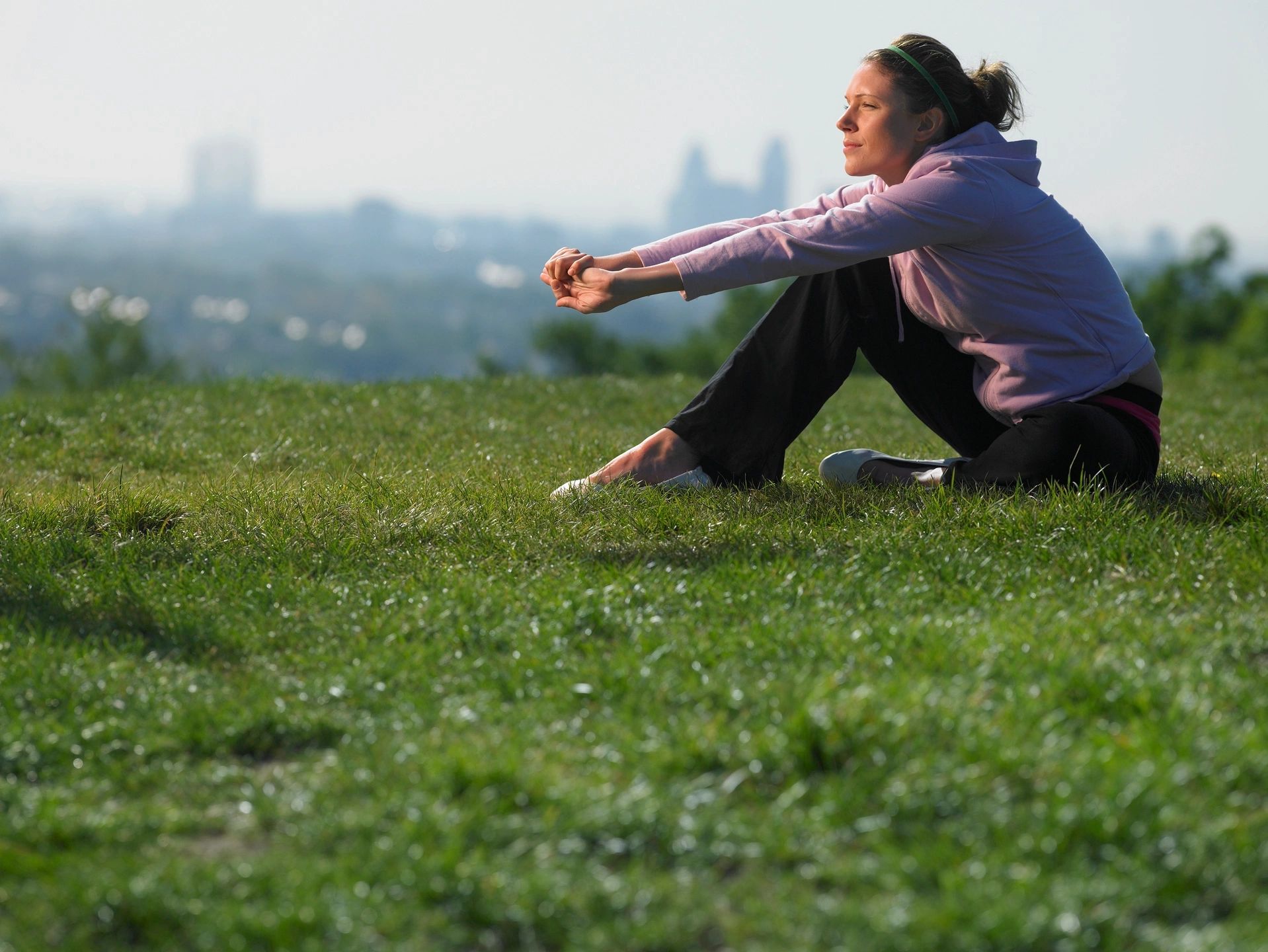
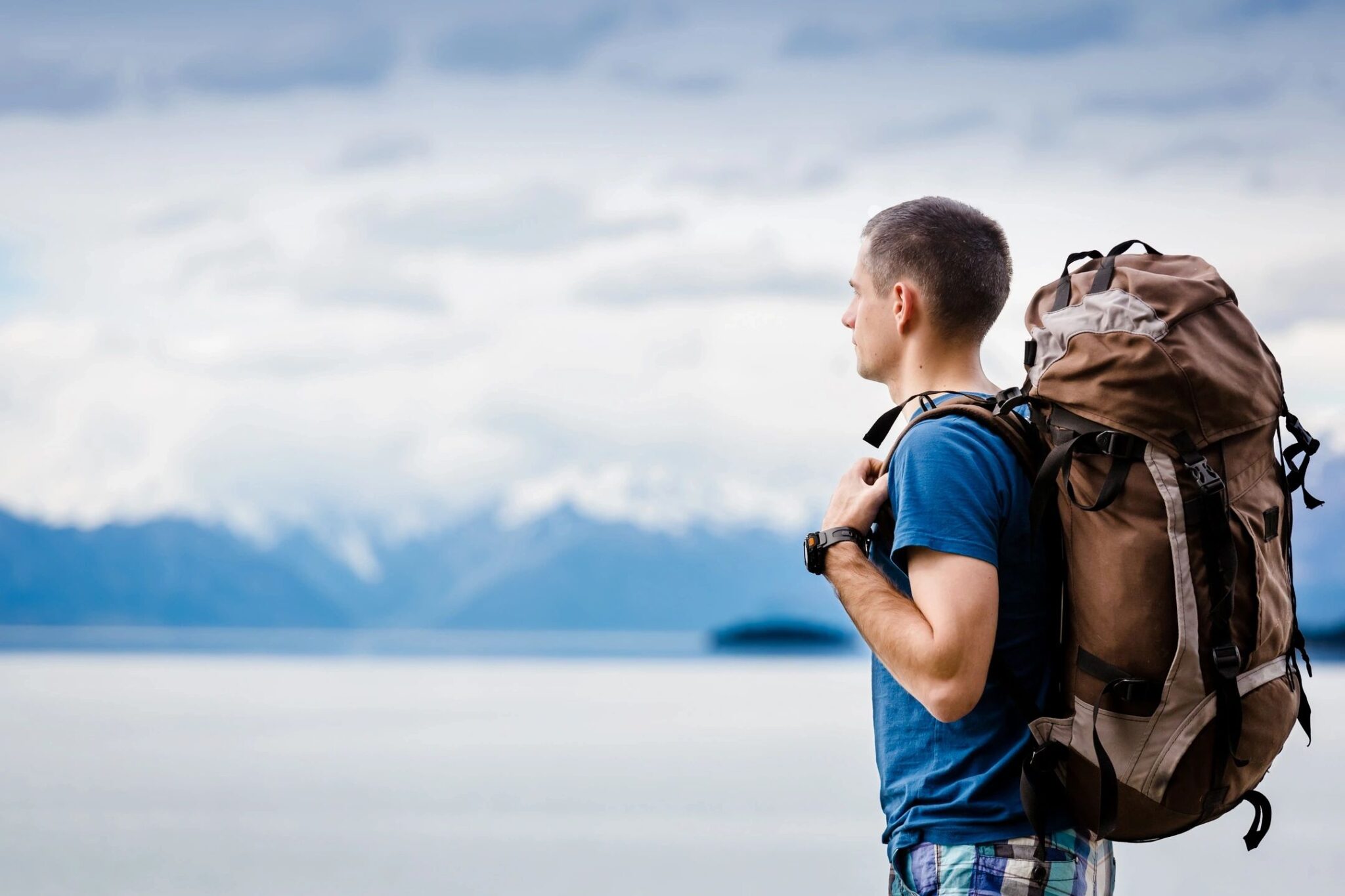
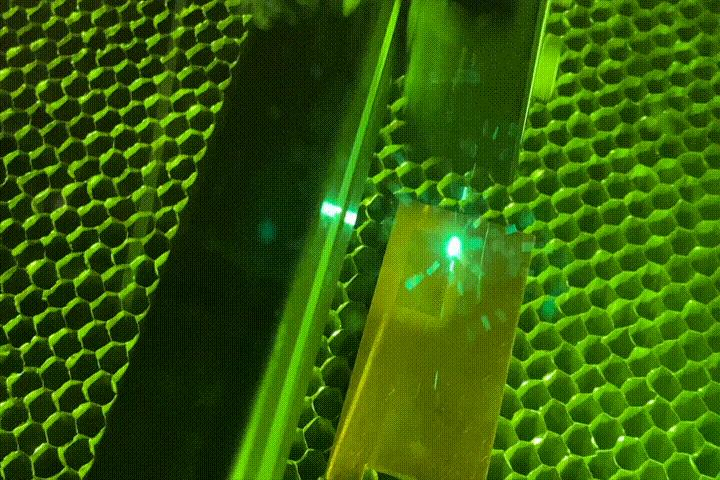

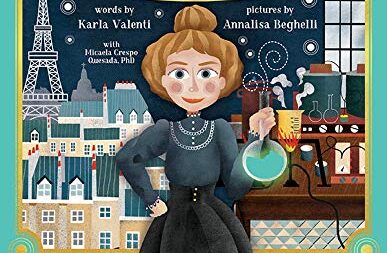
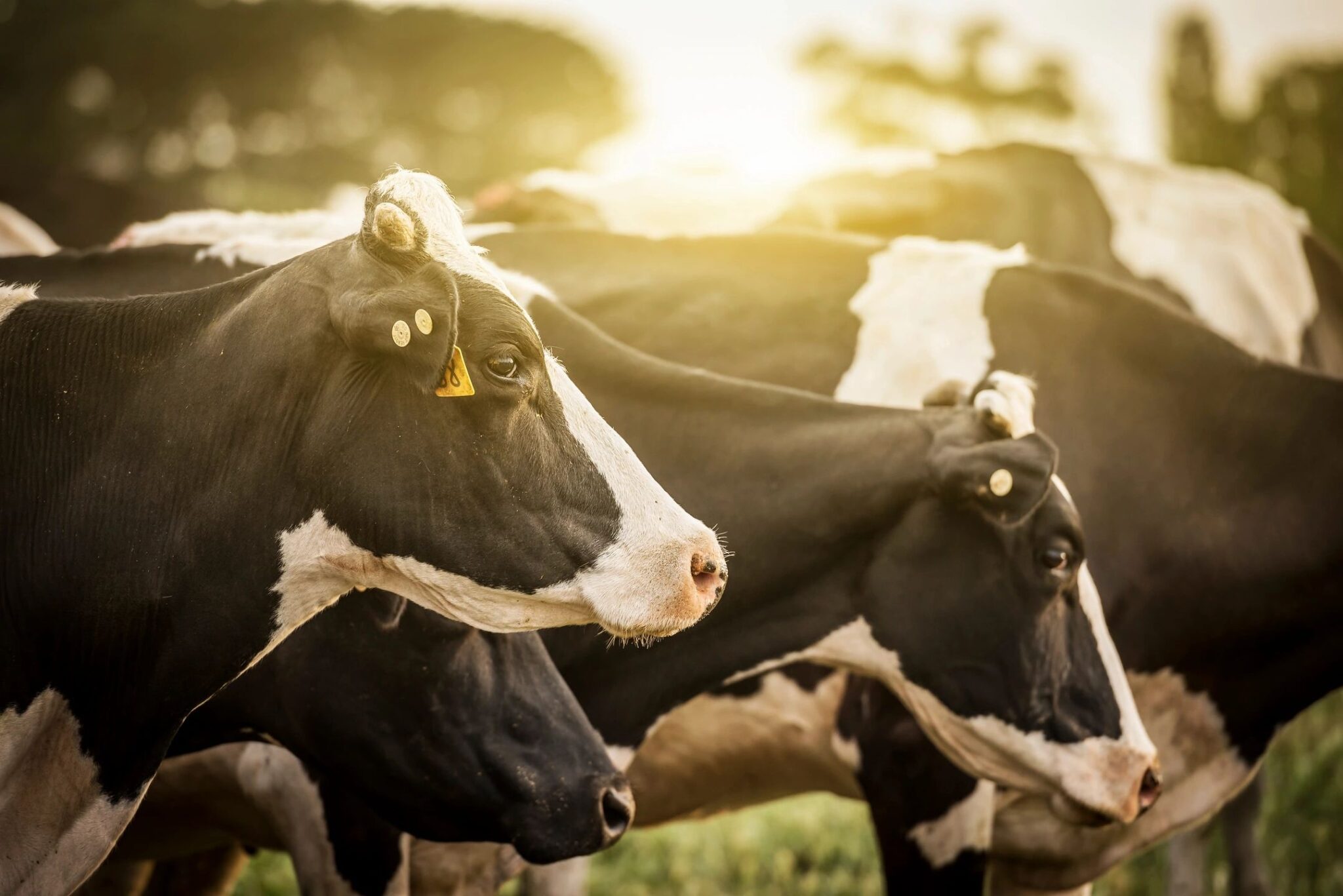
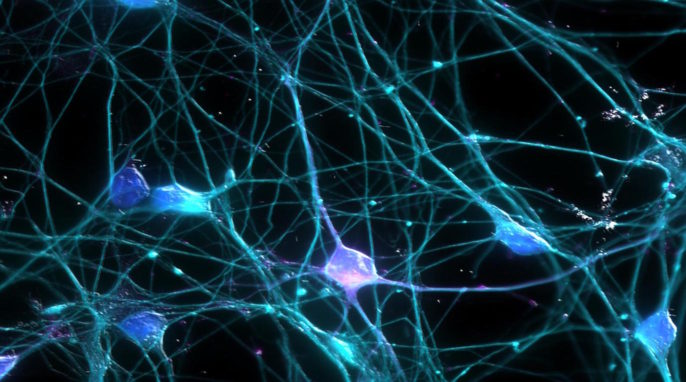

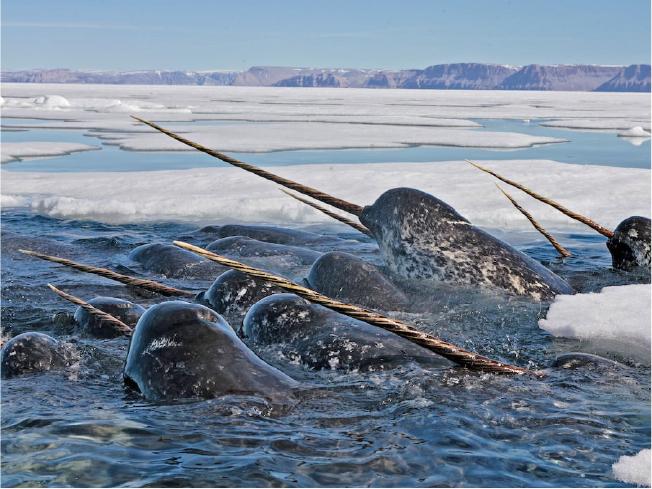
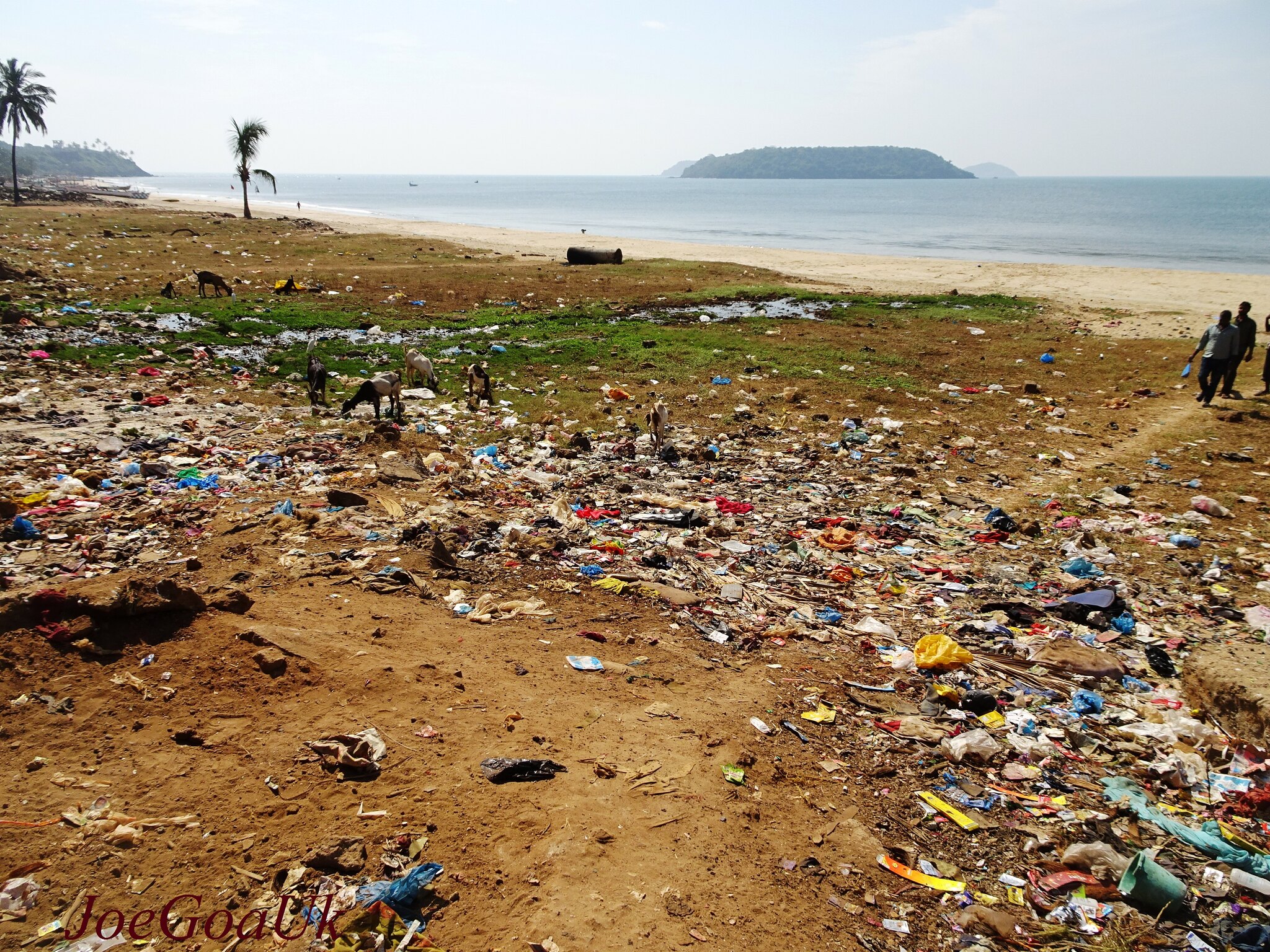
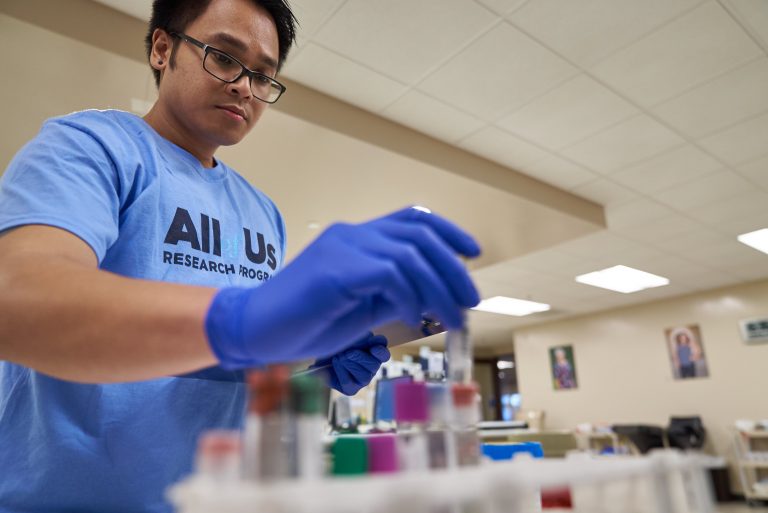
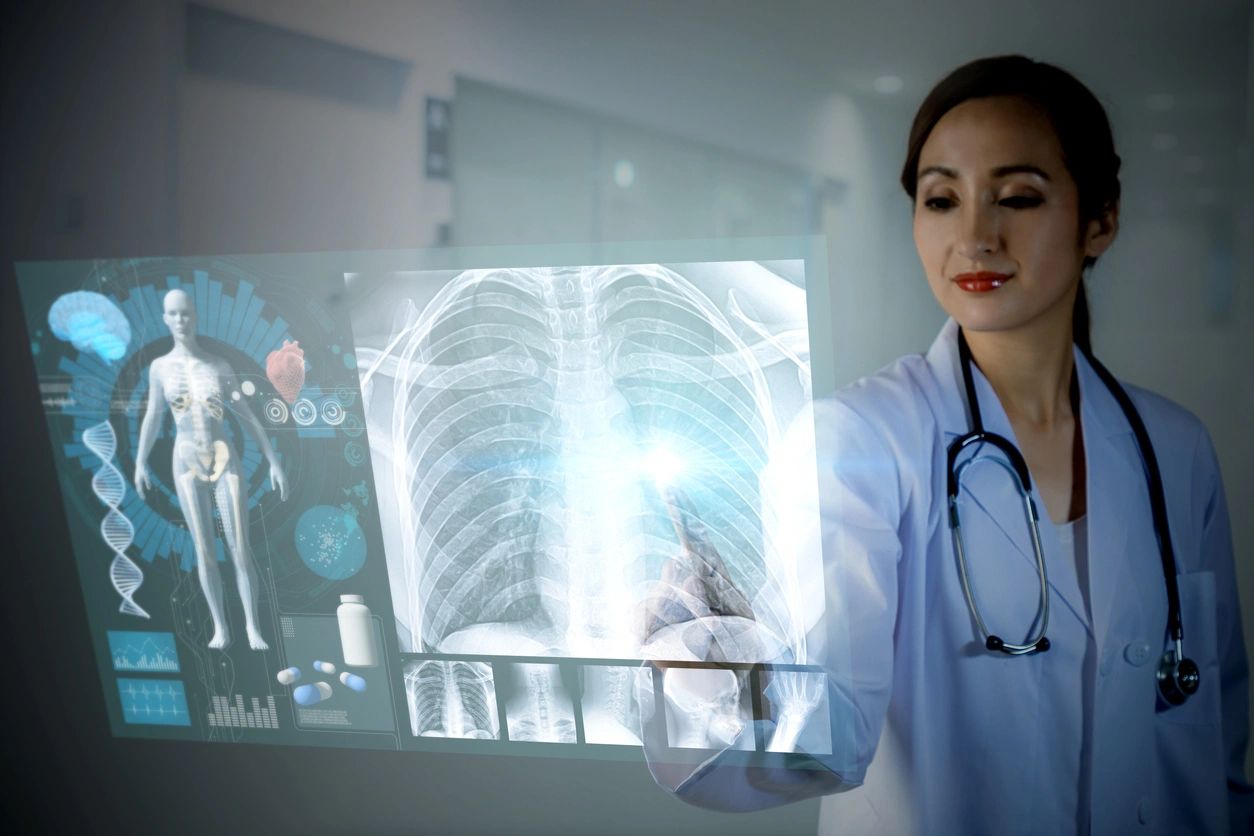

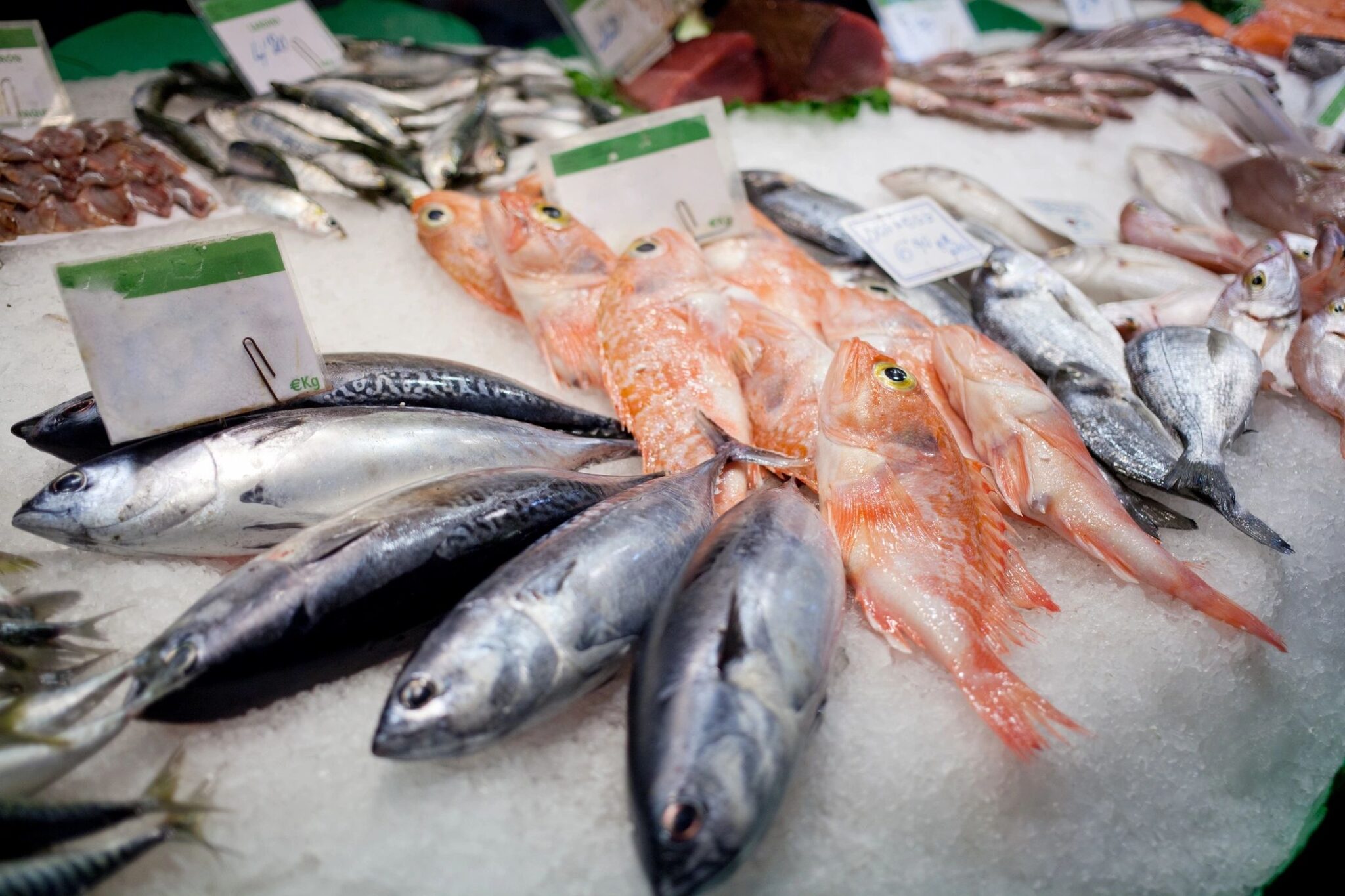
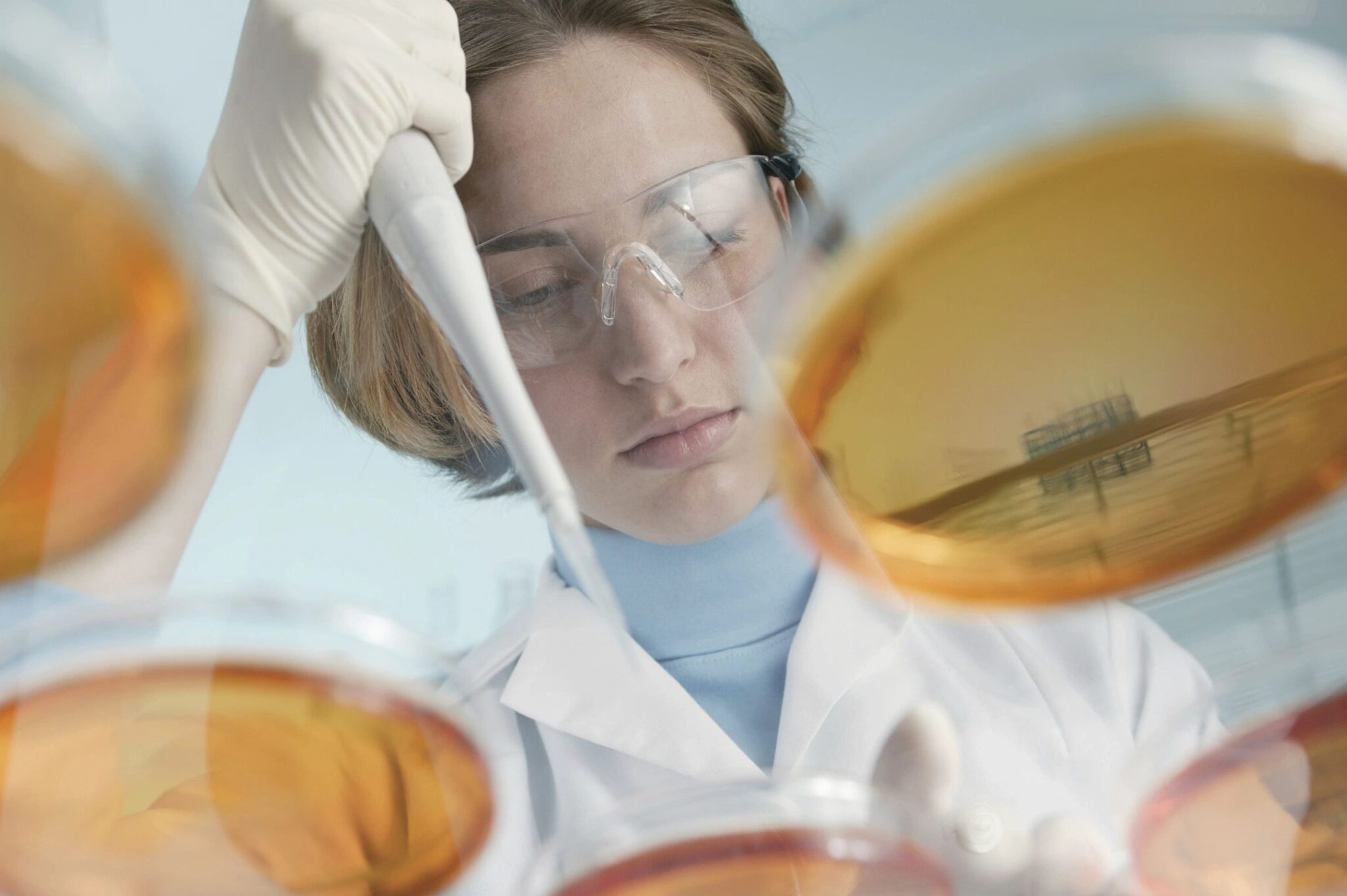
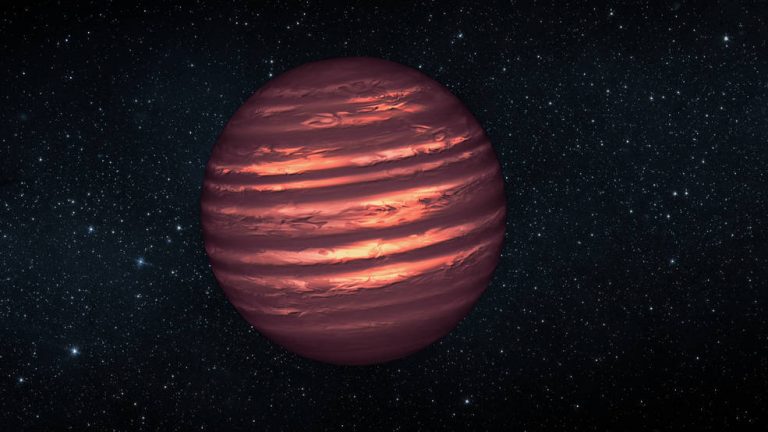
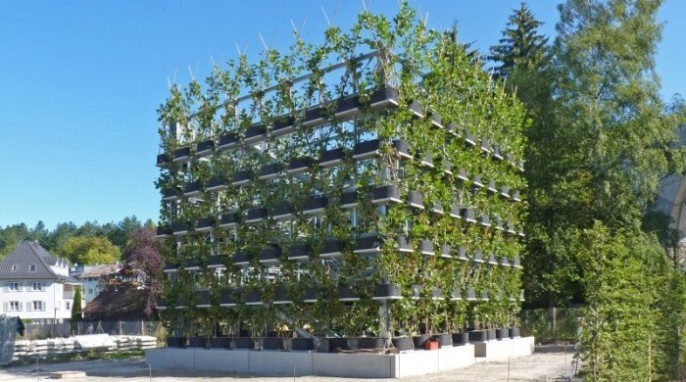
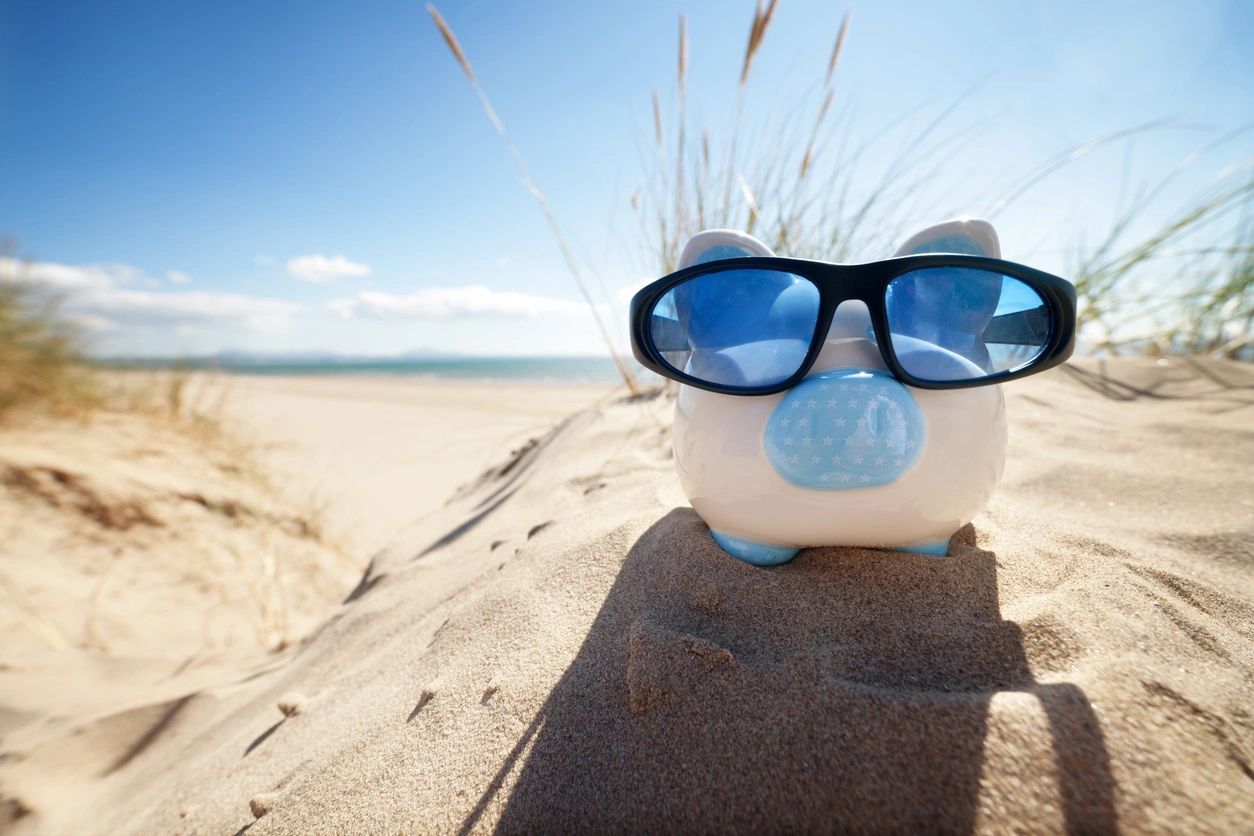
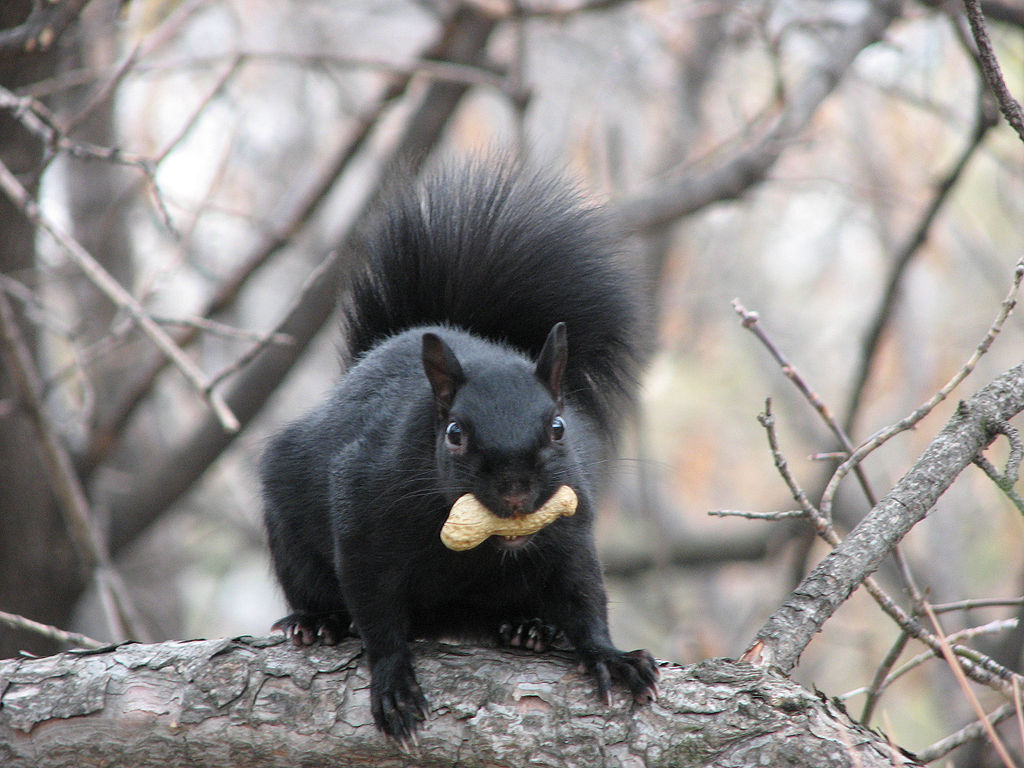
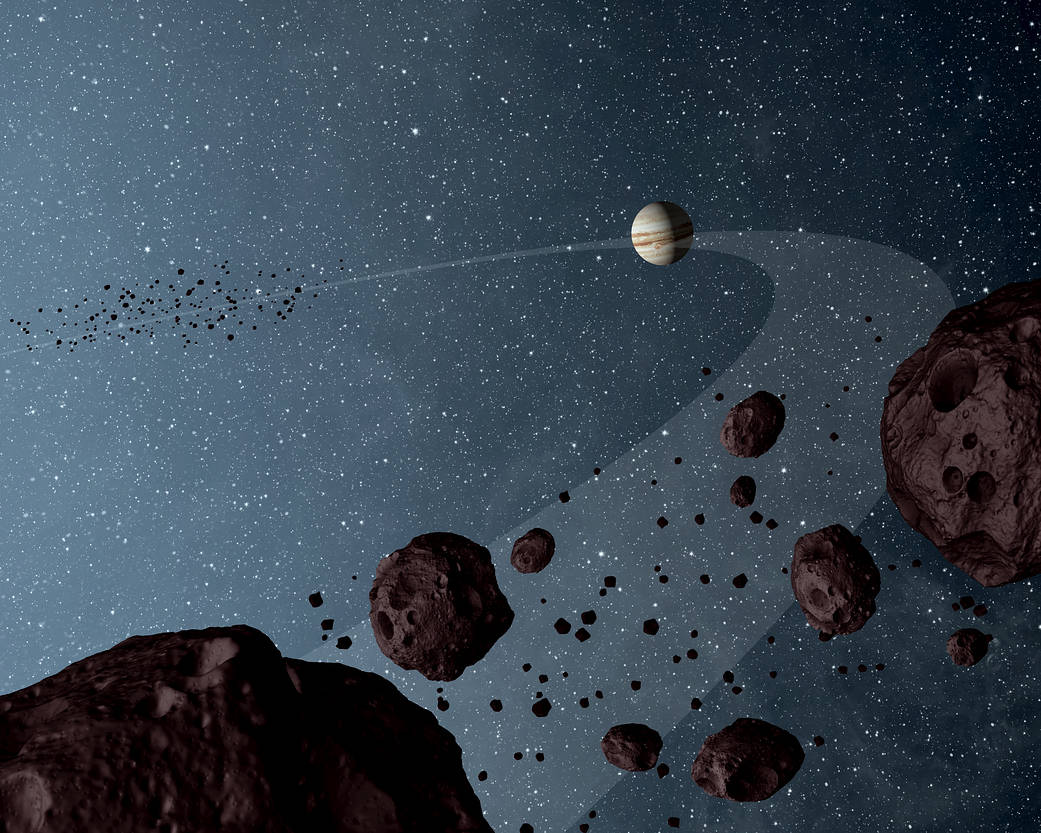
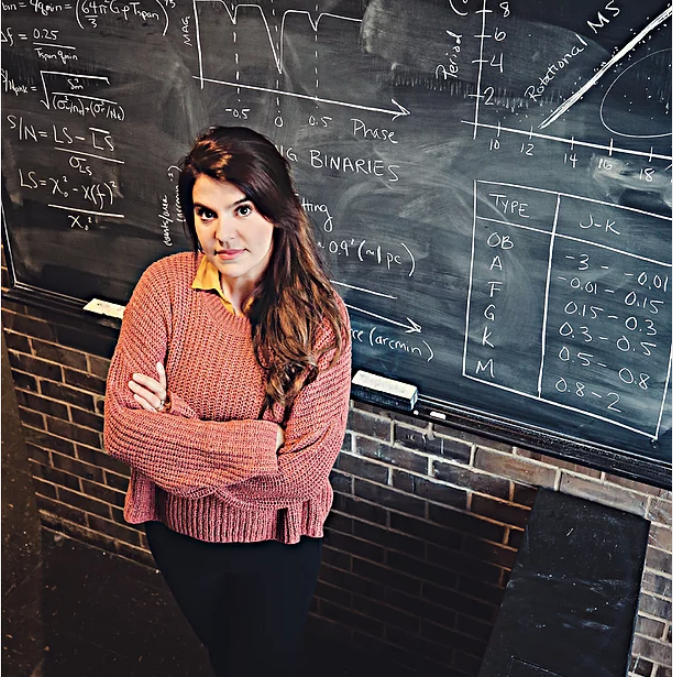
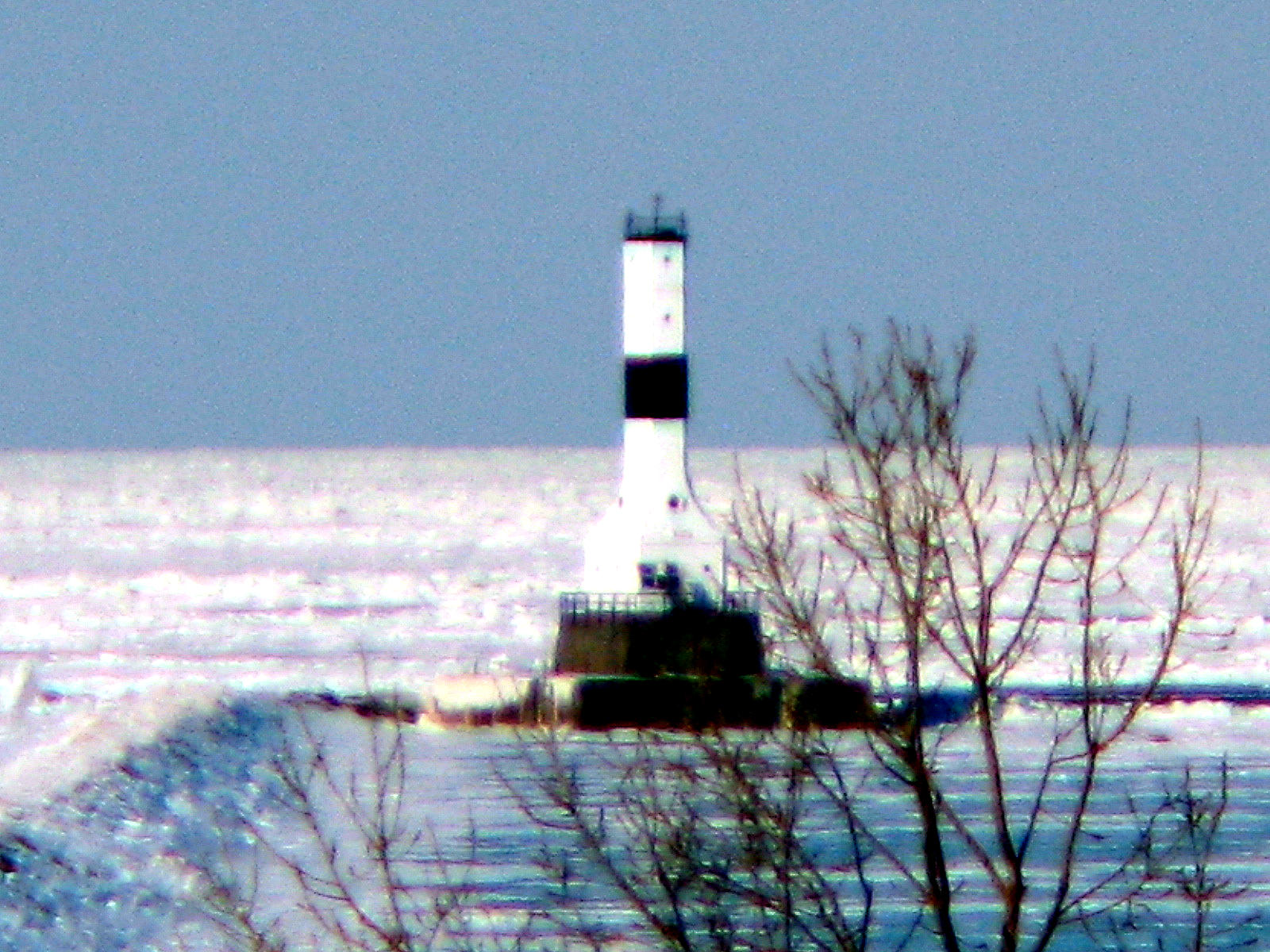
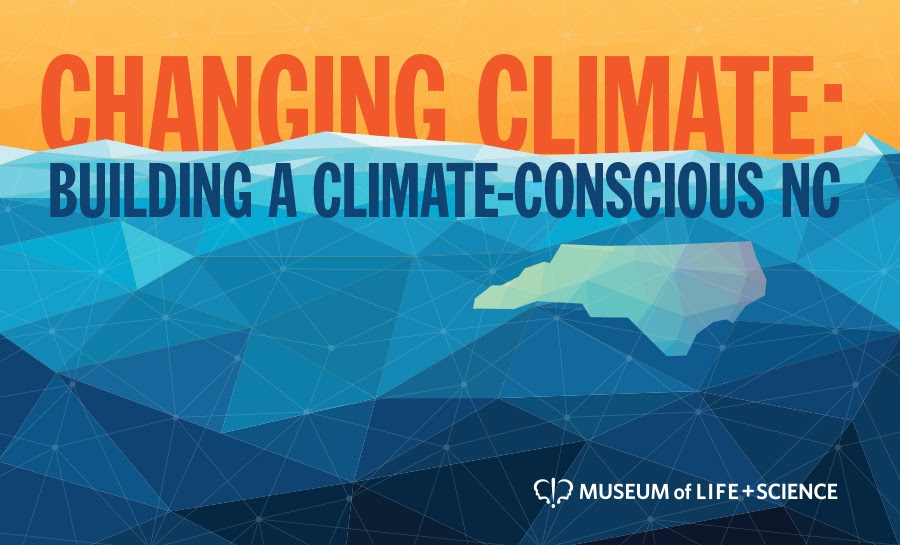


![Sunsets: Sunset seen at the coast in Novigrad, Croatia. Thin clouds turn a normal sunset into a sci-fi worthy sunset. [EOS 7DmkII: 400mm, f5.6, ISO 100, 1/2000 sec]](https://magazine.scienceconnected.org/wp-content/uploads/2015/09/3A4A2828-down-cropped-2058-1146-e1443210710946.jpg)





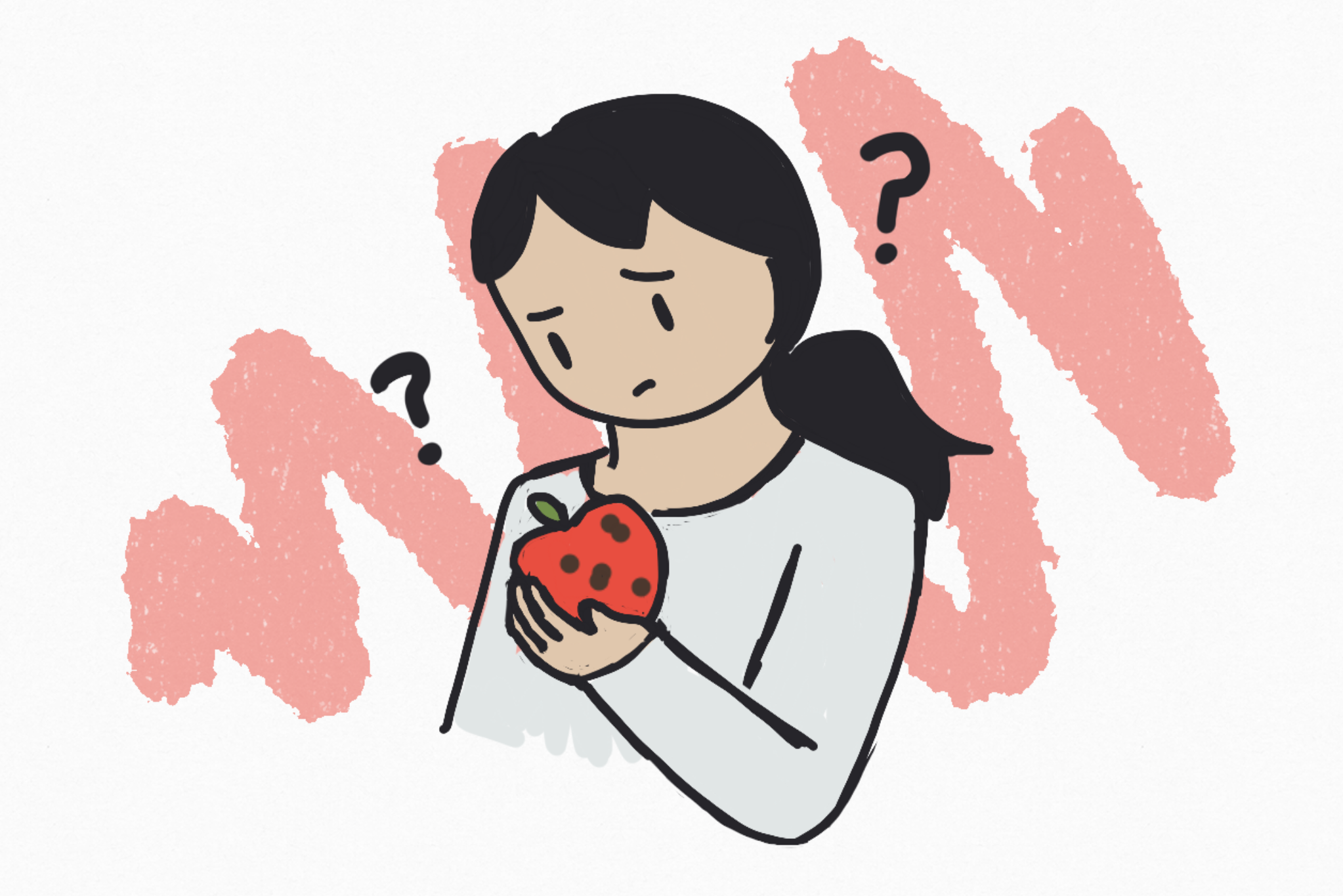
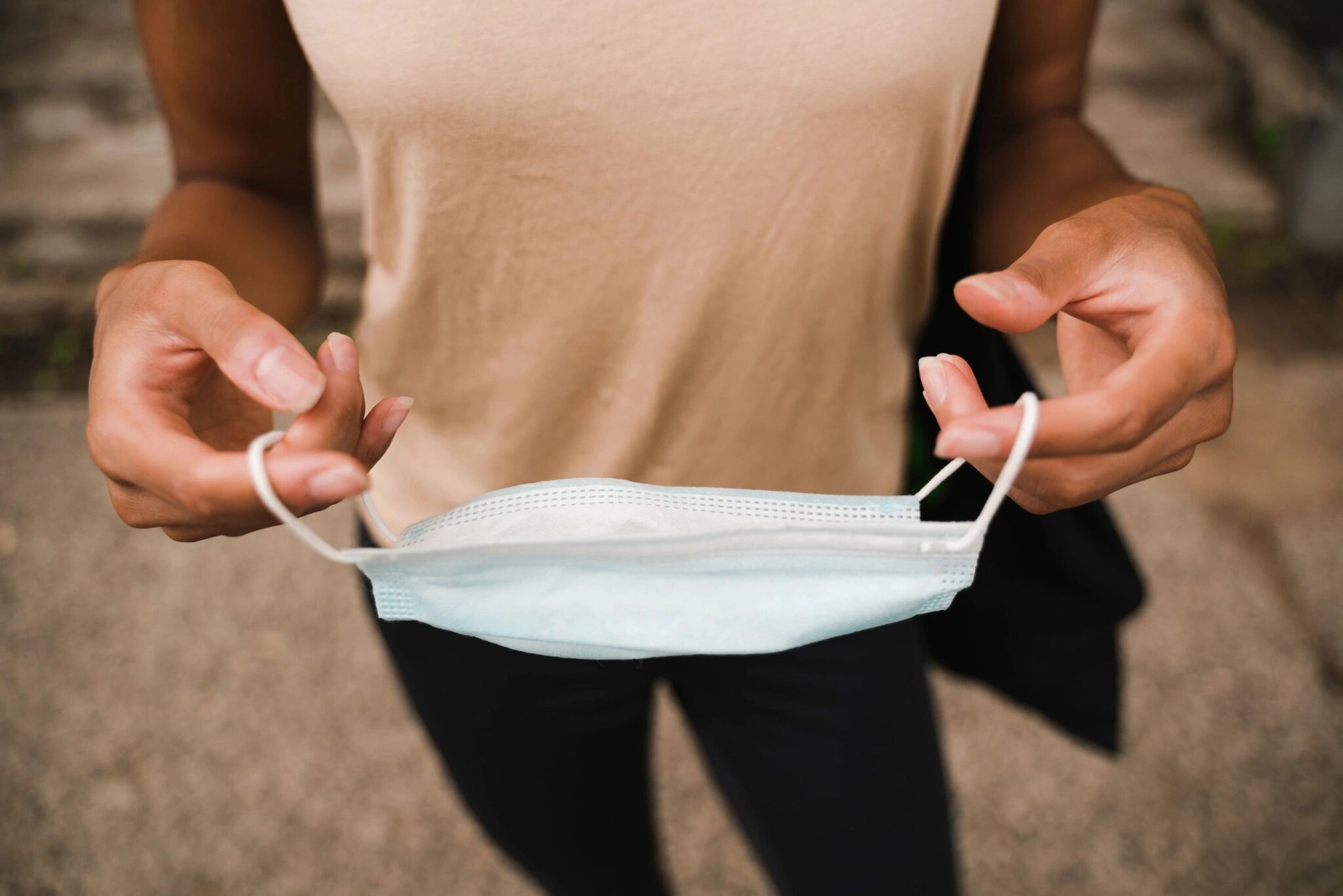
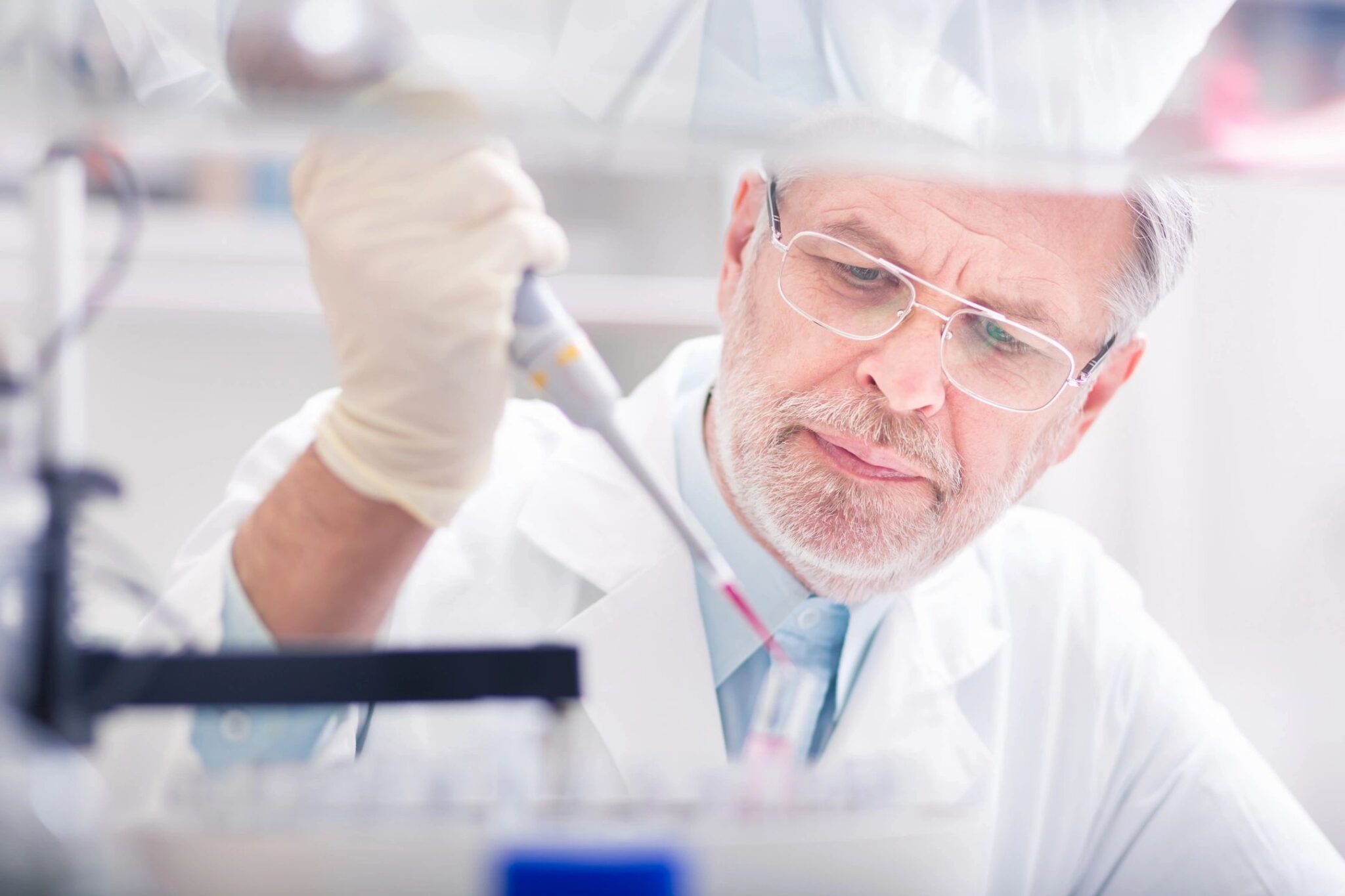
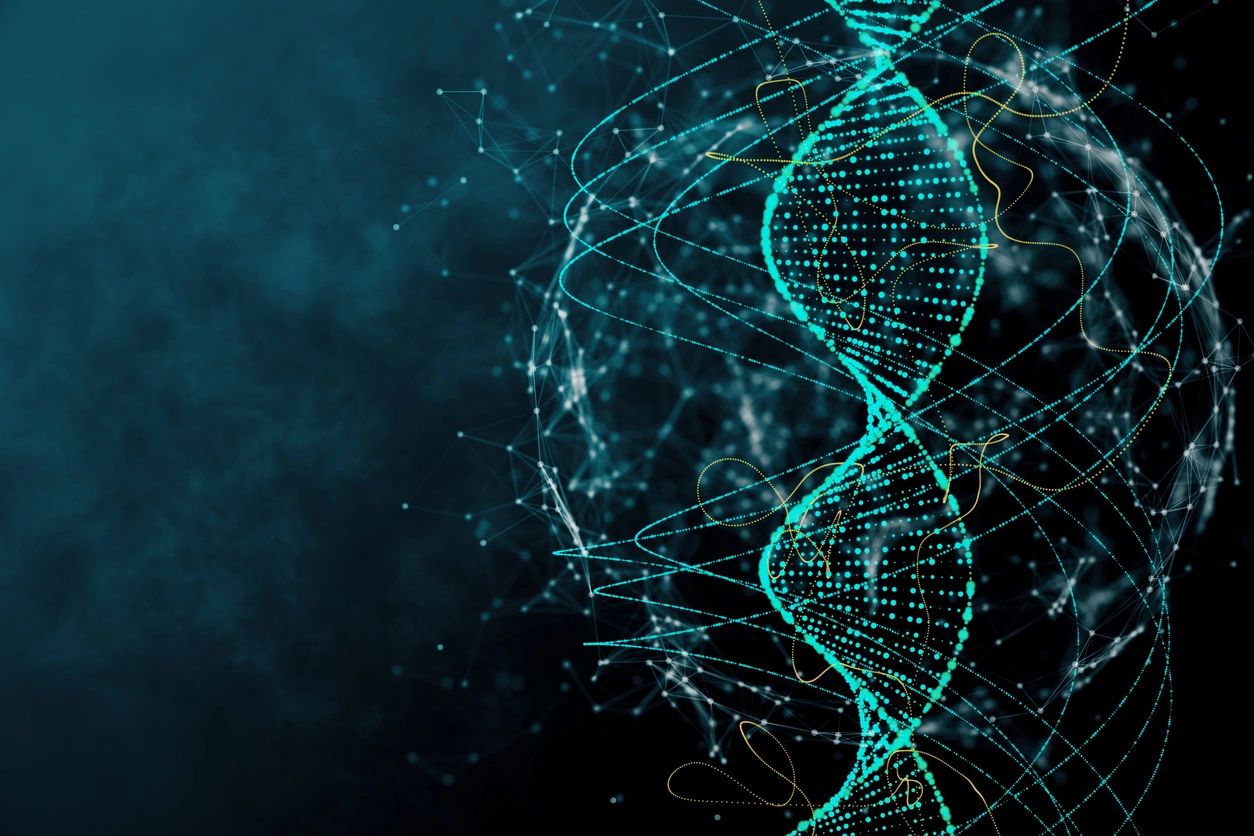

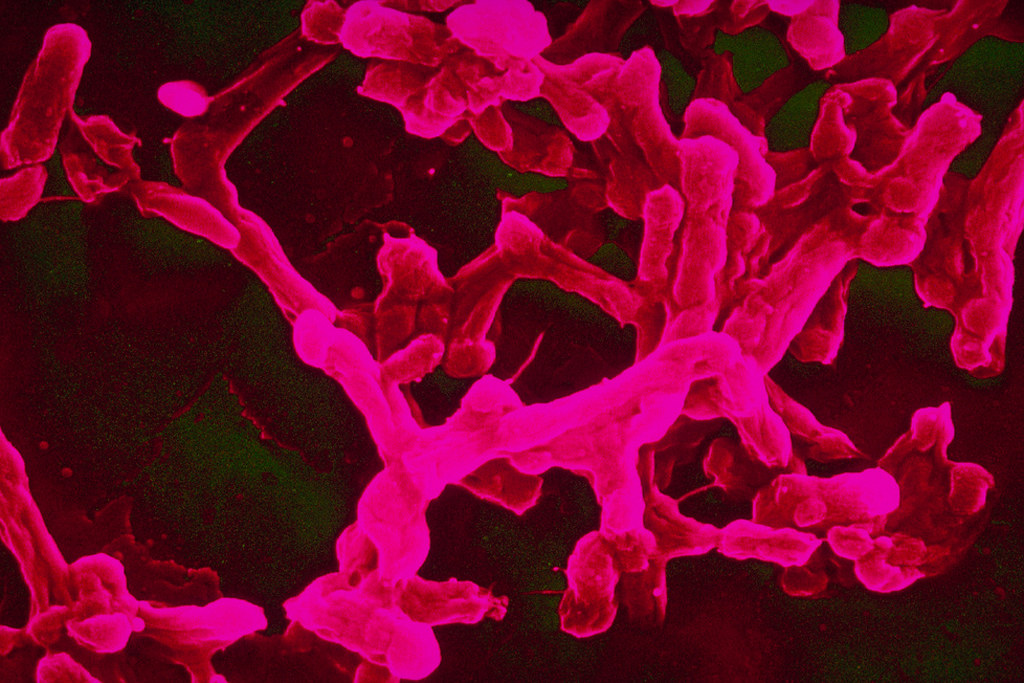
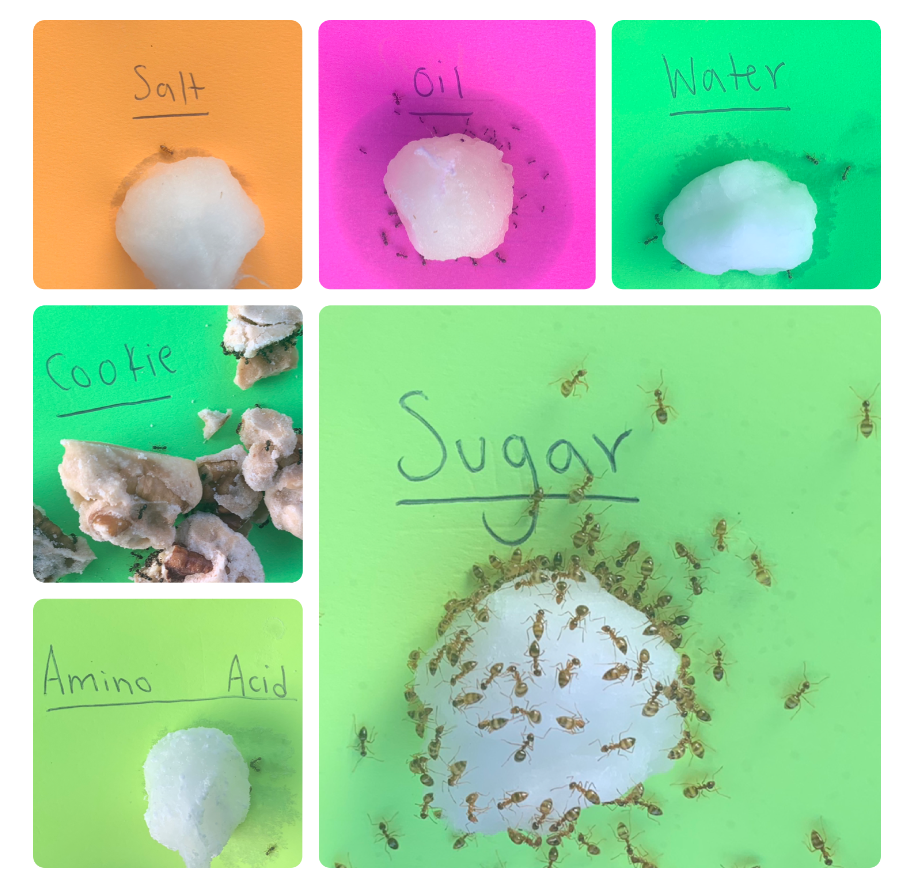



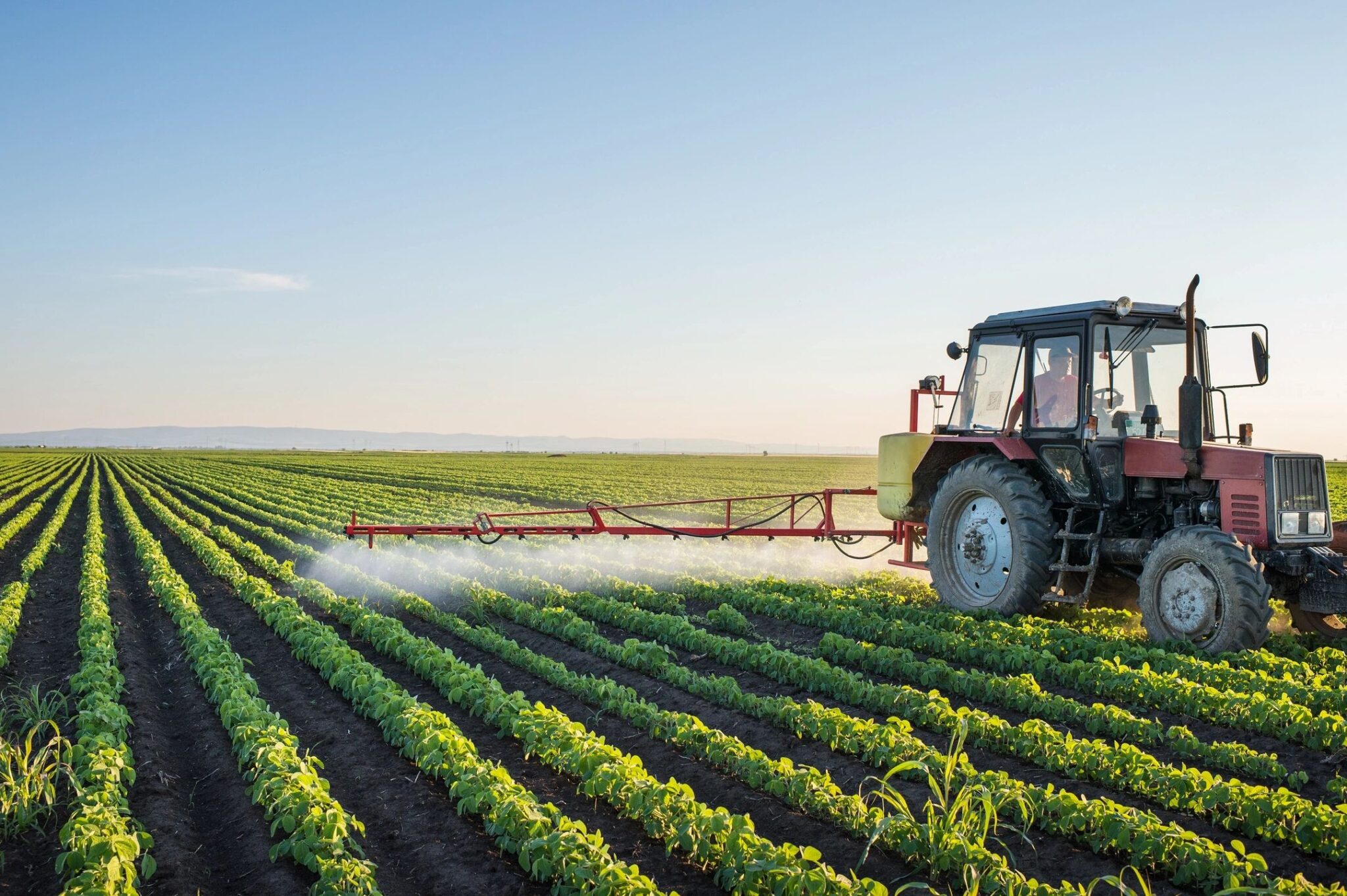

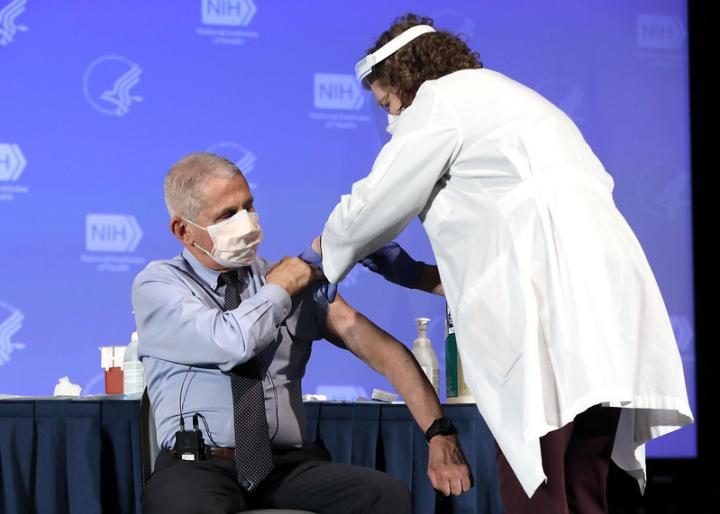




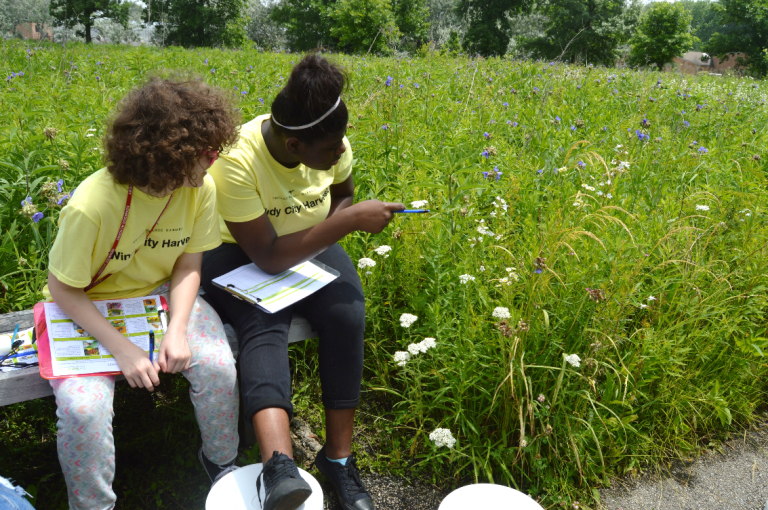

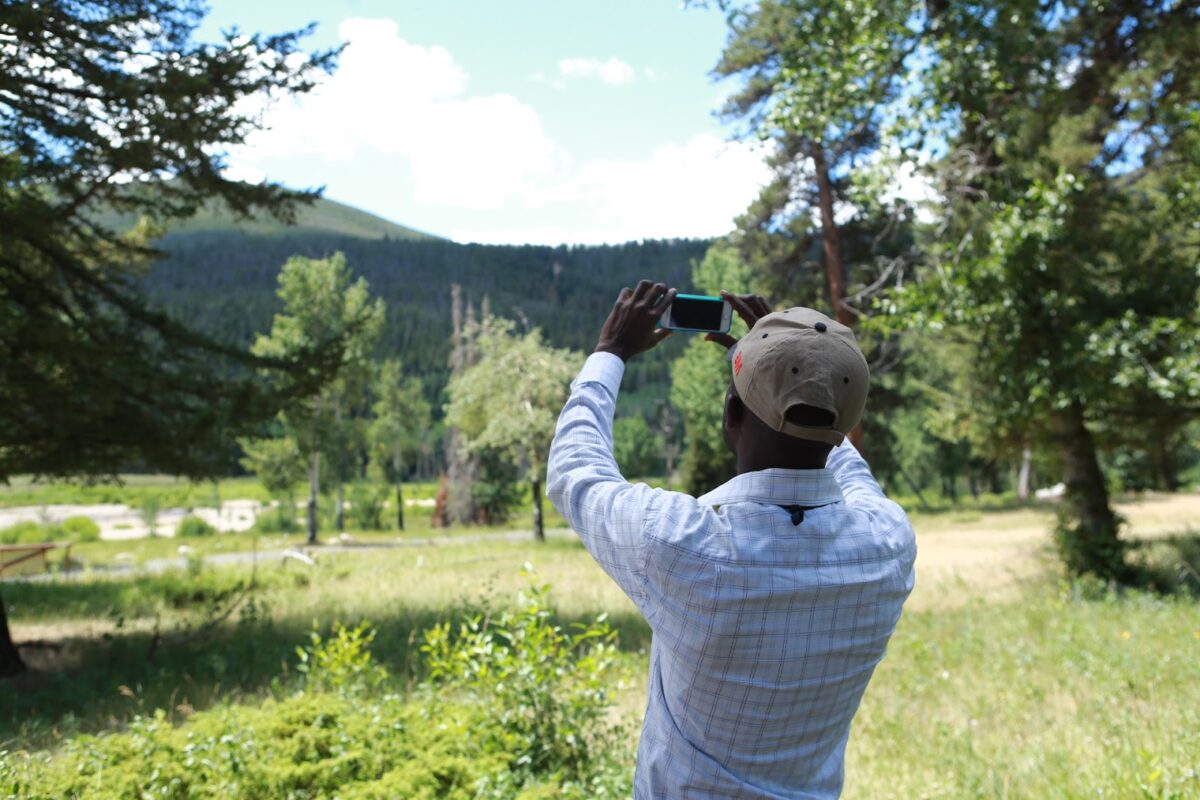
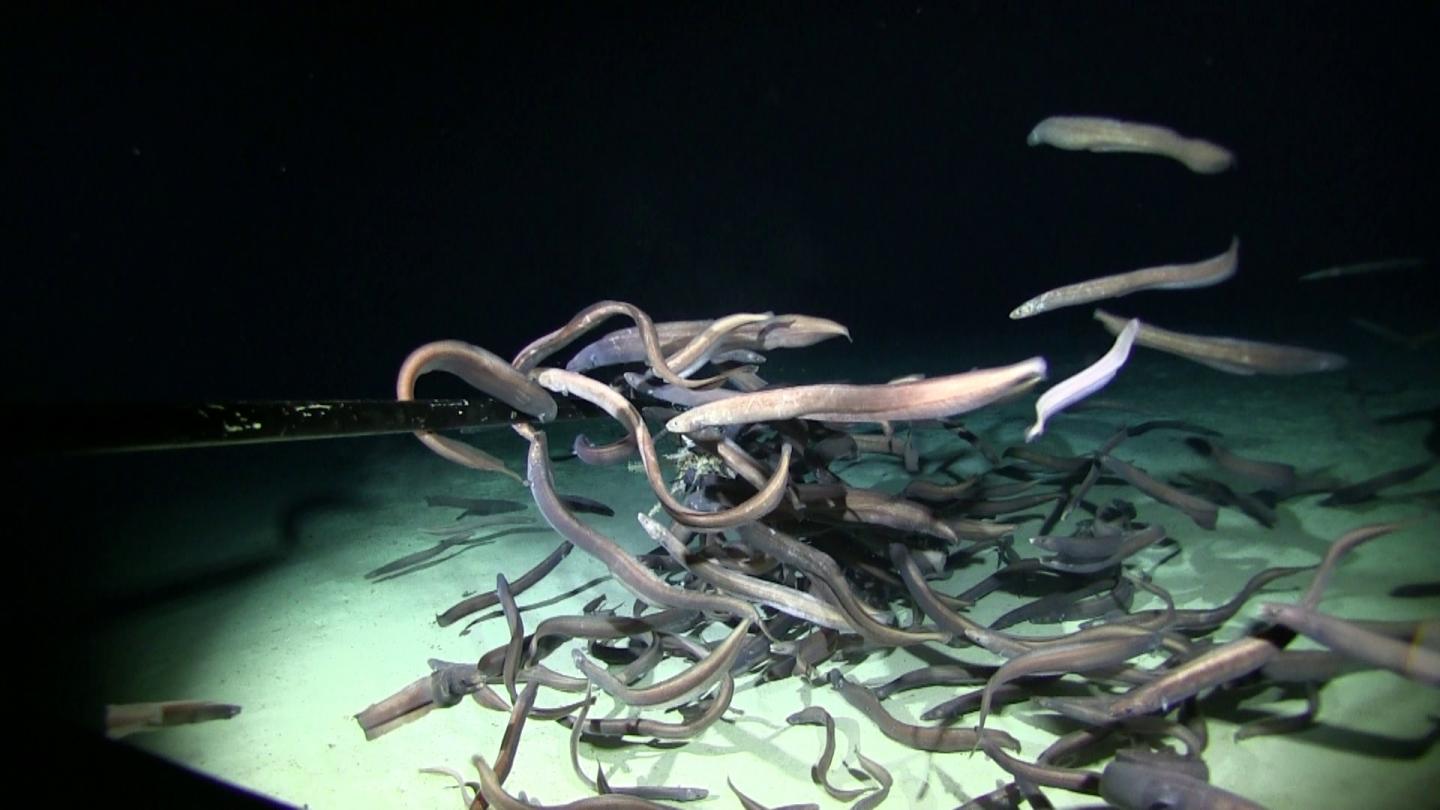

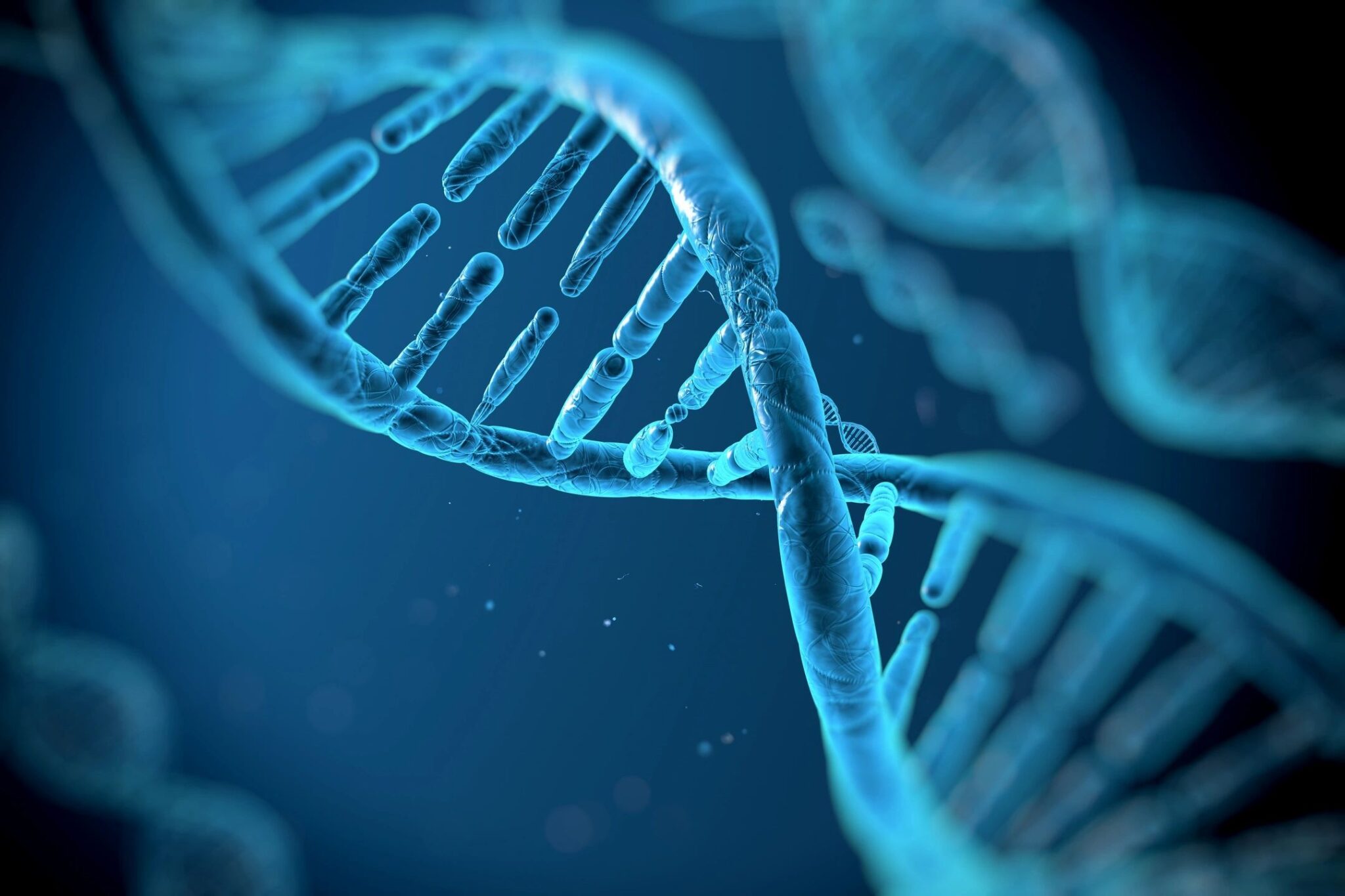
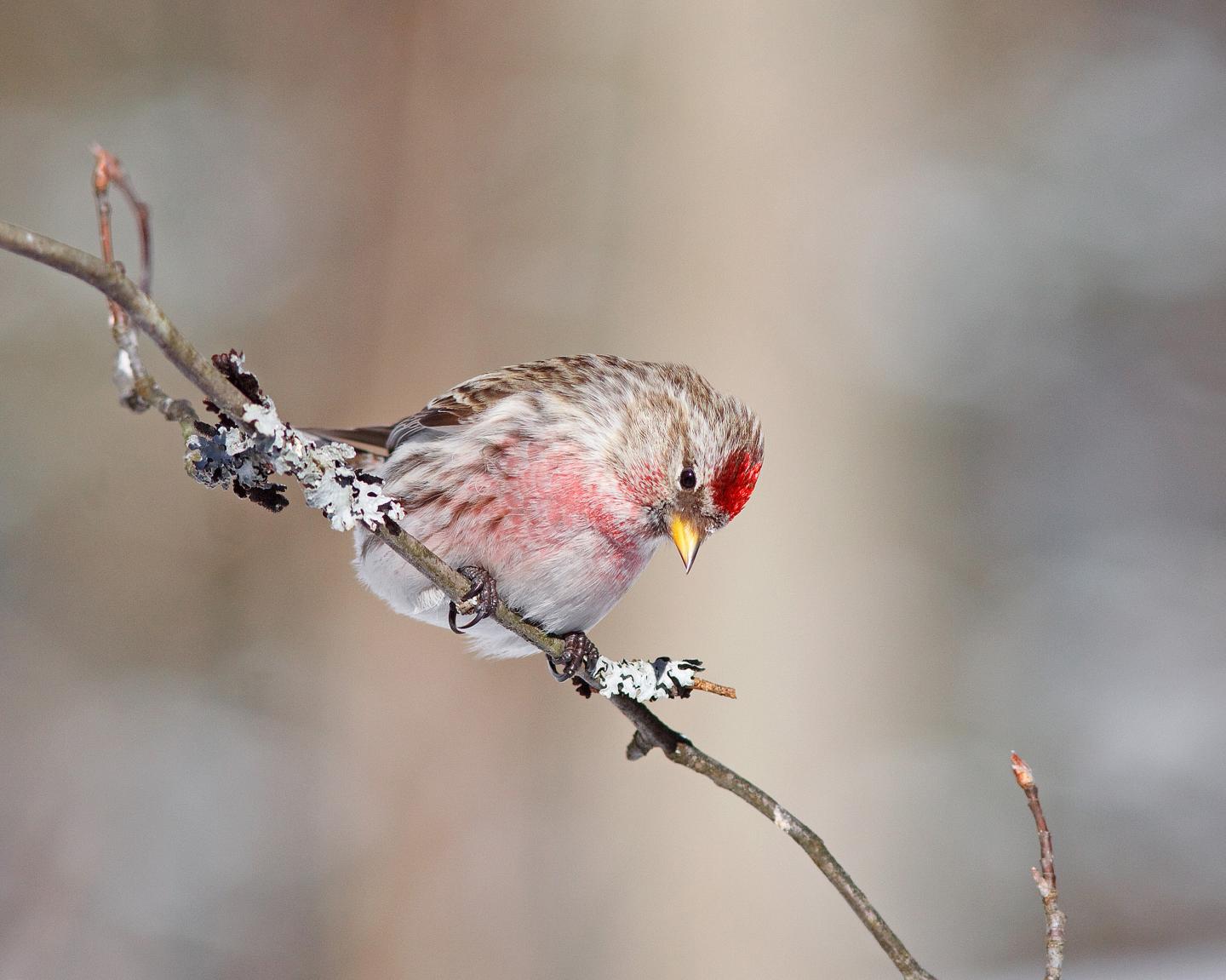

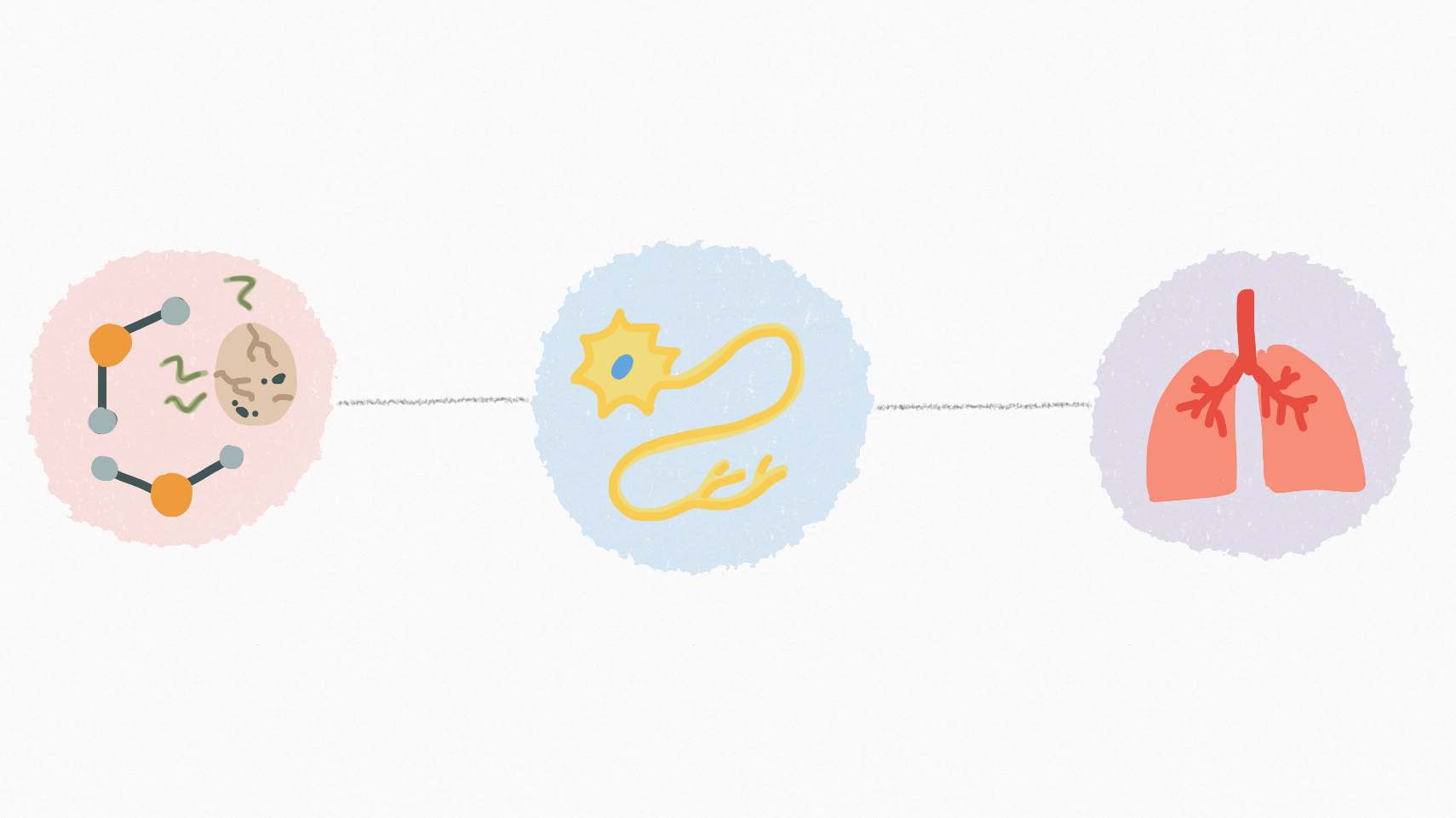
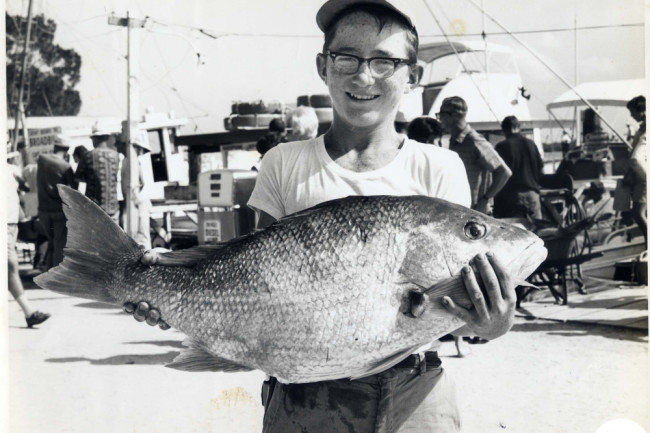
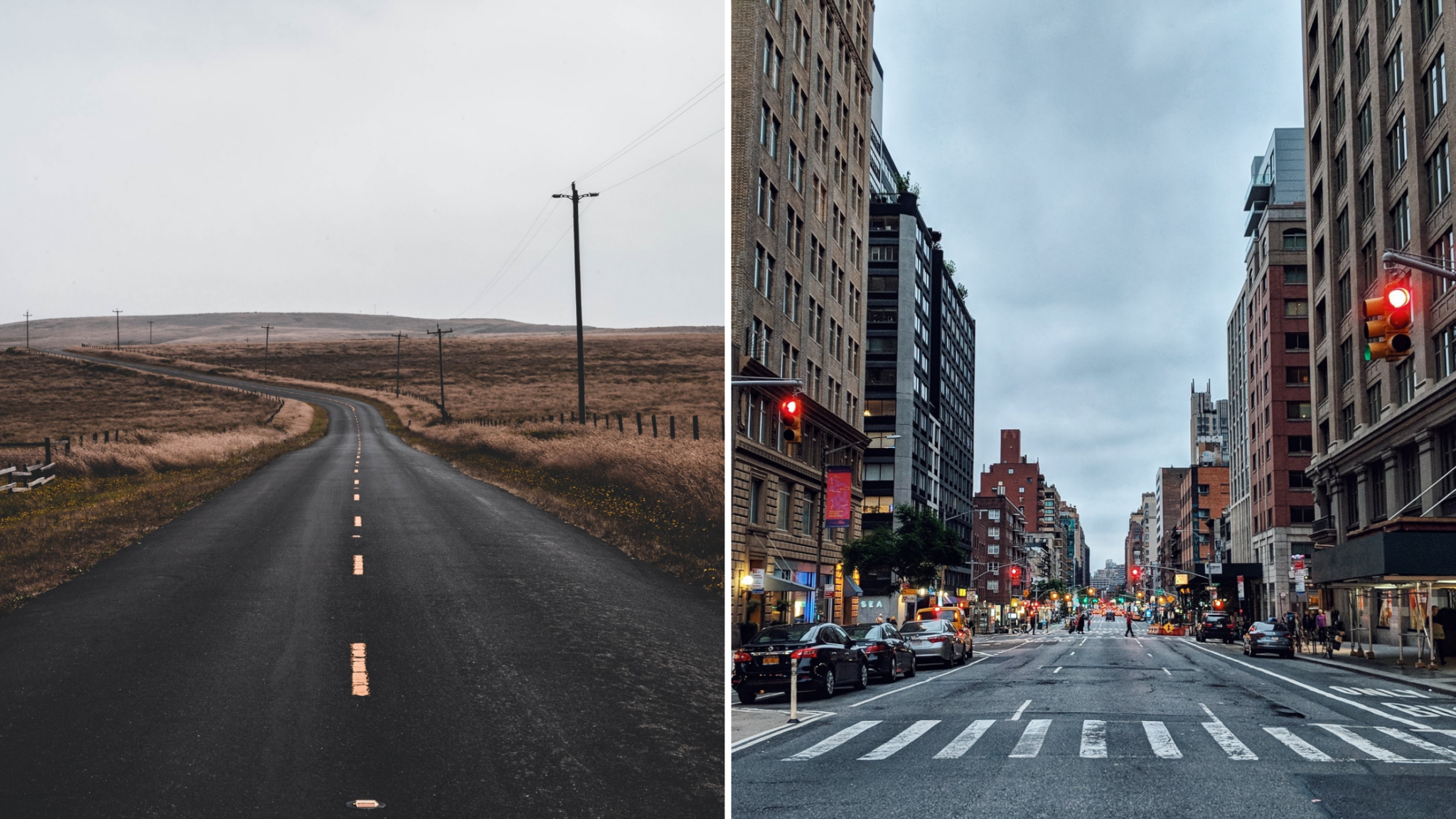
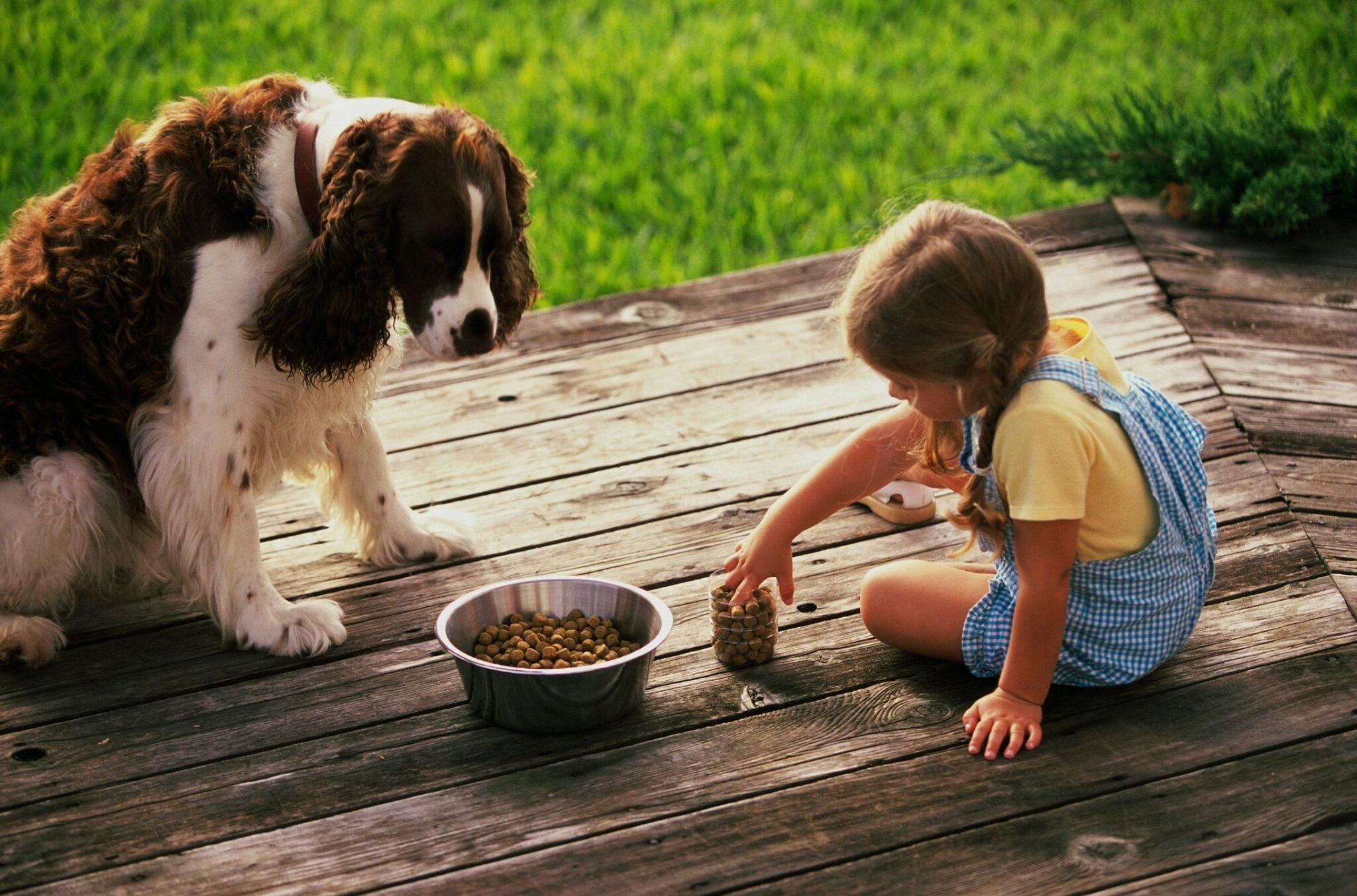
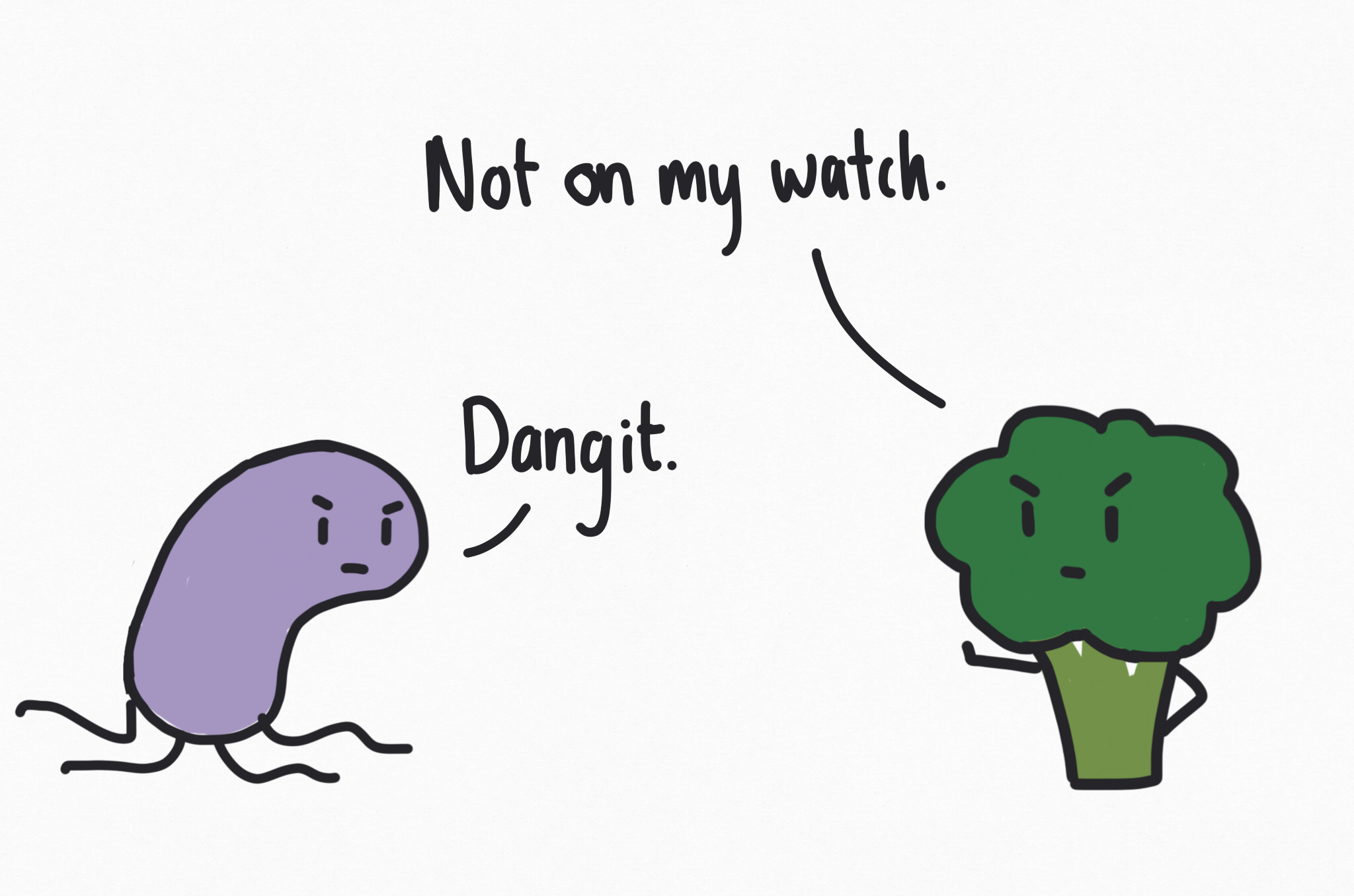


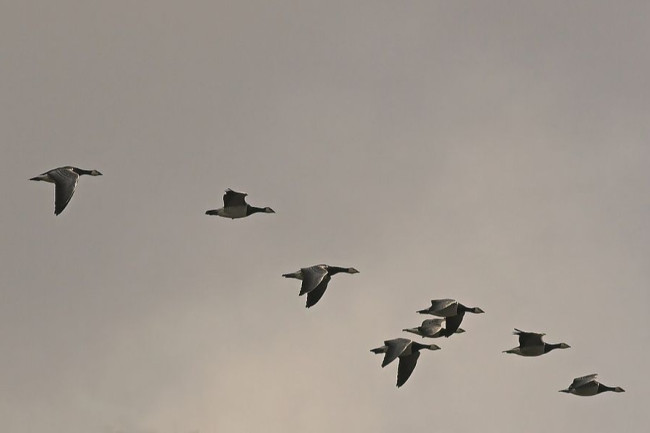
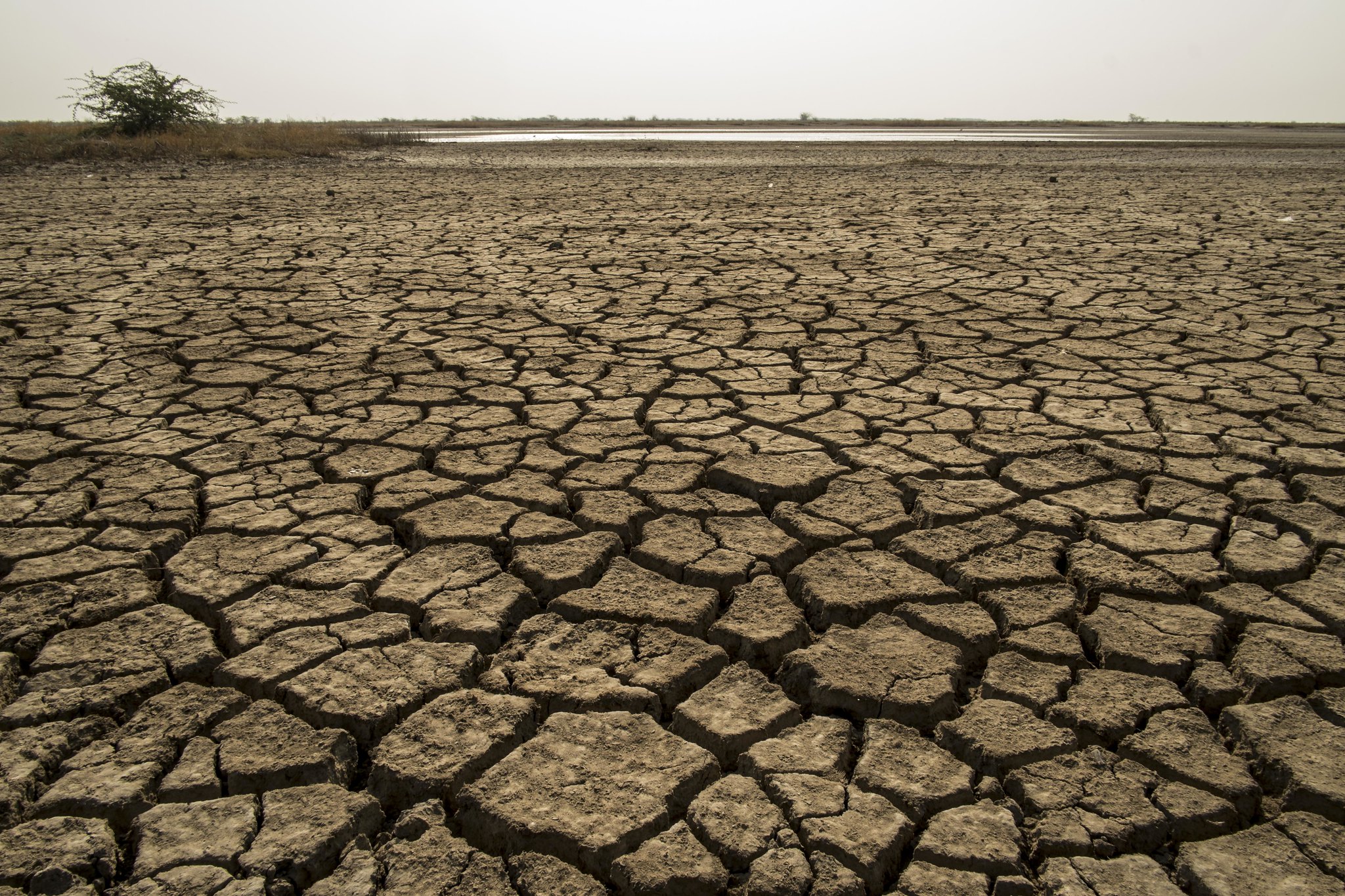
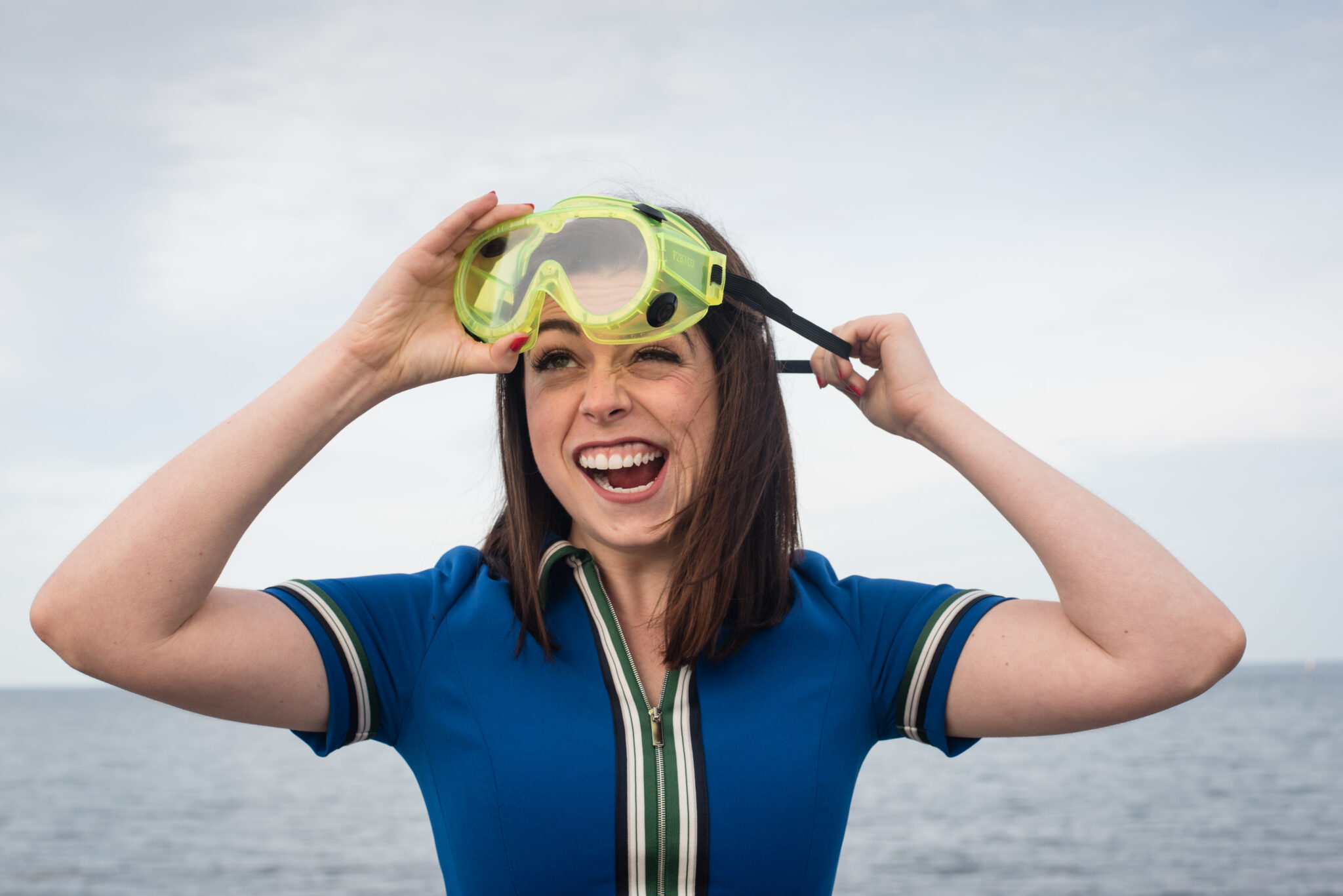
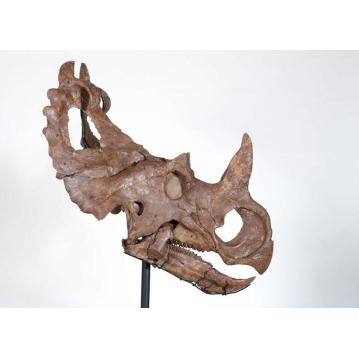


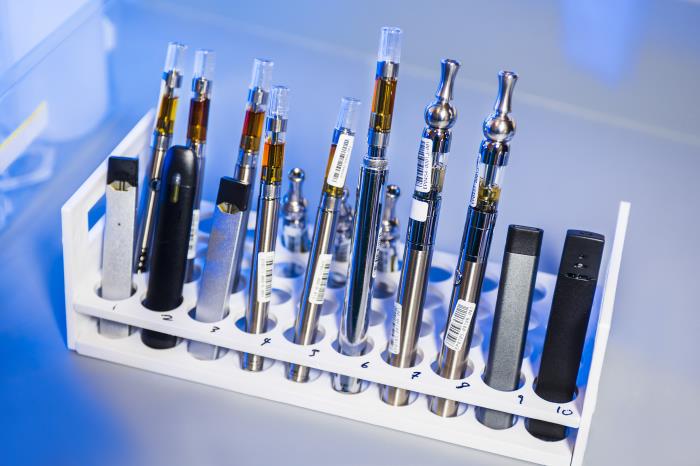
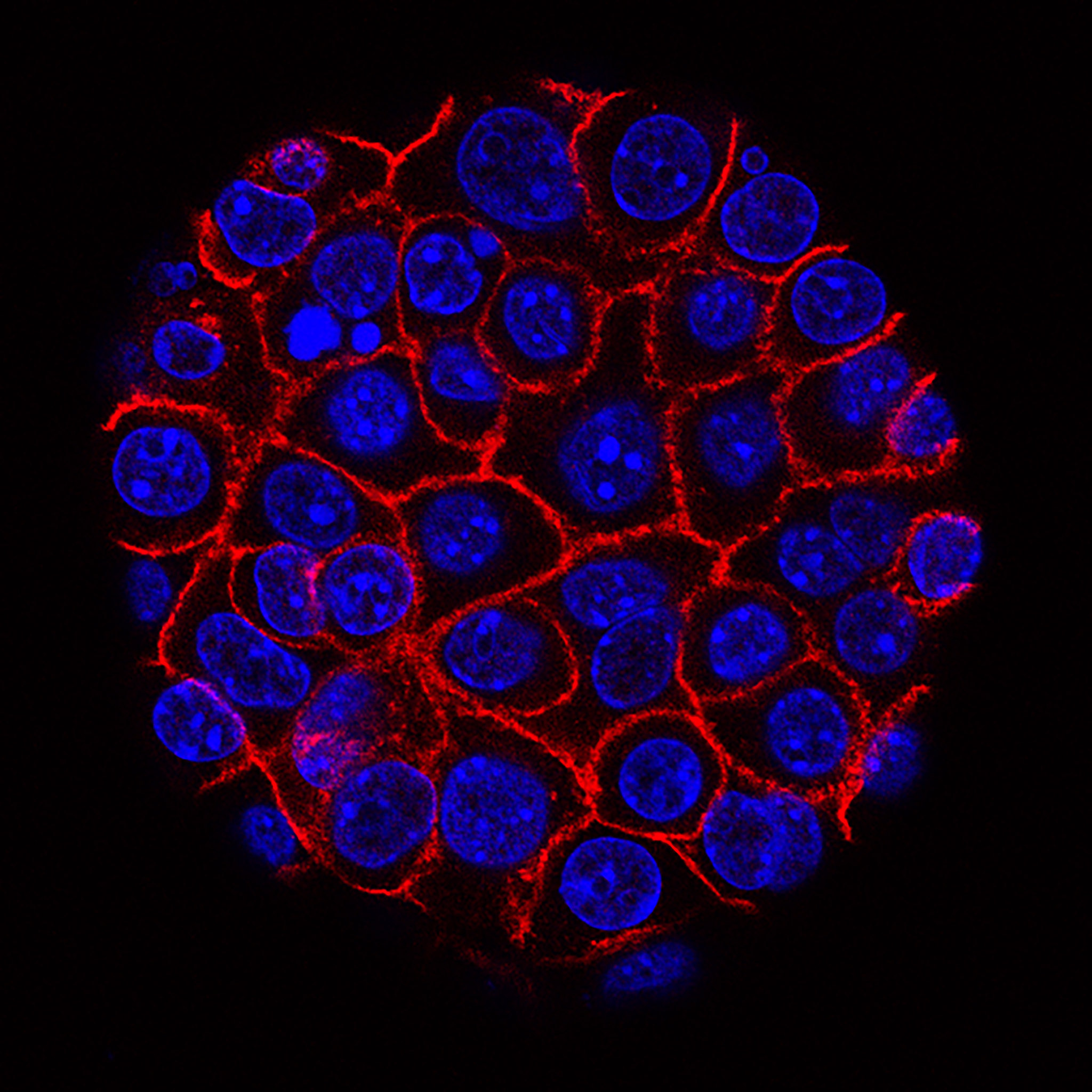



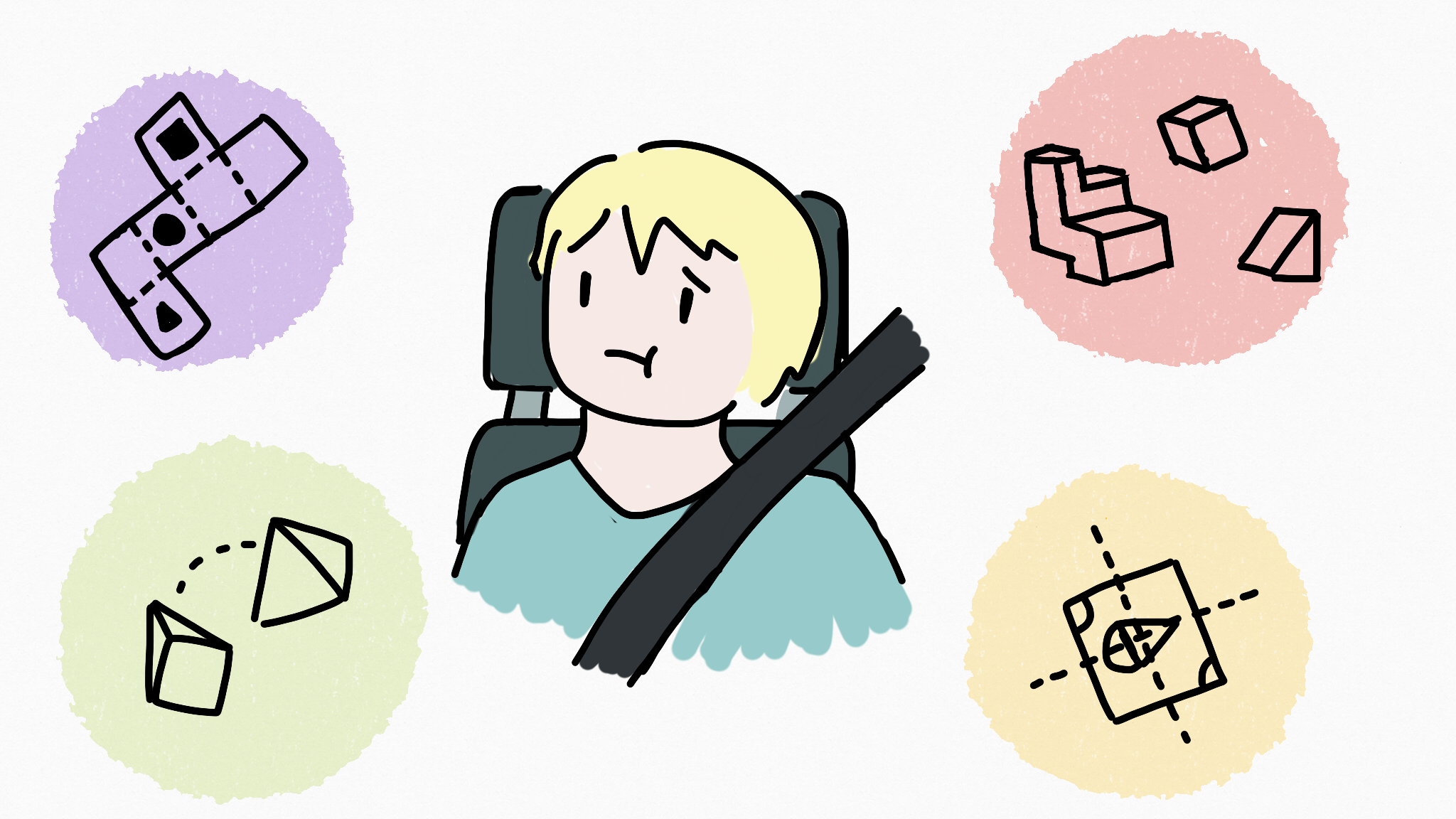
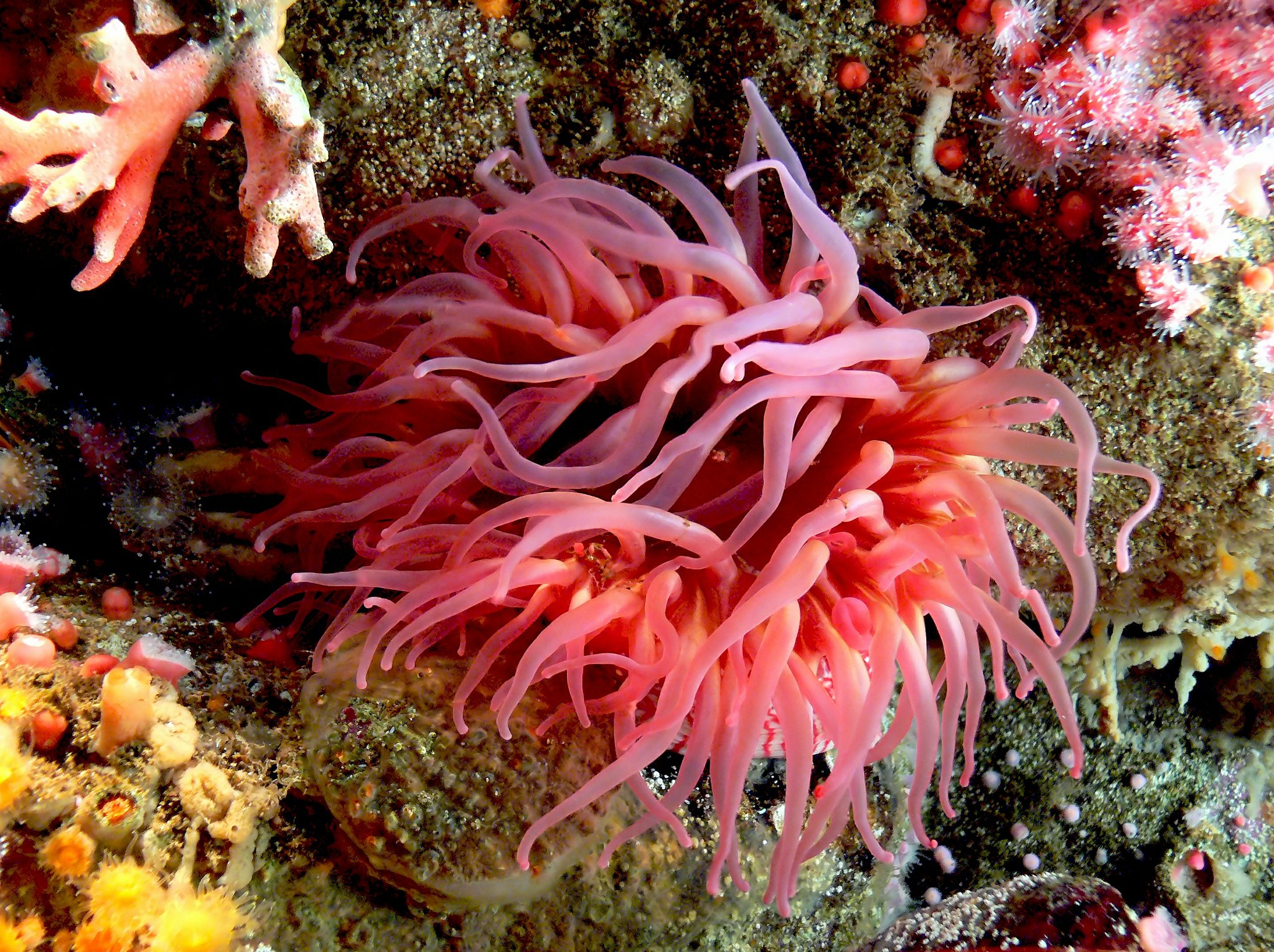
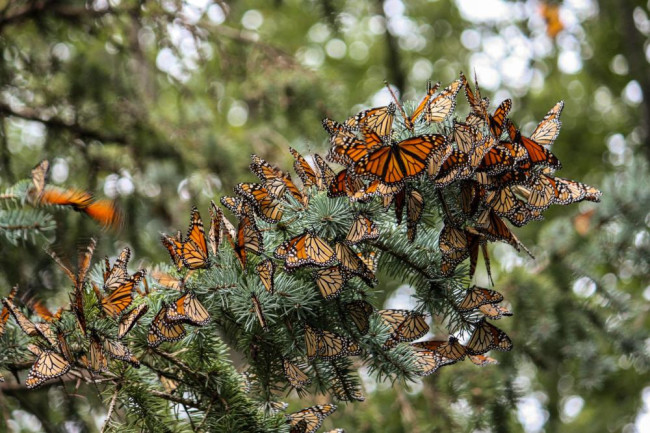


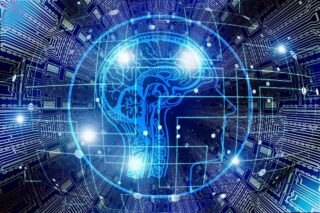
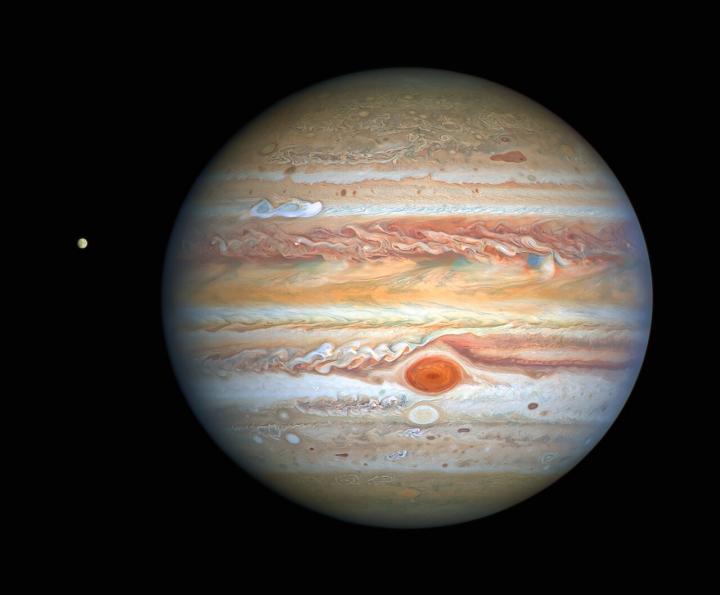

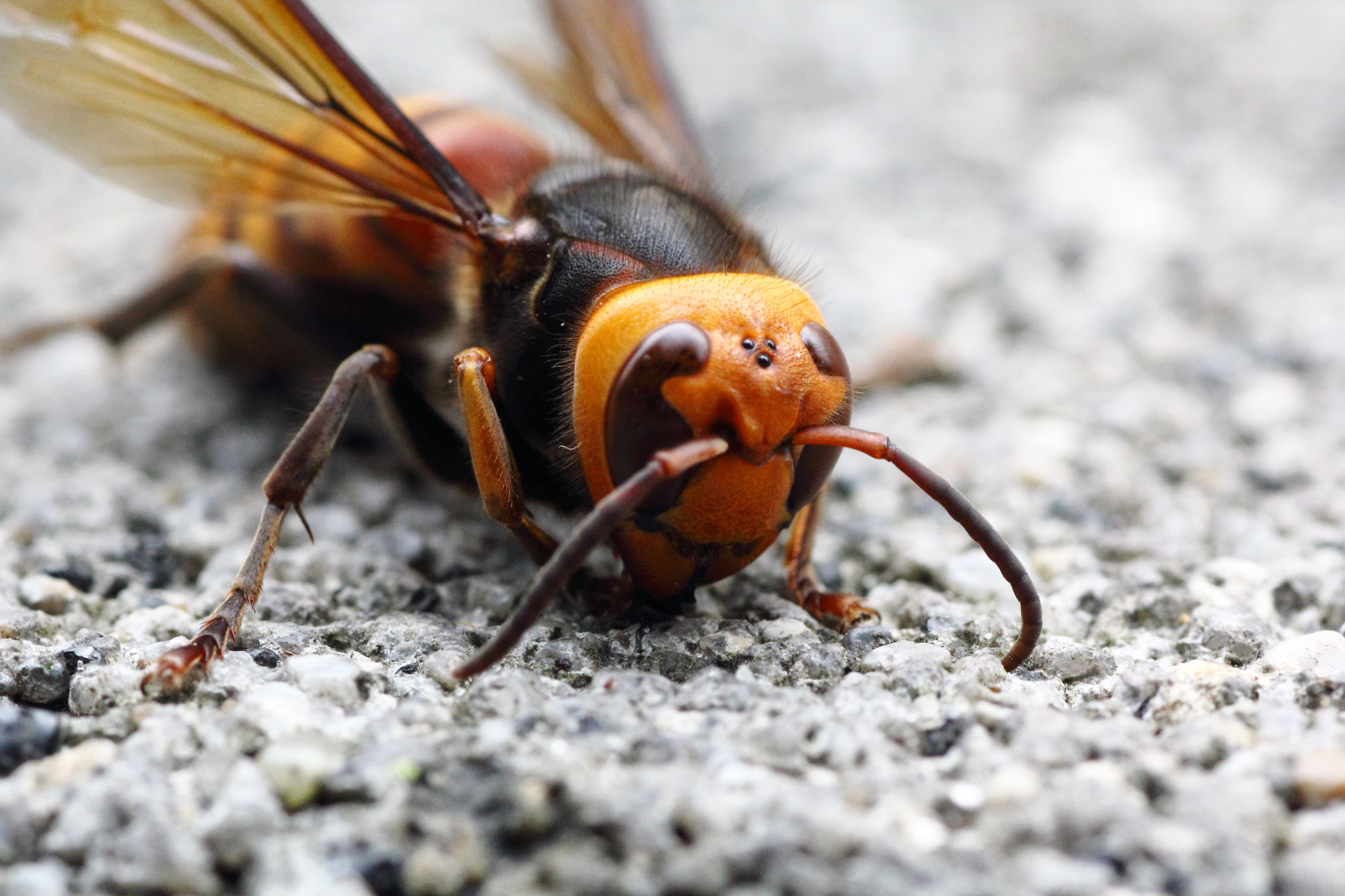
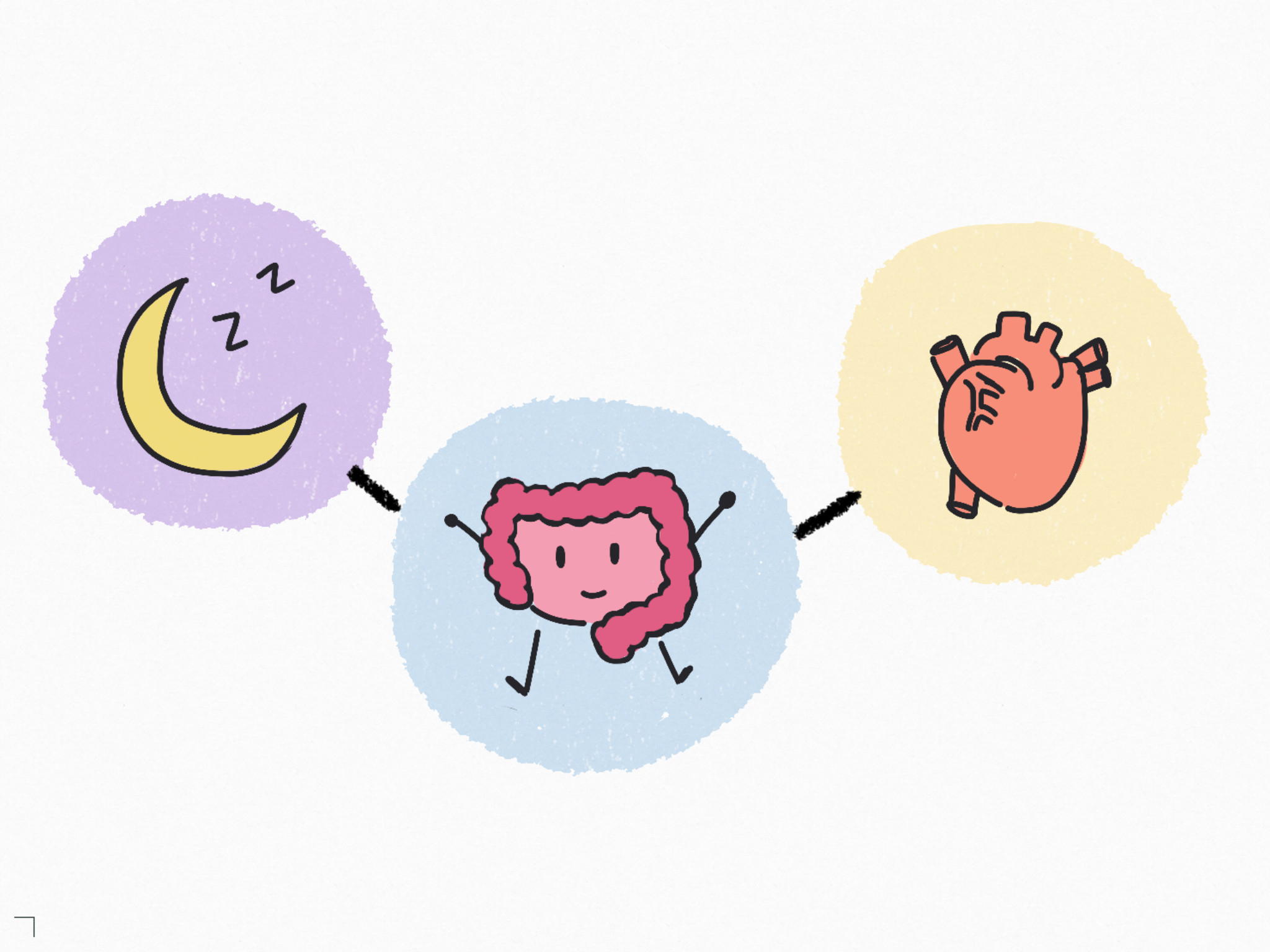

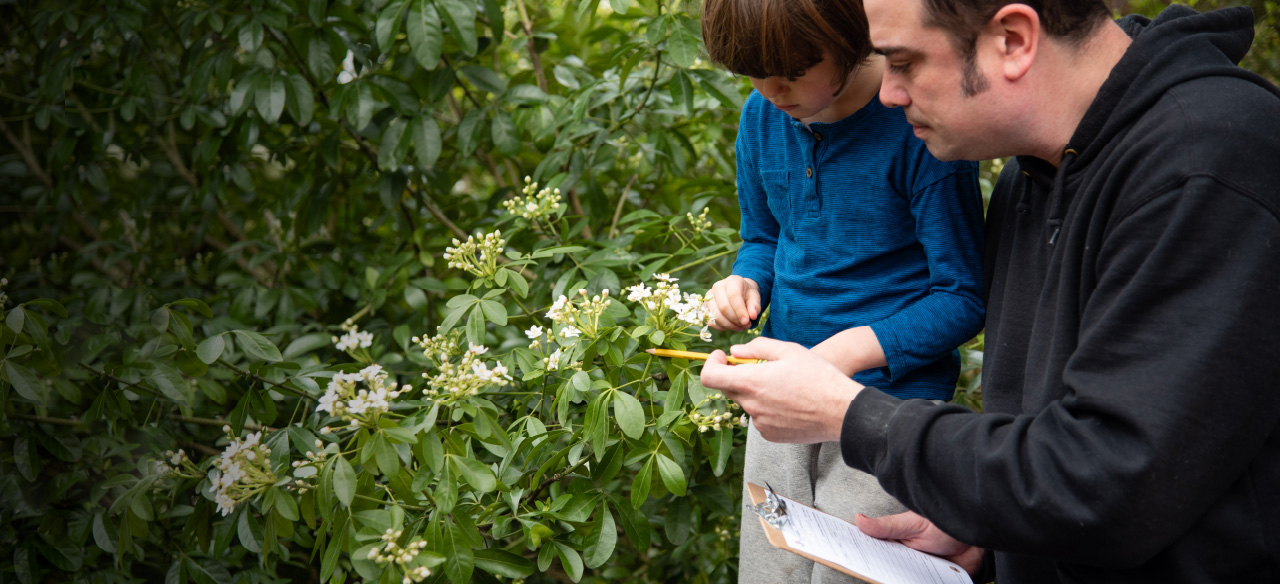
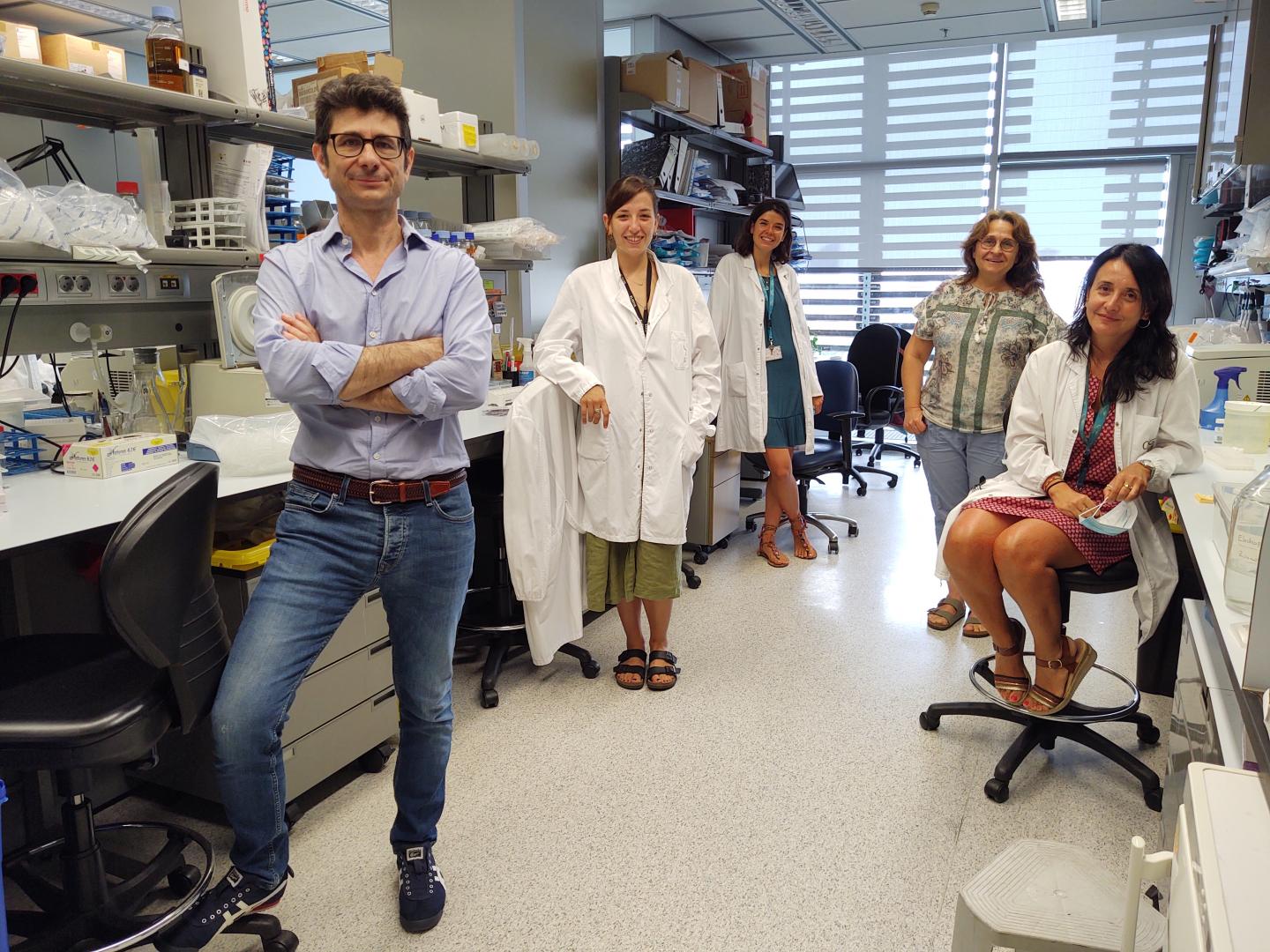

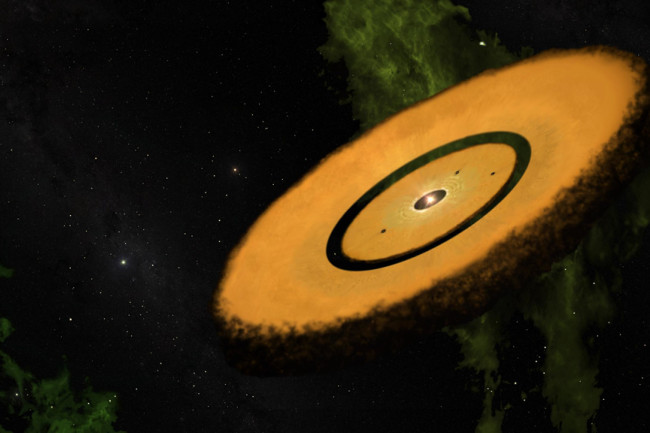
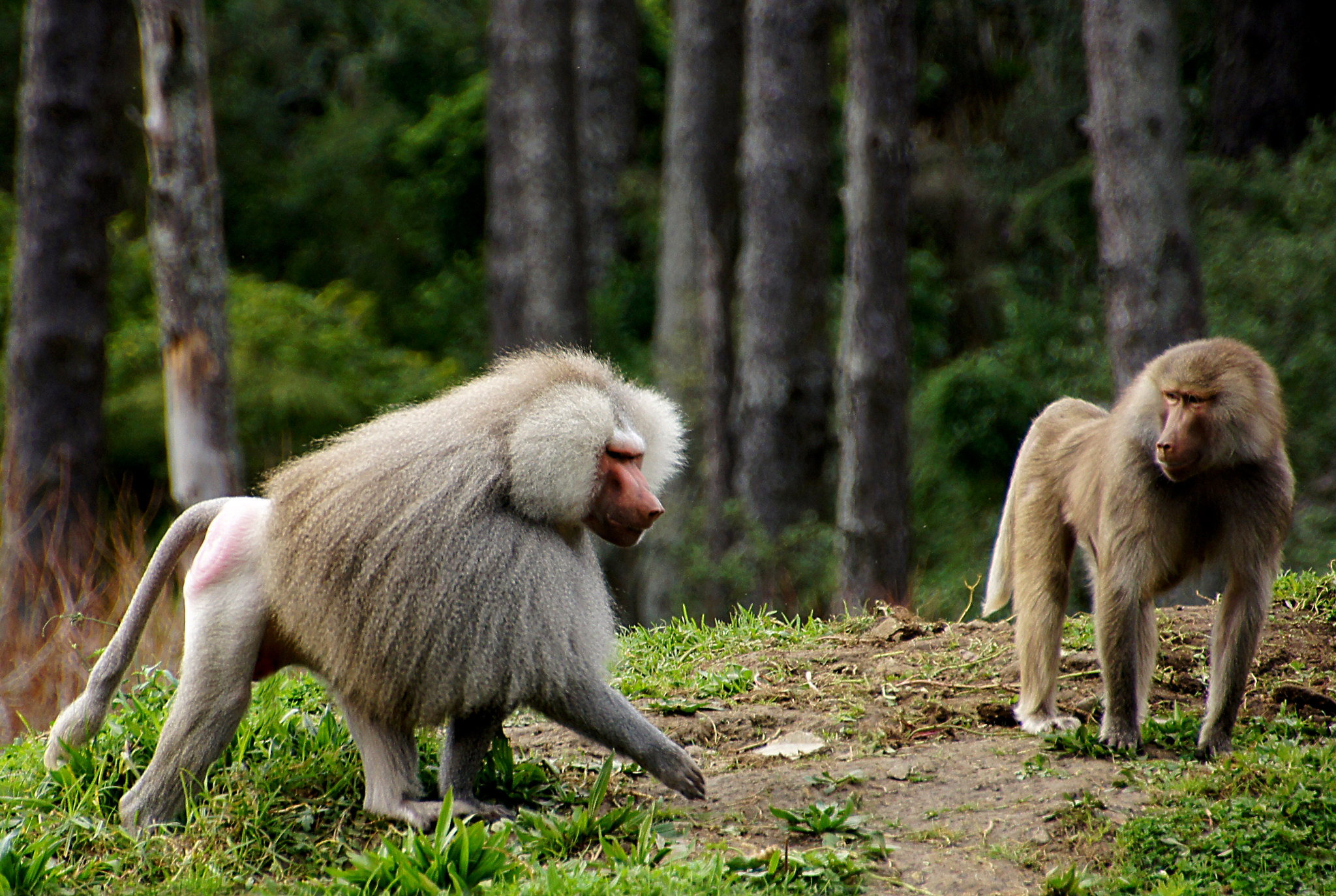
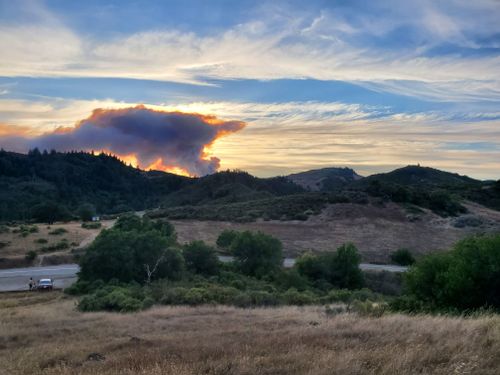
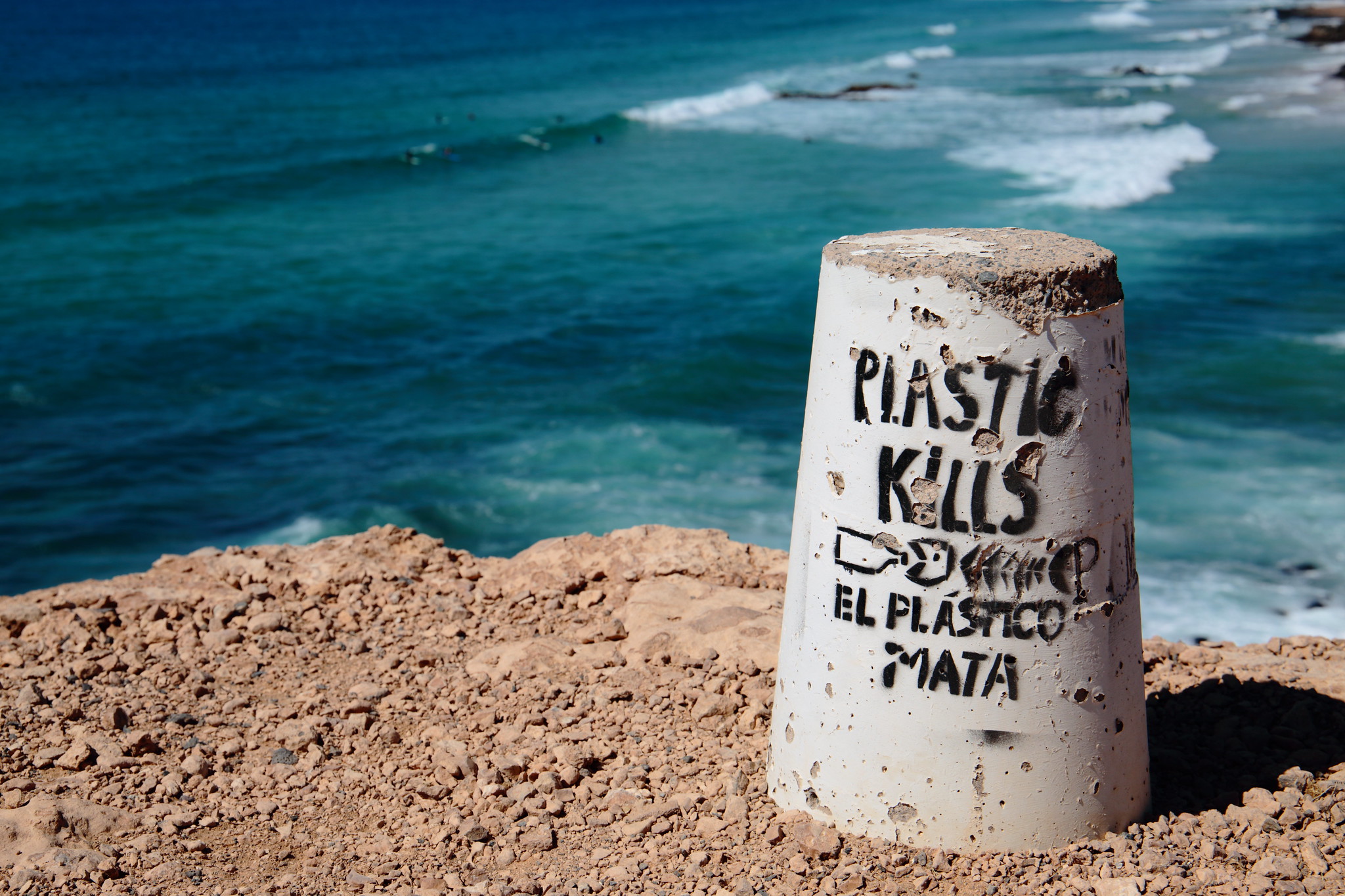
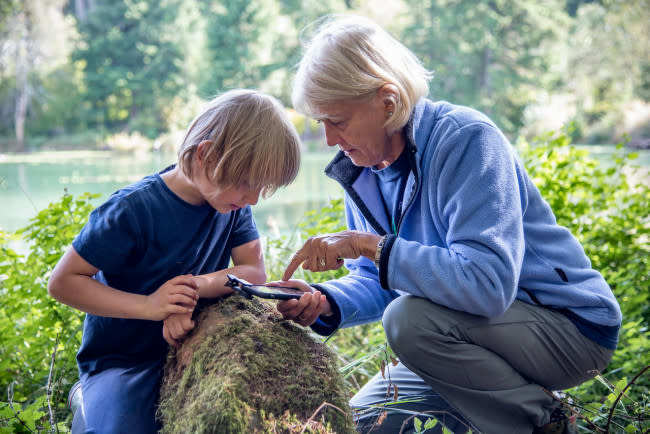

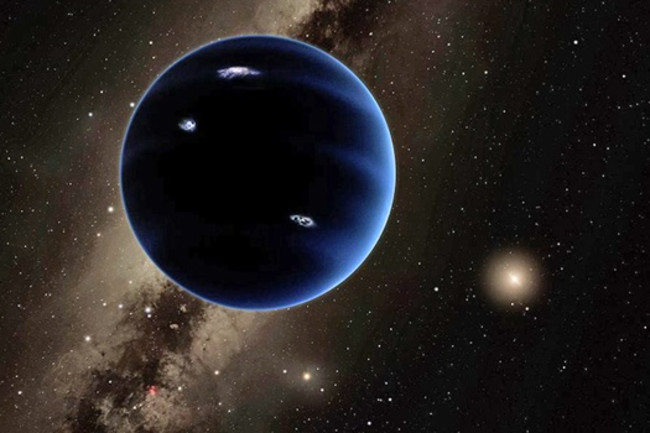

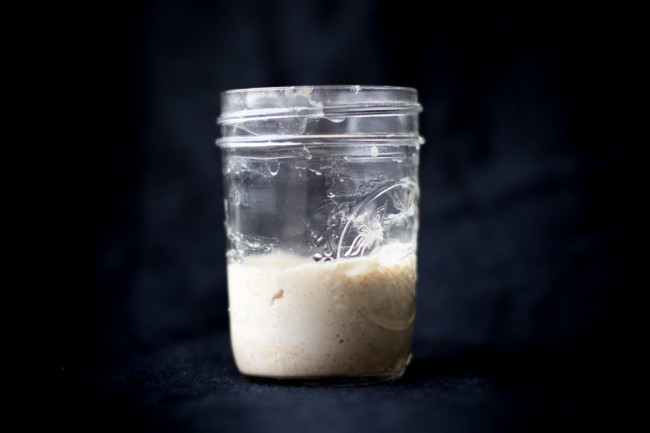

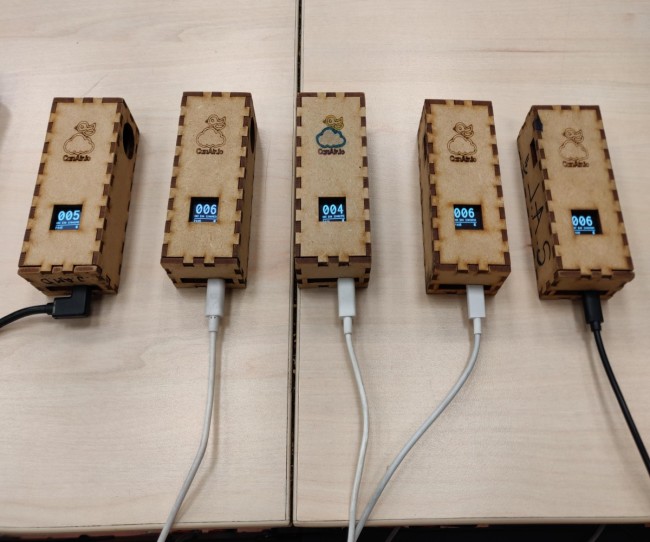



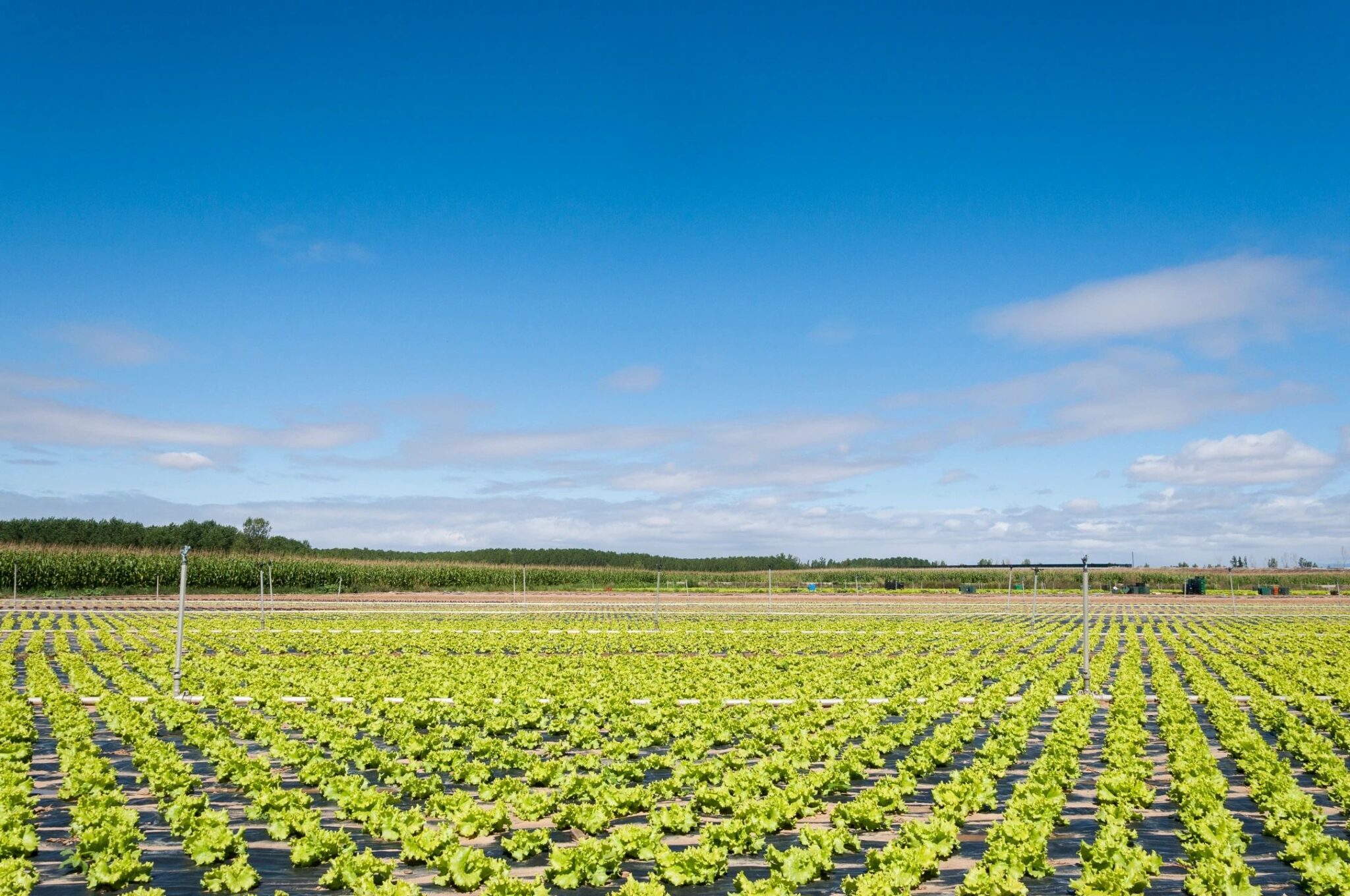
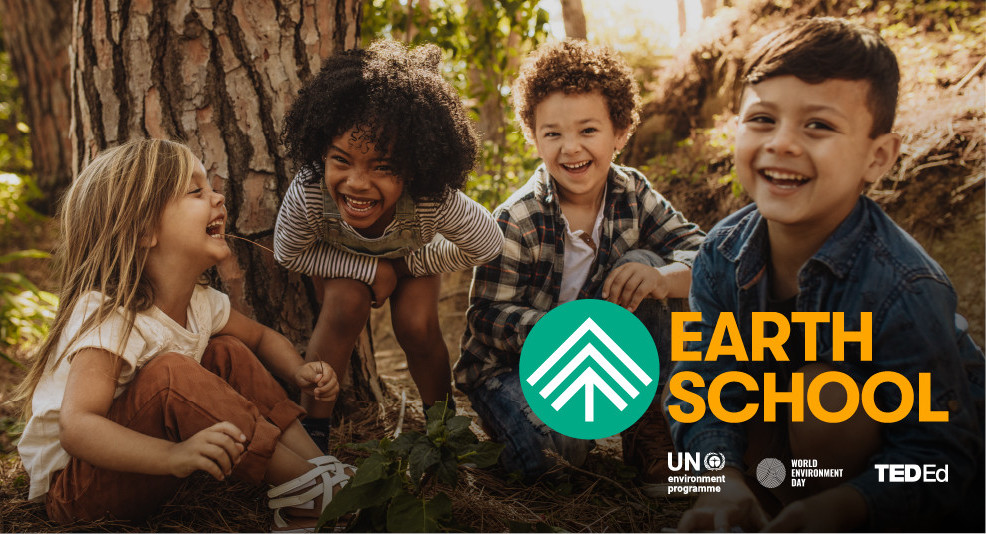

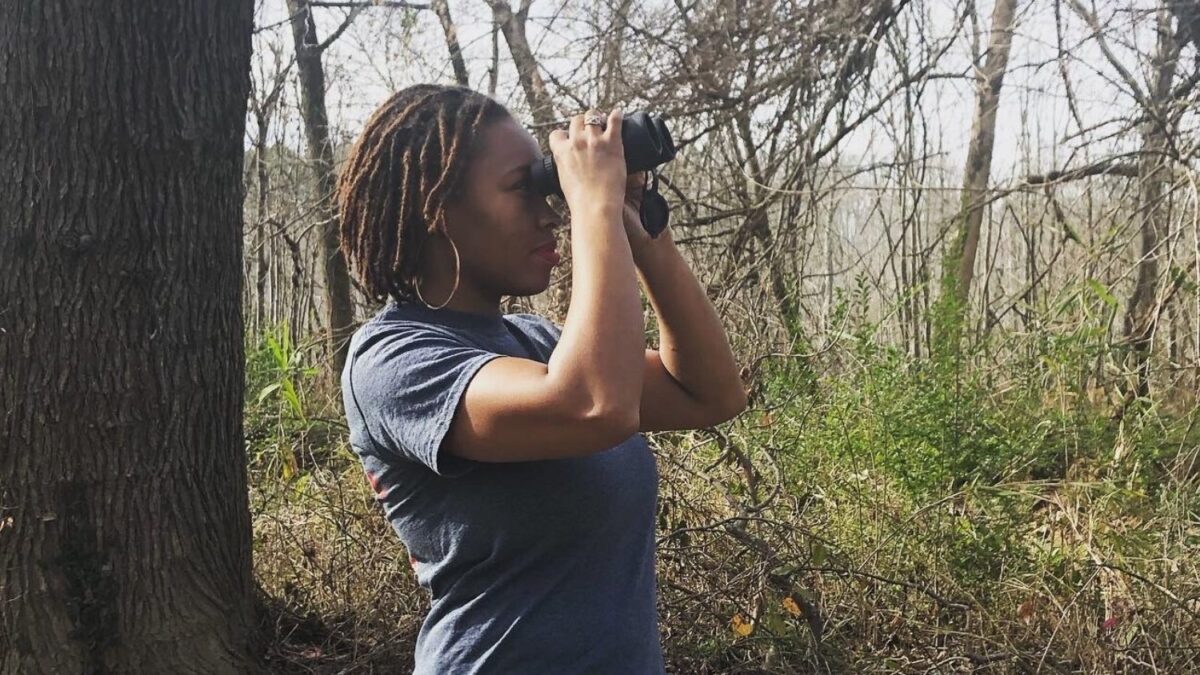
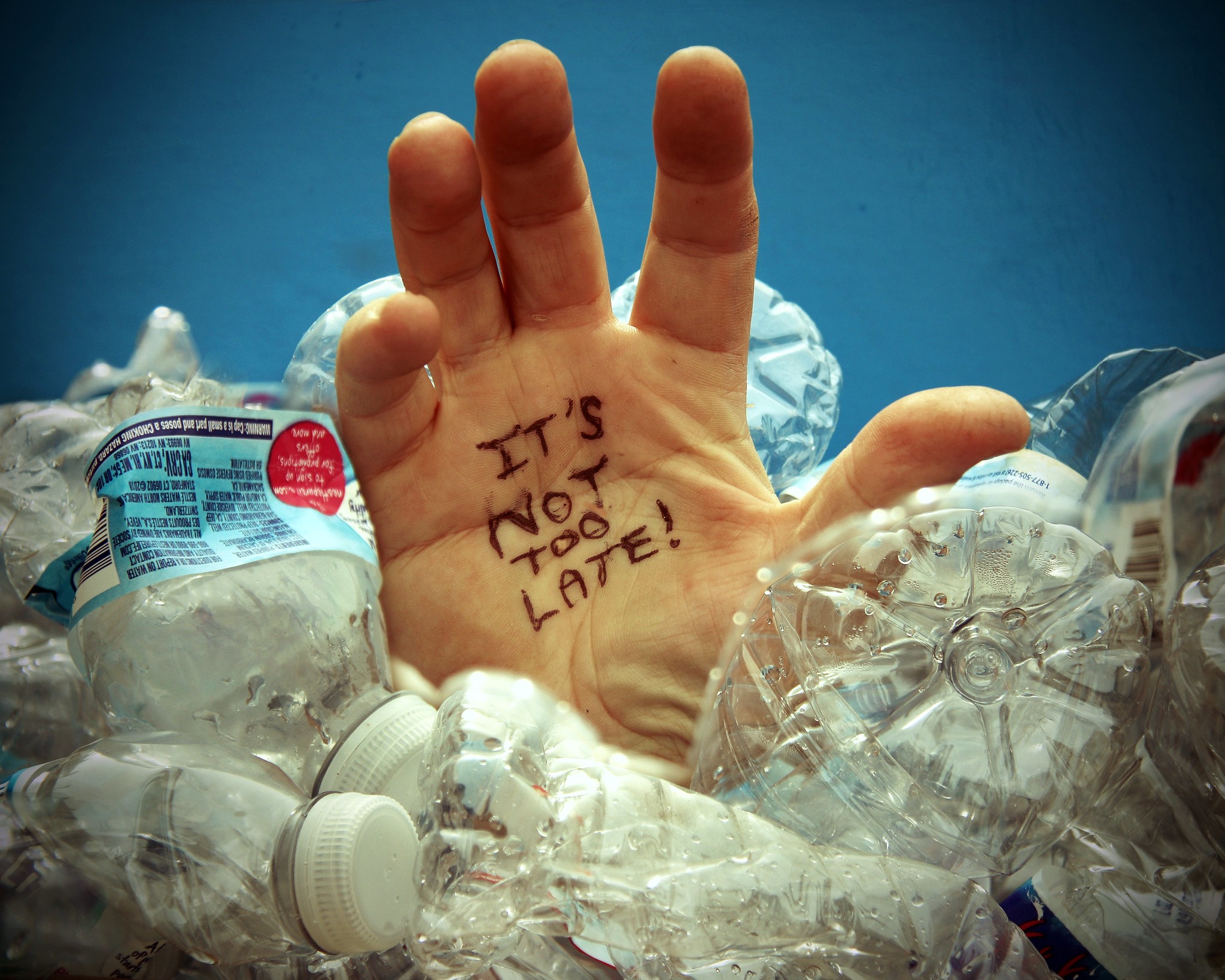


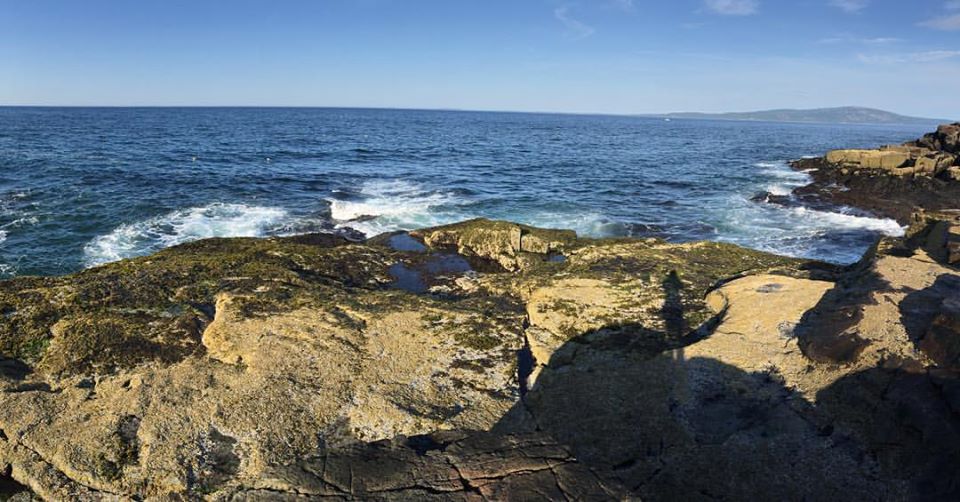
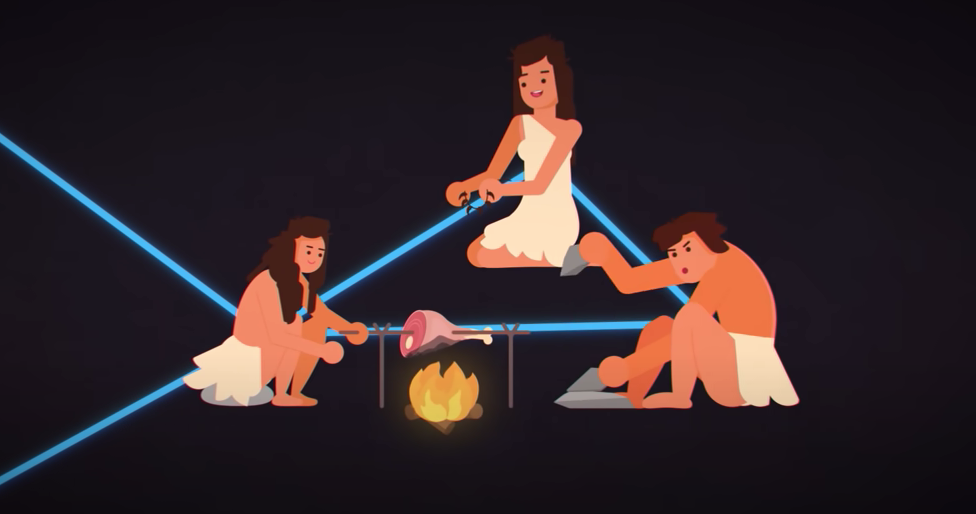

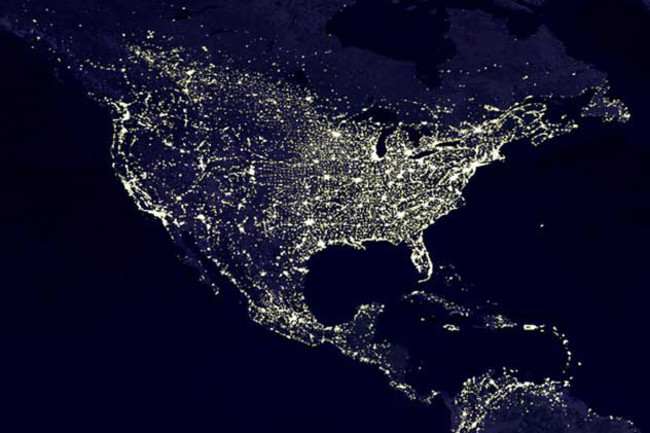
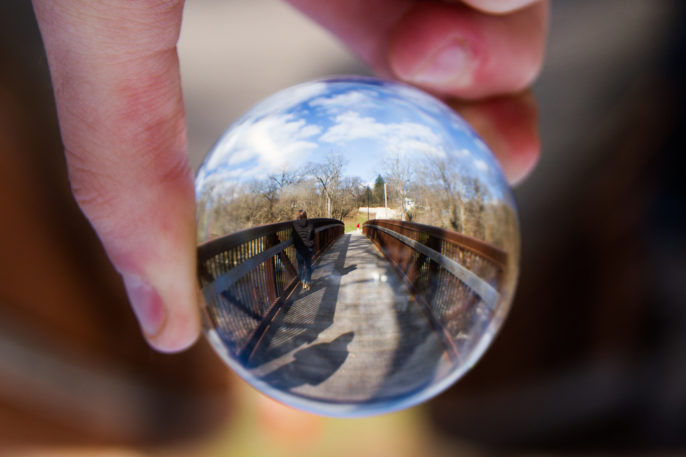
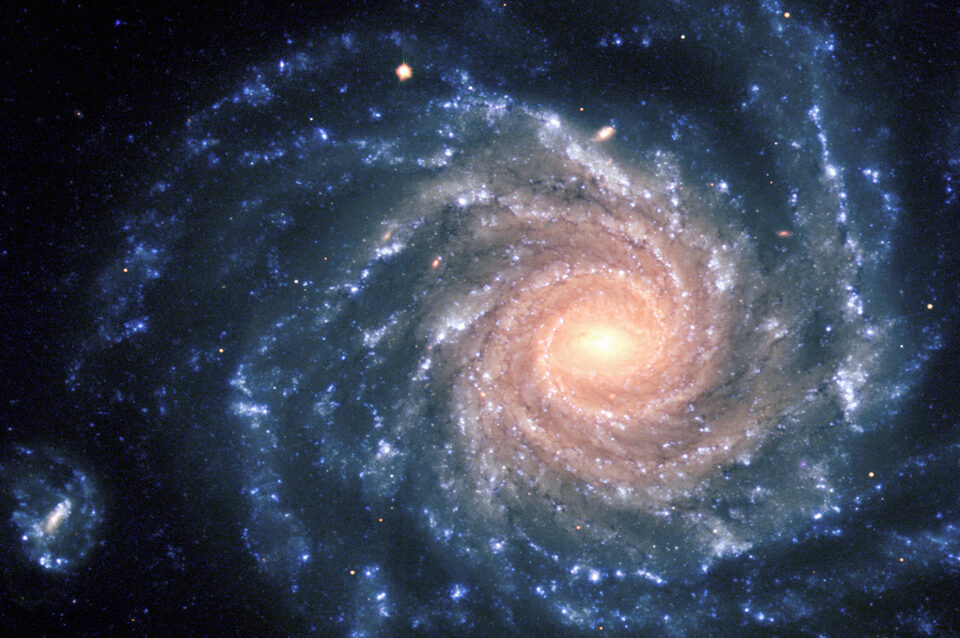
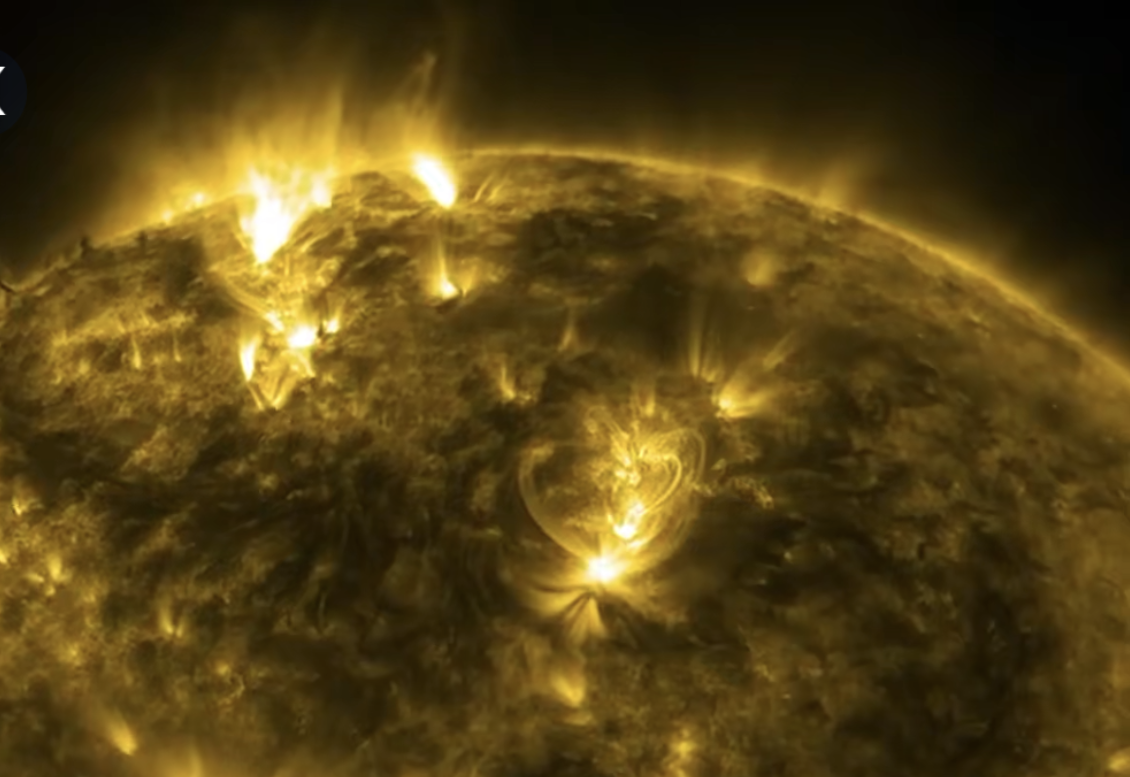
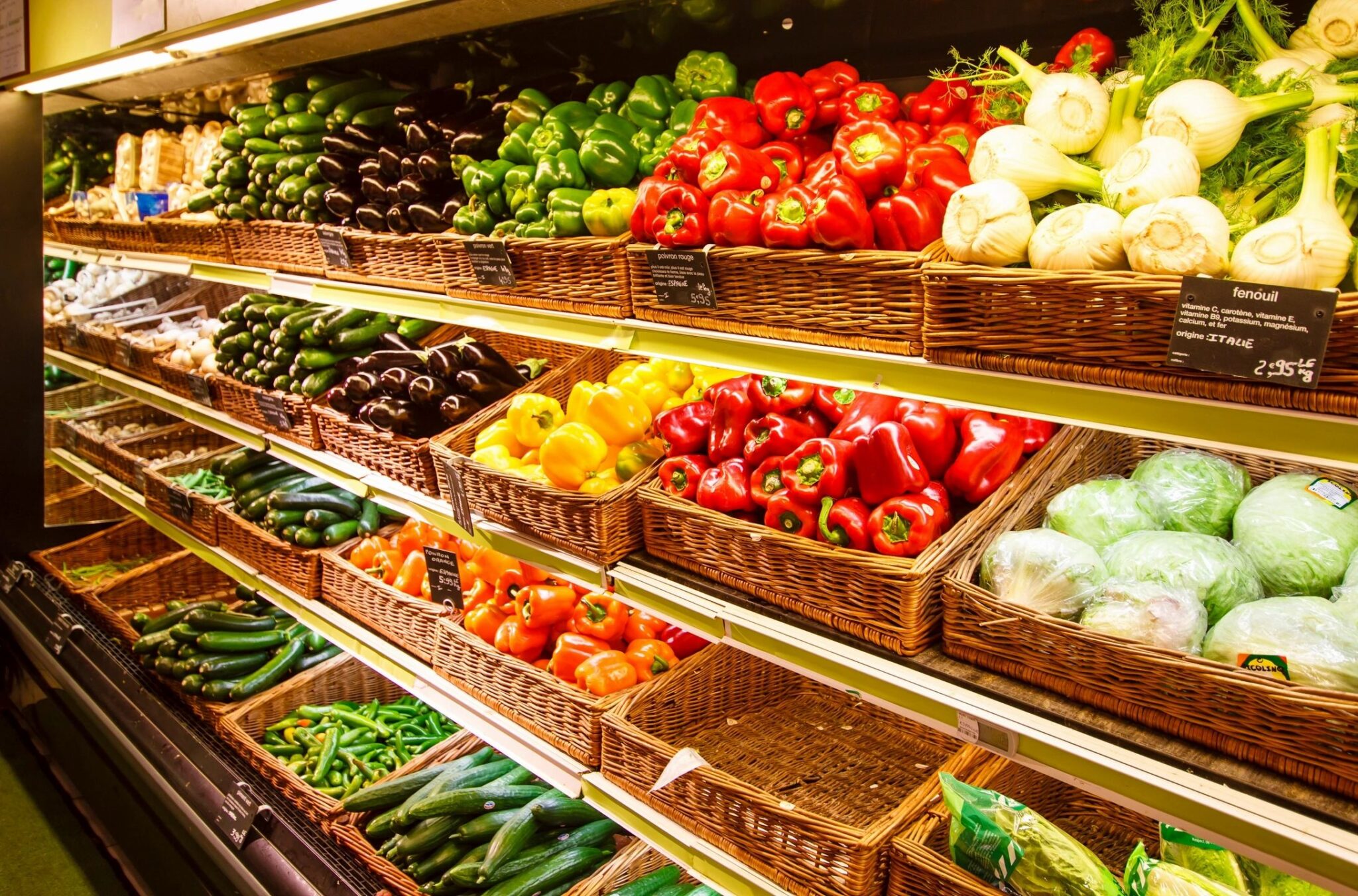
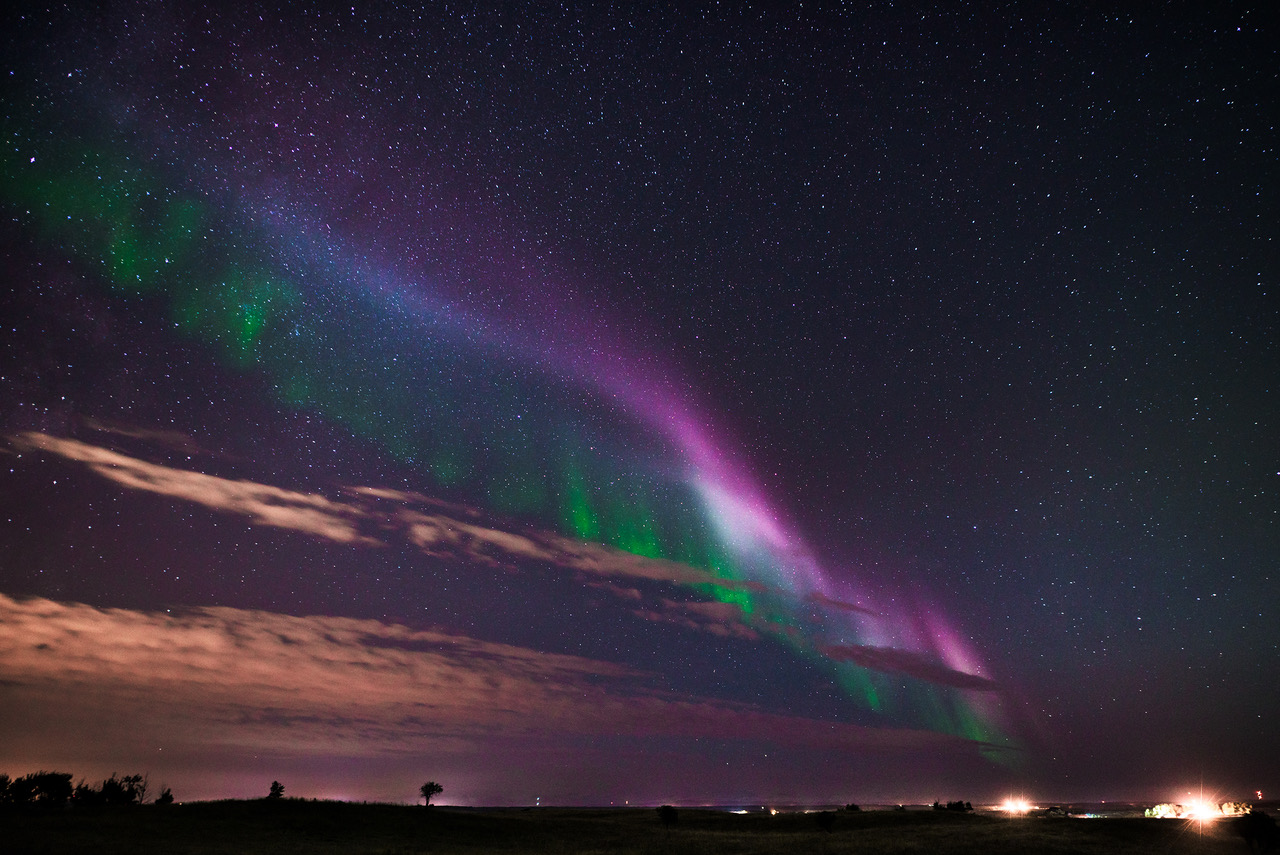
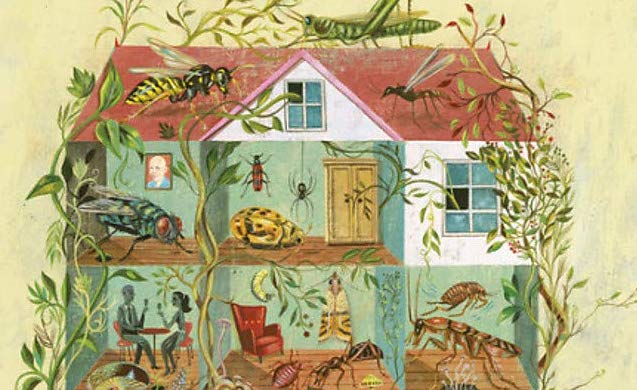
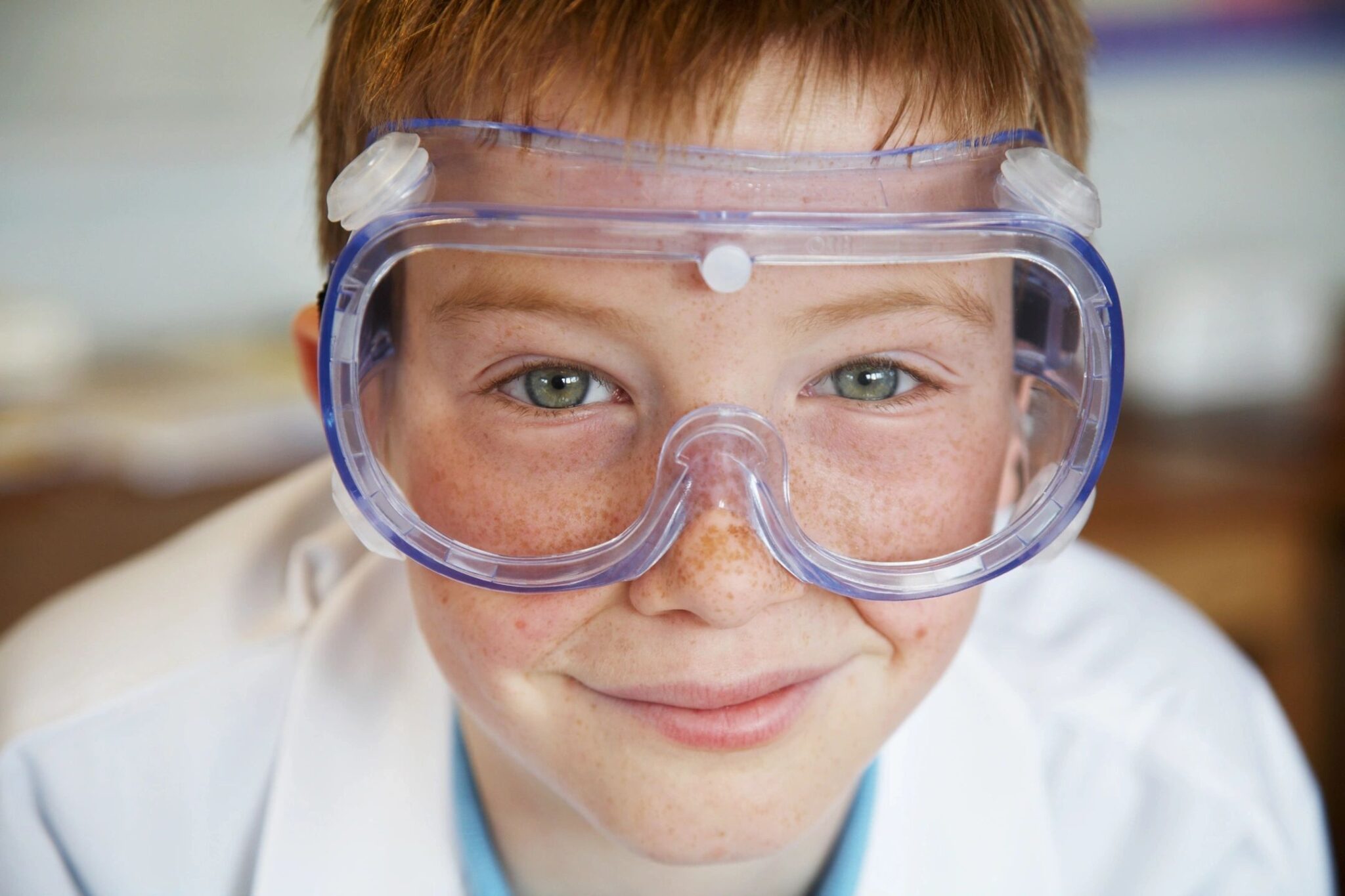

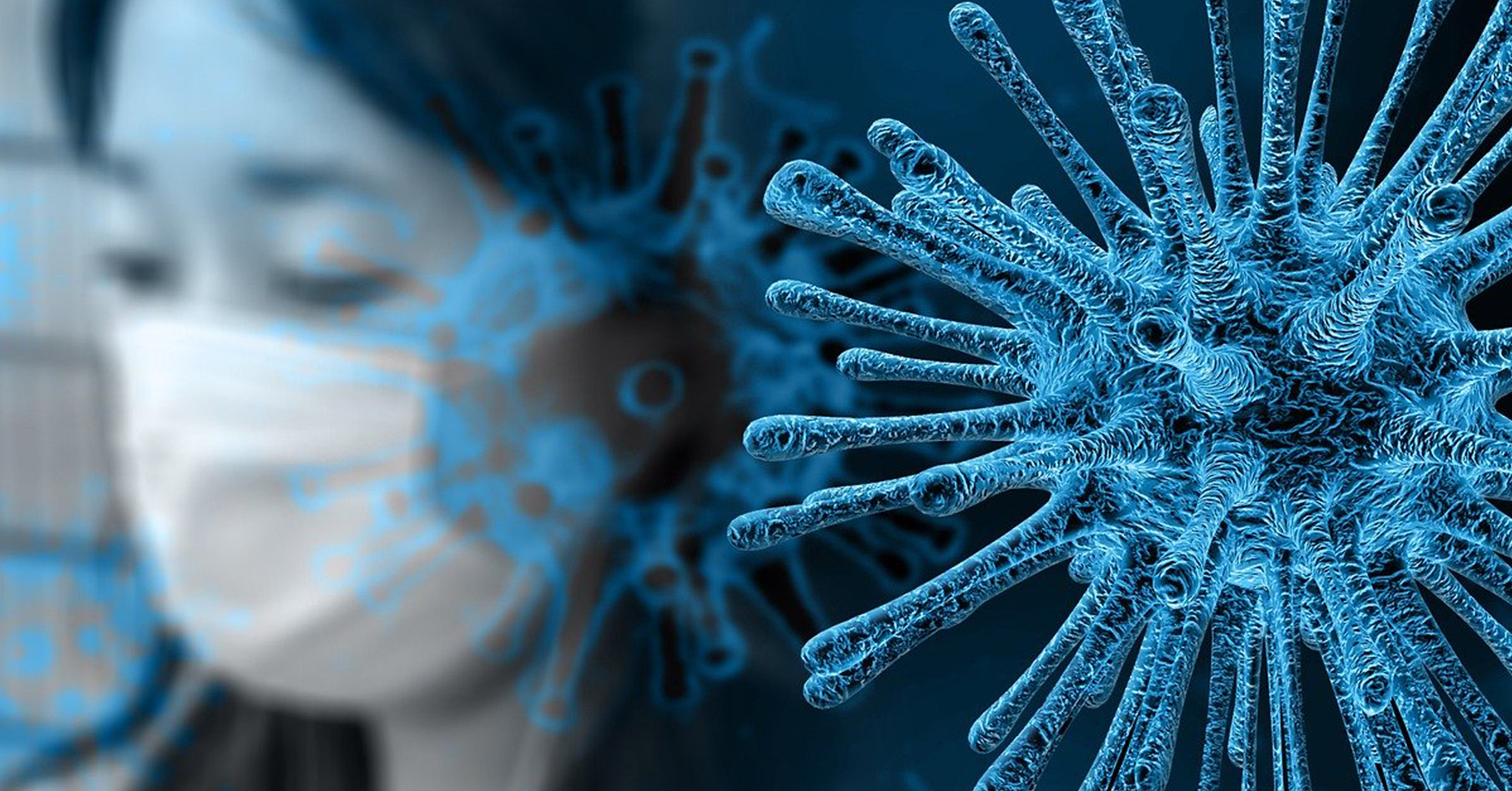

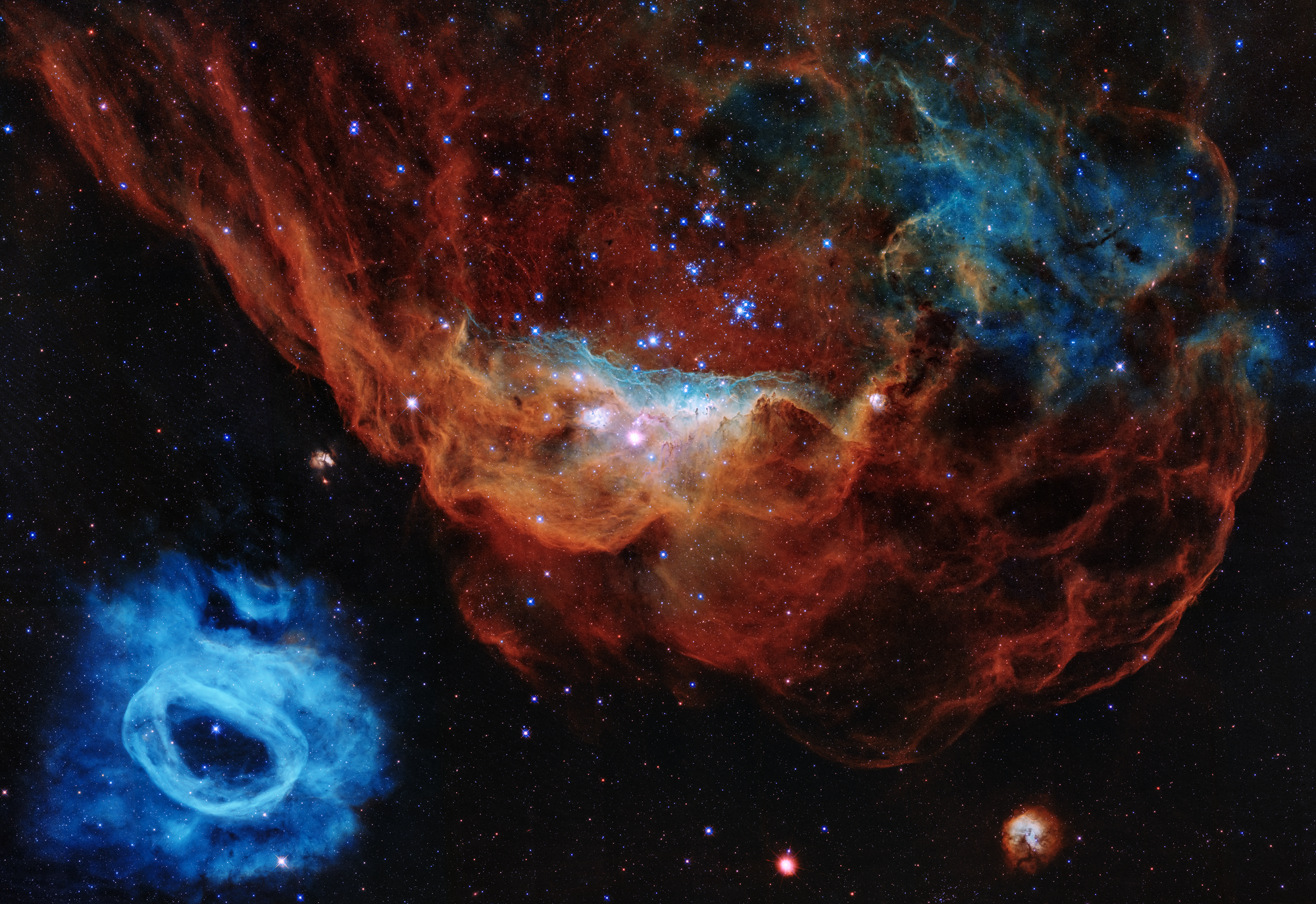

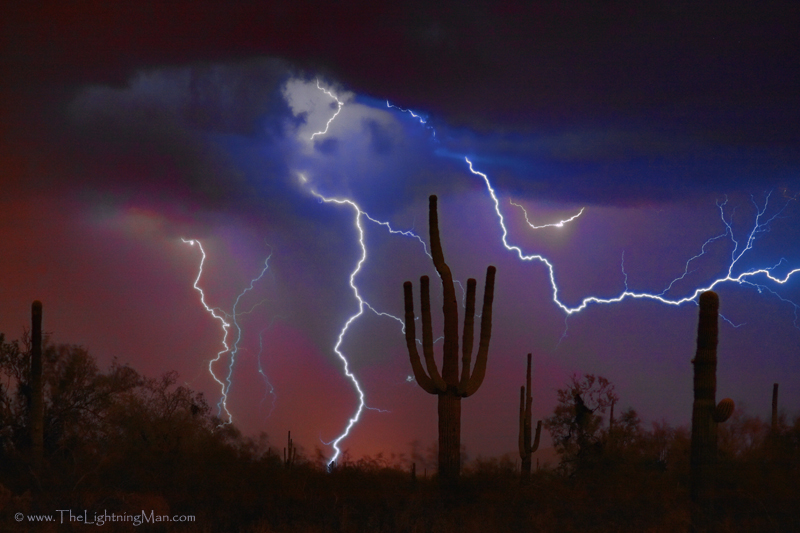
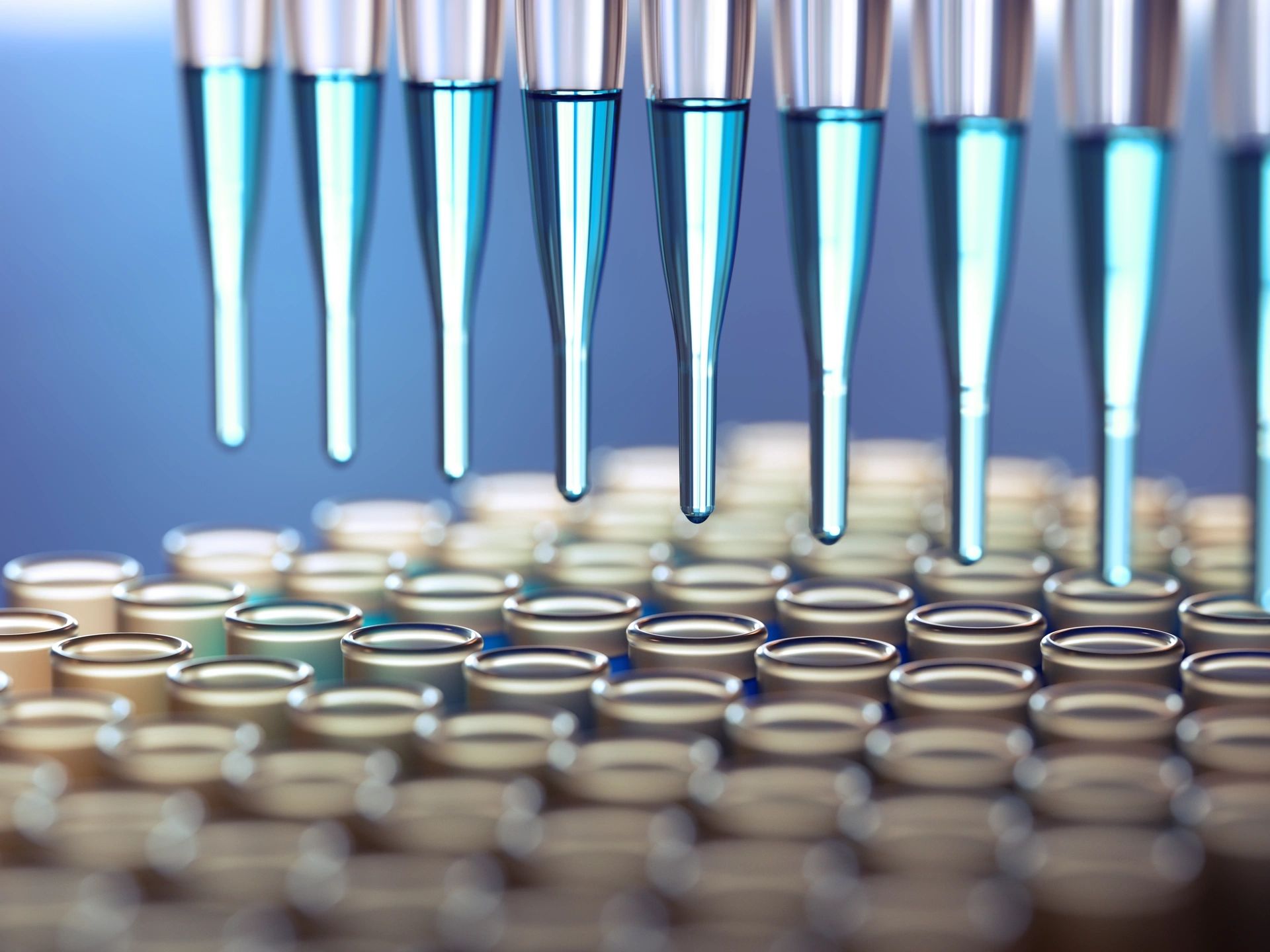
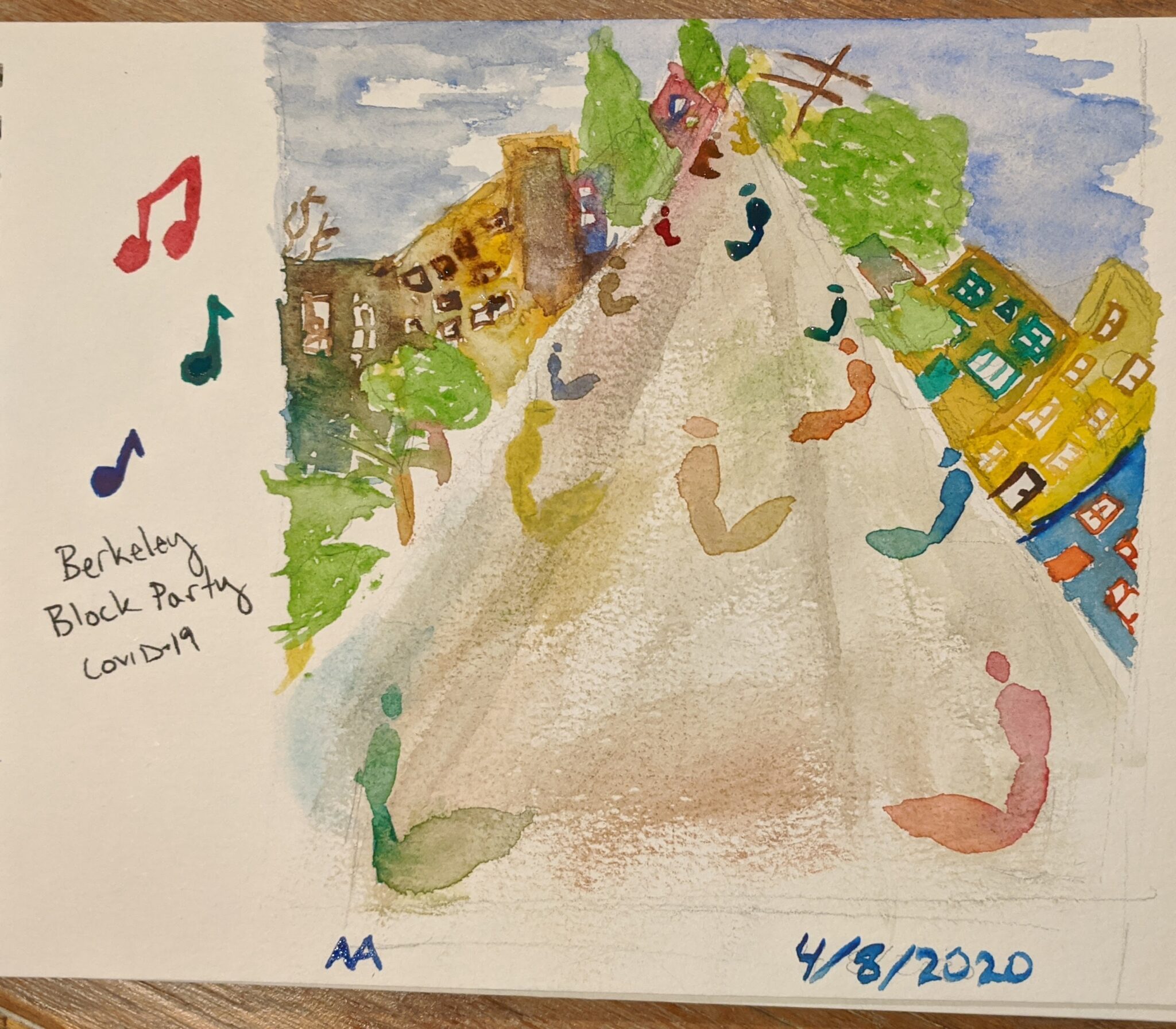
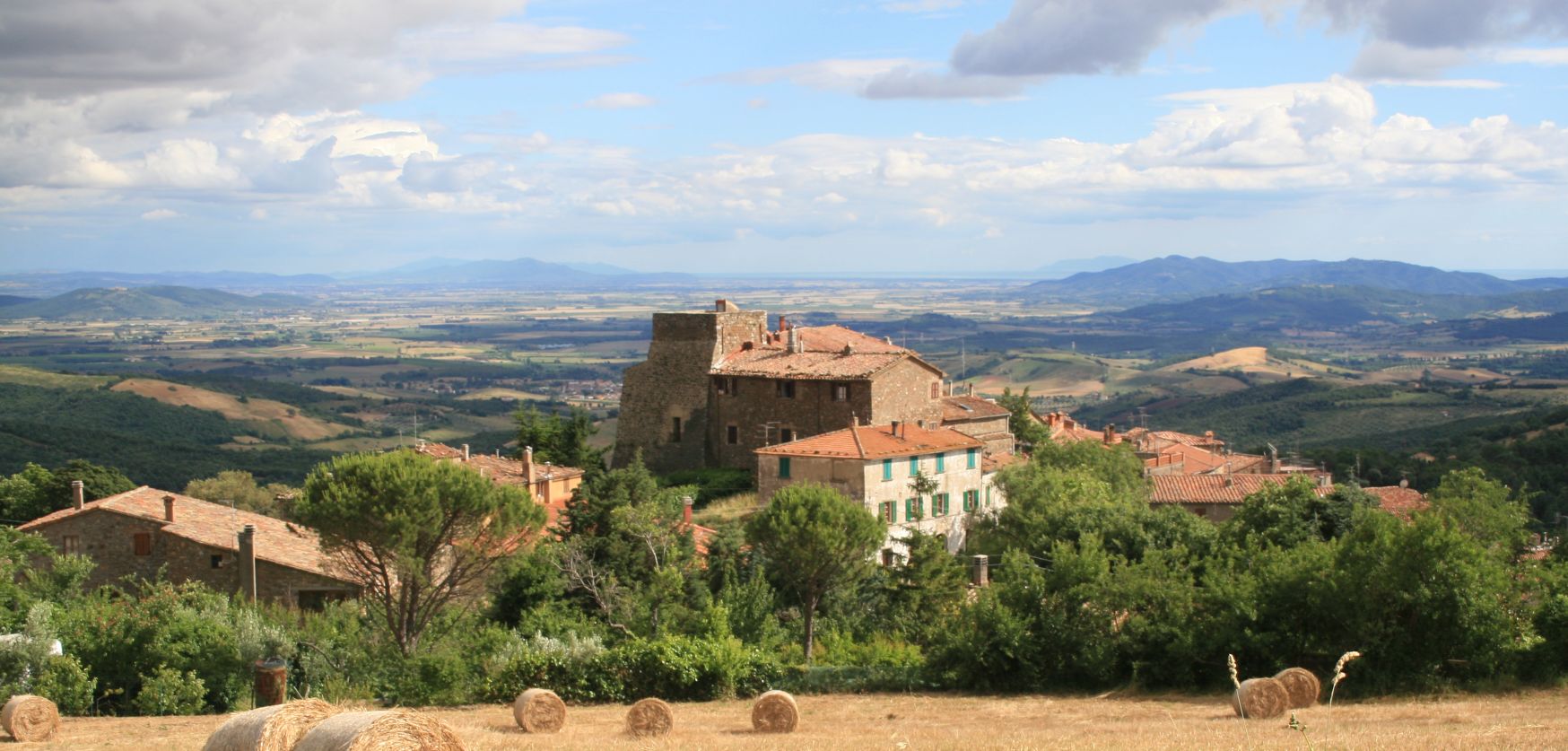
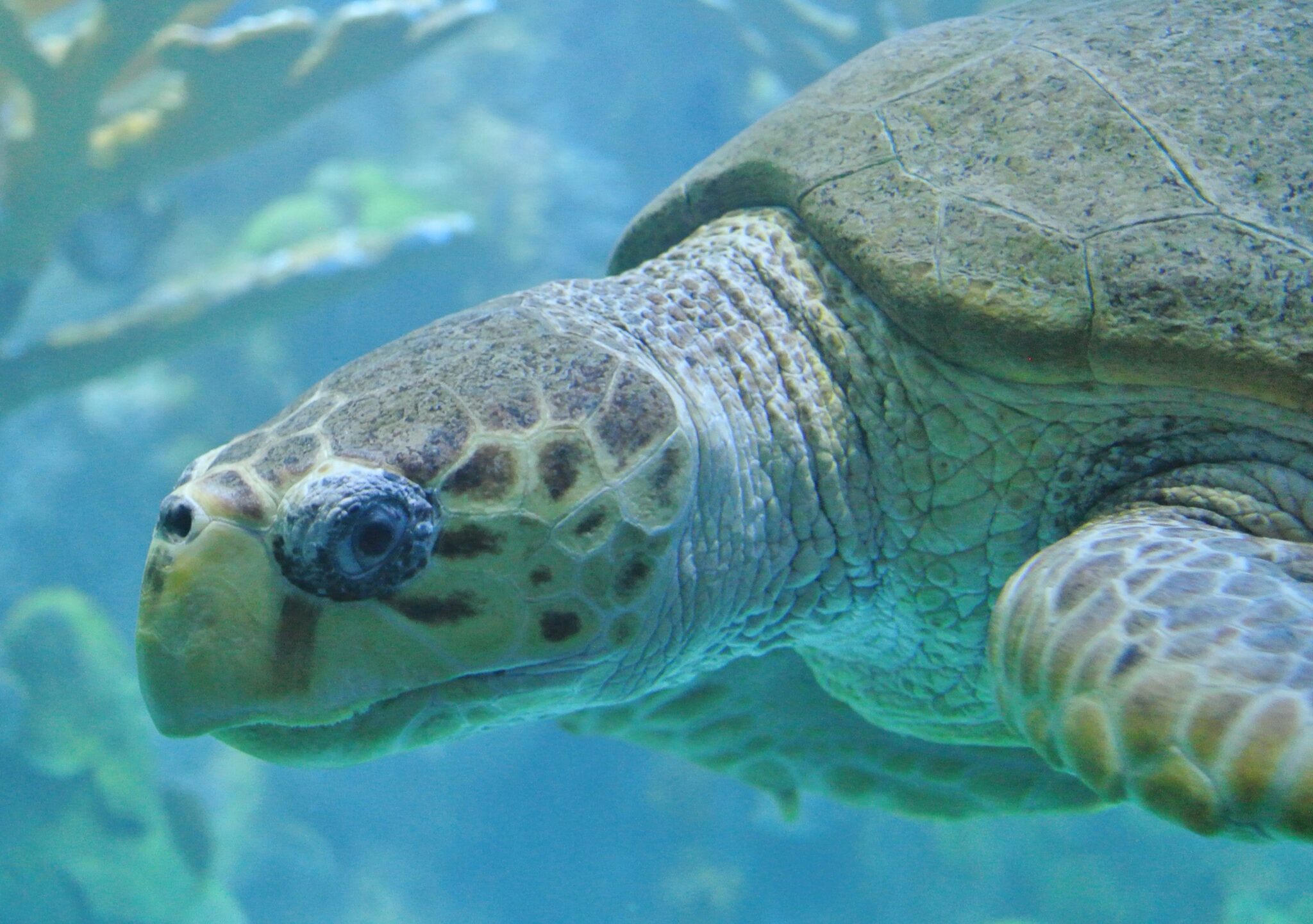

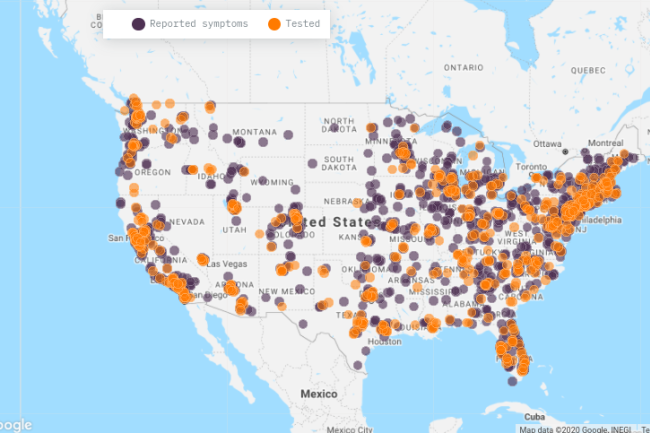

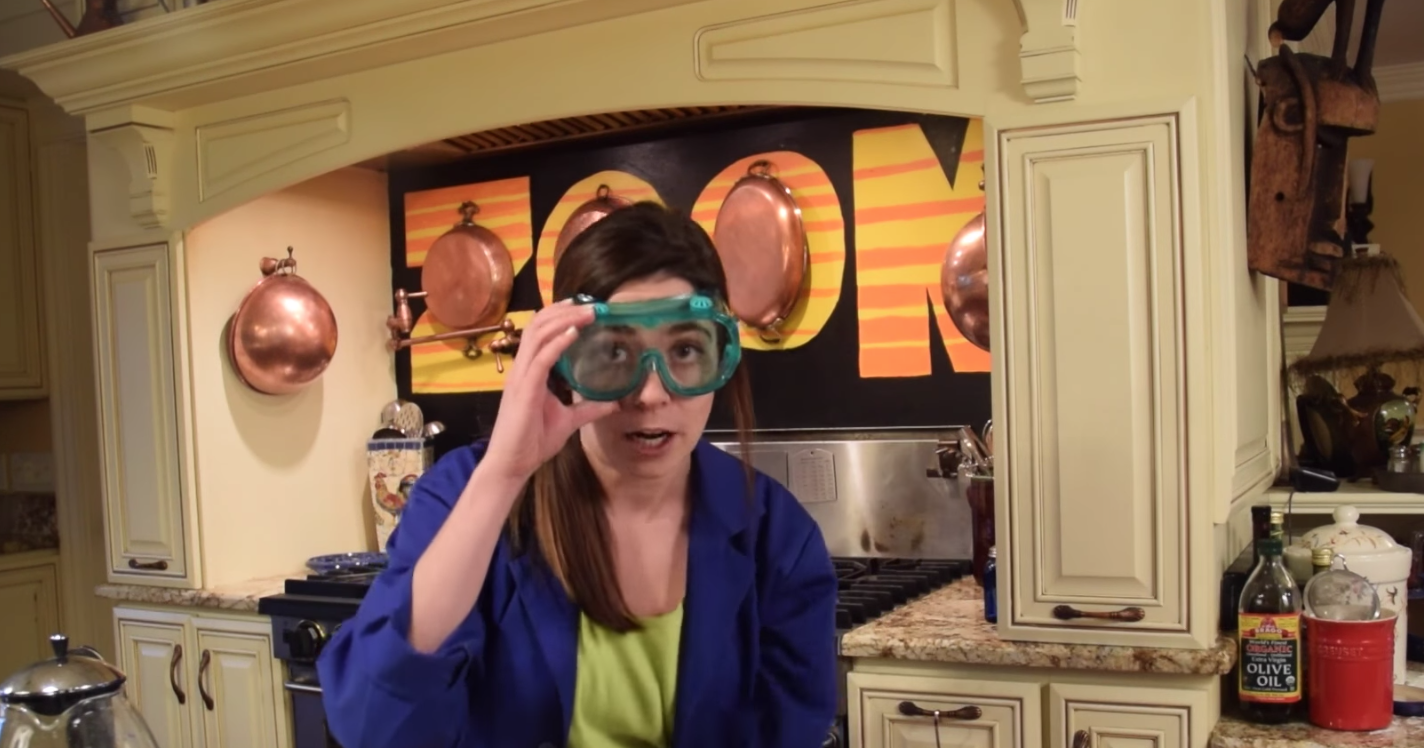
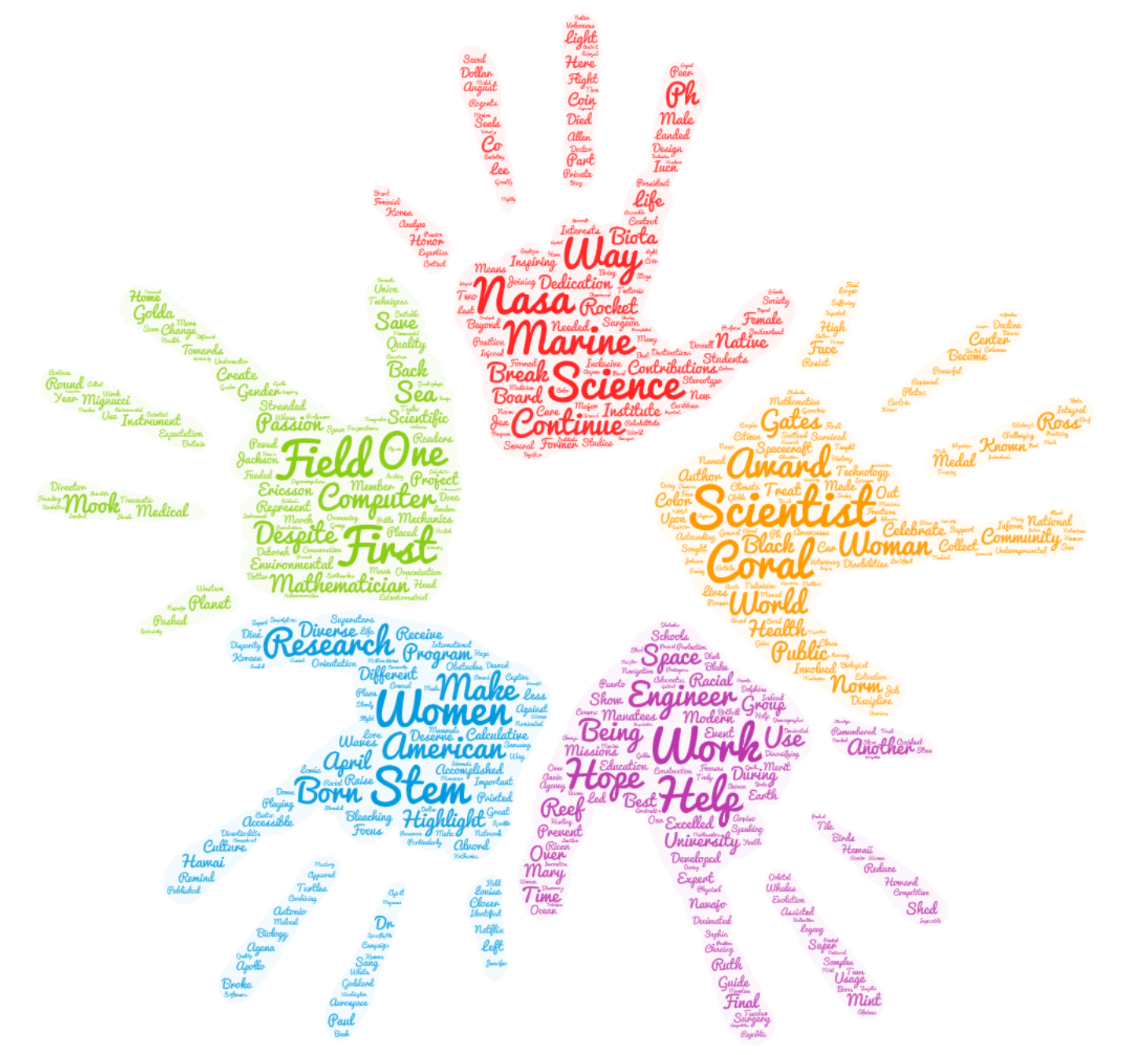

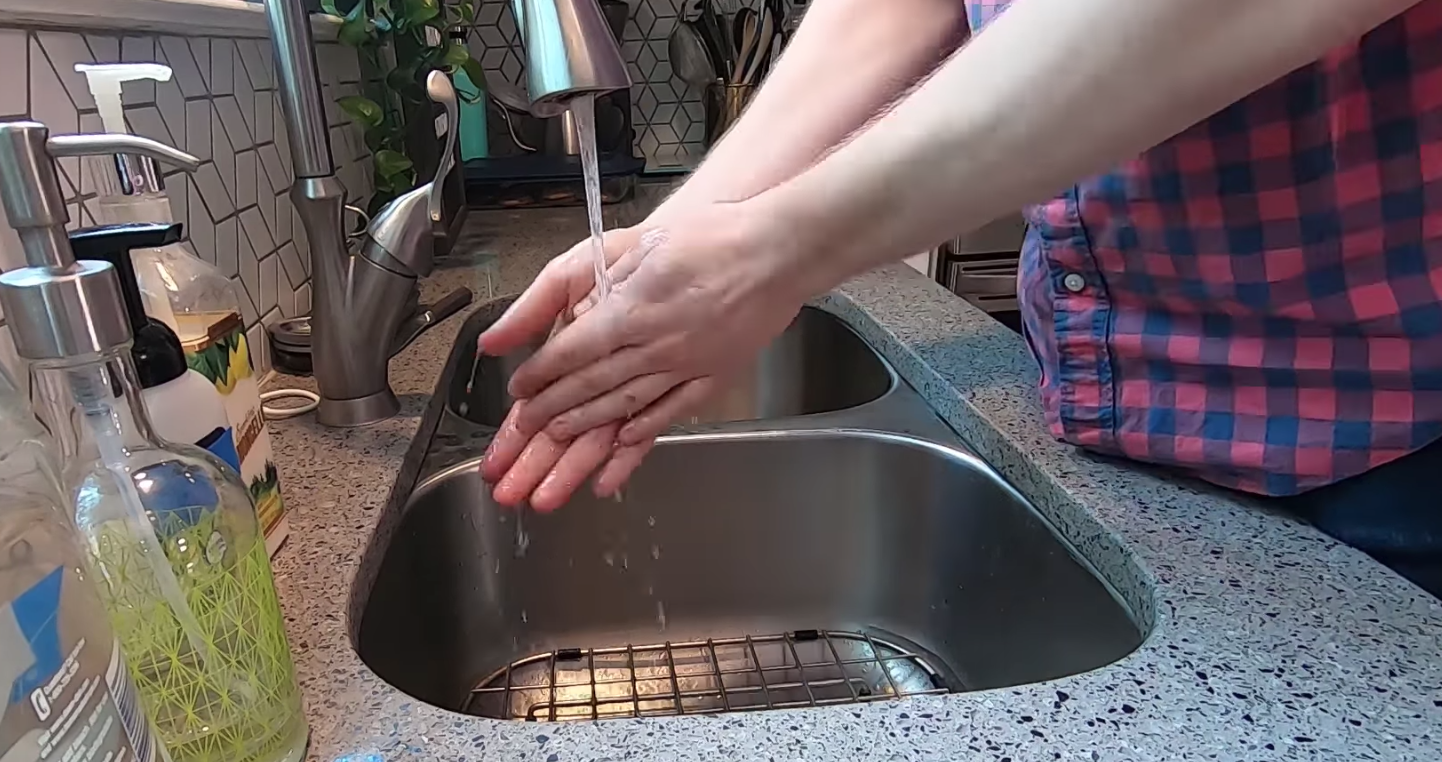
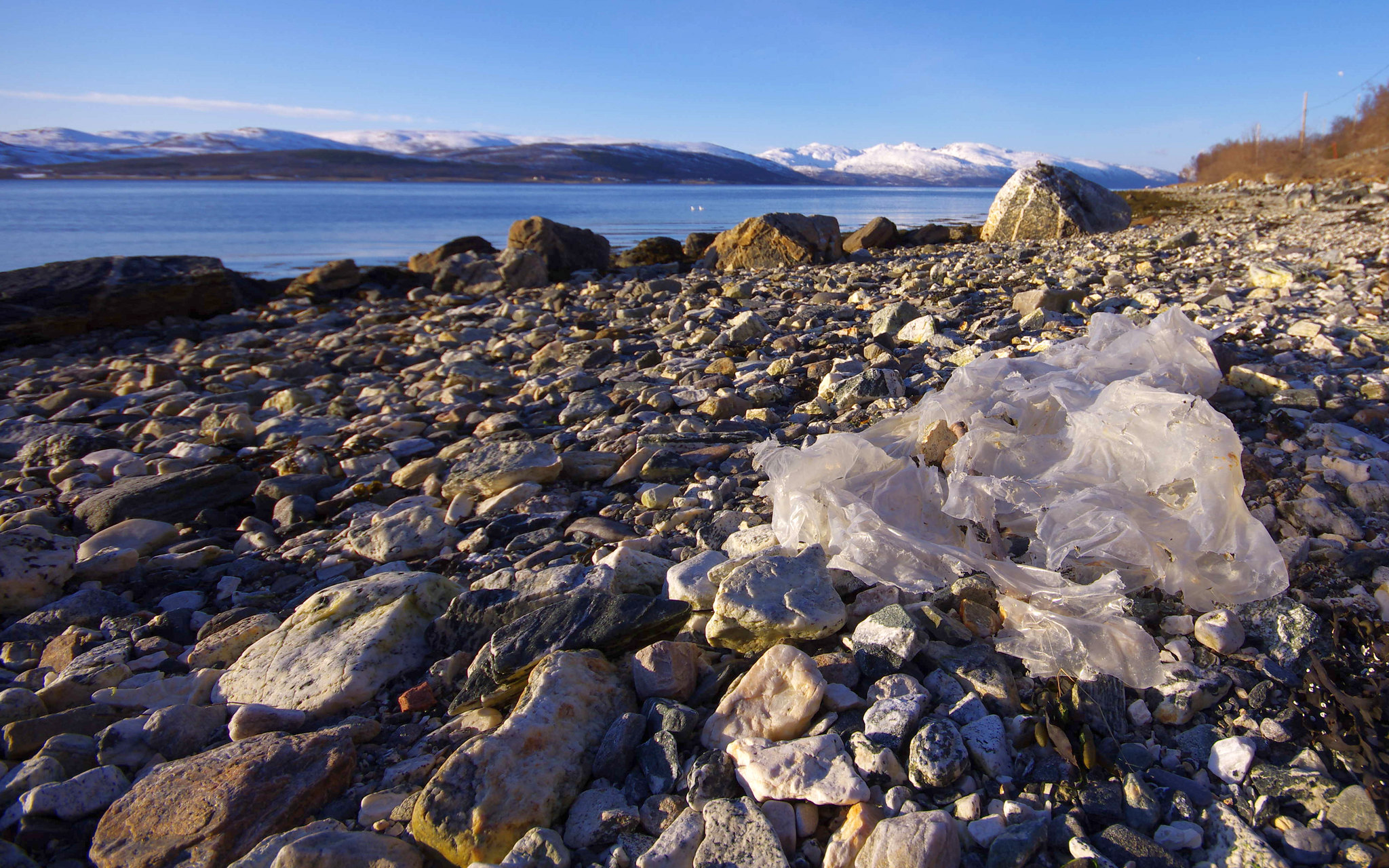

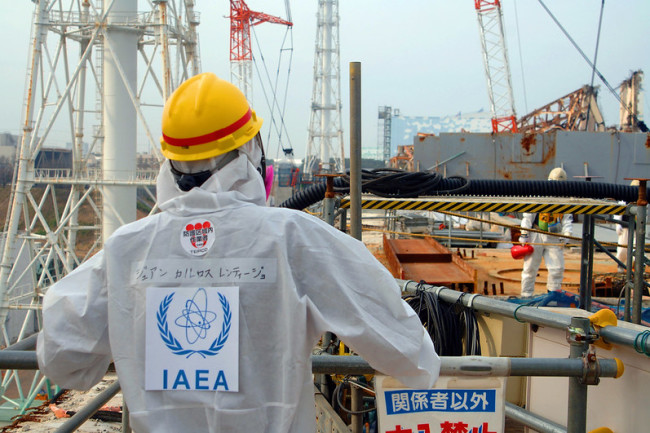
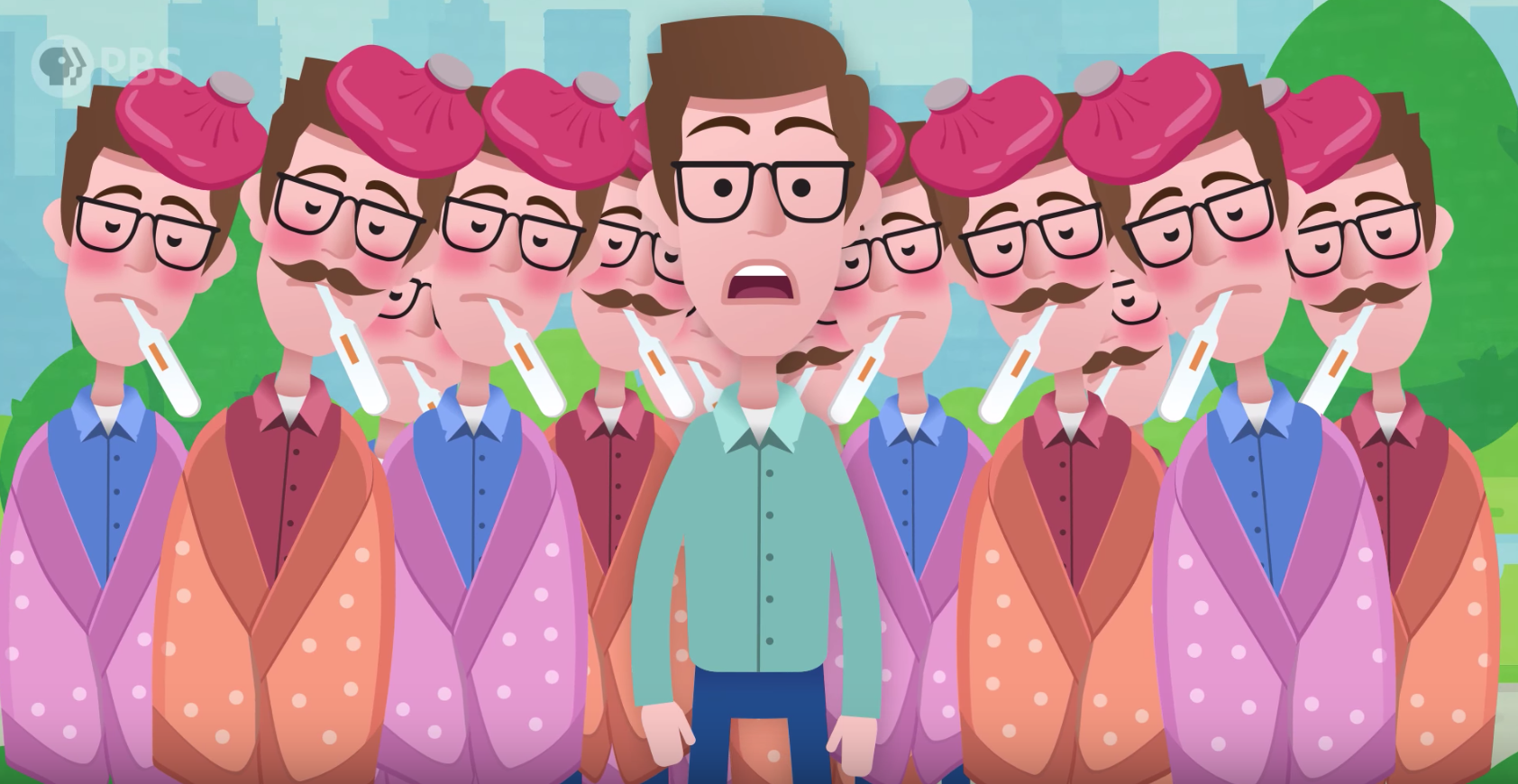
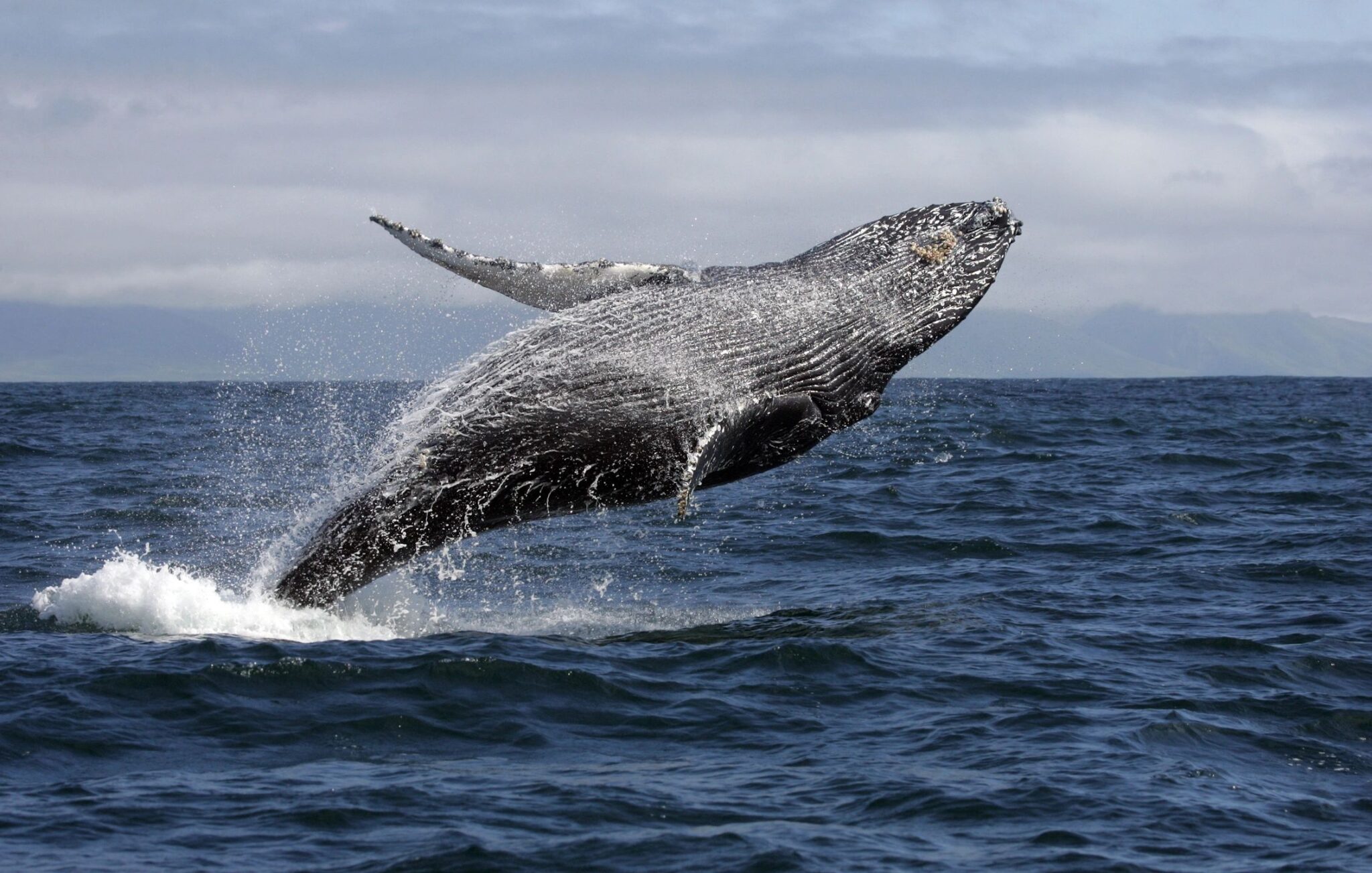
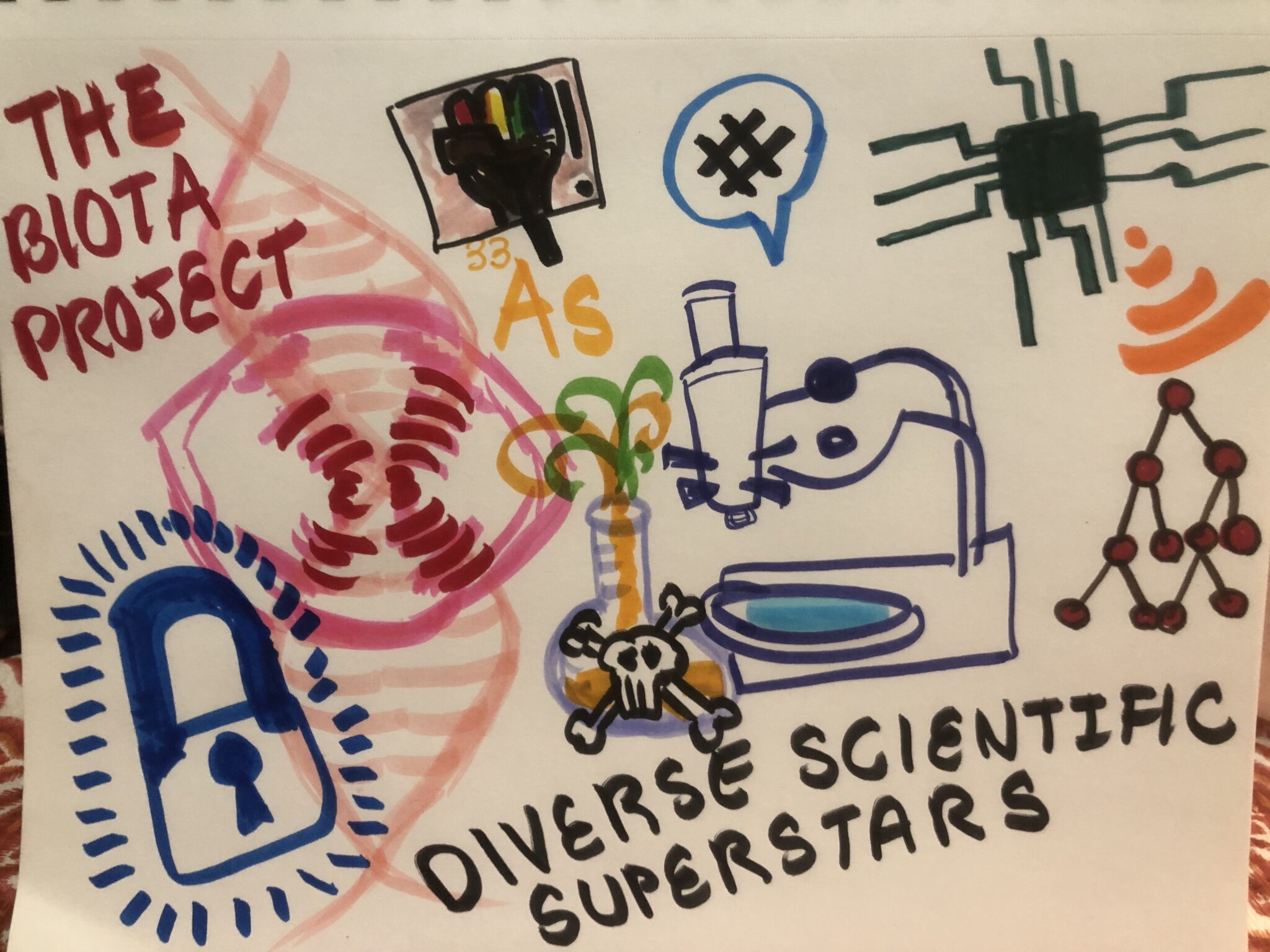

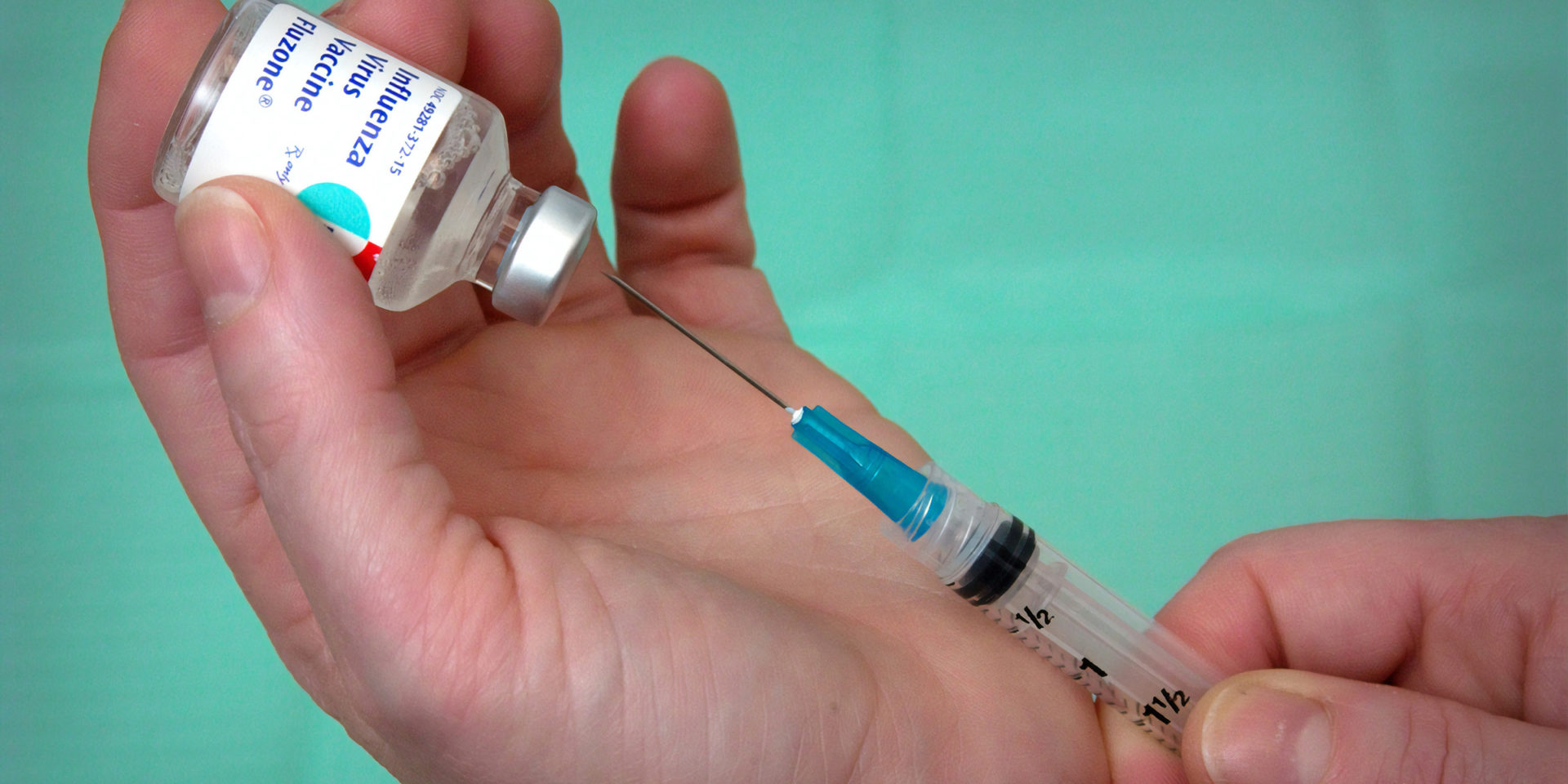

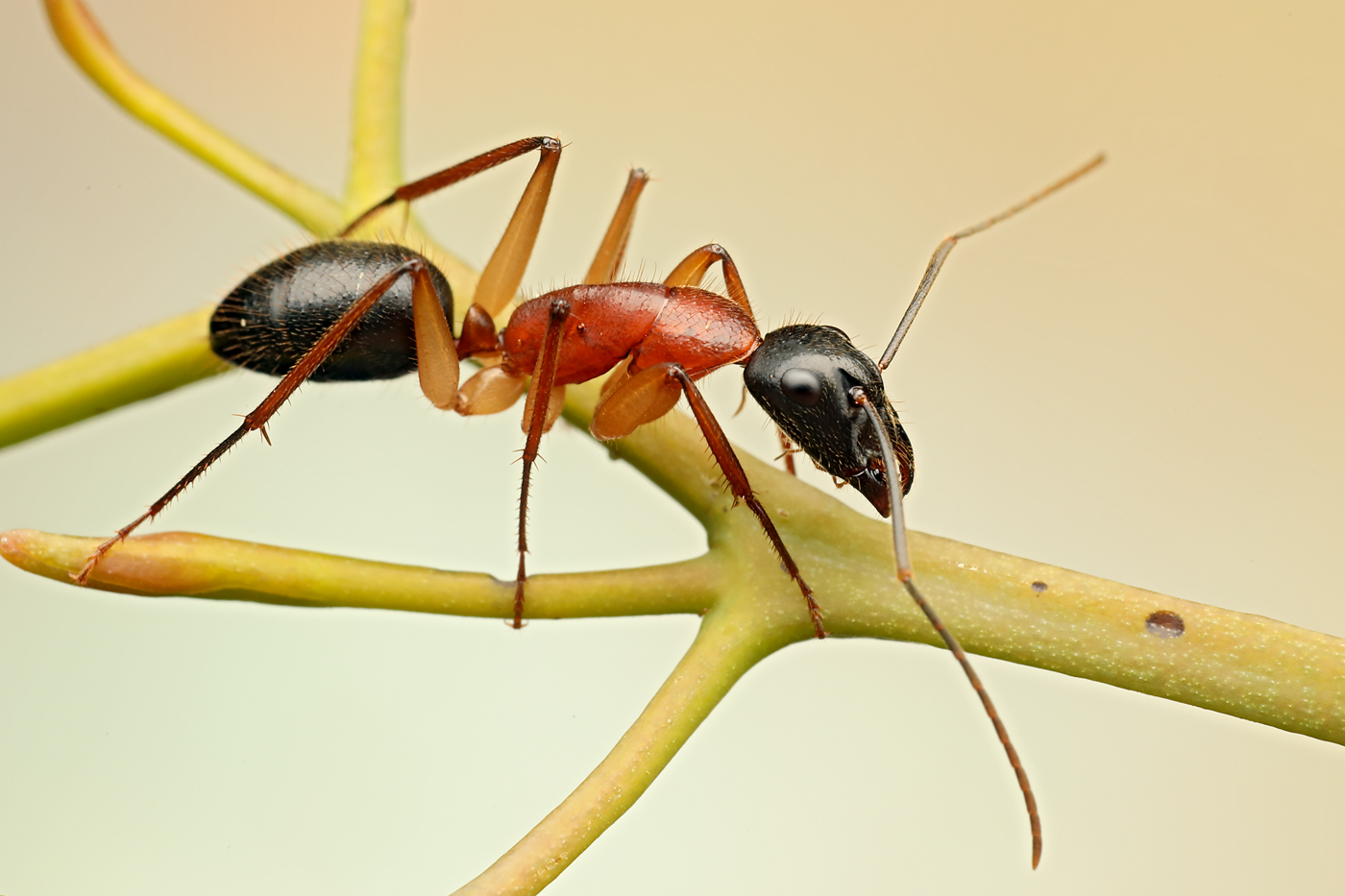
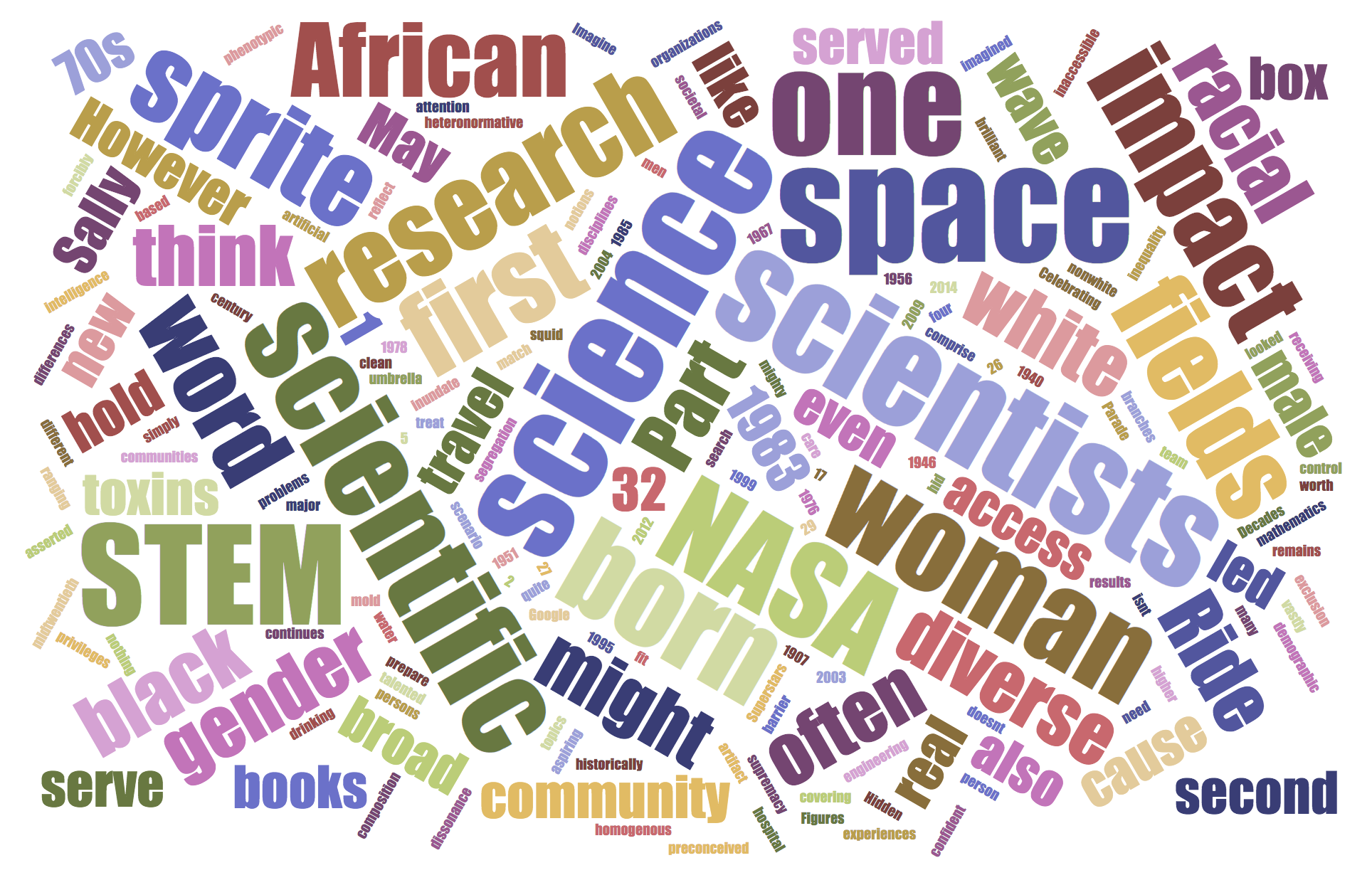

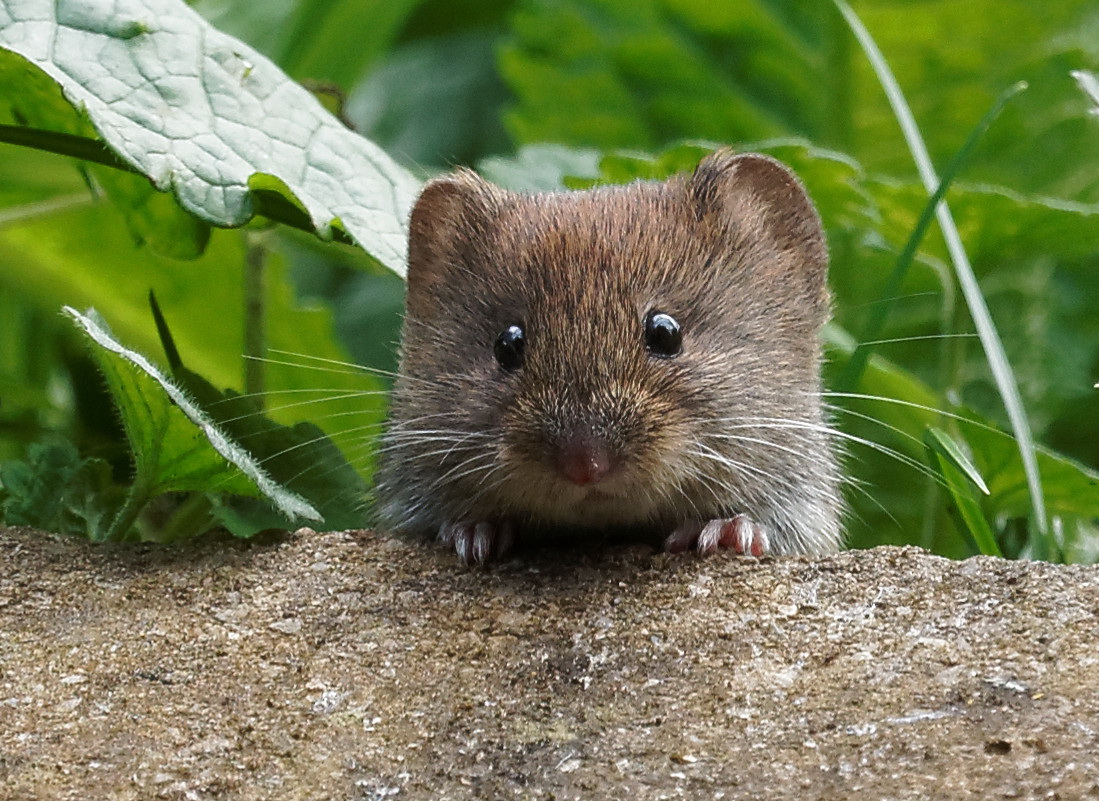

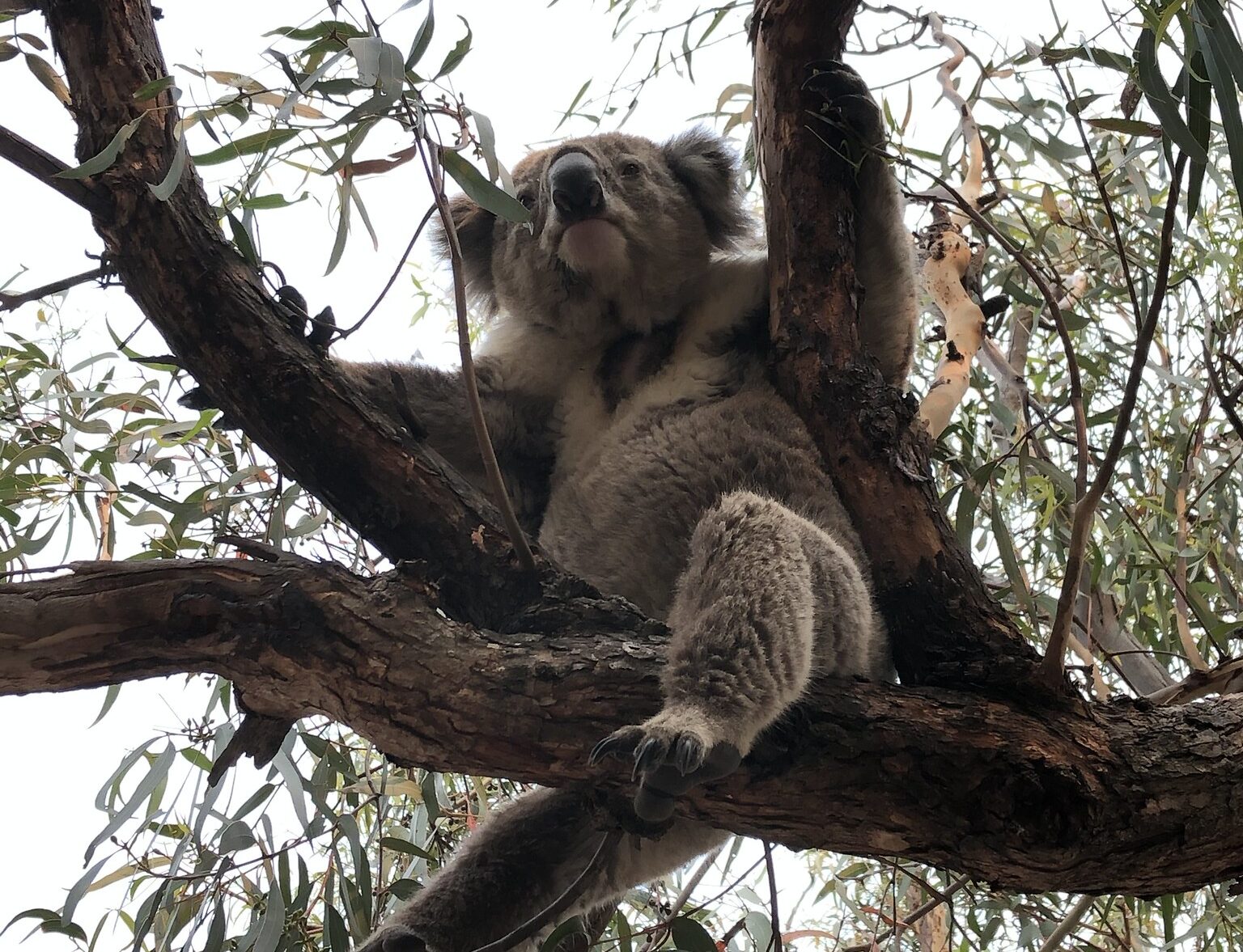

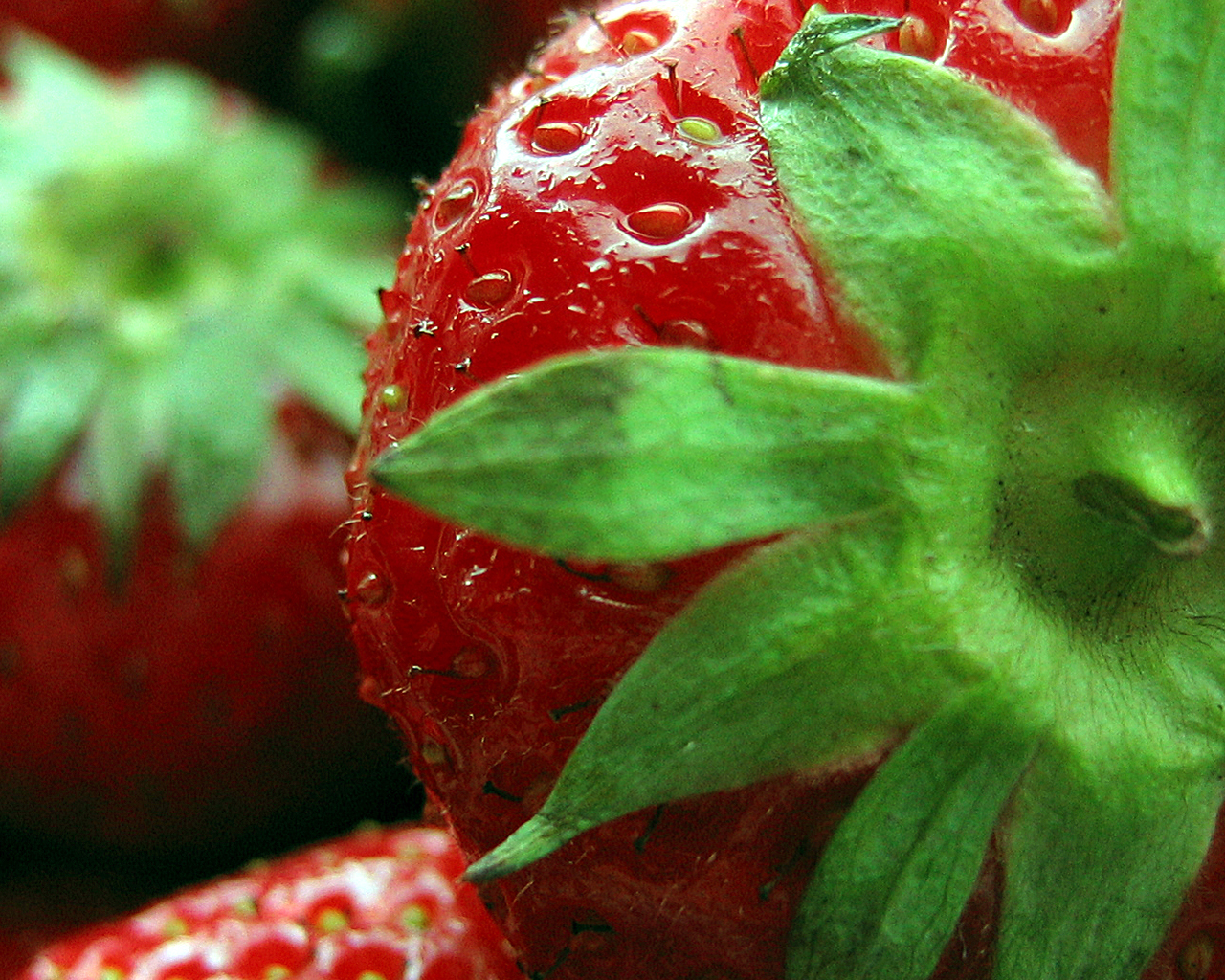
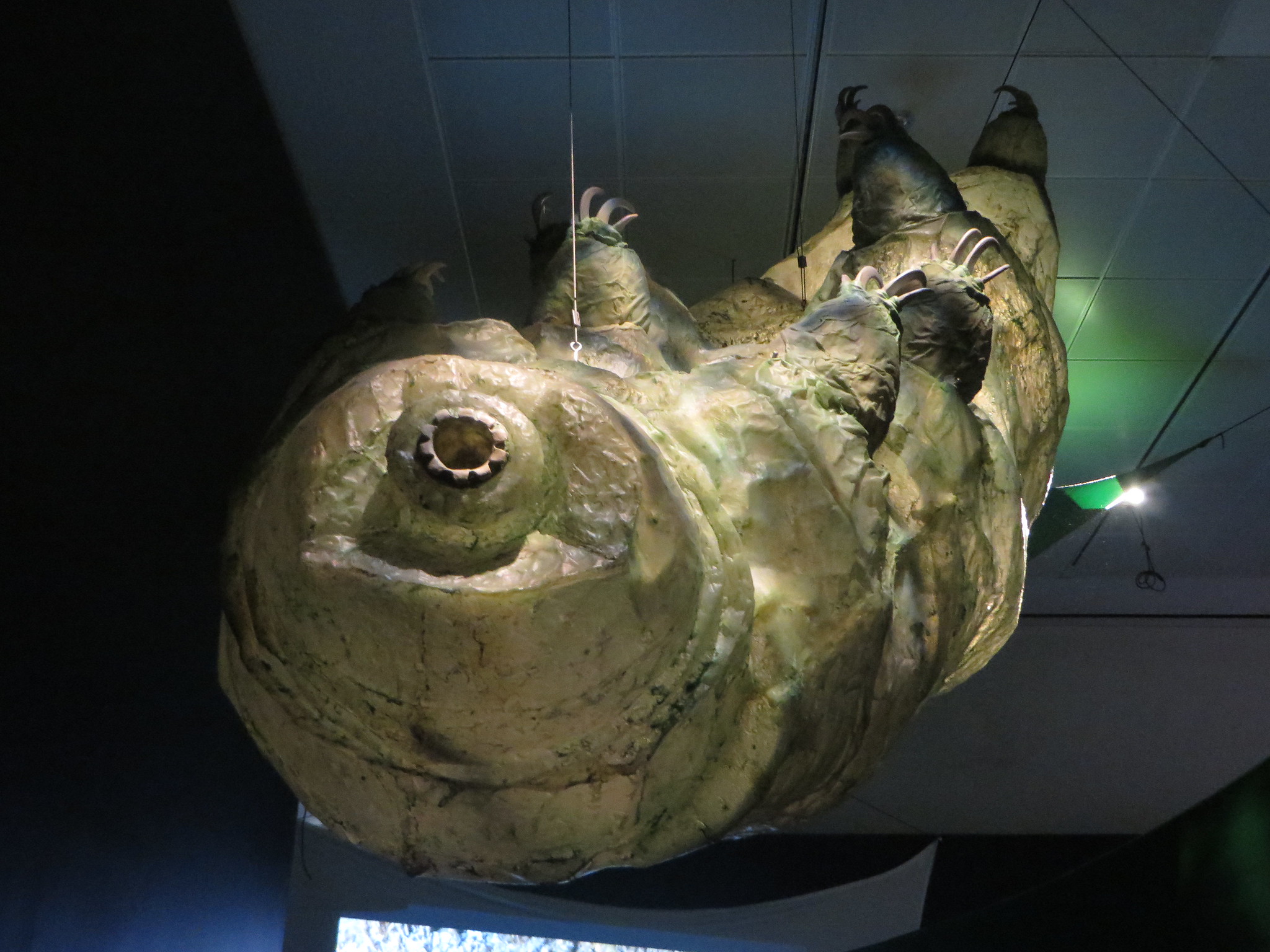
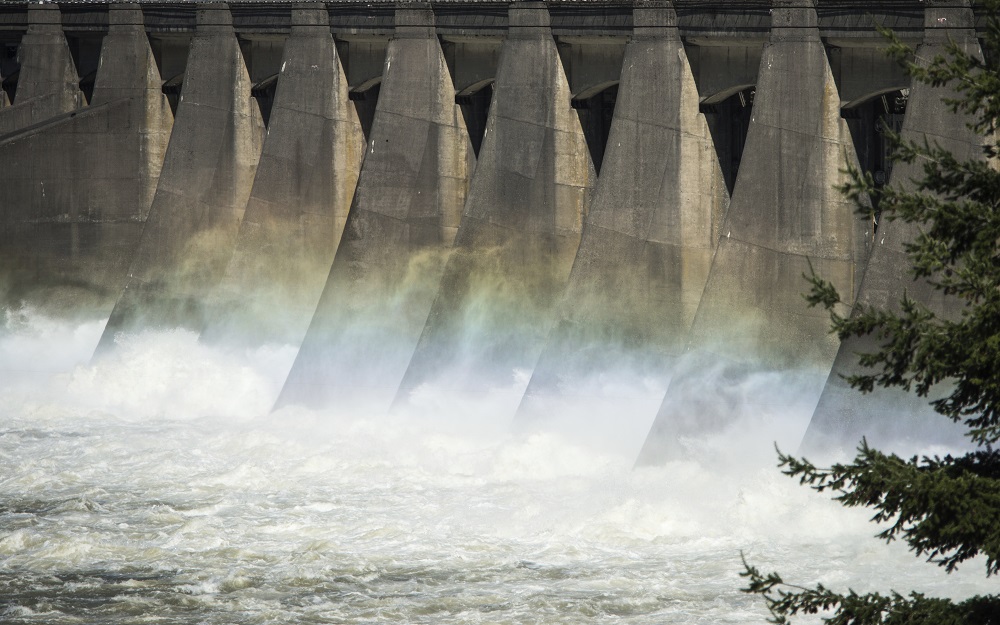
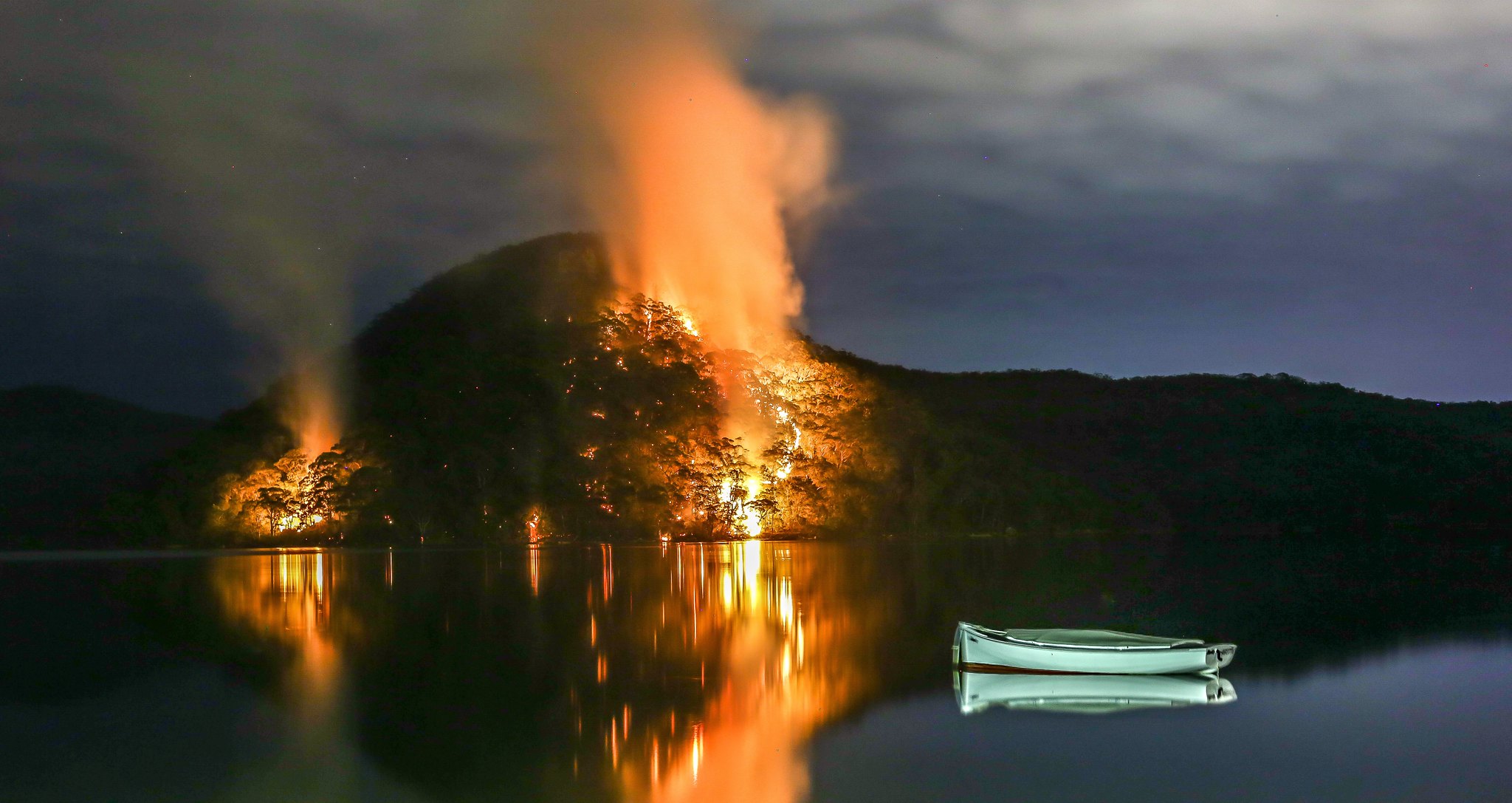


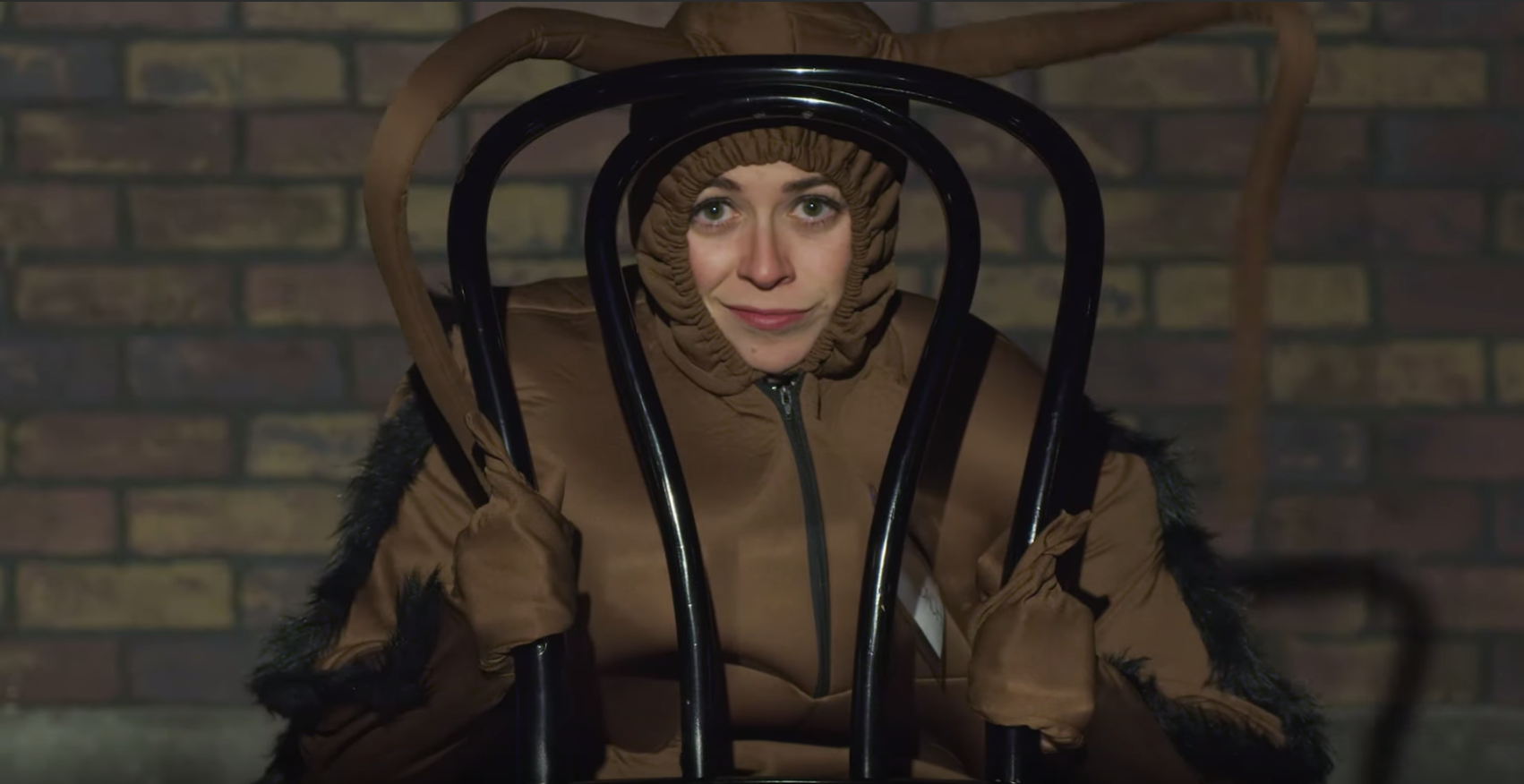

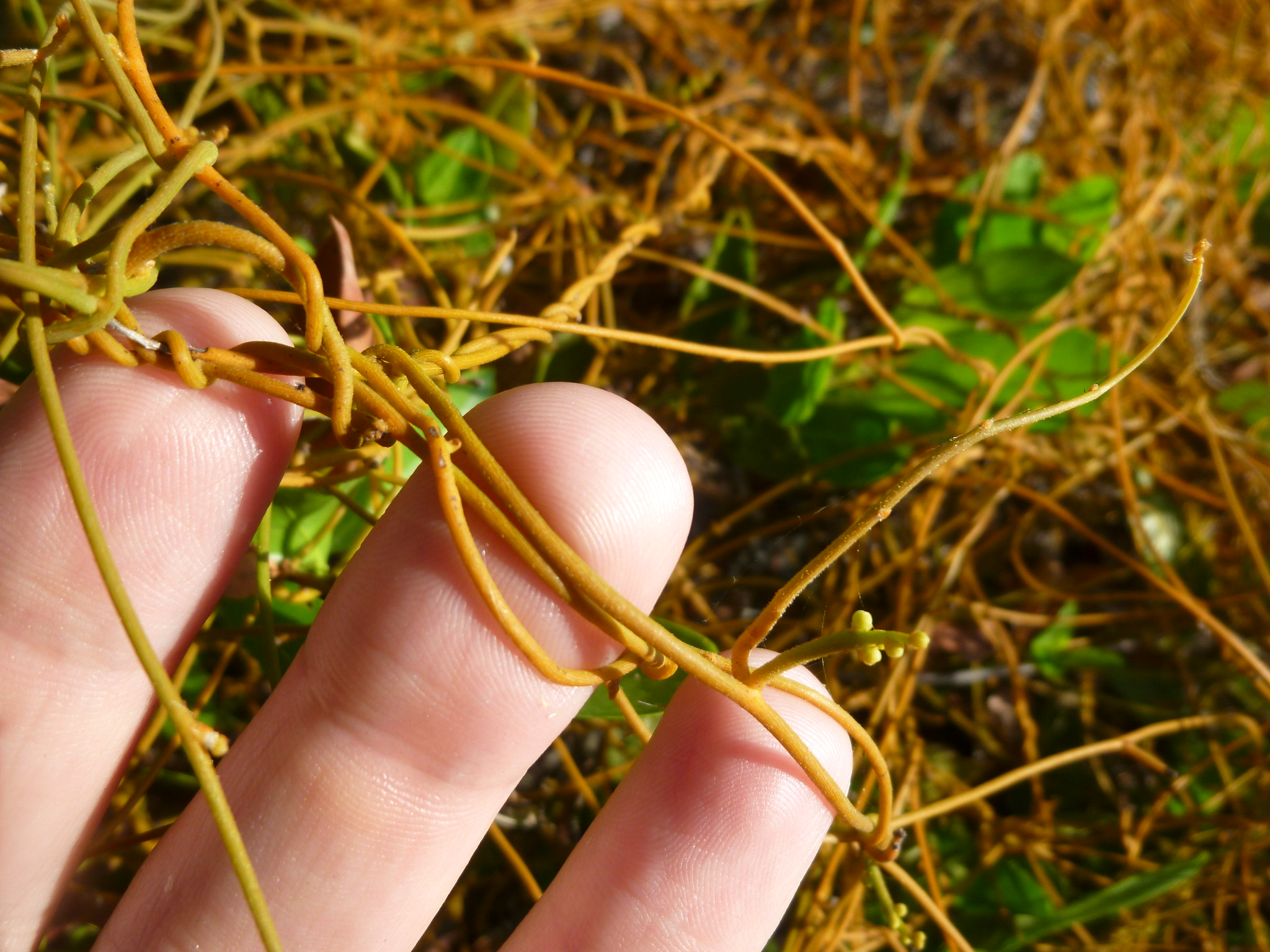
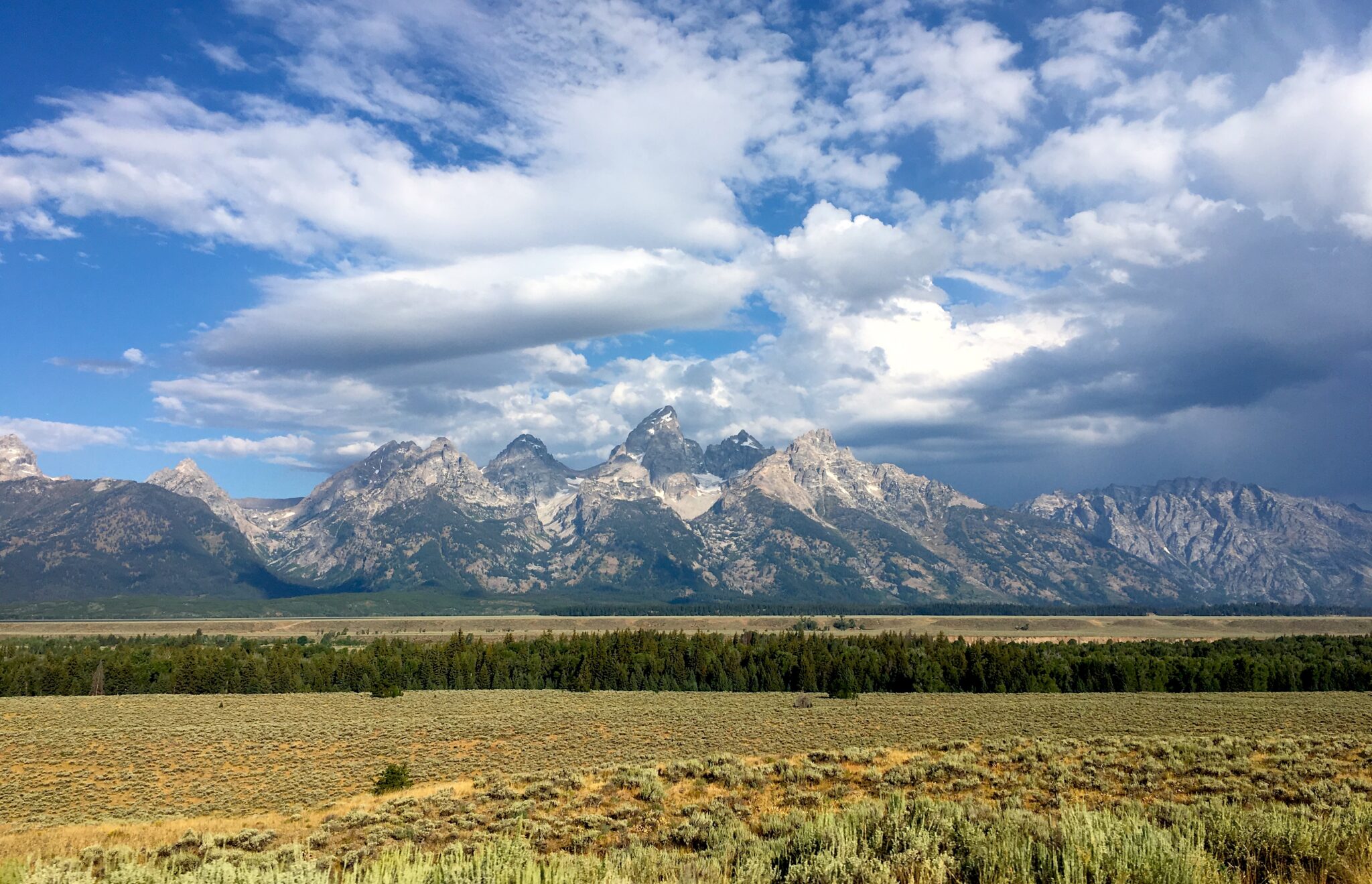

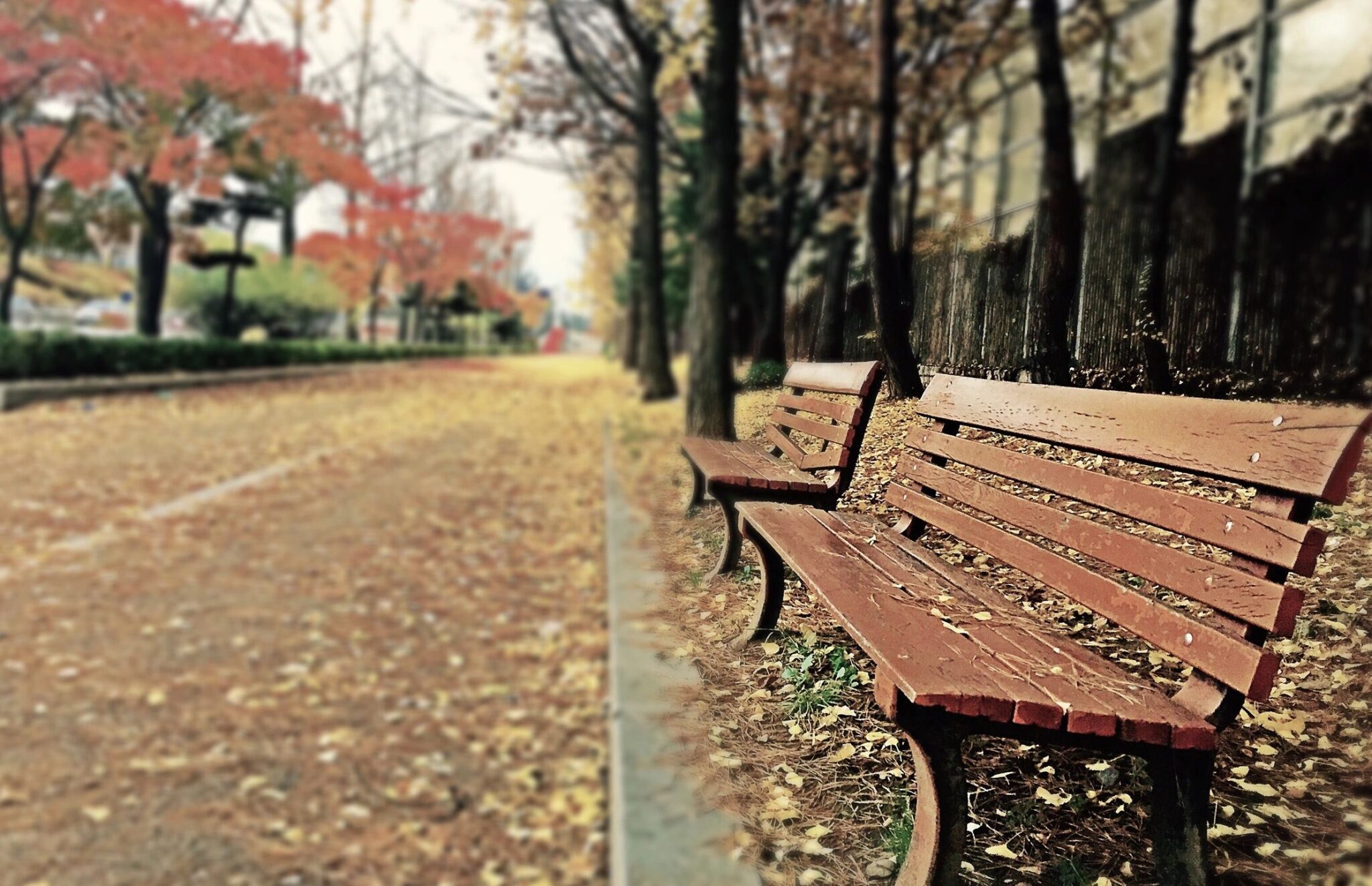


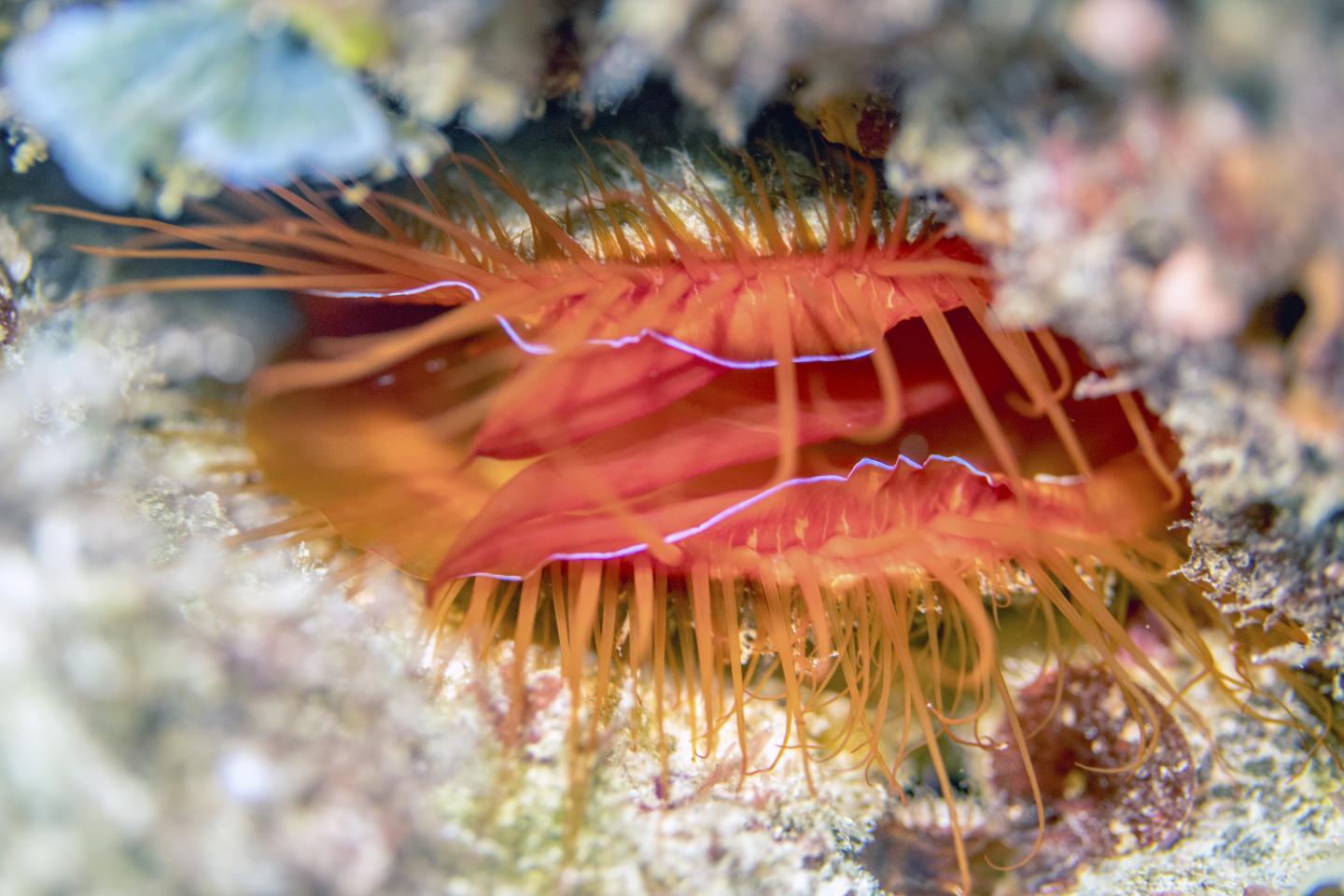



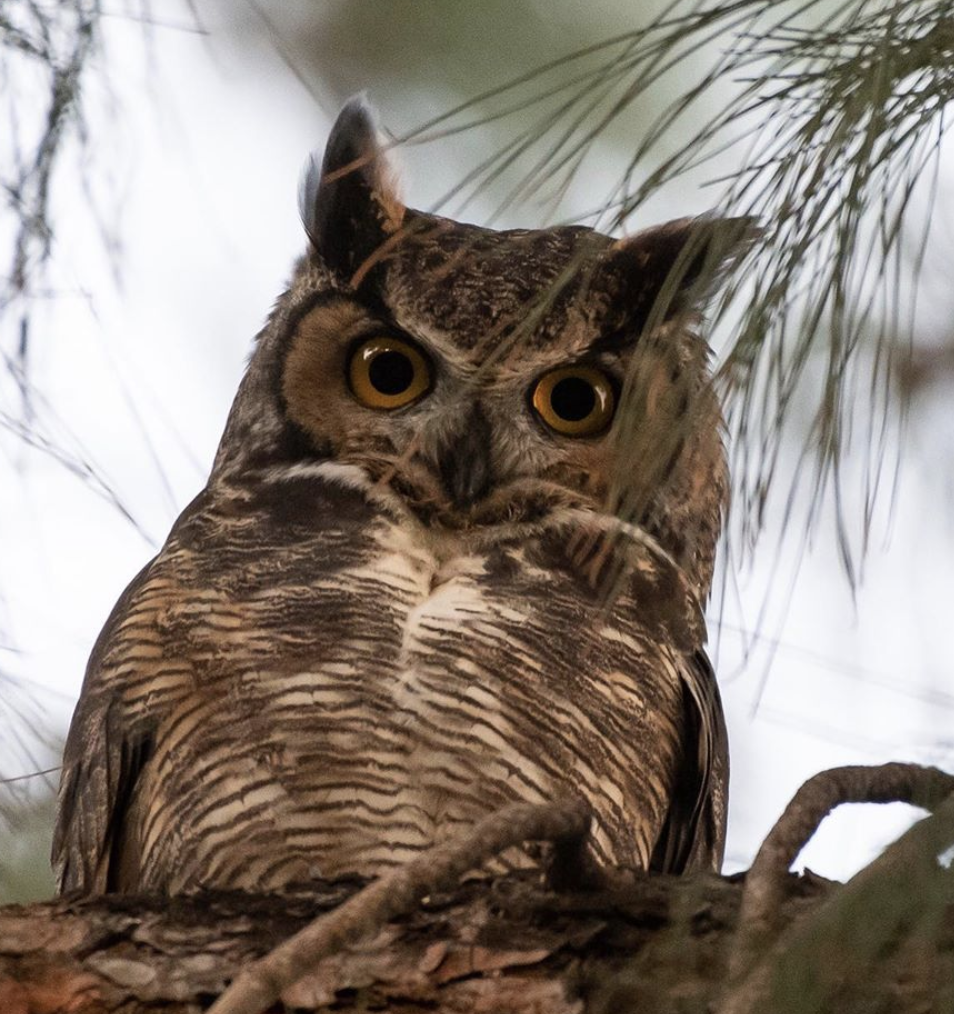
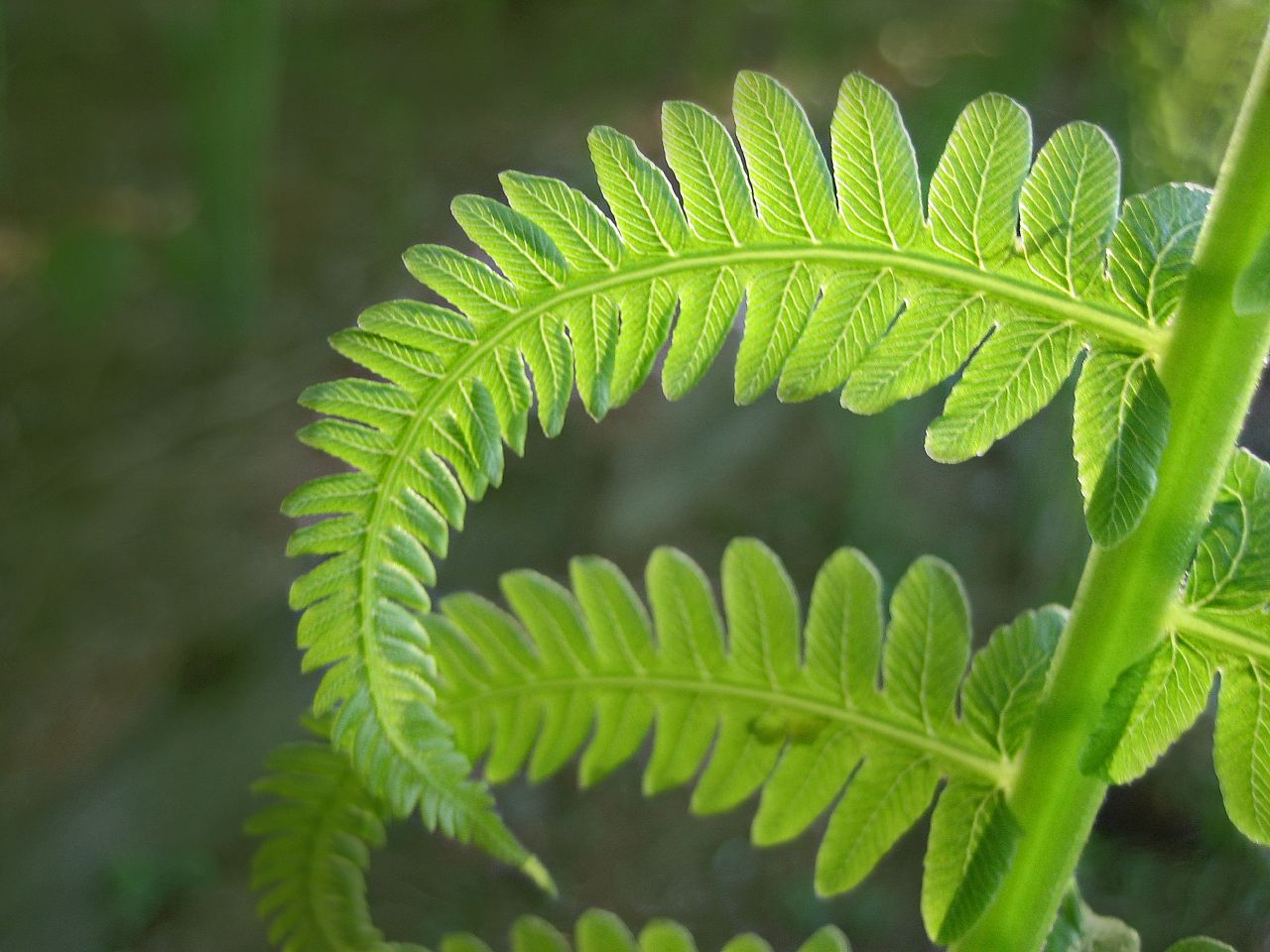

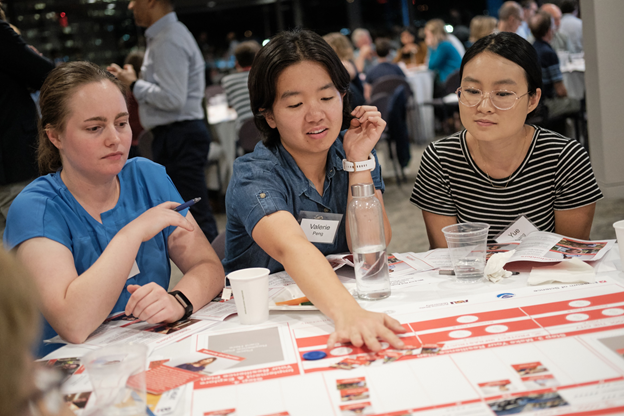
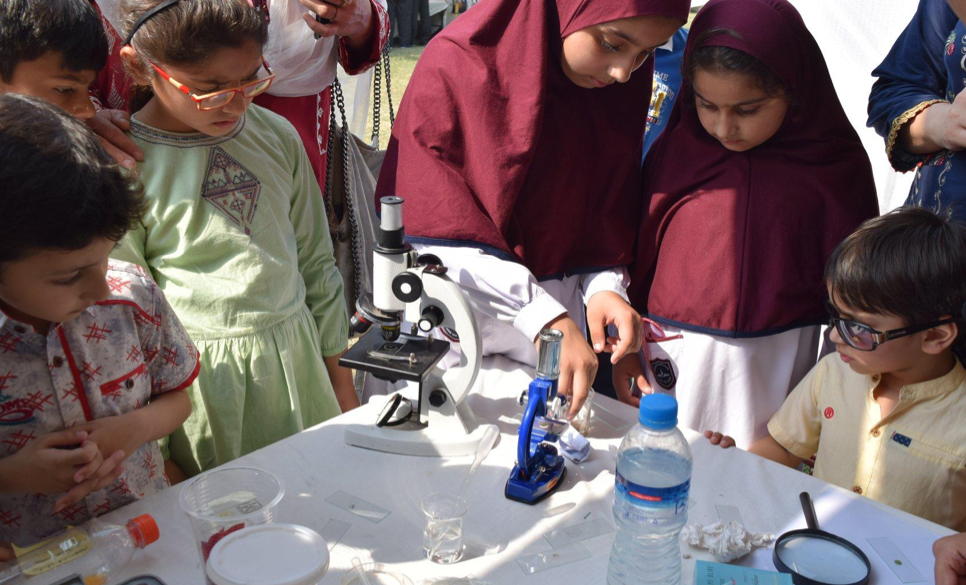
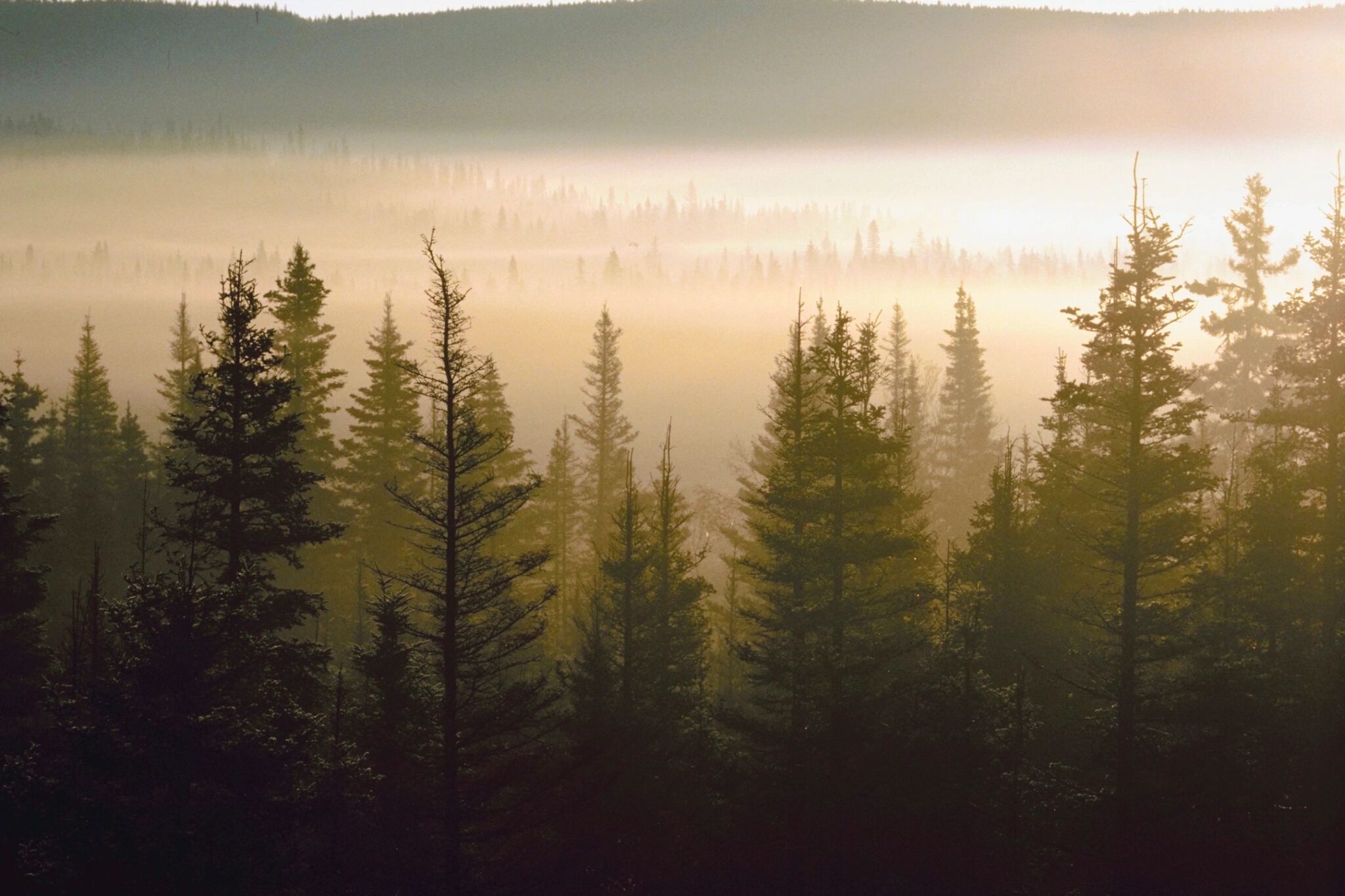
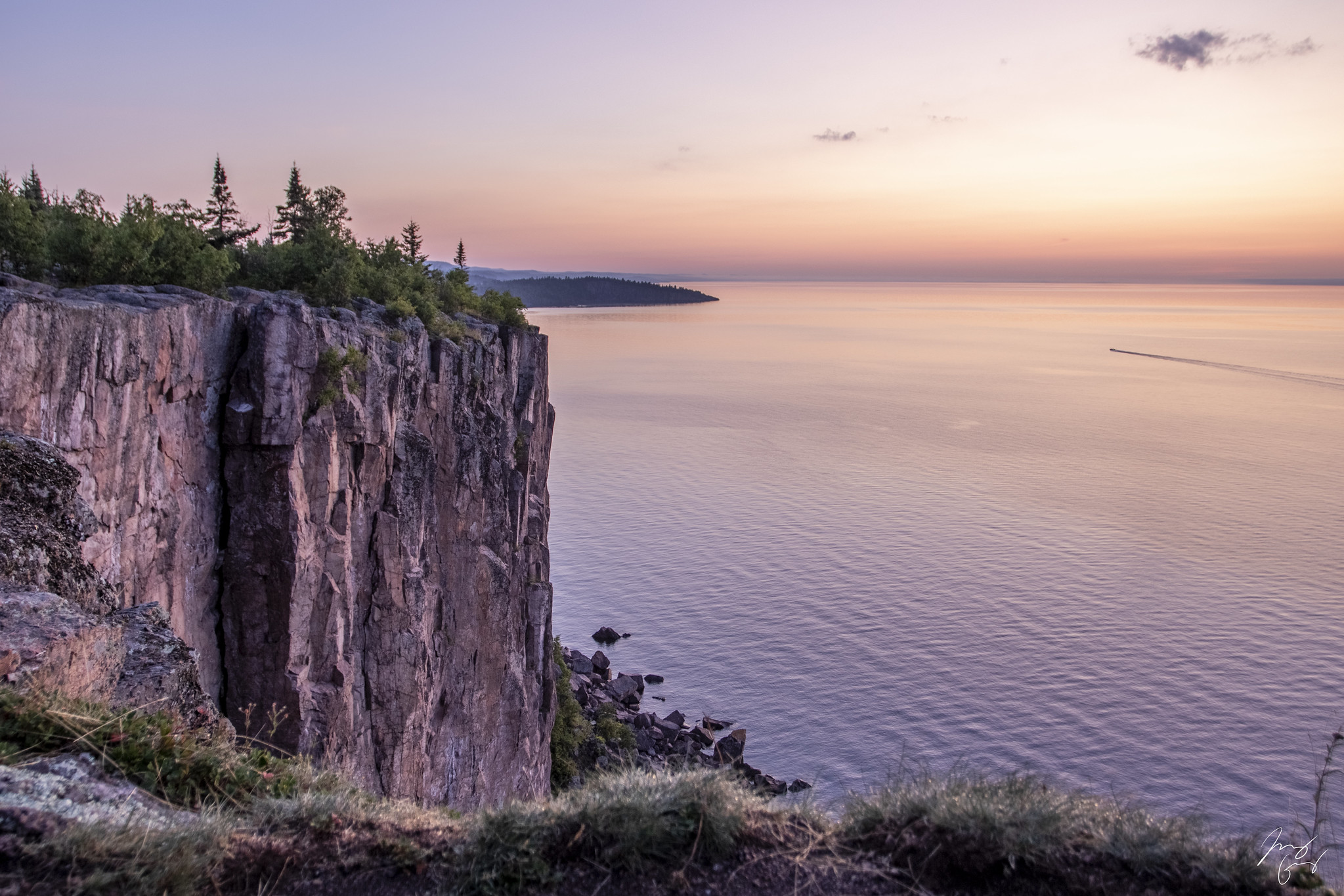
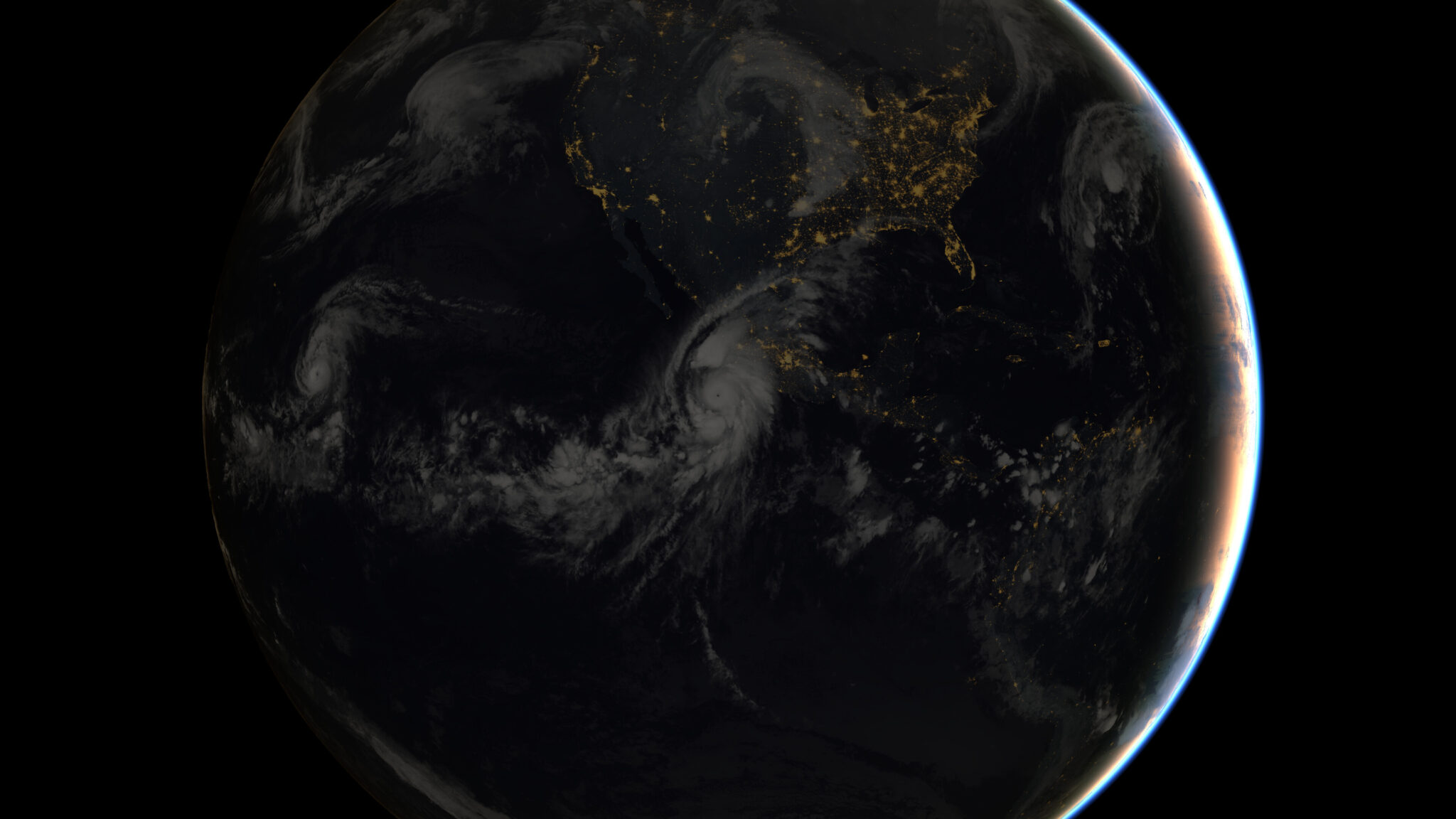
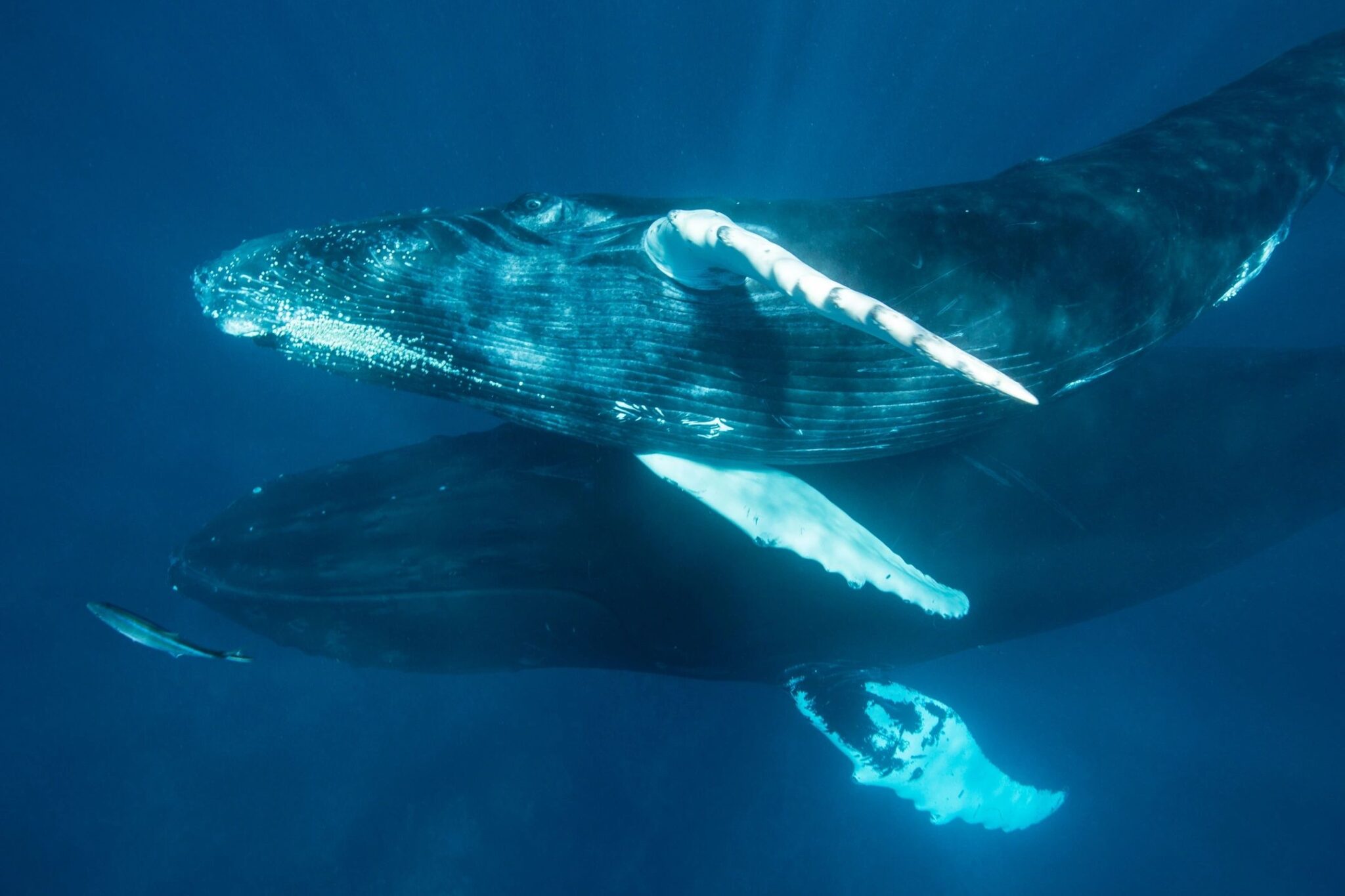
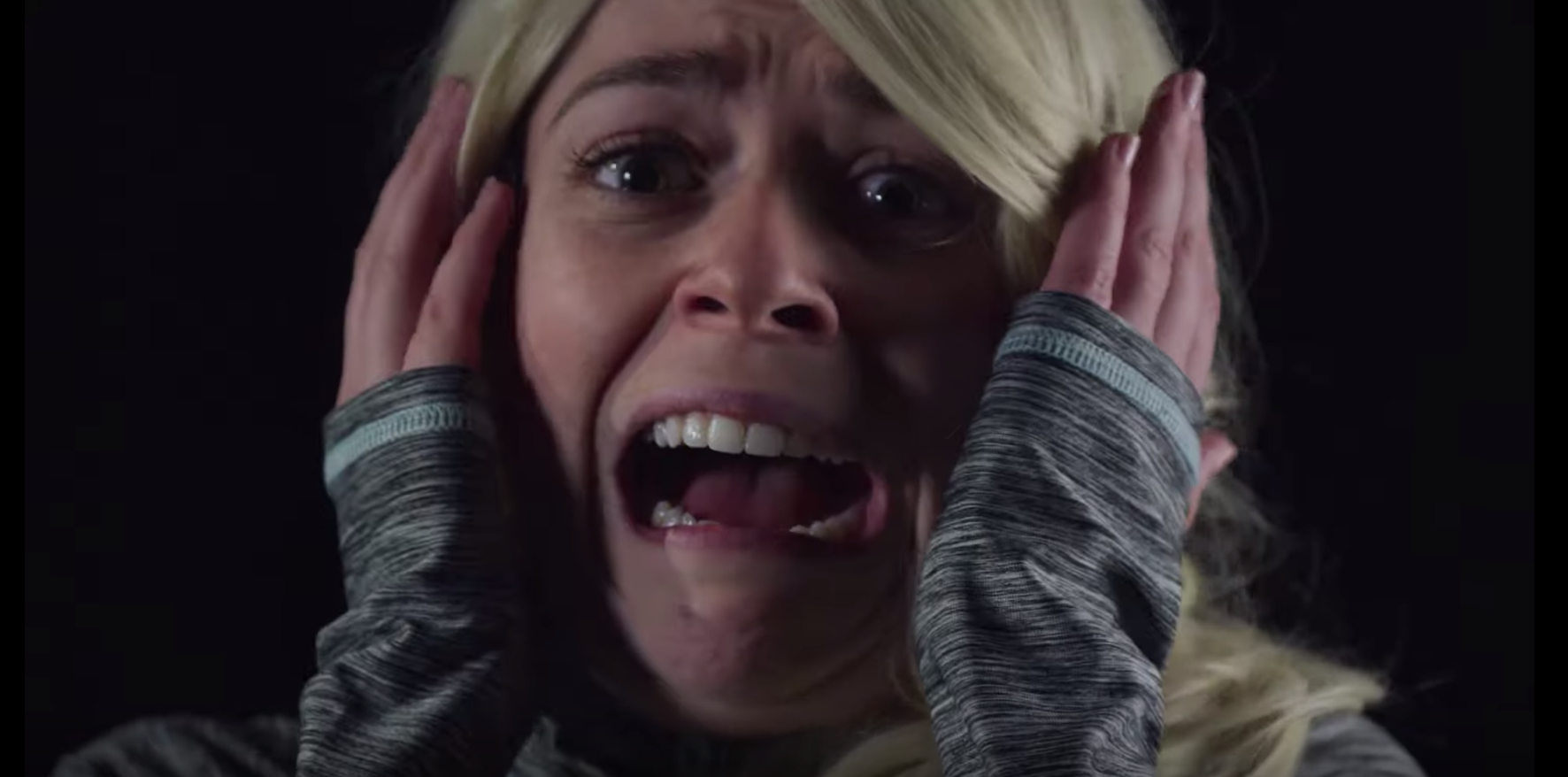
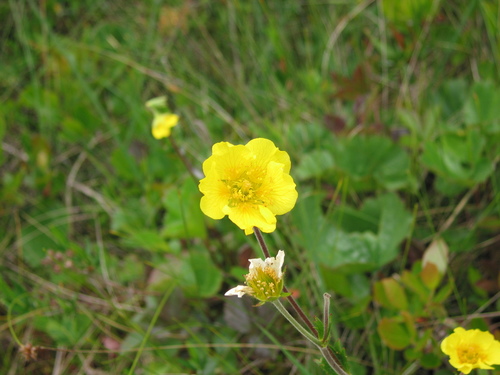
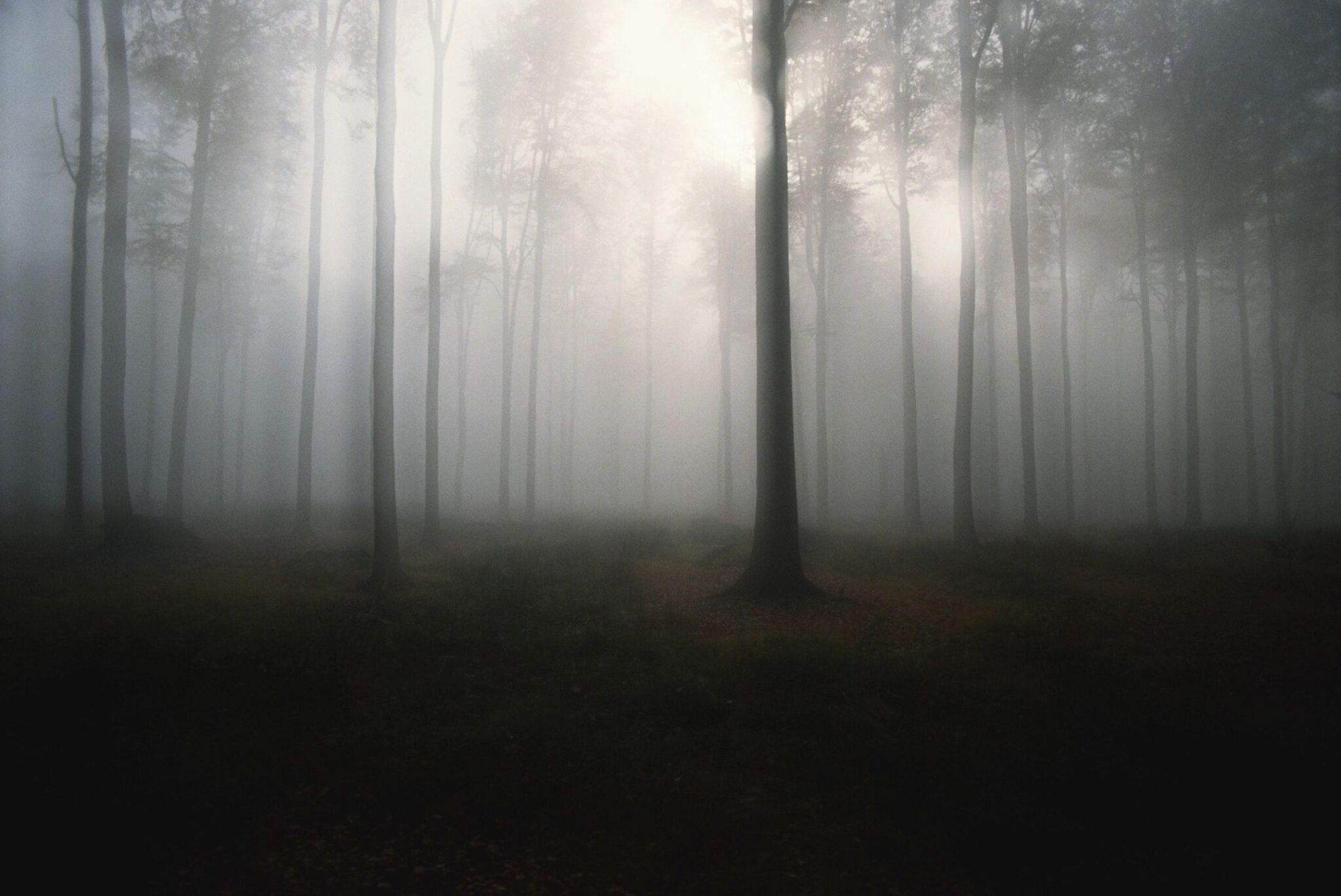
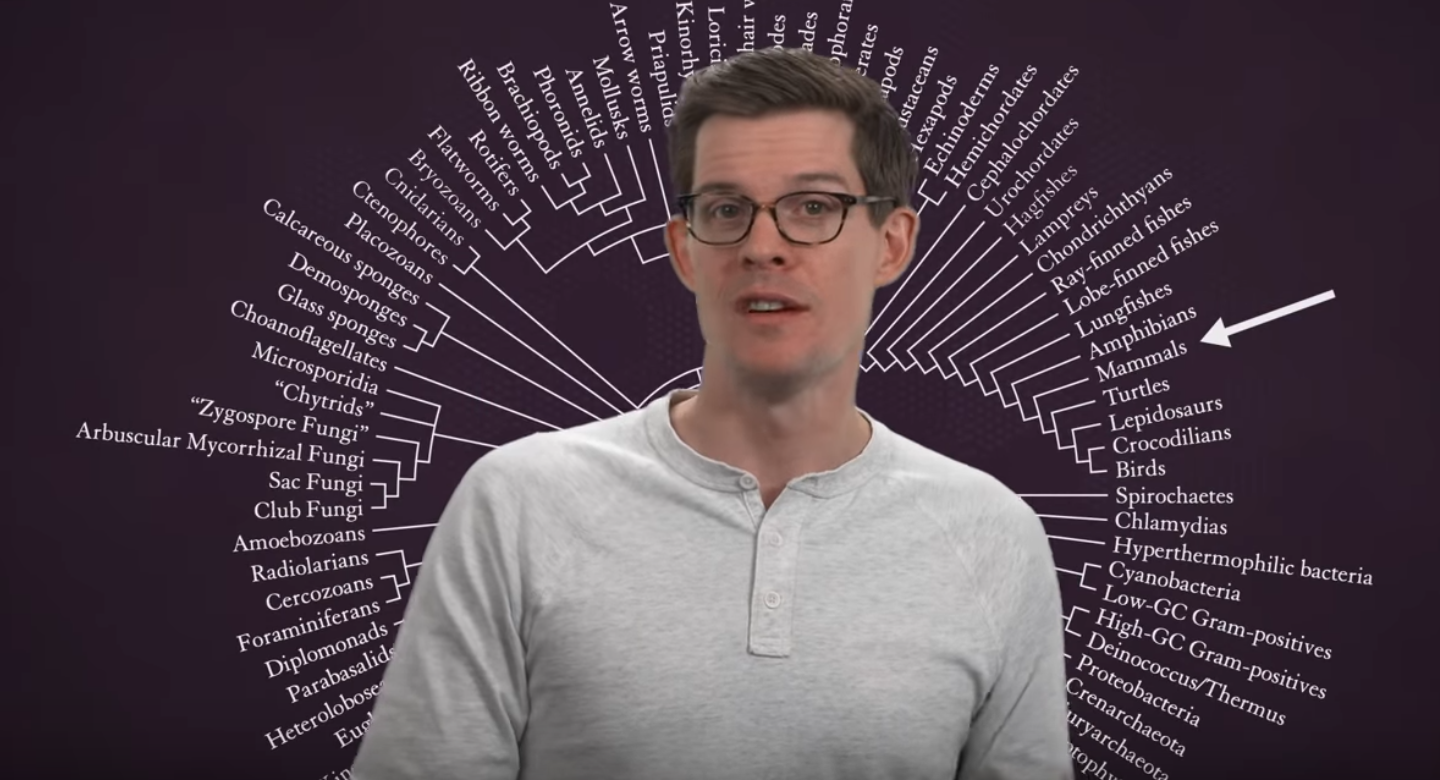
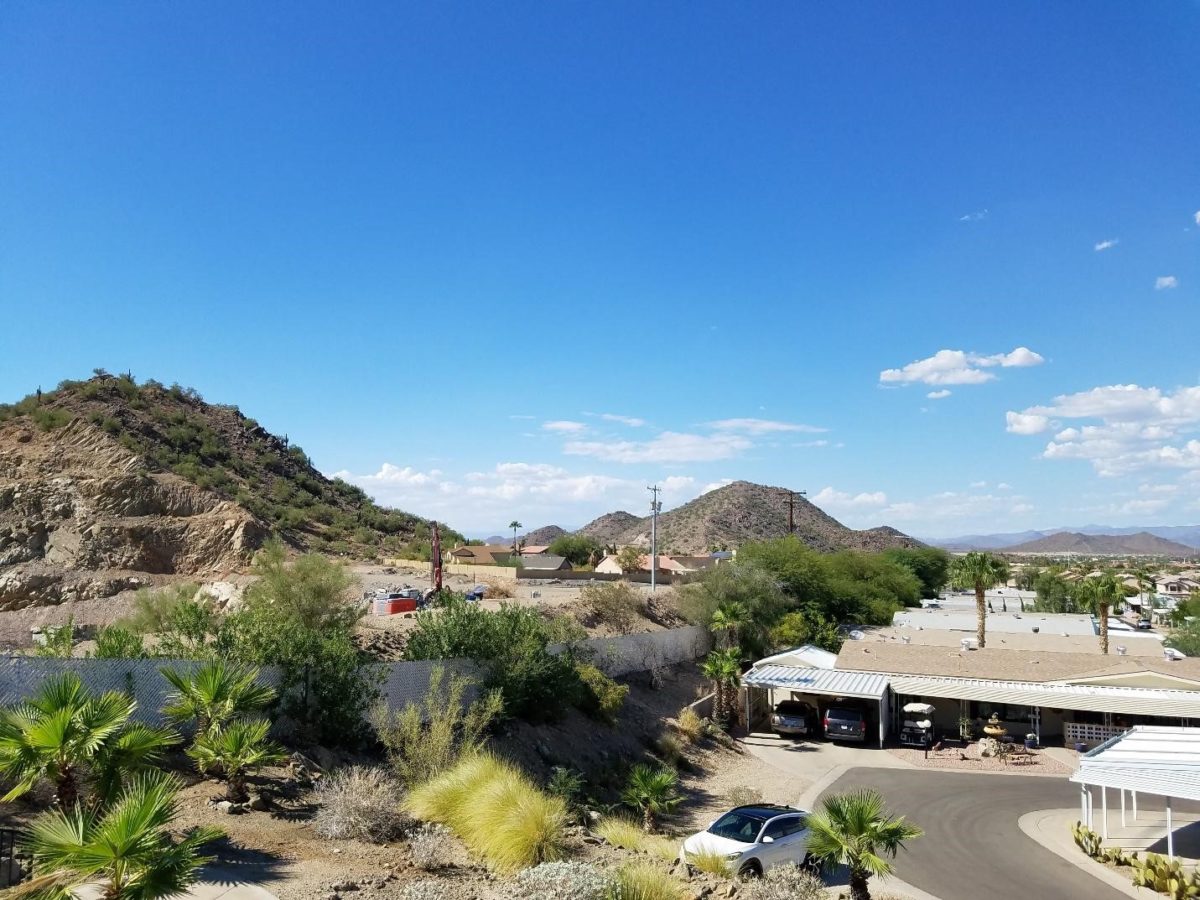
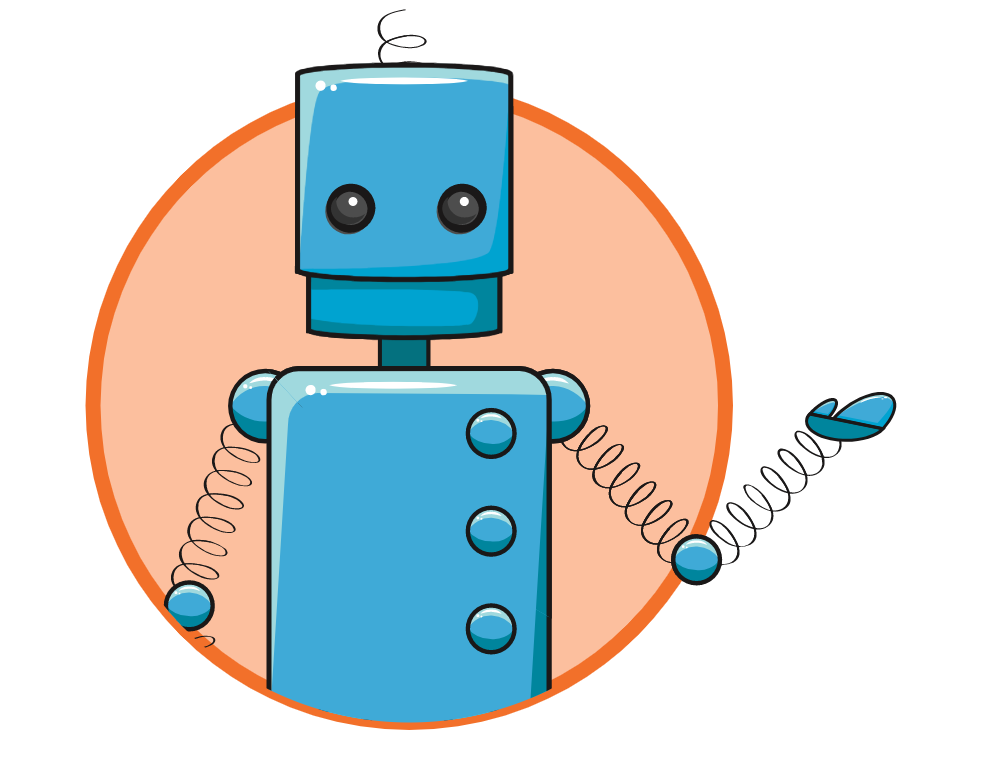

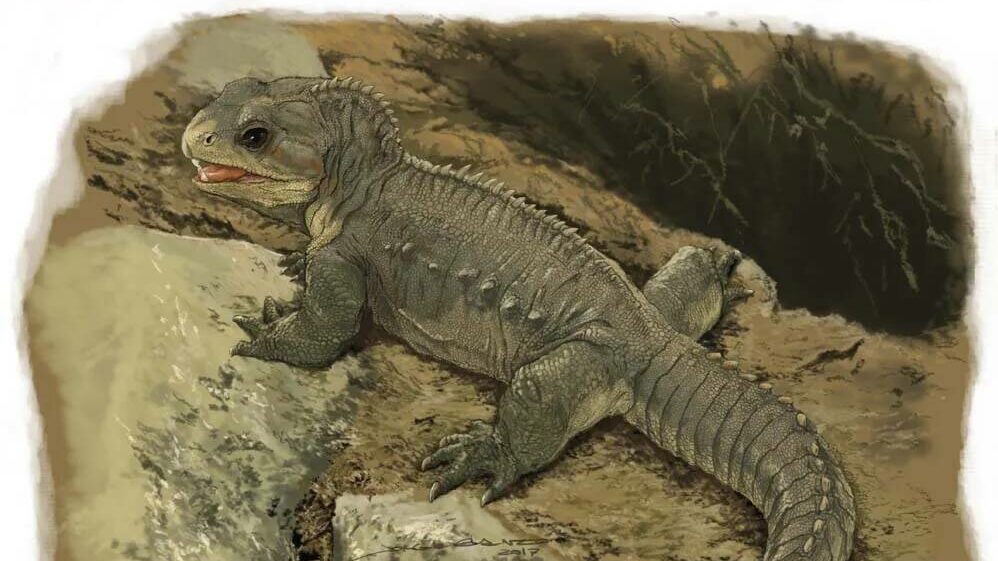
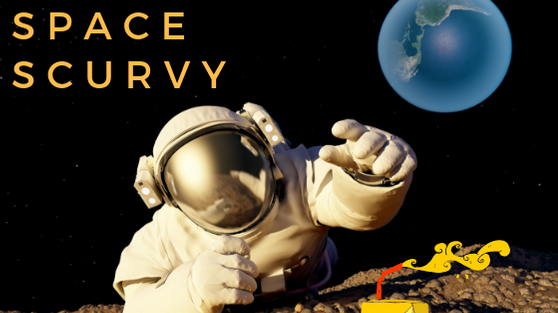
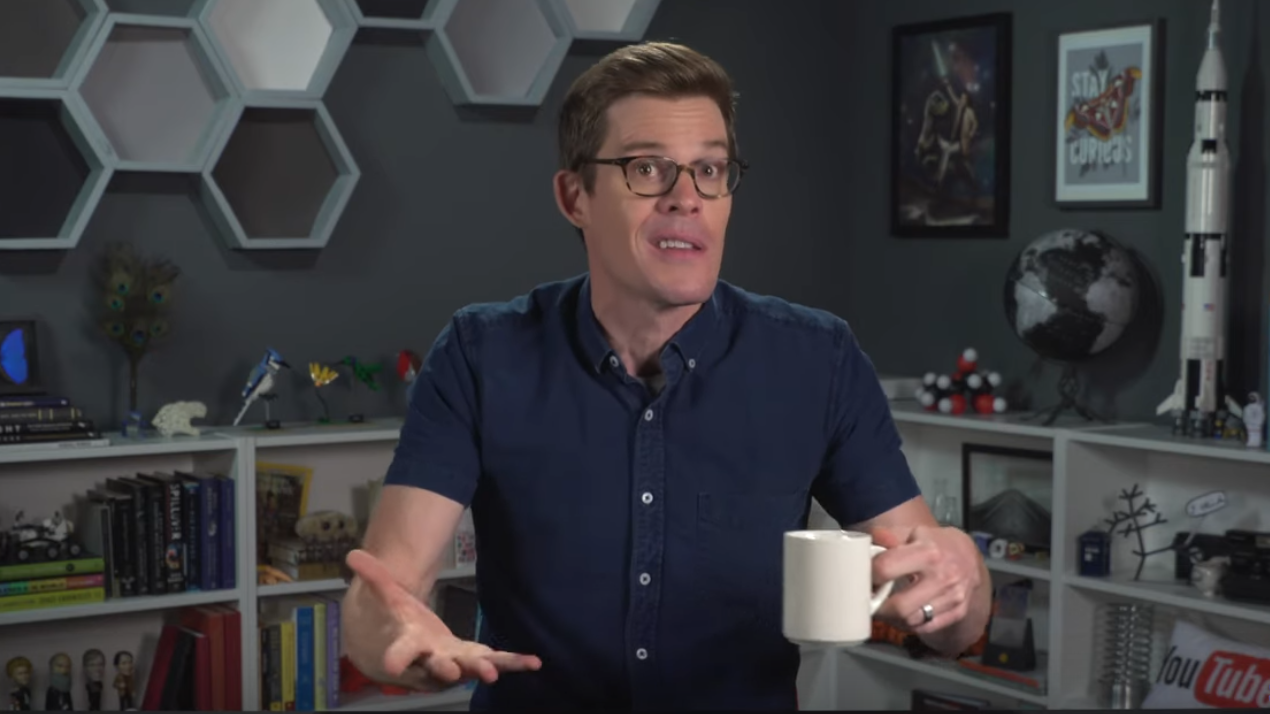
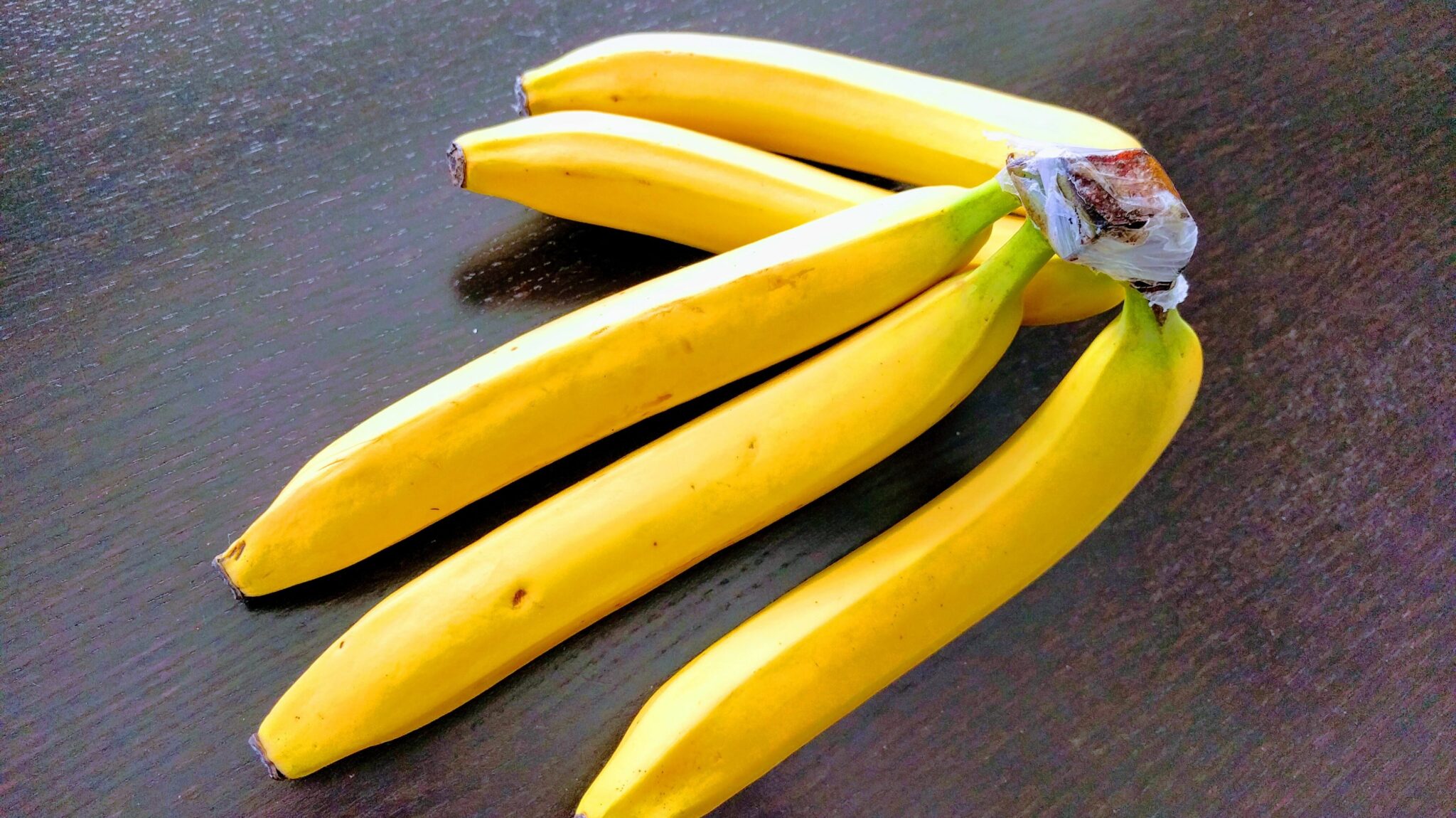
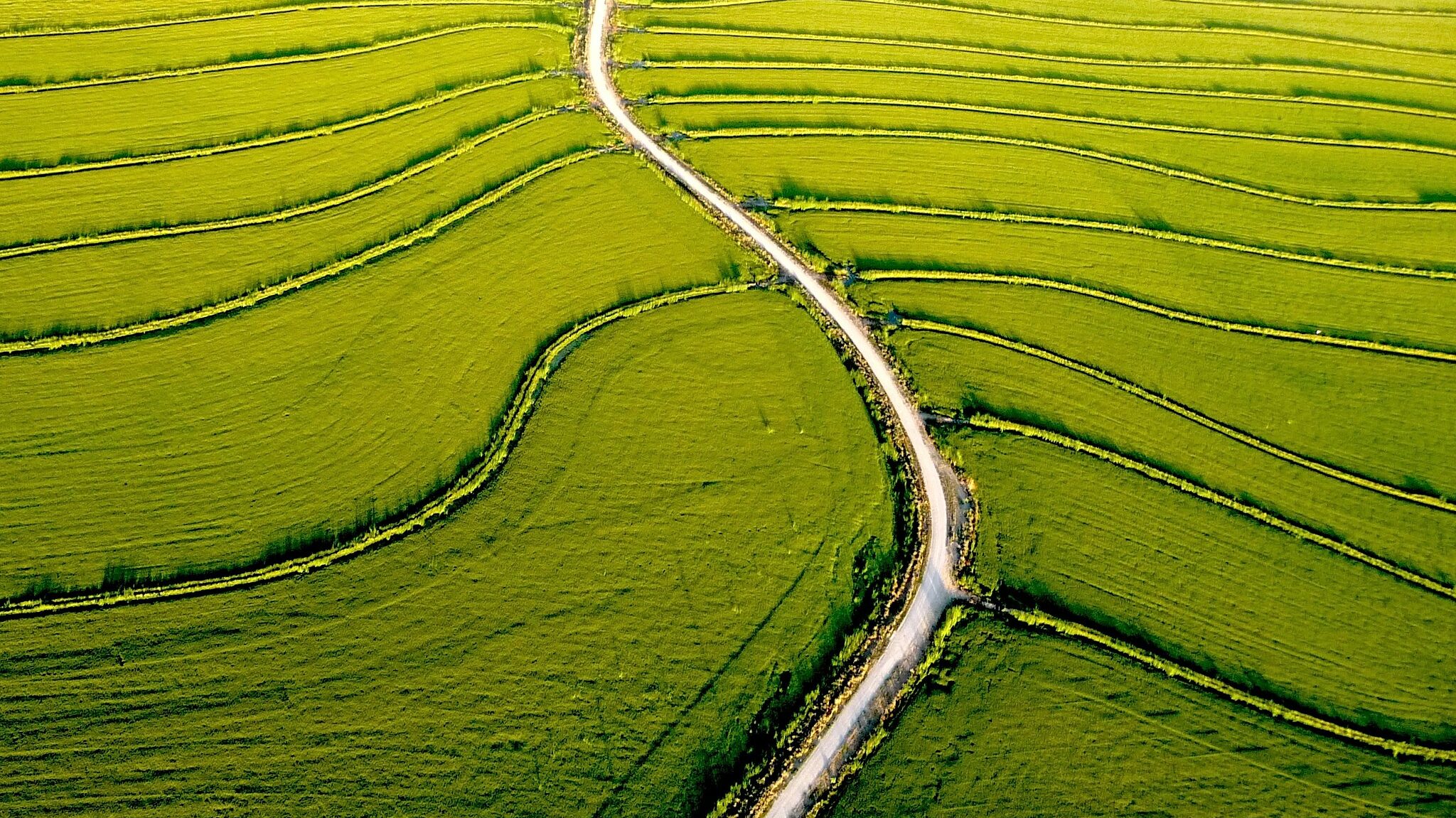


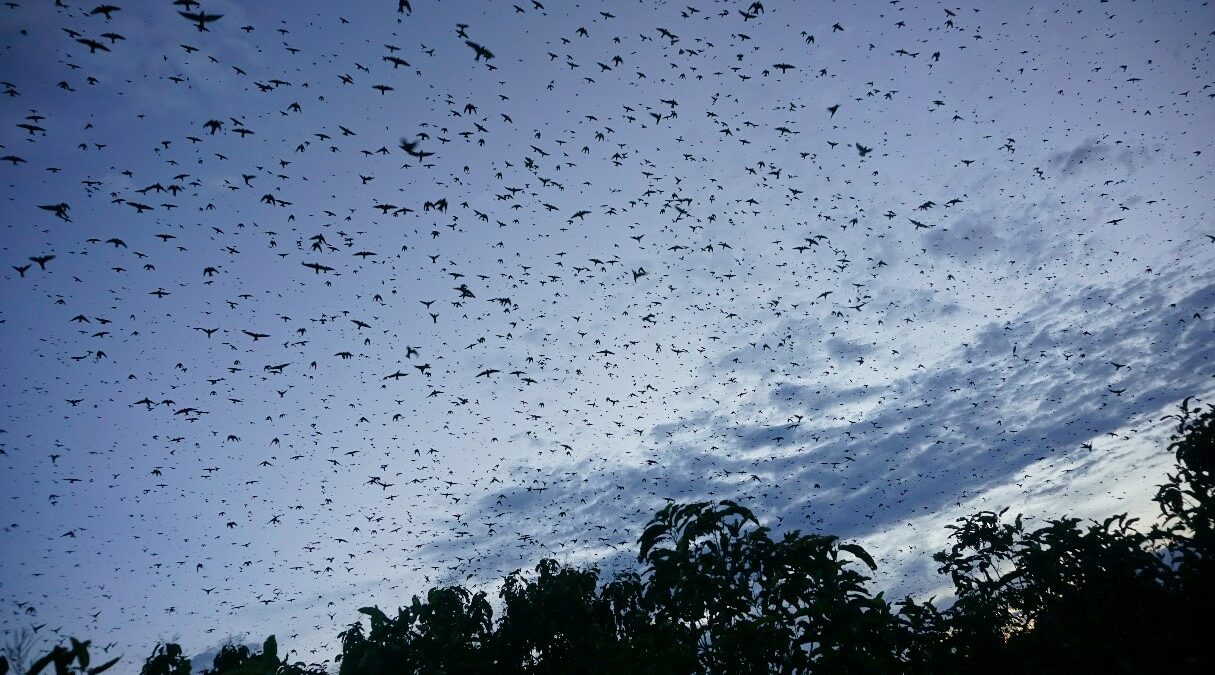
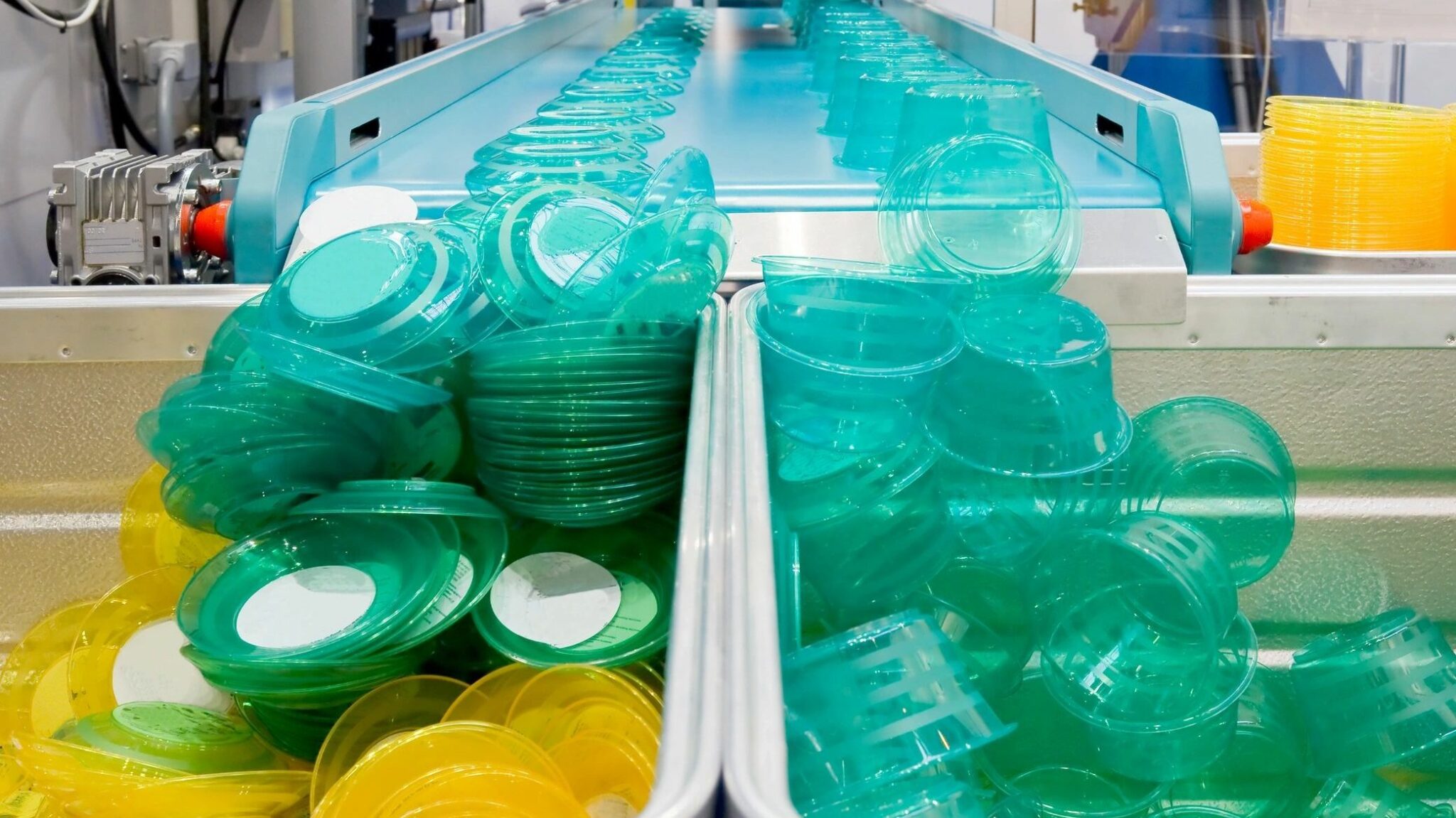
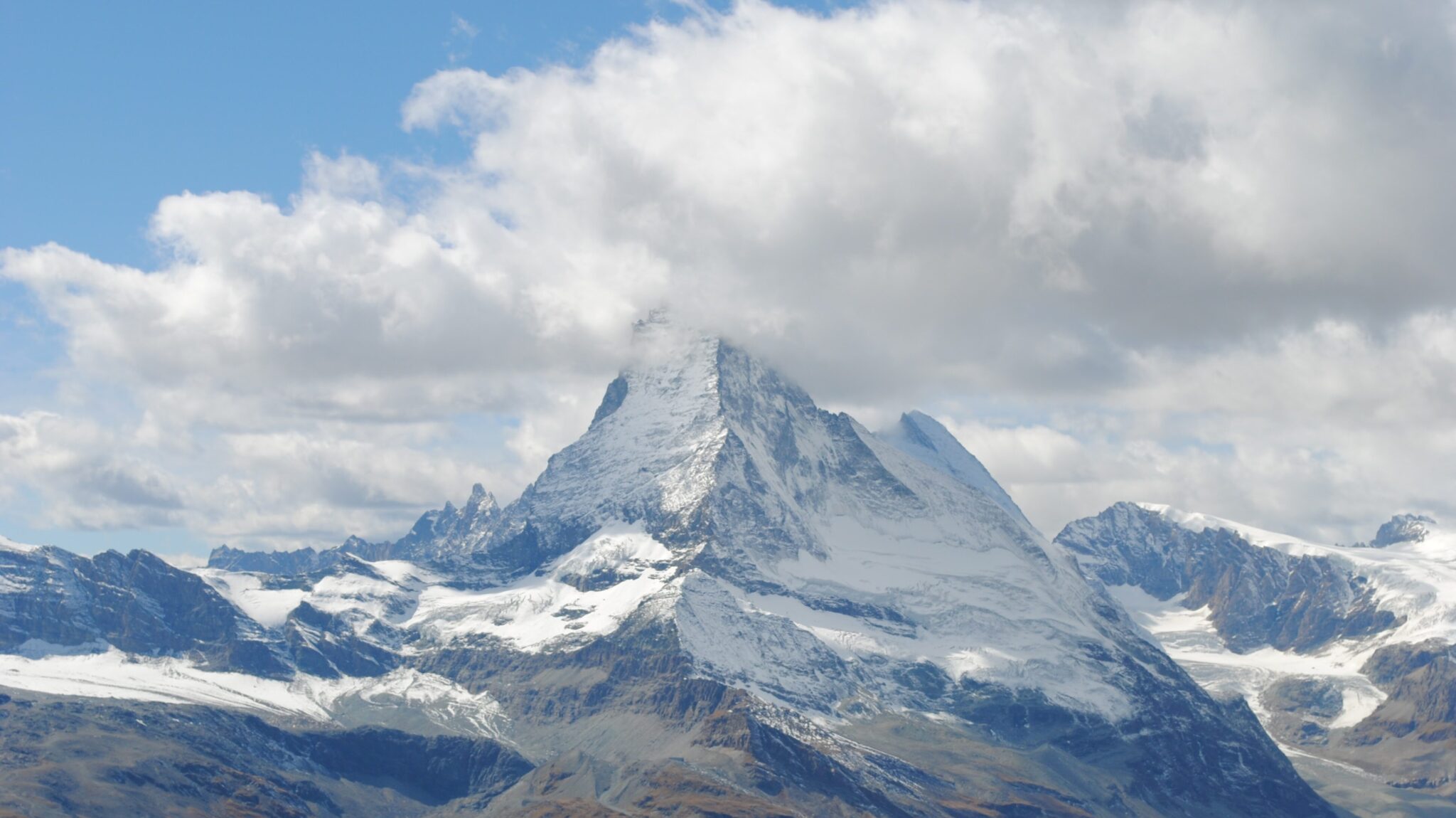
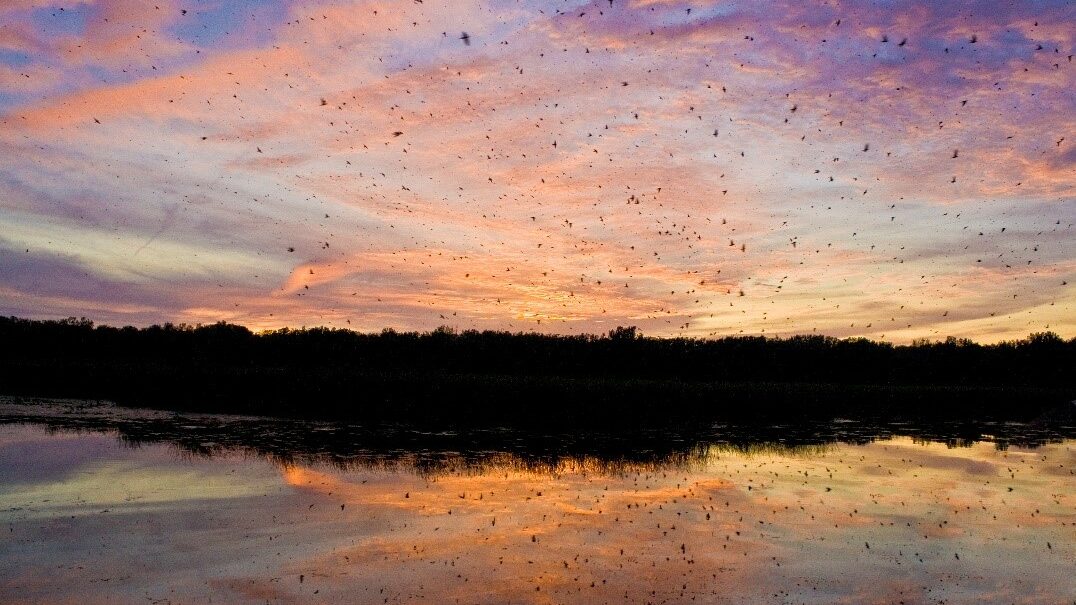
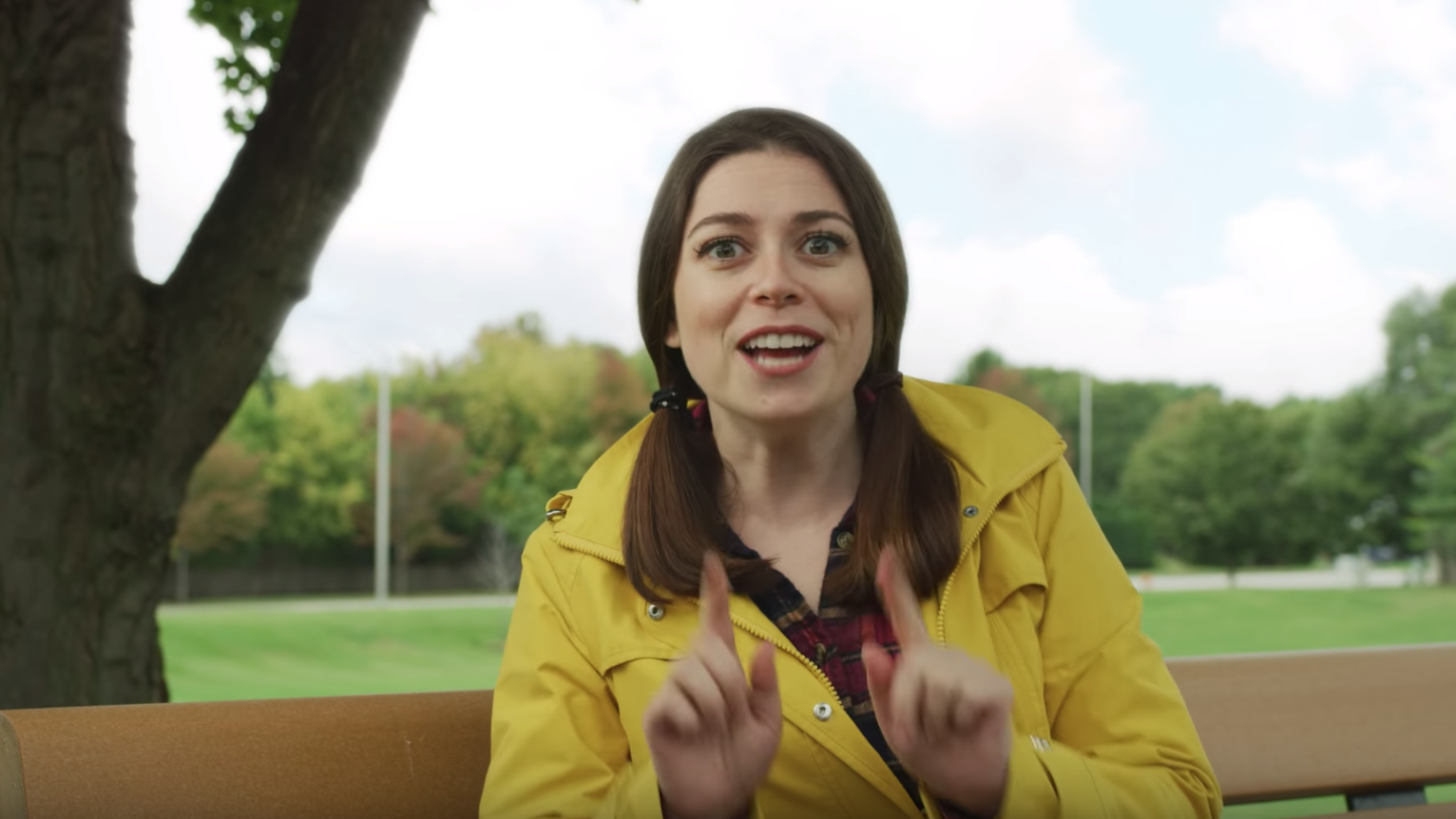


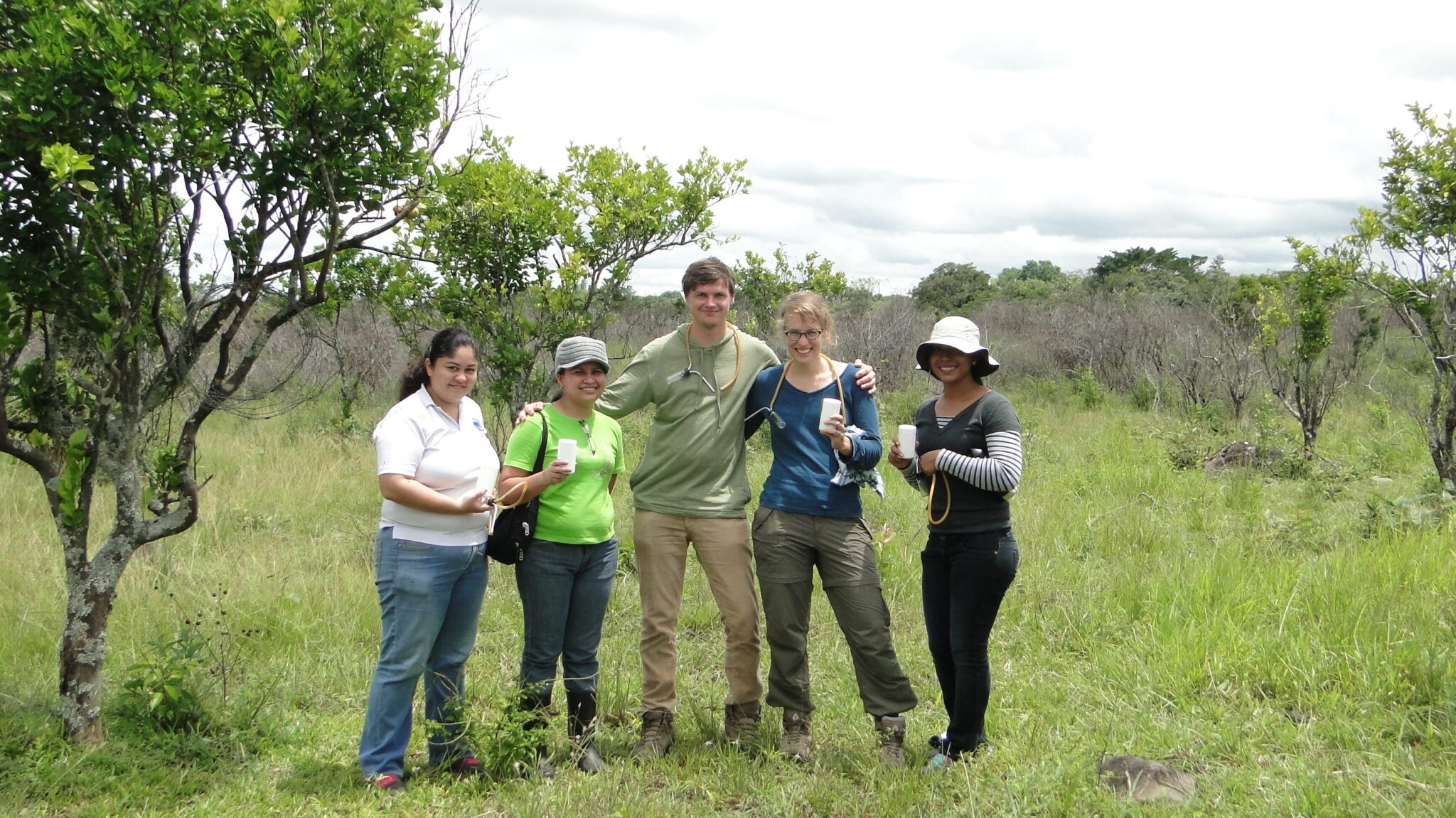

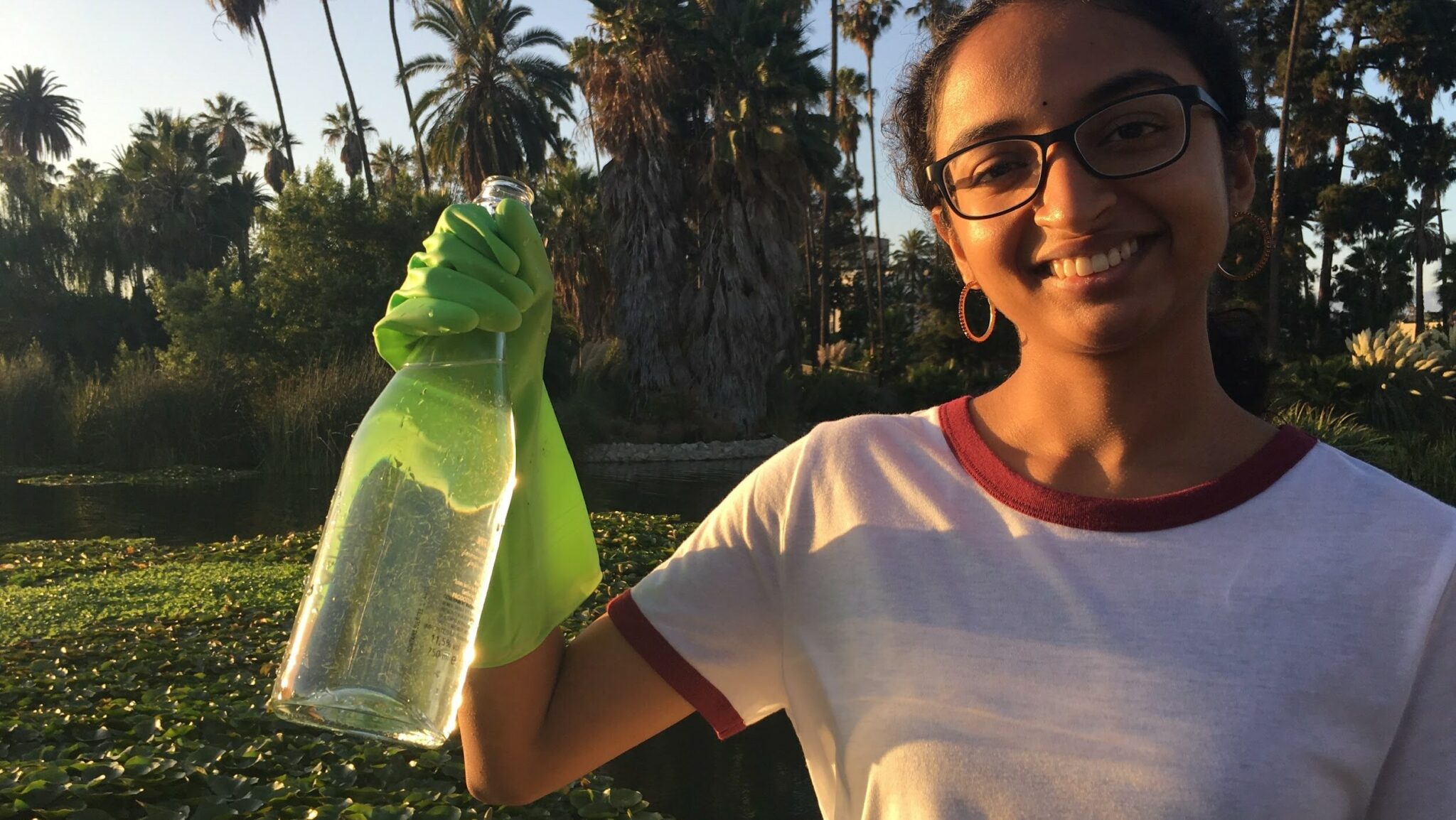
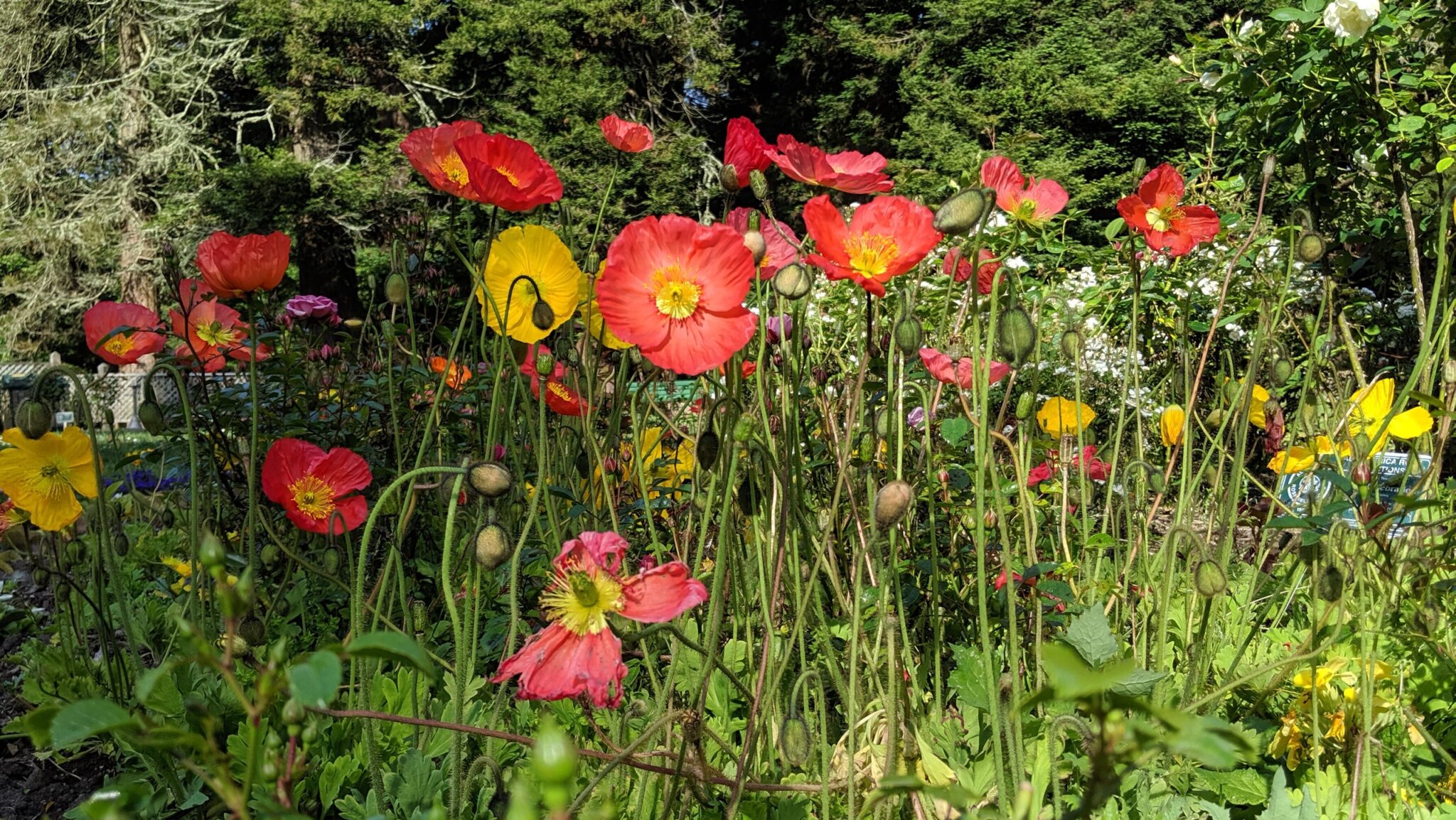
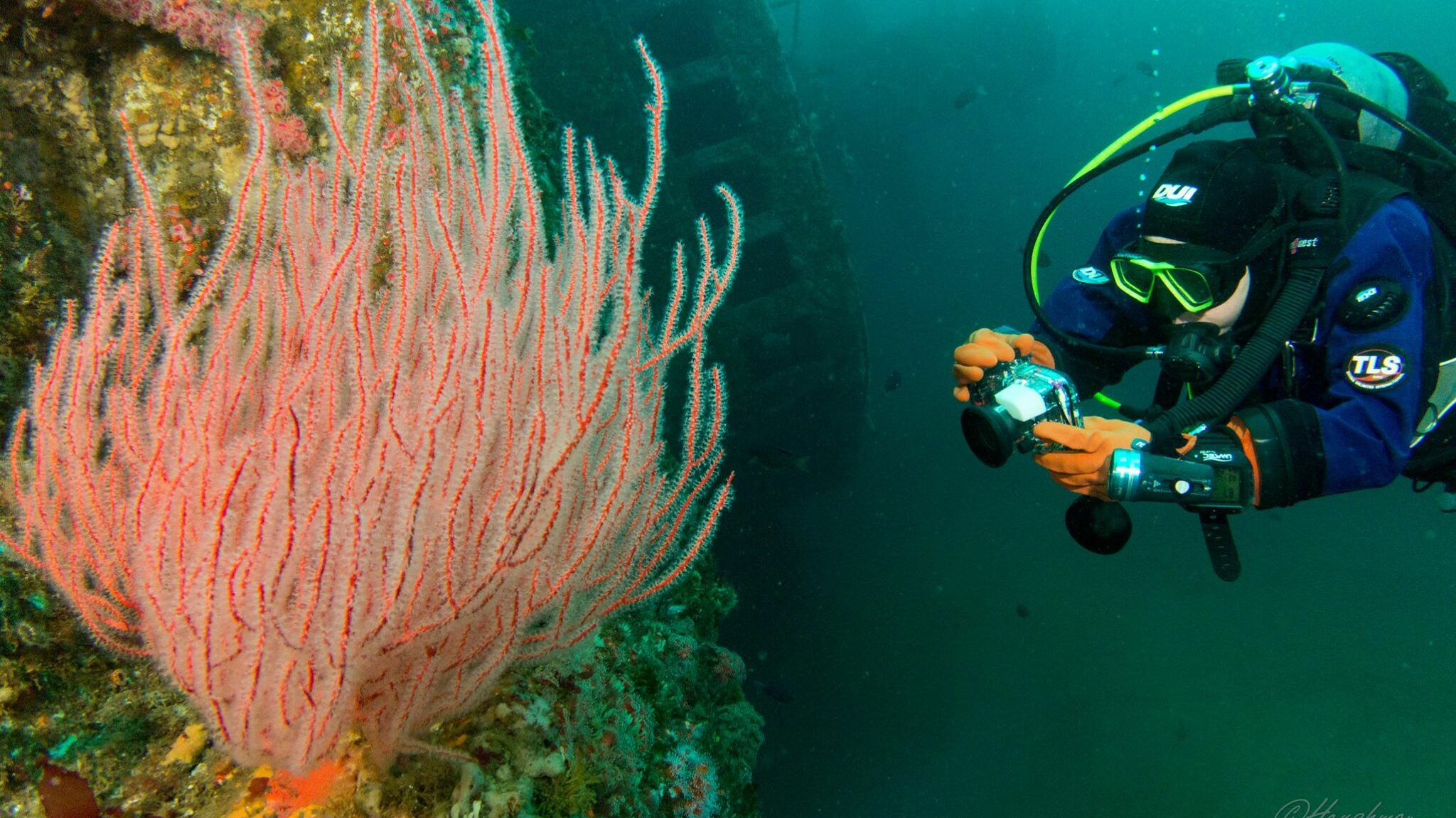
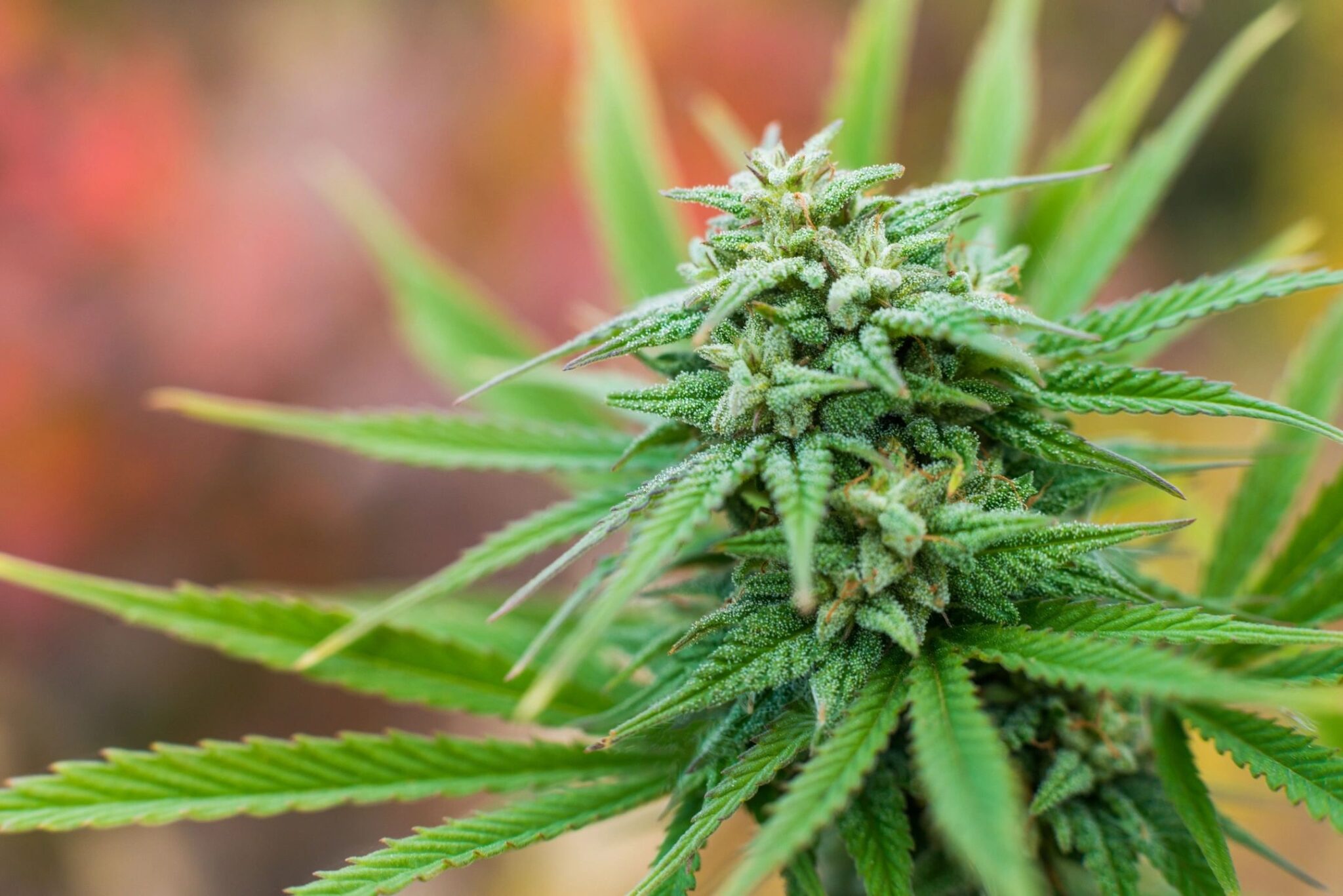
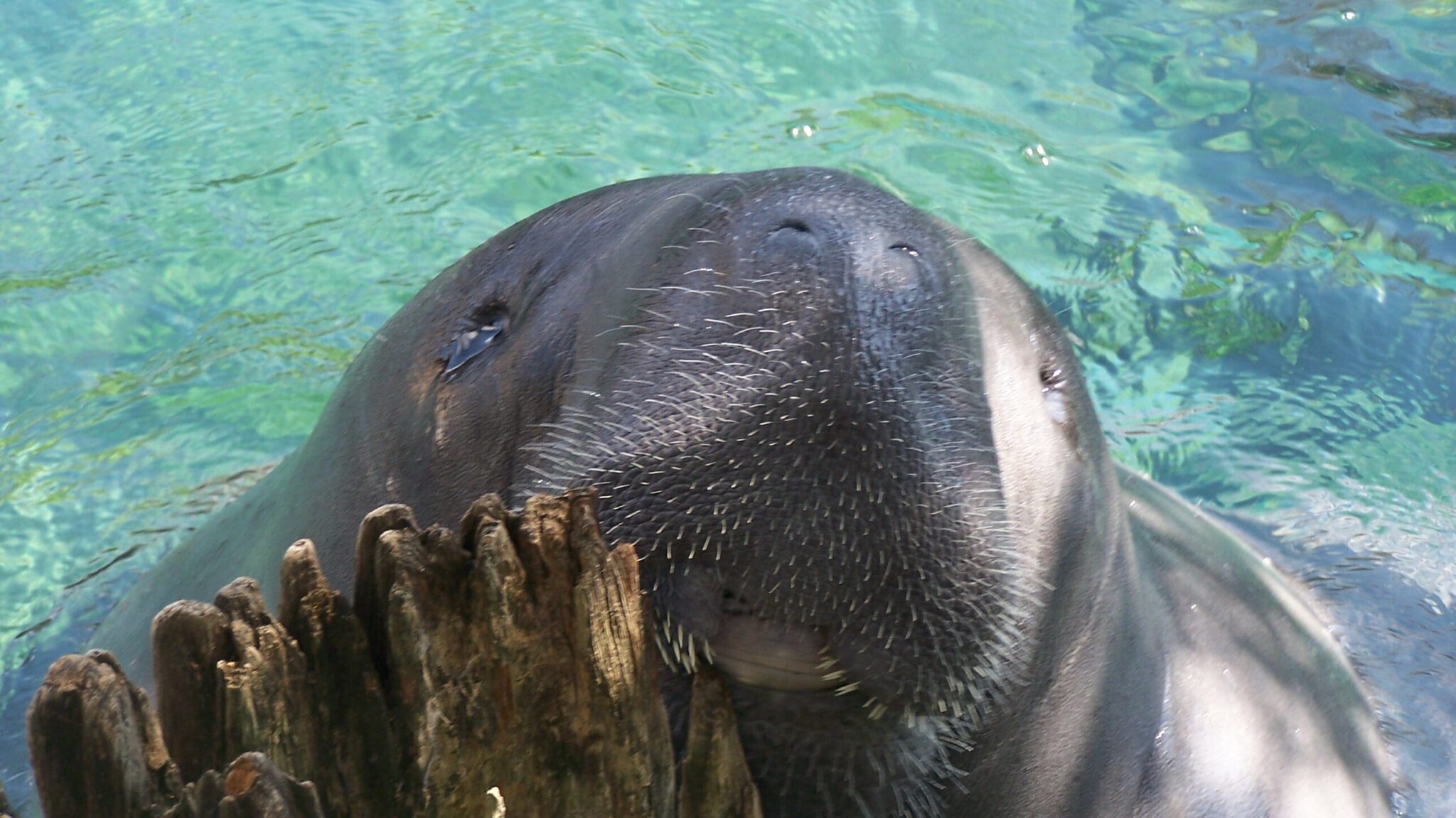
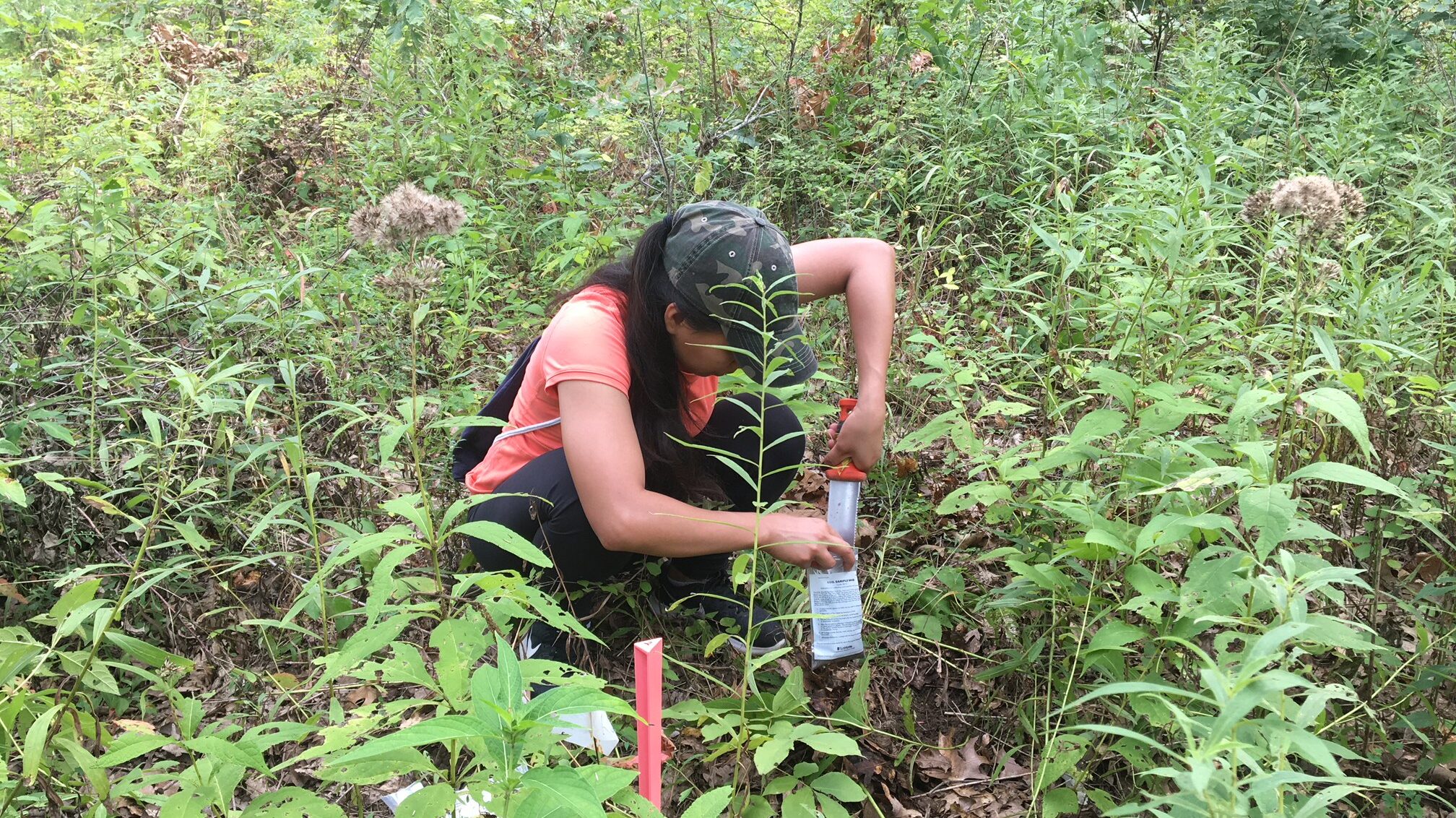
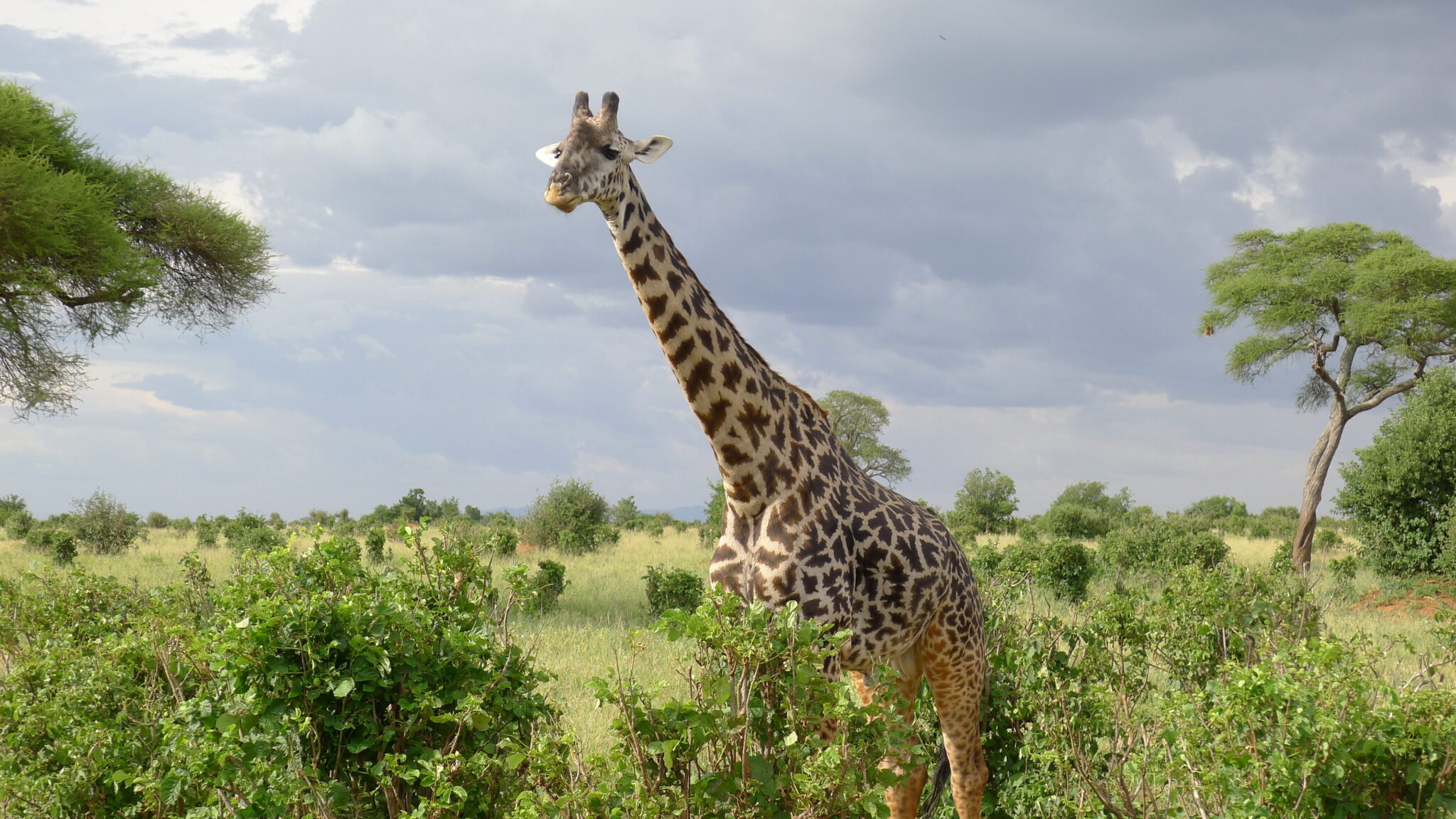
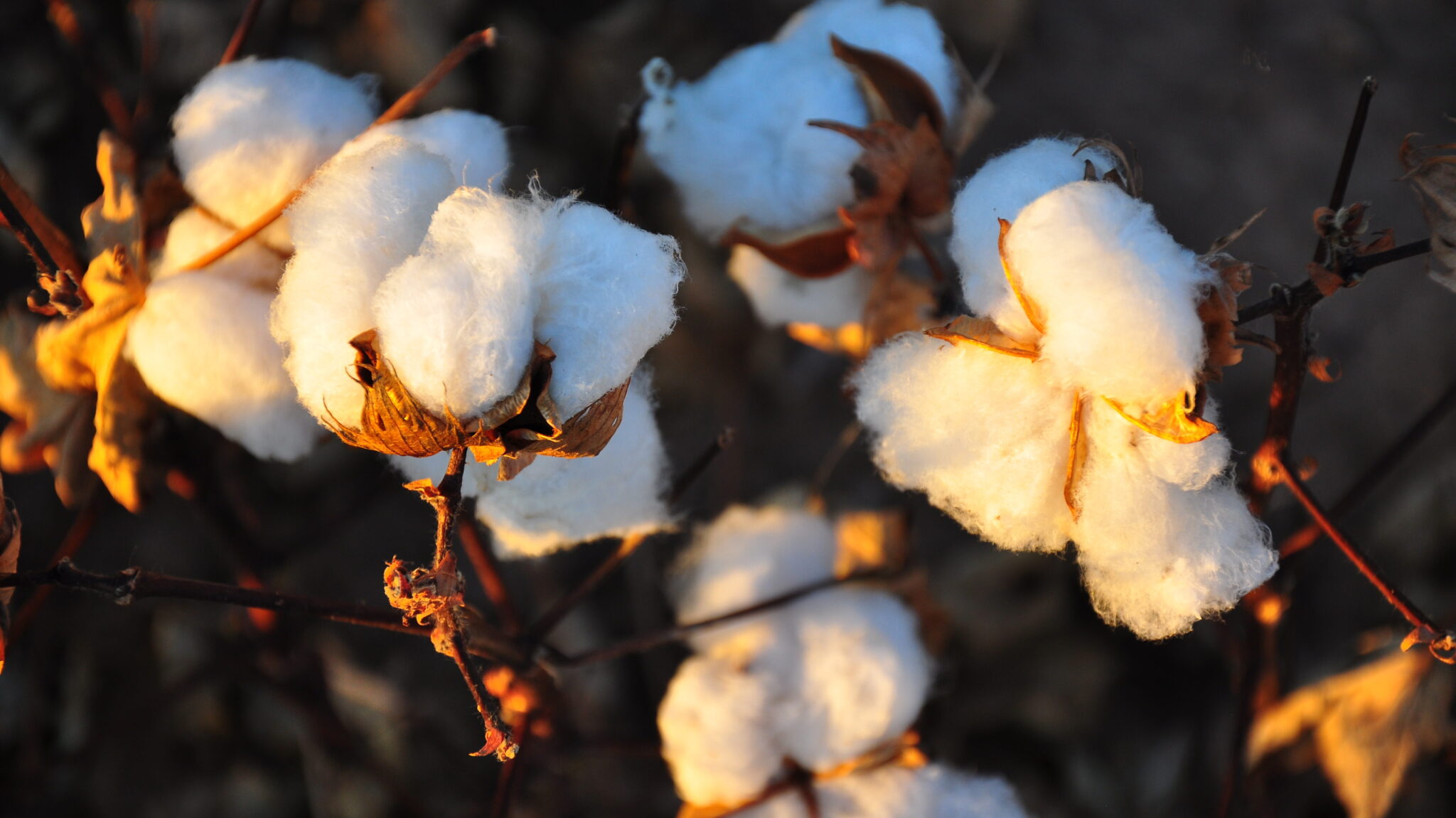
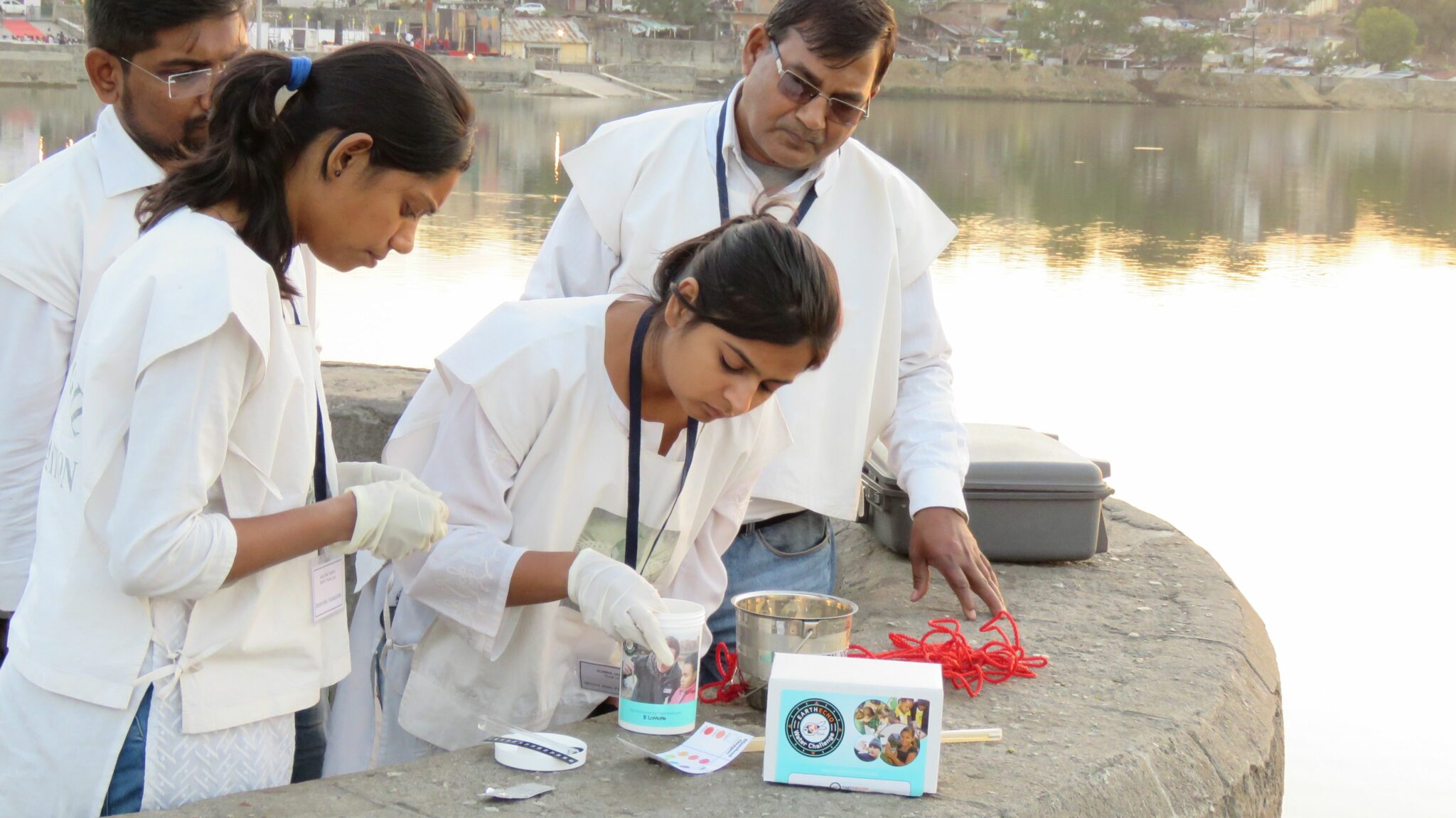

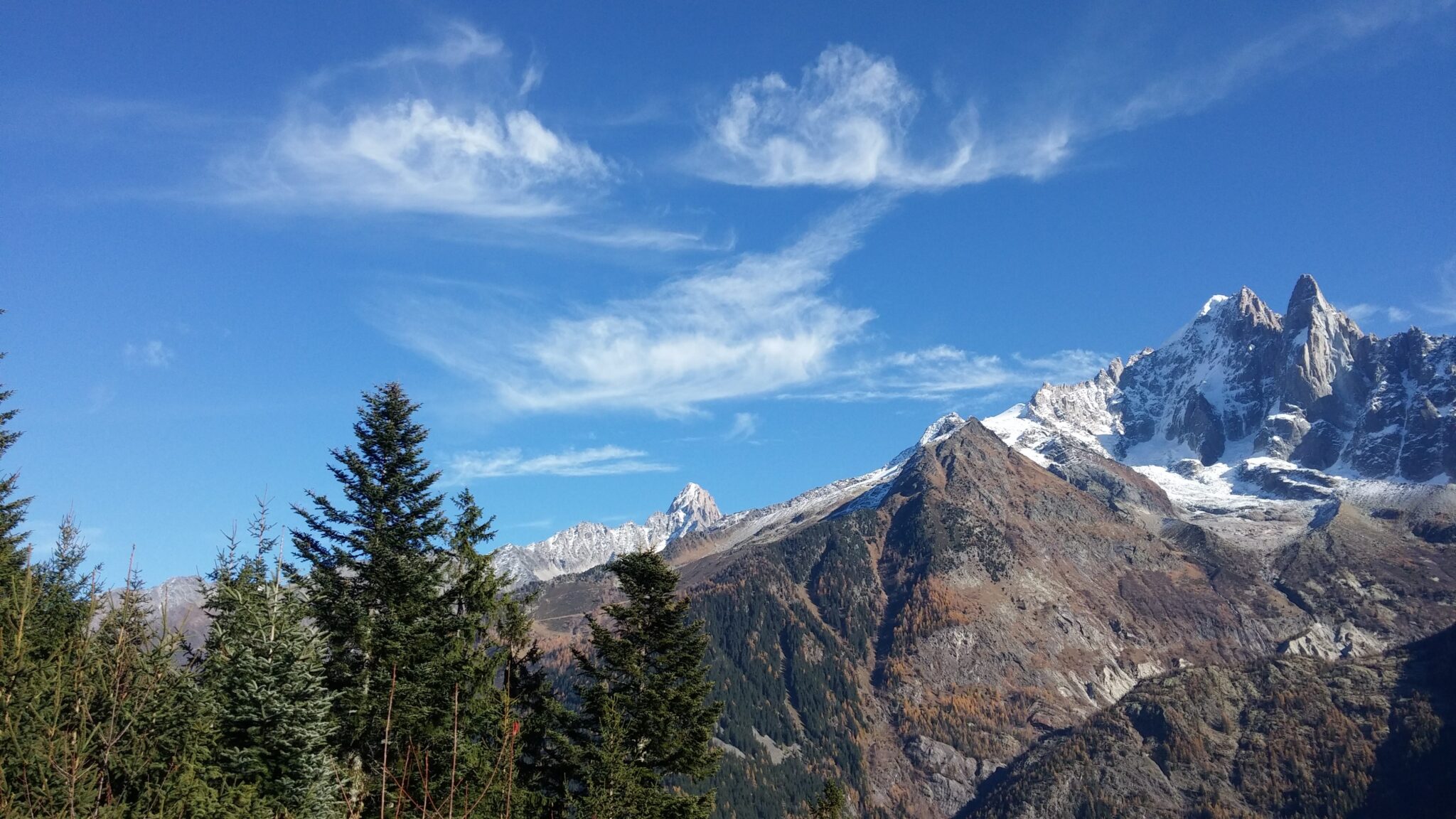

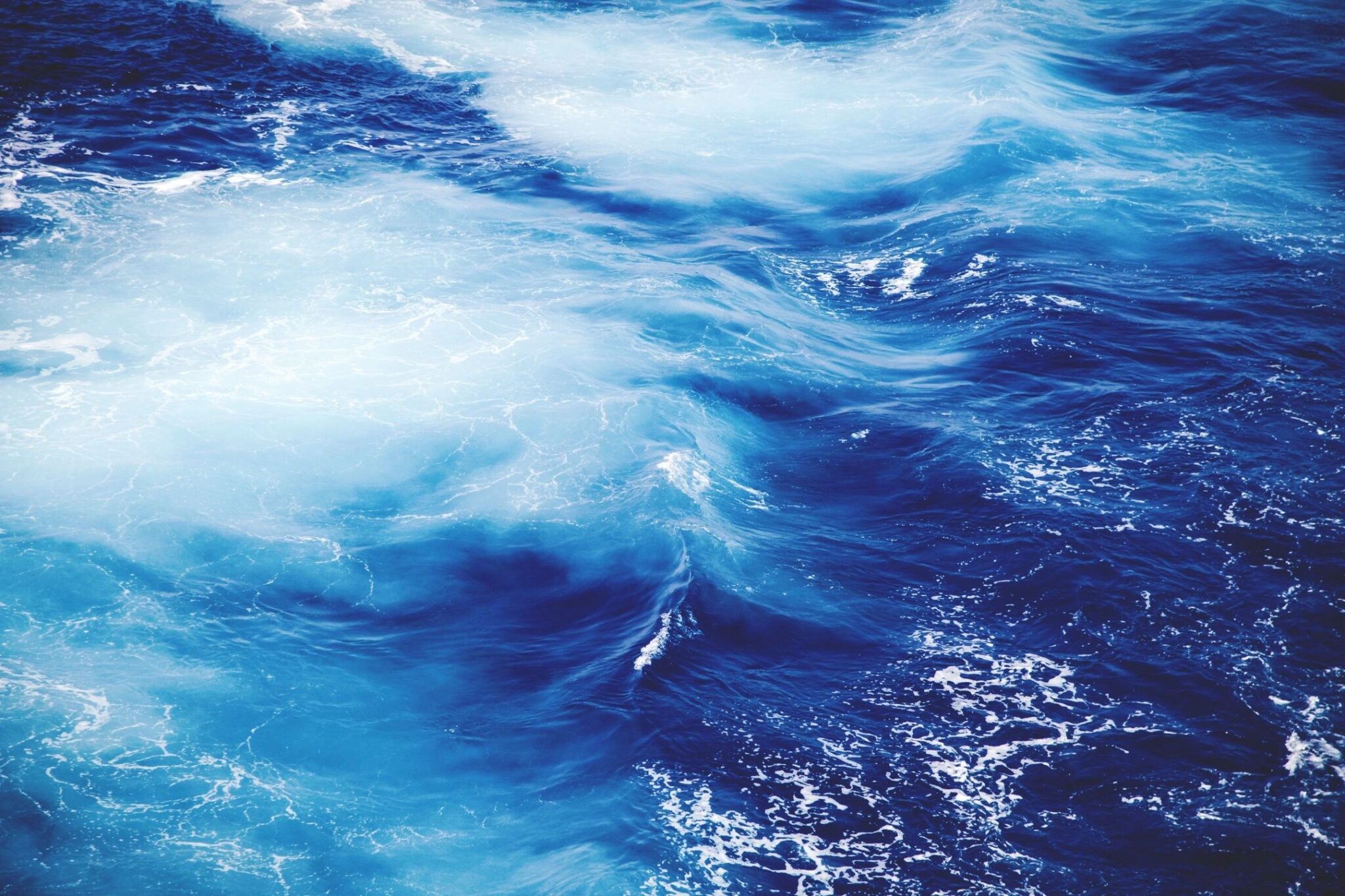
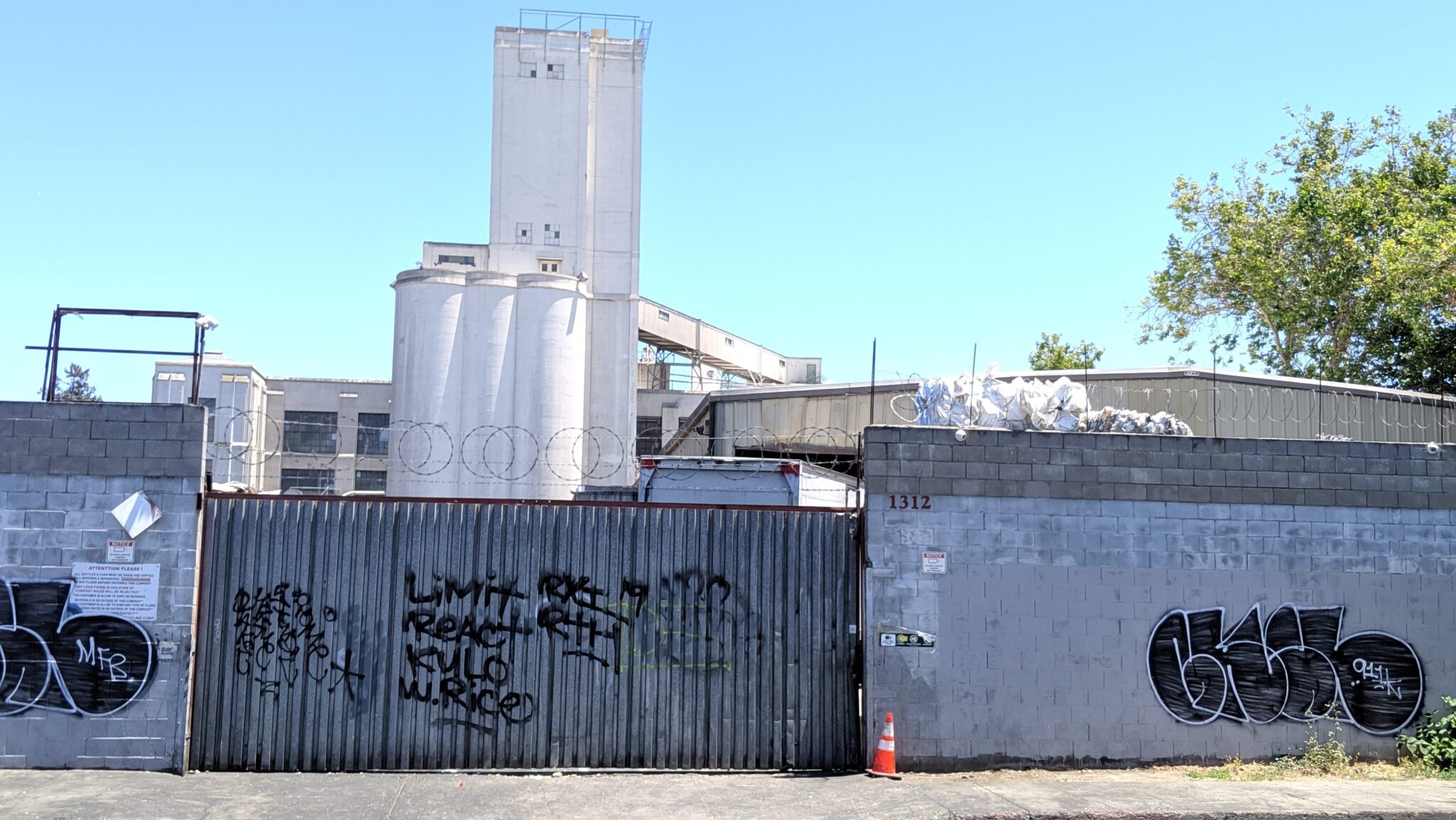
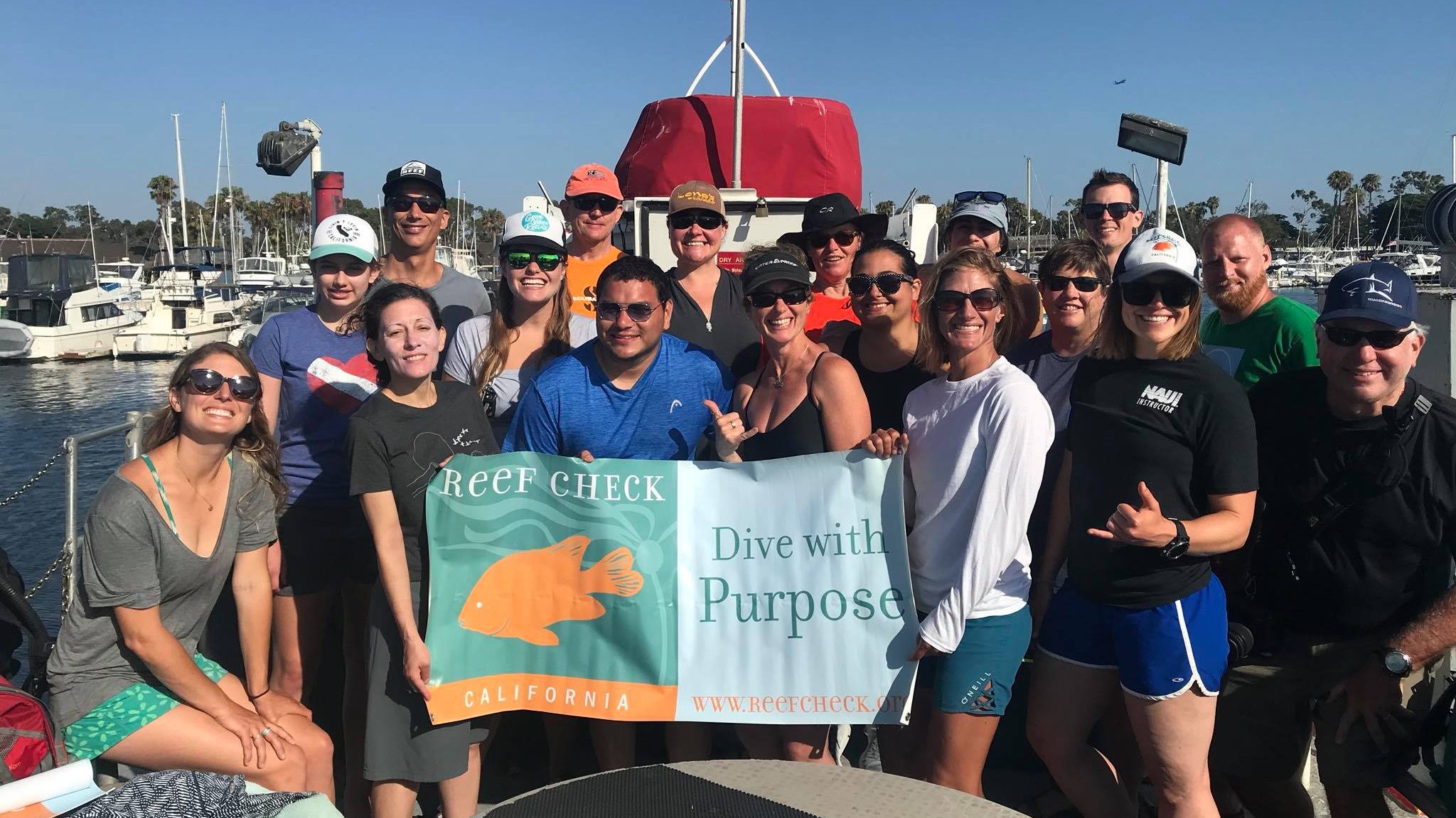
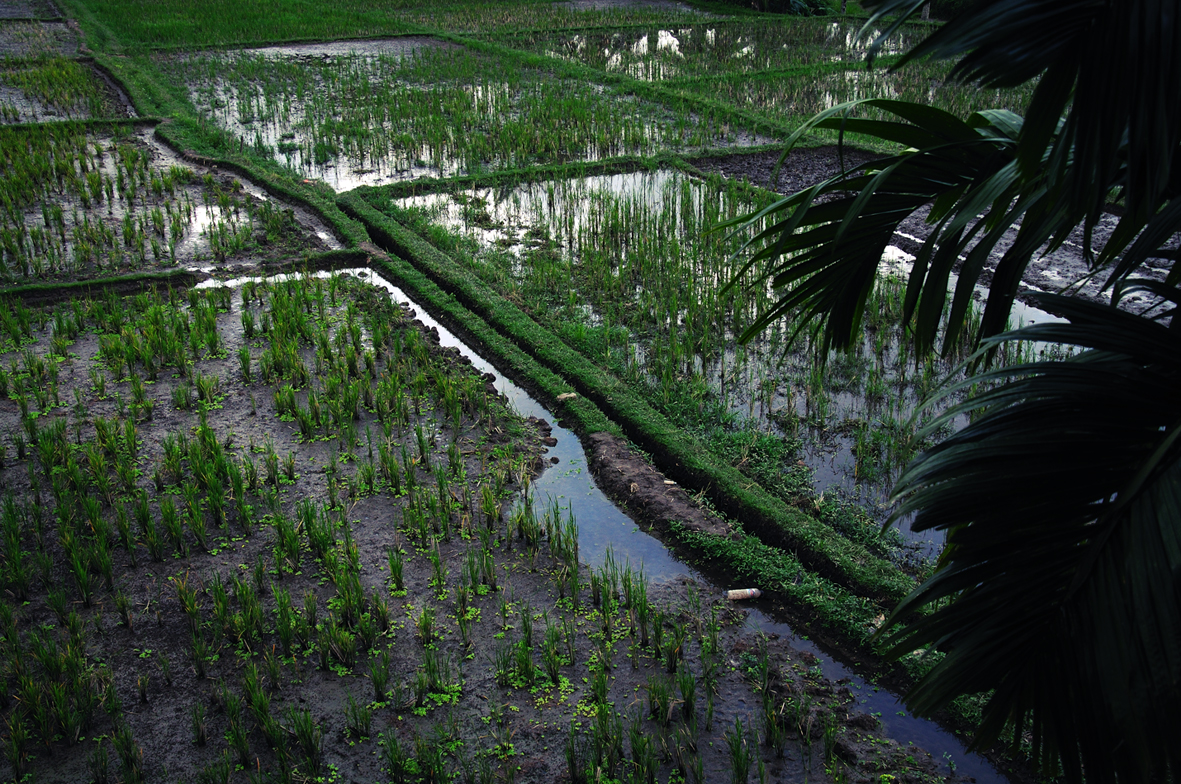
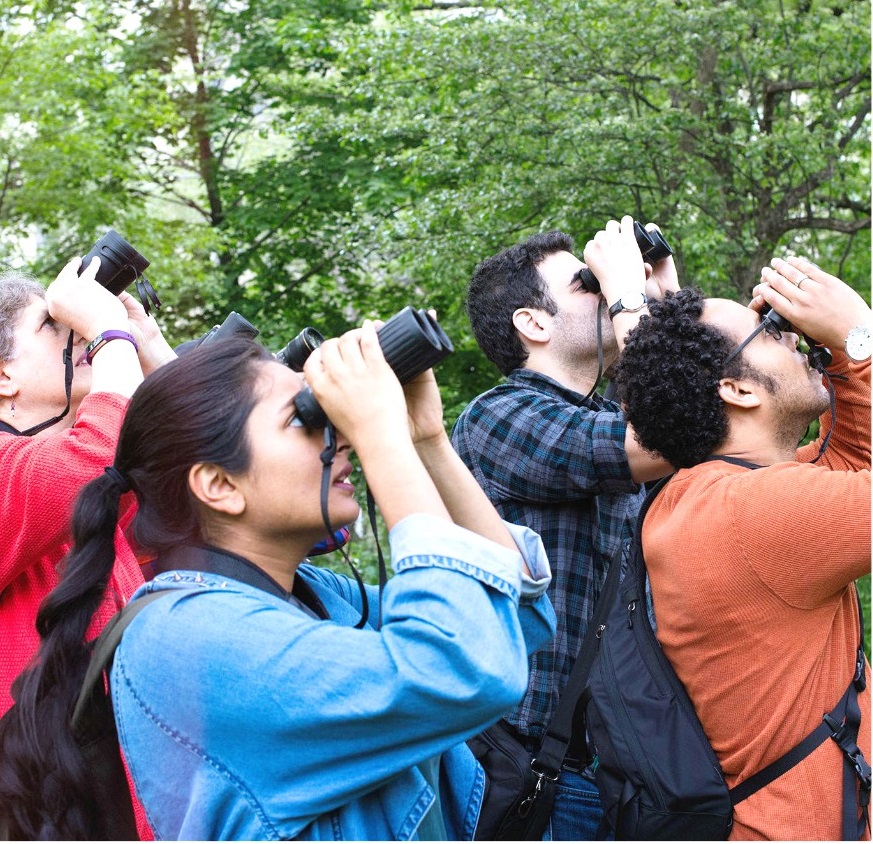
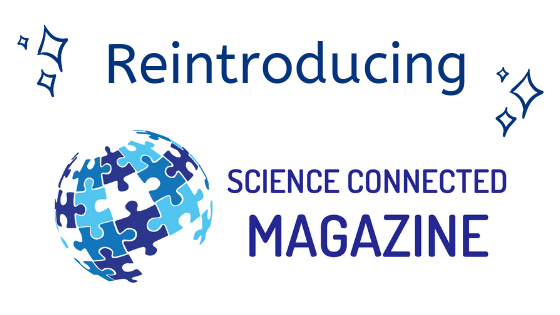

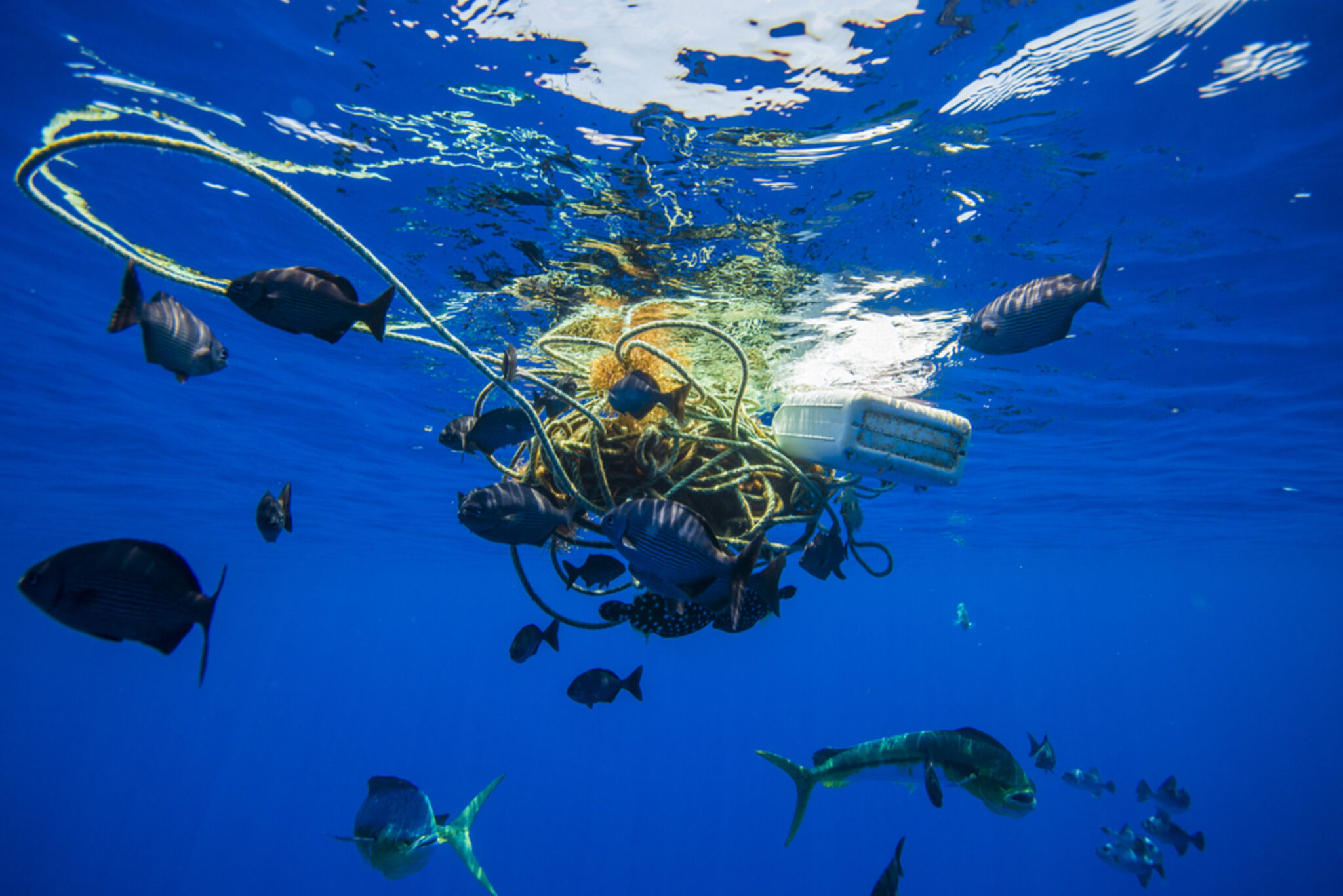
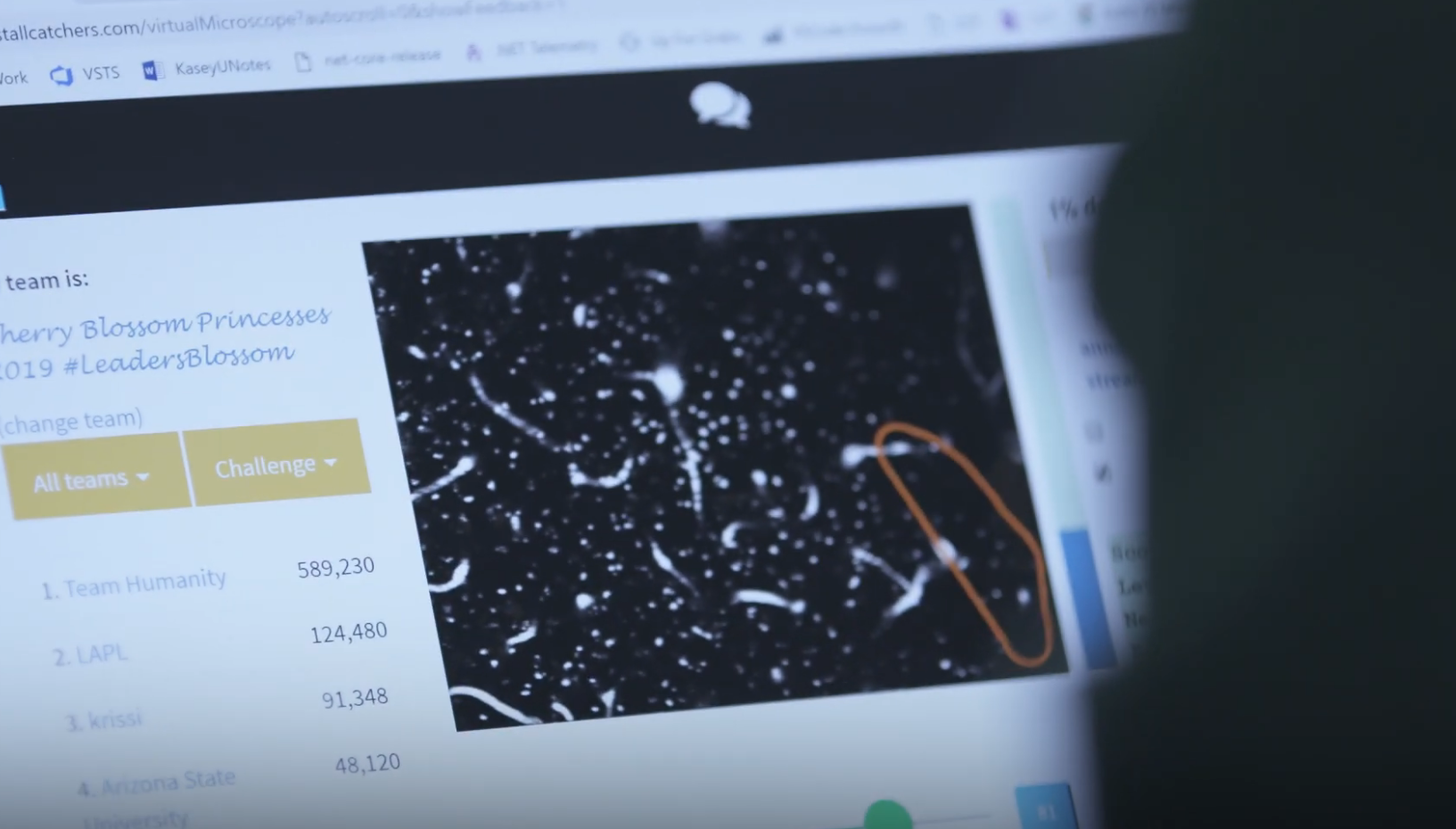
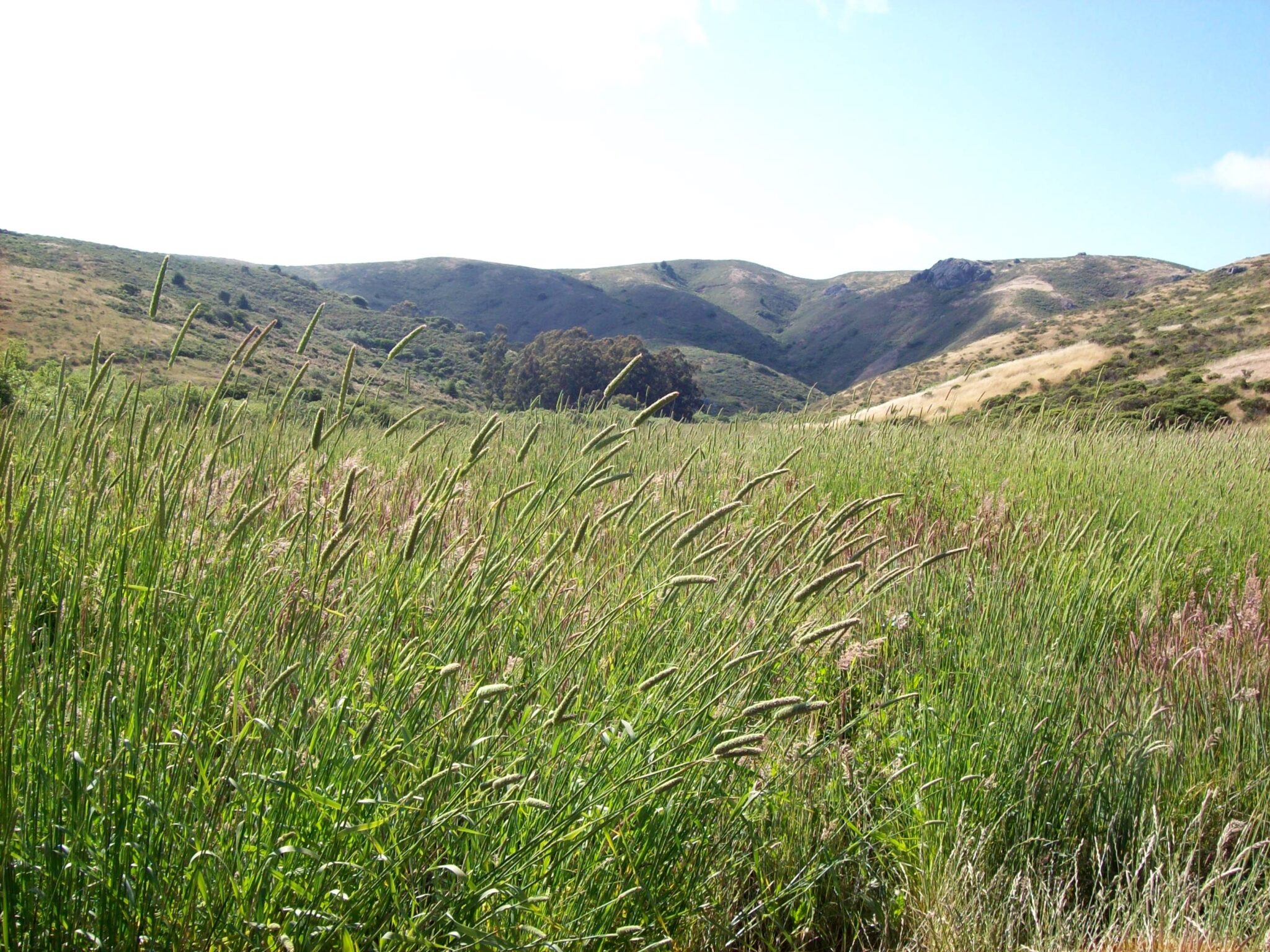
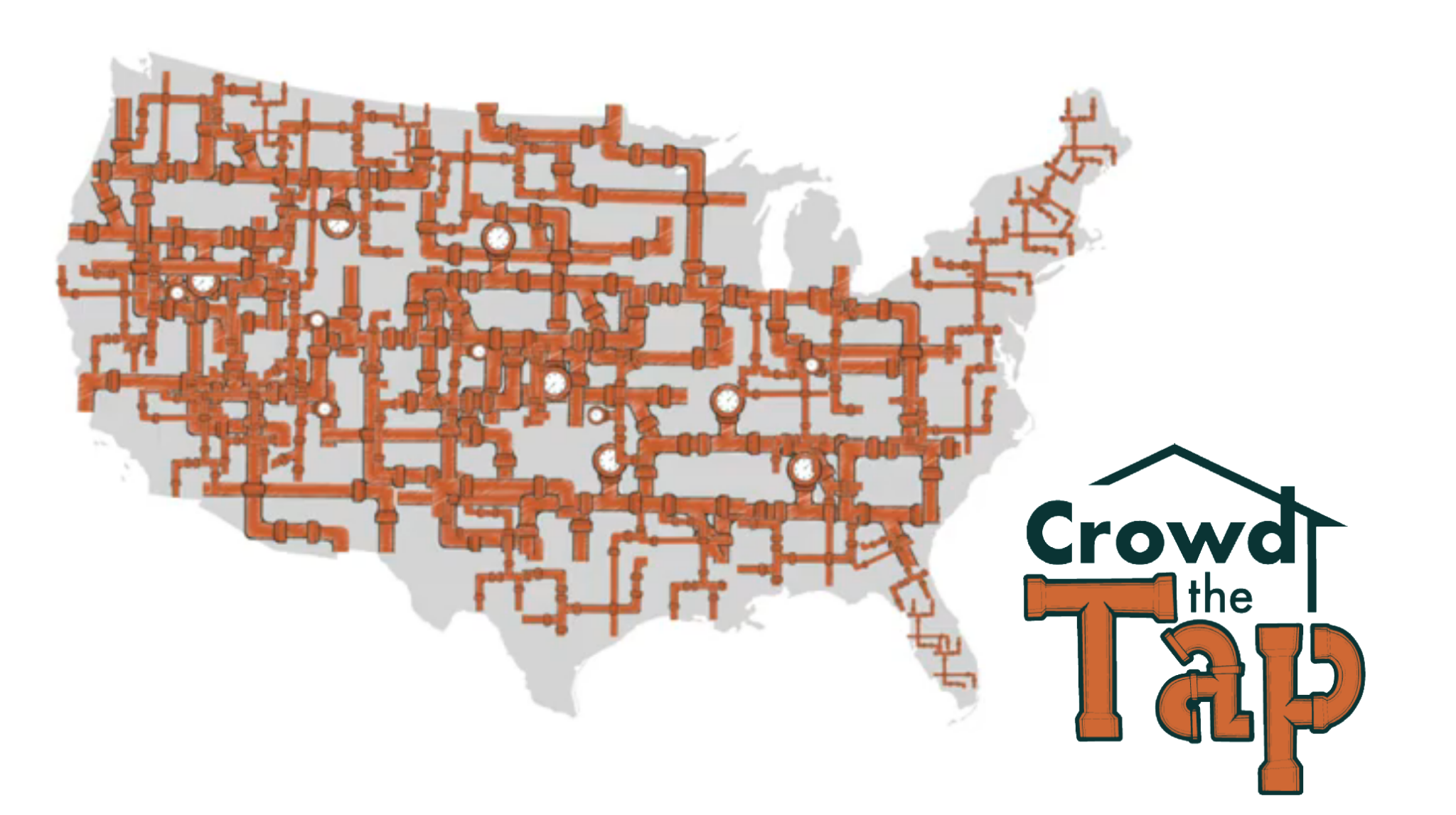
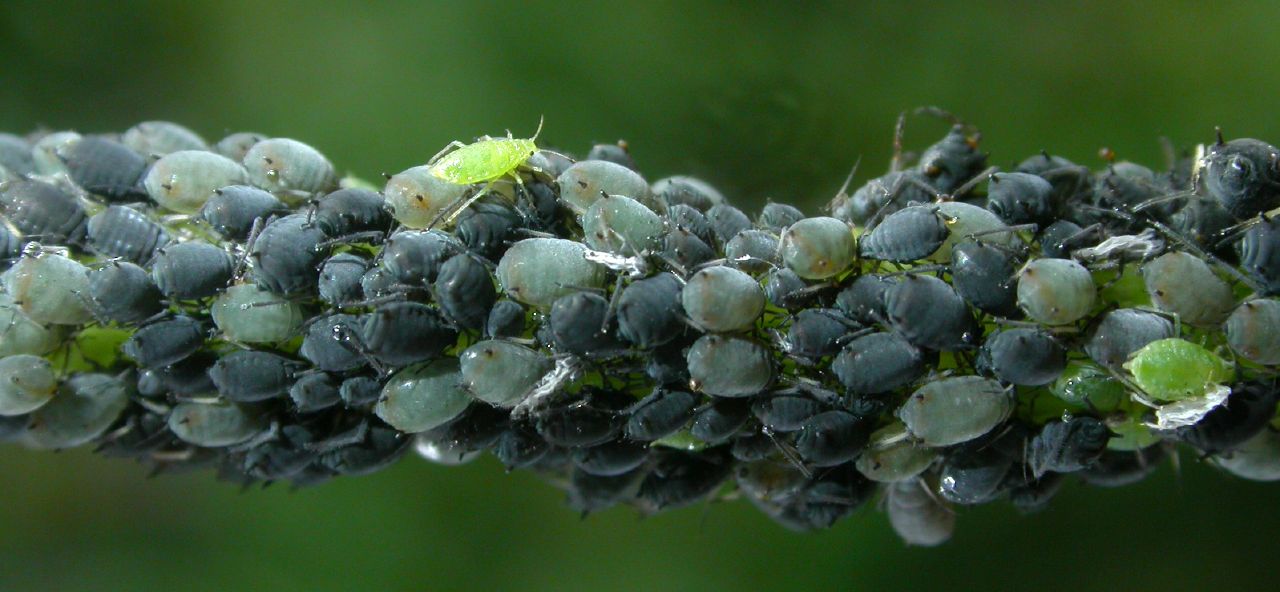
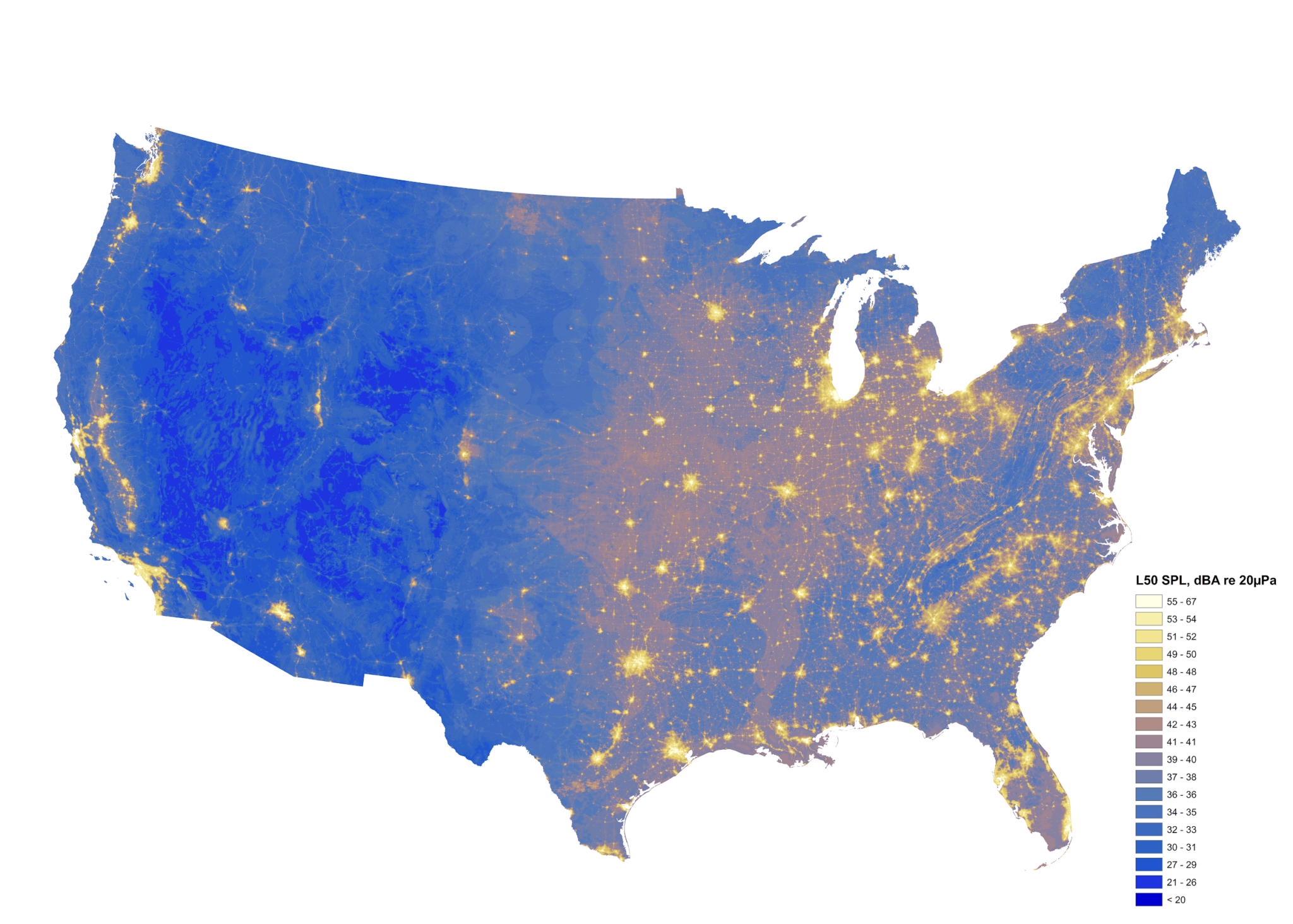
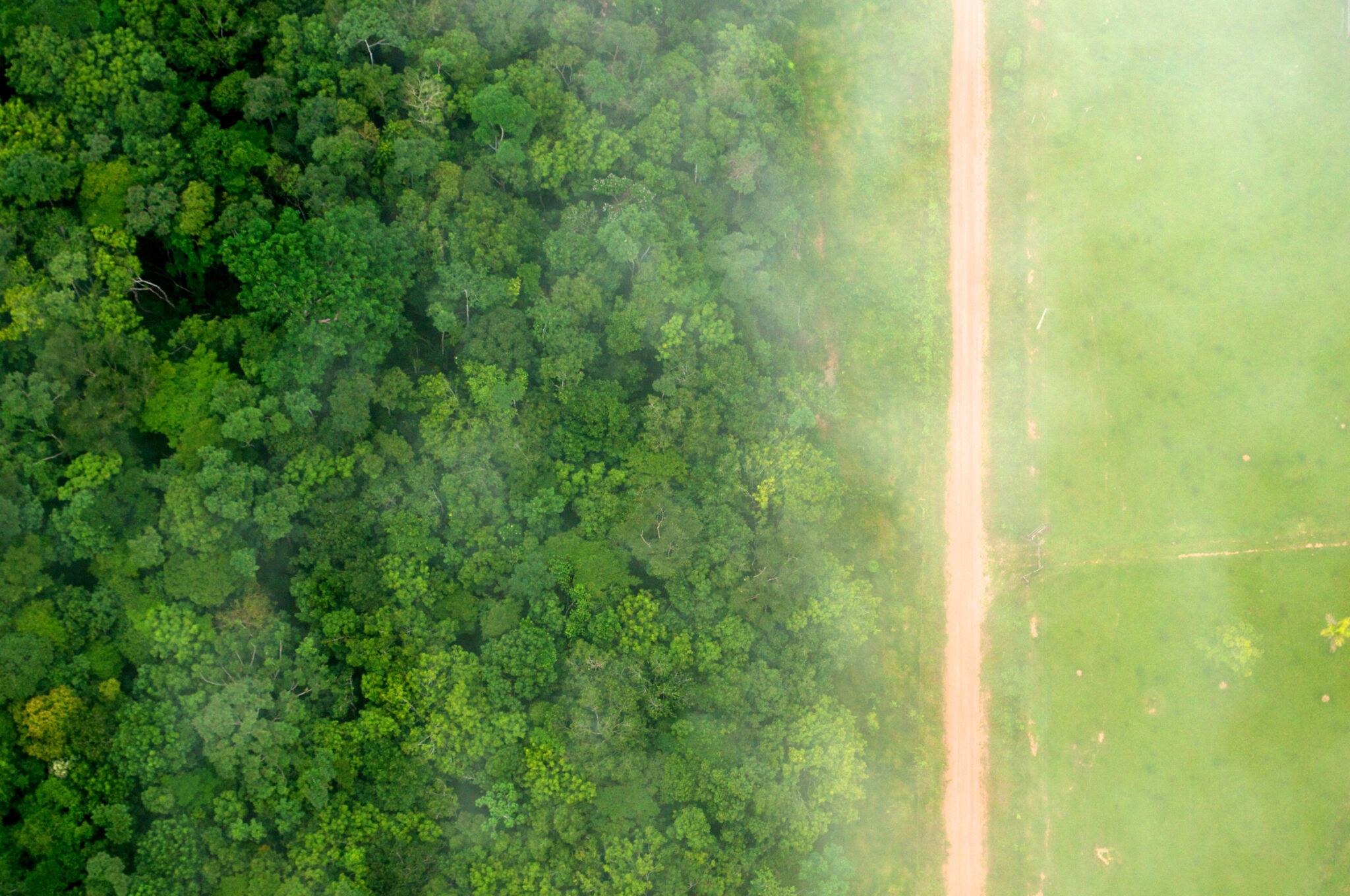
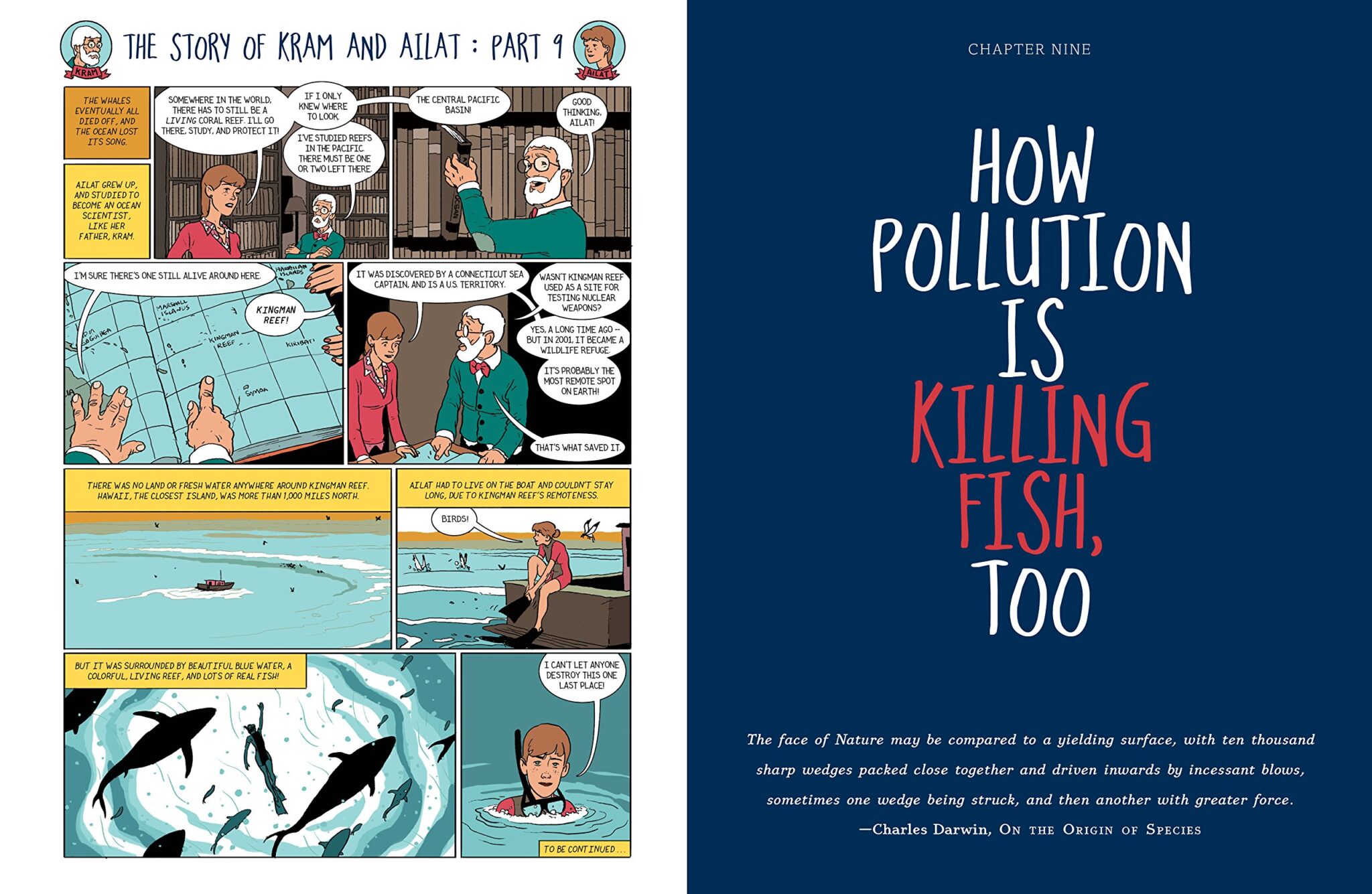
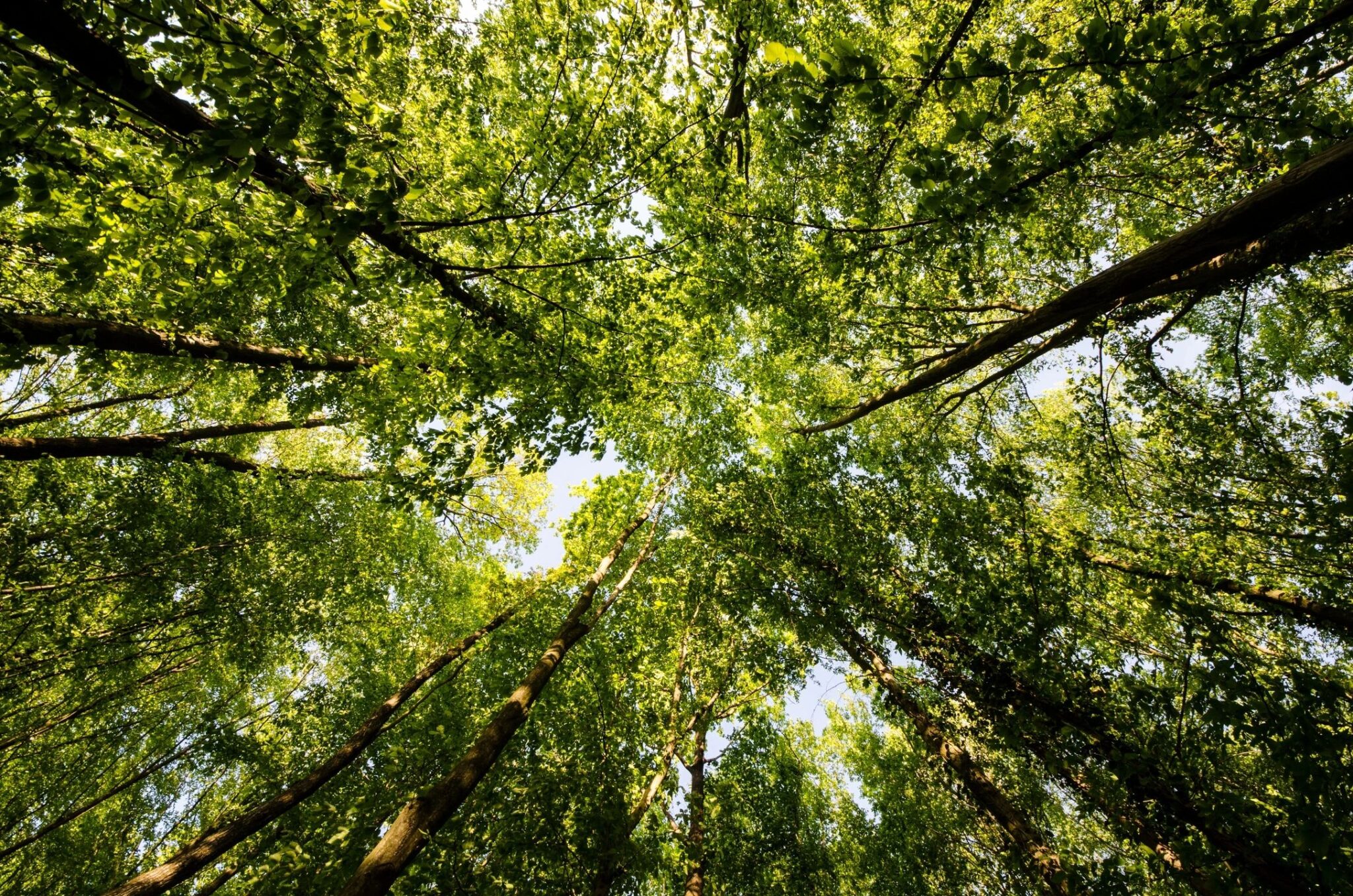

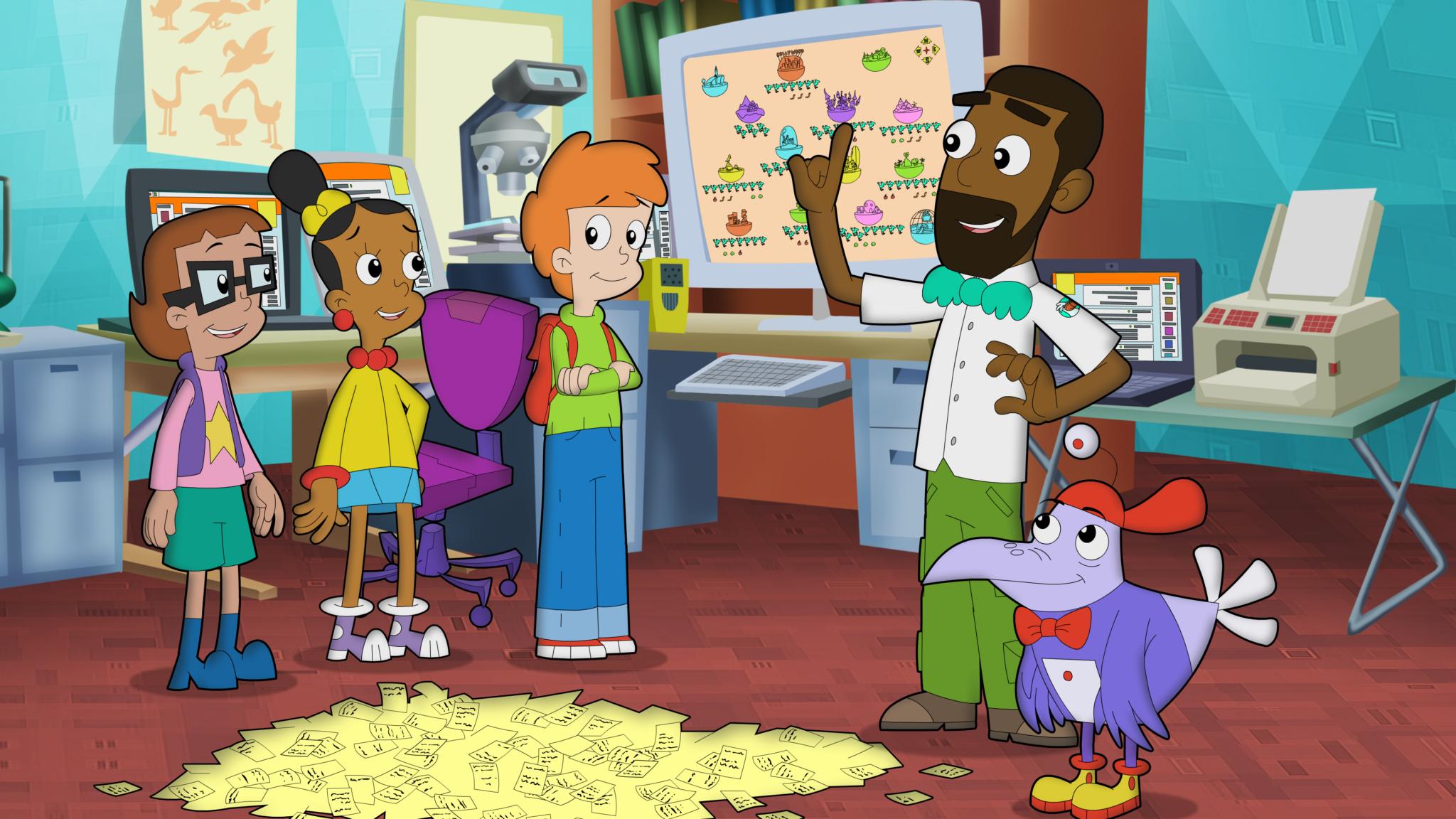
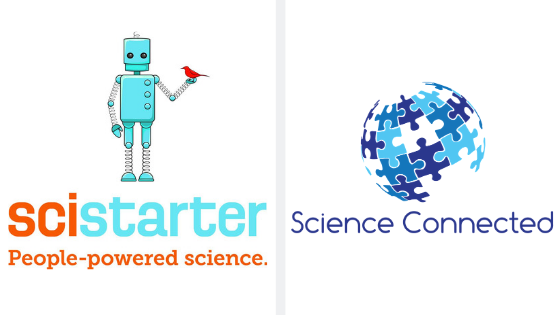
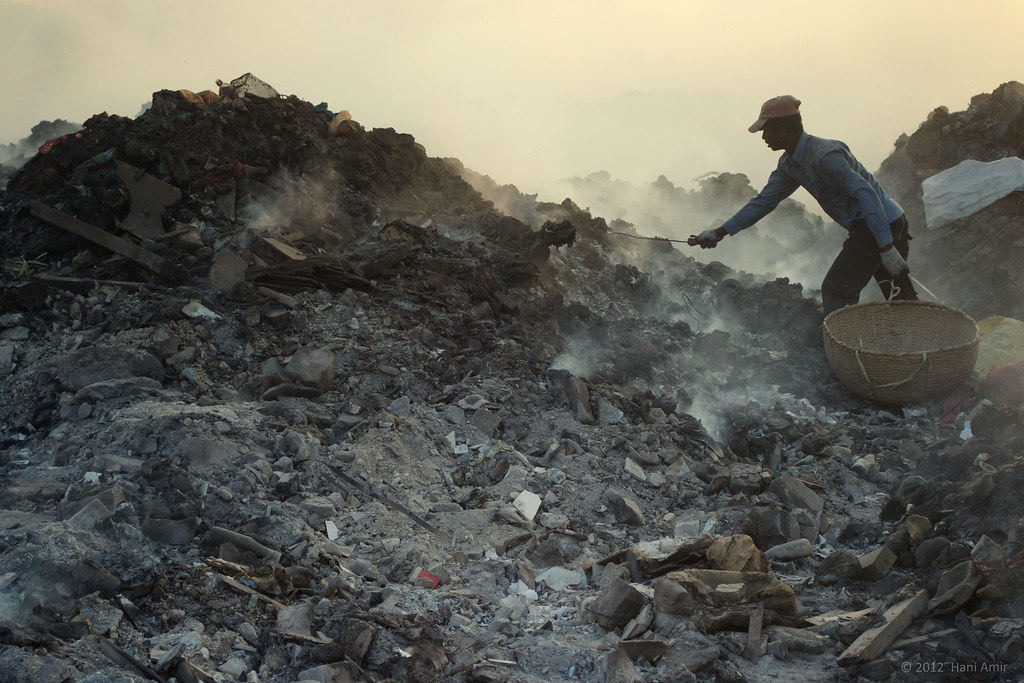

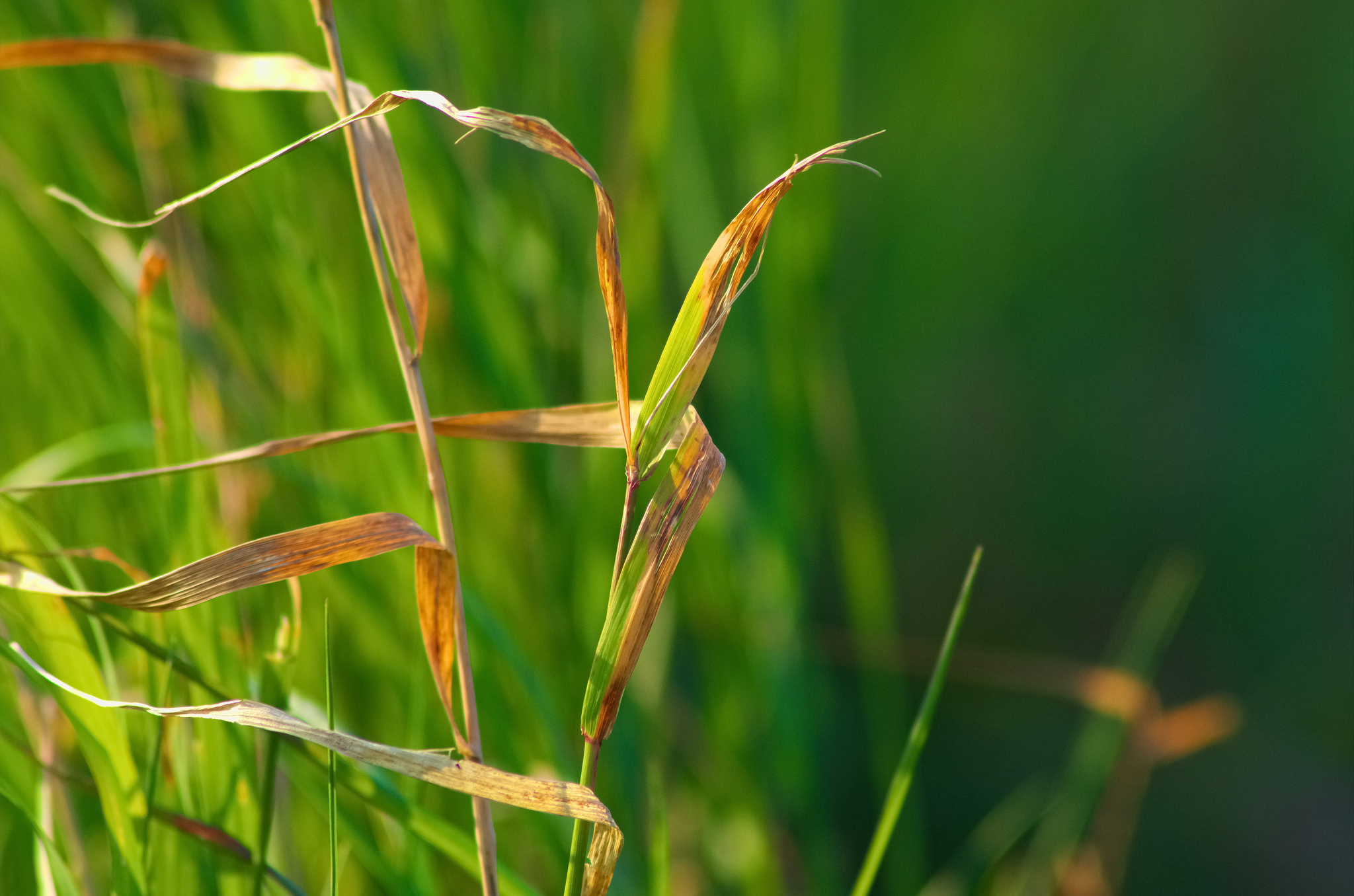
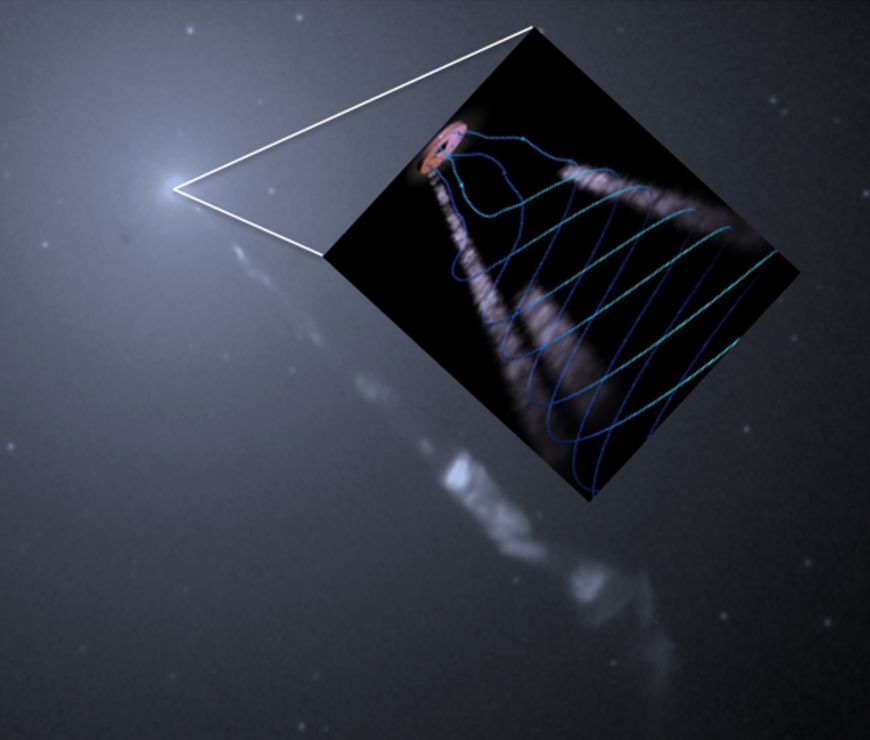


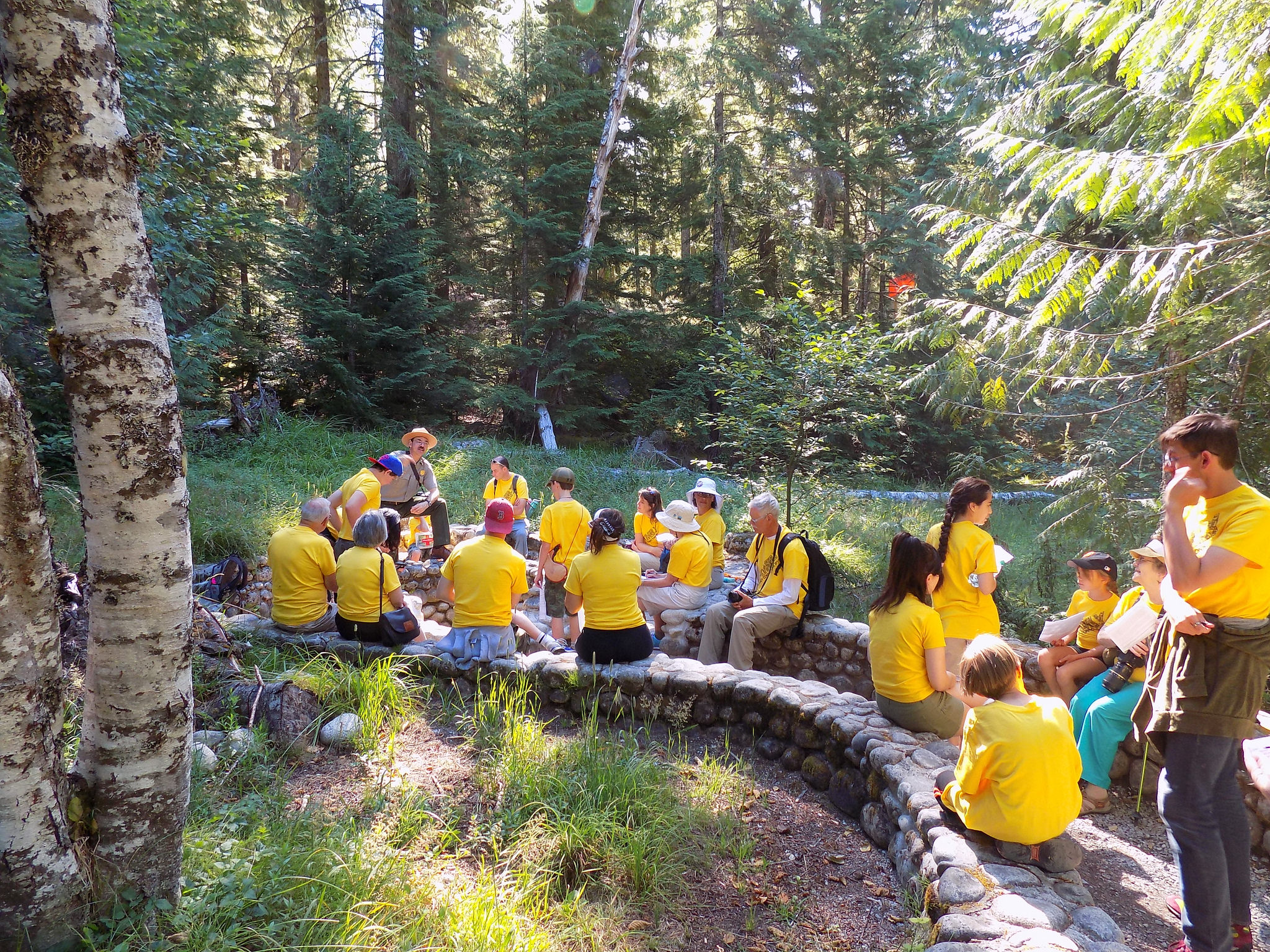
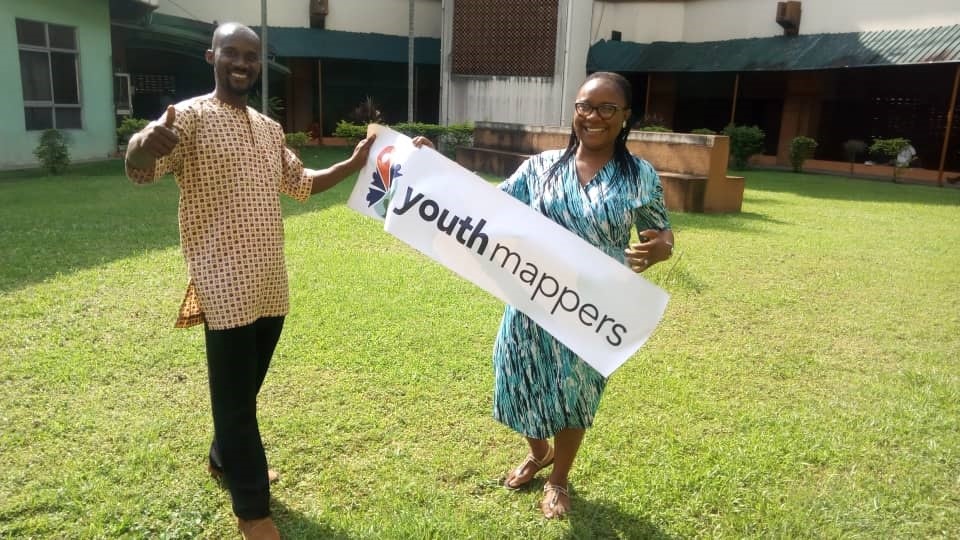
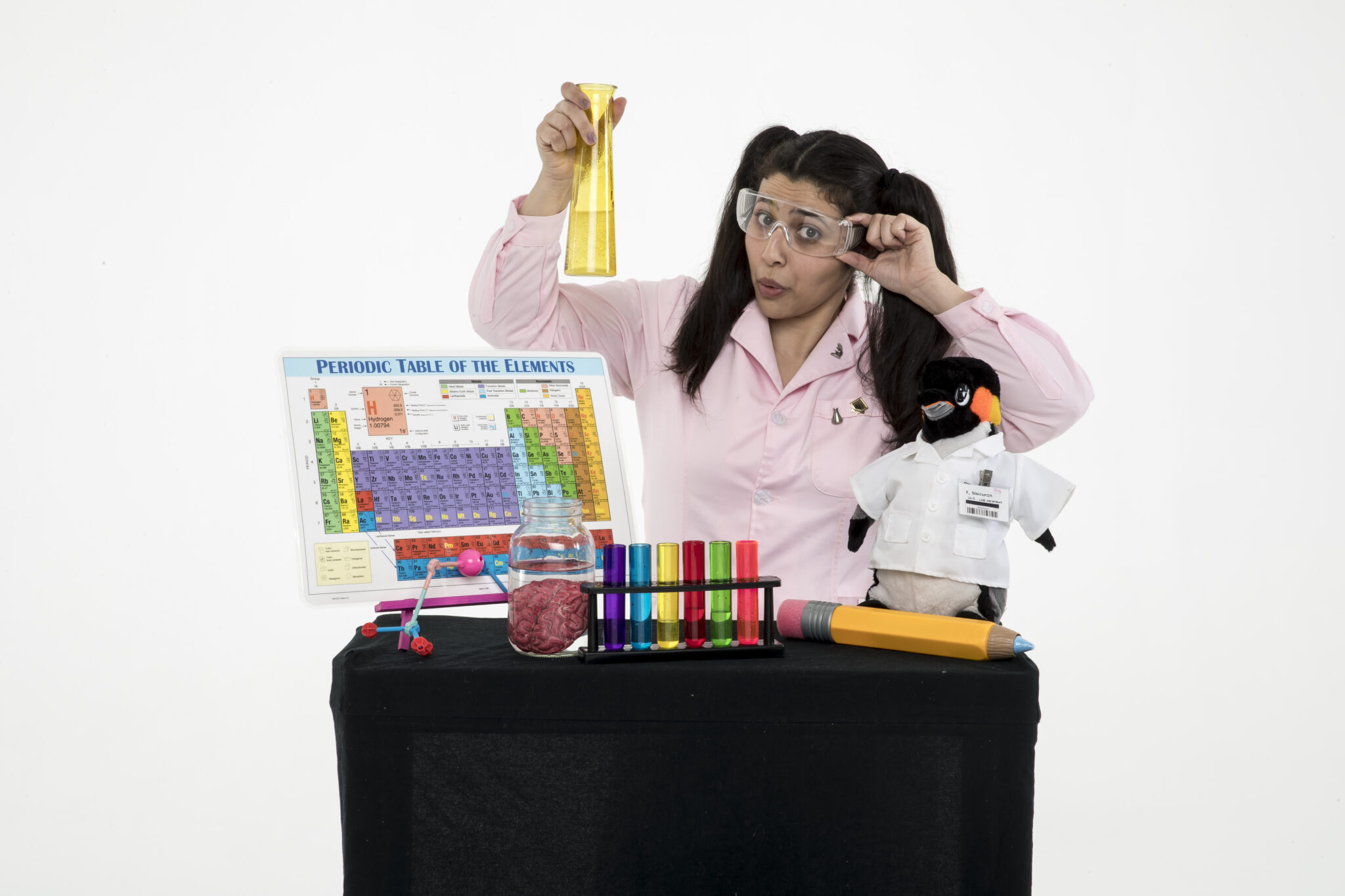
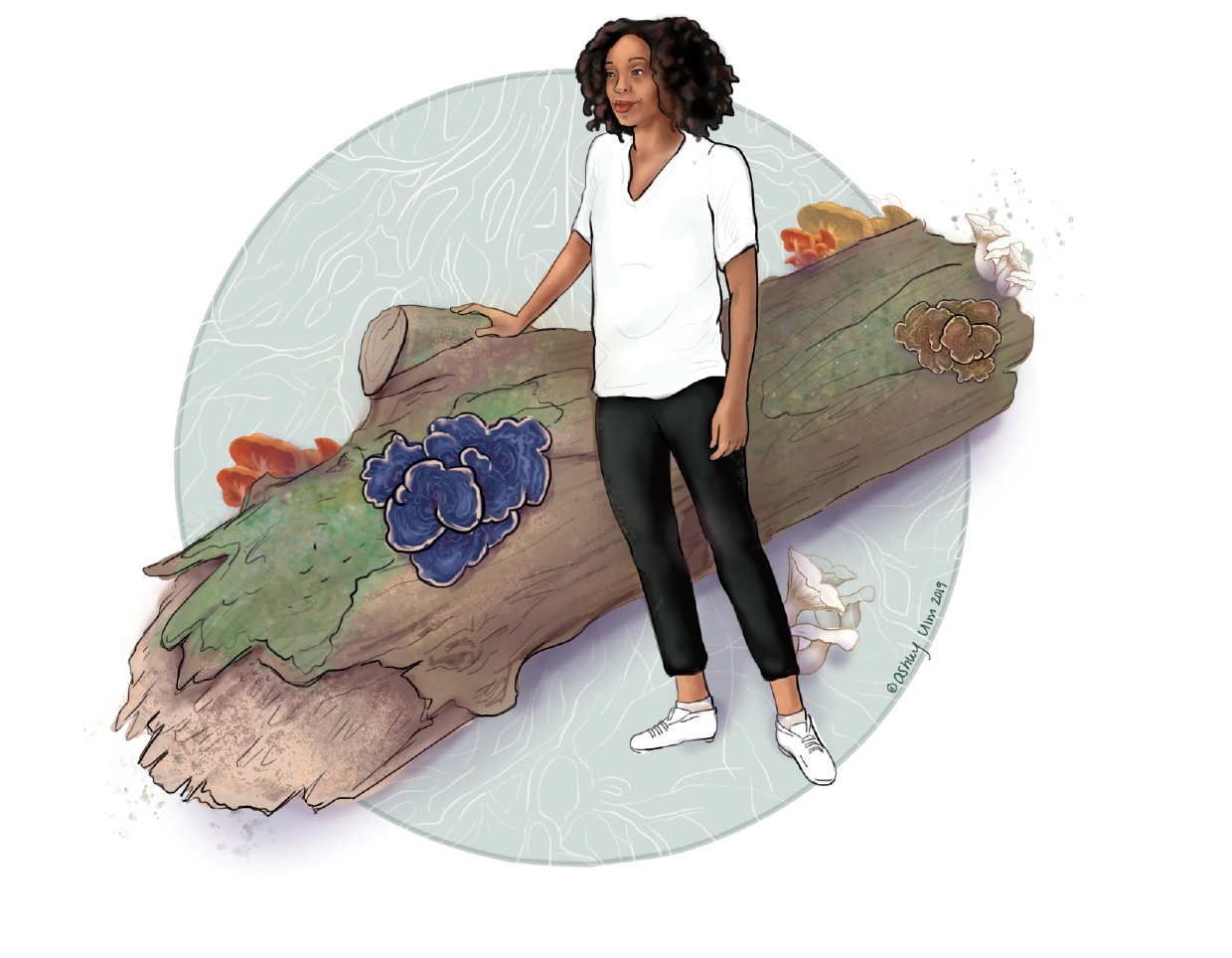
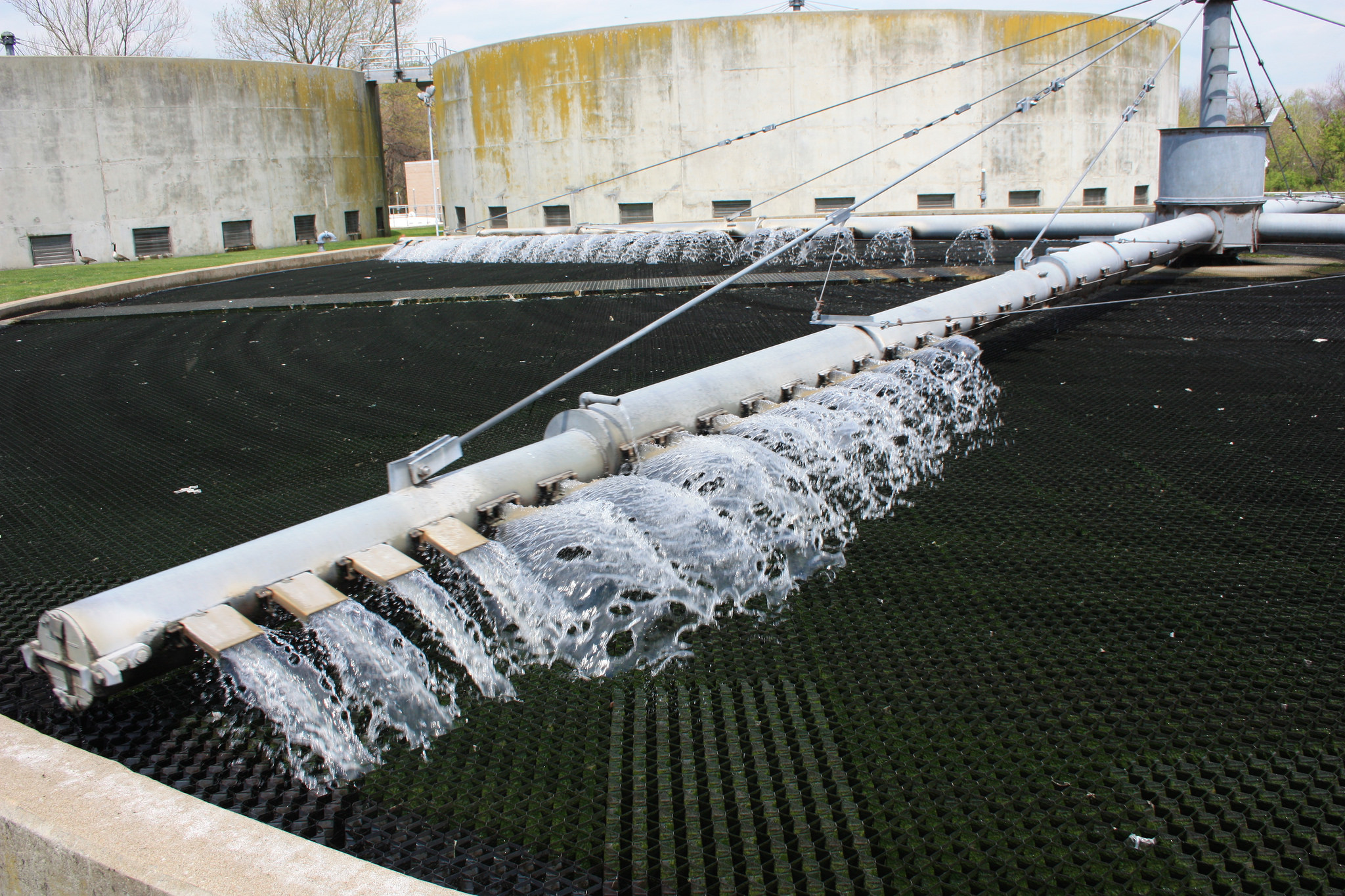
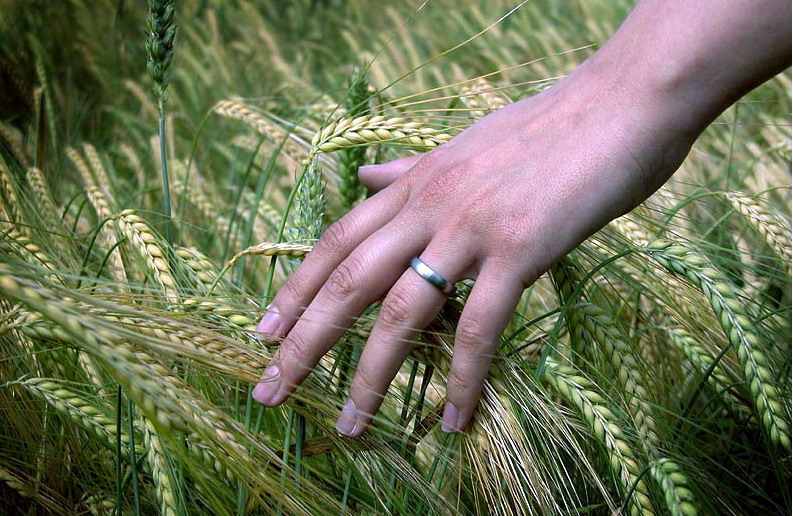
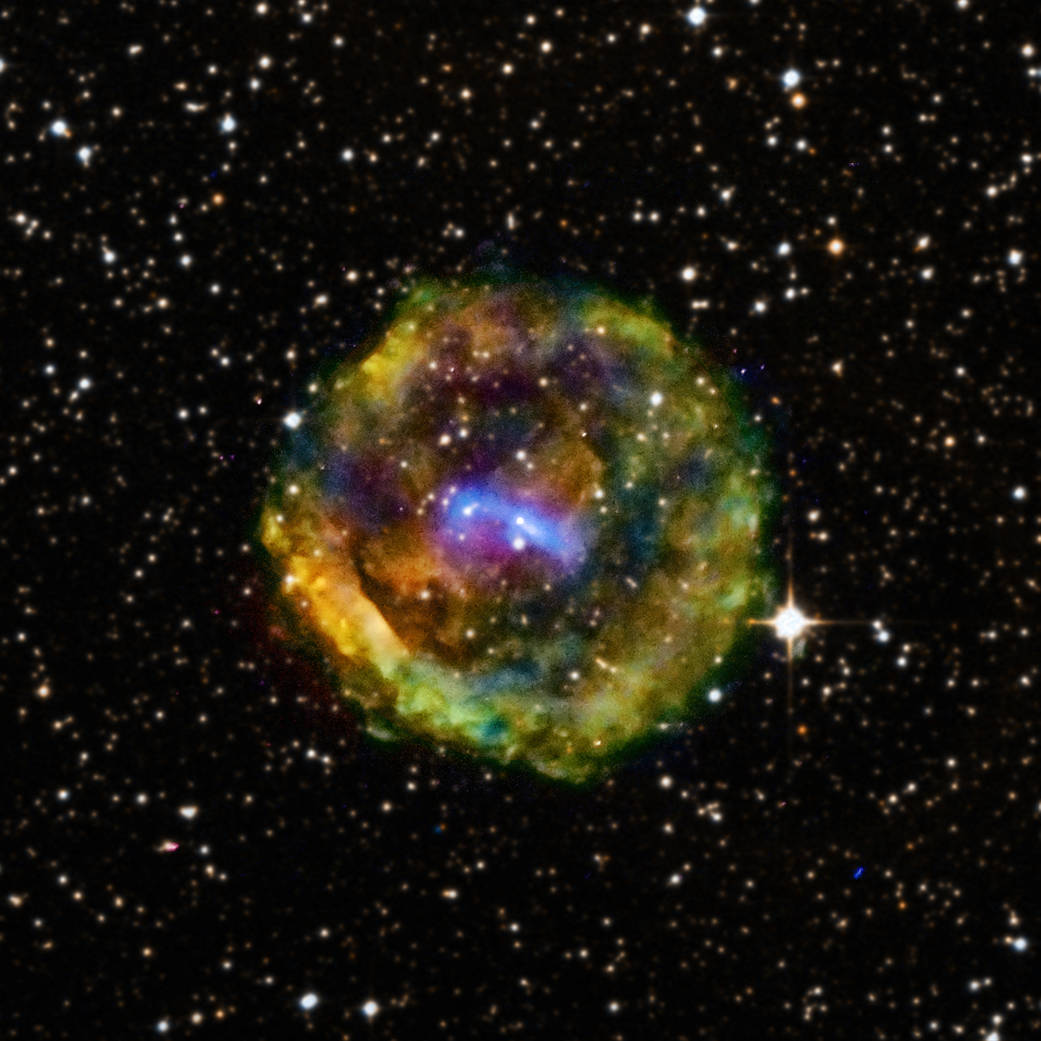
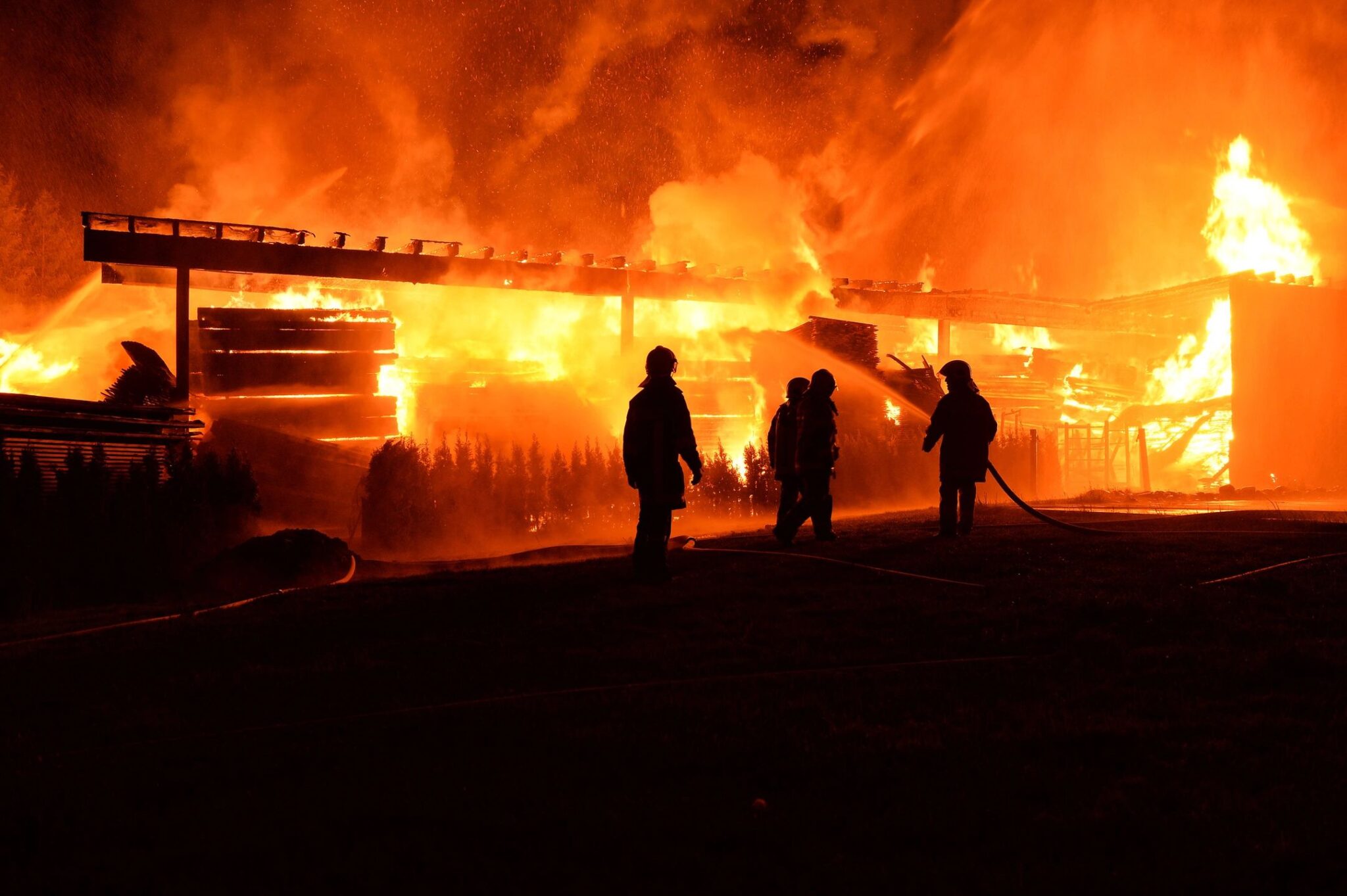

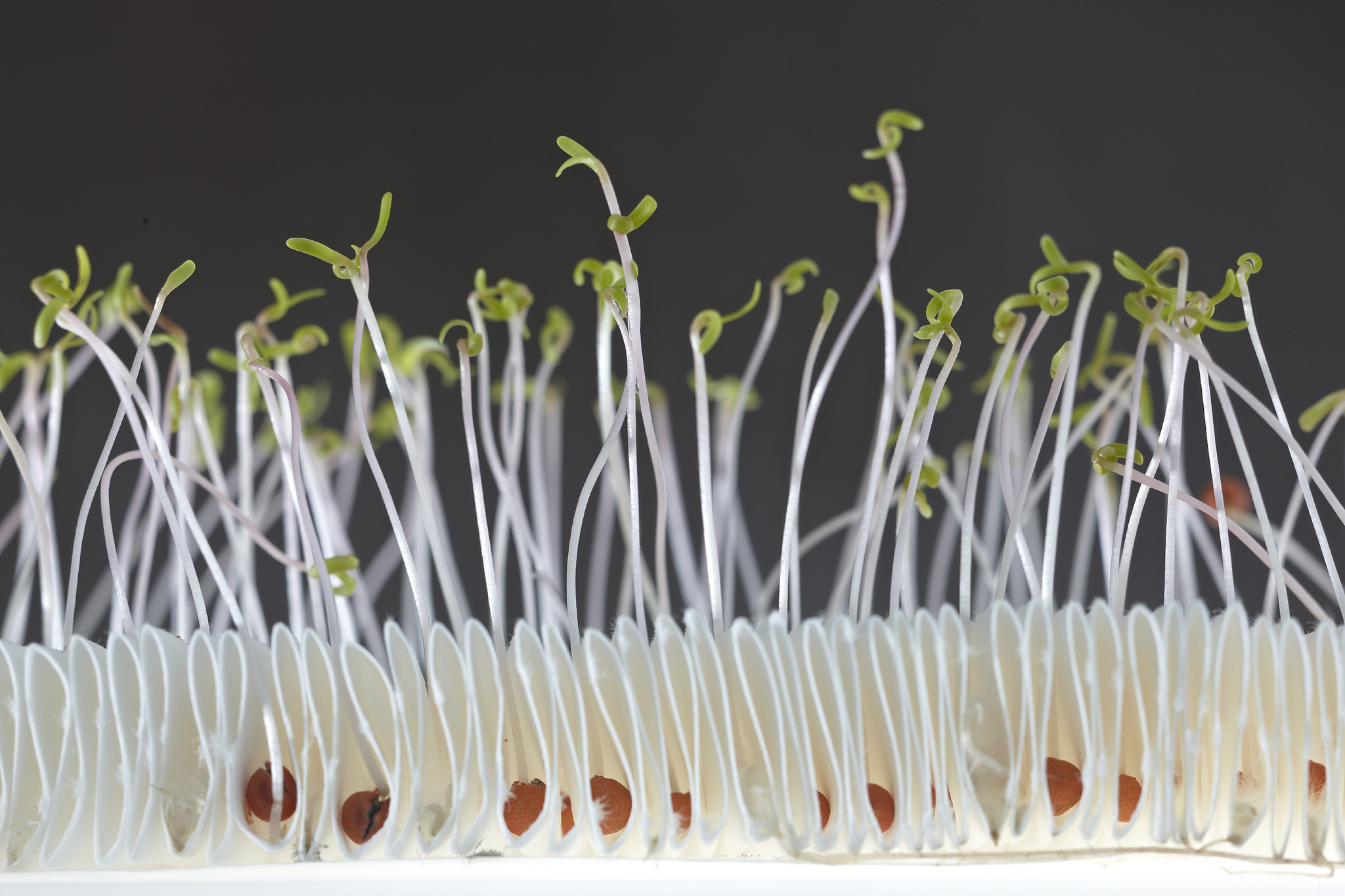
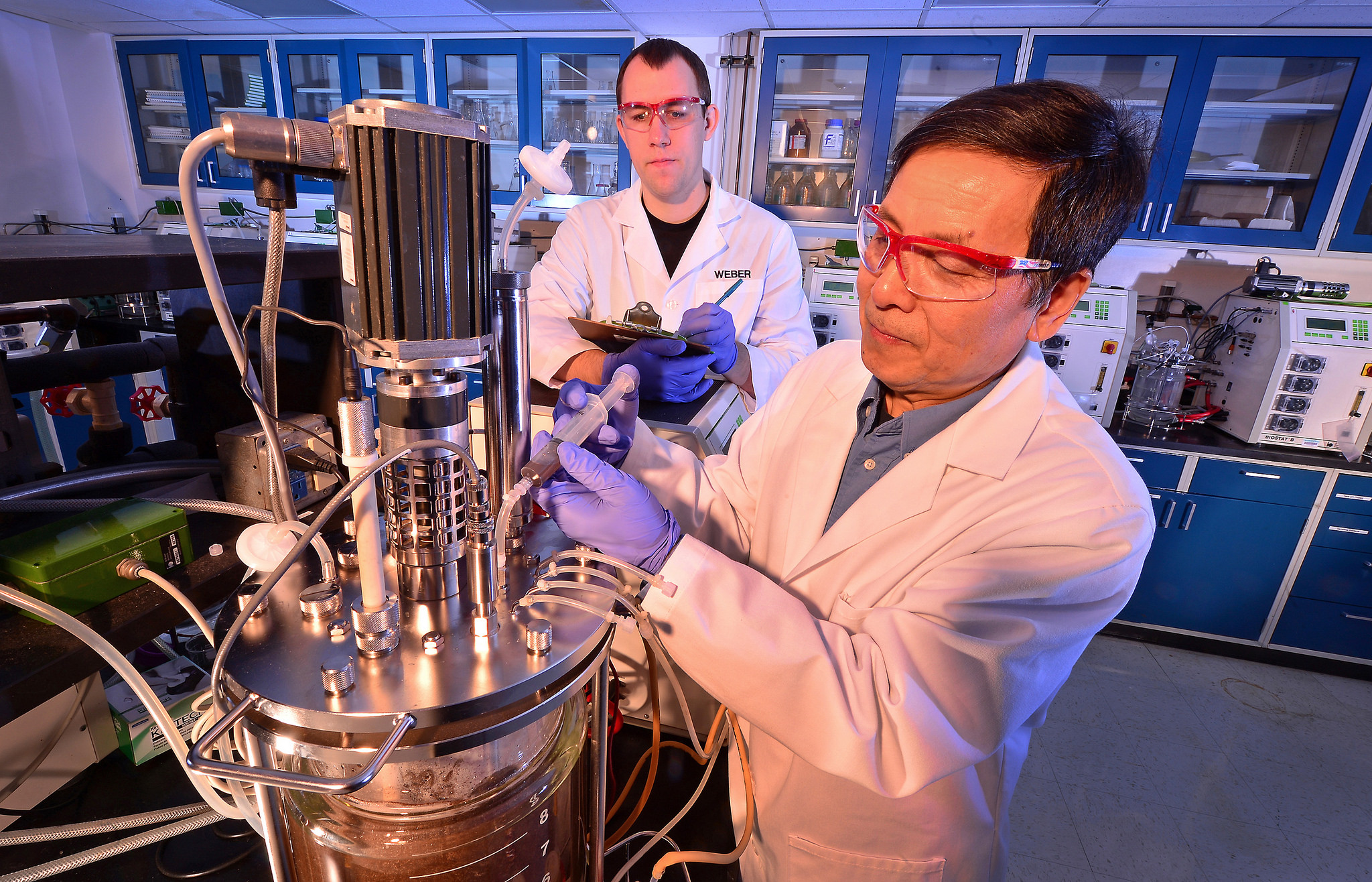
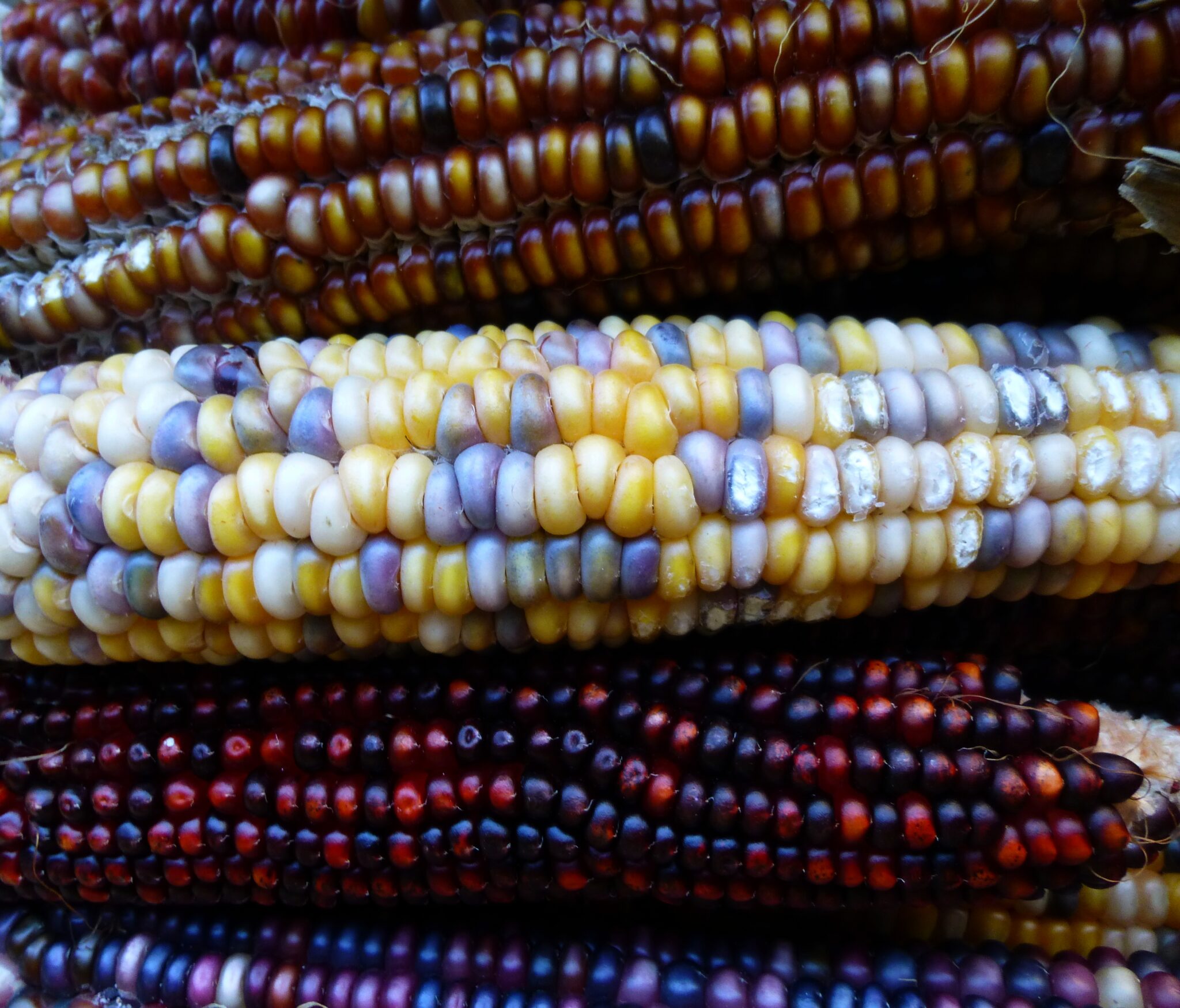


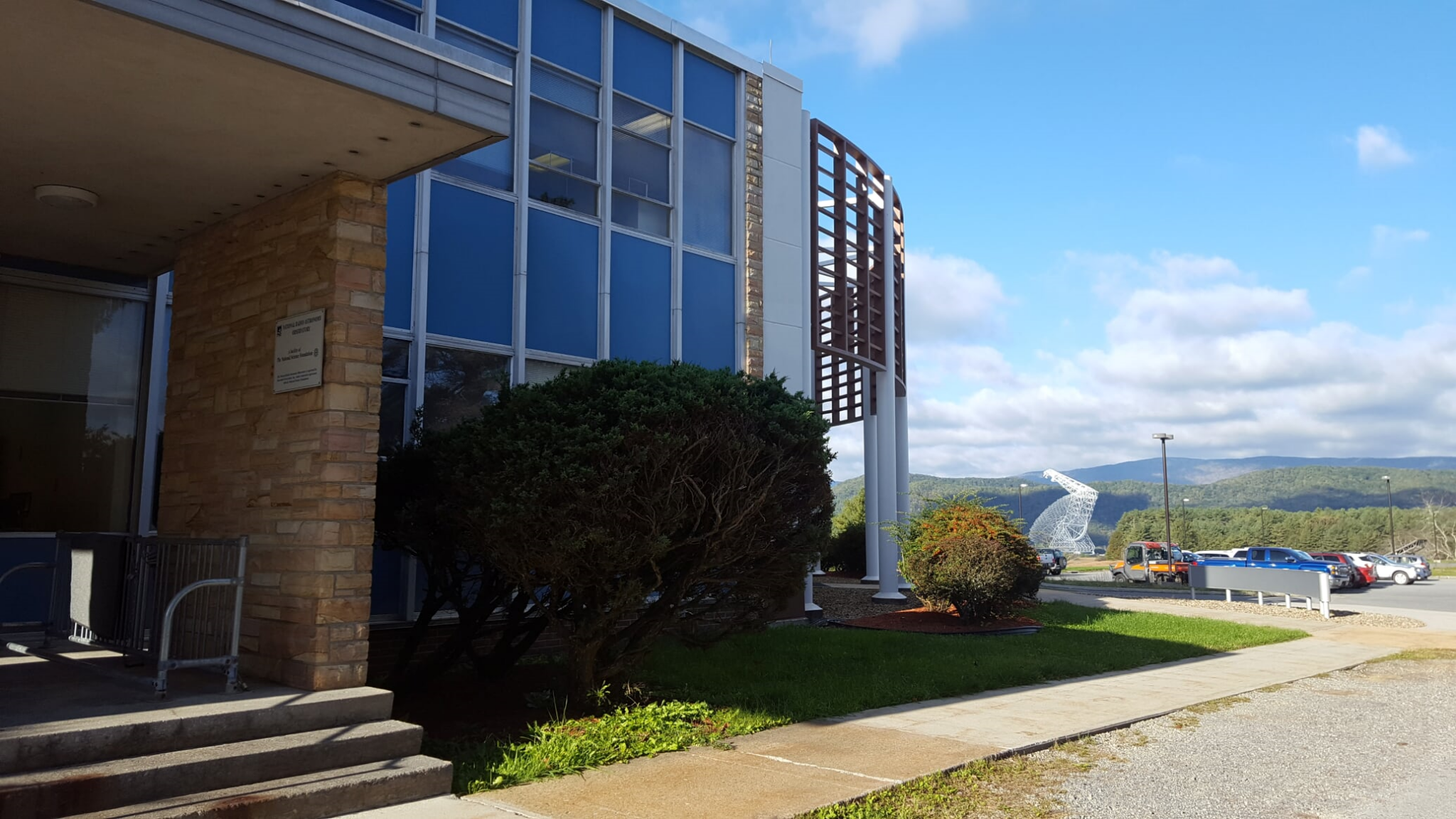
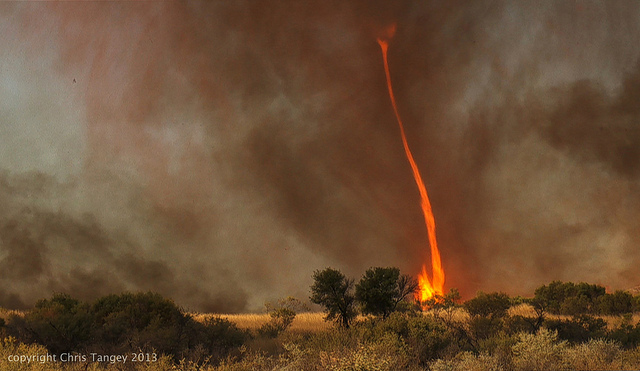
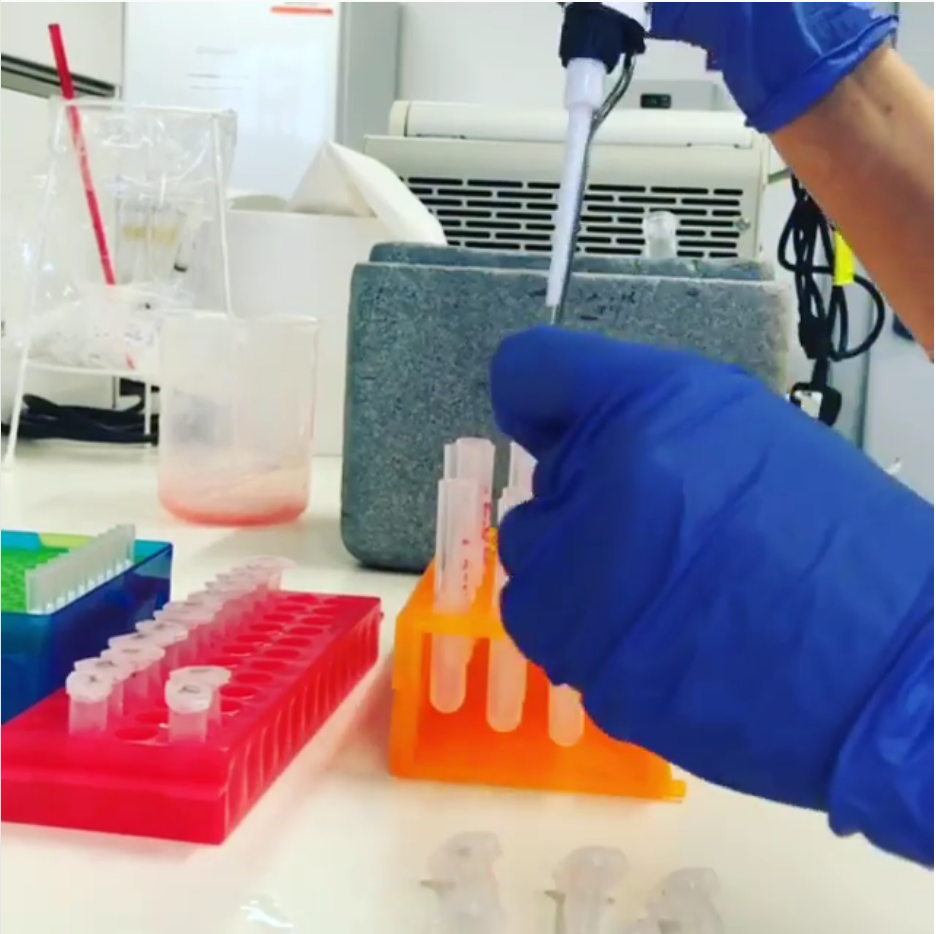
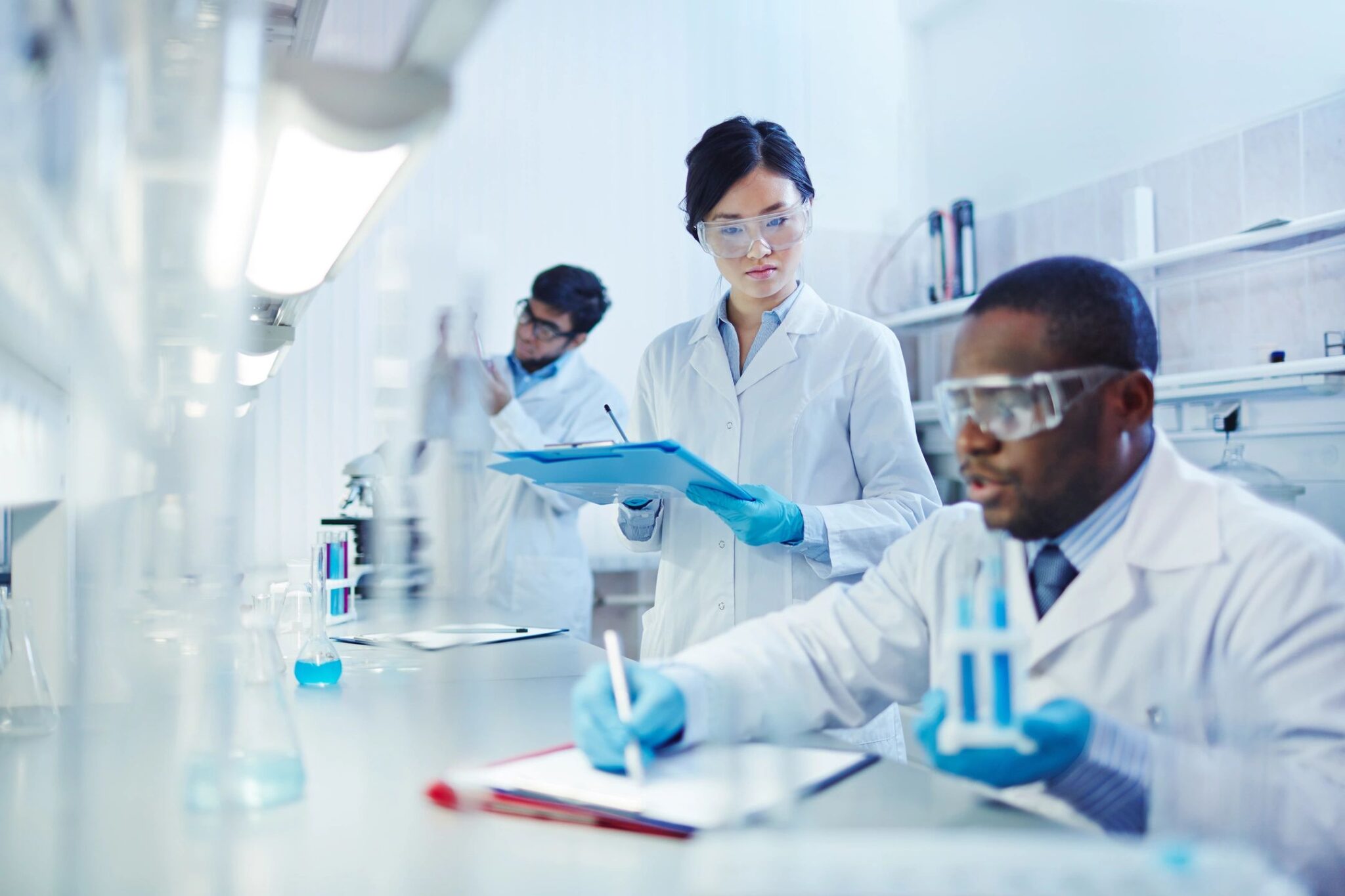
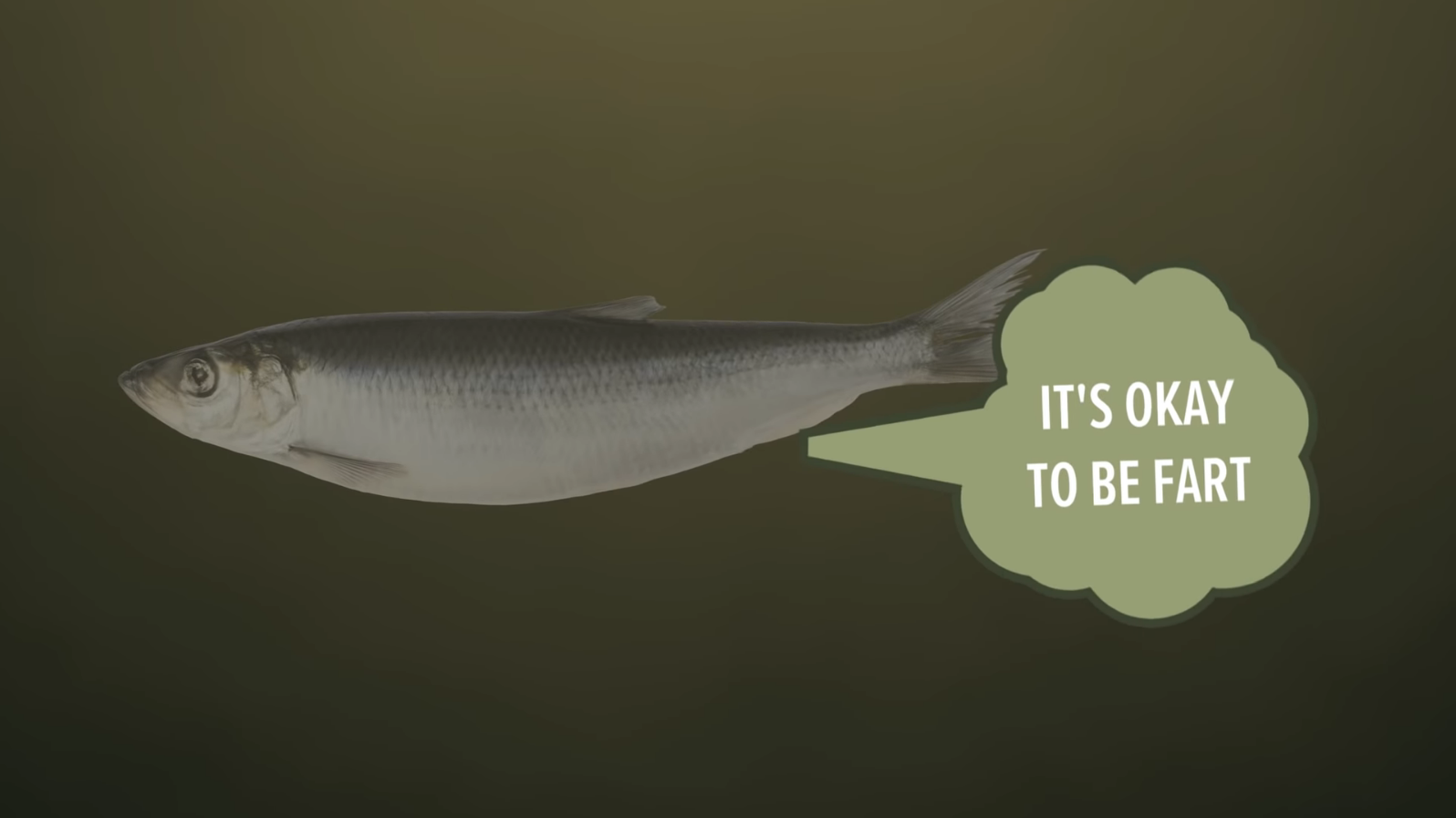
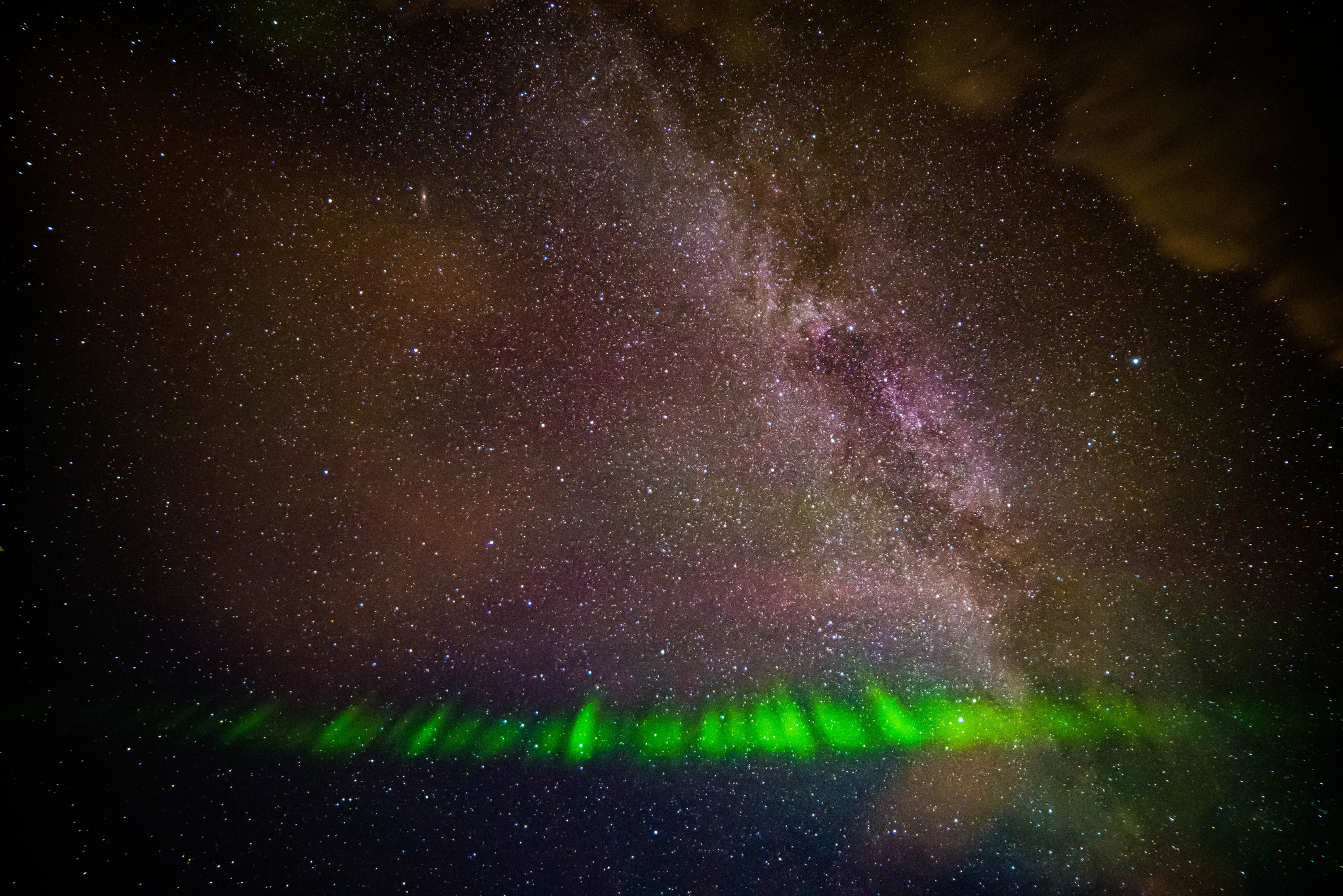
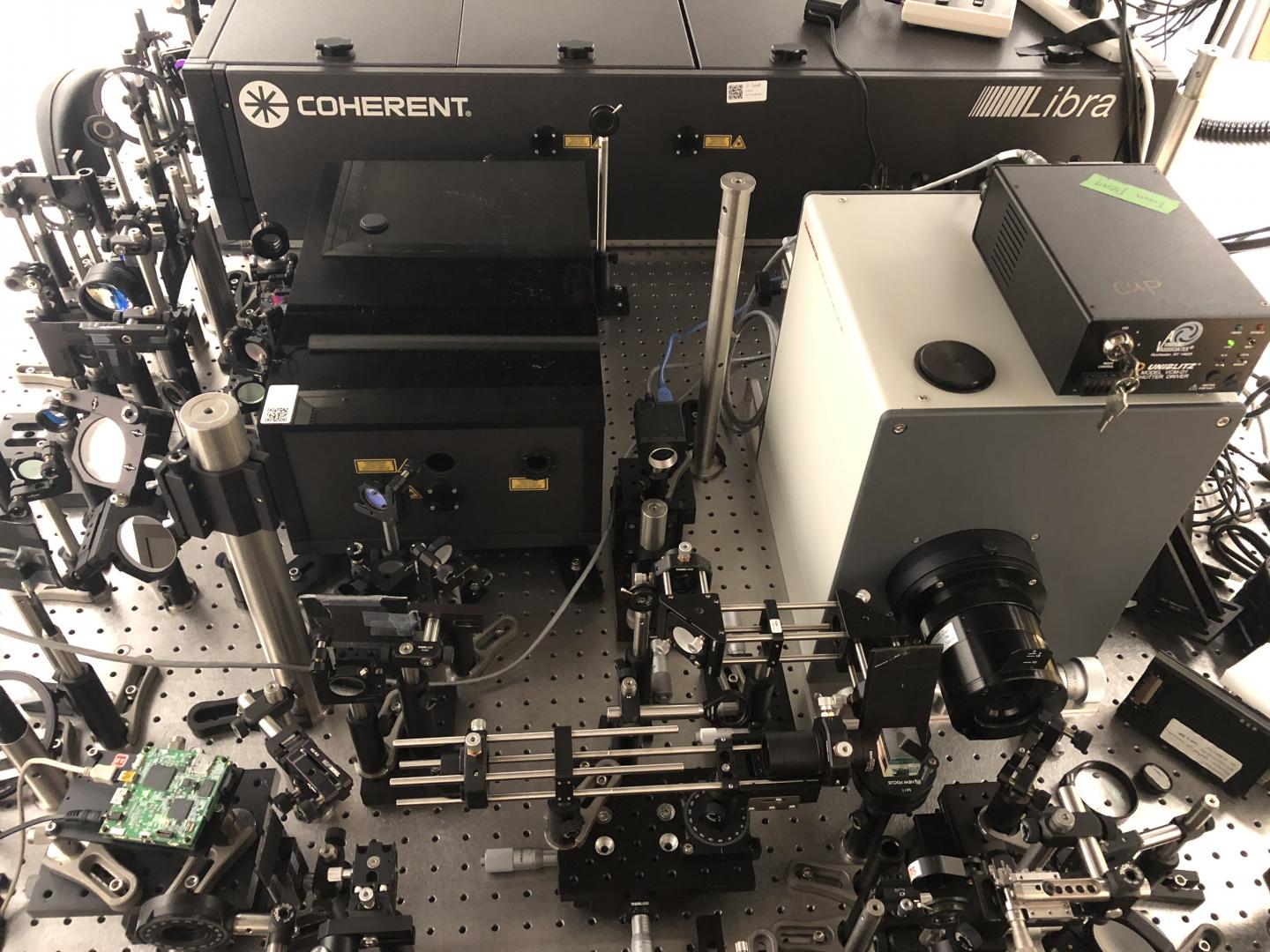

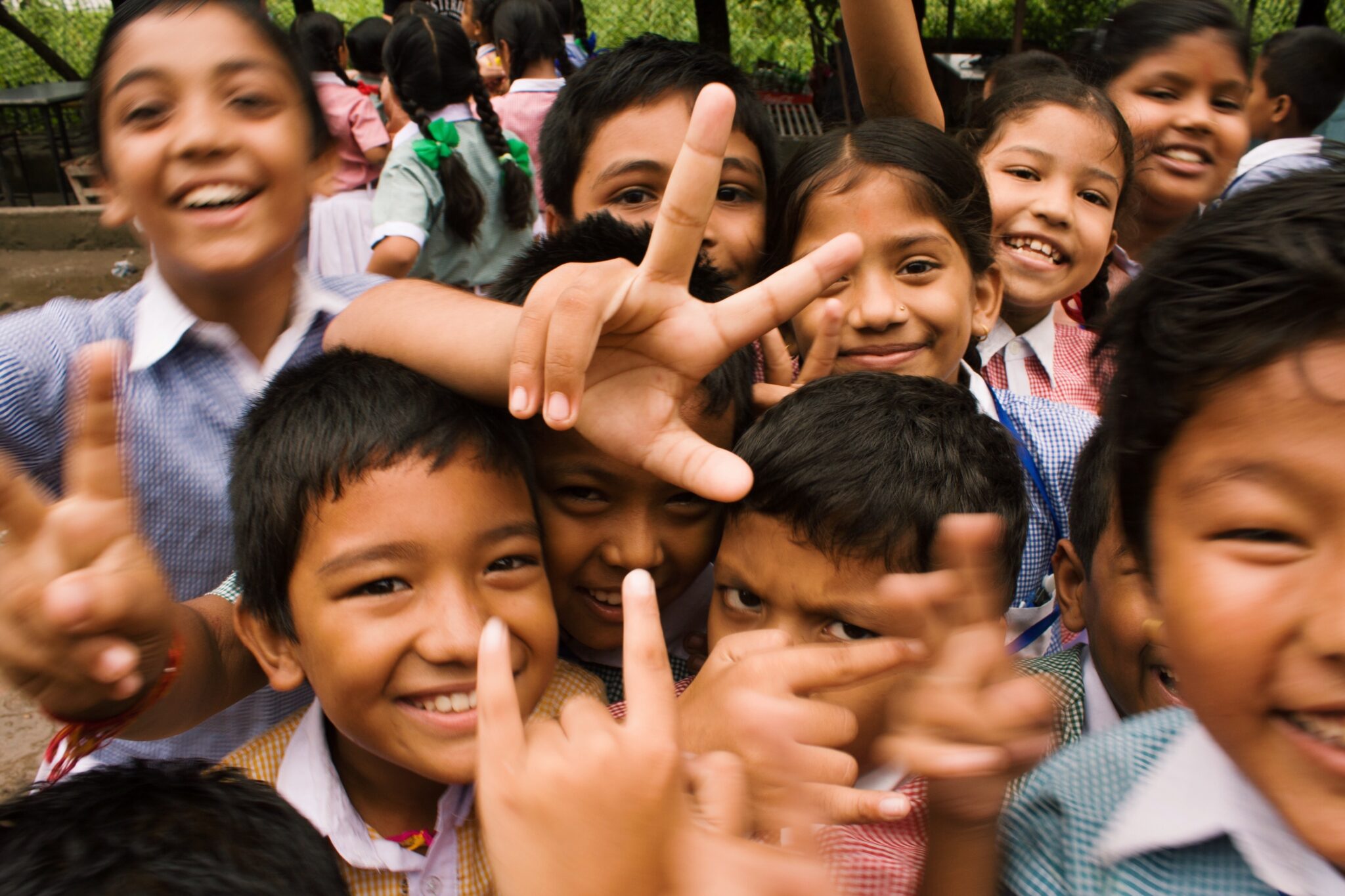

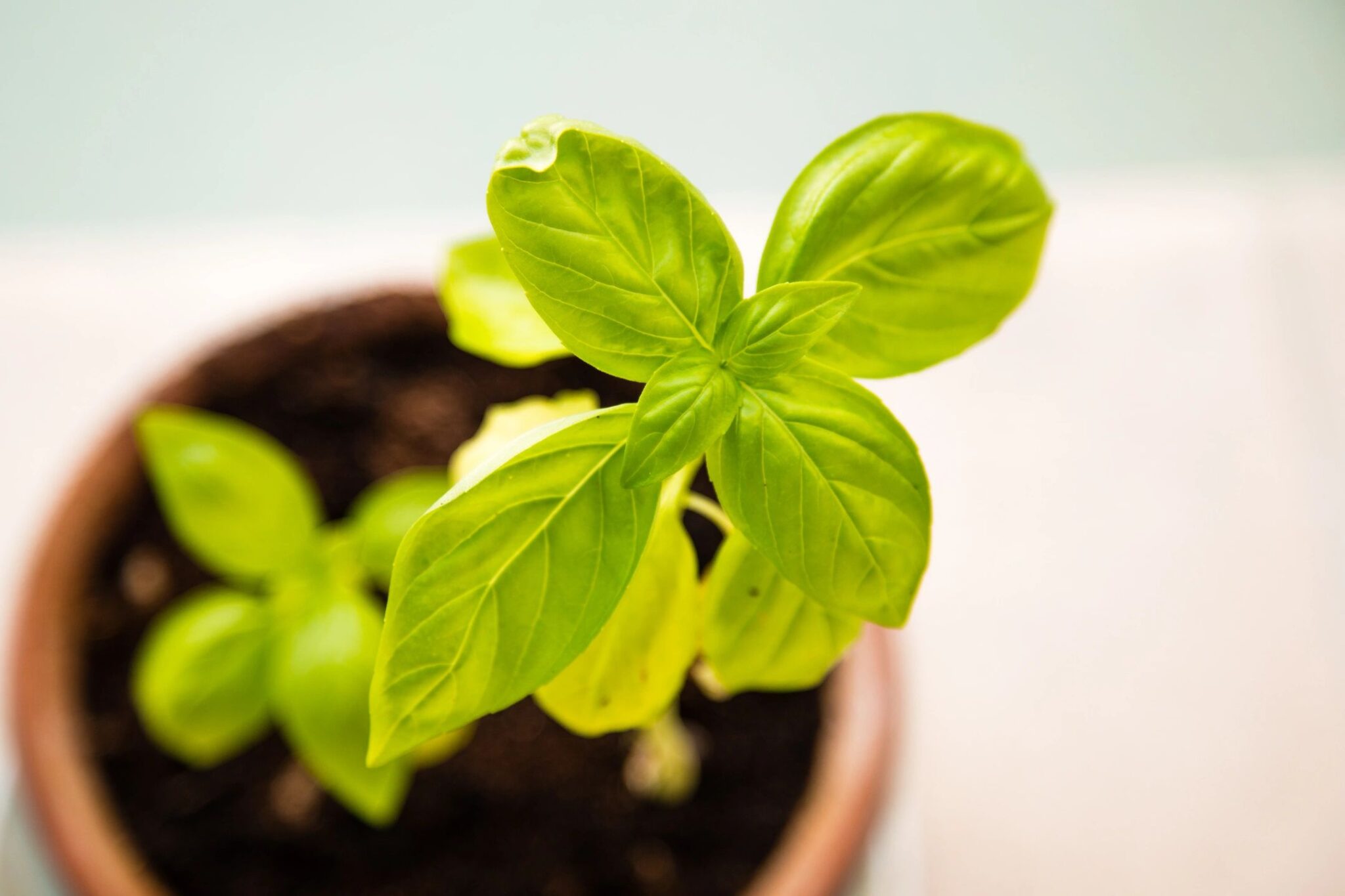
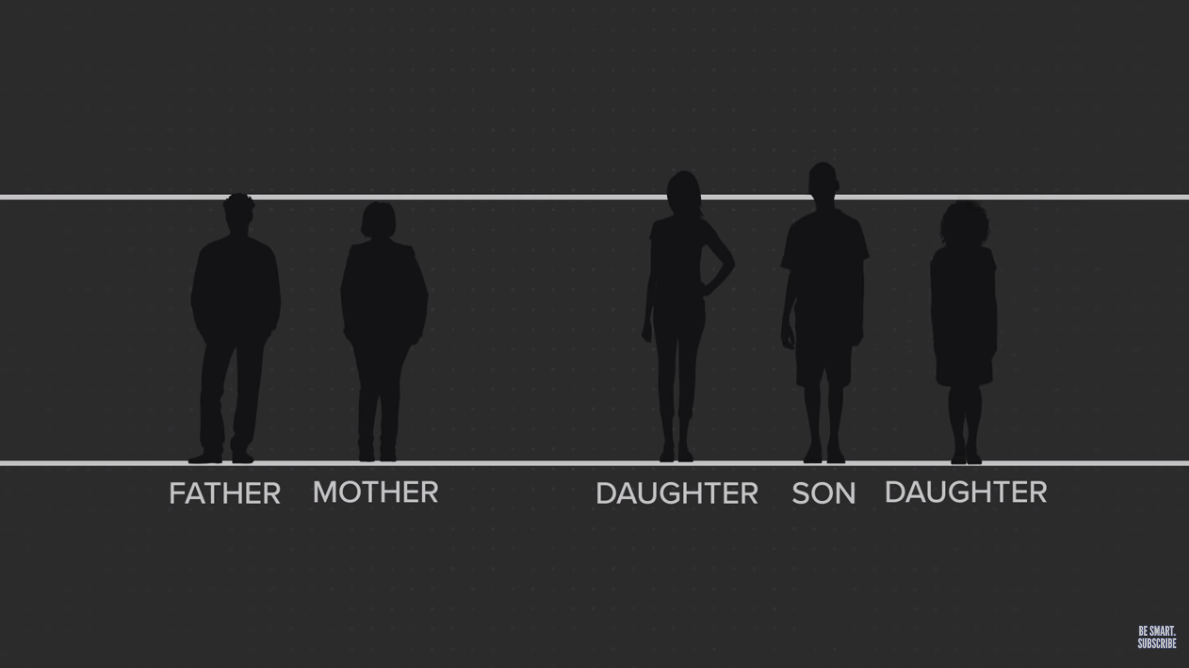
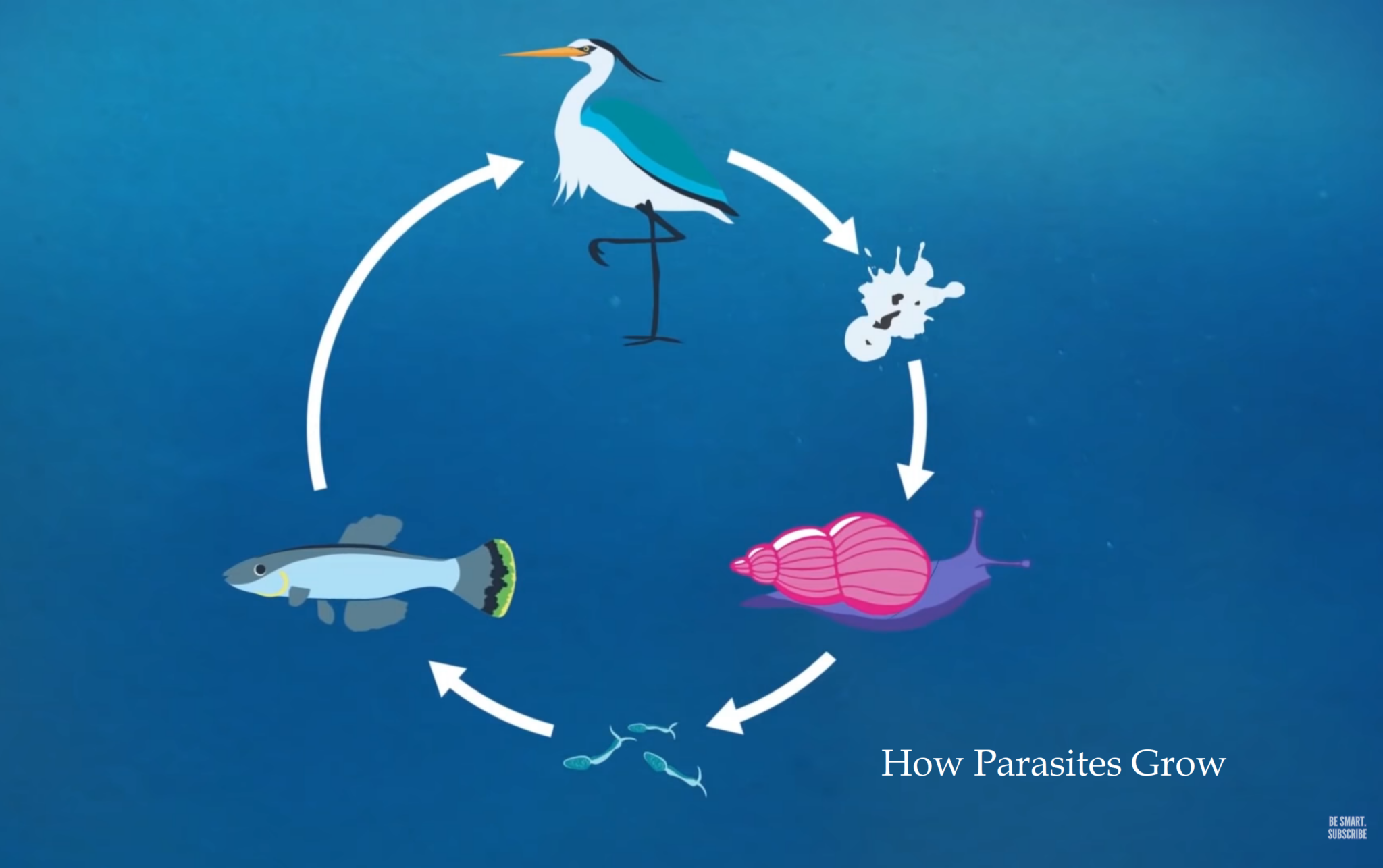

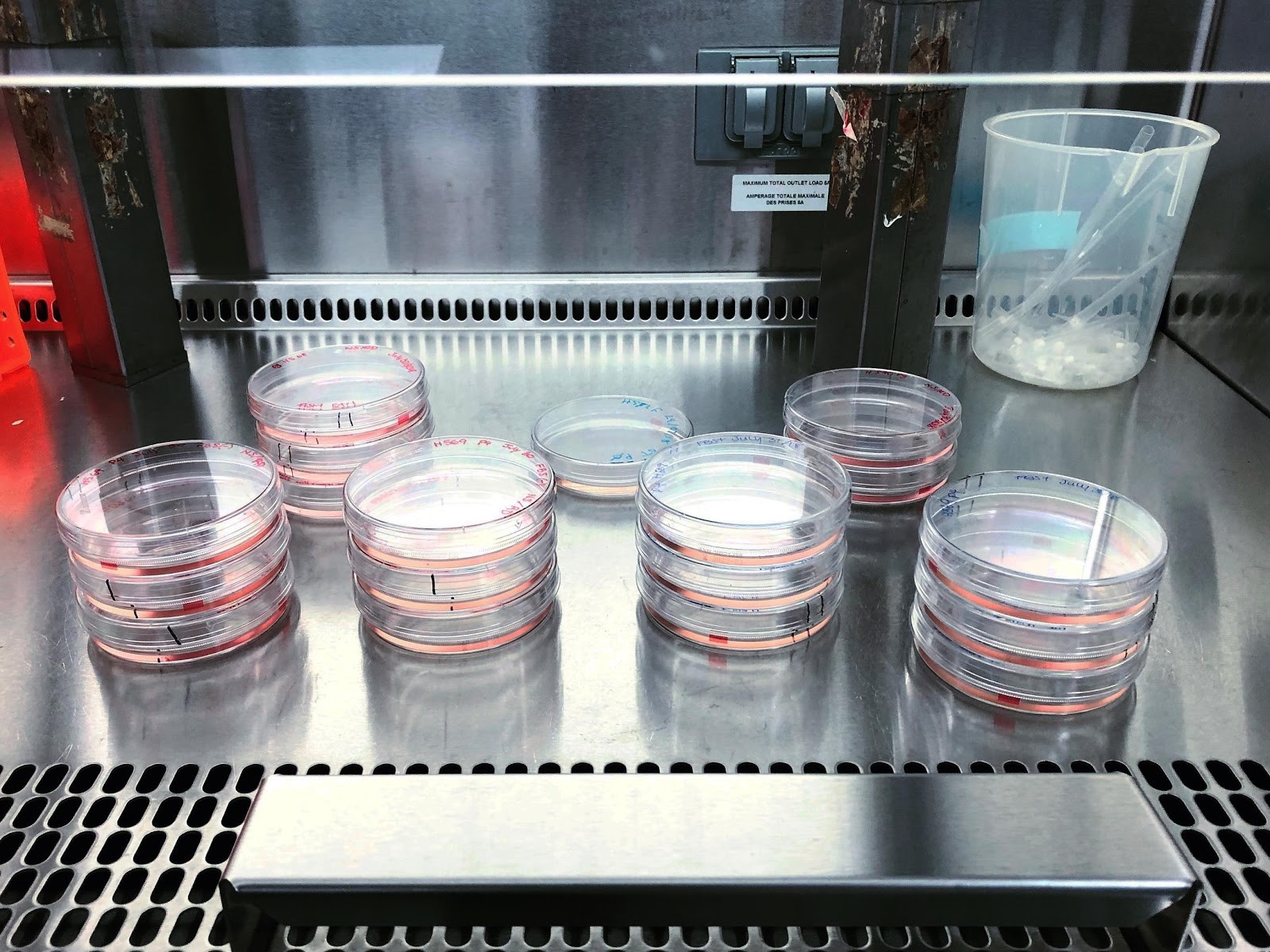
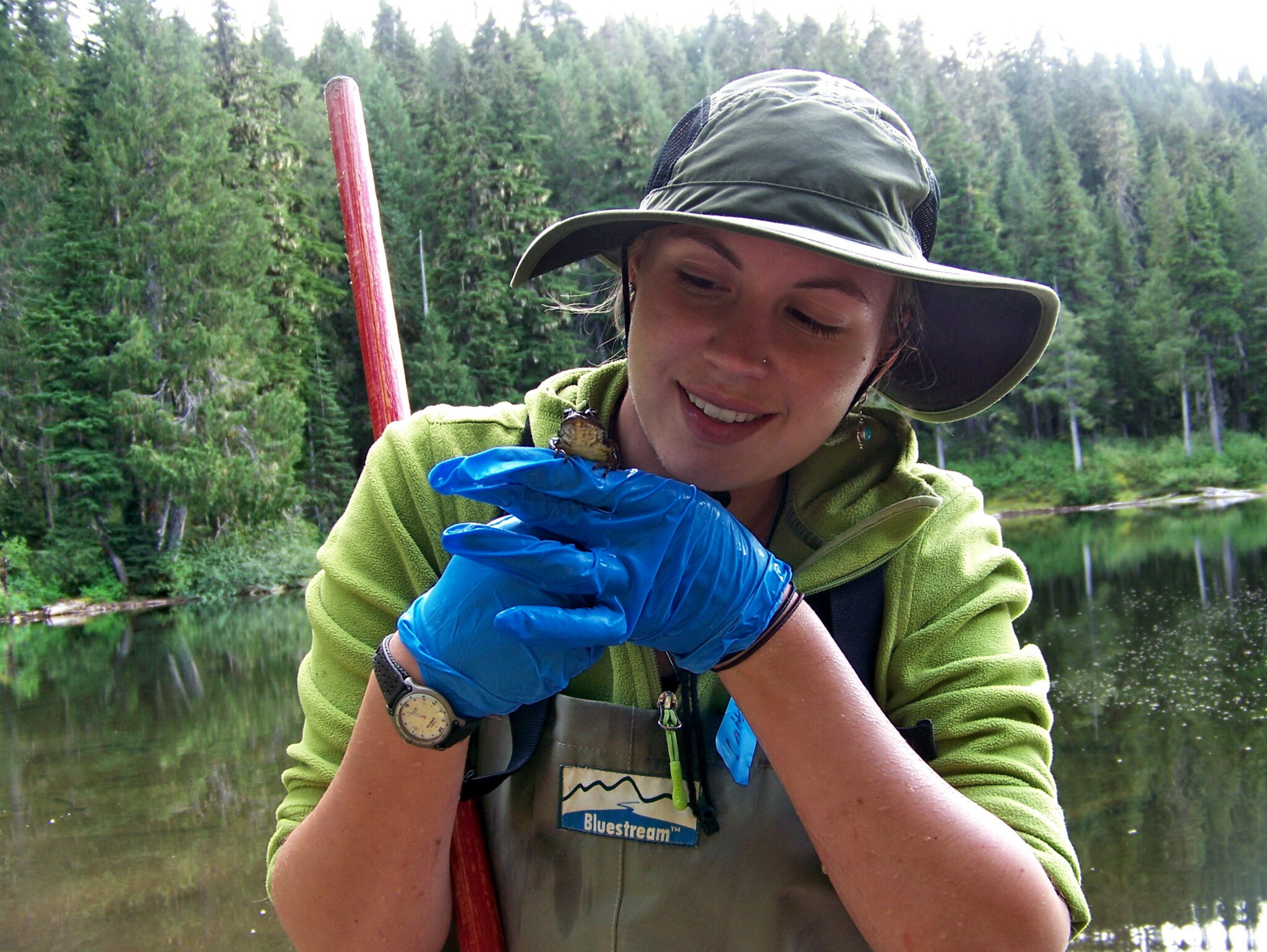


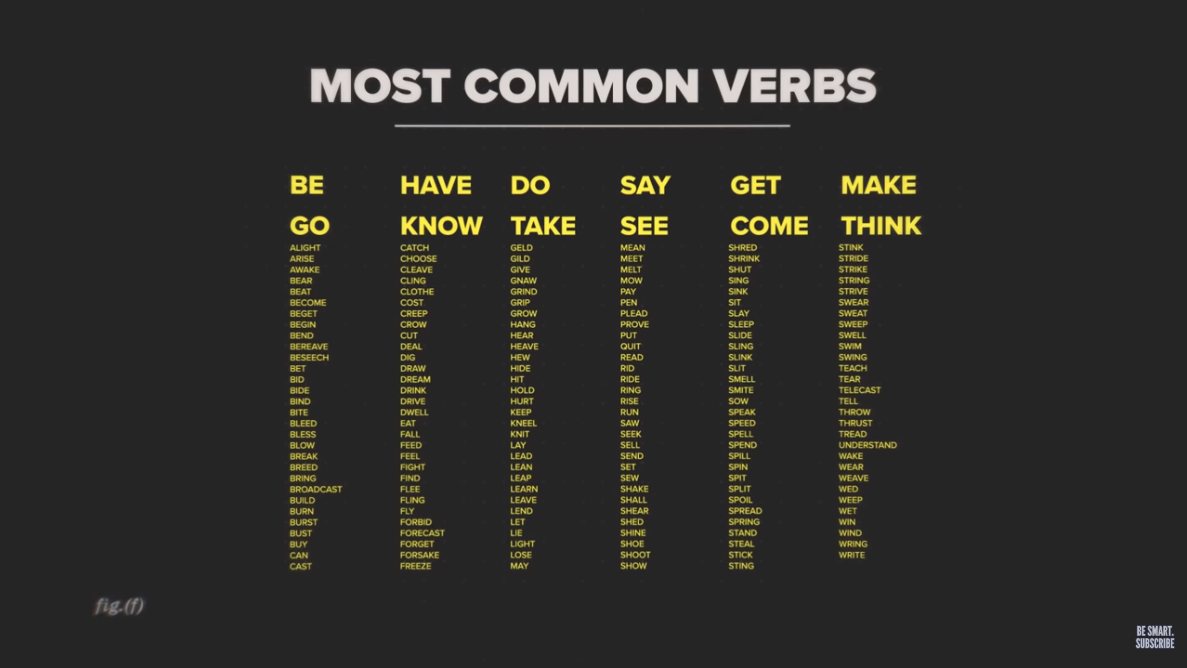
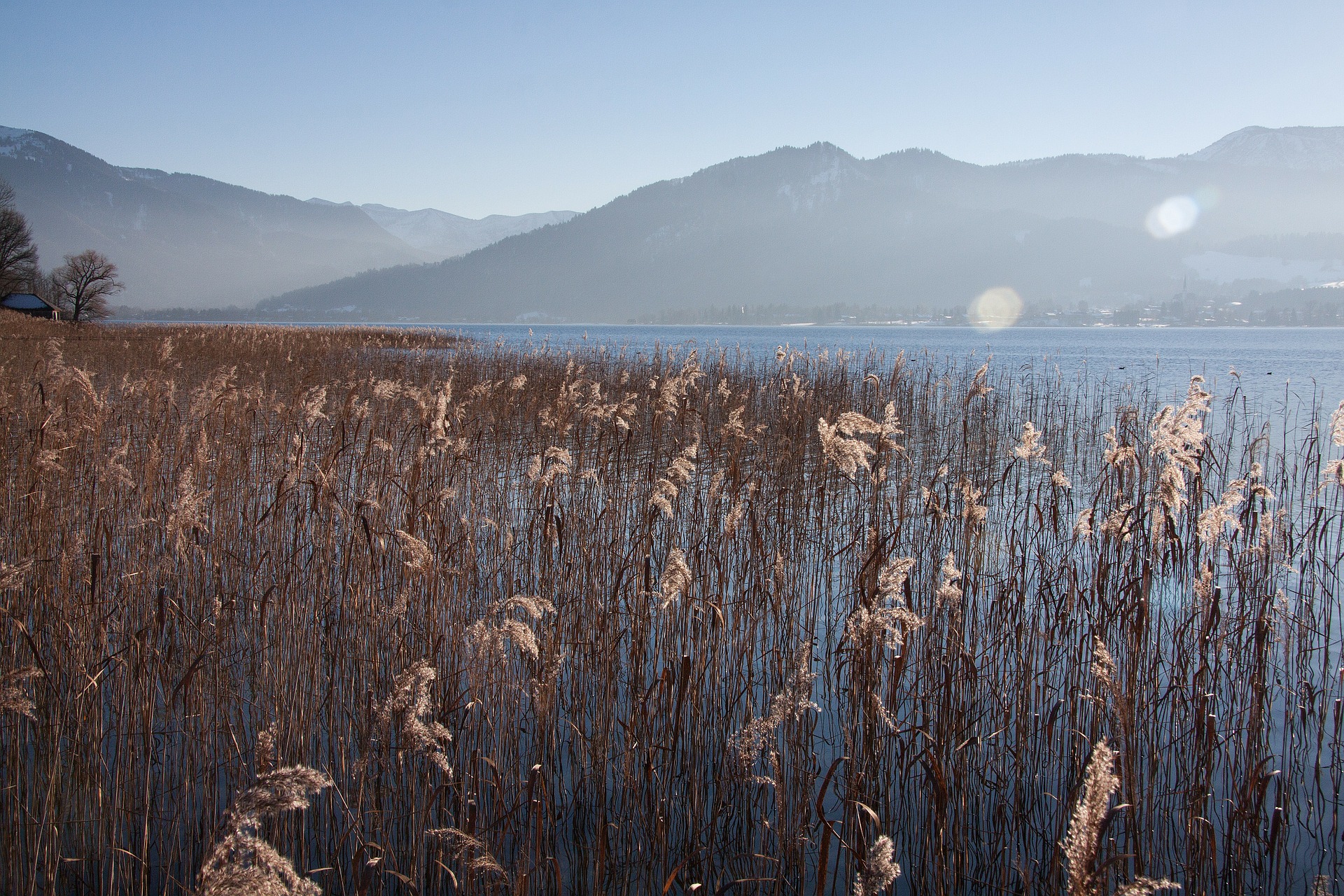
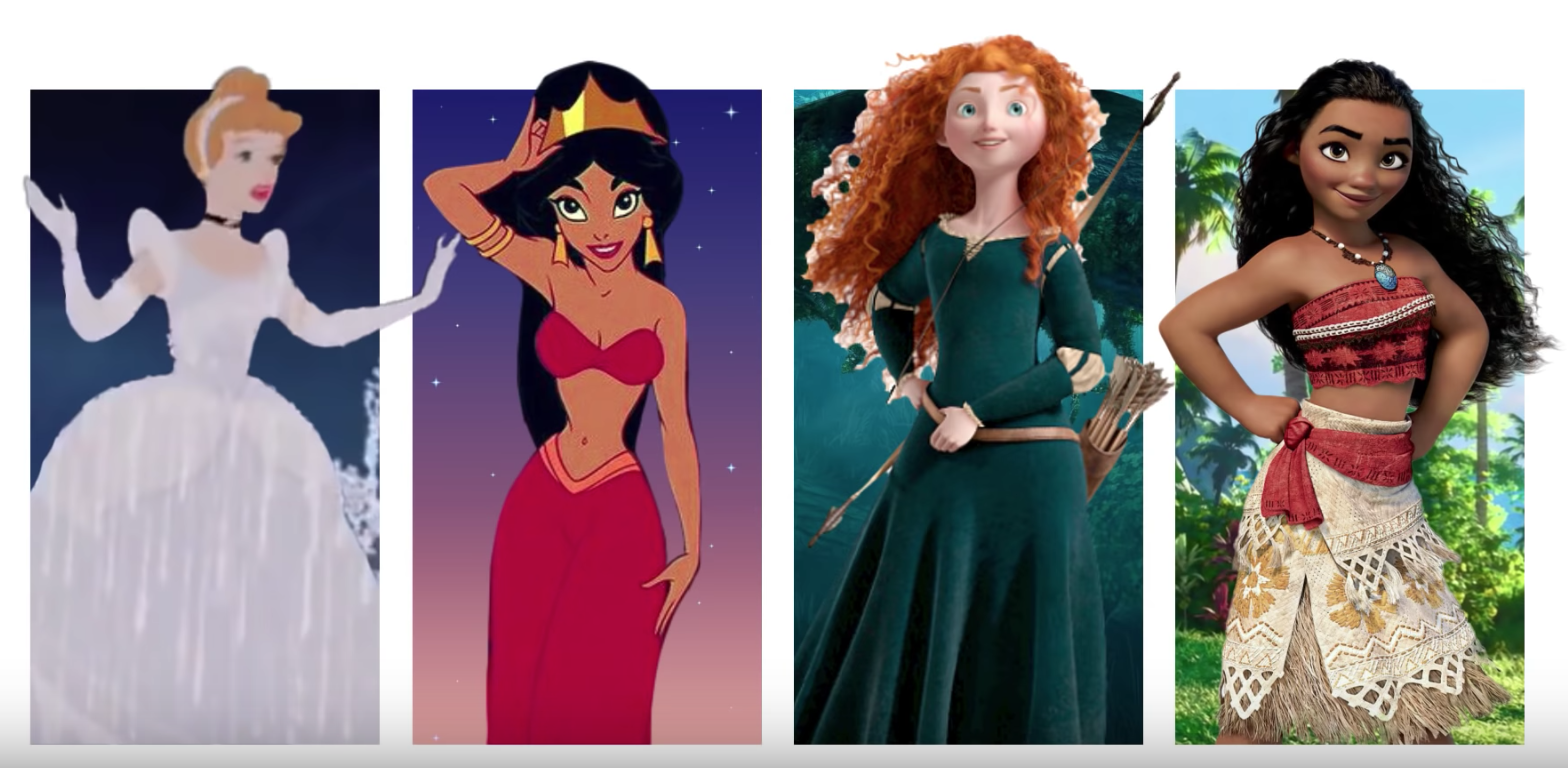

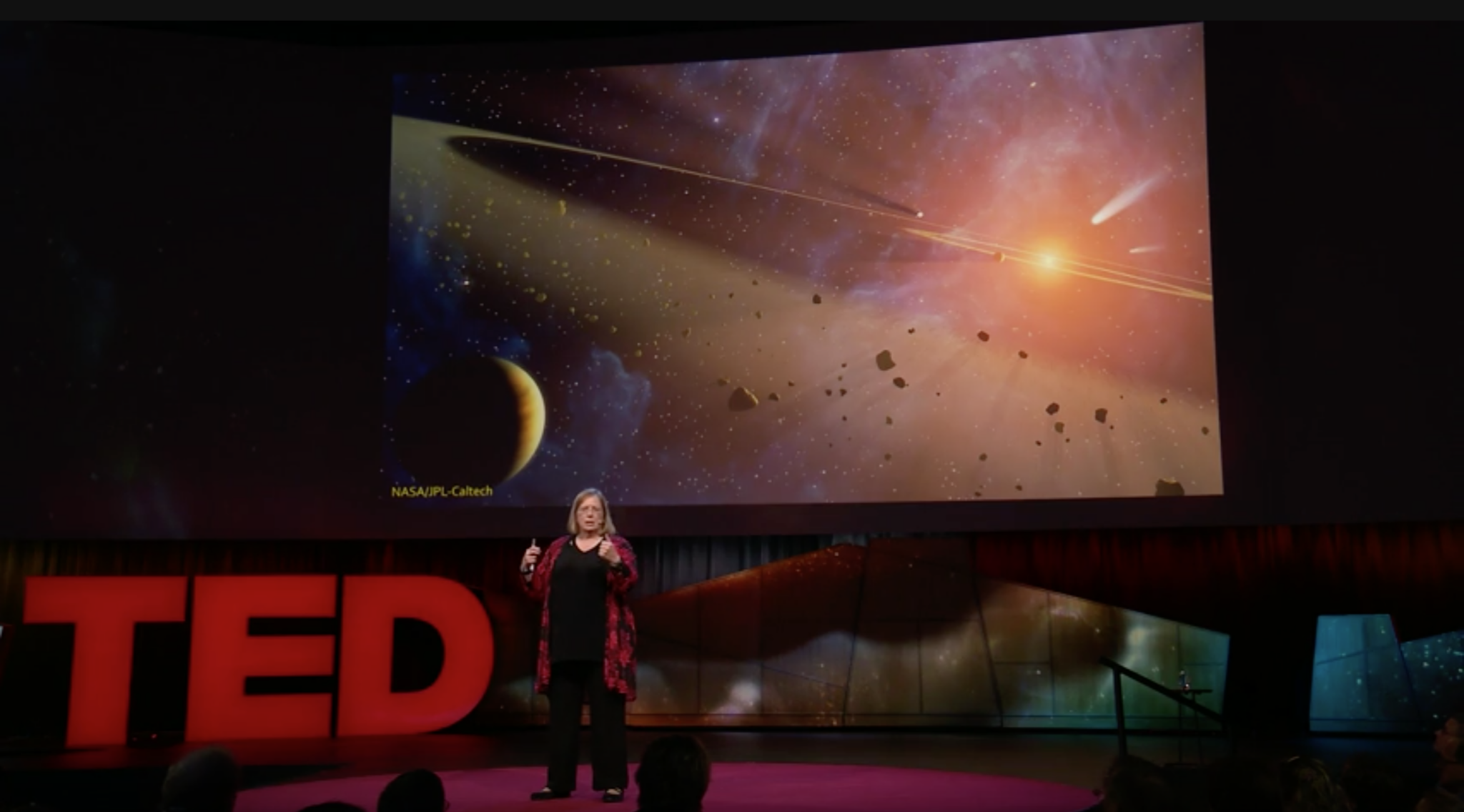

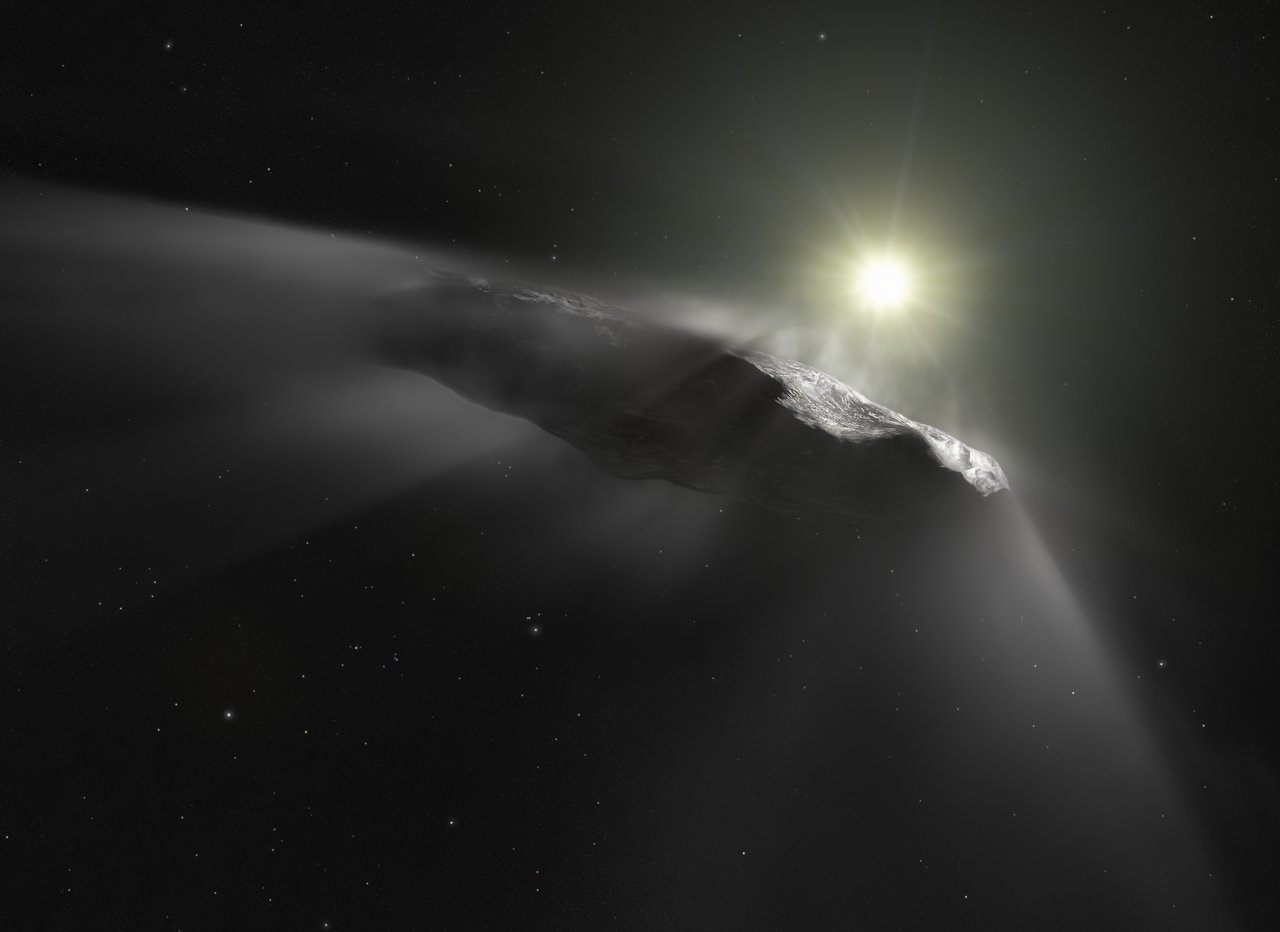

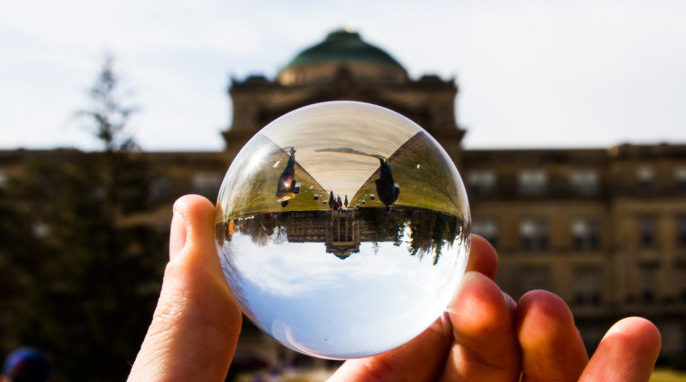
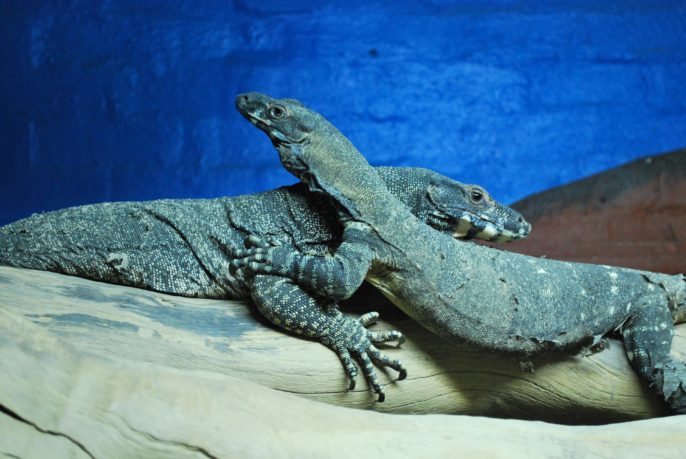

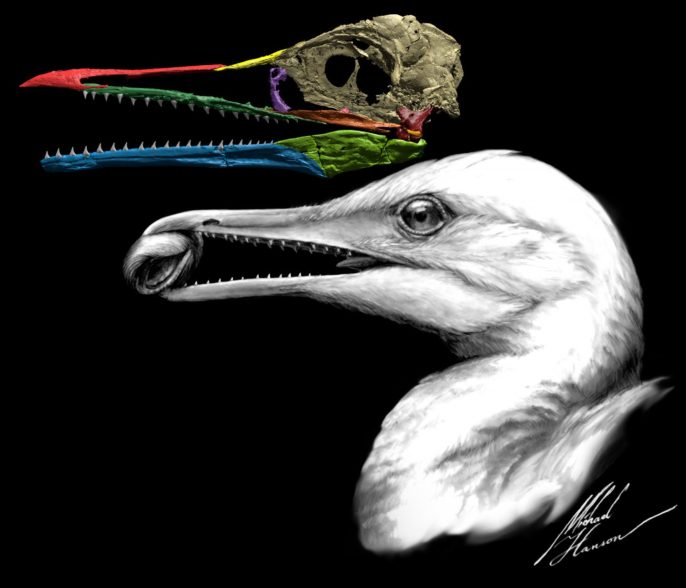

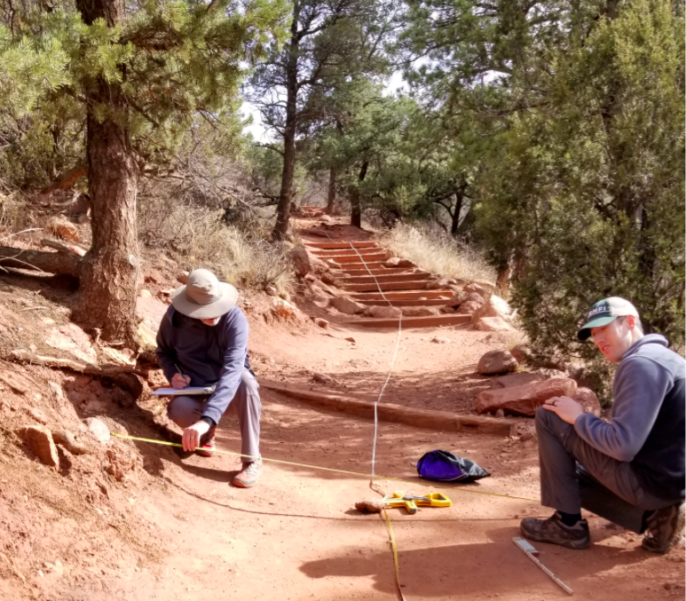
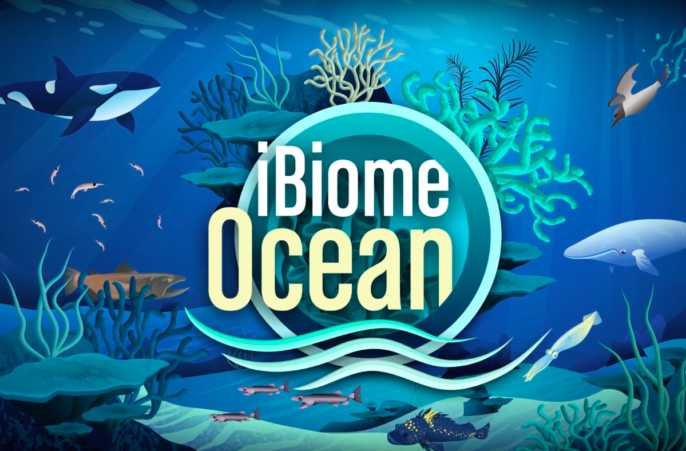
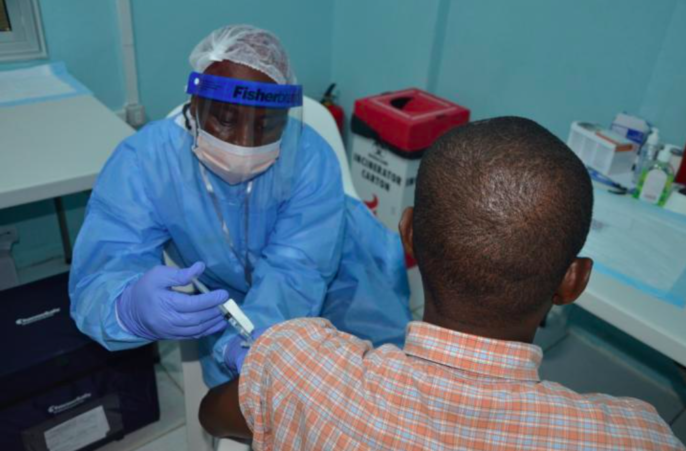
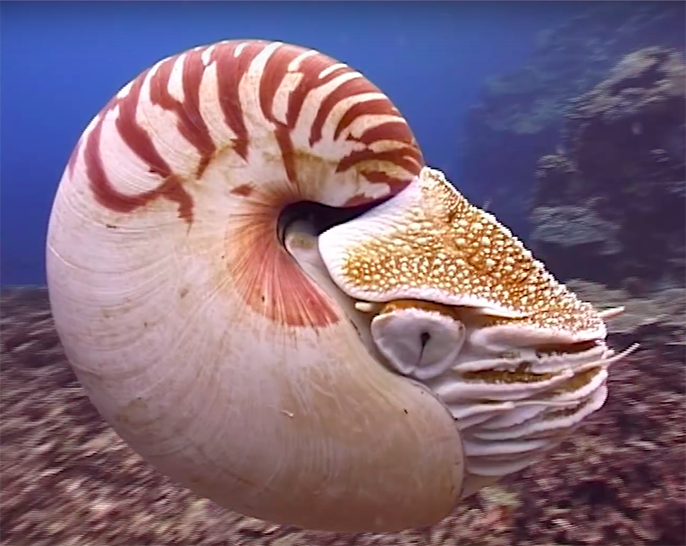
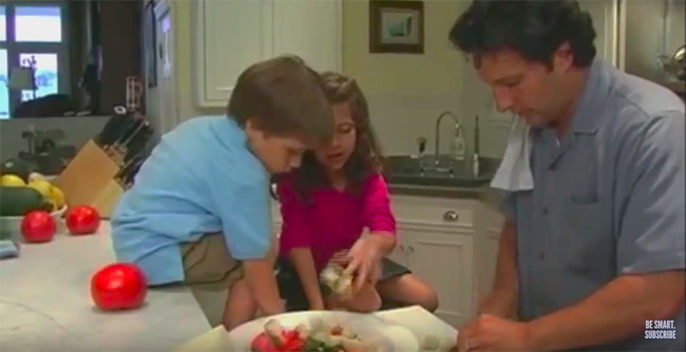

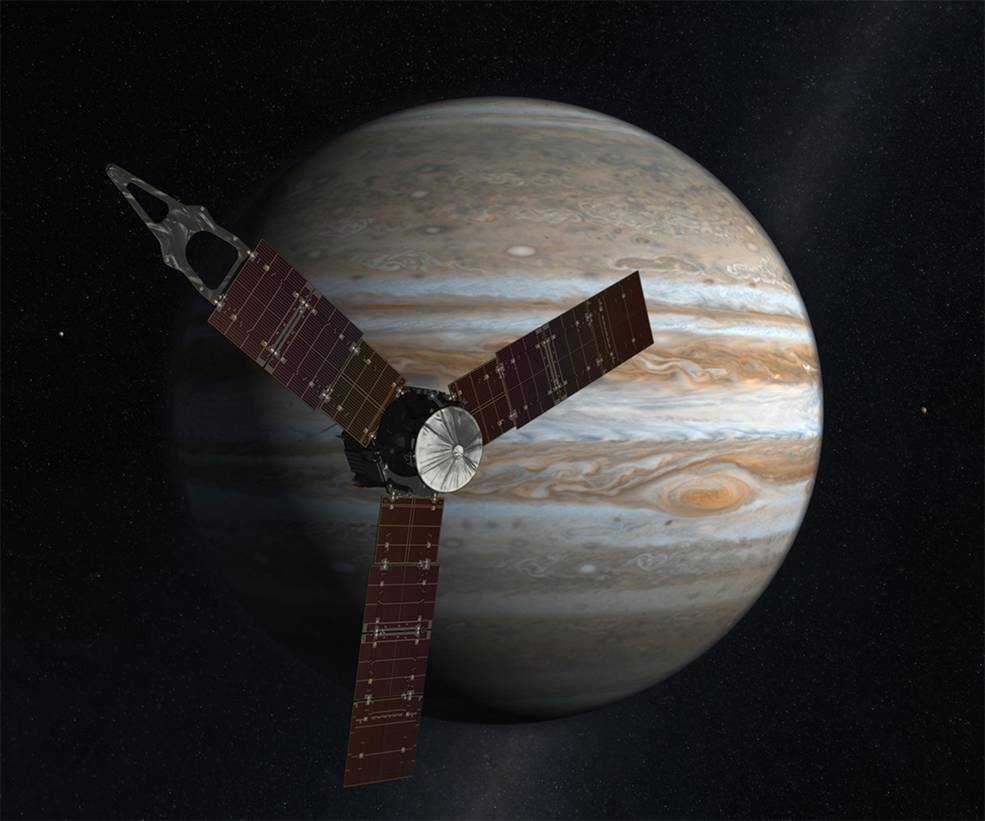
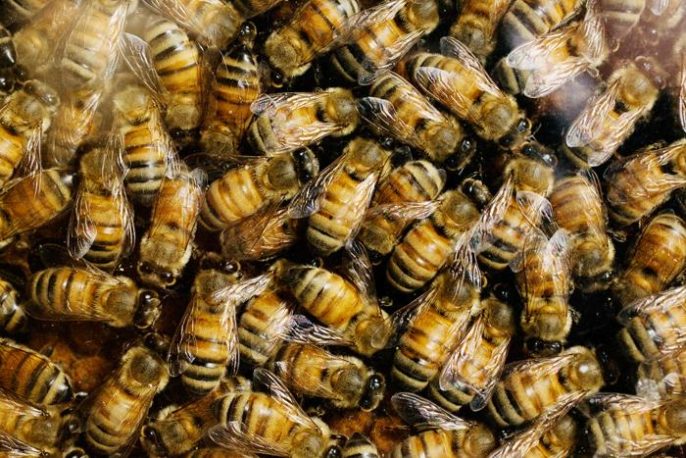
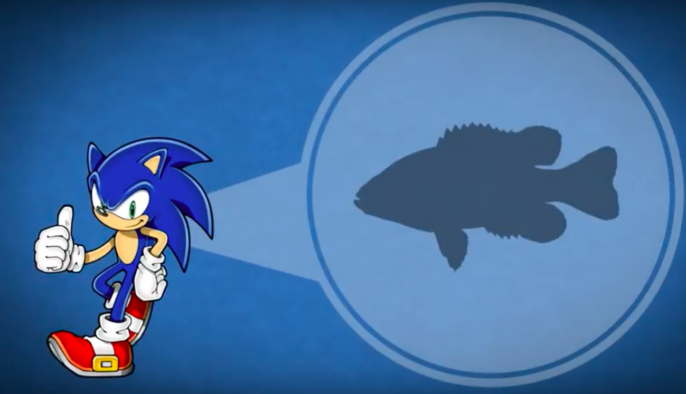

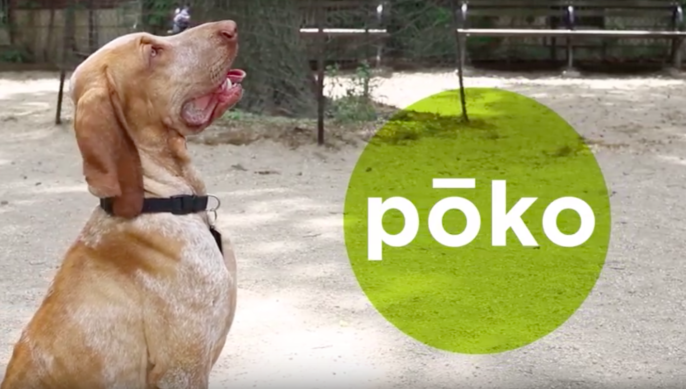
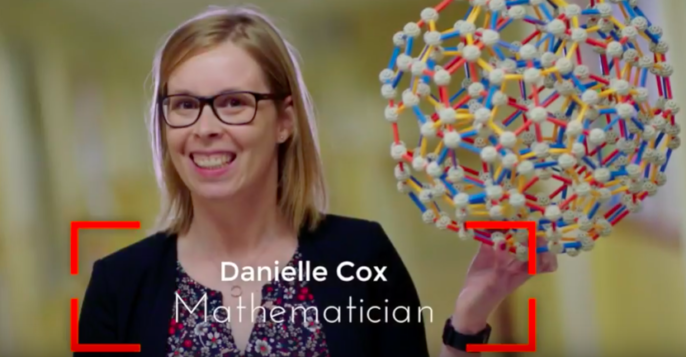
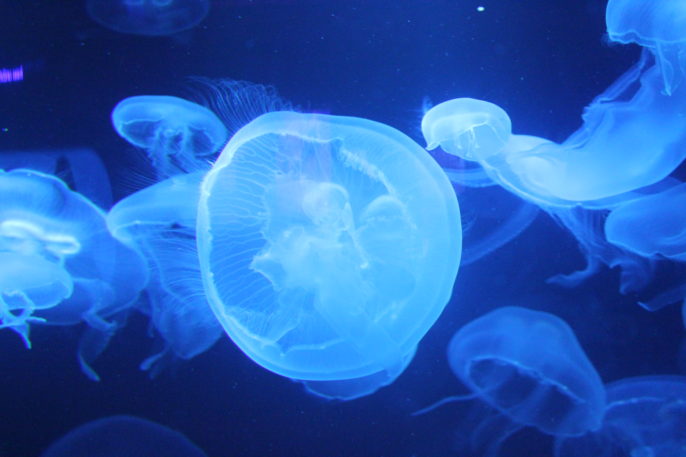
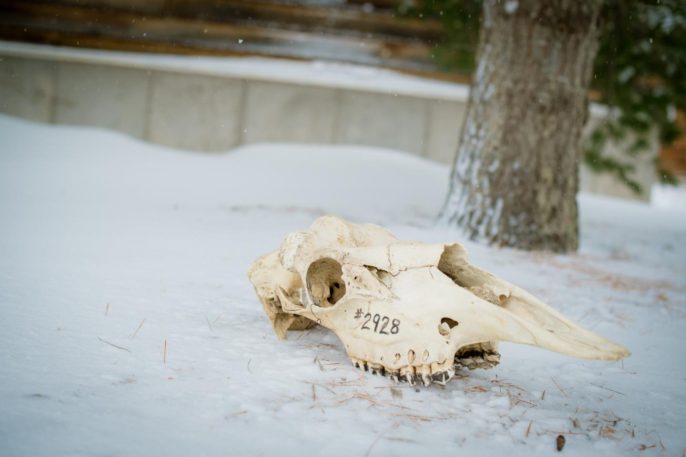
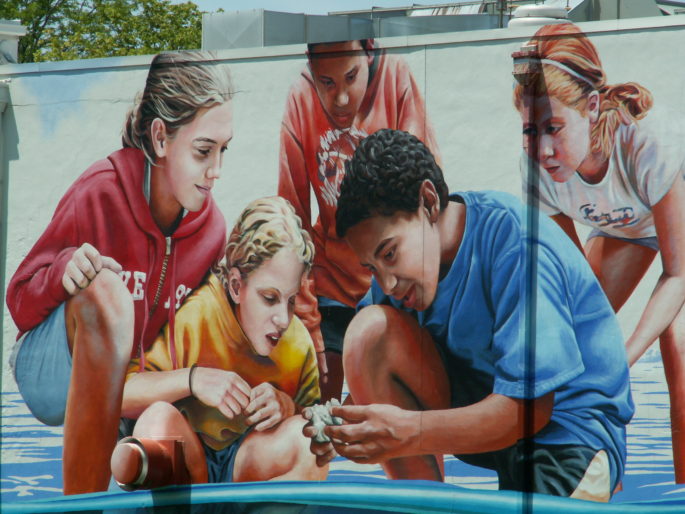
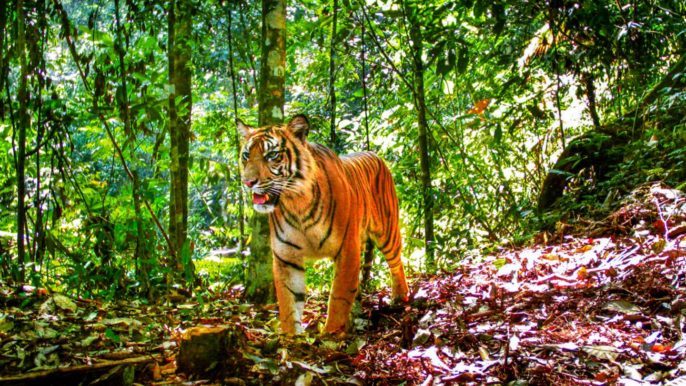
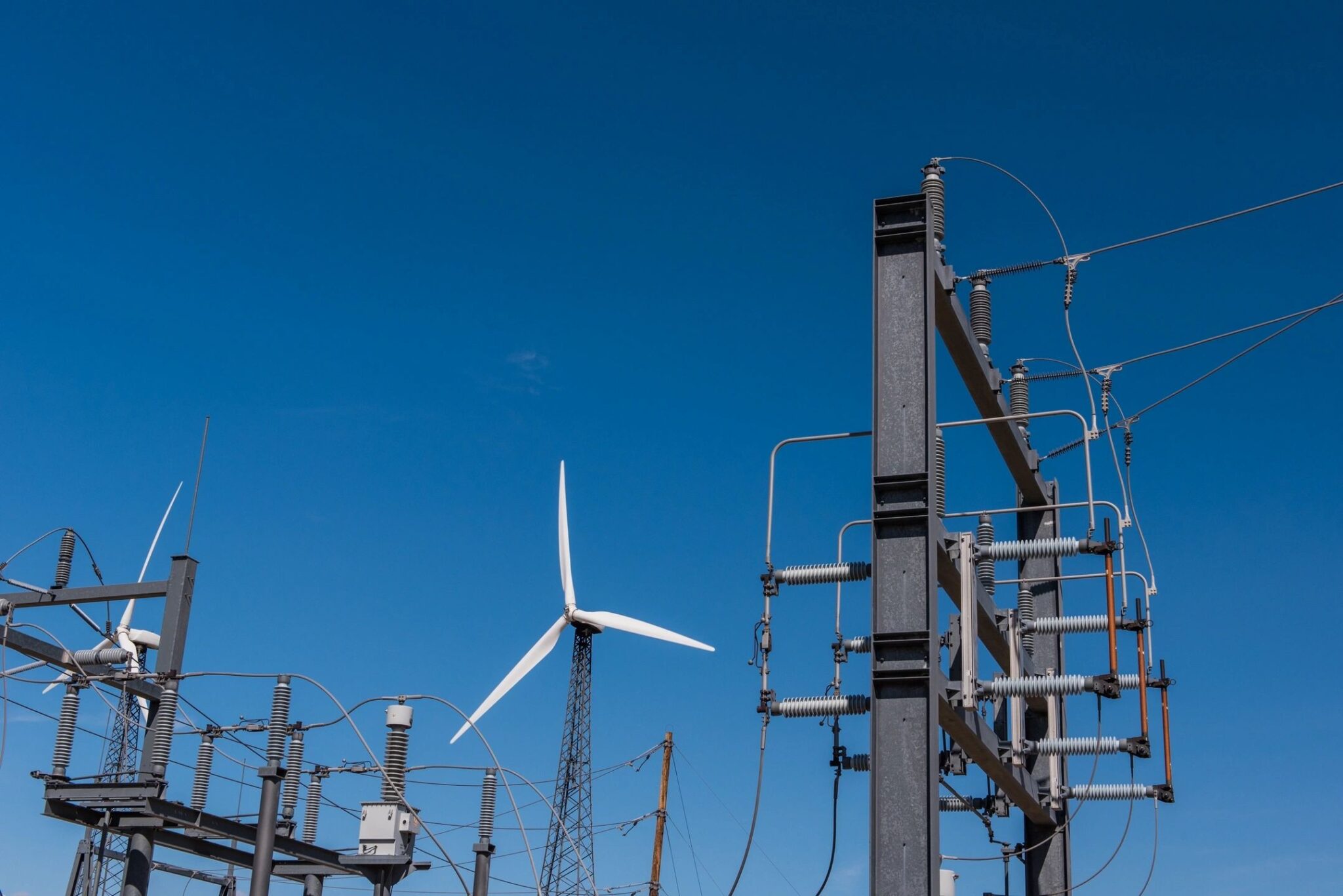
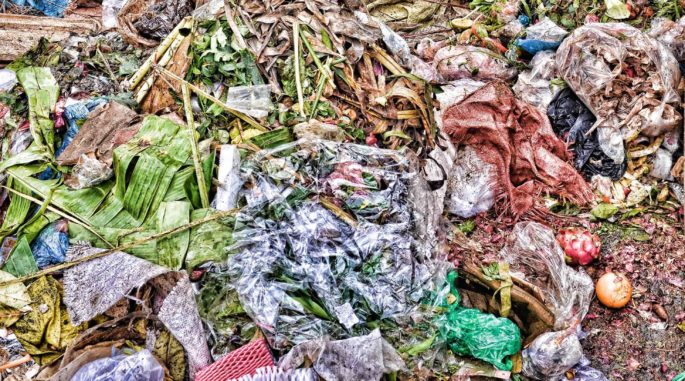
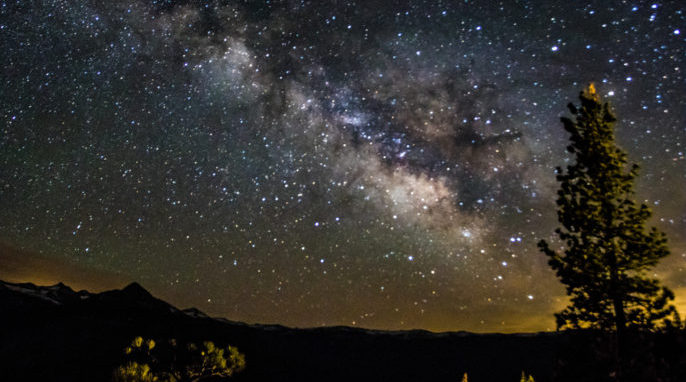
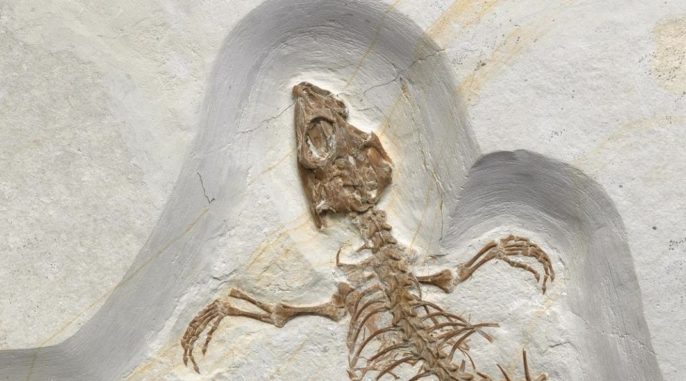

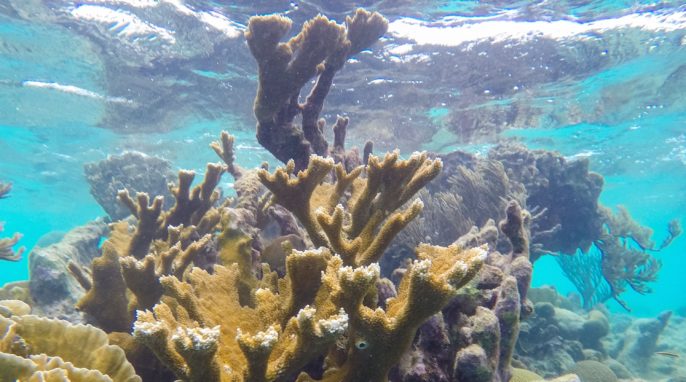
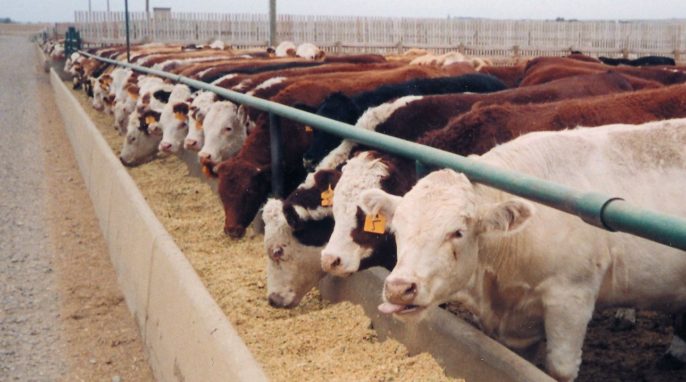
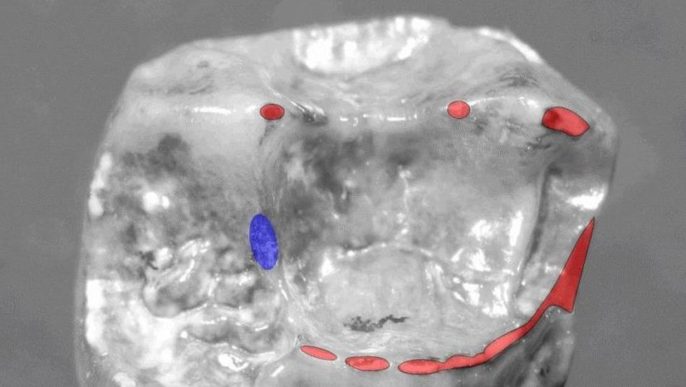
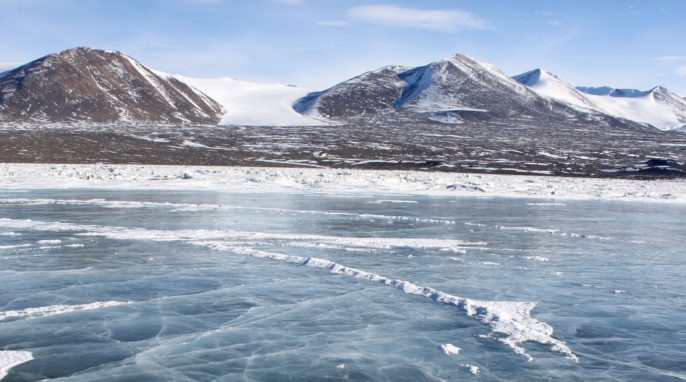

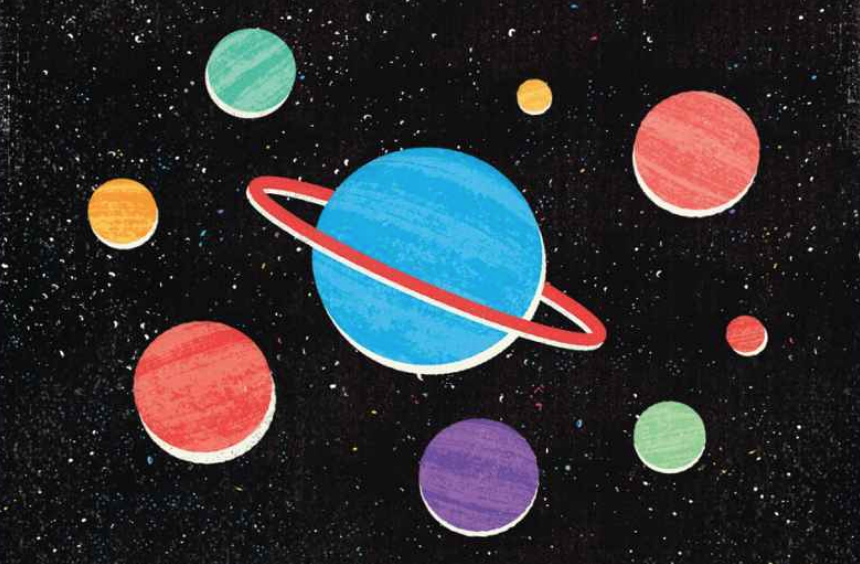
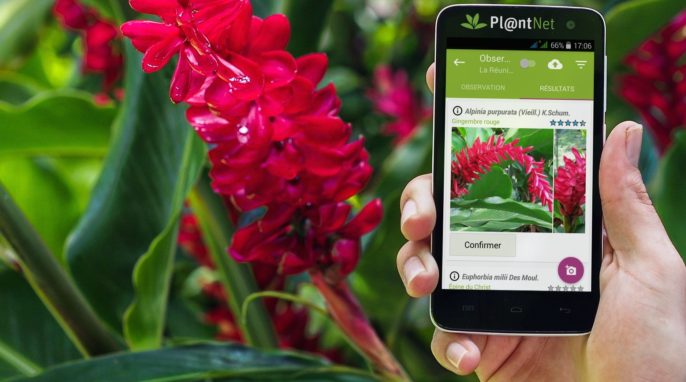
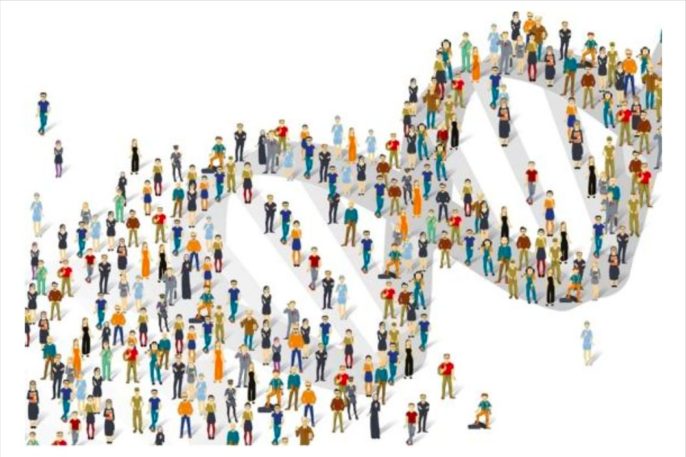
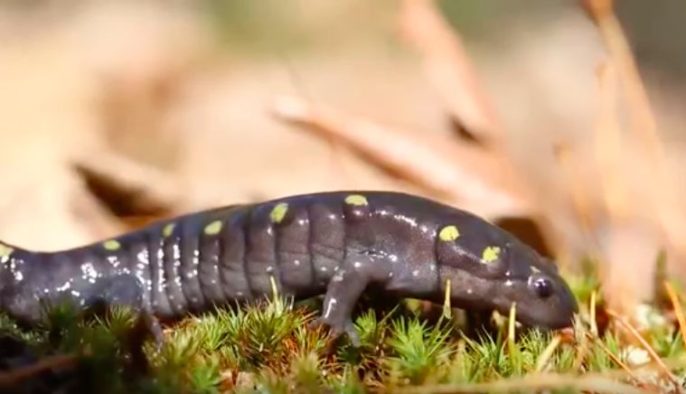
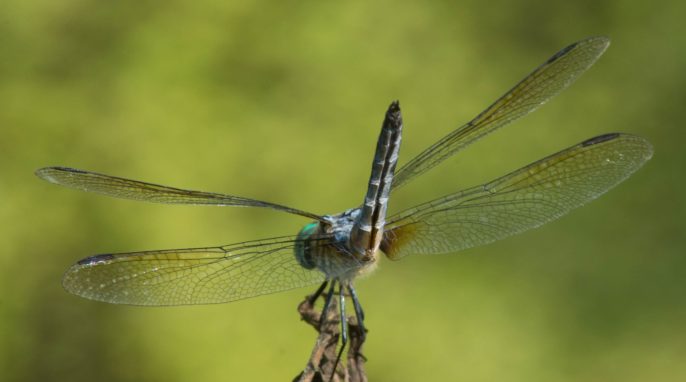
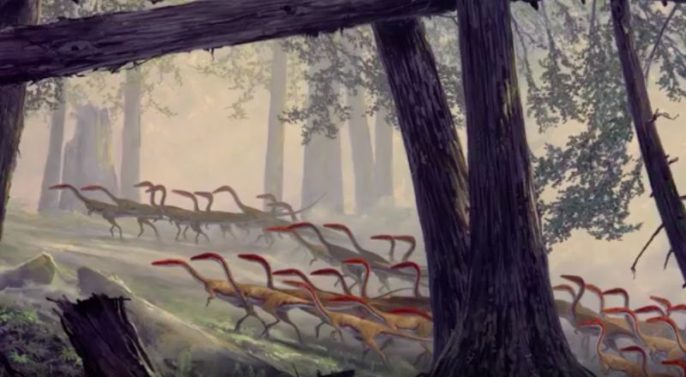
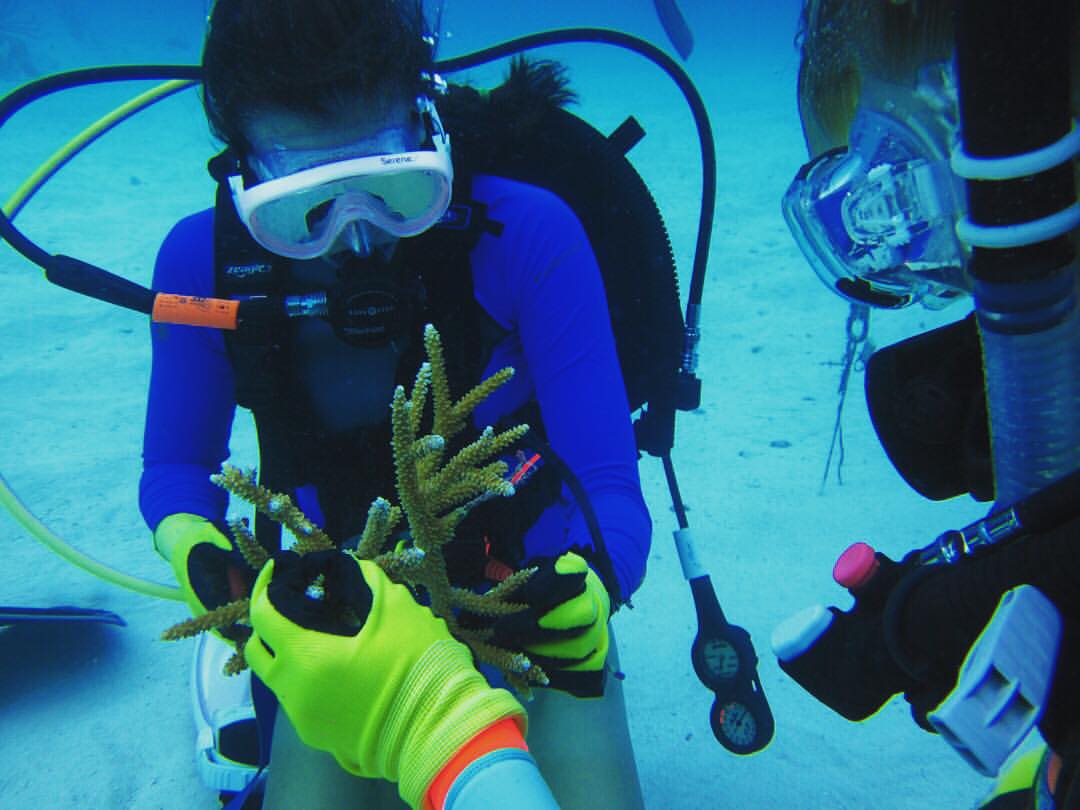
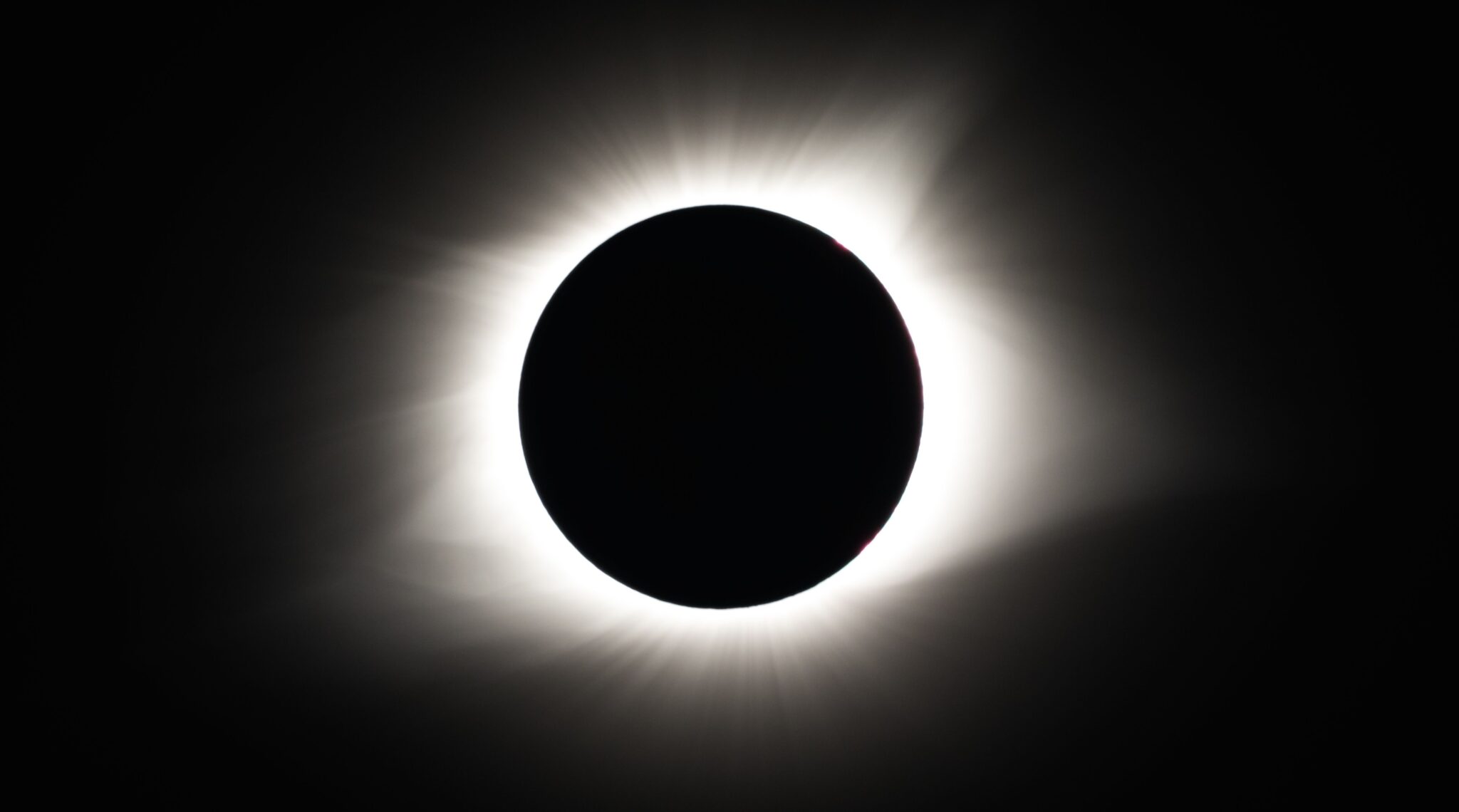
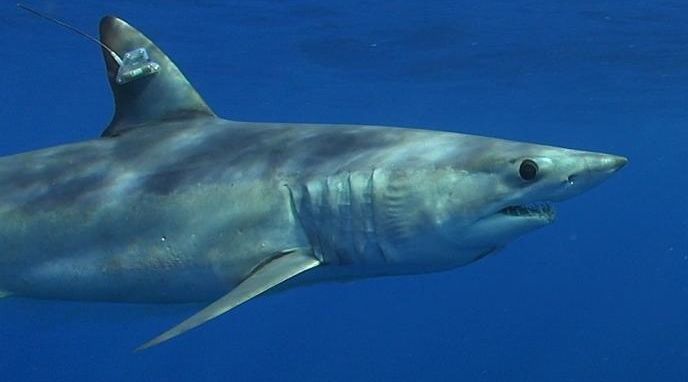
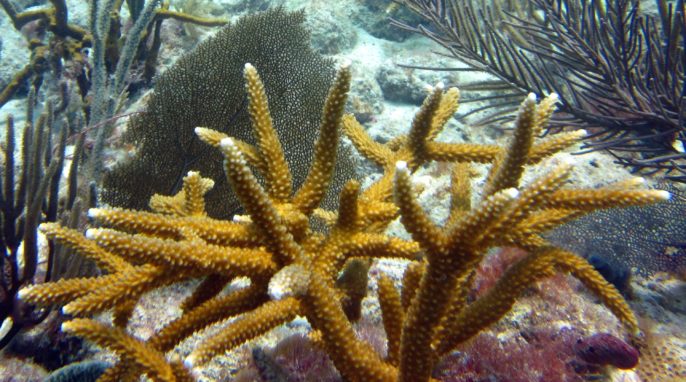
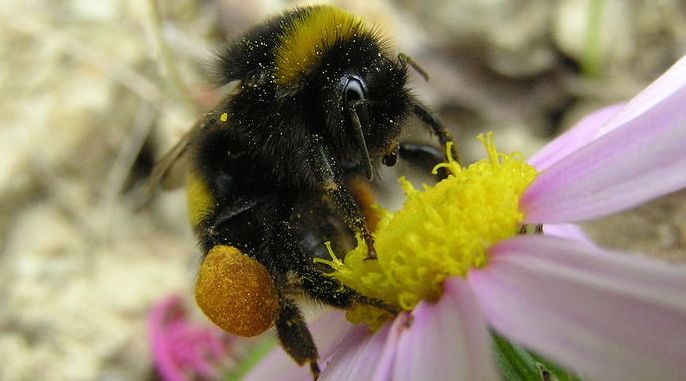
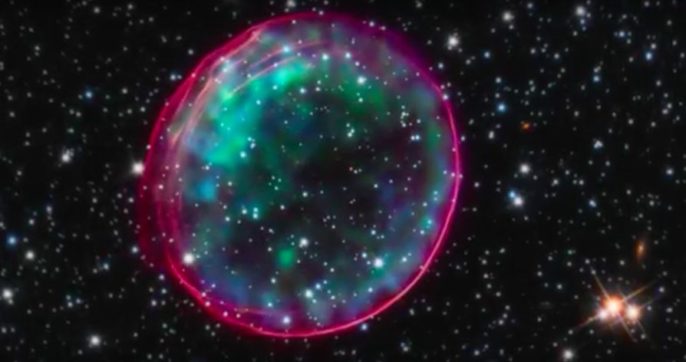
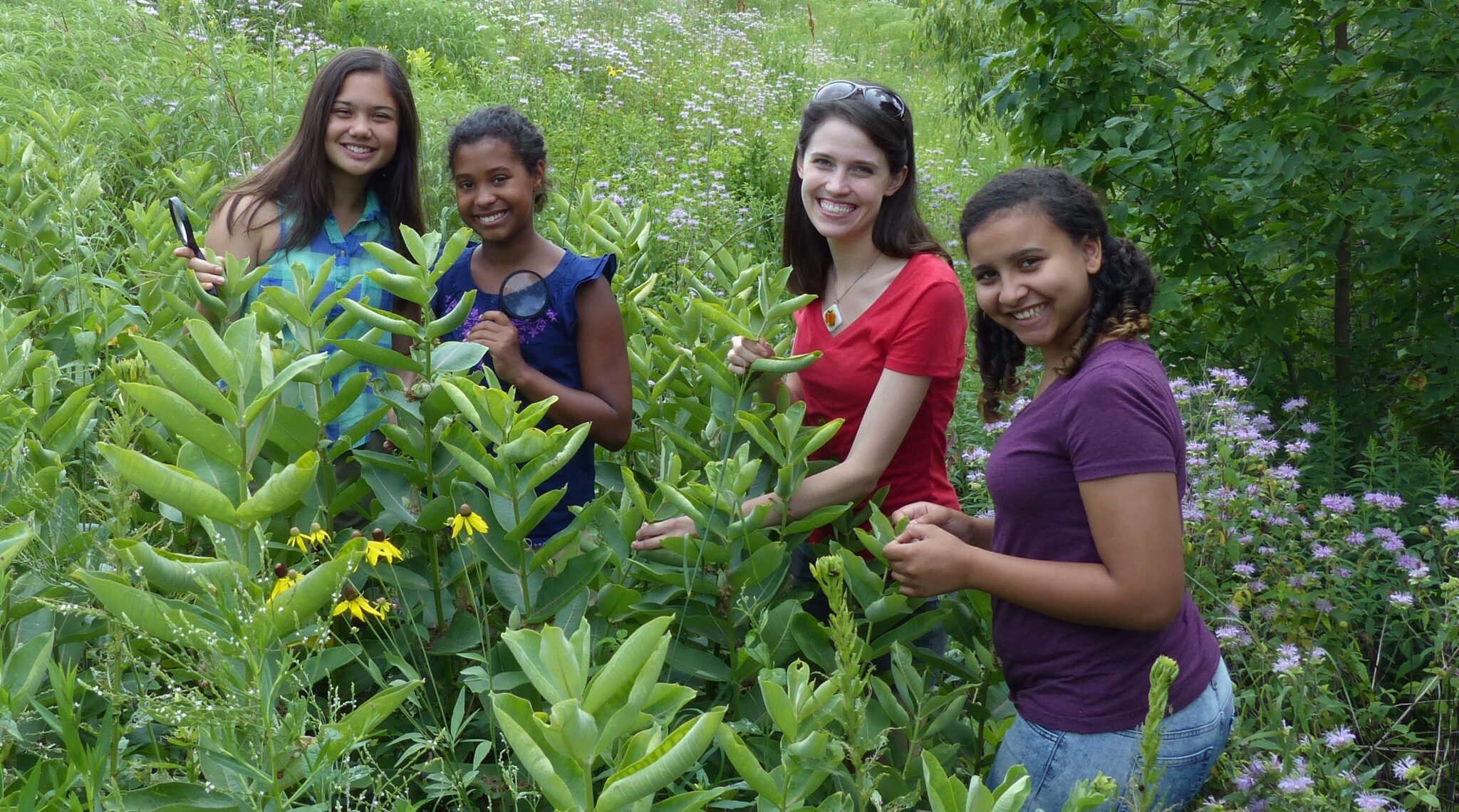
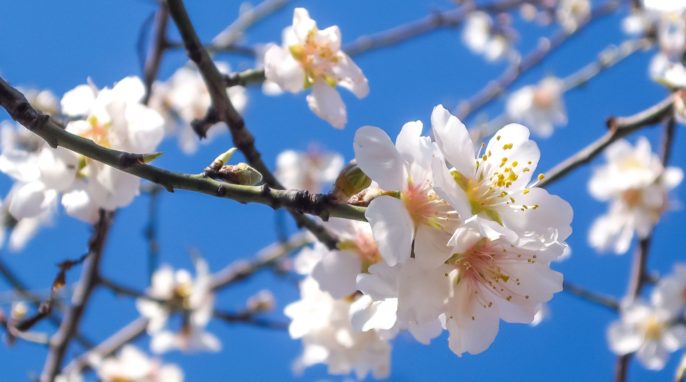
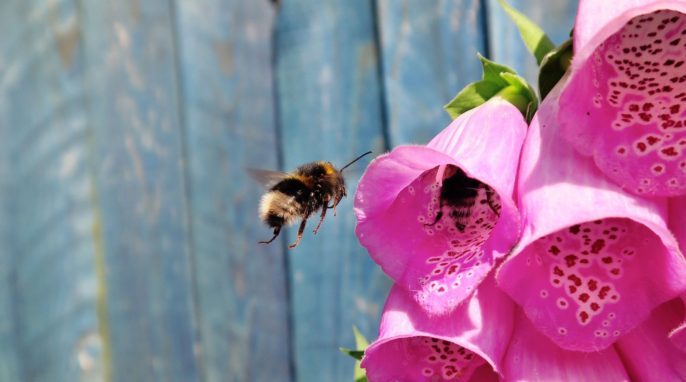
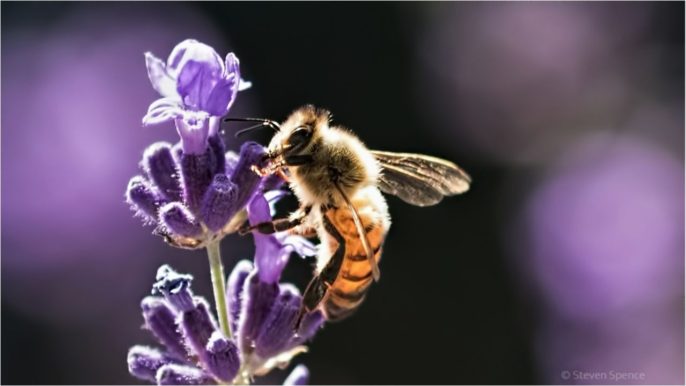
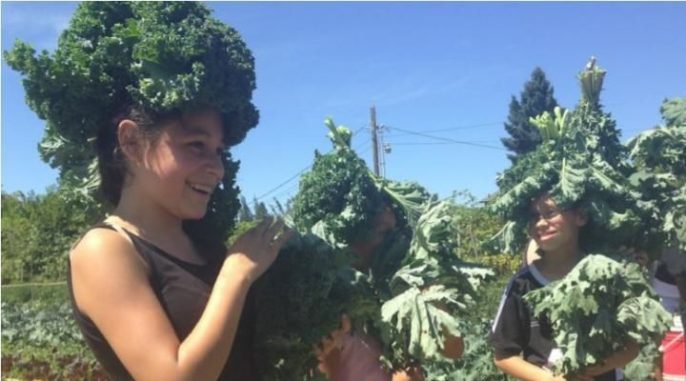
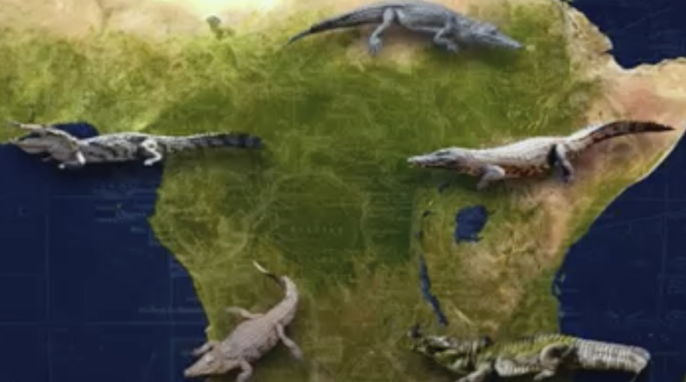

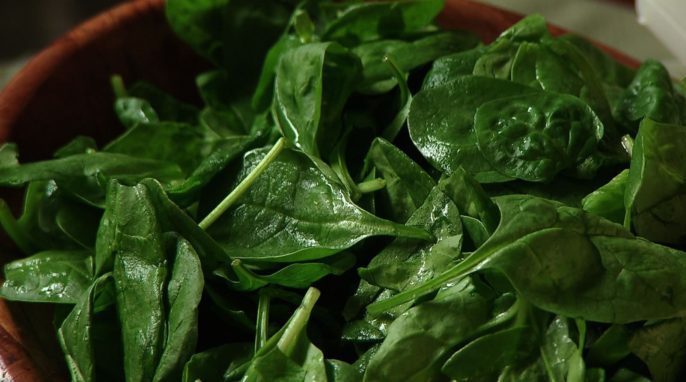
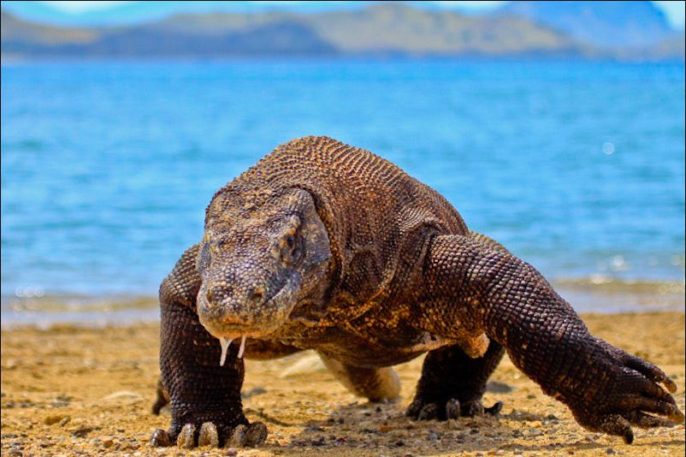
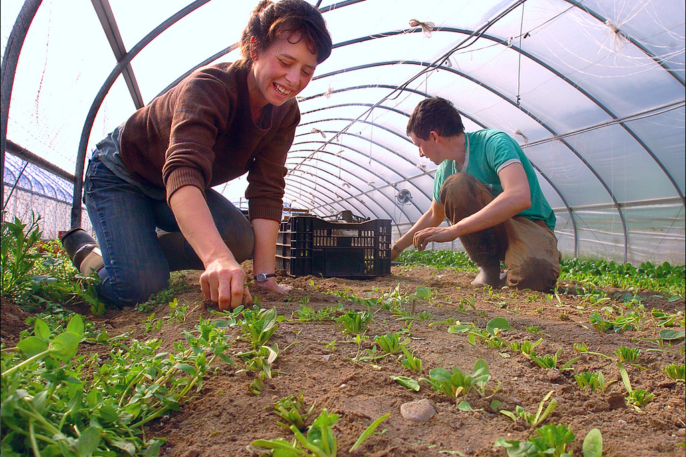
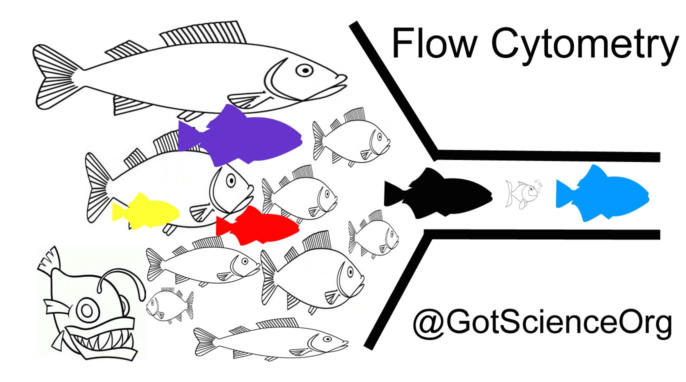
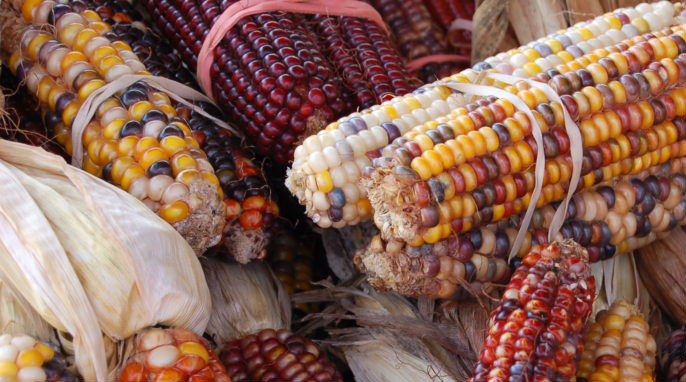
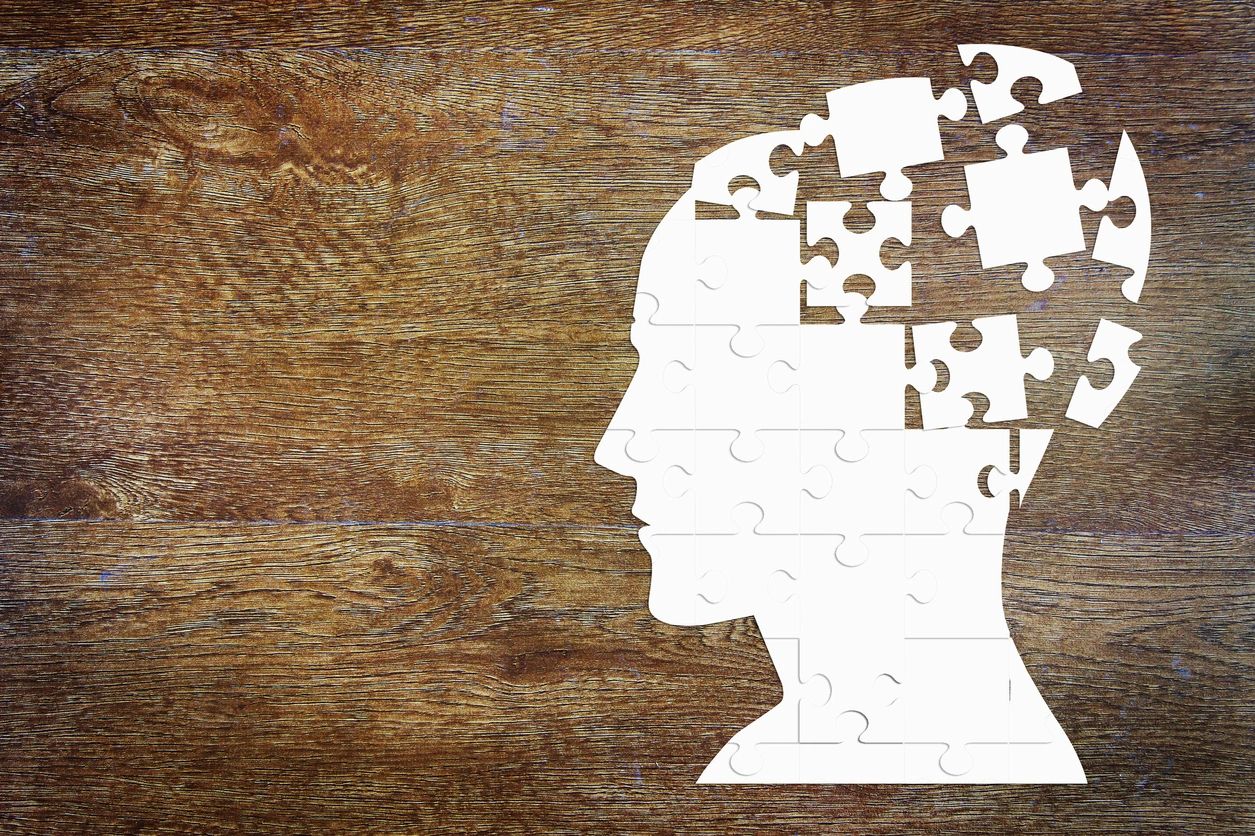
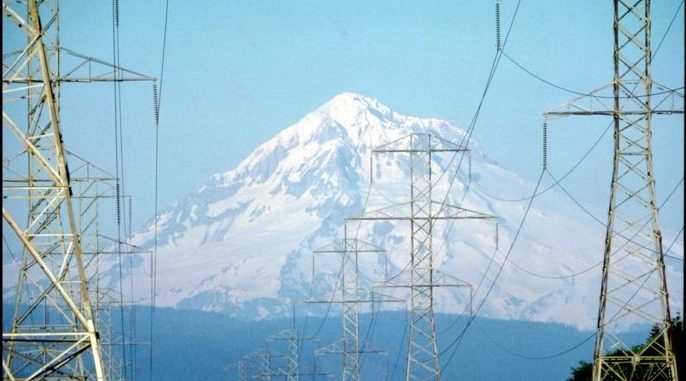
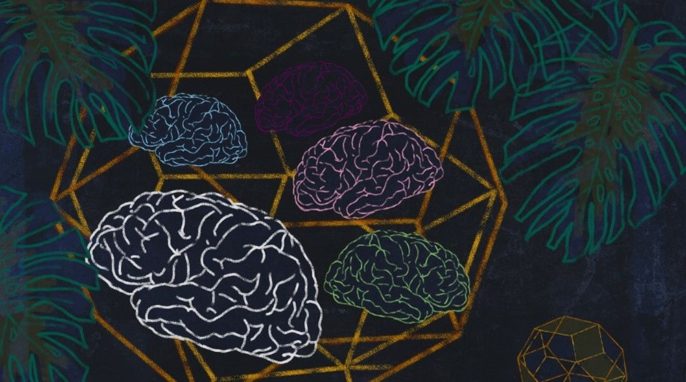
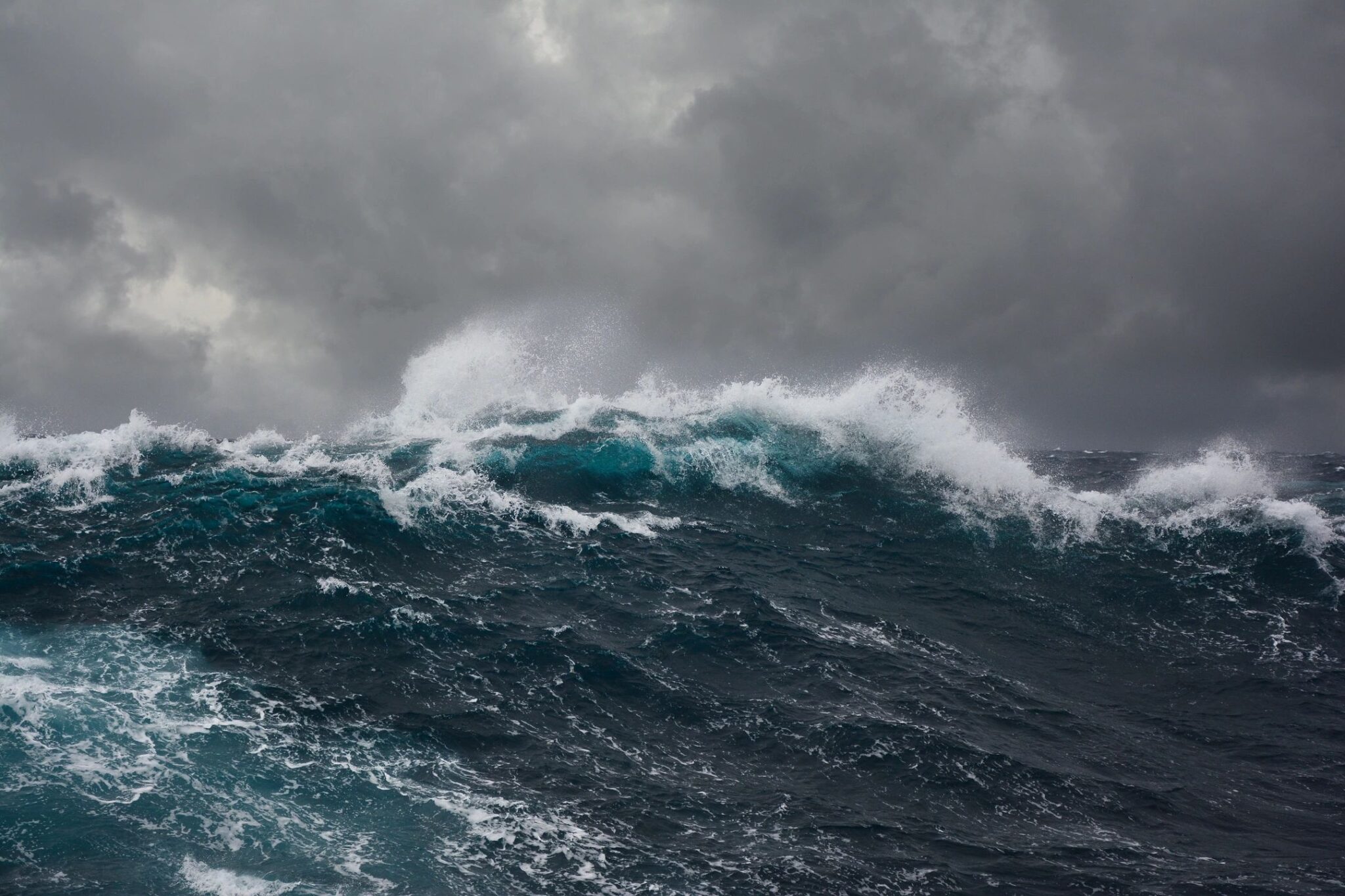


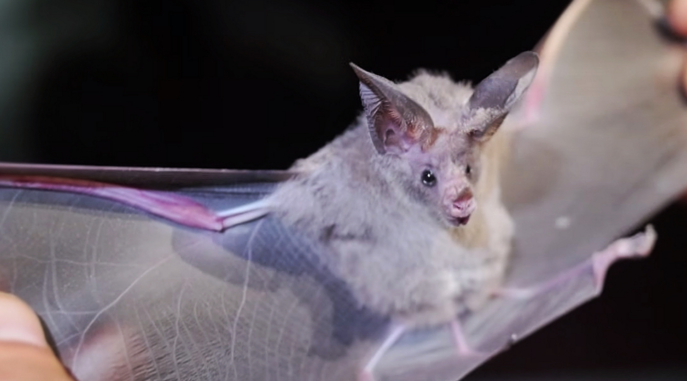
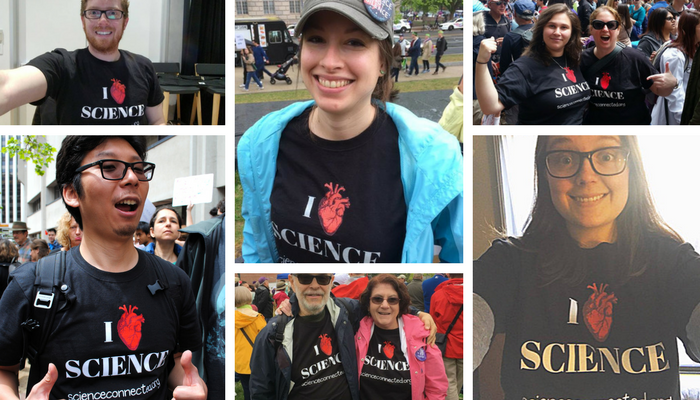
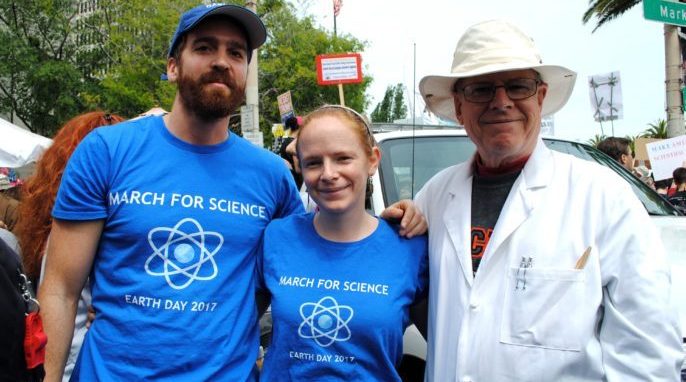
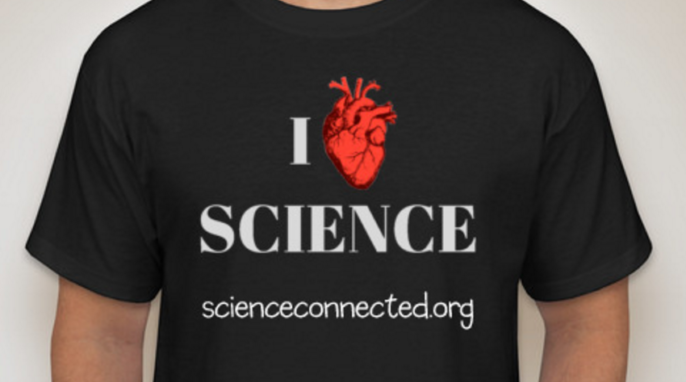

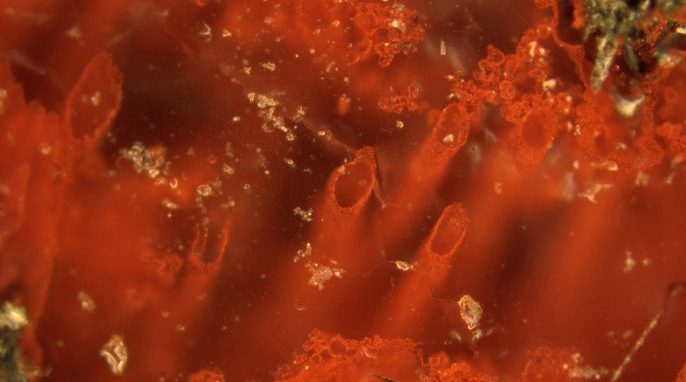


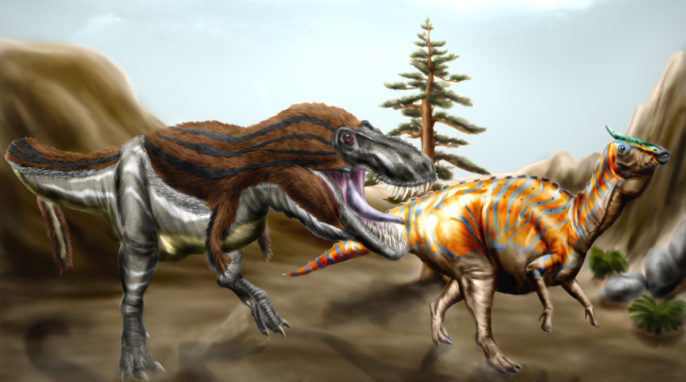

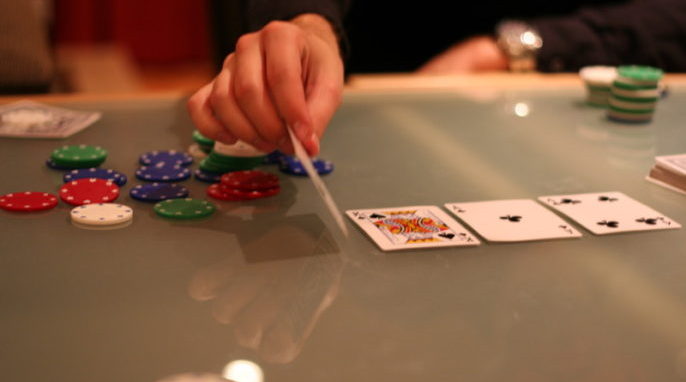
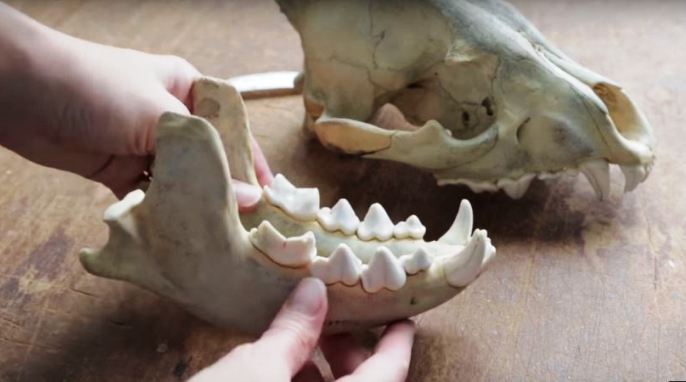
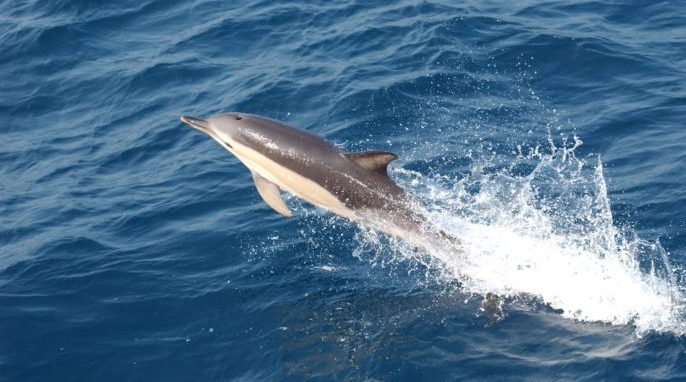
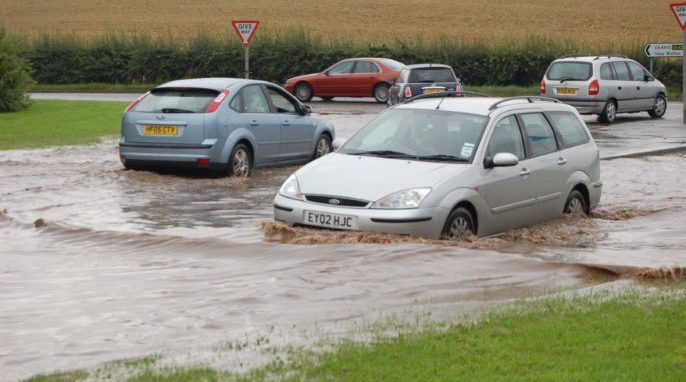
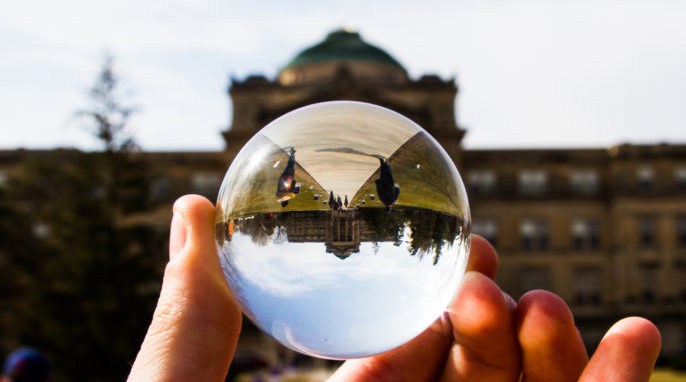
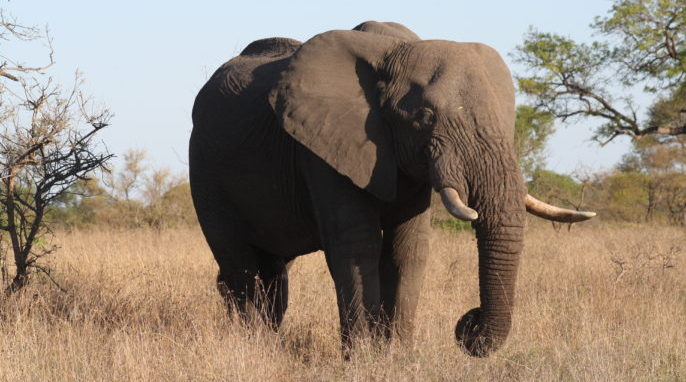
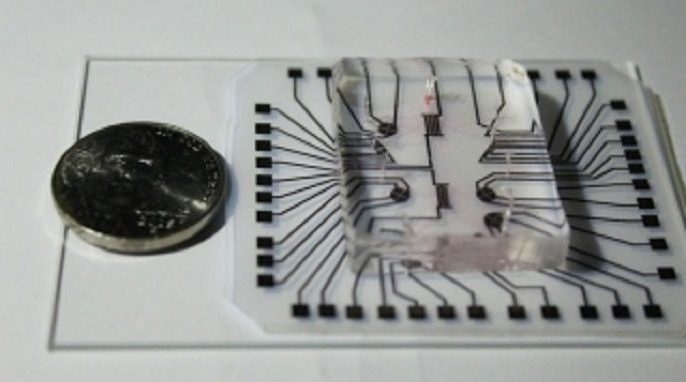


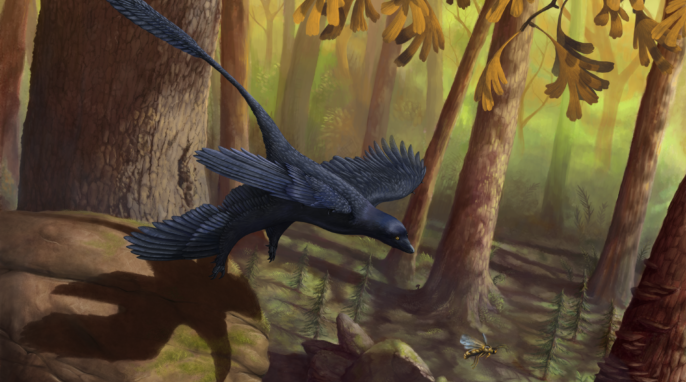

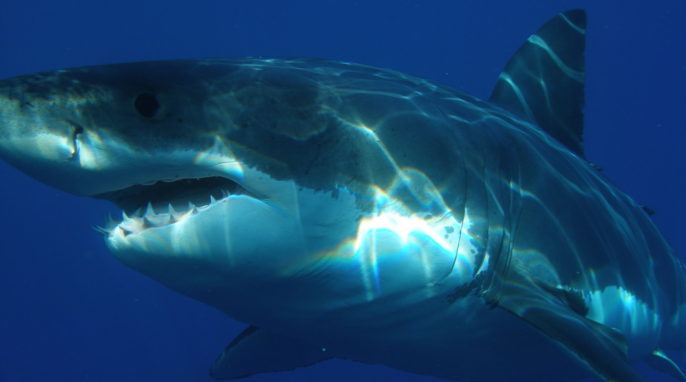
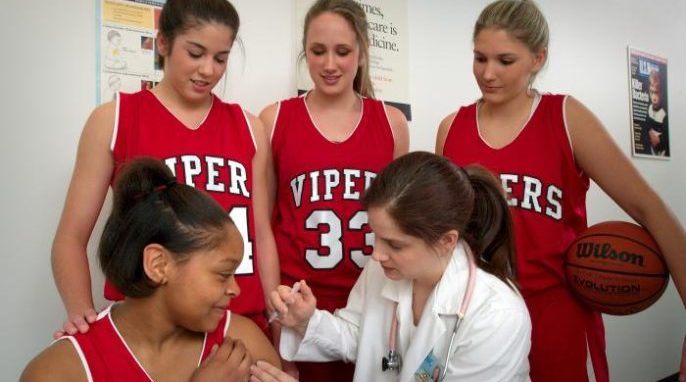
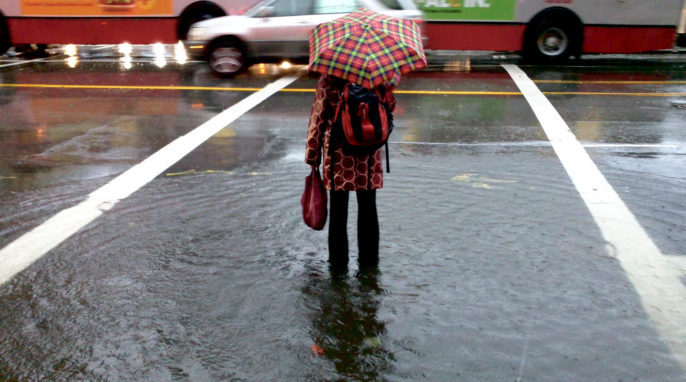
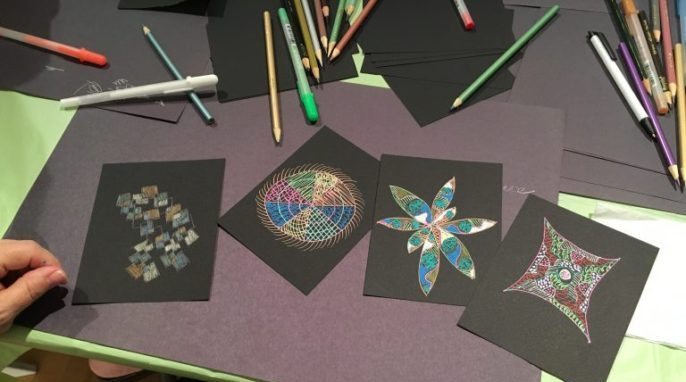

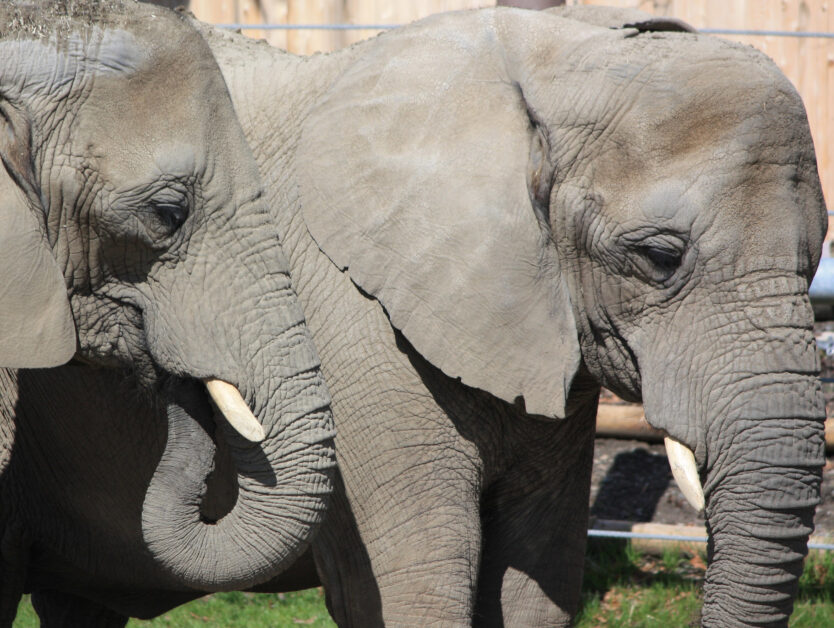
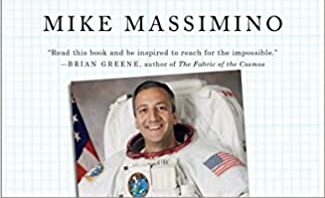
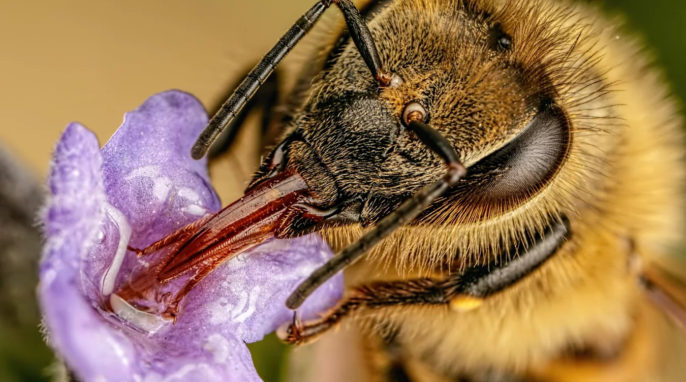
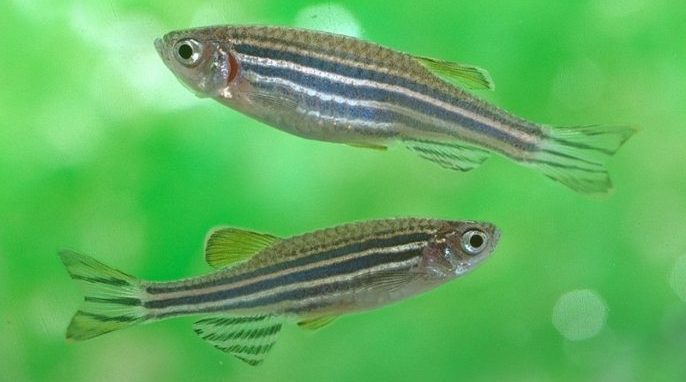
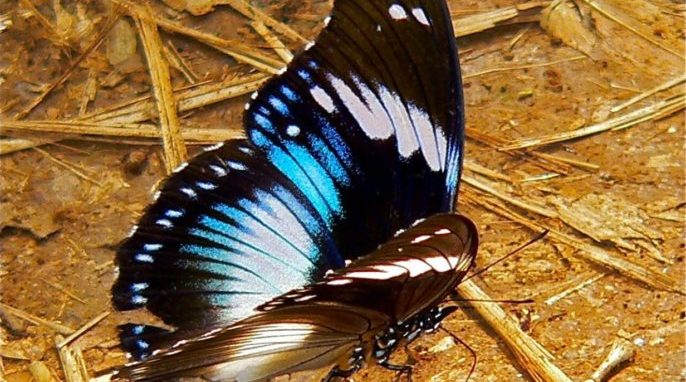
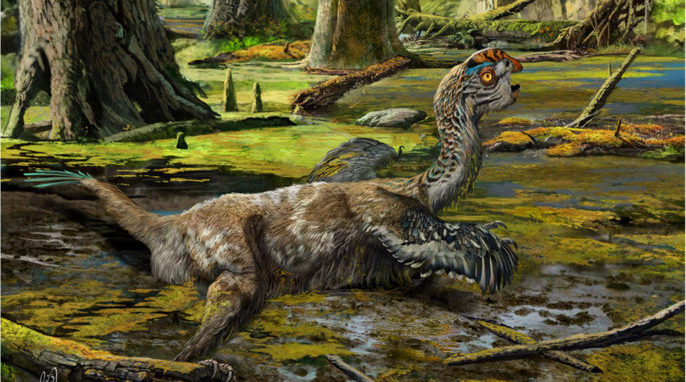
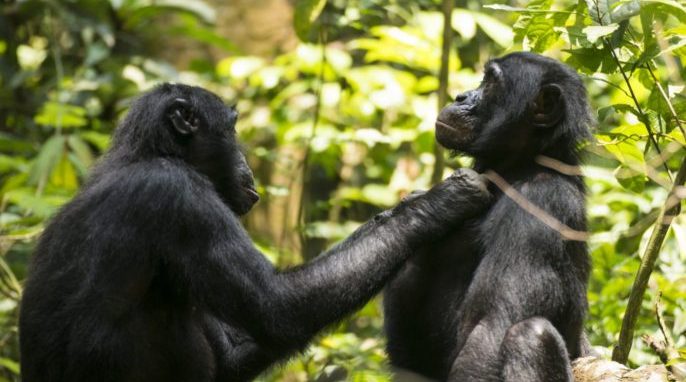
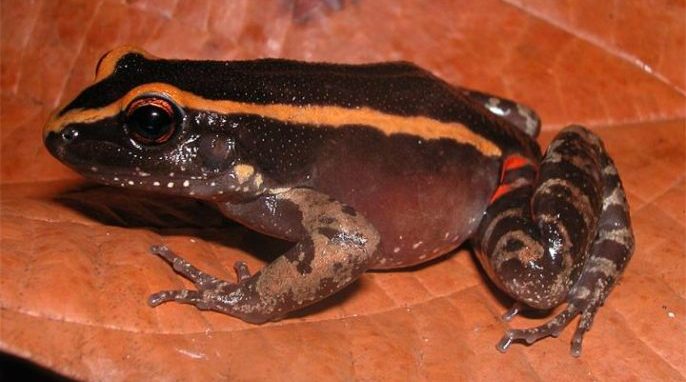
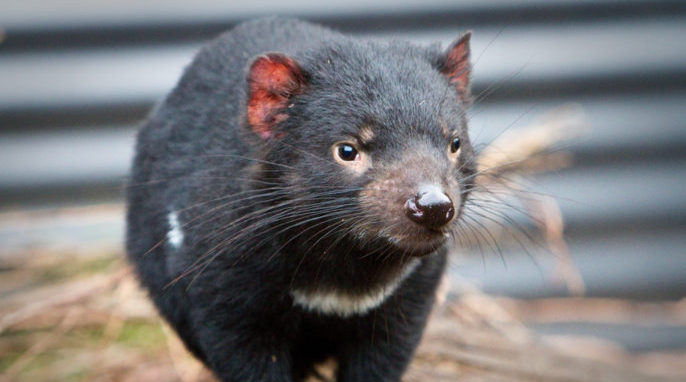
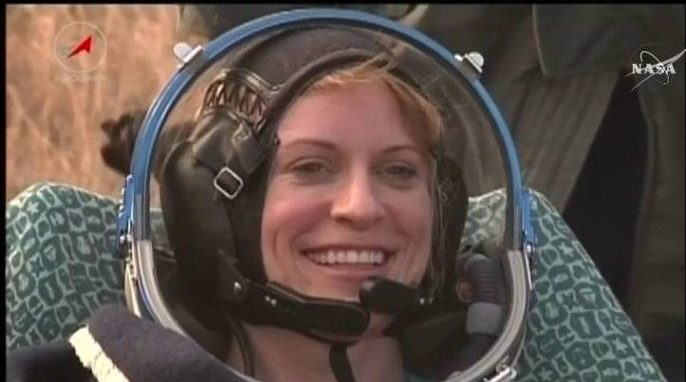
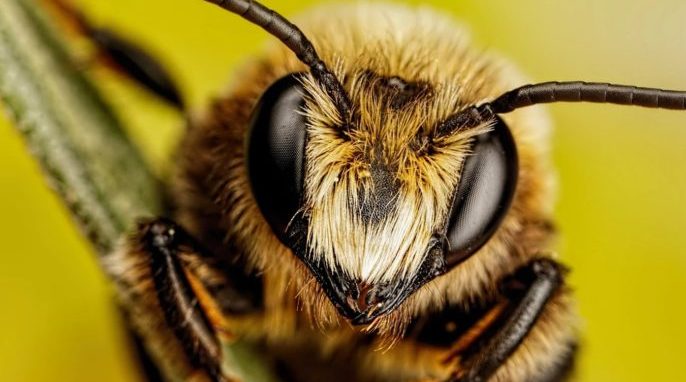
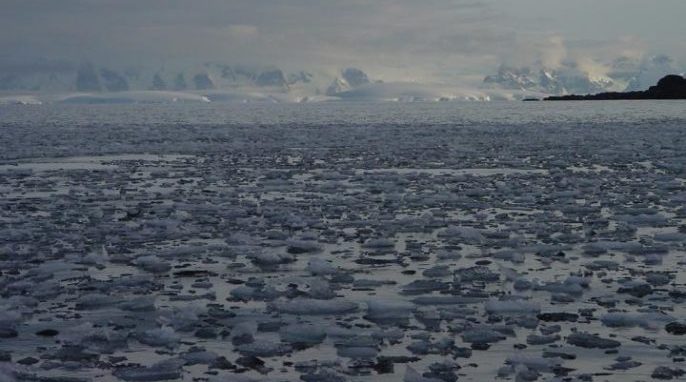
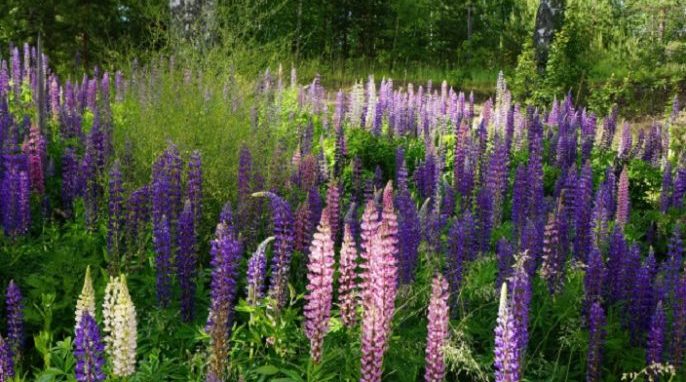
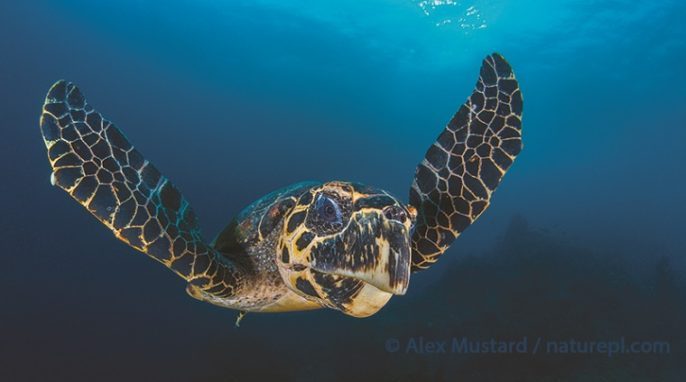

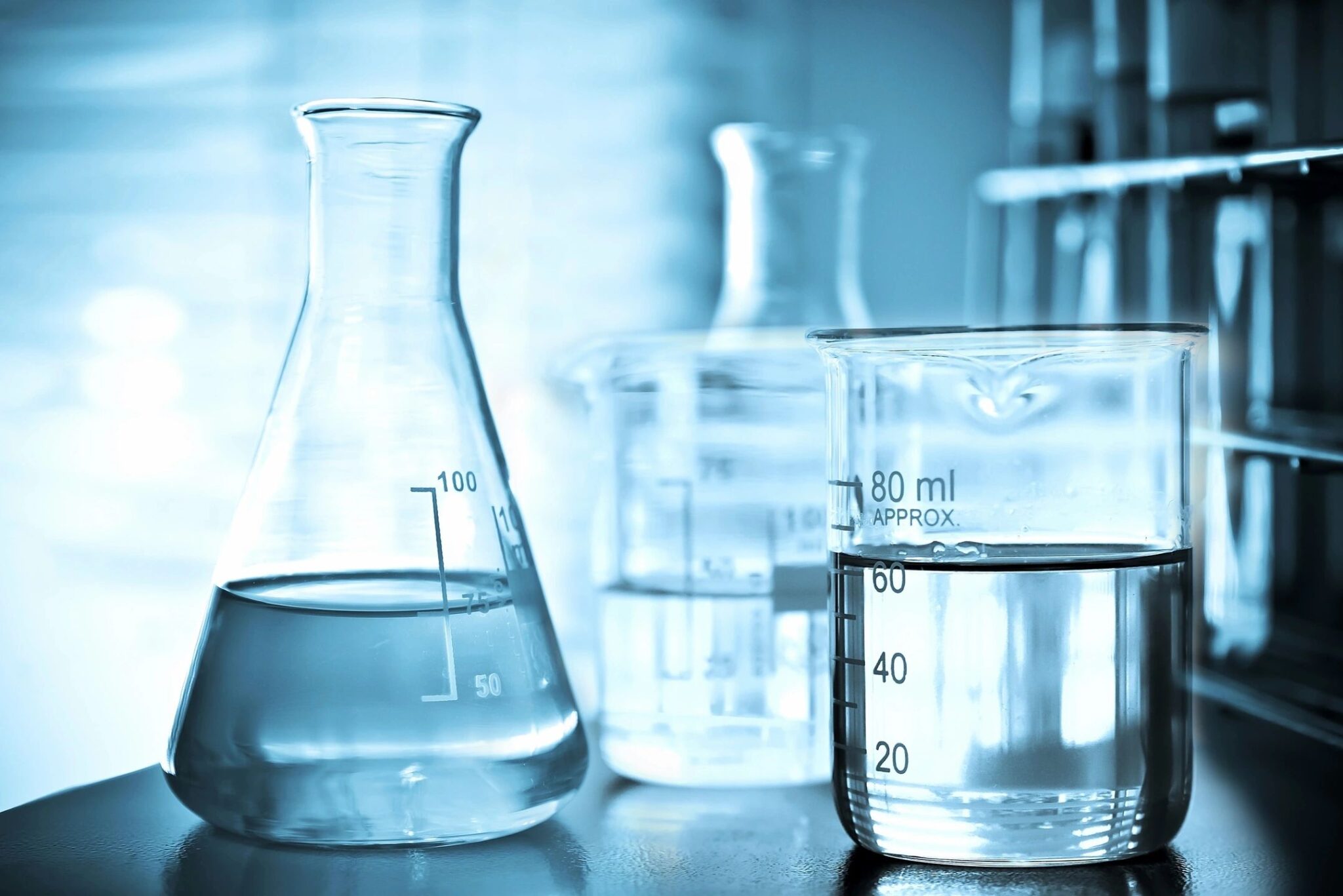
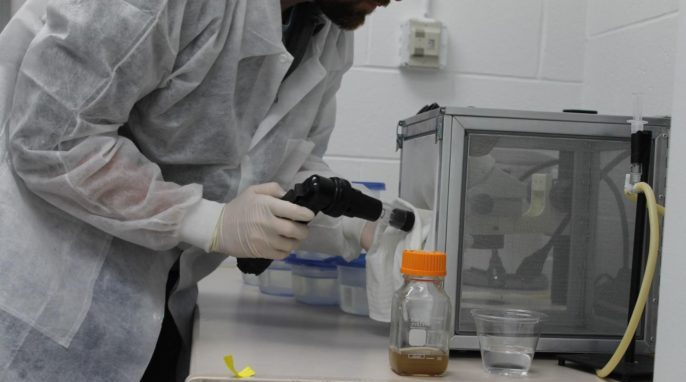

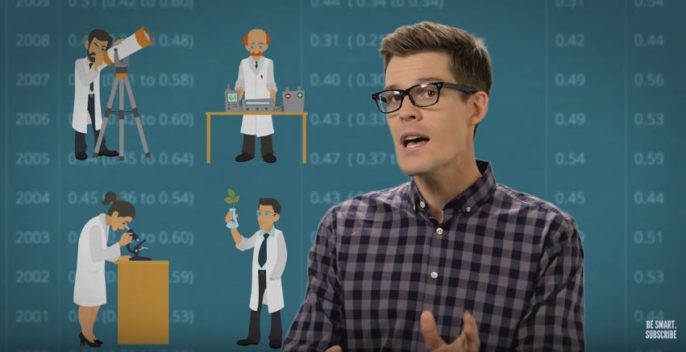

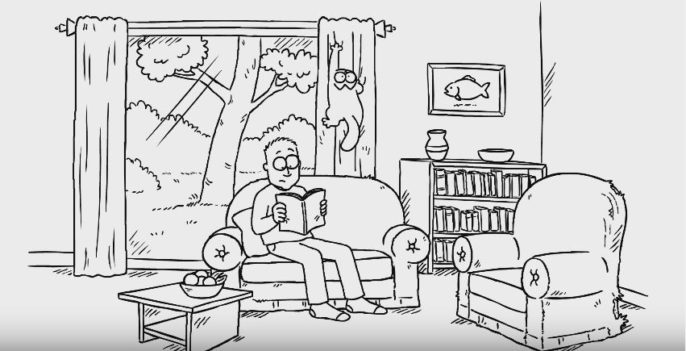
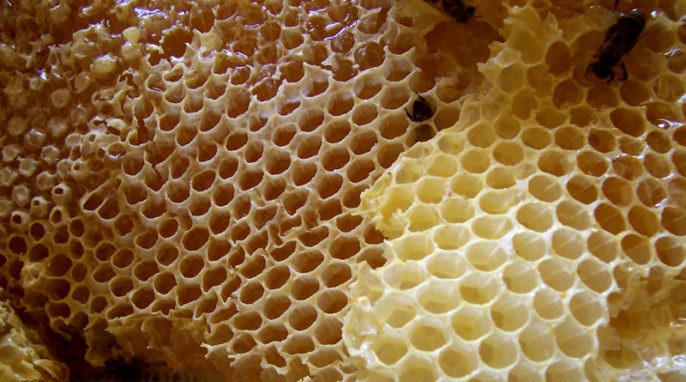

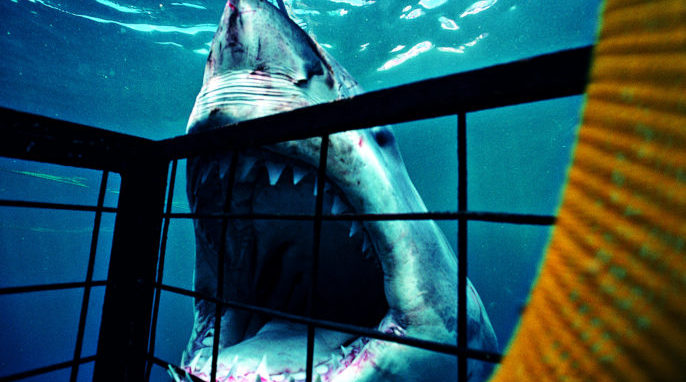
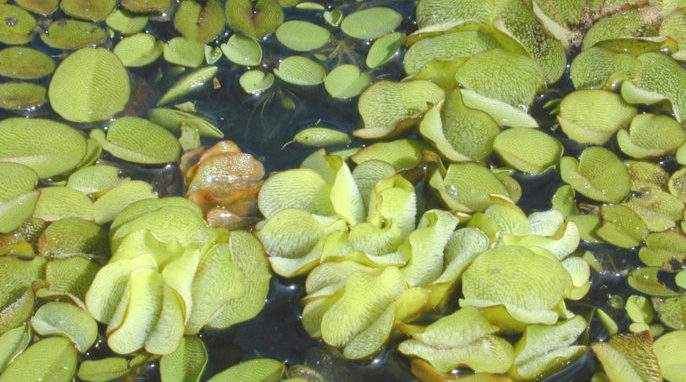
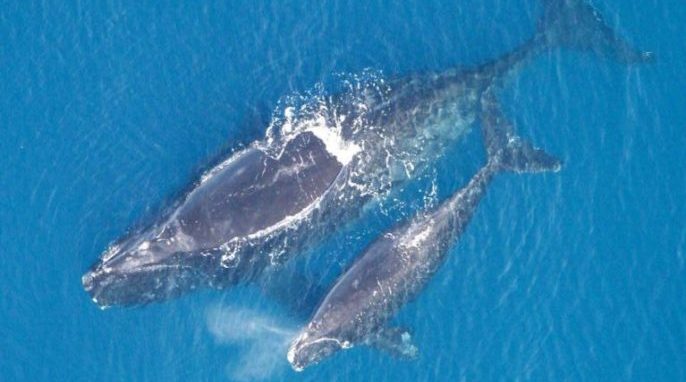
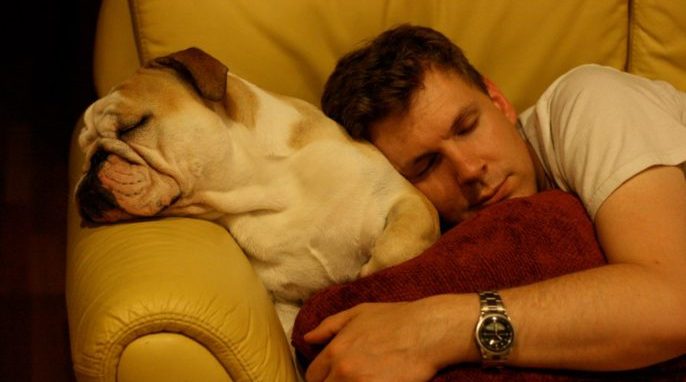

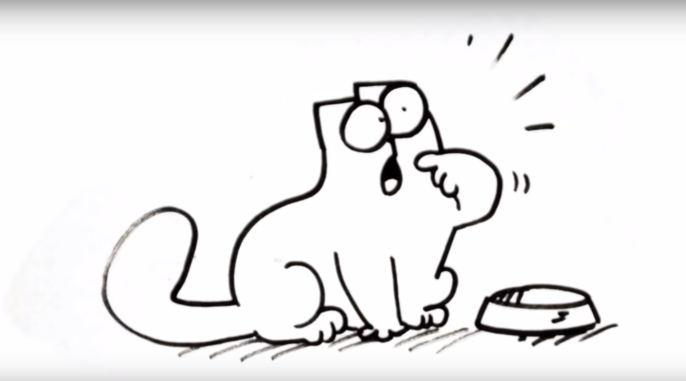
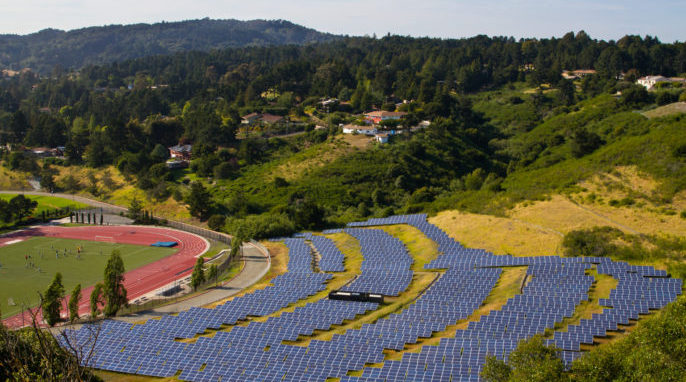
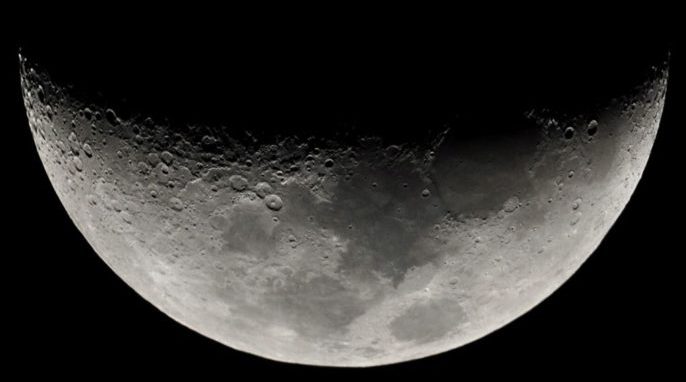
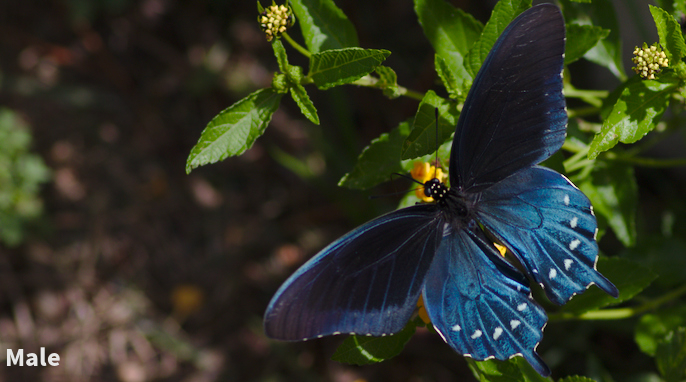
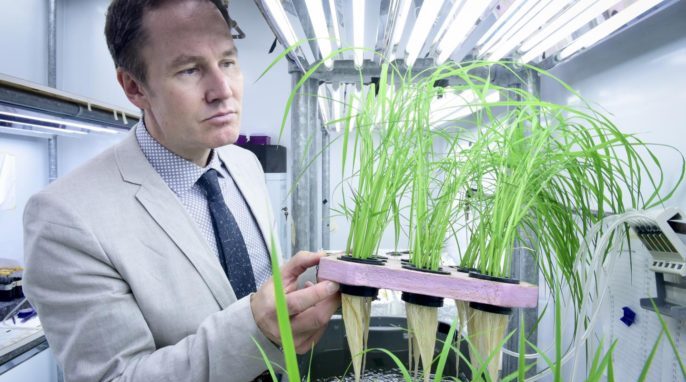
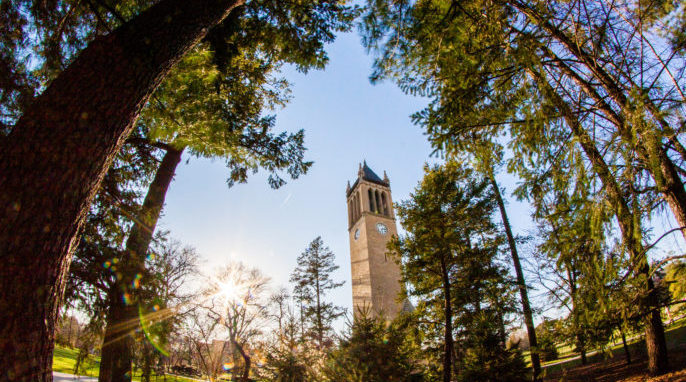
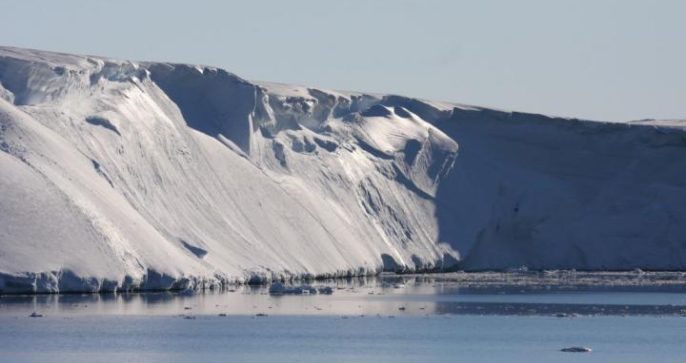
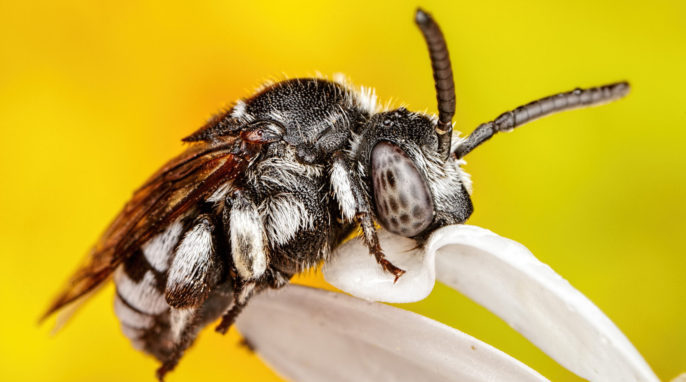
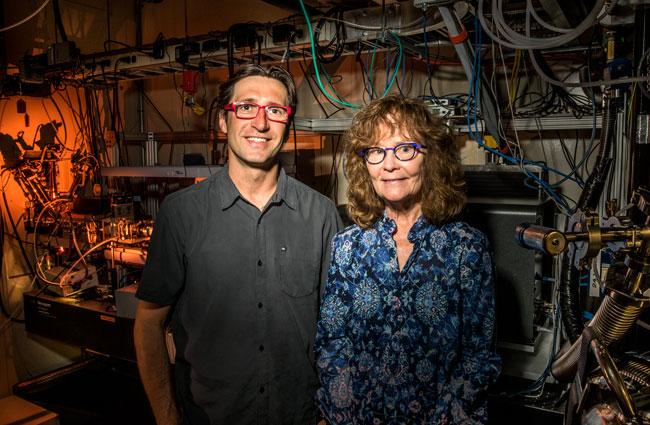
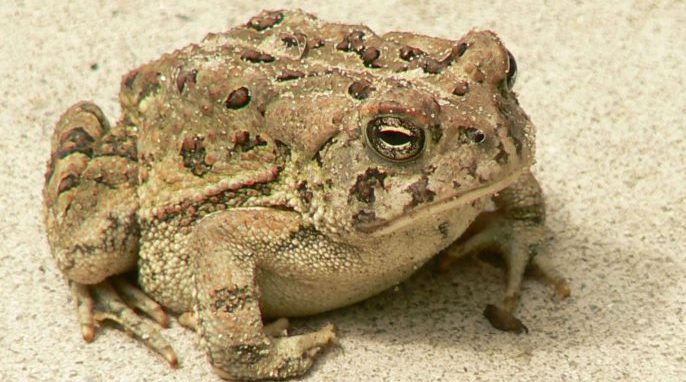

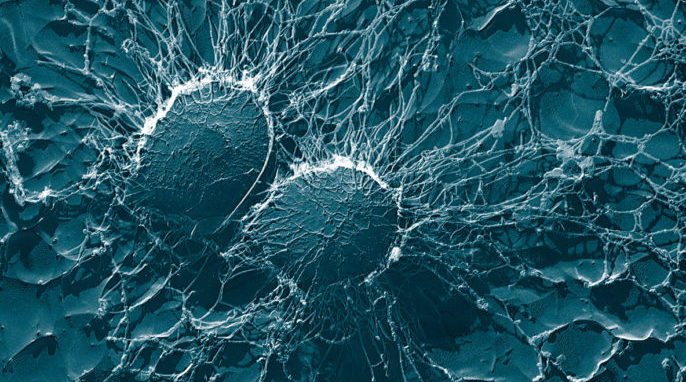
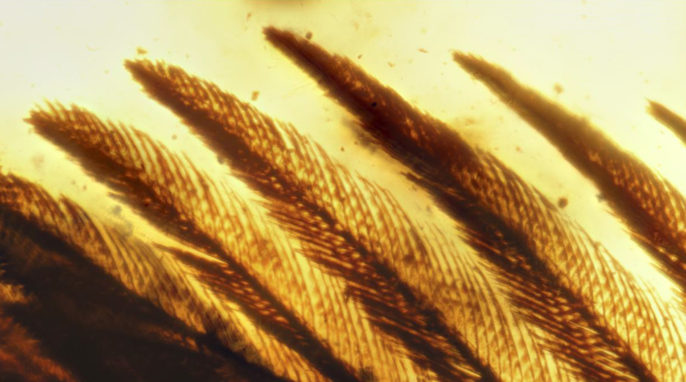
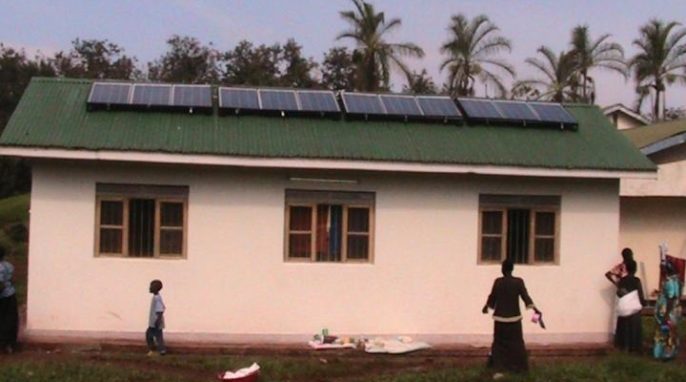
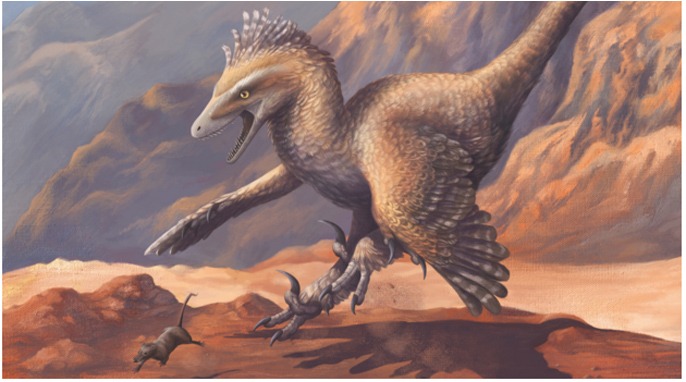
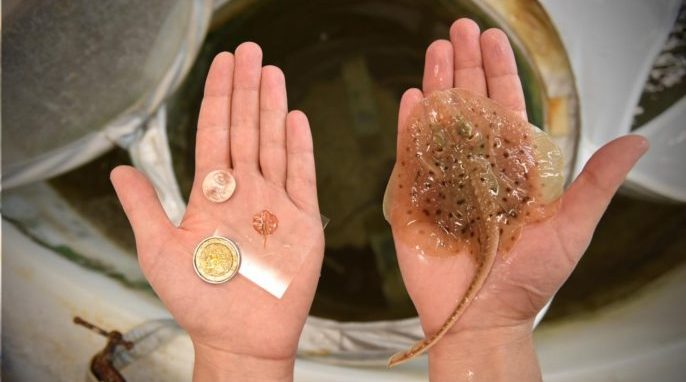
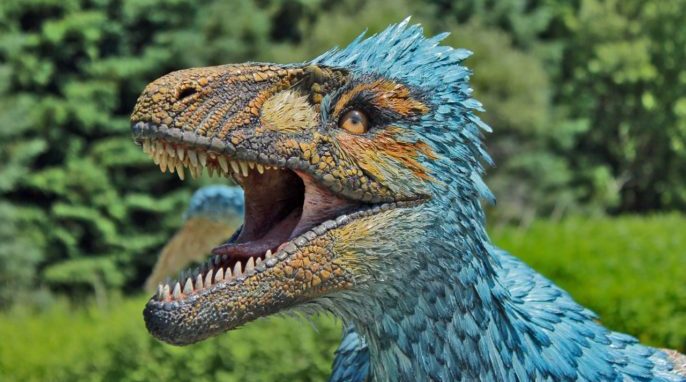
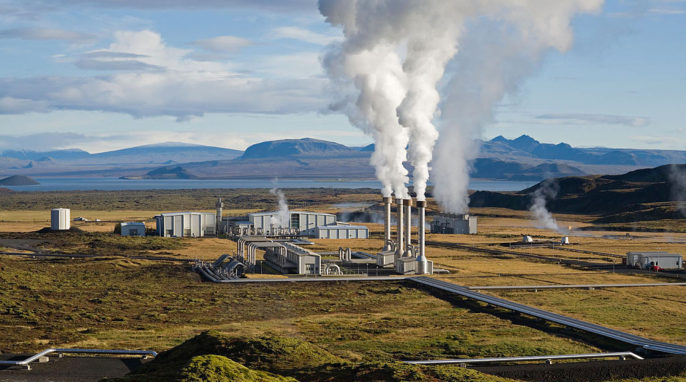
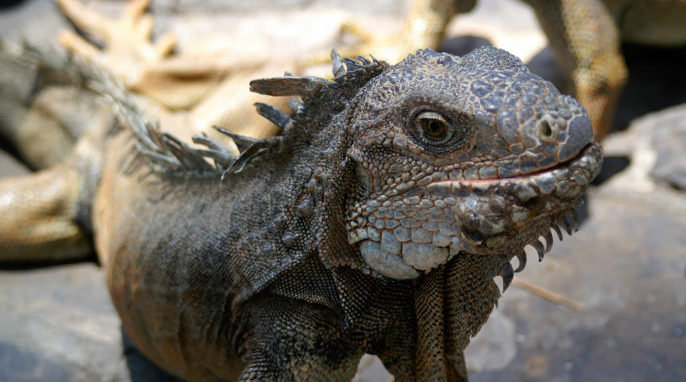

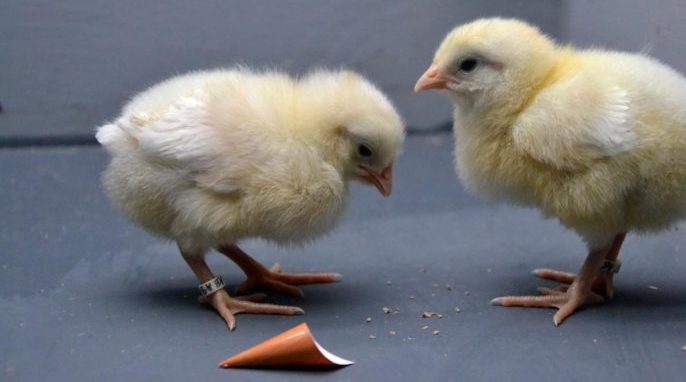
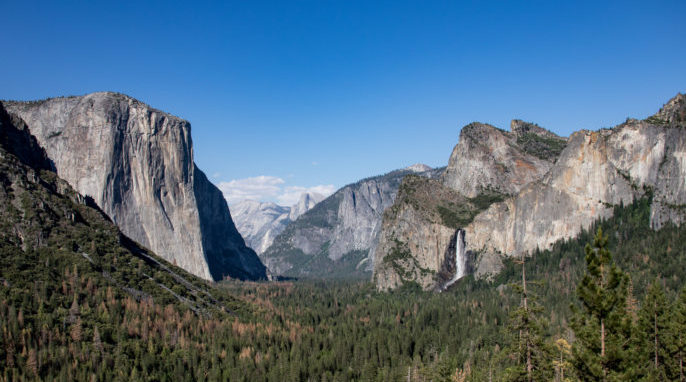
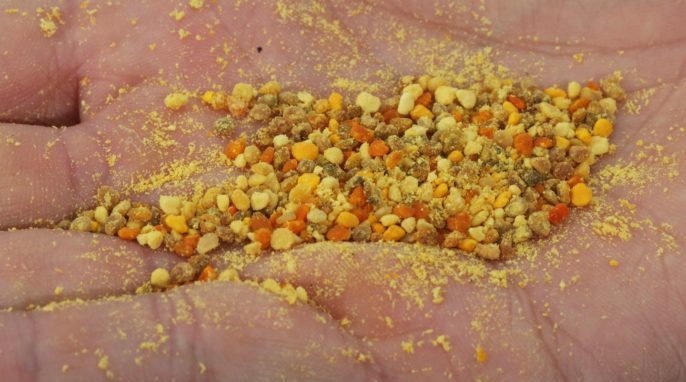

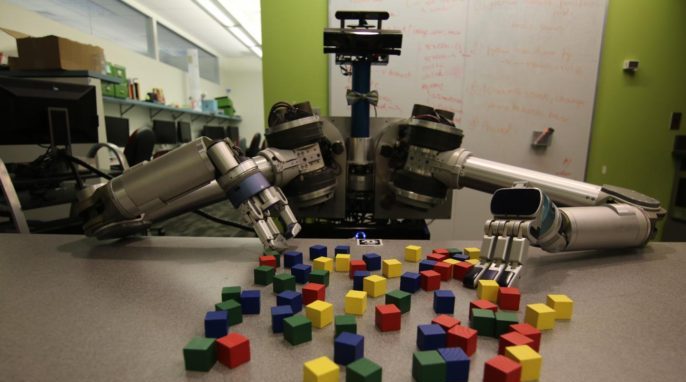
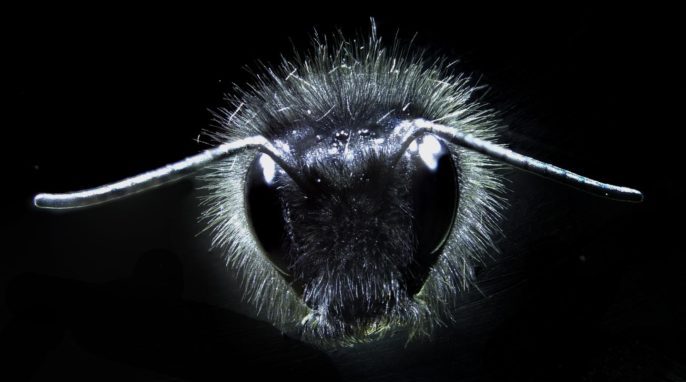
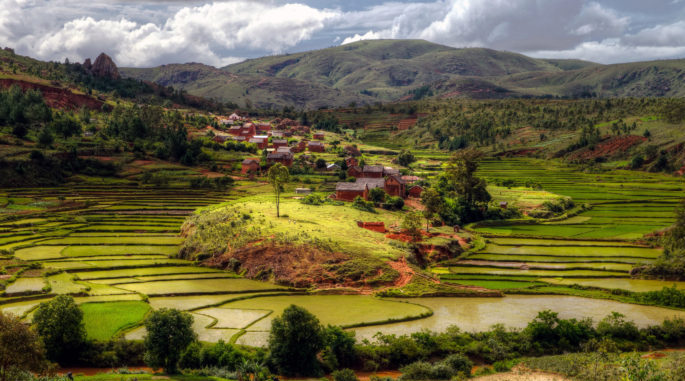




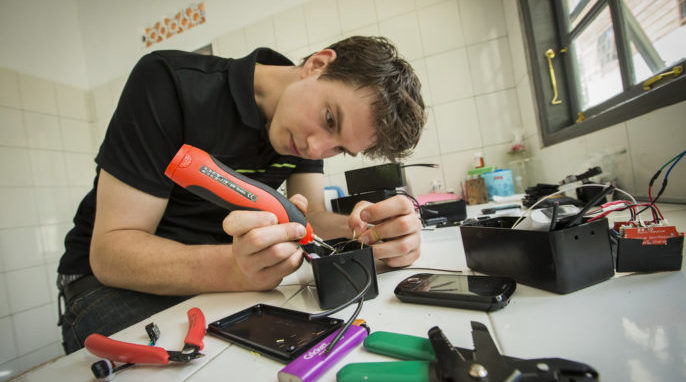
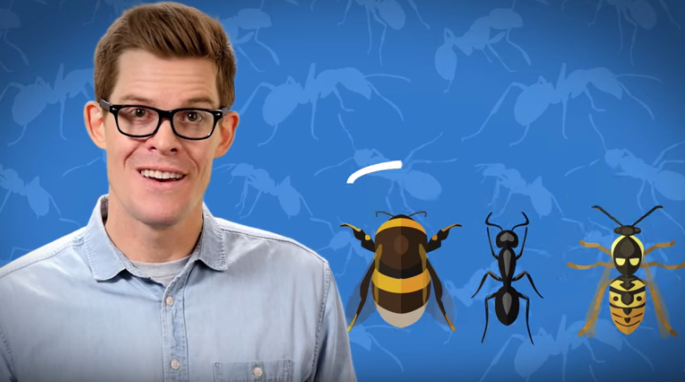
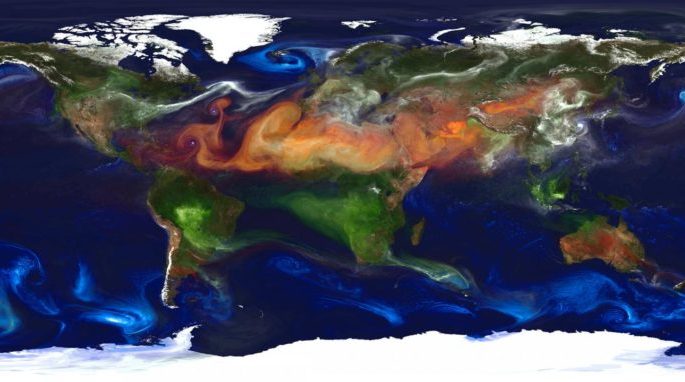
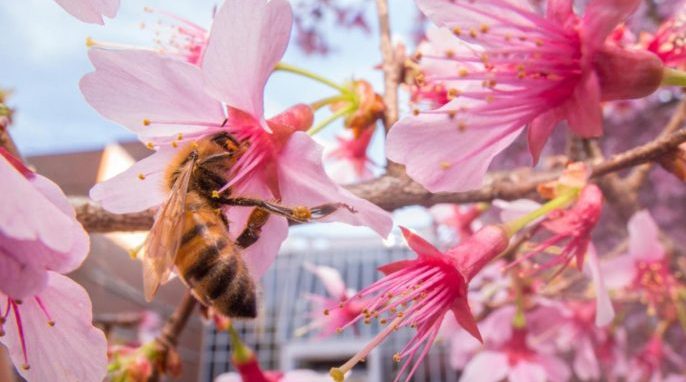

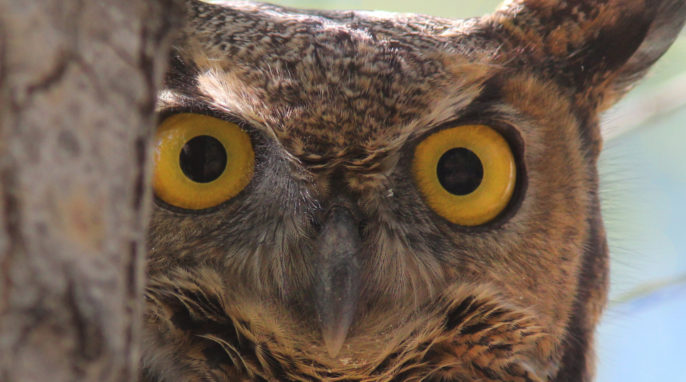
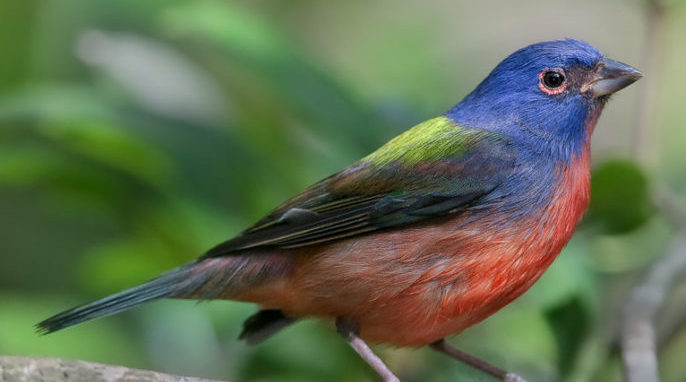
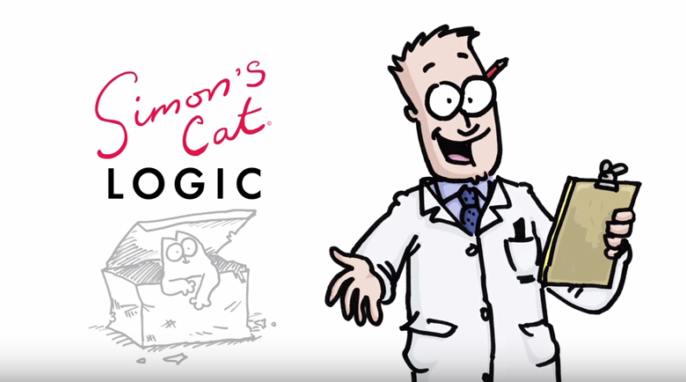
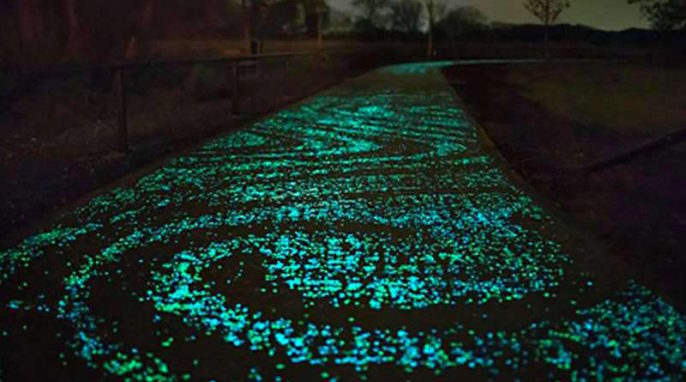
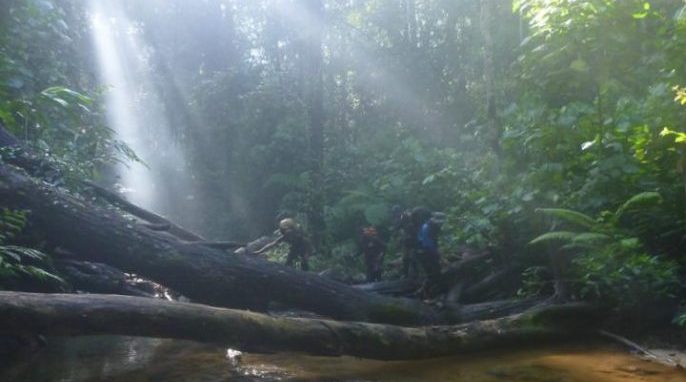
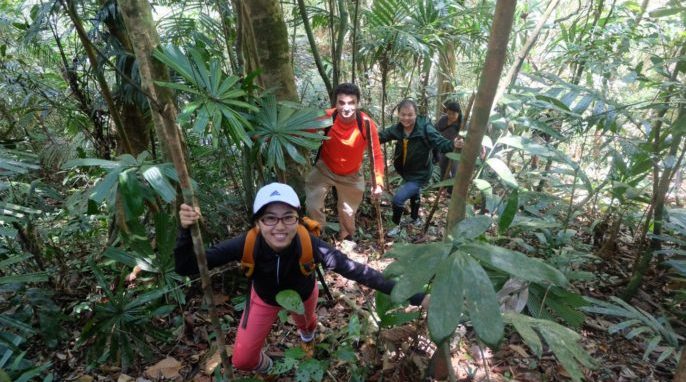
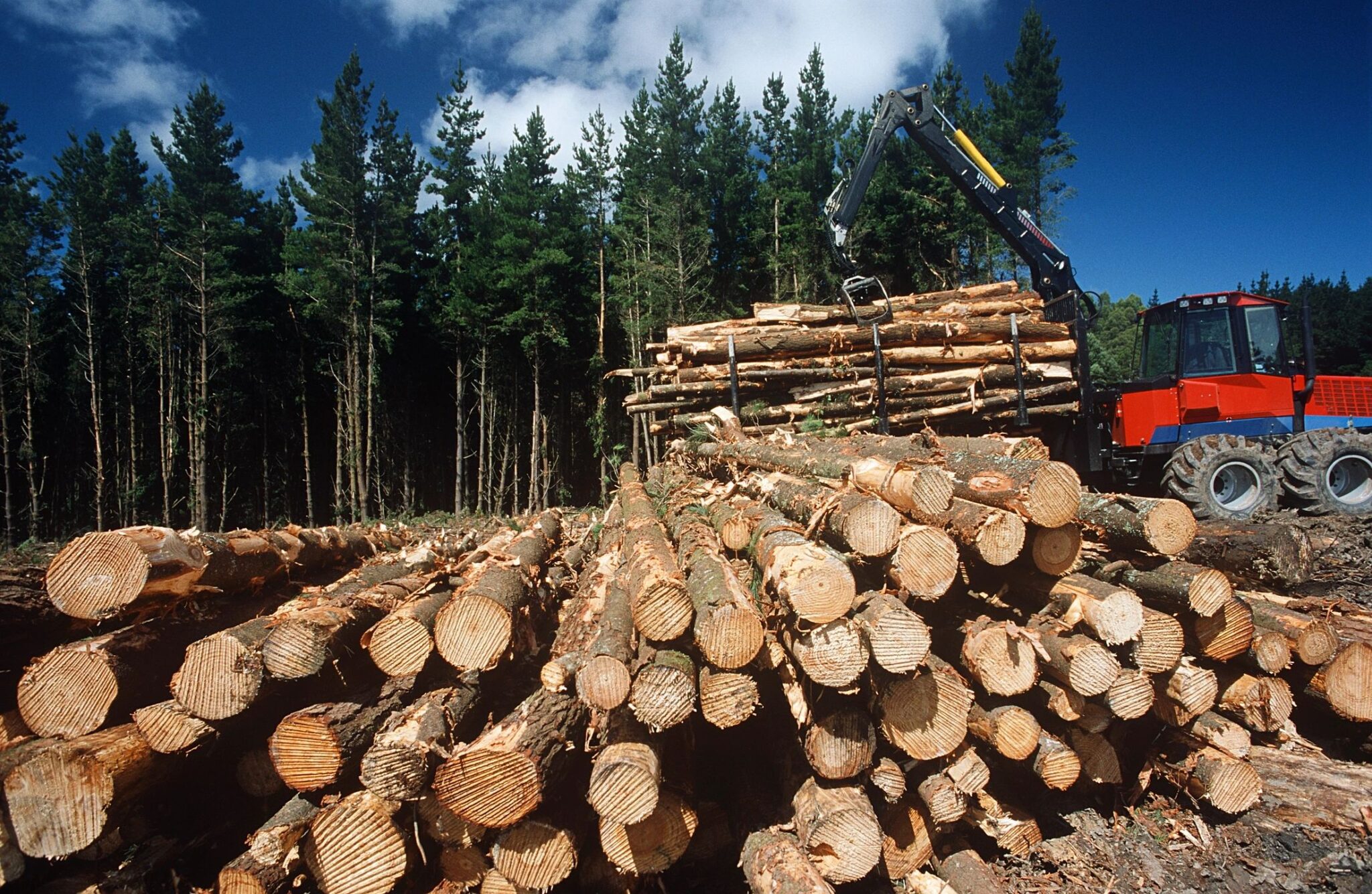

![Dichroa febrifuga, a medicinal herb that has been historically used to treat fever, is named for its active ingredient, febrifugine. By Keith Edkins (Own work) [CC BY-SA 3.0], via Wikimedia Commons](https://magazine.scienceconnected.org/wp-content/uploads/2016/05/Dichroa_febrifuga_Glasgow-e1463012377212.jpg)
